The Porsche Taycan is an all-electric sports sedan based on the Mission E concept. It's also Porsche's first-ever production electric car, designed to go against the Tesla Model S. Previewed by the Mission E concept, the Taycan sports design features borrowed from the show car, but also includes styling features seen on the Panamera sedan and 911 sports car. Powered by a couple of electric motors, the Taycan generates in excess of 700 horsepower in its range-topping version.
While considered laughable just a decade or two ago, the idea of a high-performance electric vehicle is now widely accepted in even the most traditional of speed circles. Porsche took full advantage of this and designed a sleeker Panamera that's notably more powerful and quicker. Granted, it's not as spectacular as the Mission E concept, but it's definitely an exotic appearance even when compared to full-fledged sports cars. However, does it have what it takes to compete with the Tesla Model S? Let's find out in the detailed review below.
Updated 10/14/2019: Porsche added a new member to its Taycan lineup. The new Taycan 4S has been announced in two different battery configurations. Check the Drivetrain section for more details.
2020 Porsche Taycan
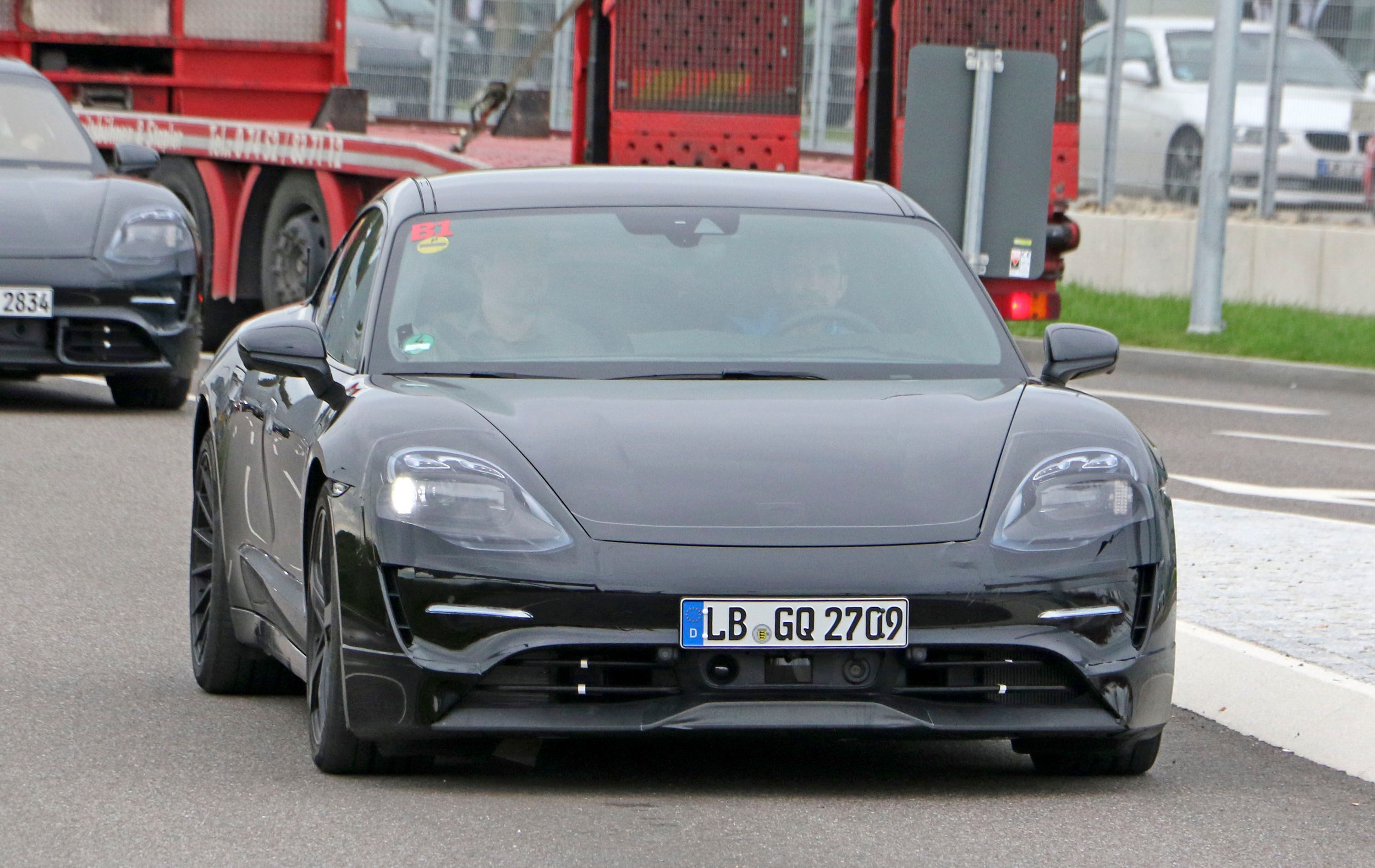

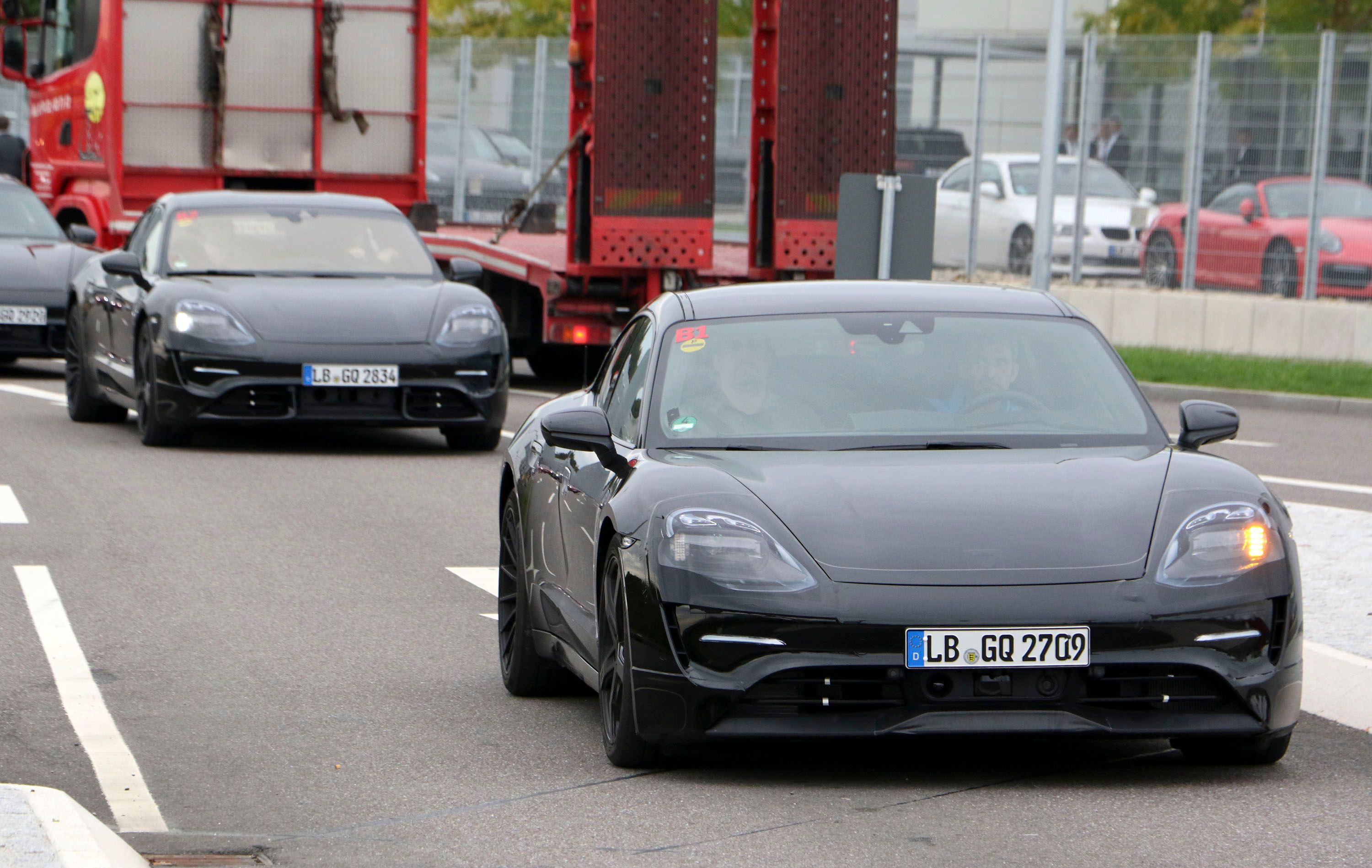
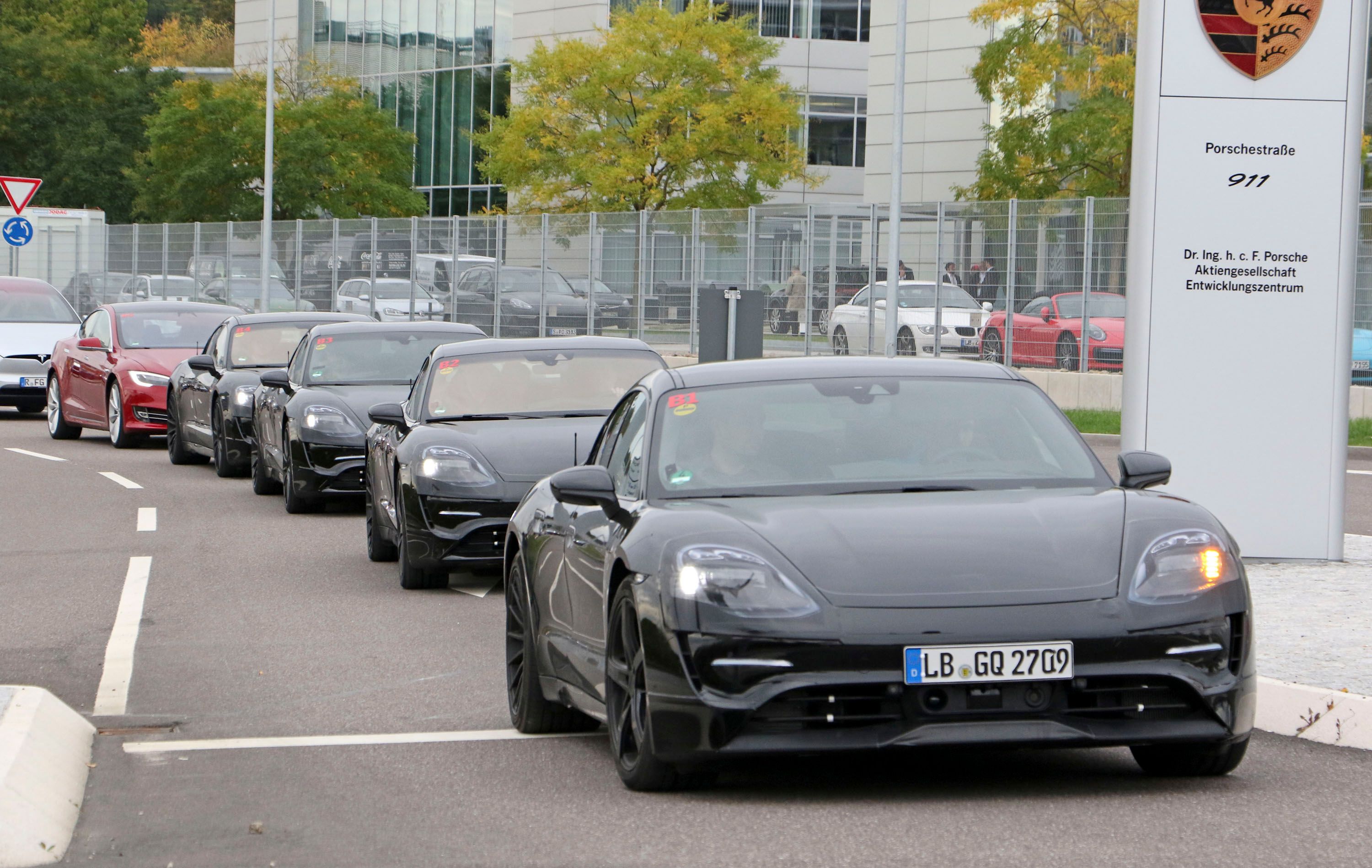
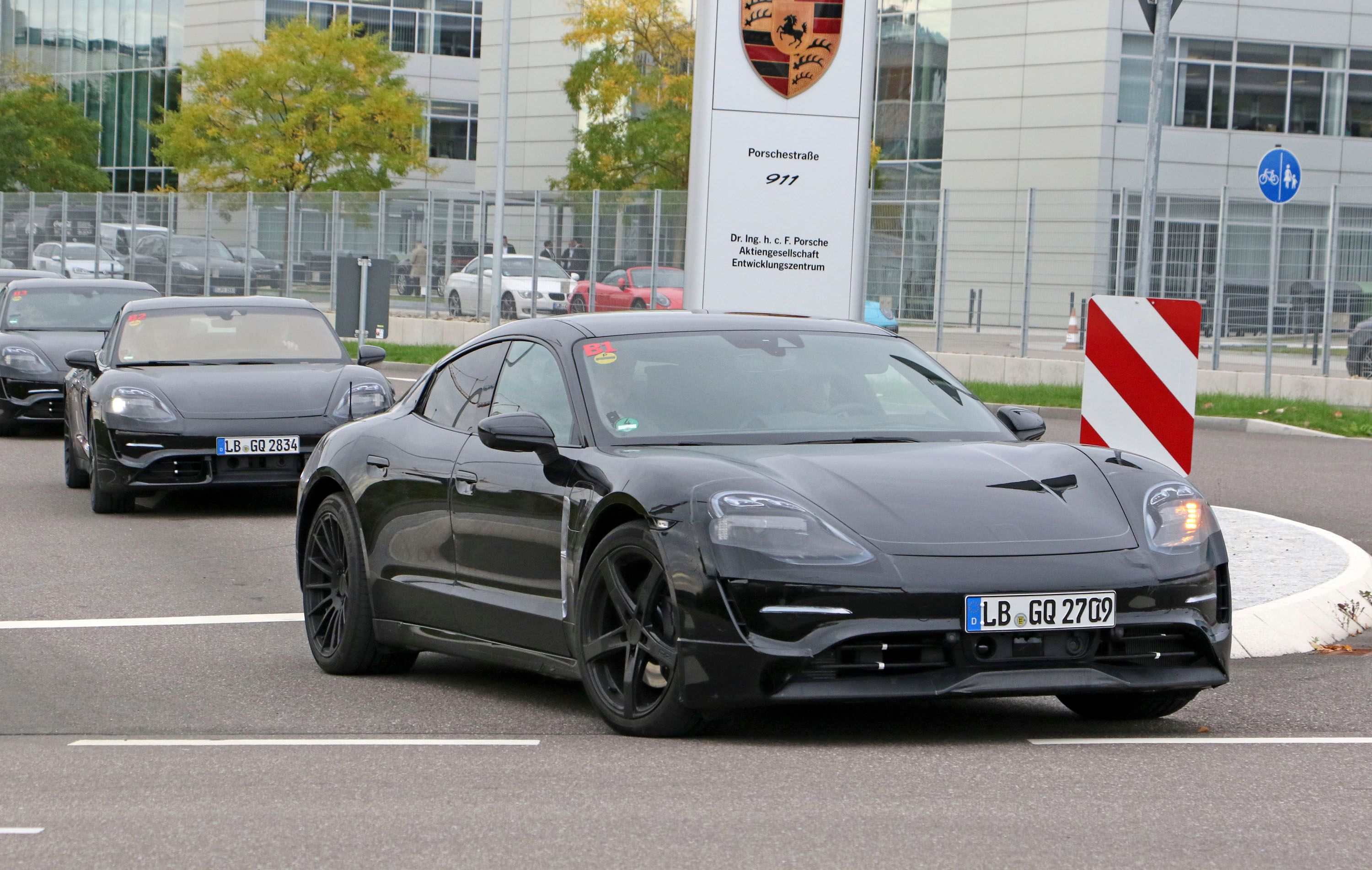
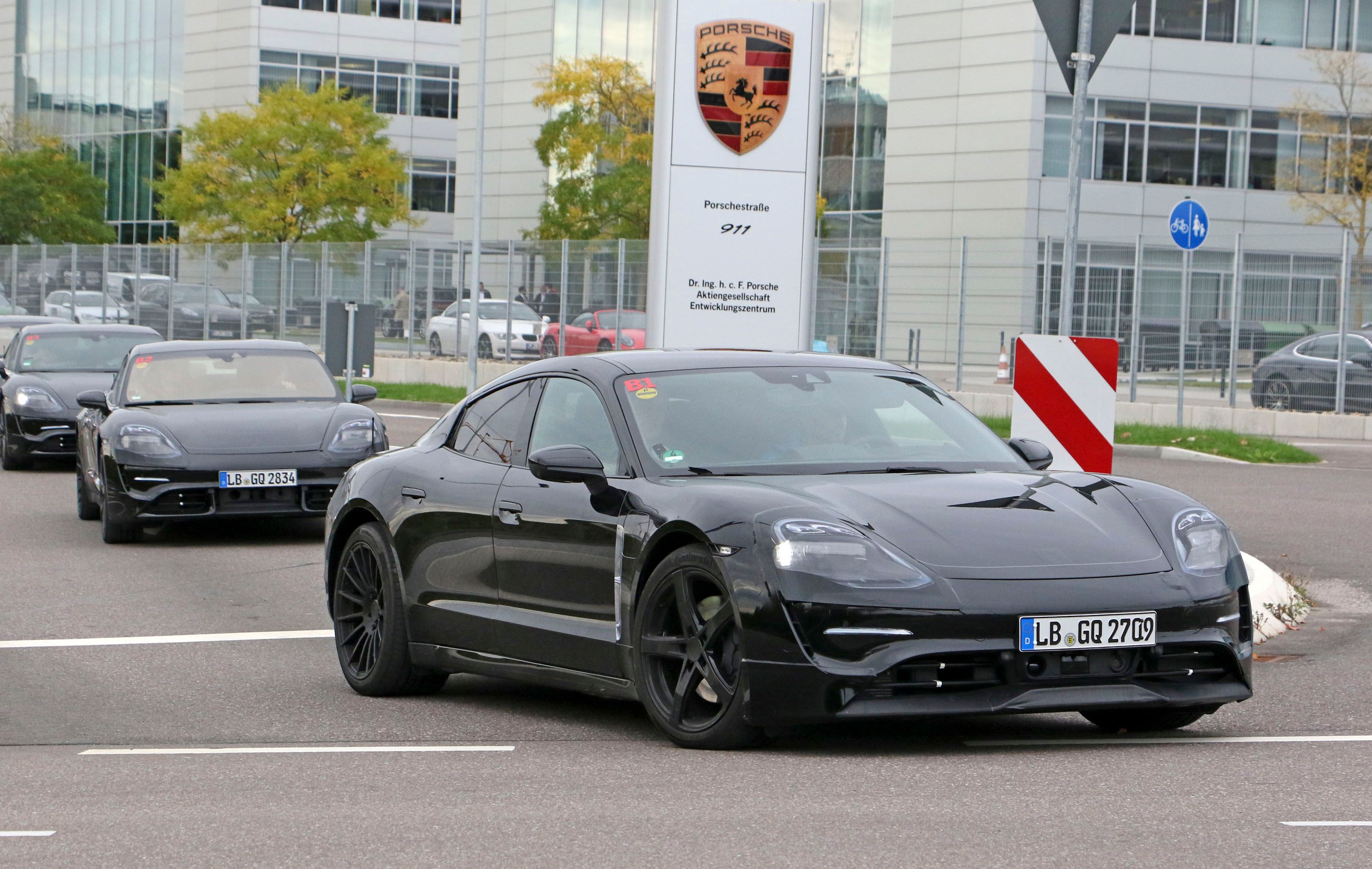
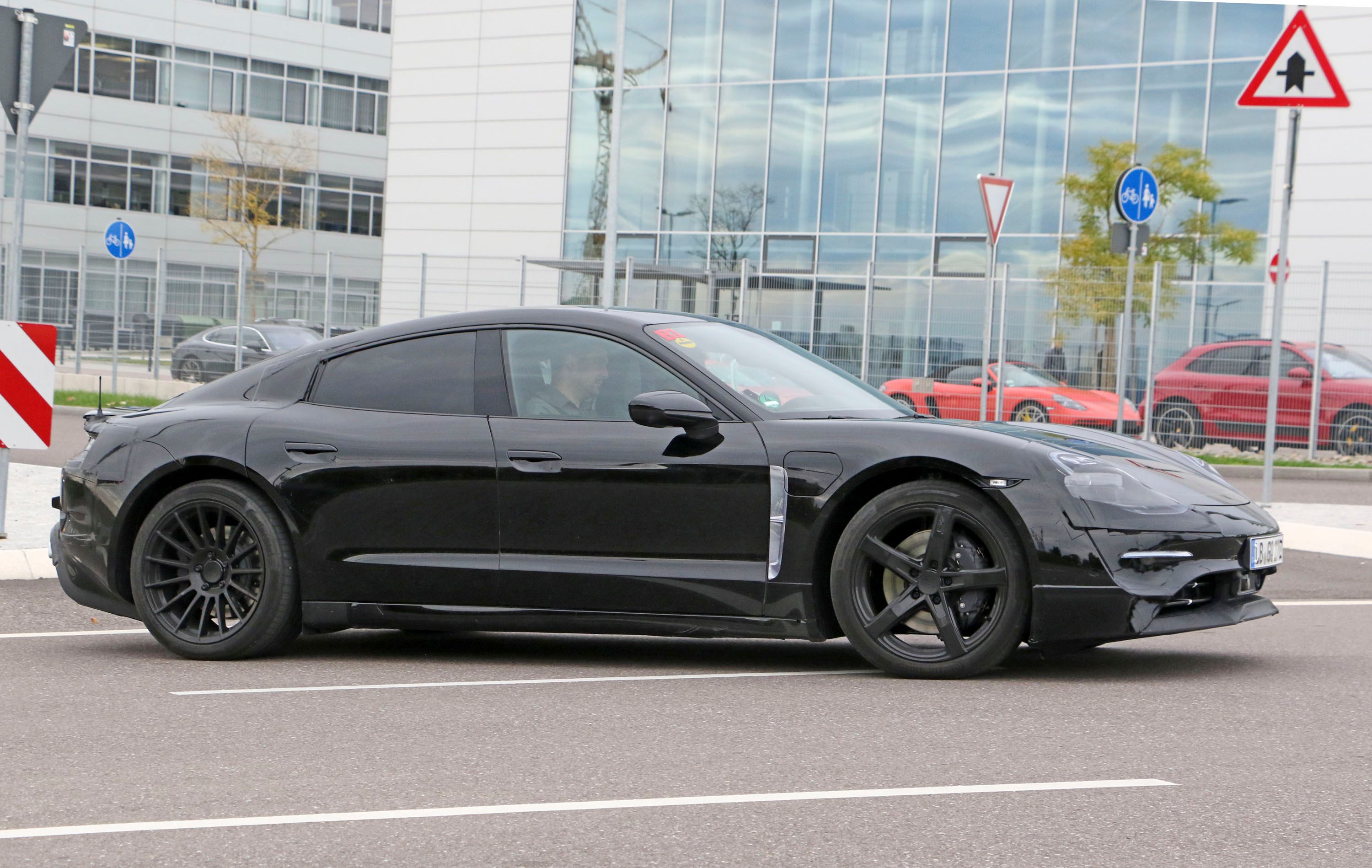
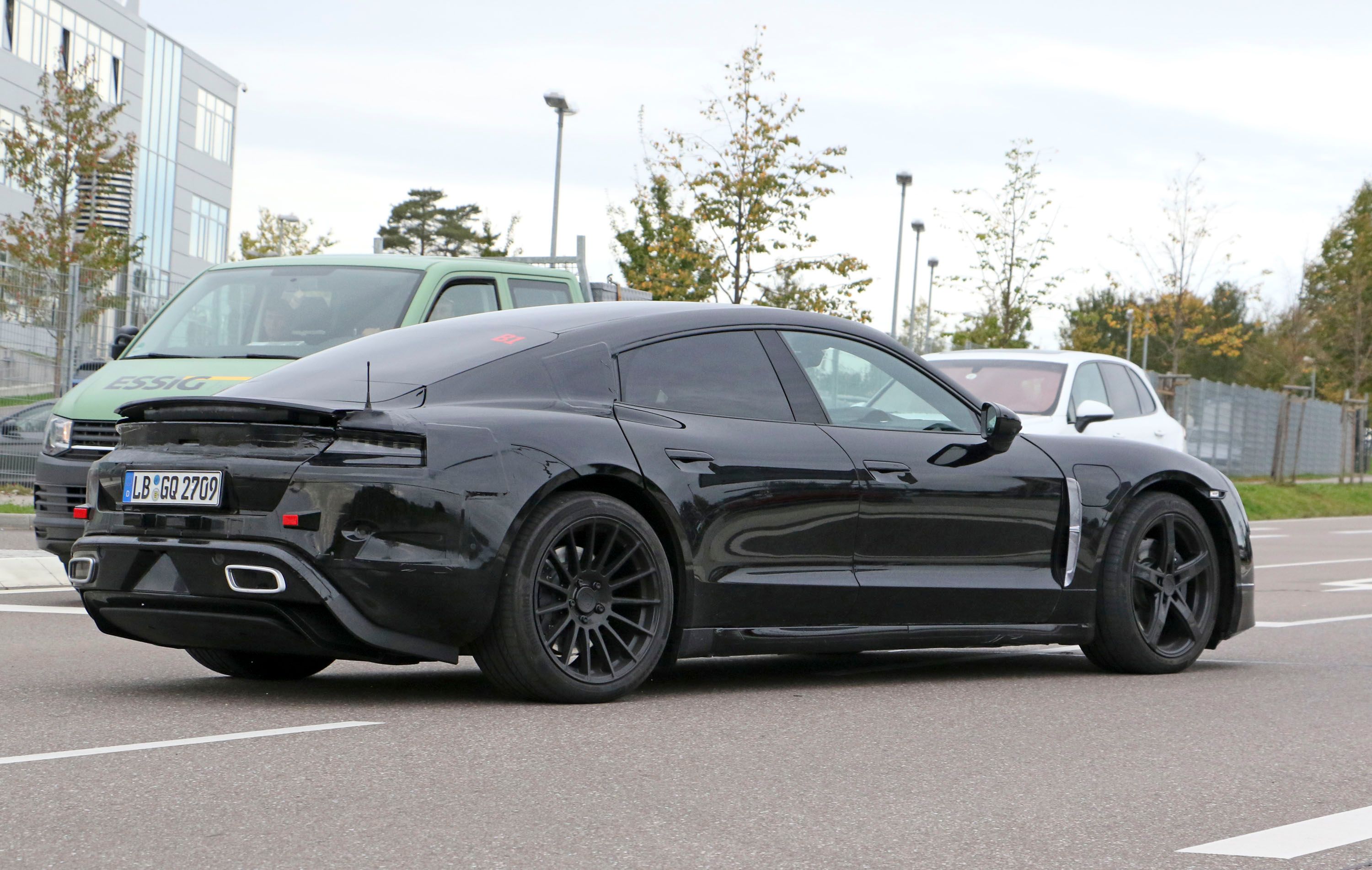
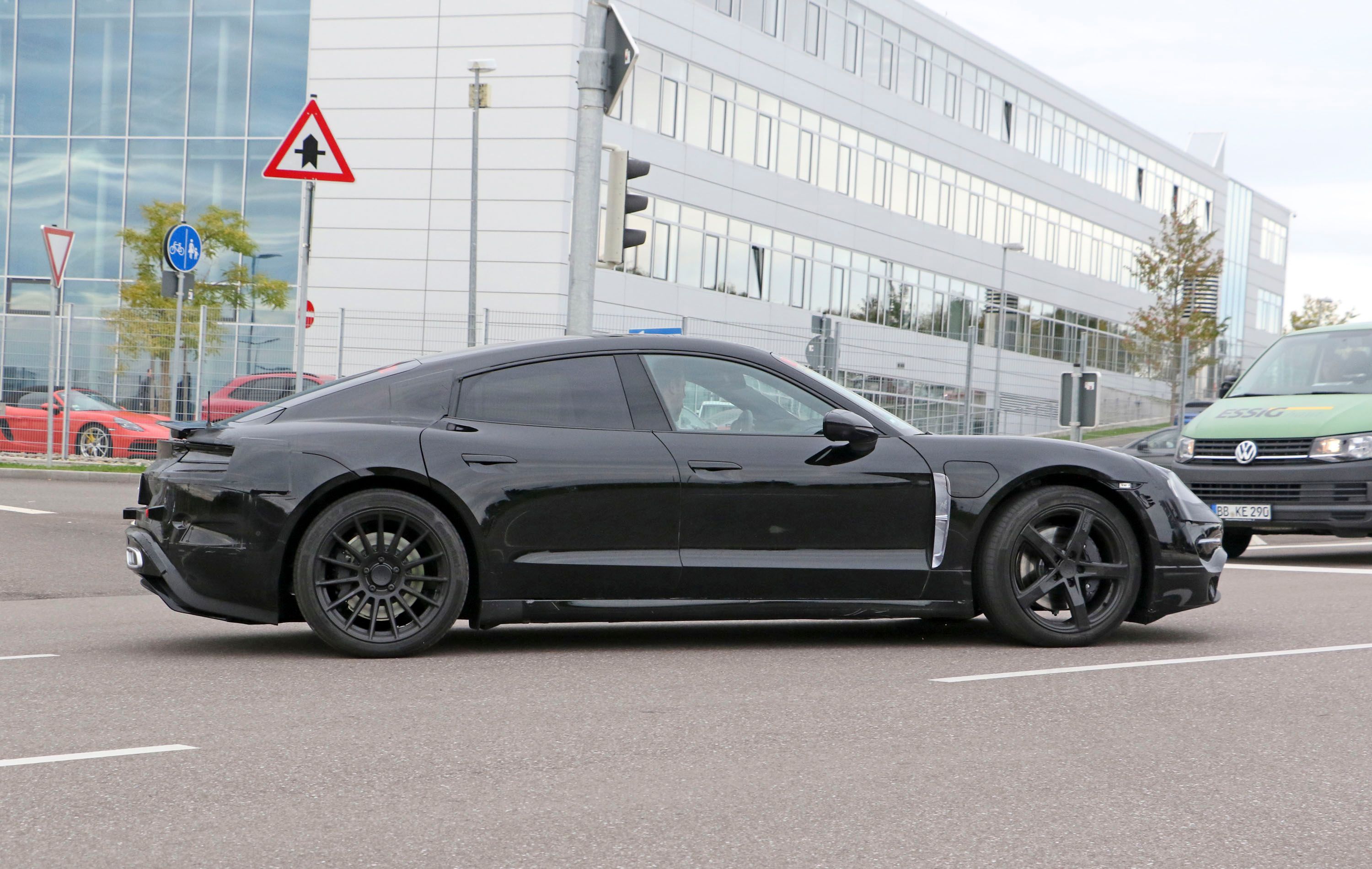
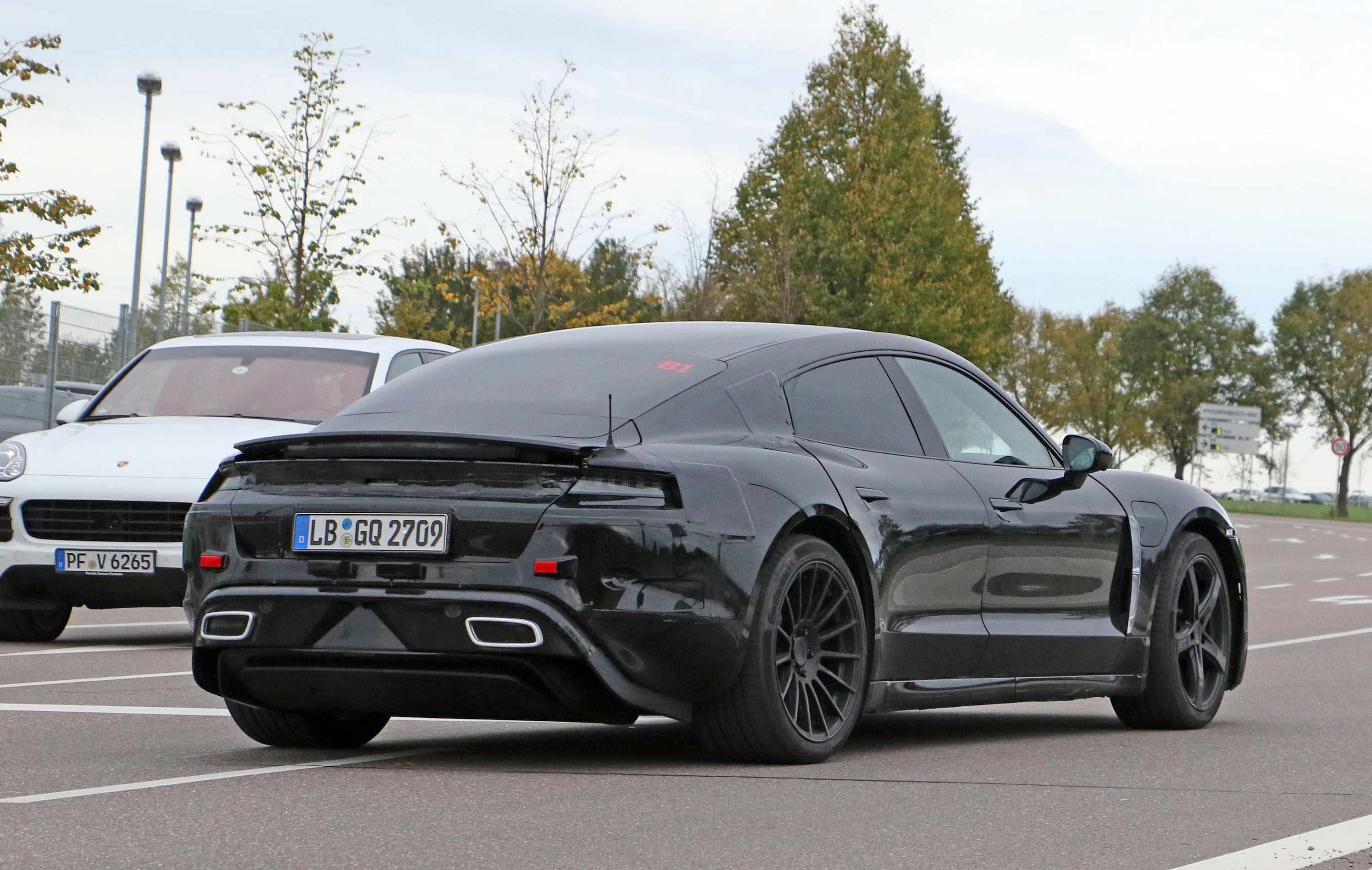
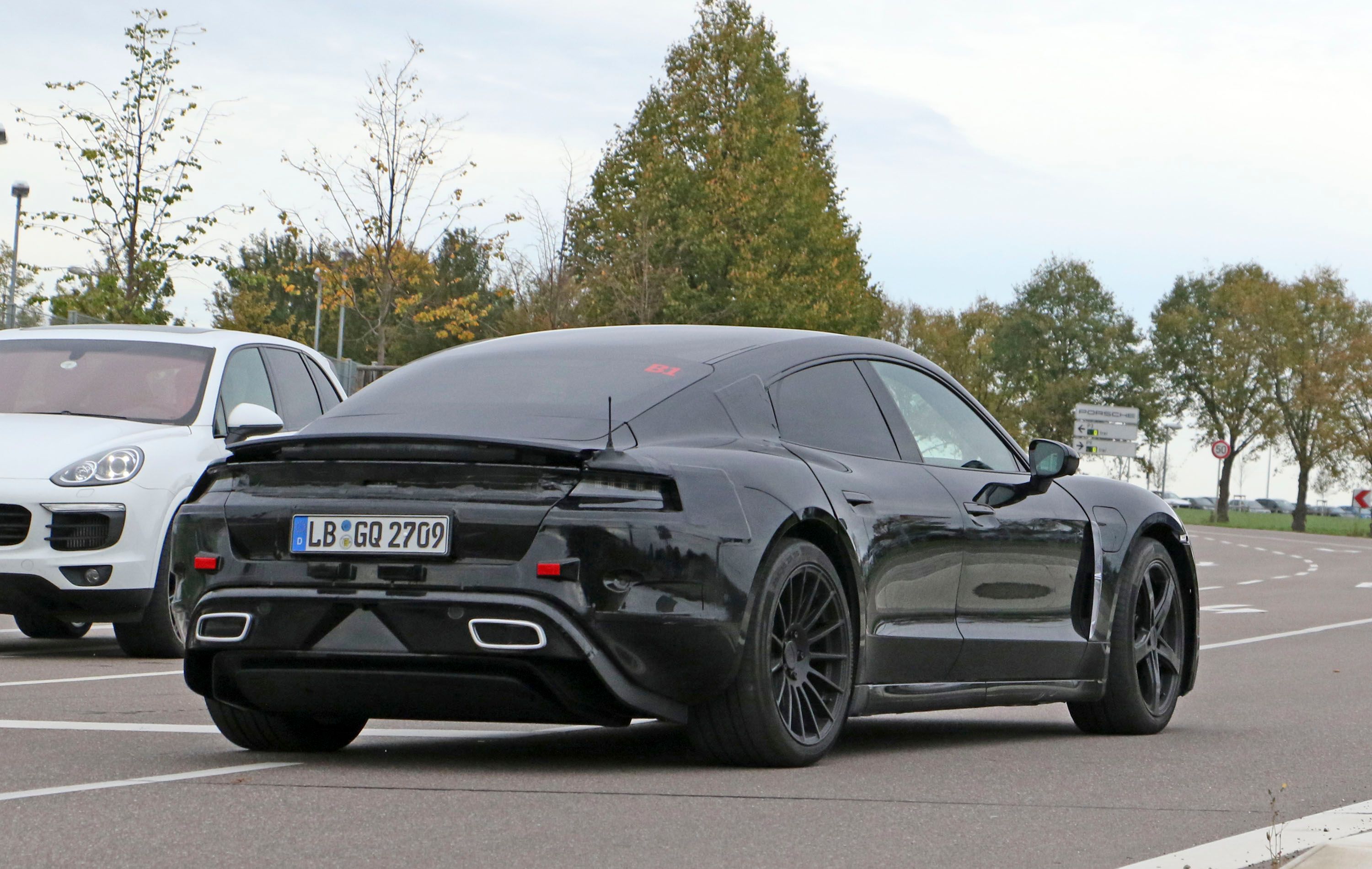
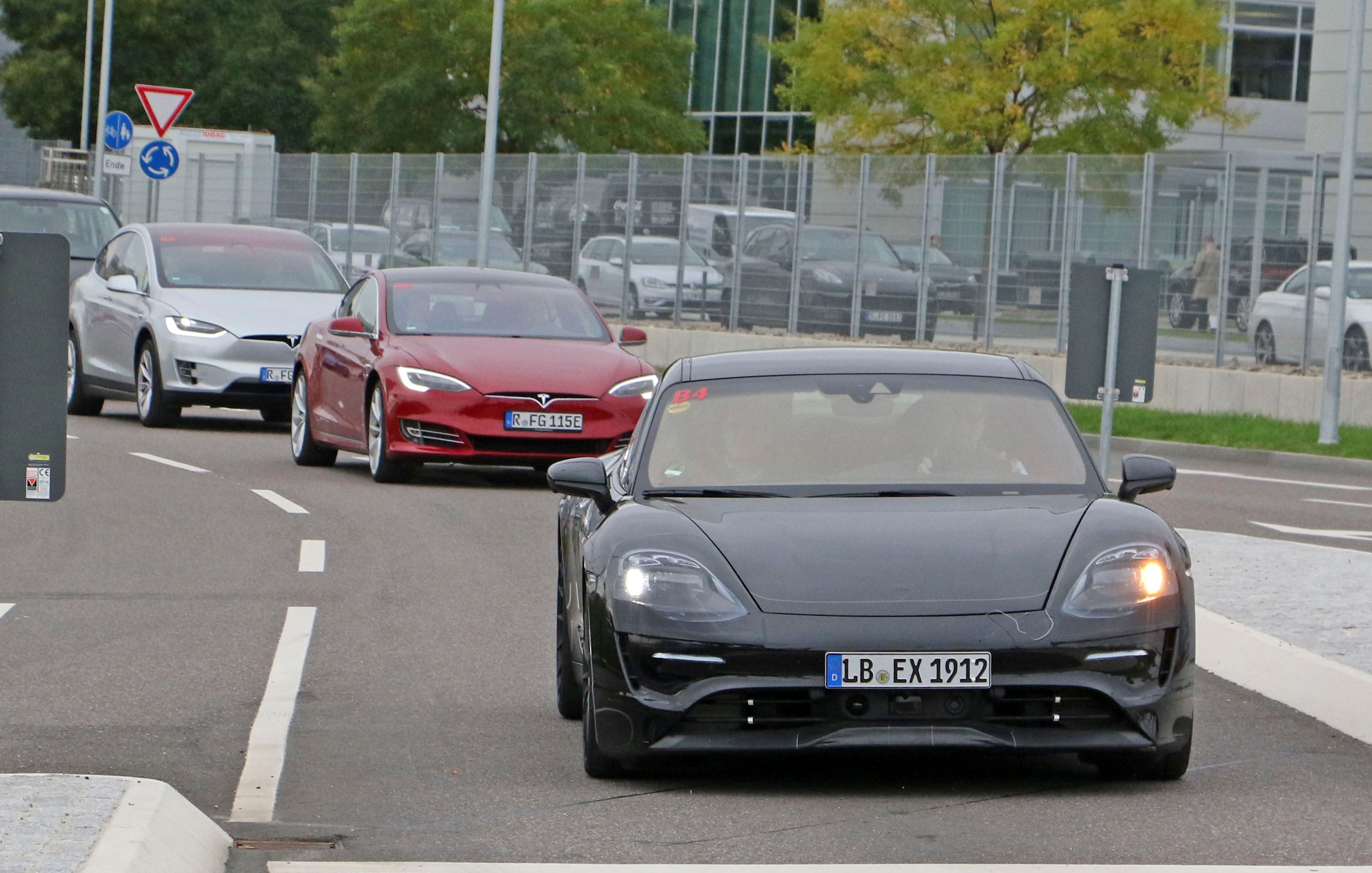
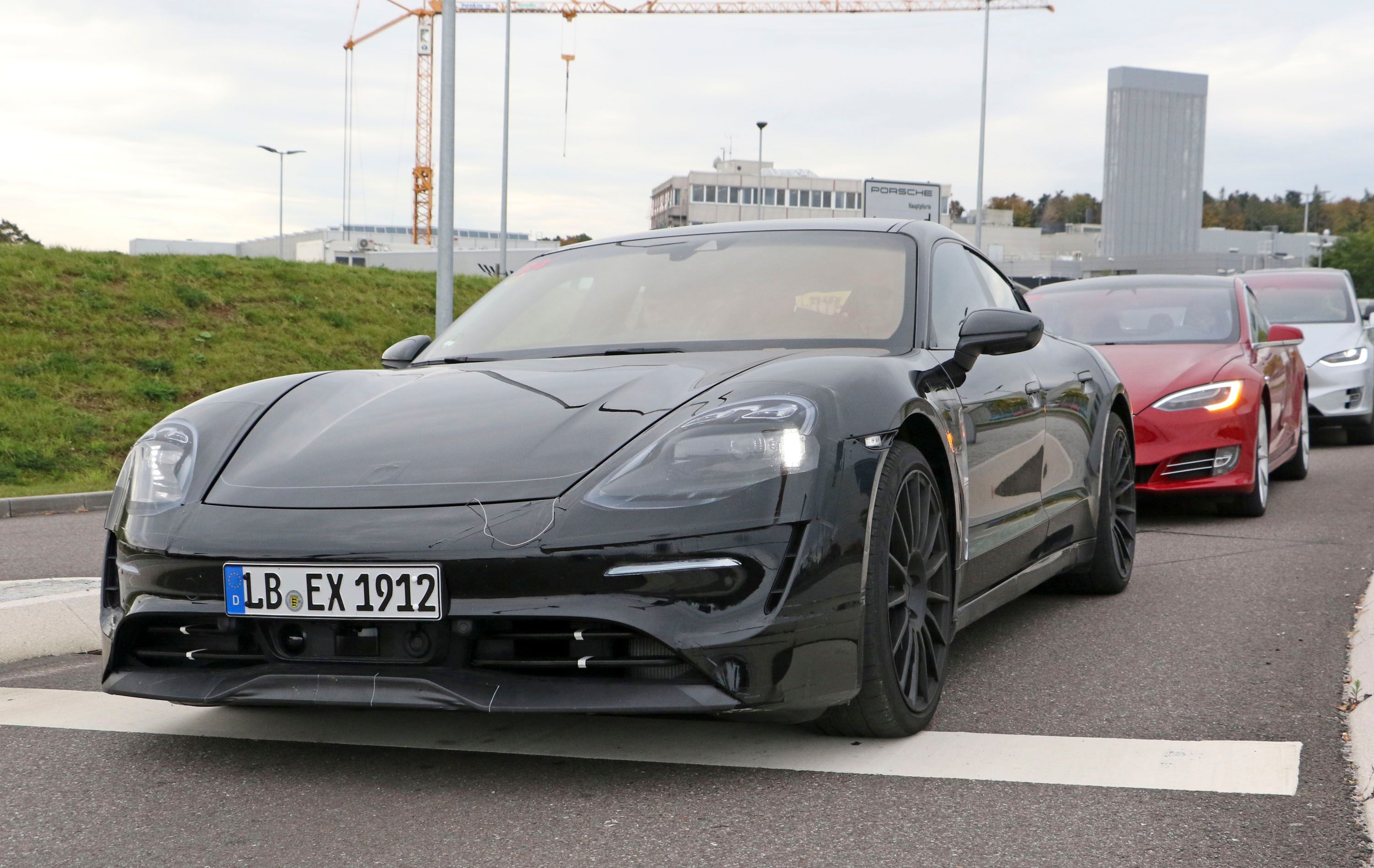
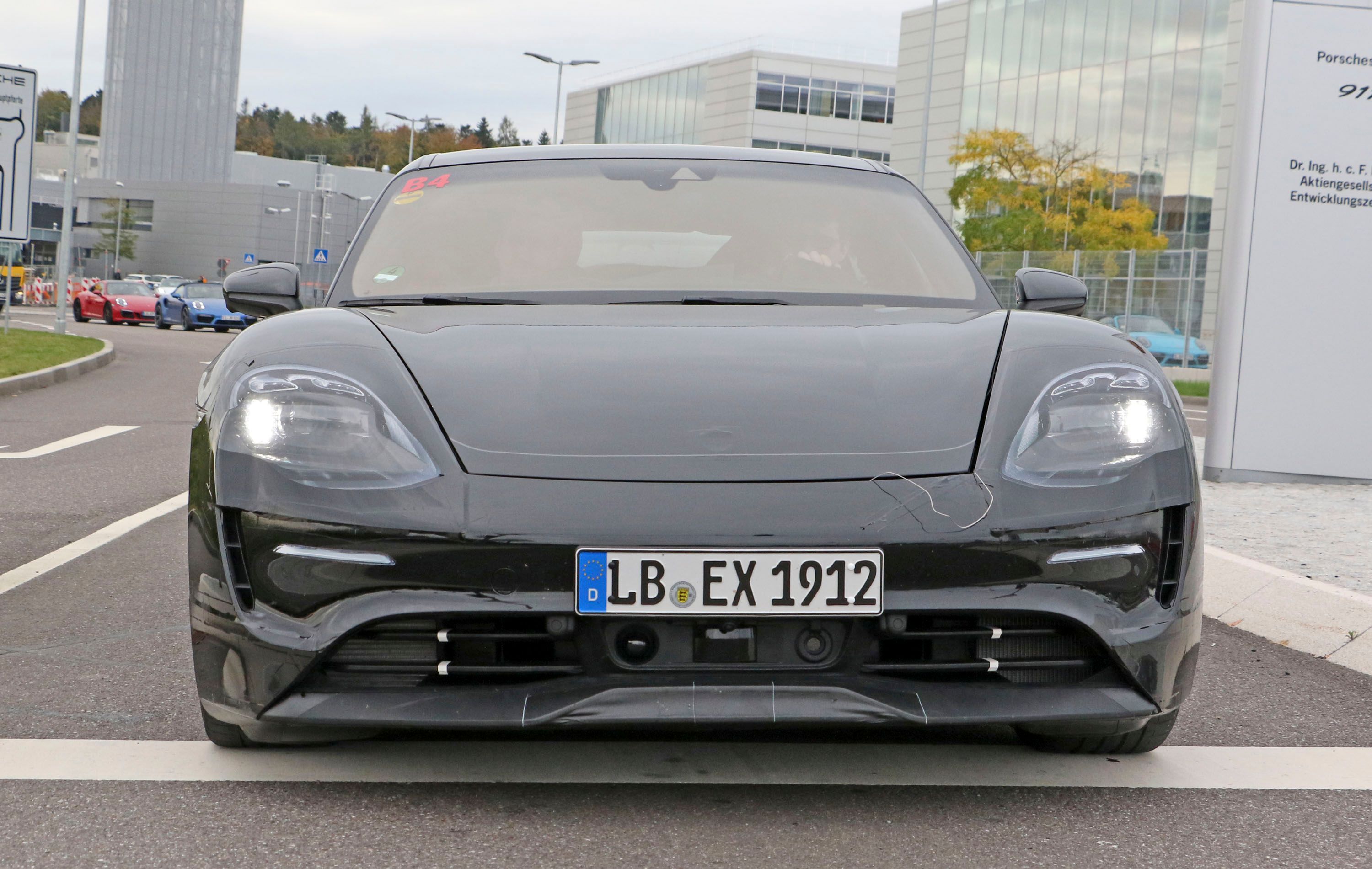
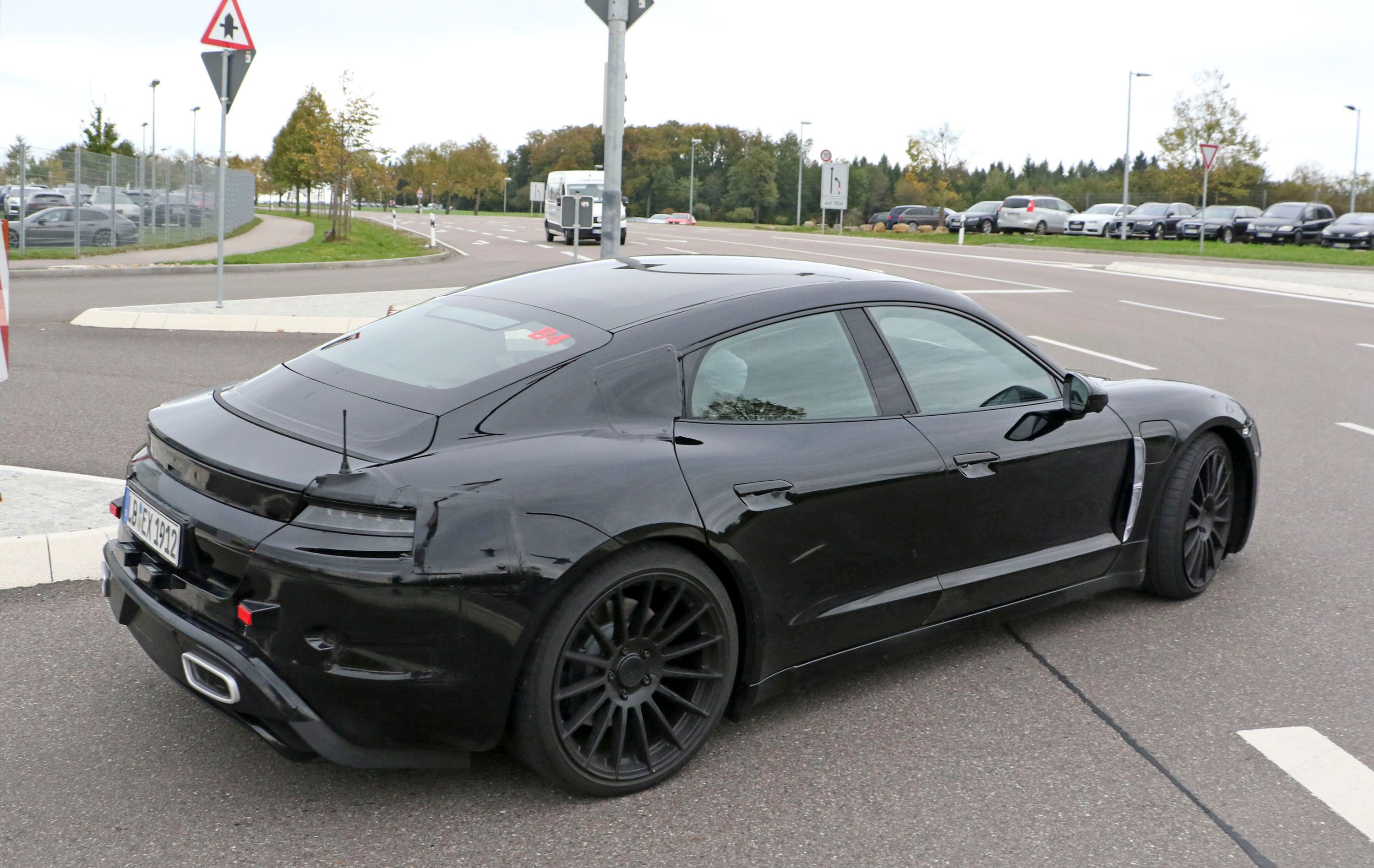
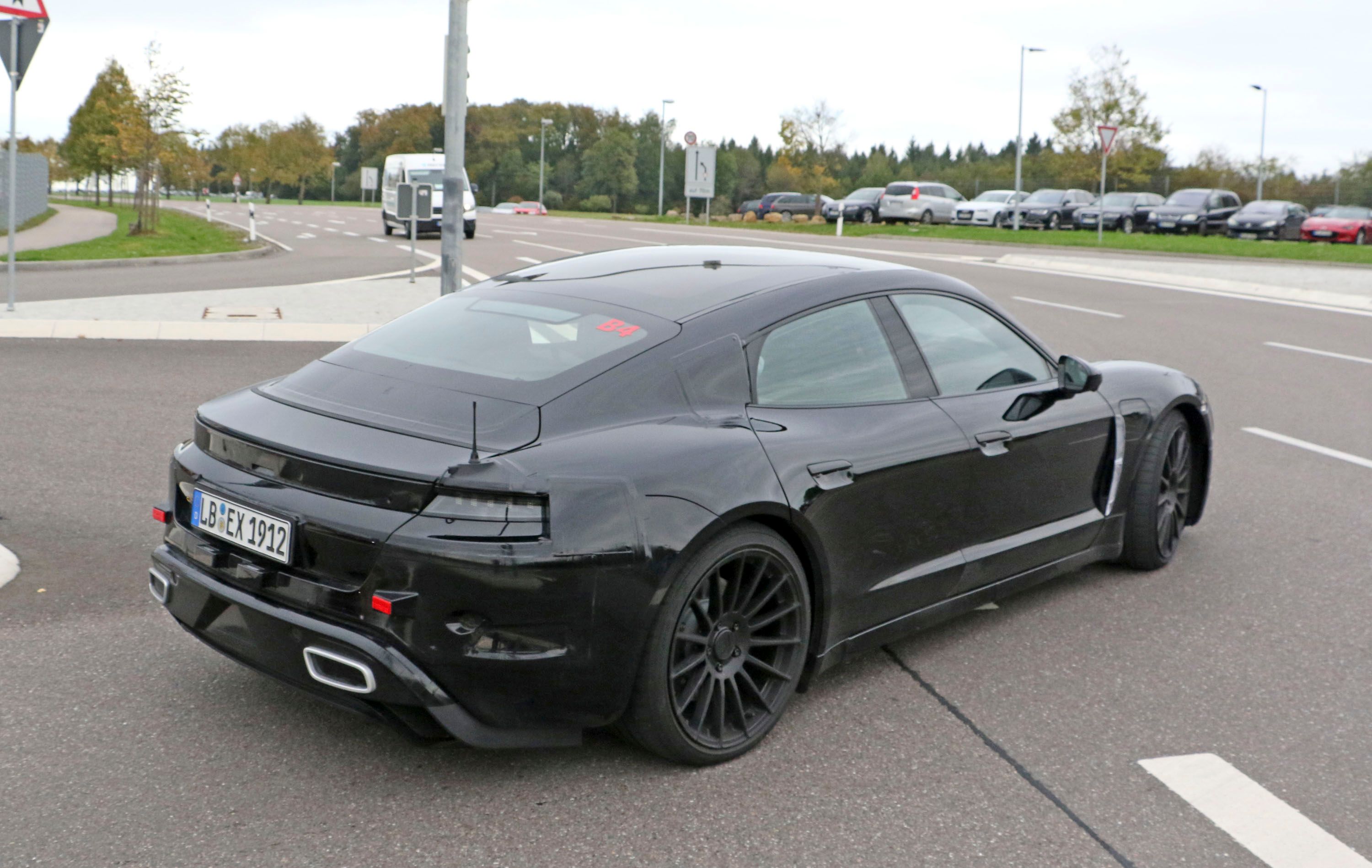
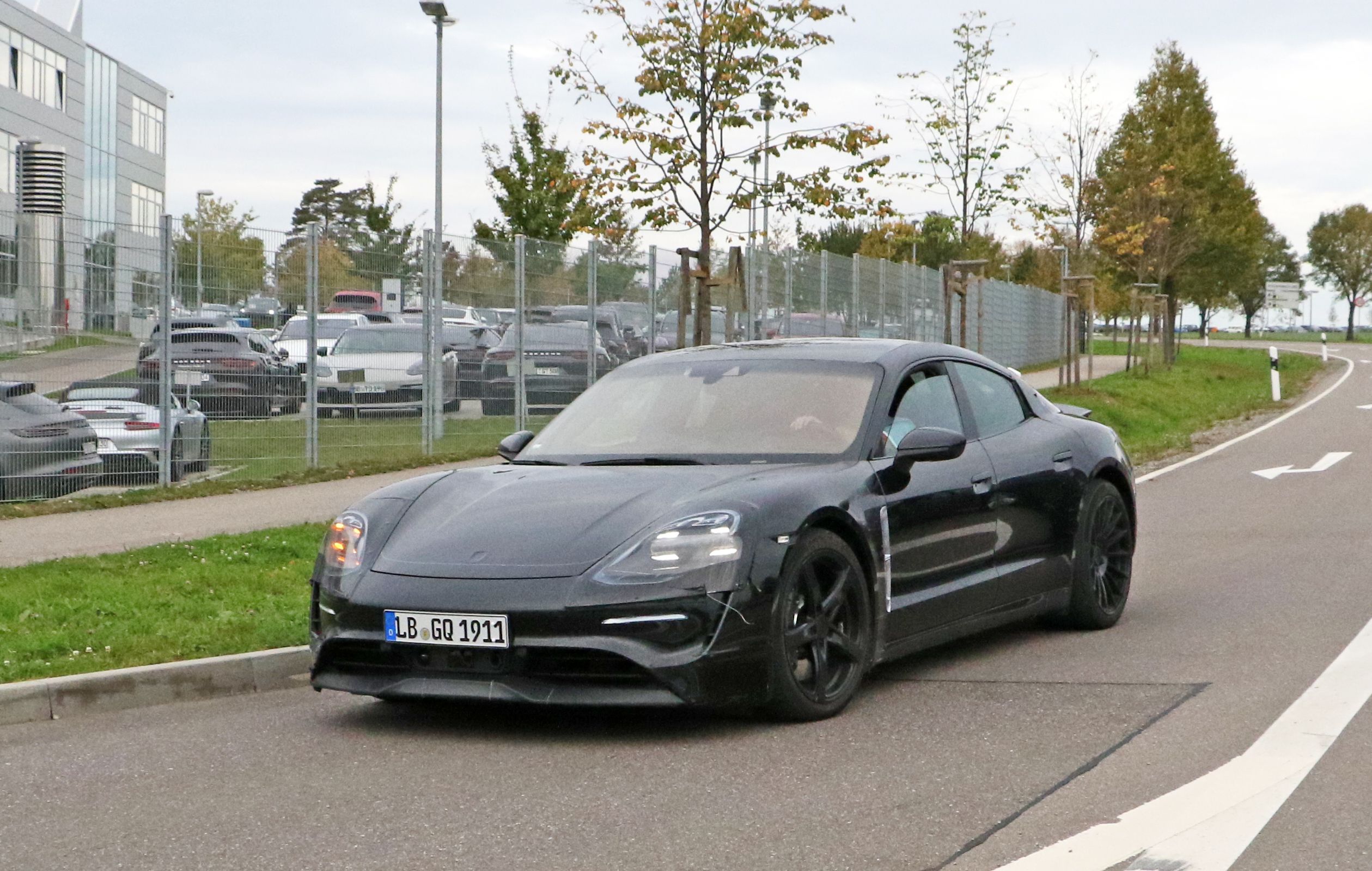
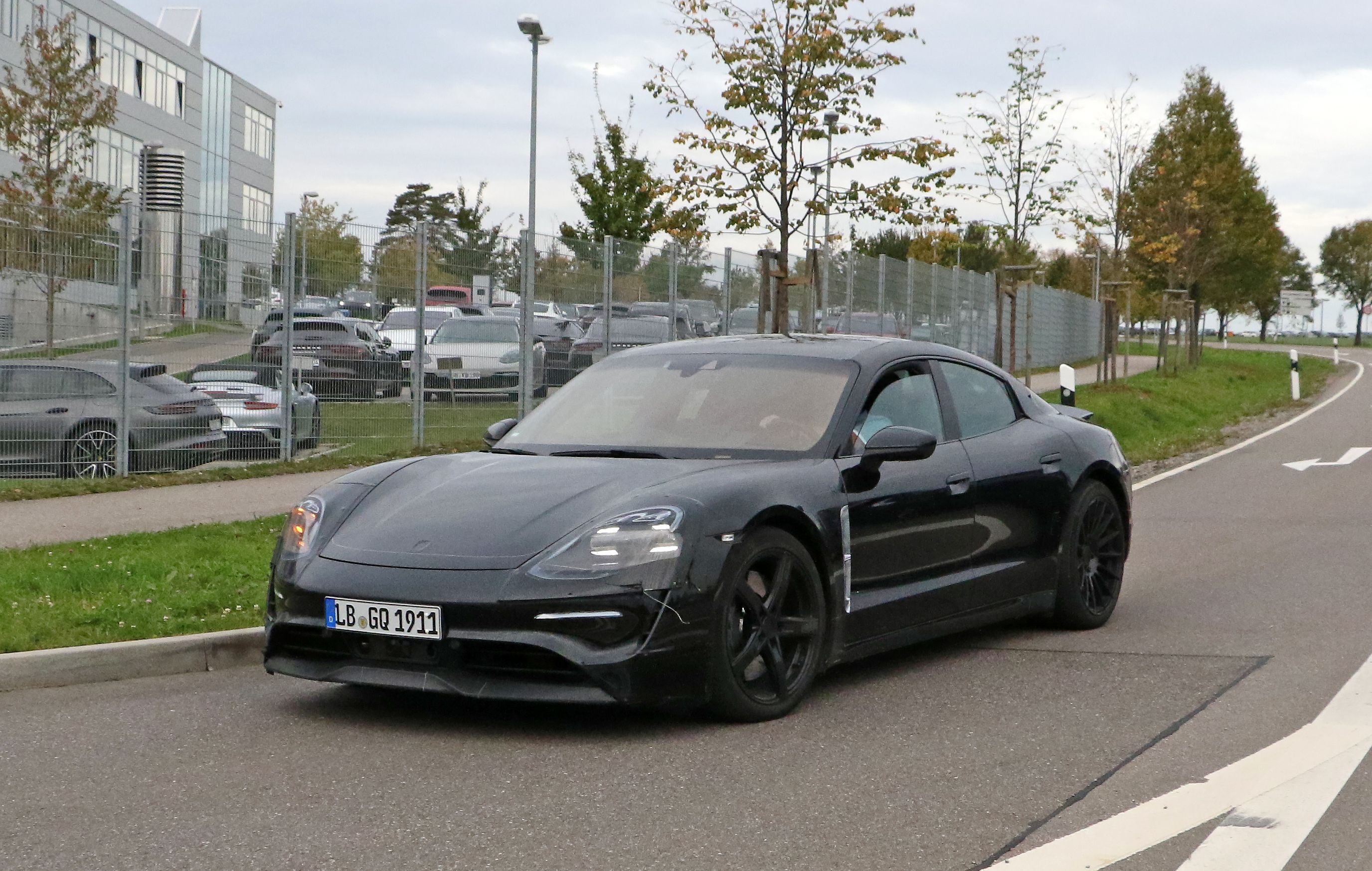
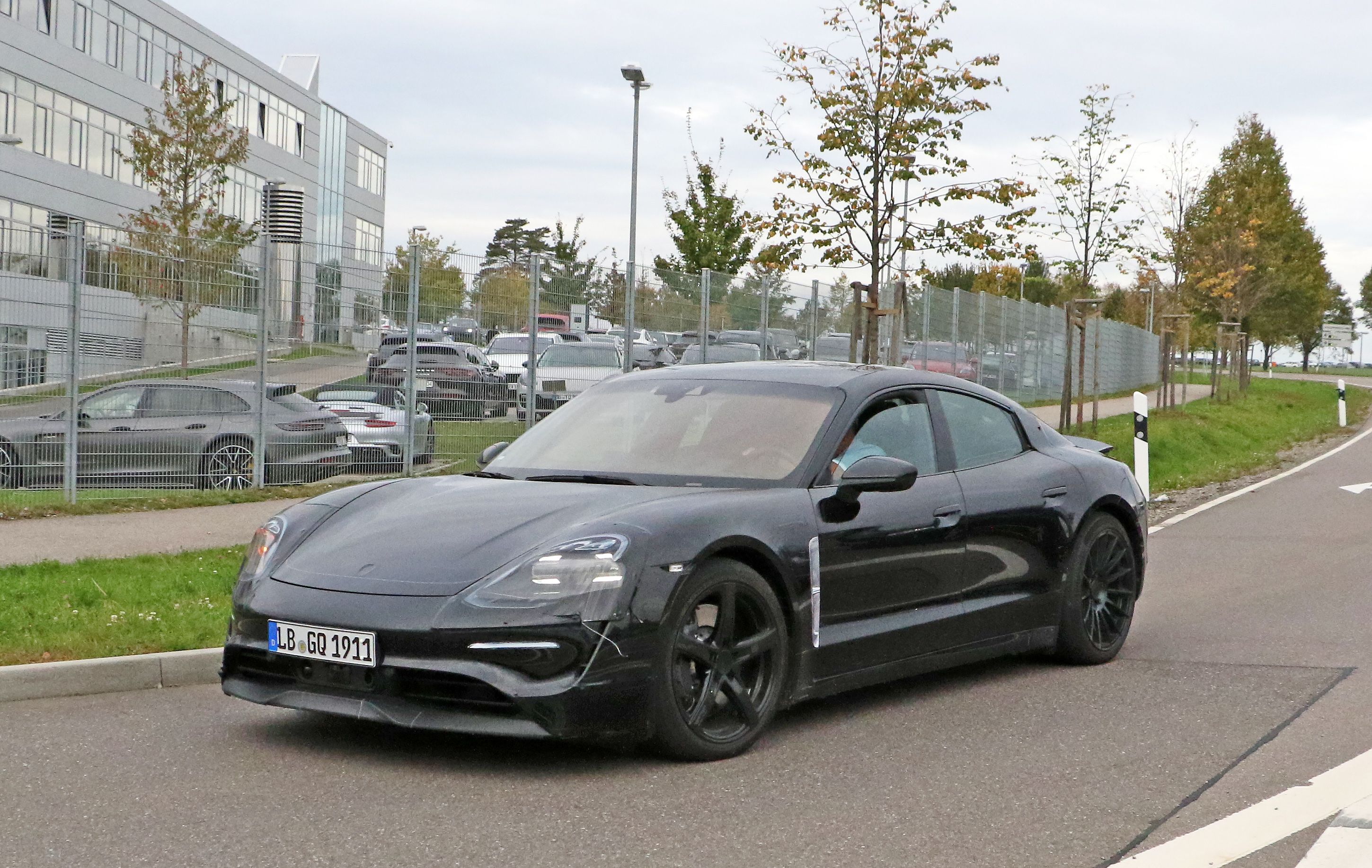
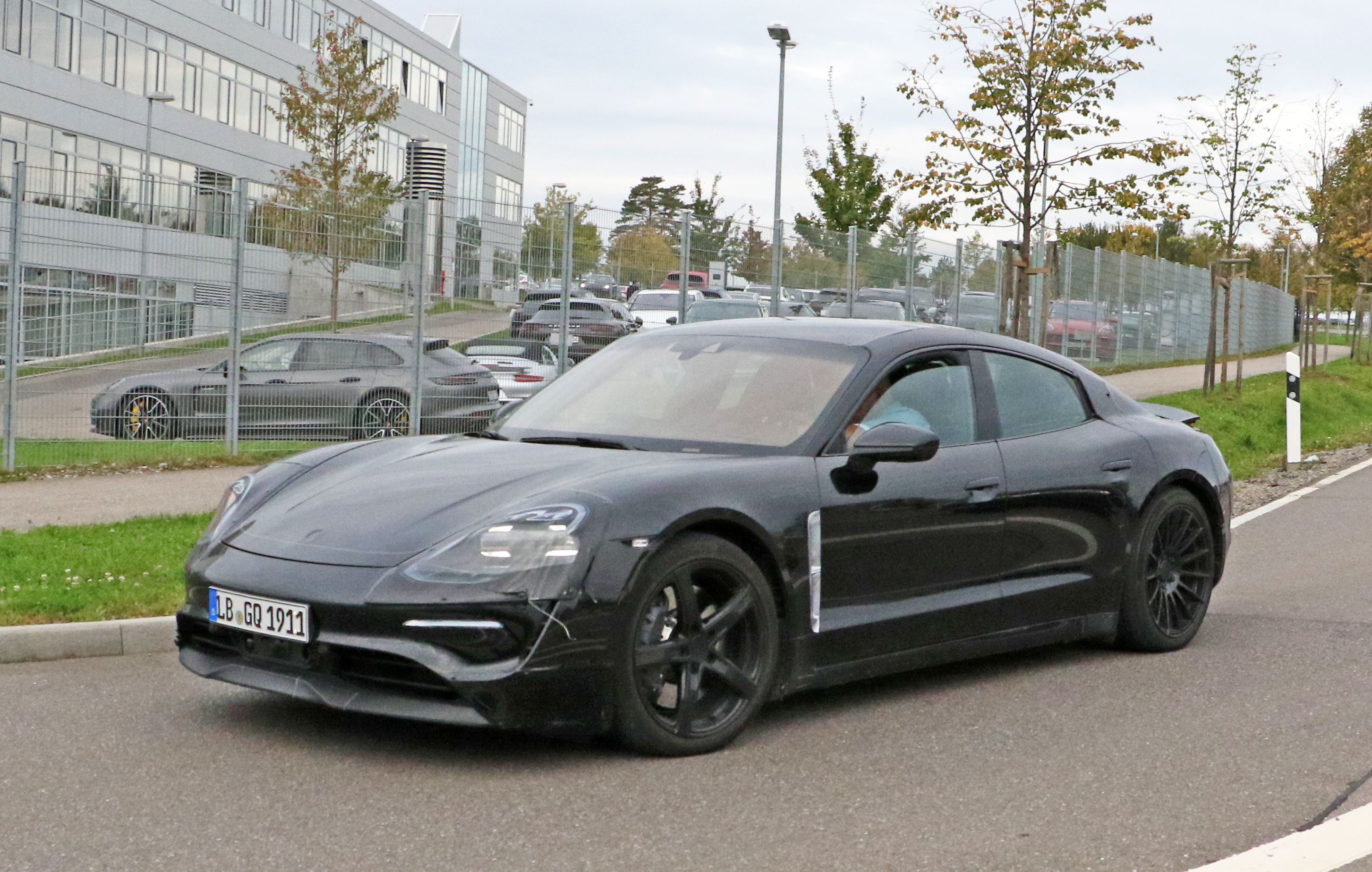
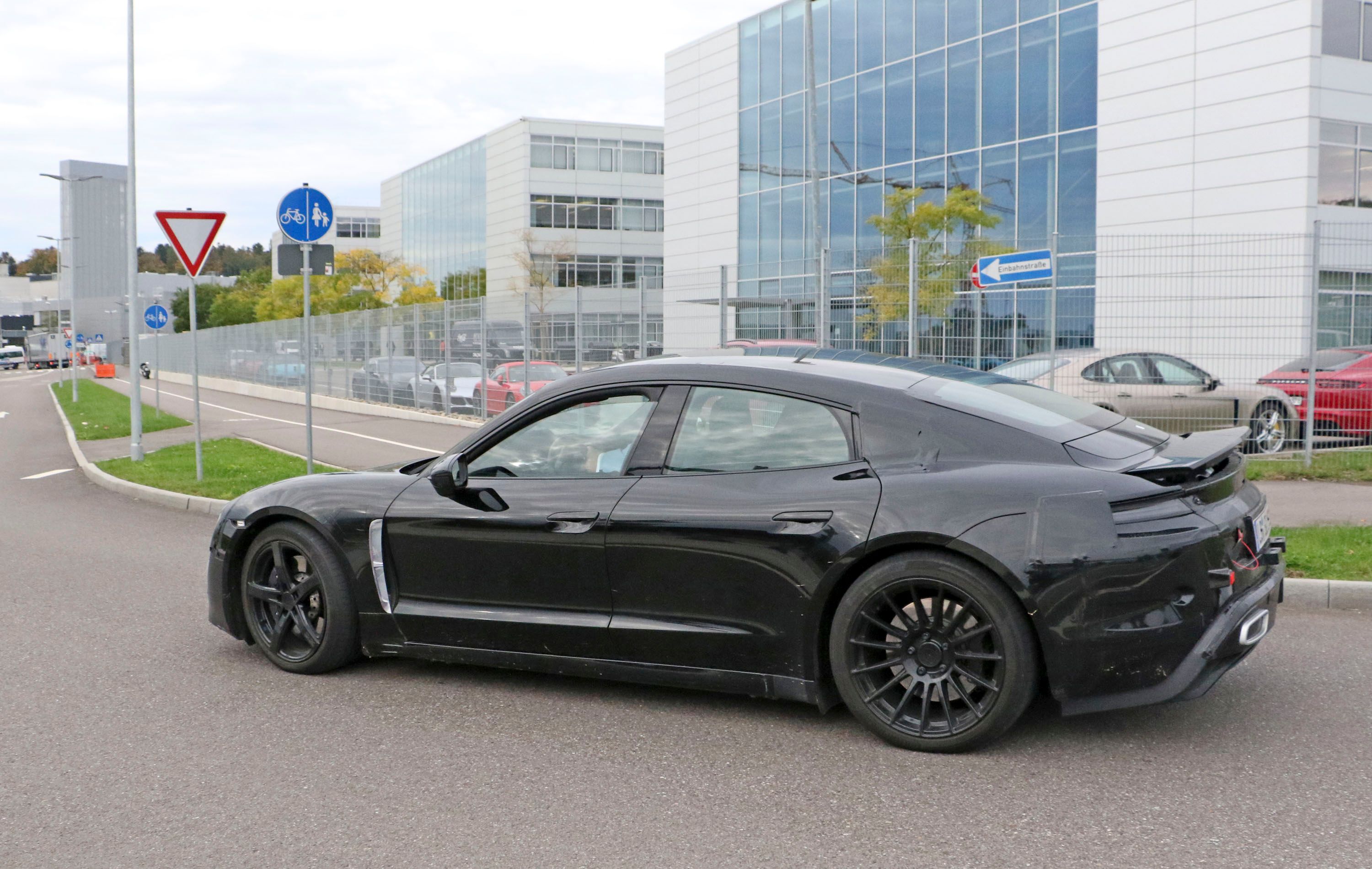
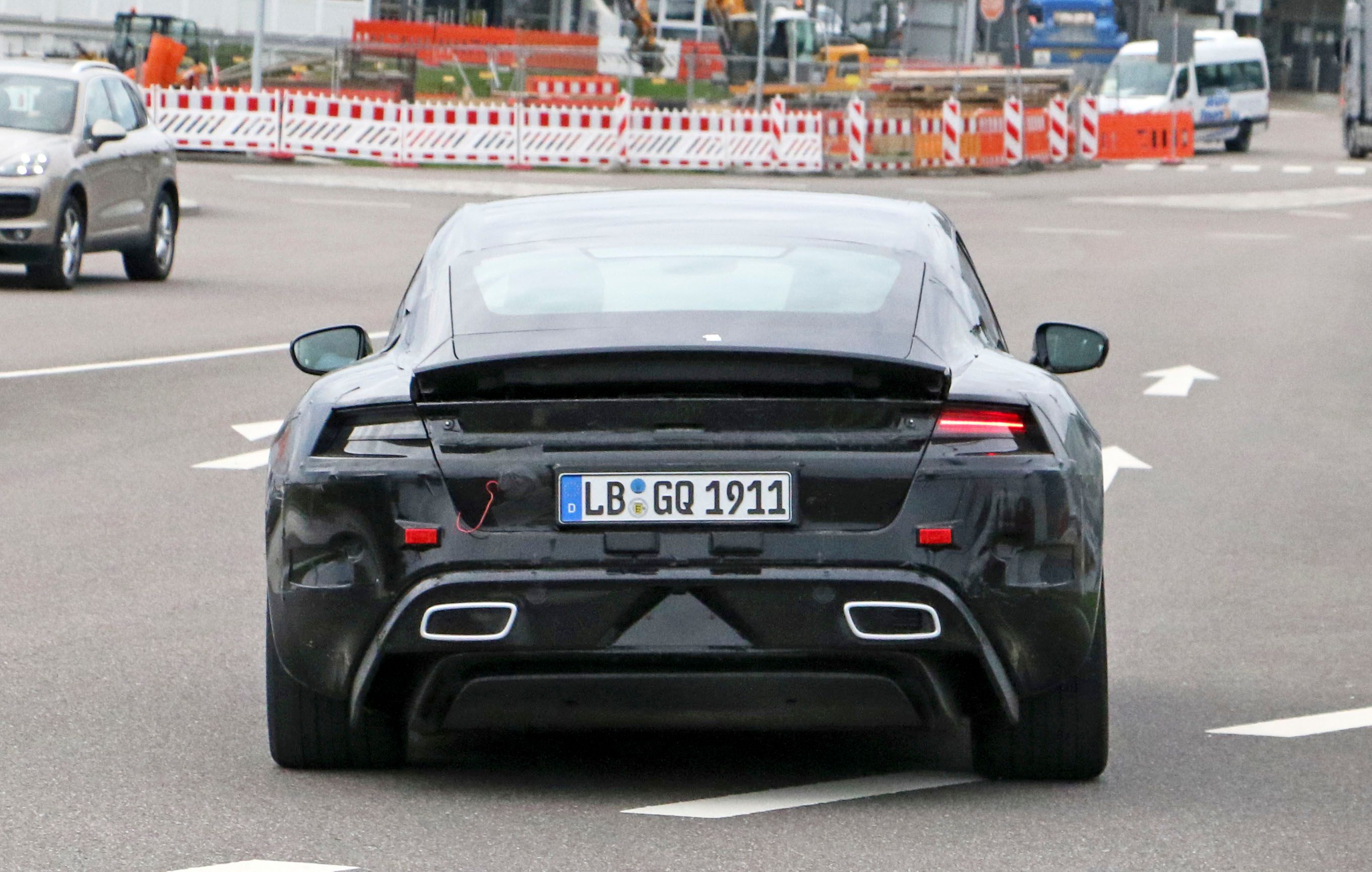
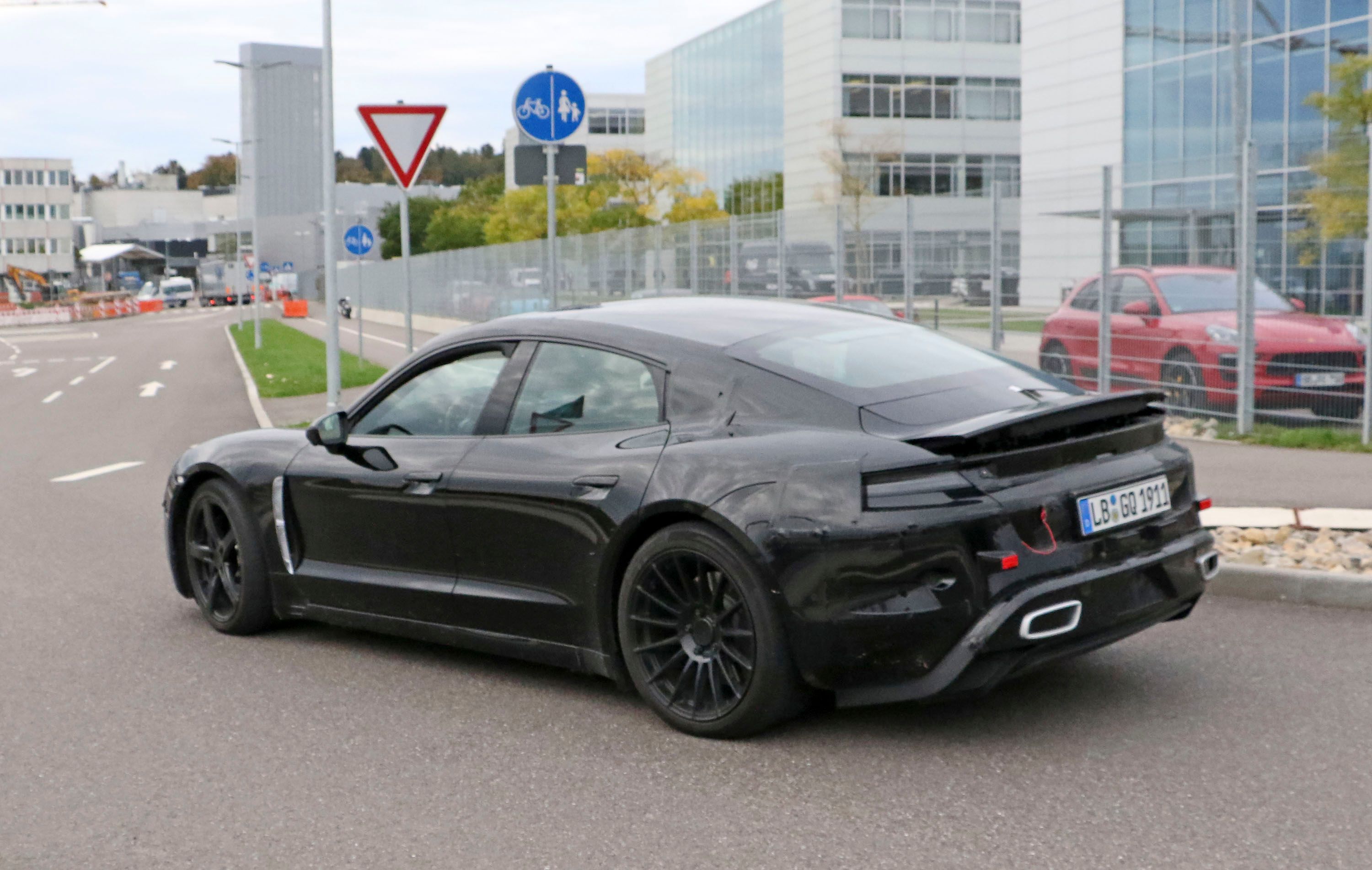
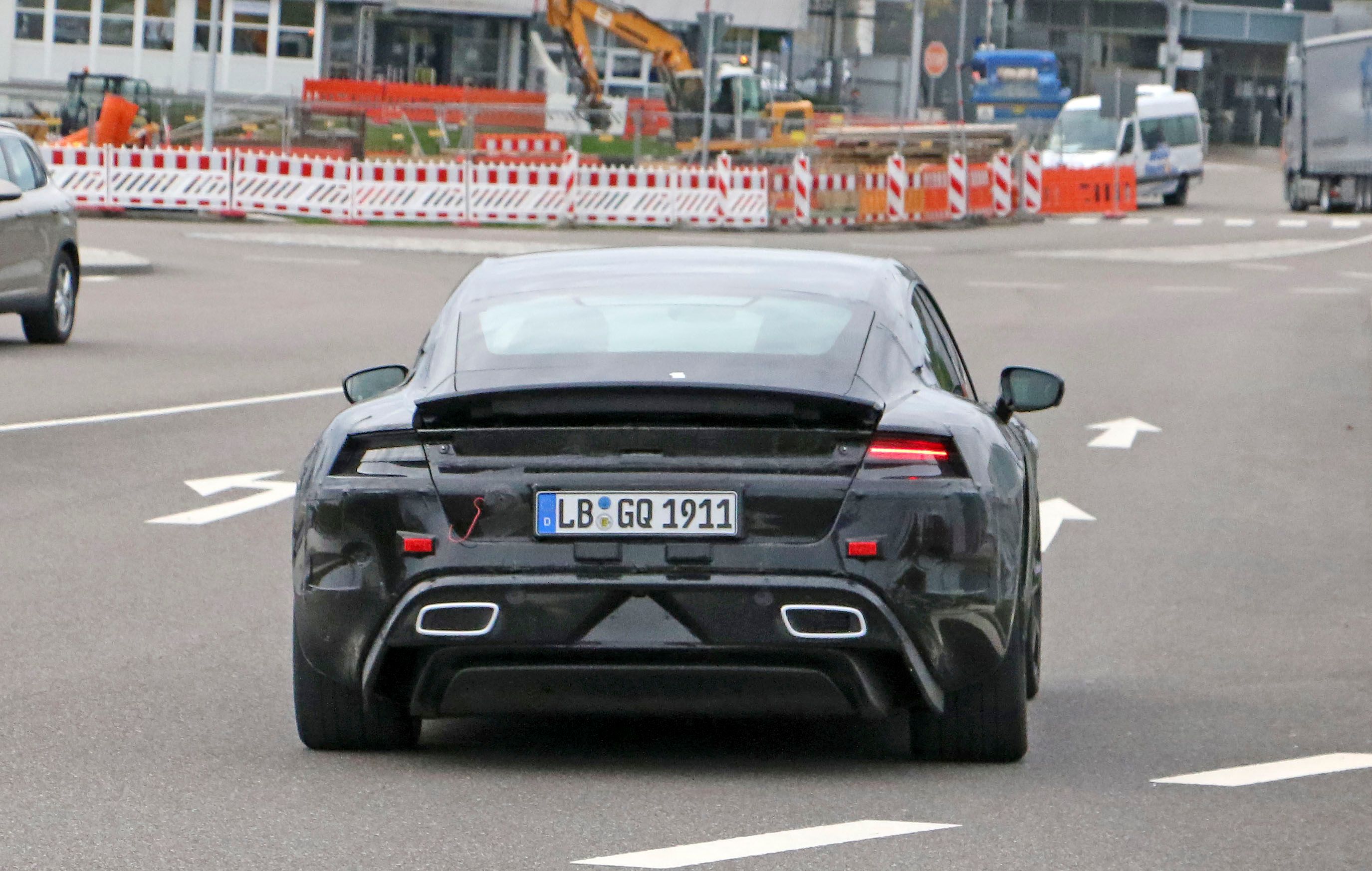
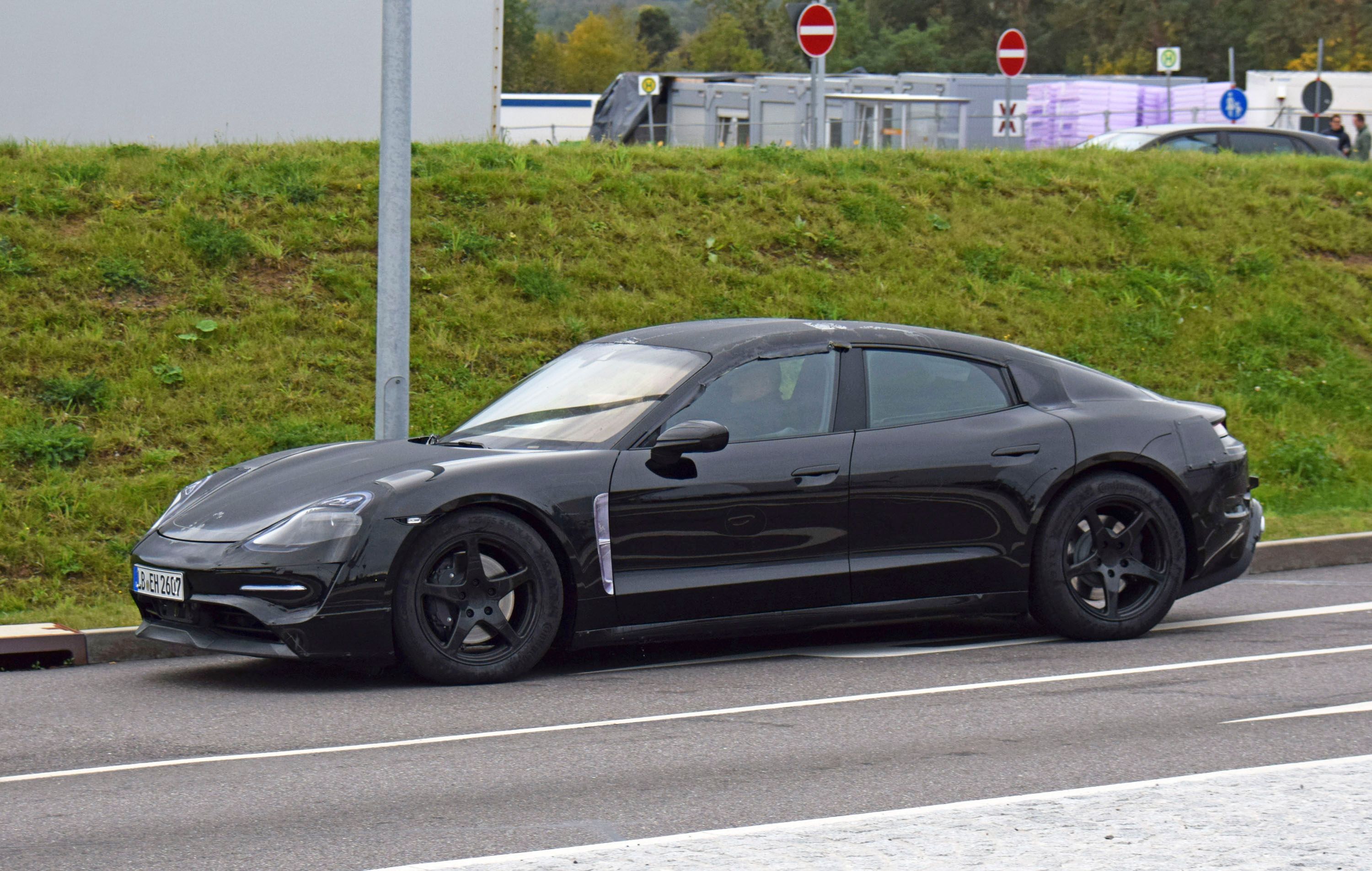
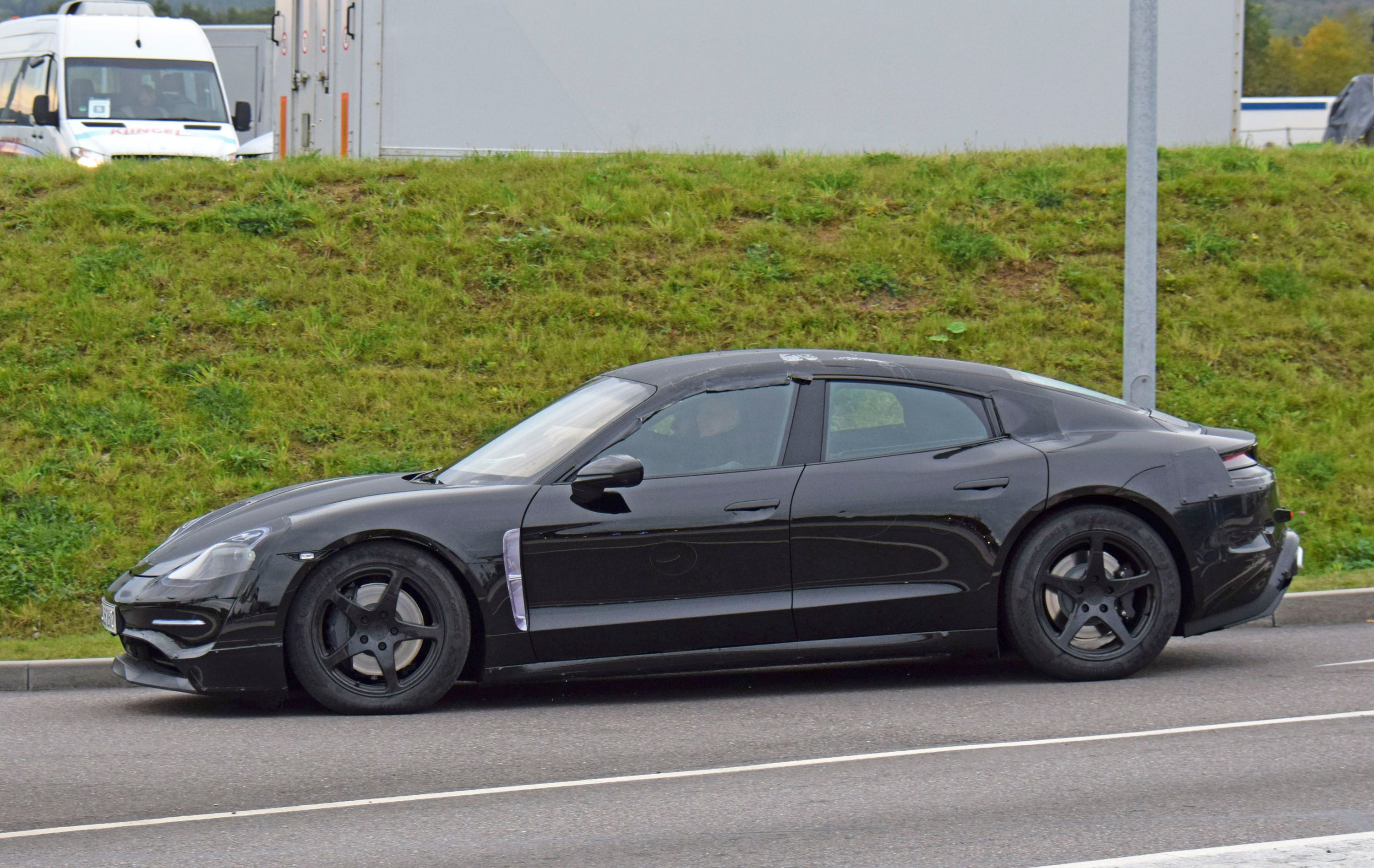
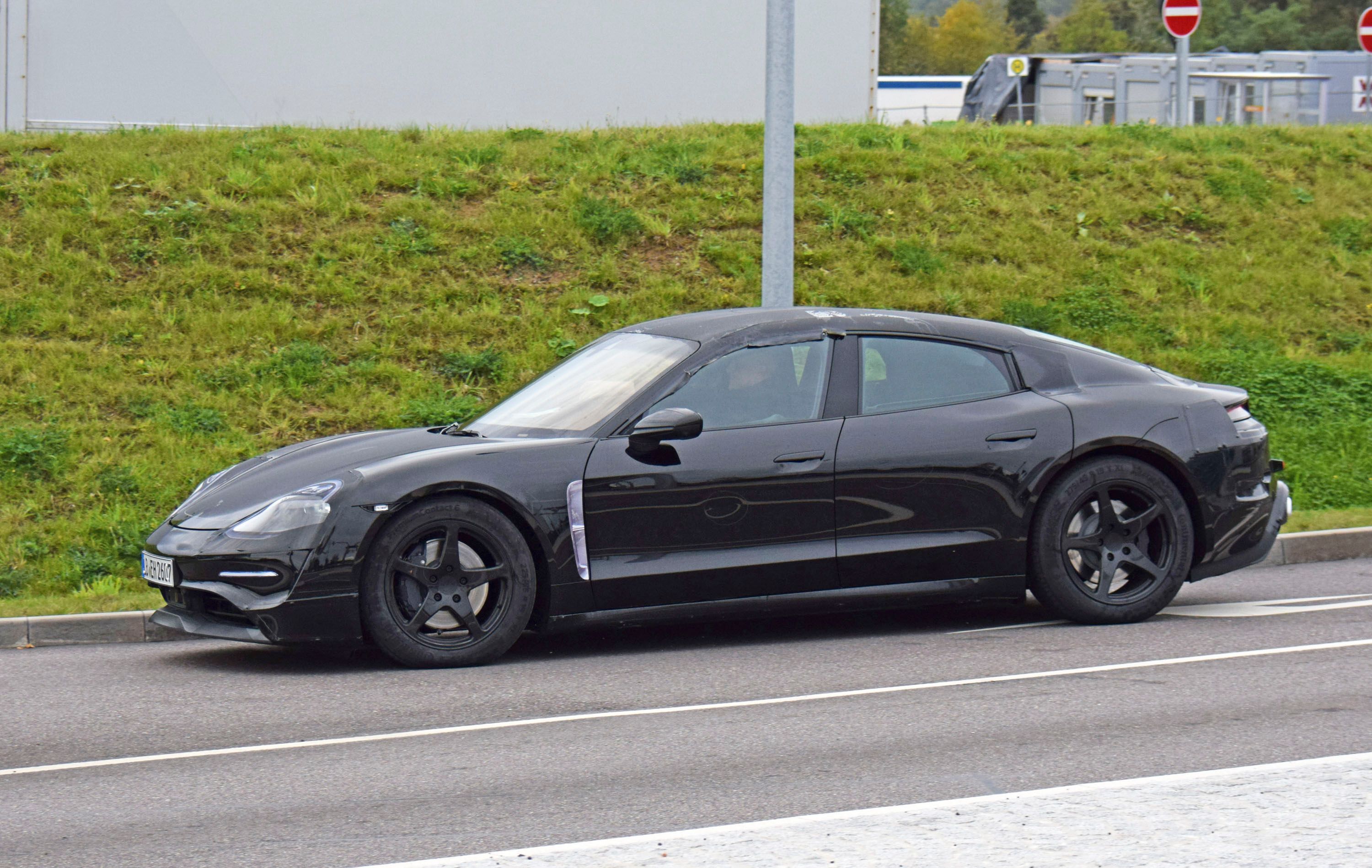
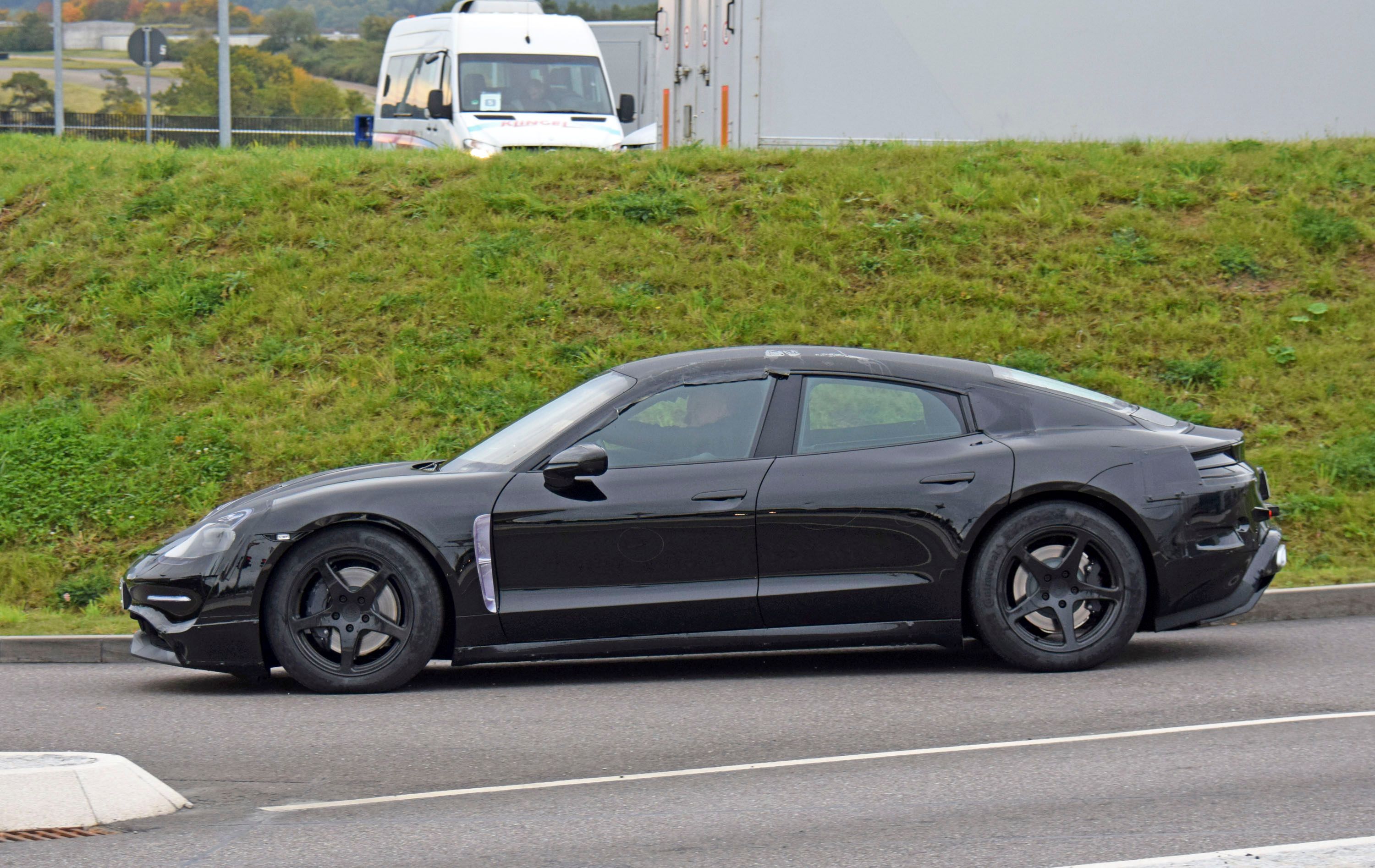
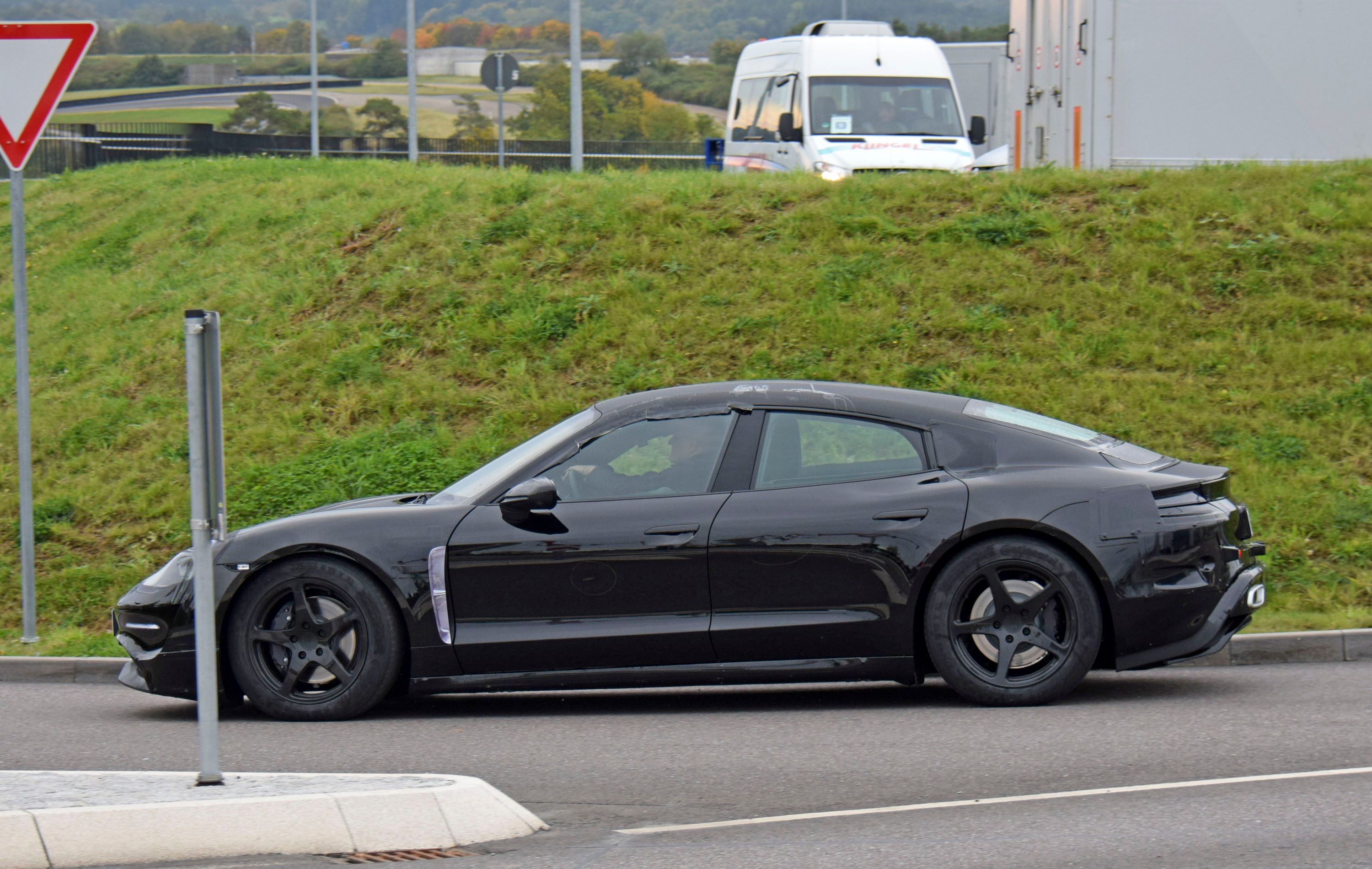
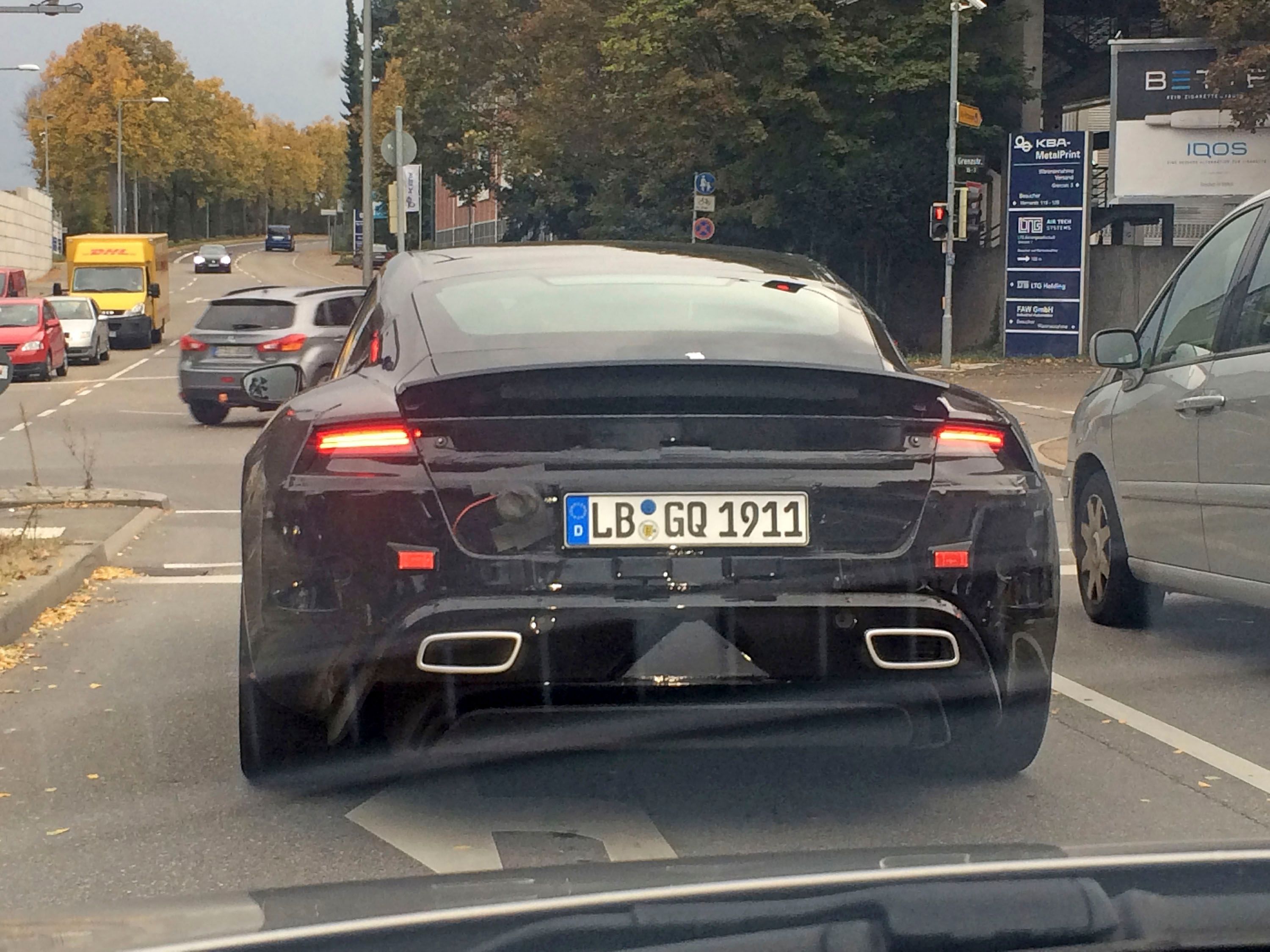
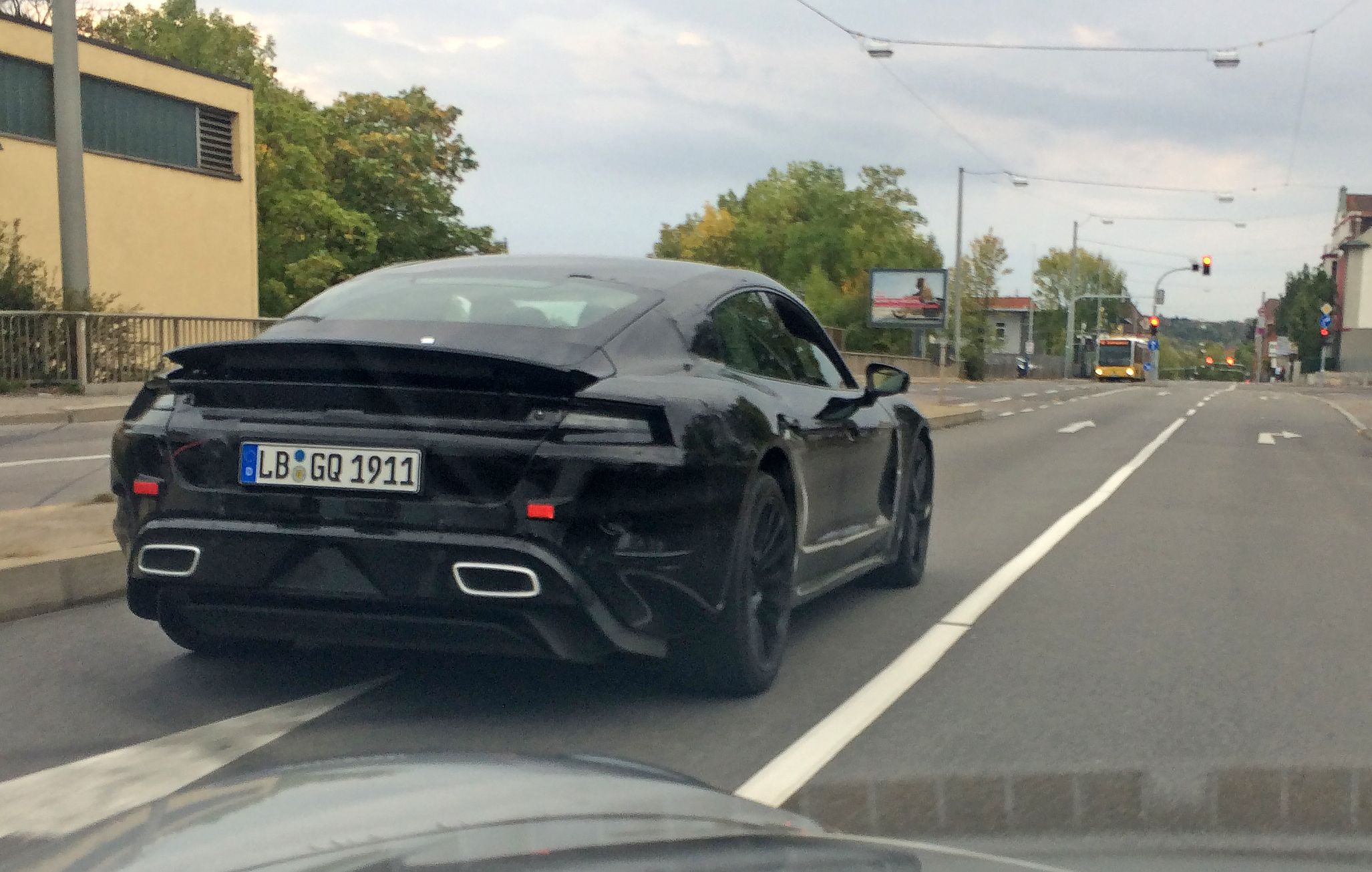
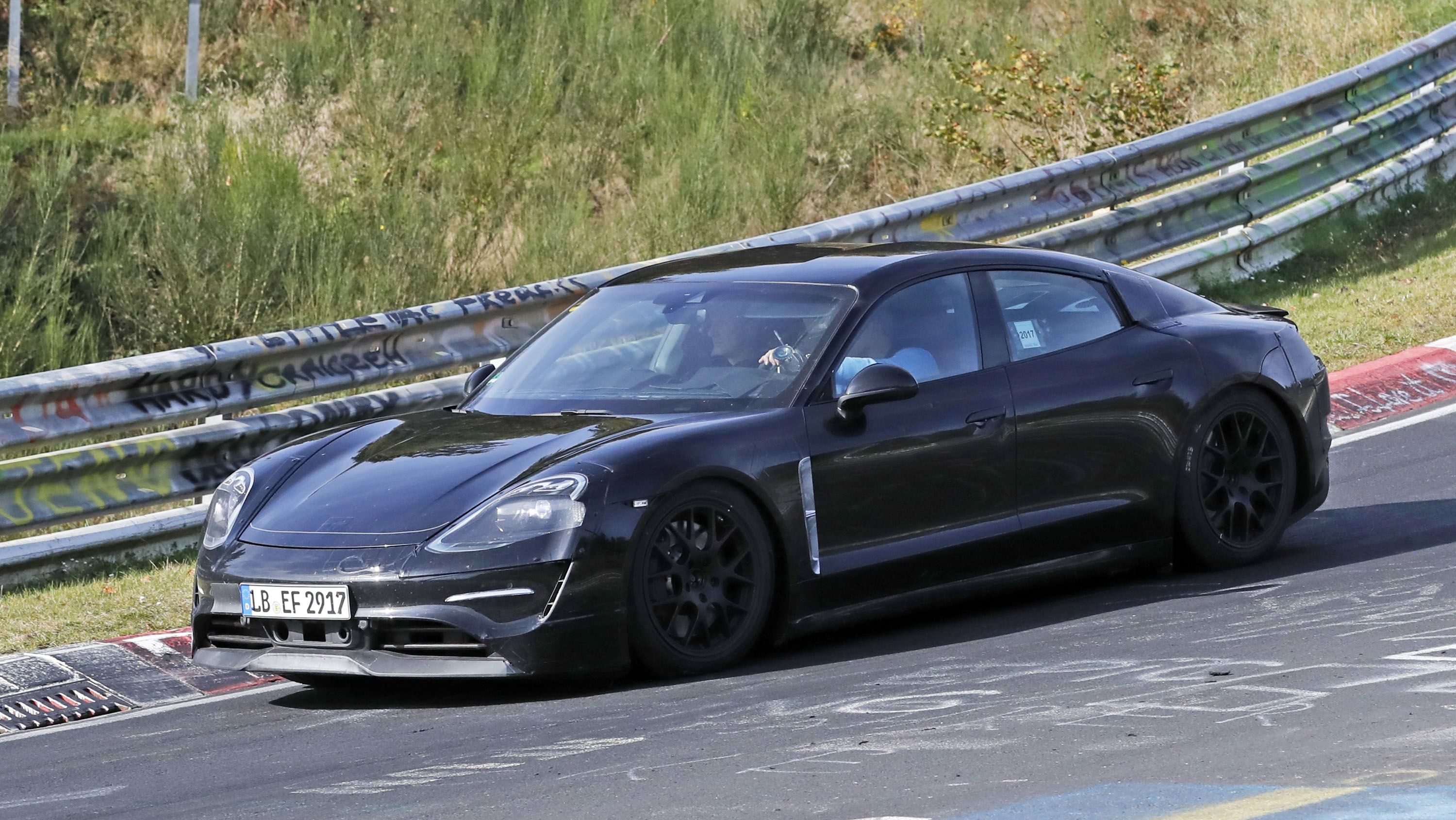
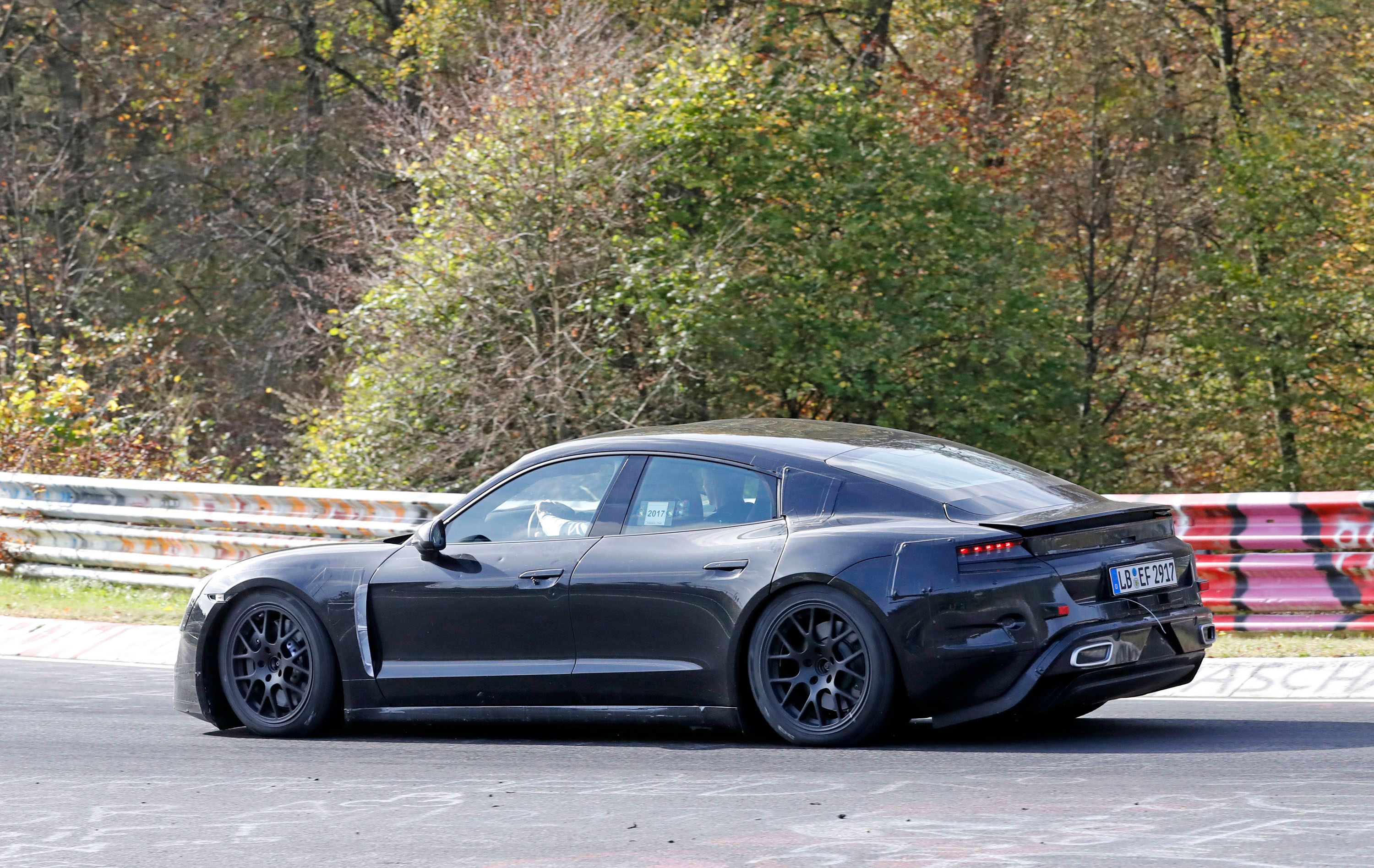
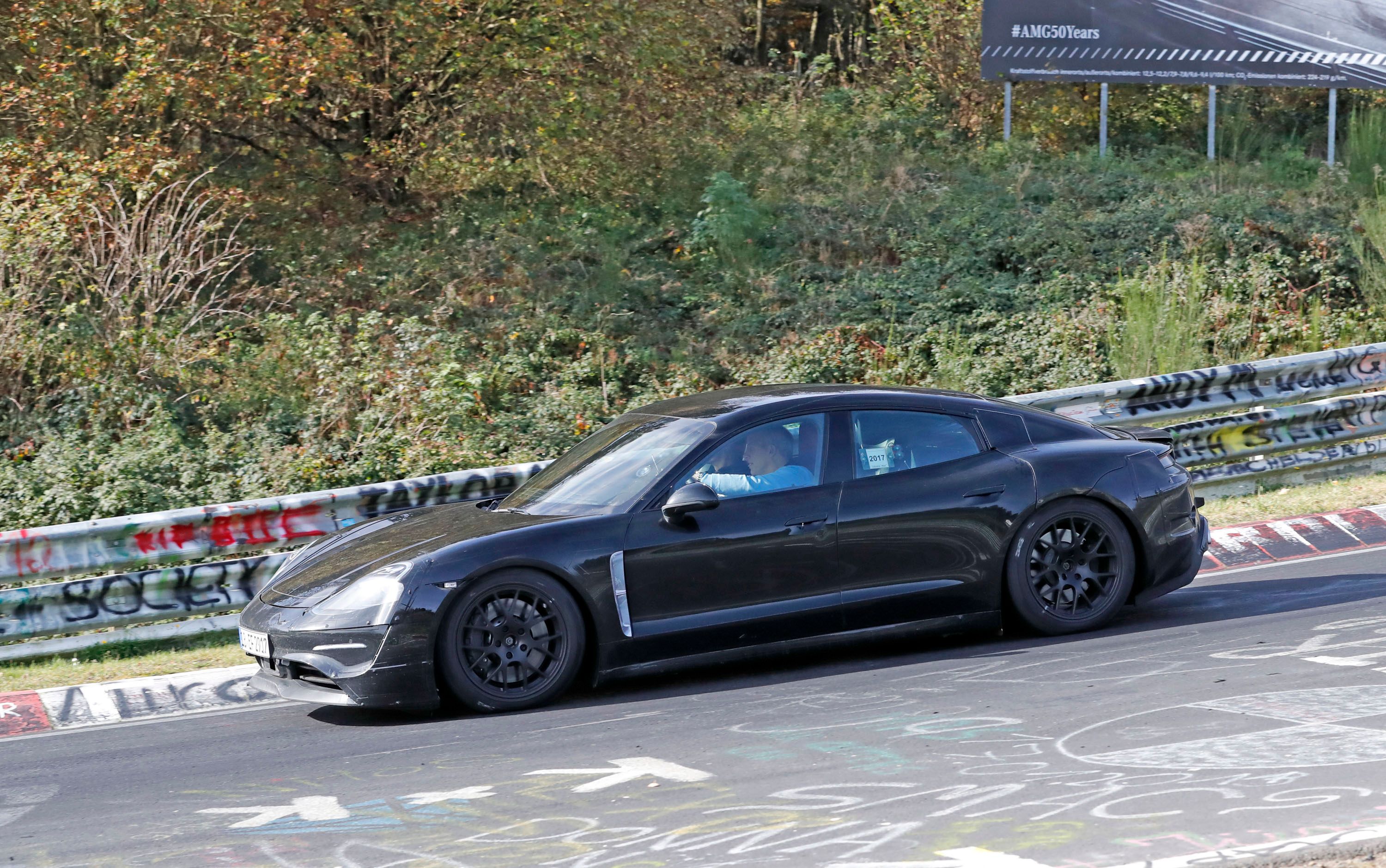
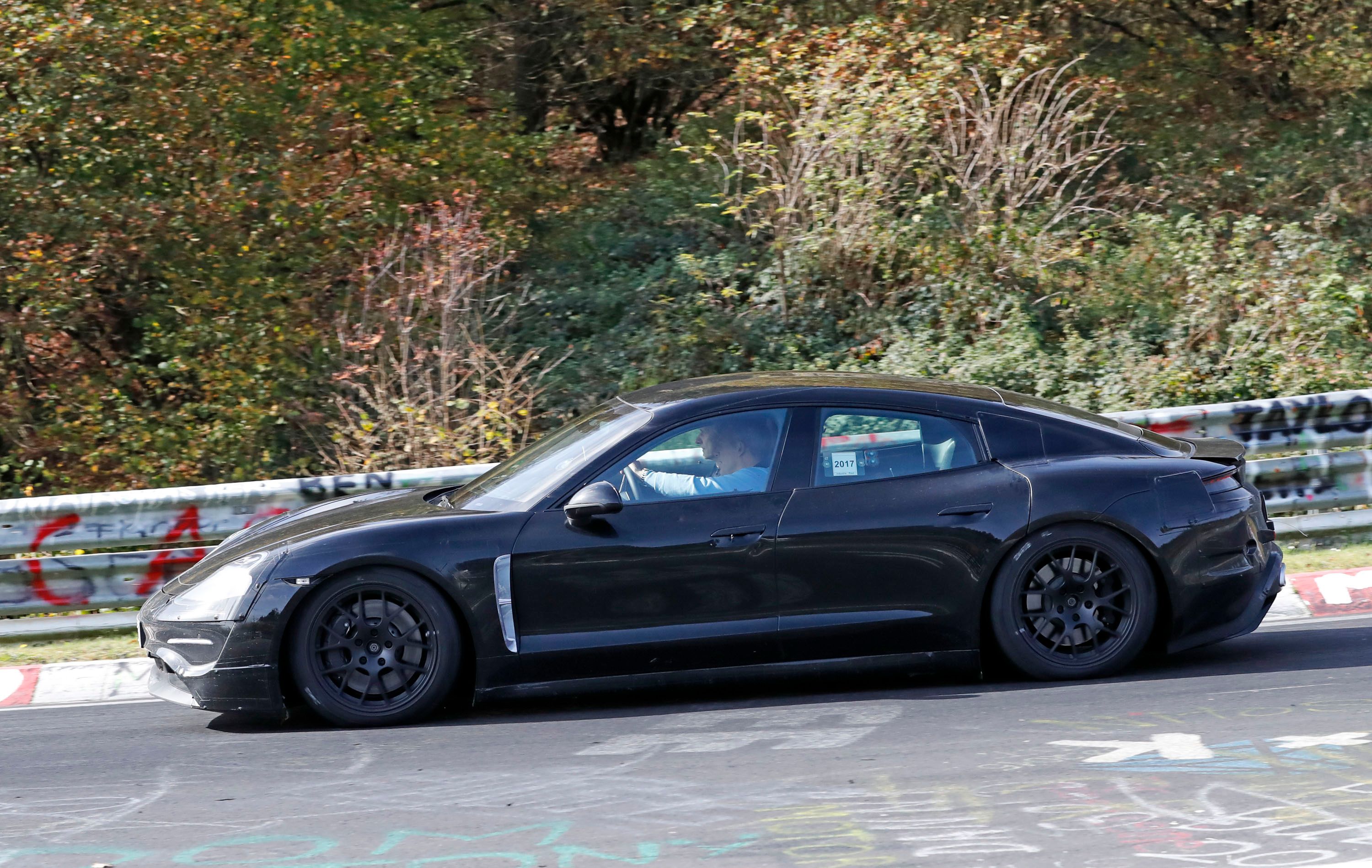
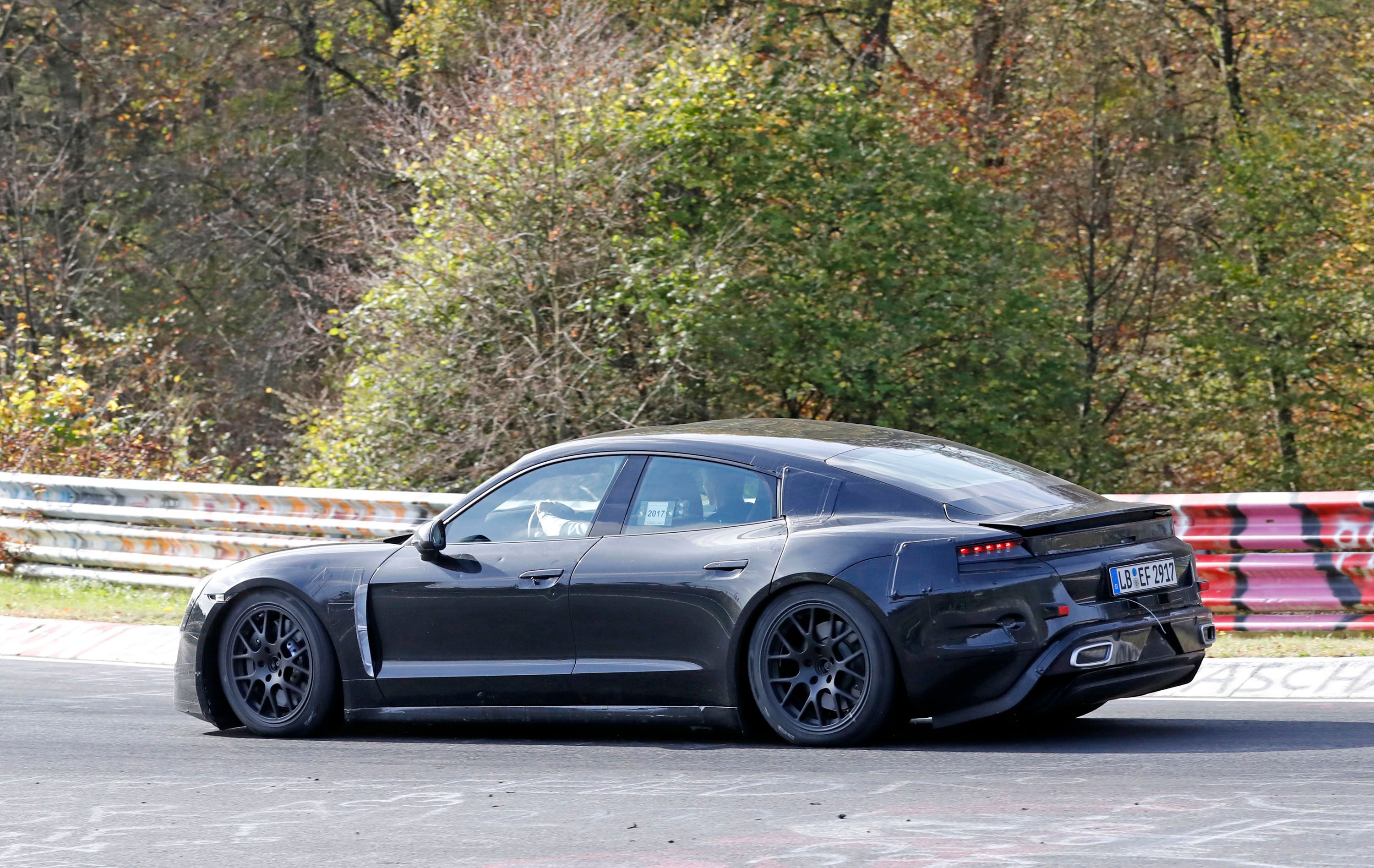
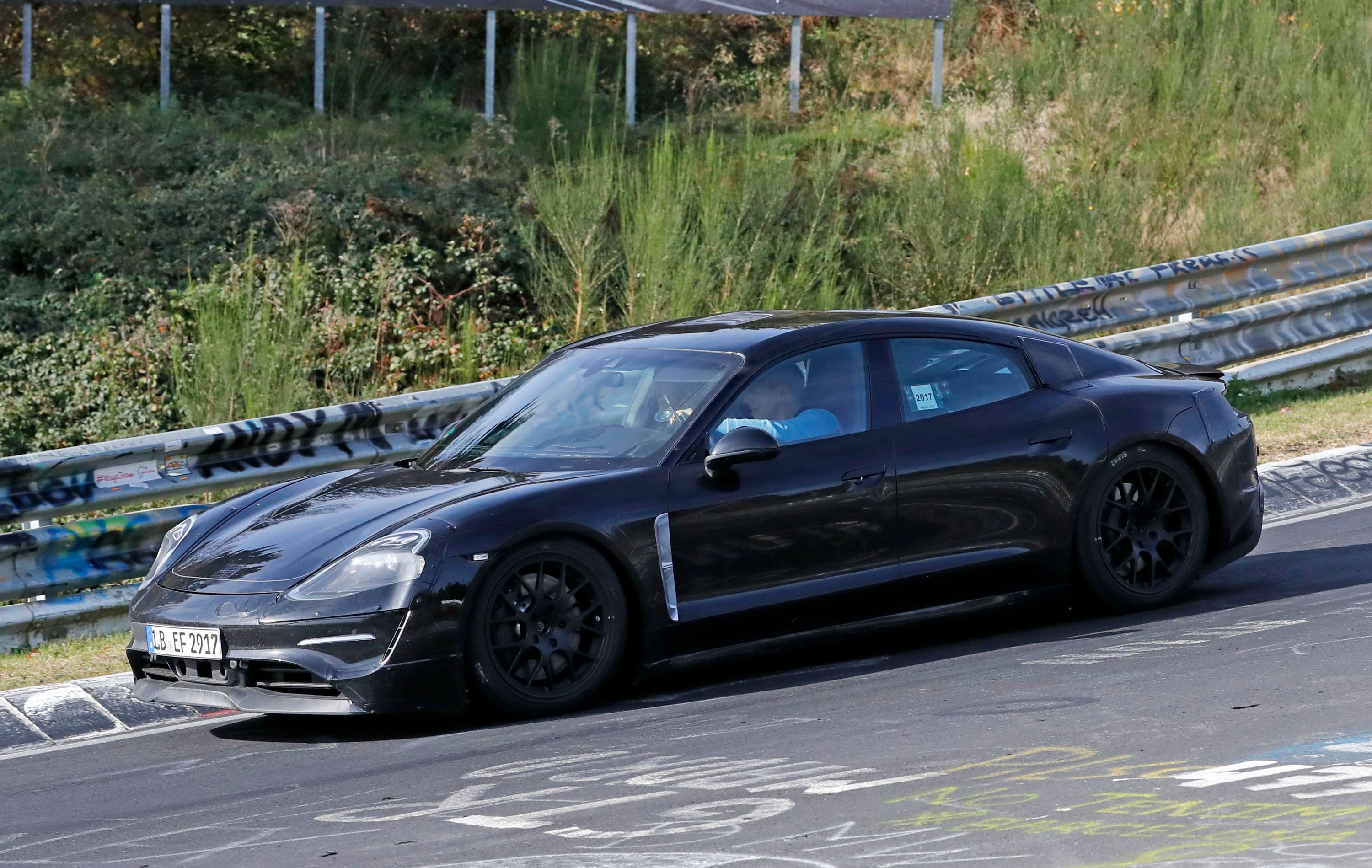
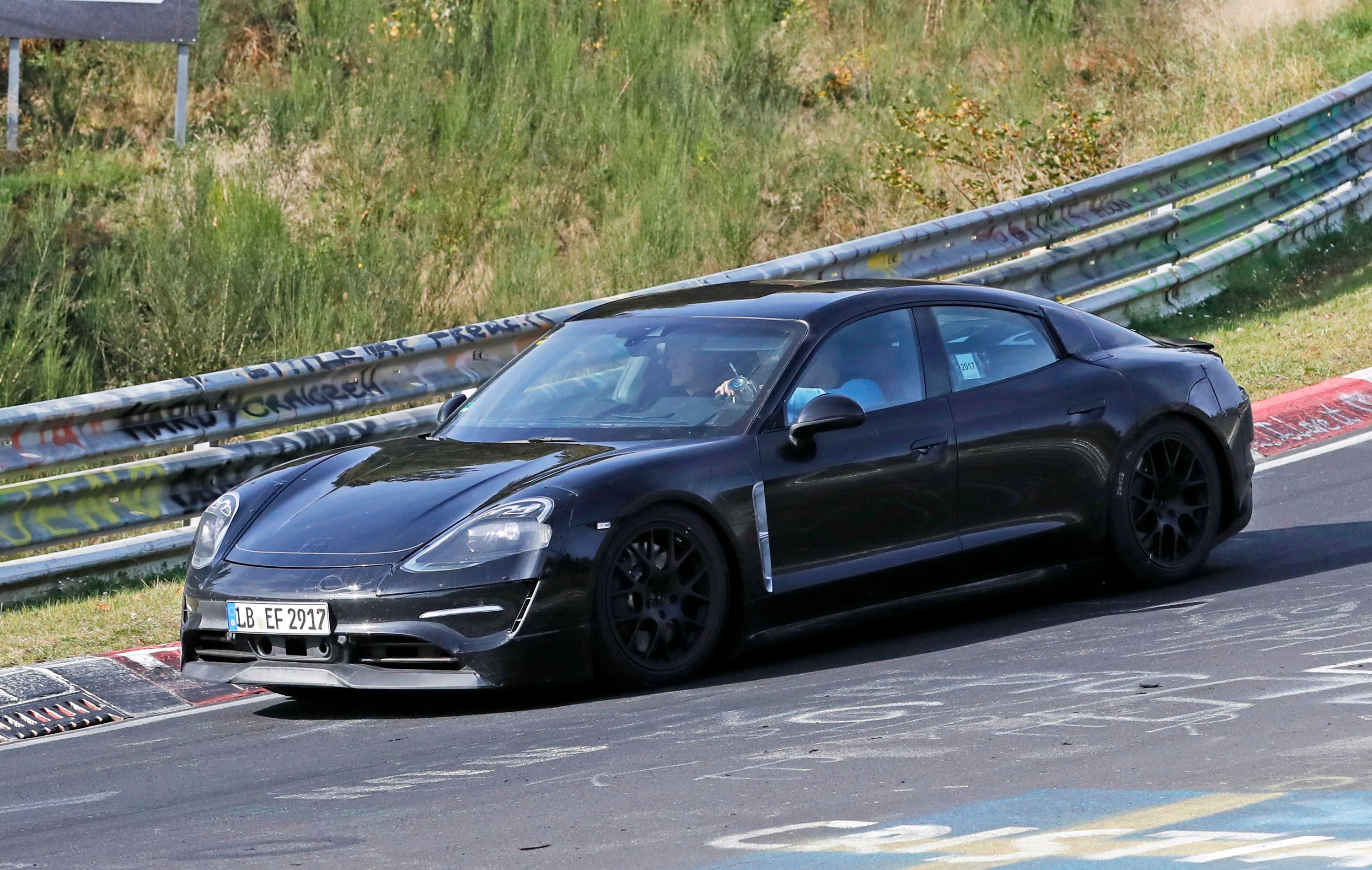
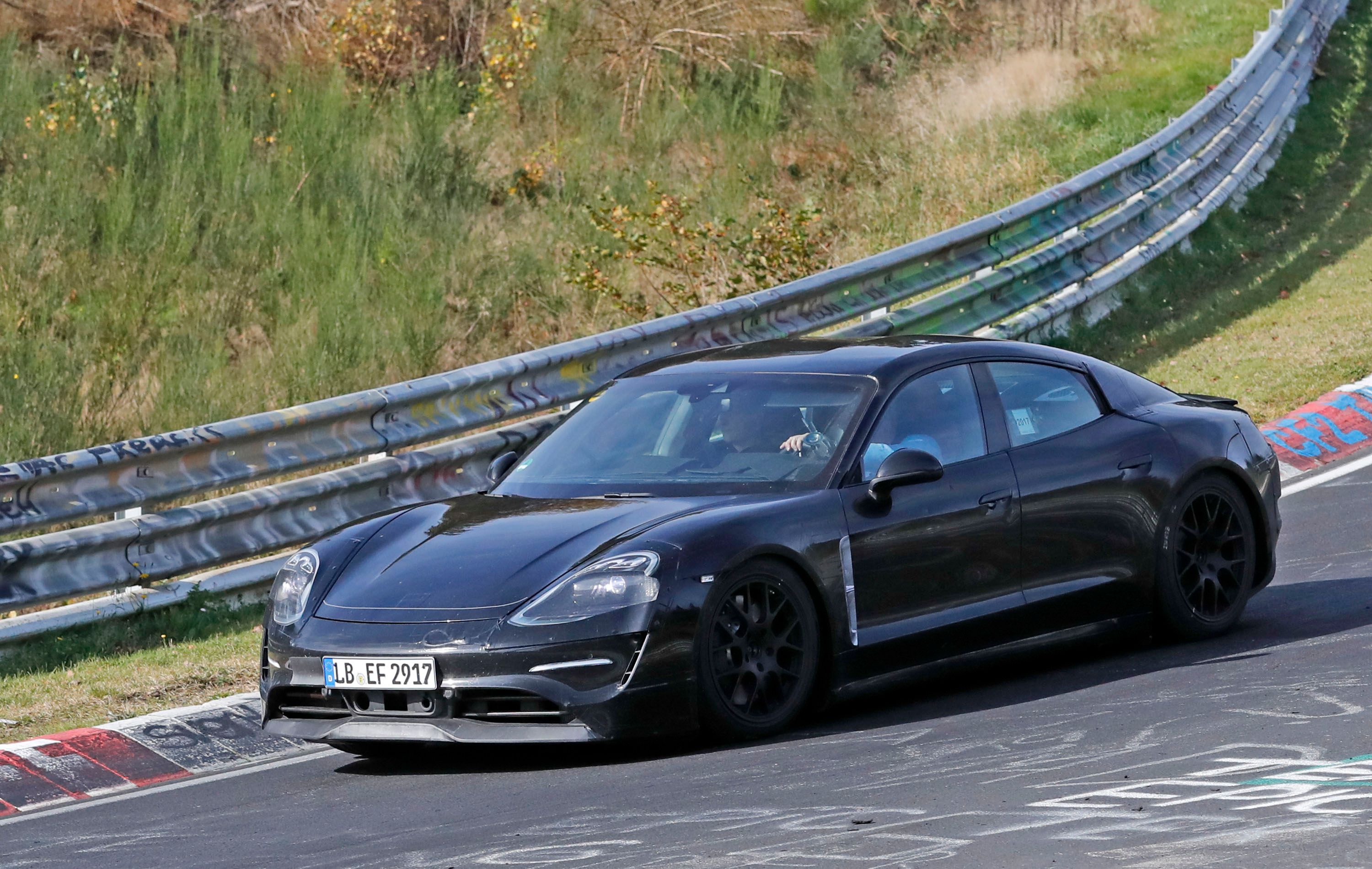
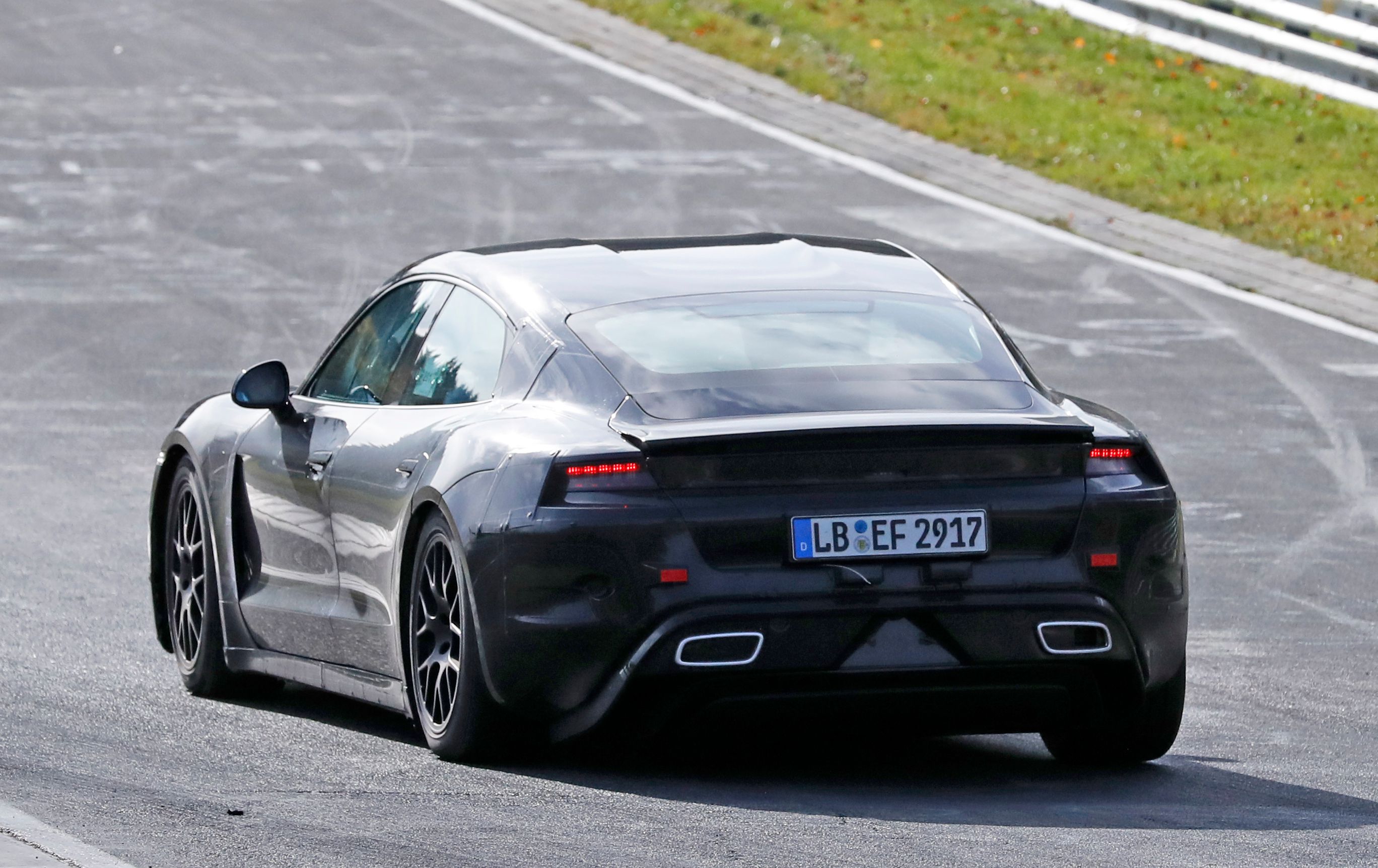
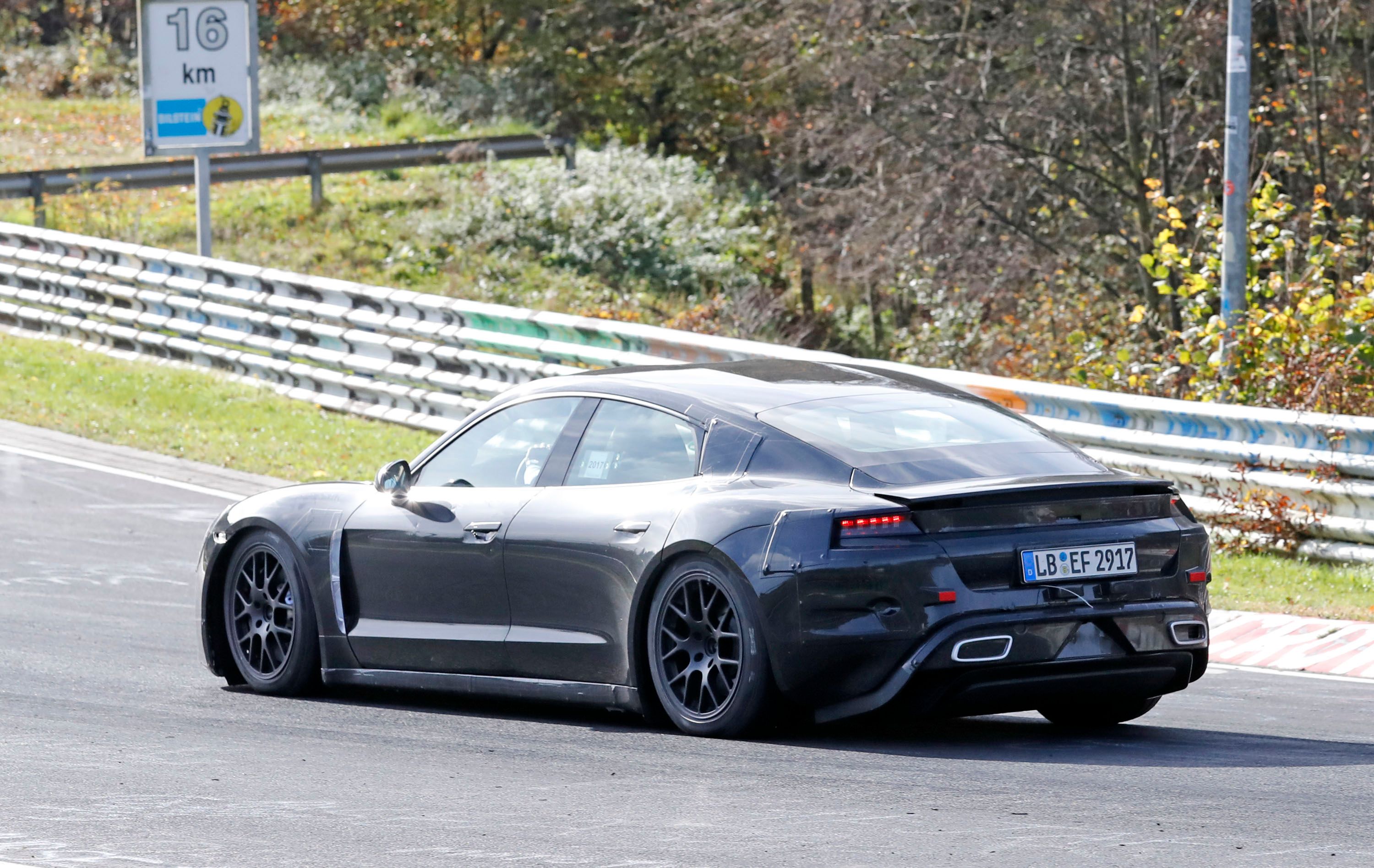





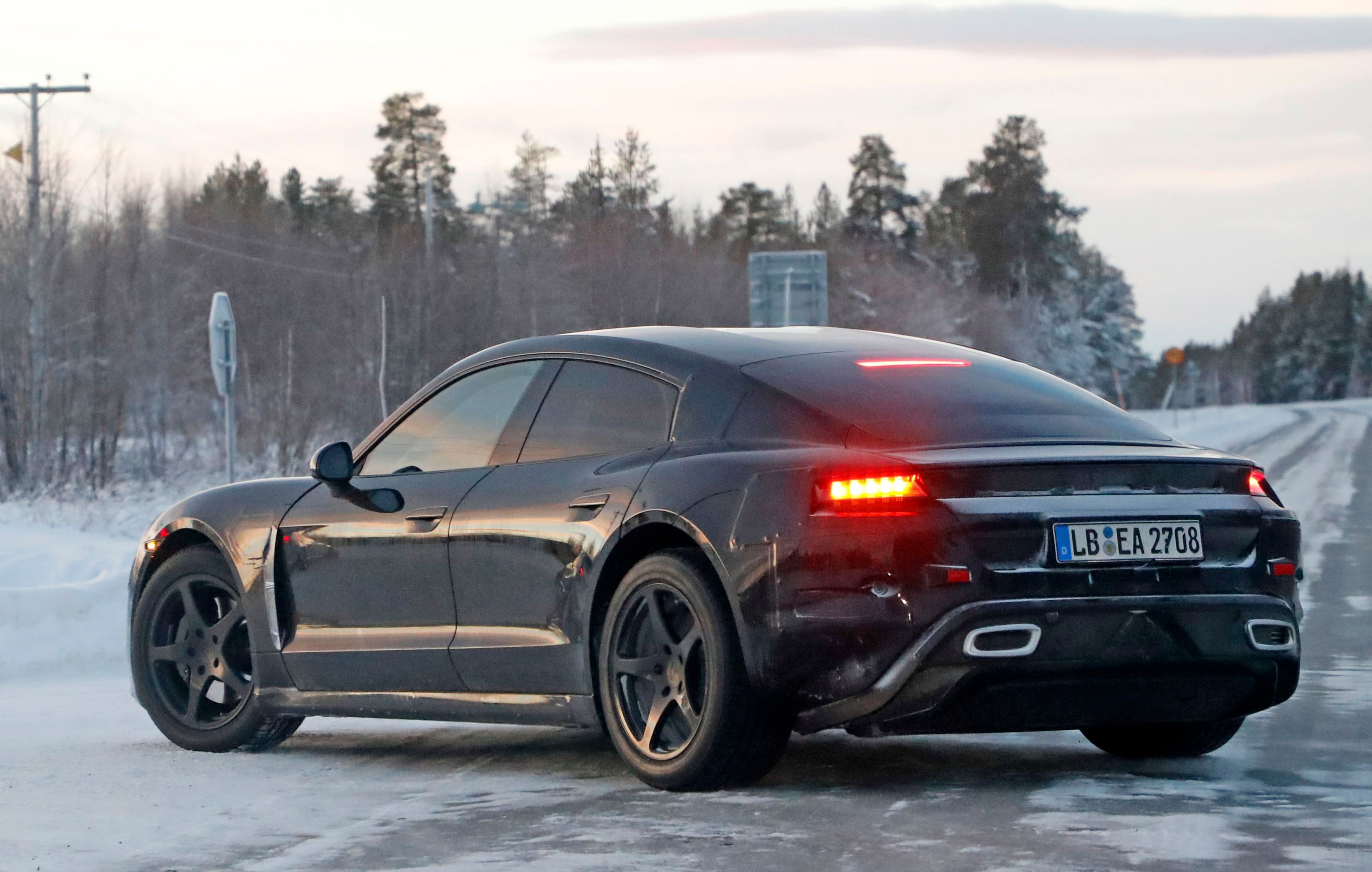
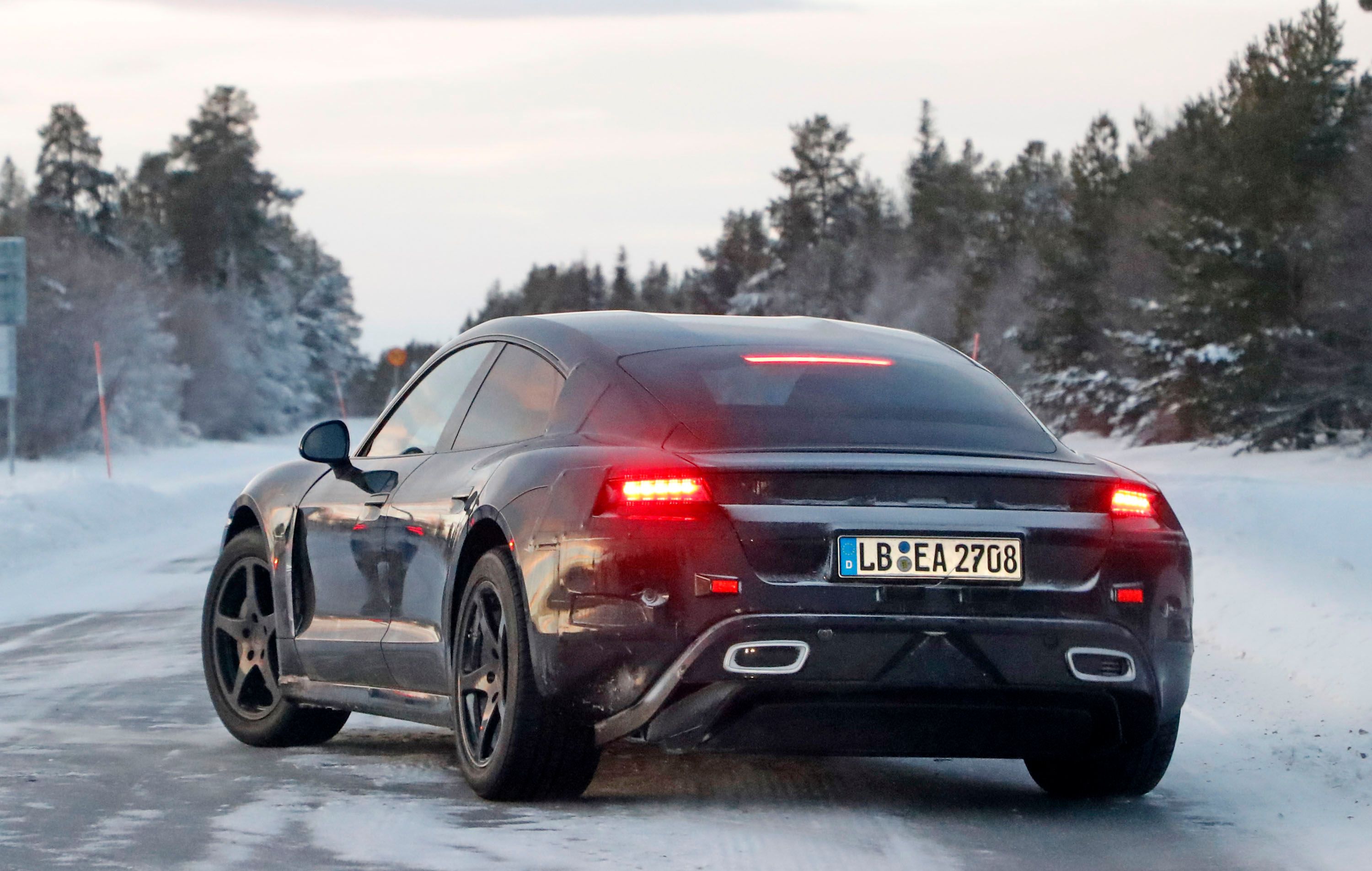
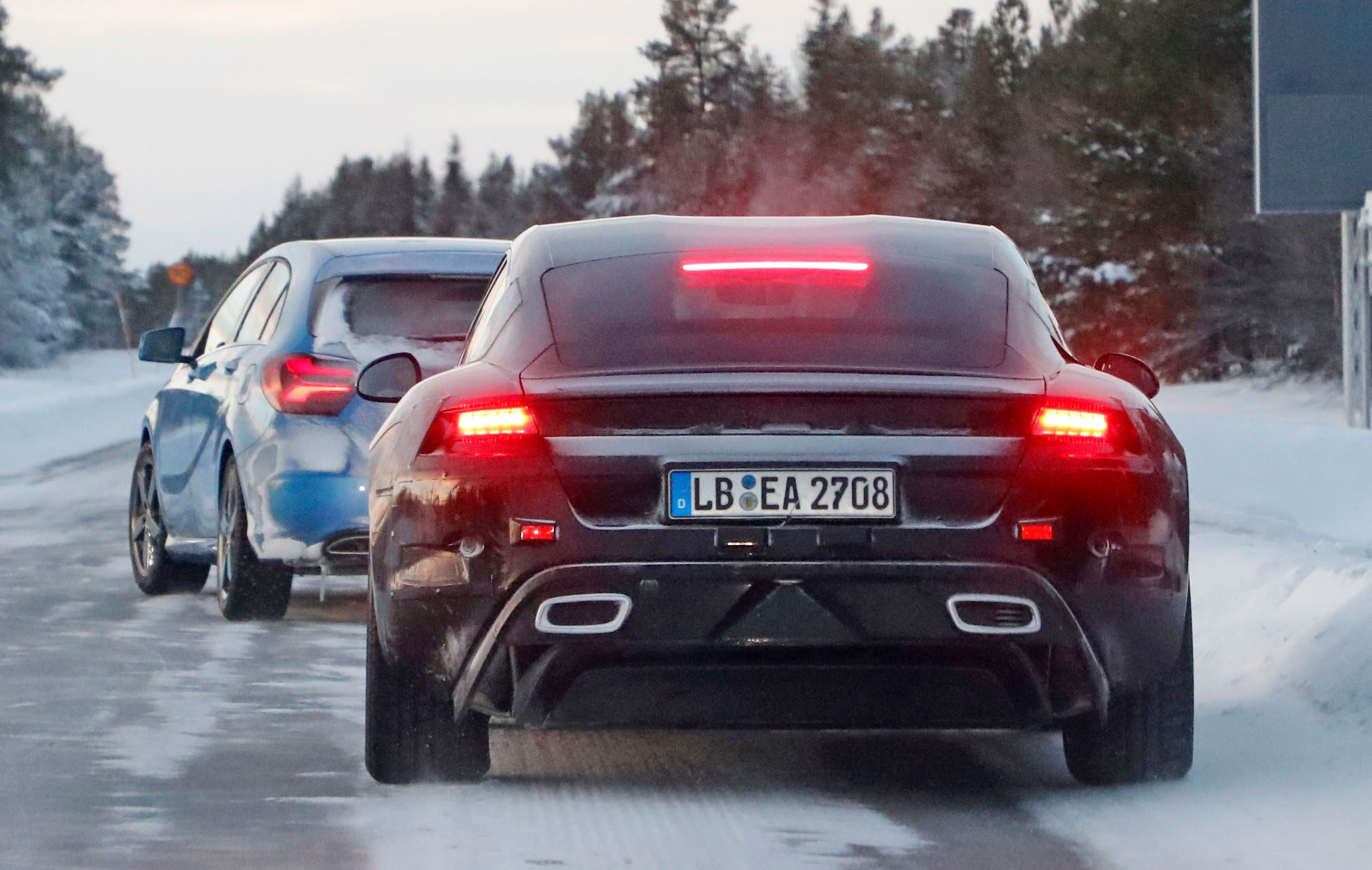


















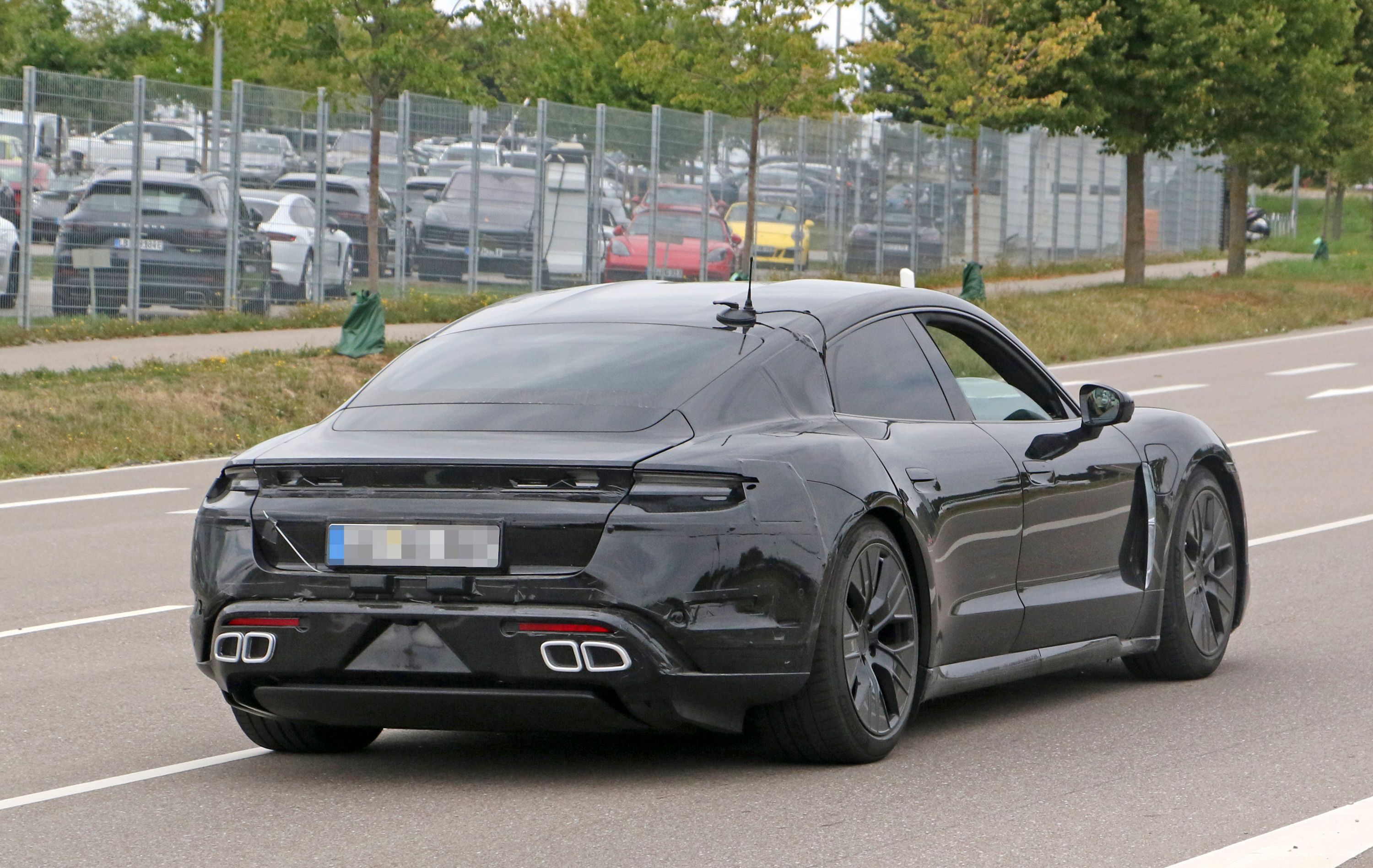
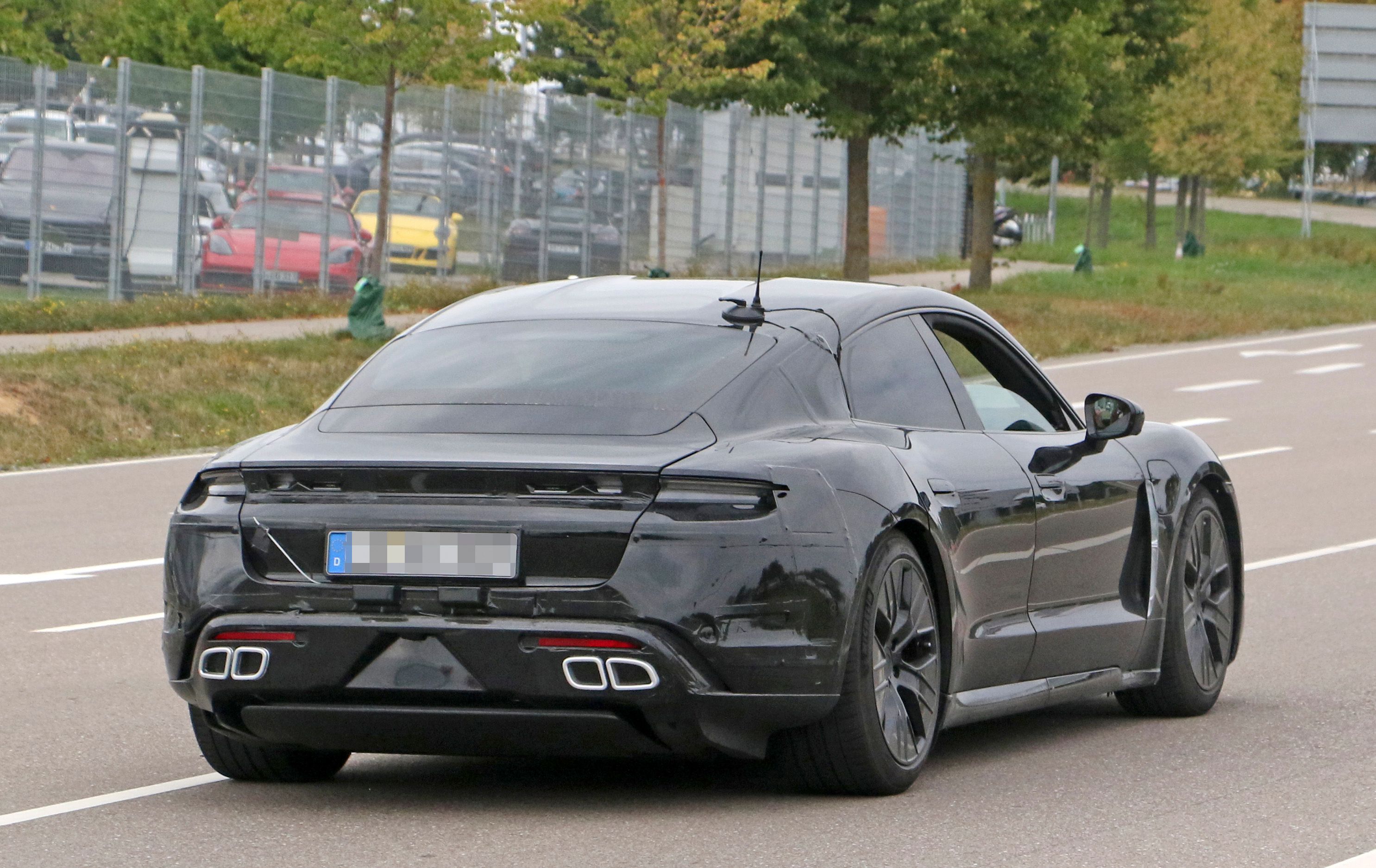
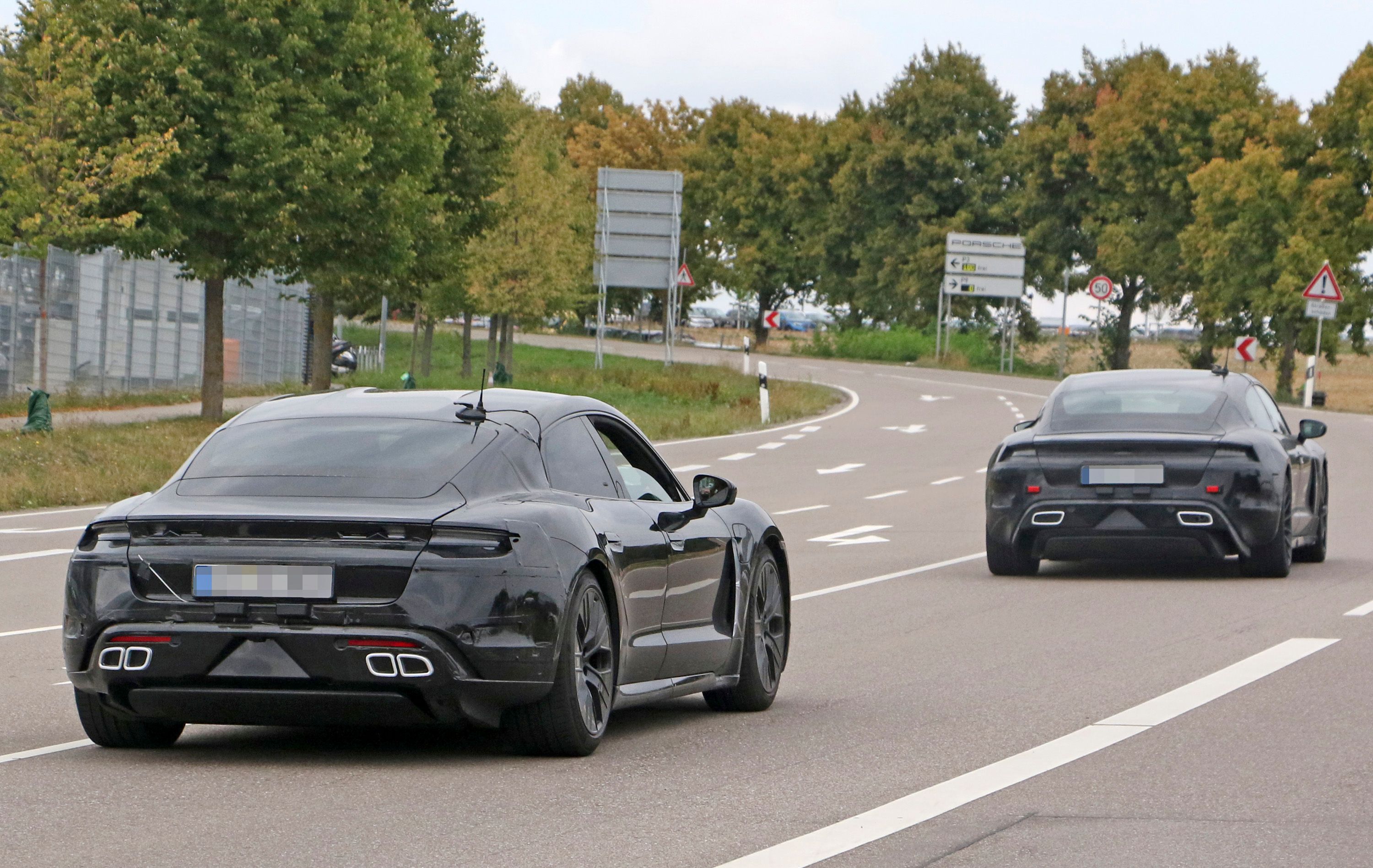
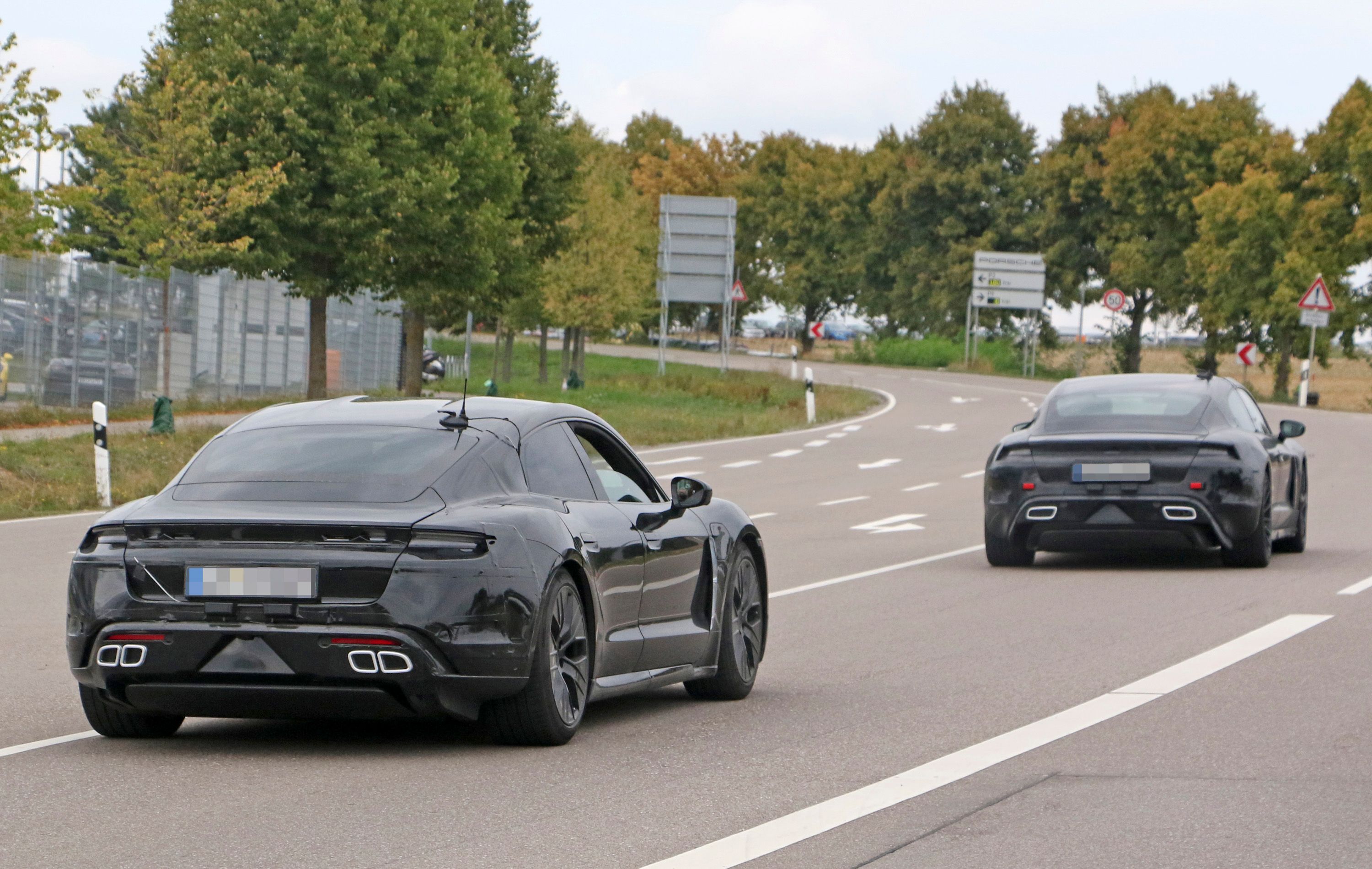
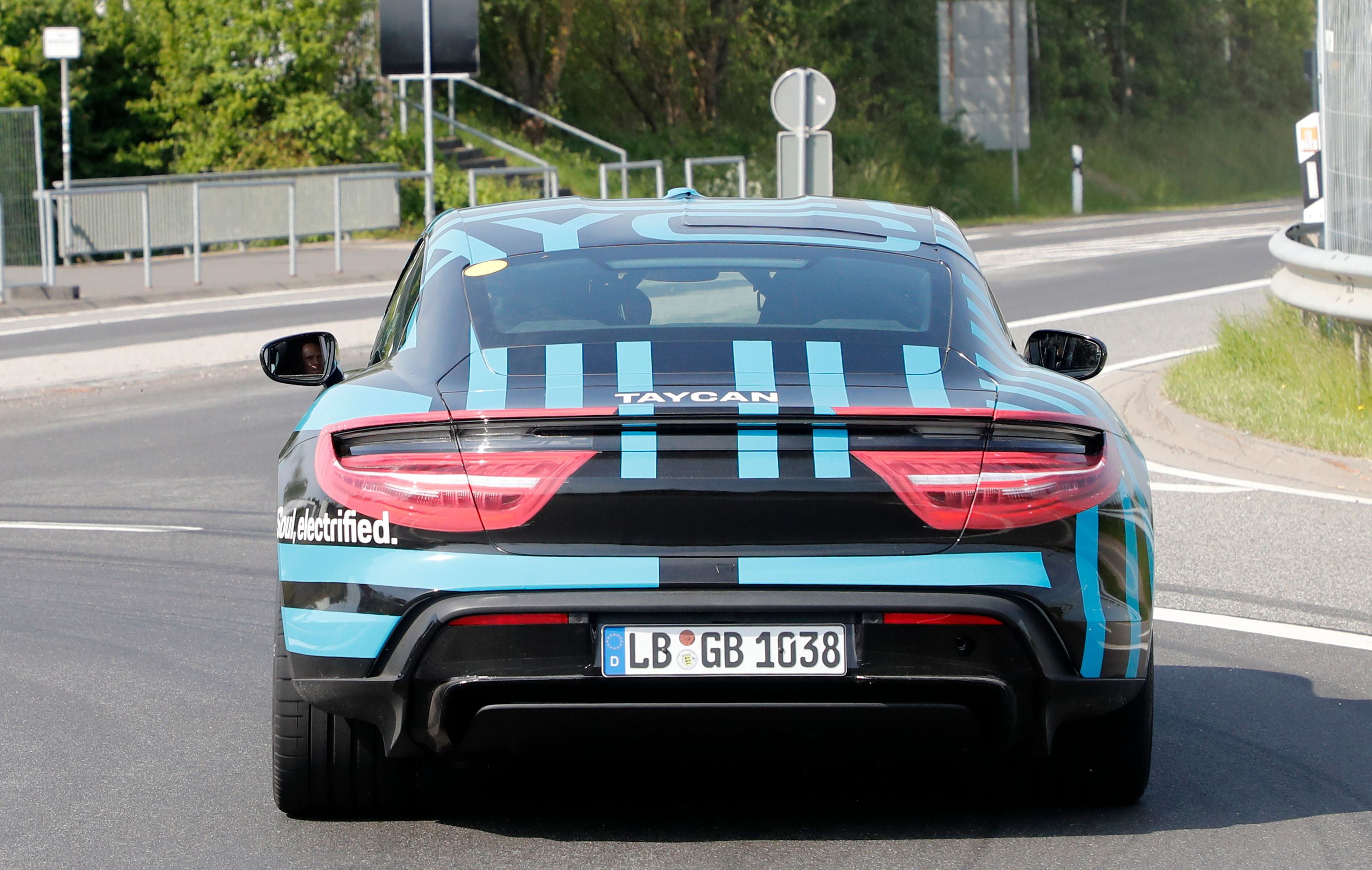
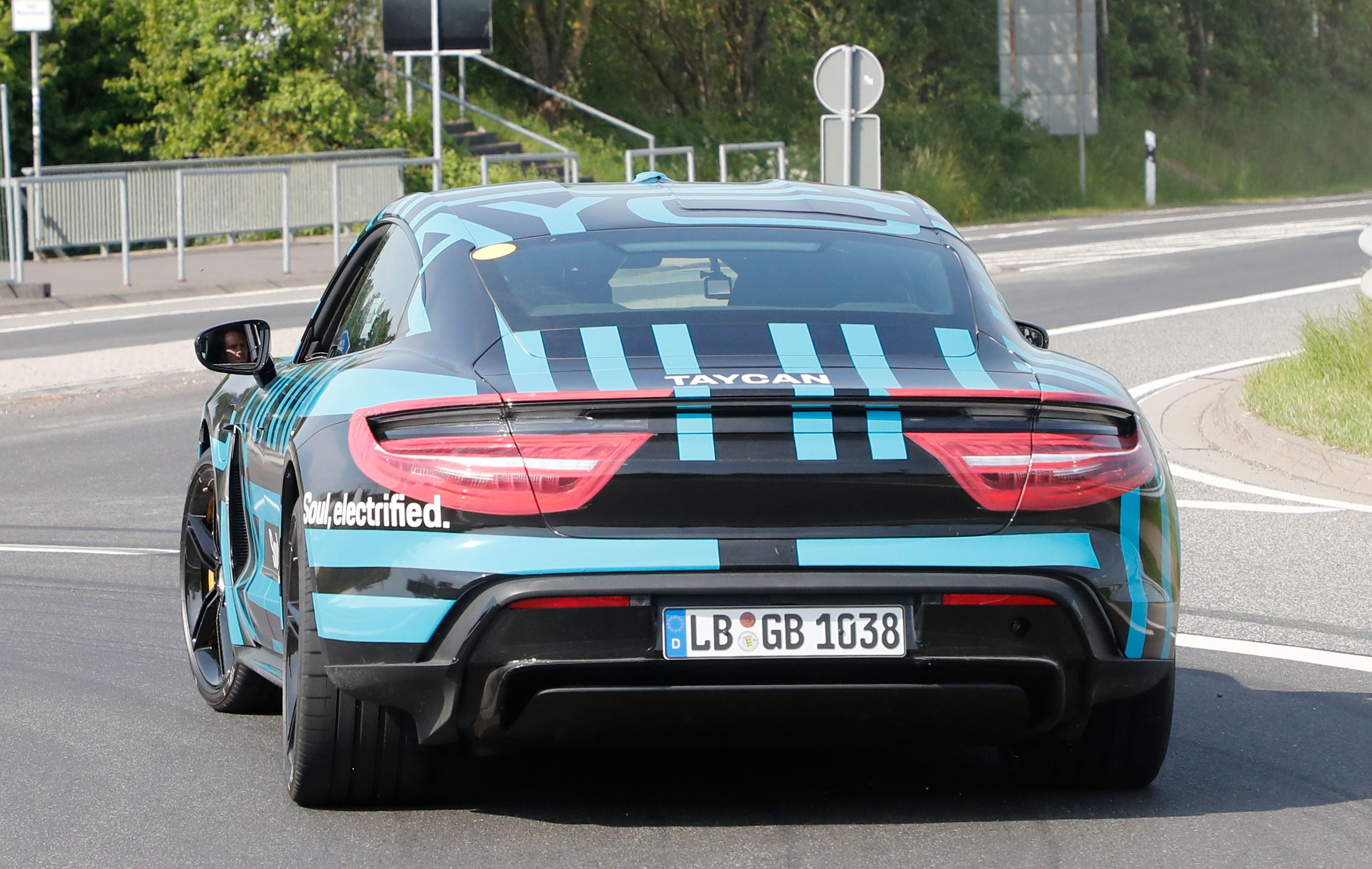
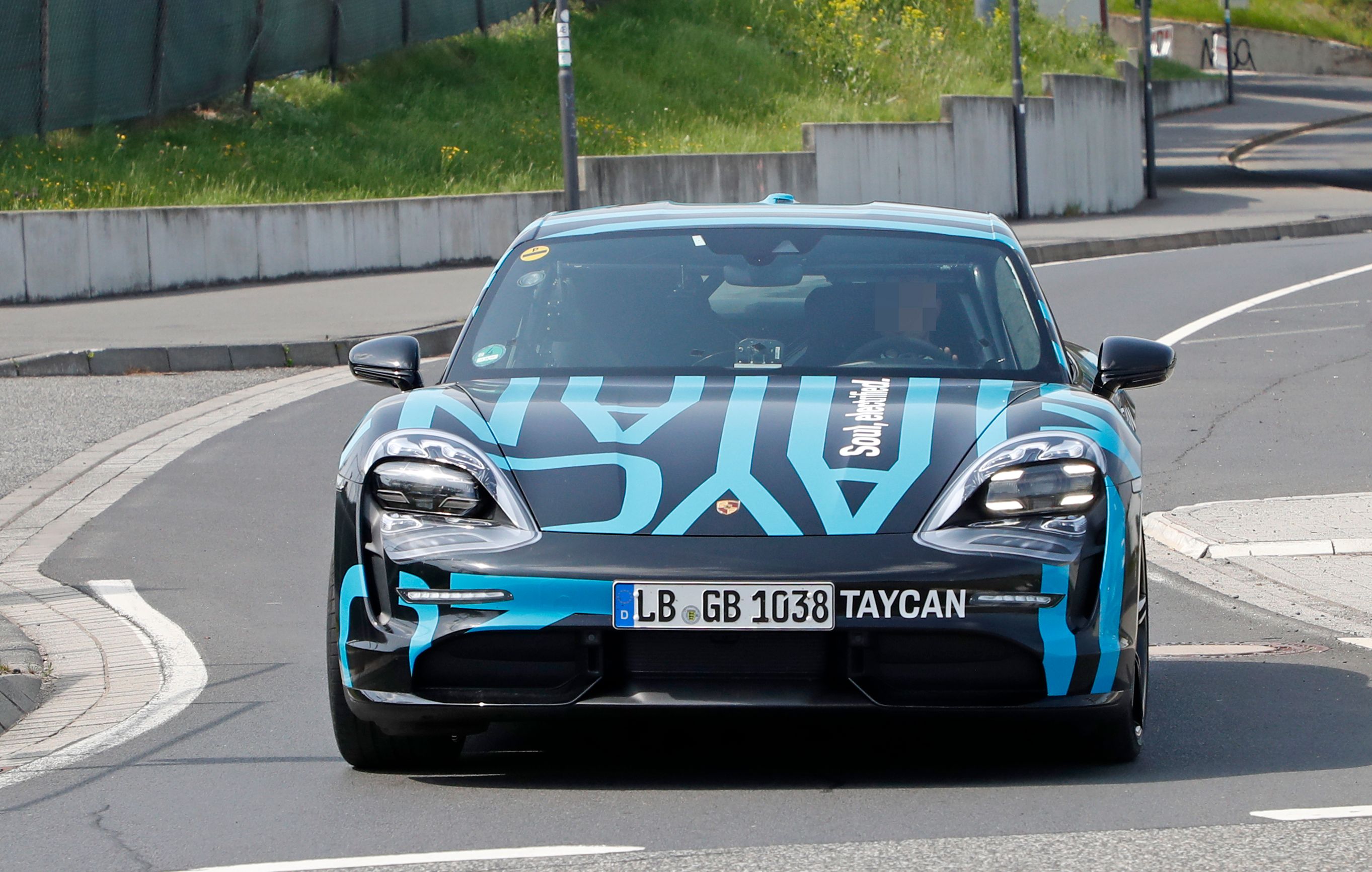
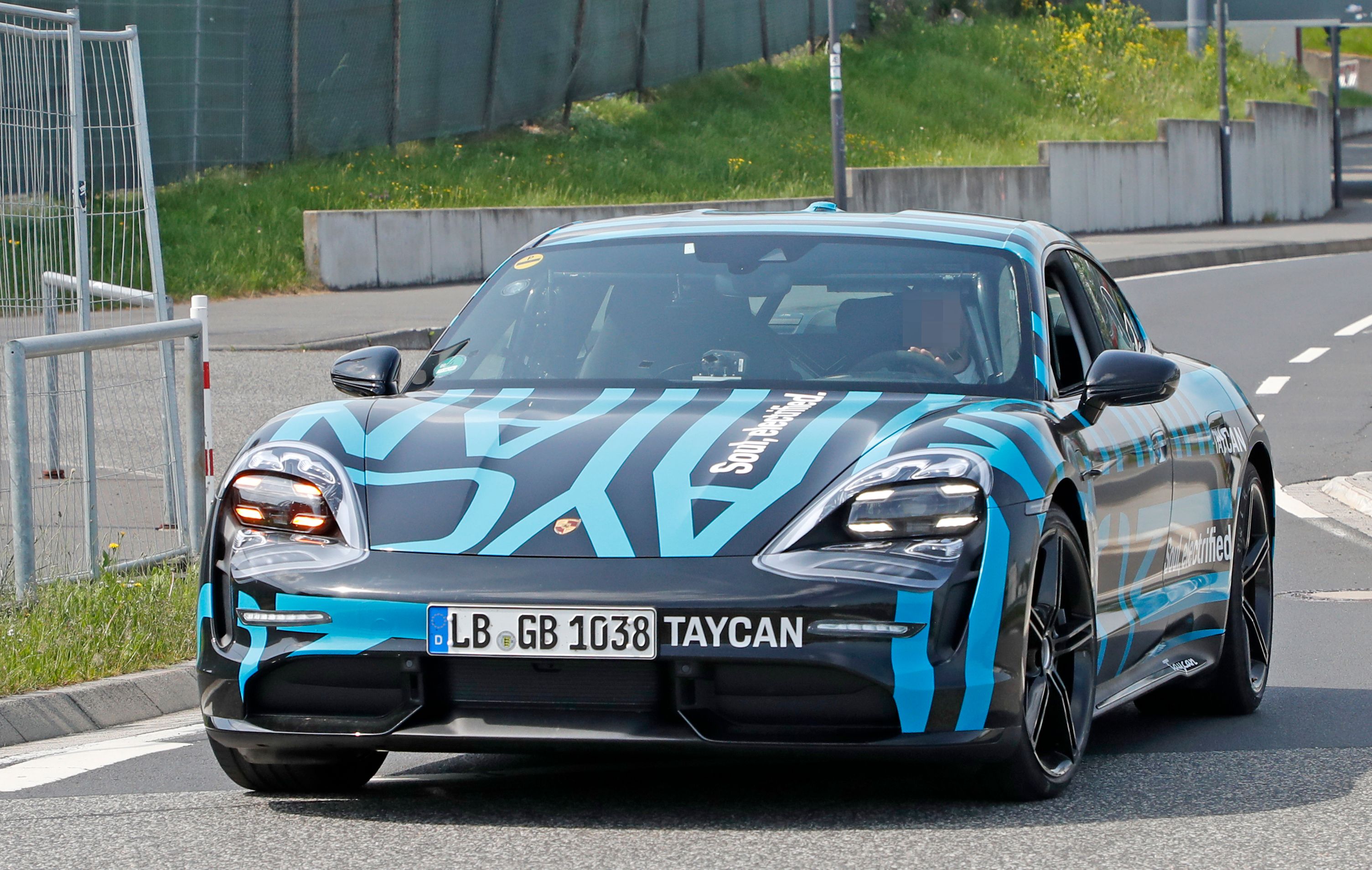
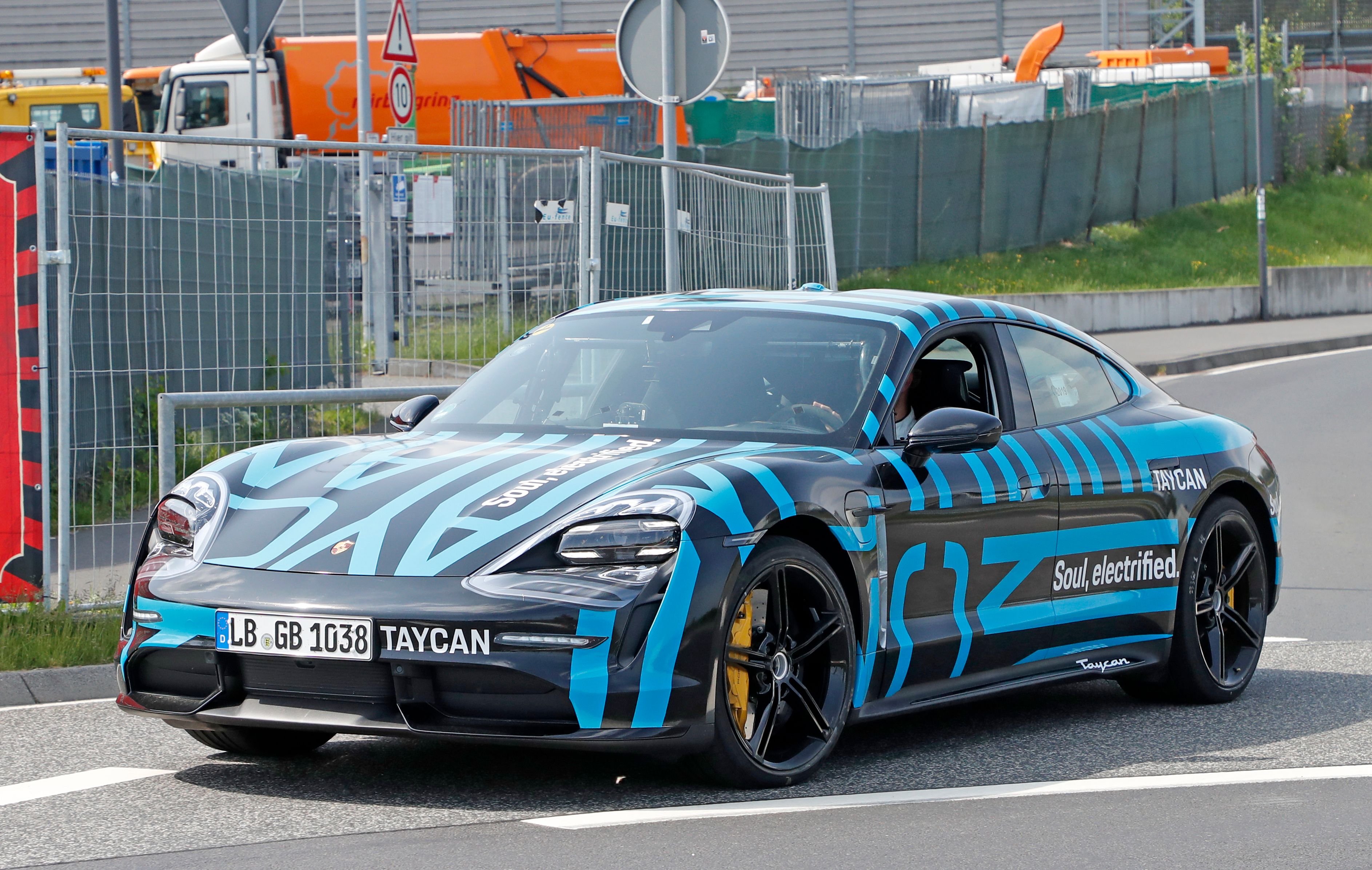
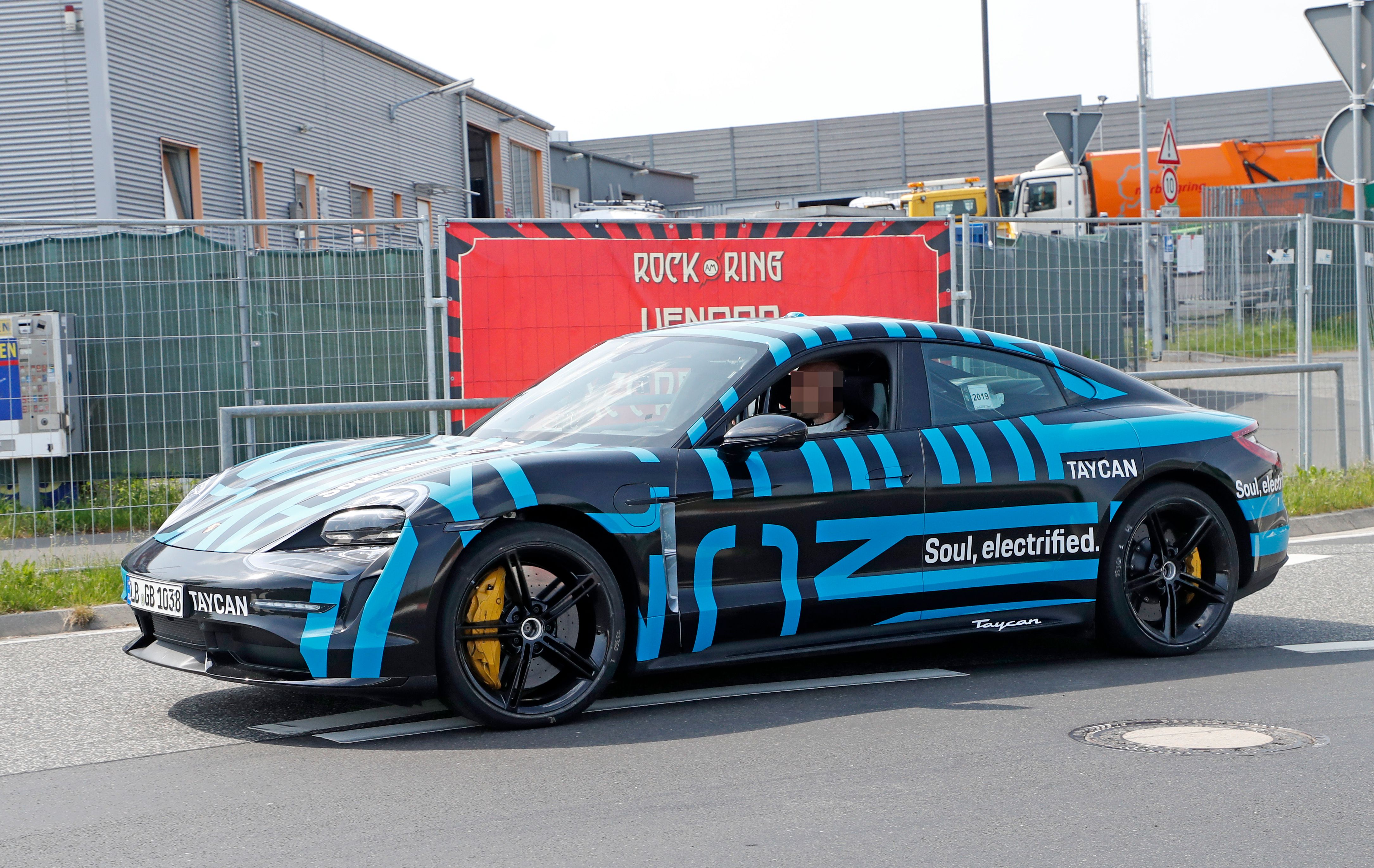
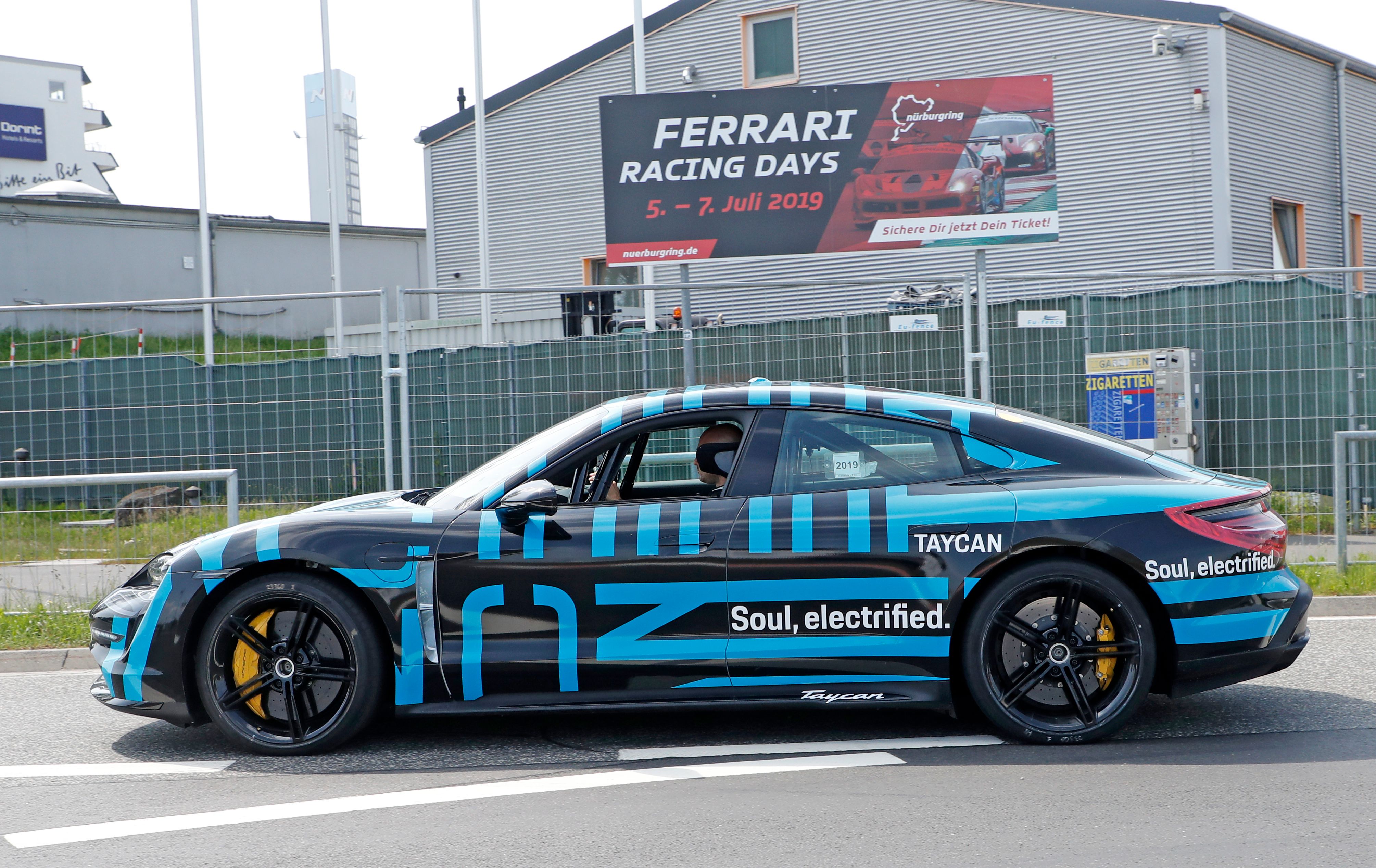
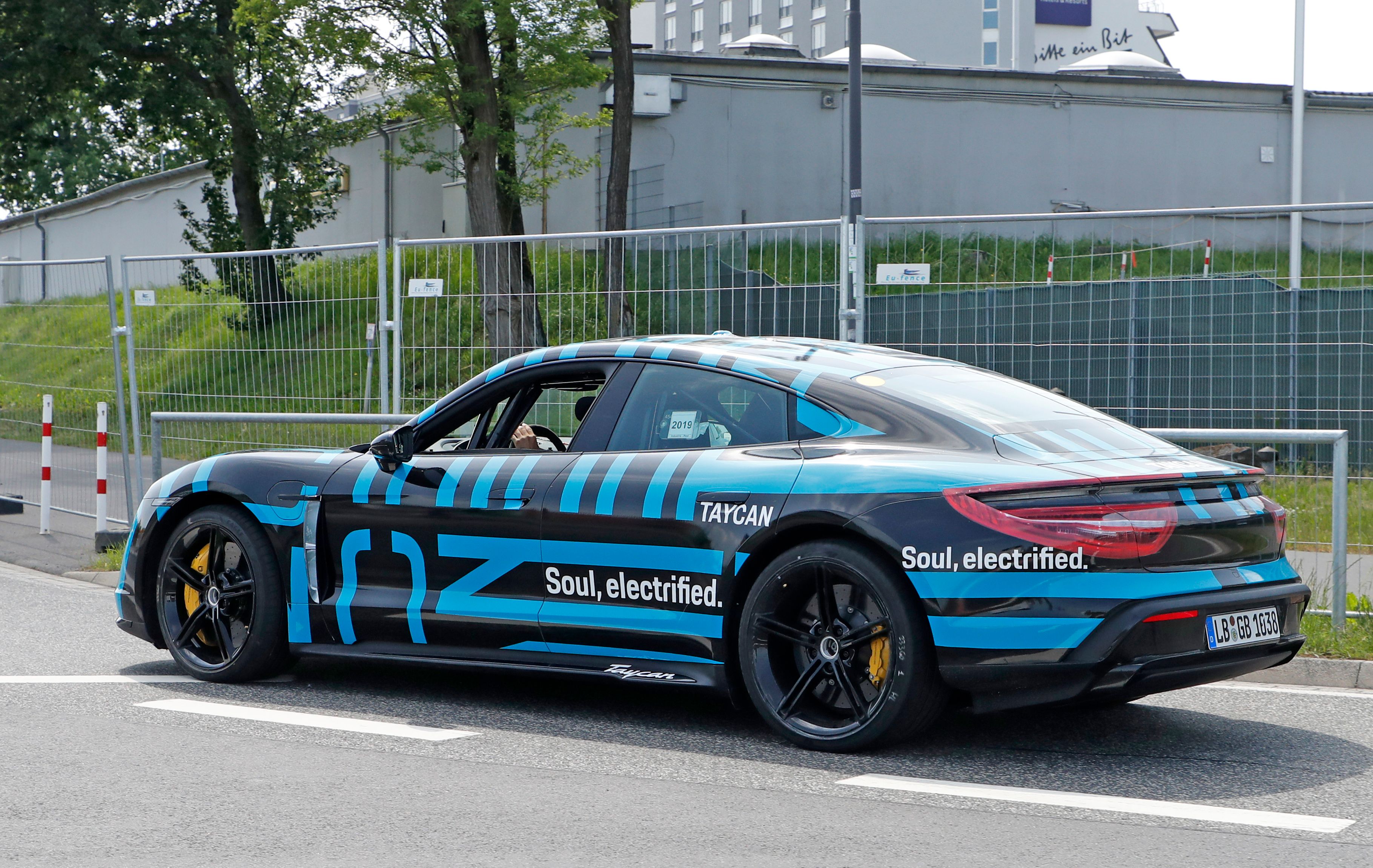
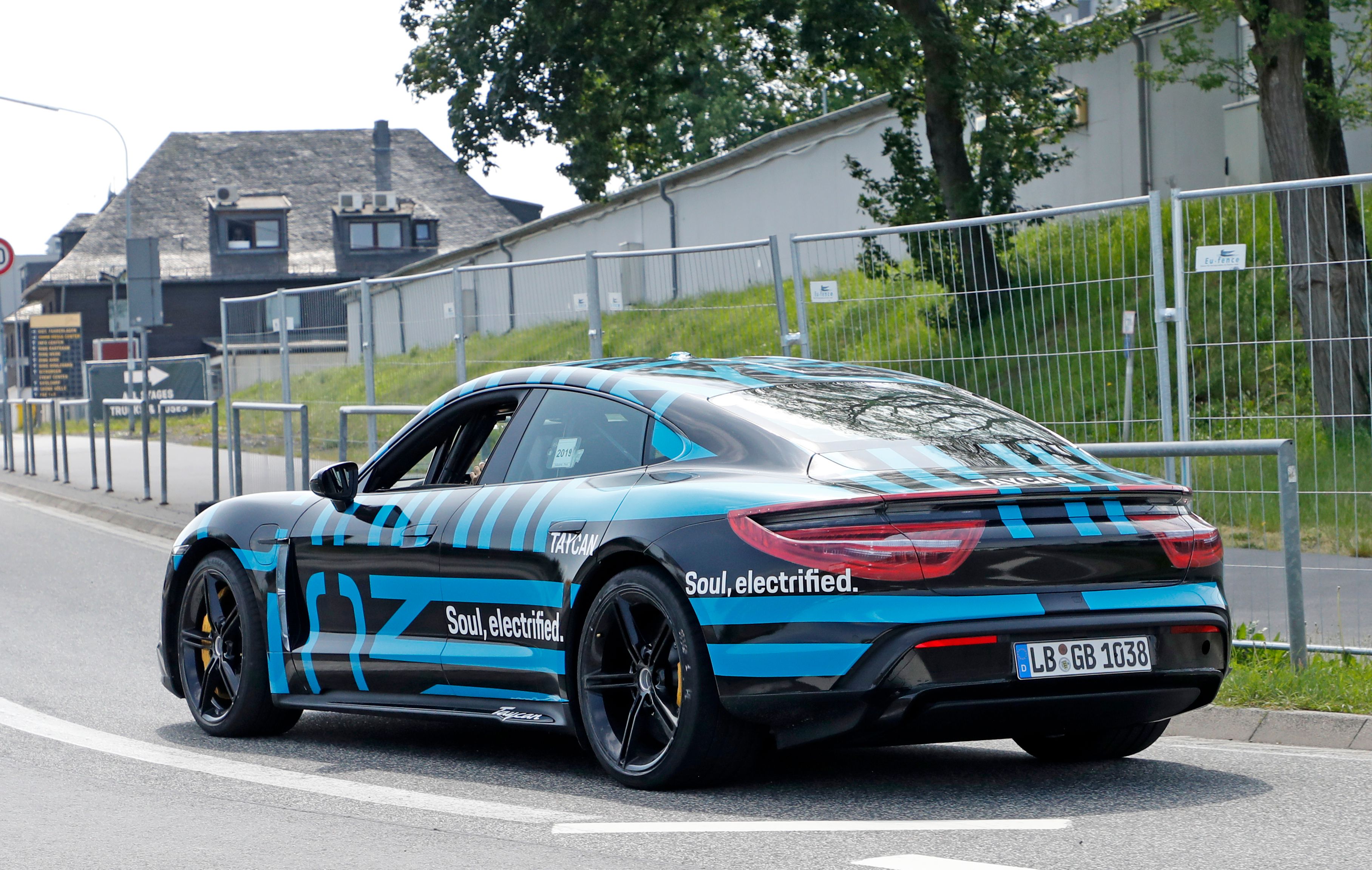
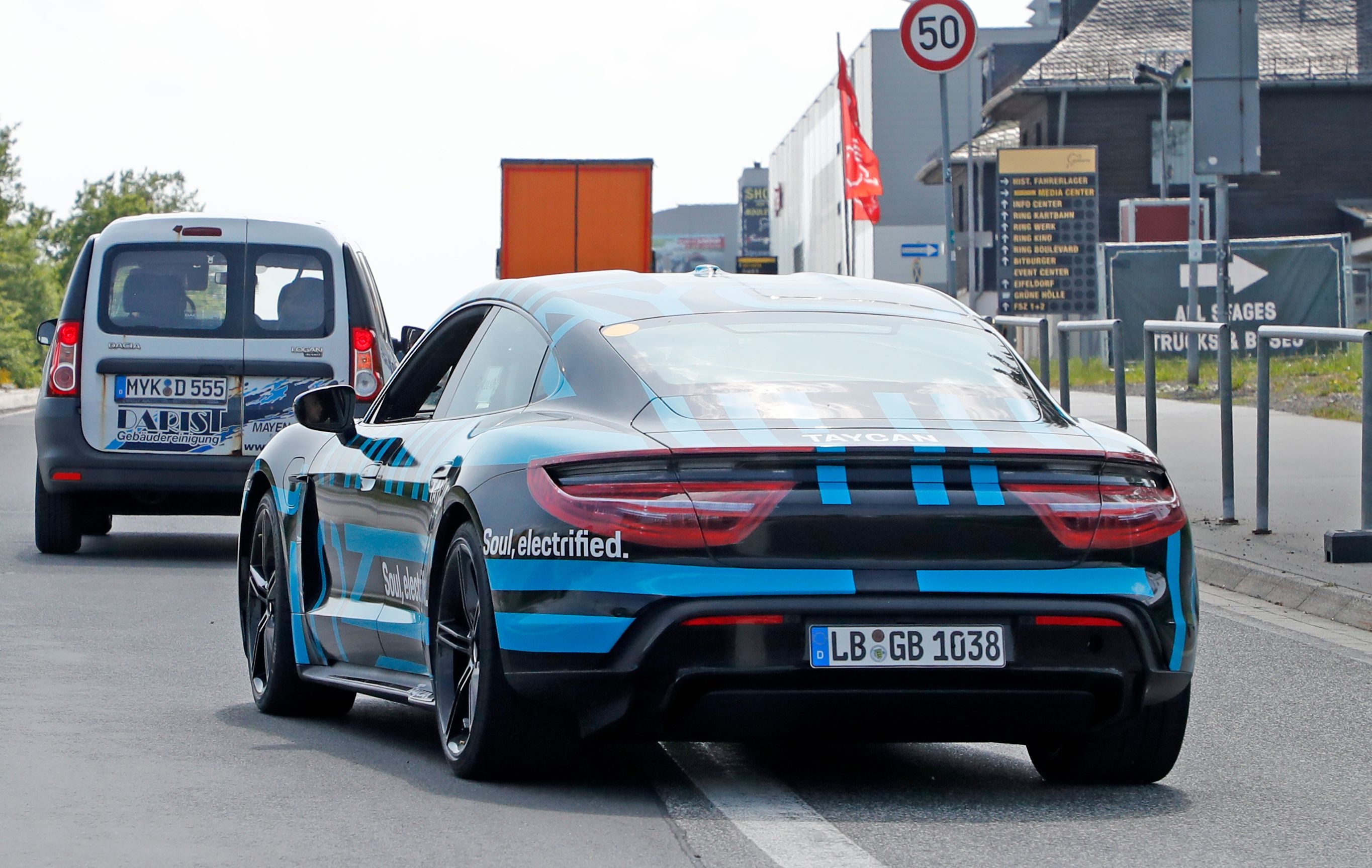
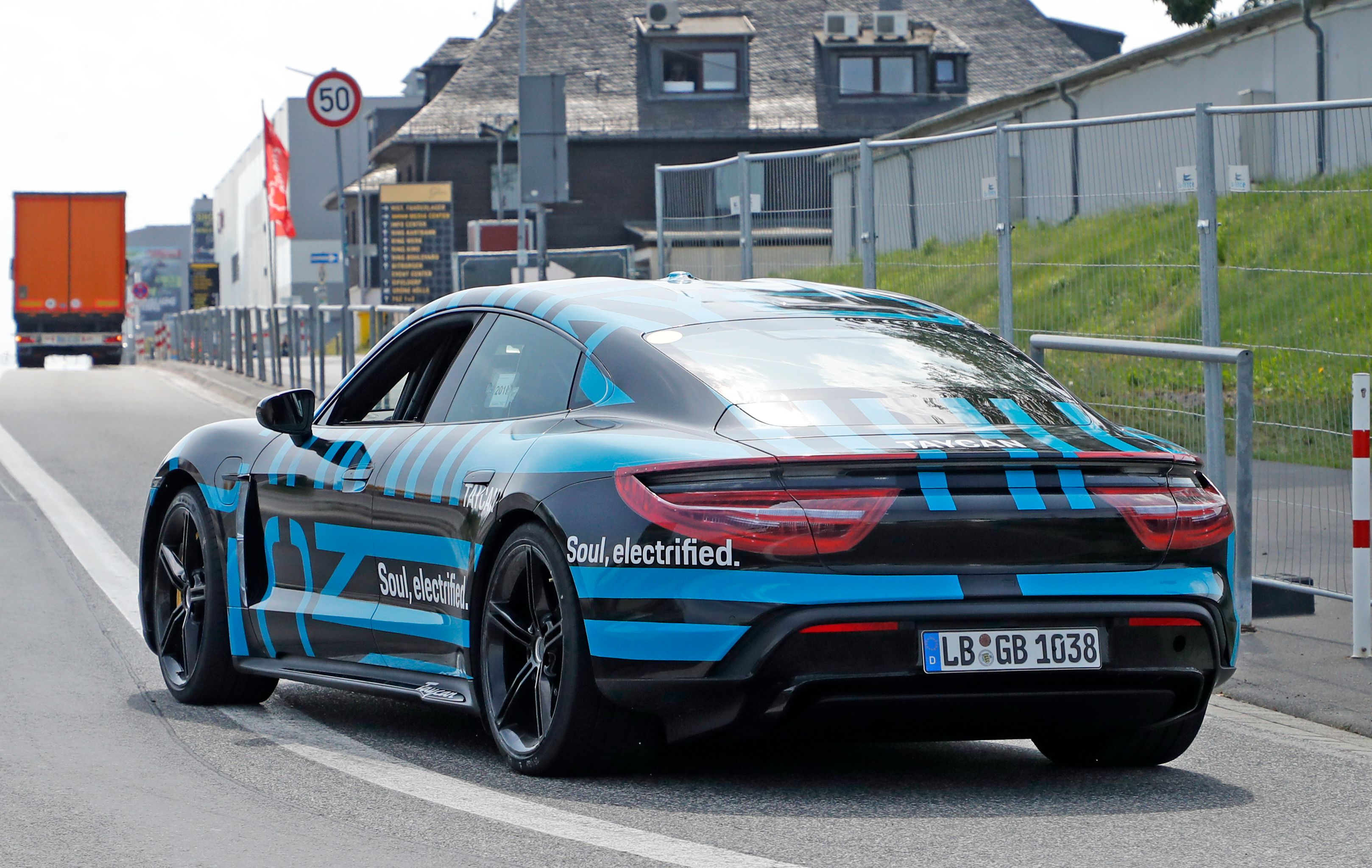
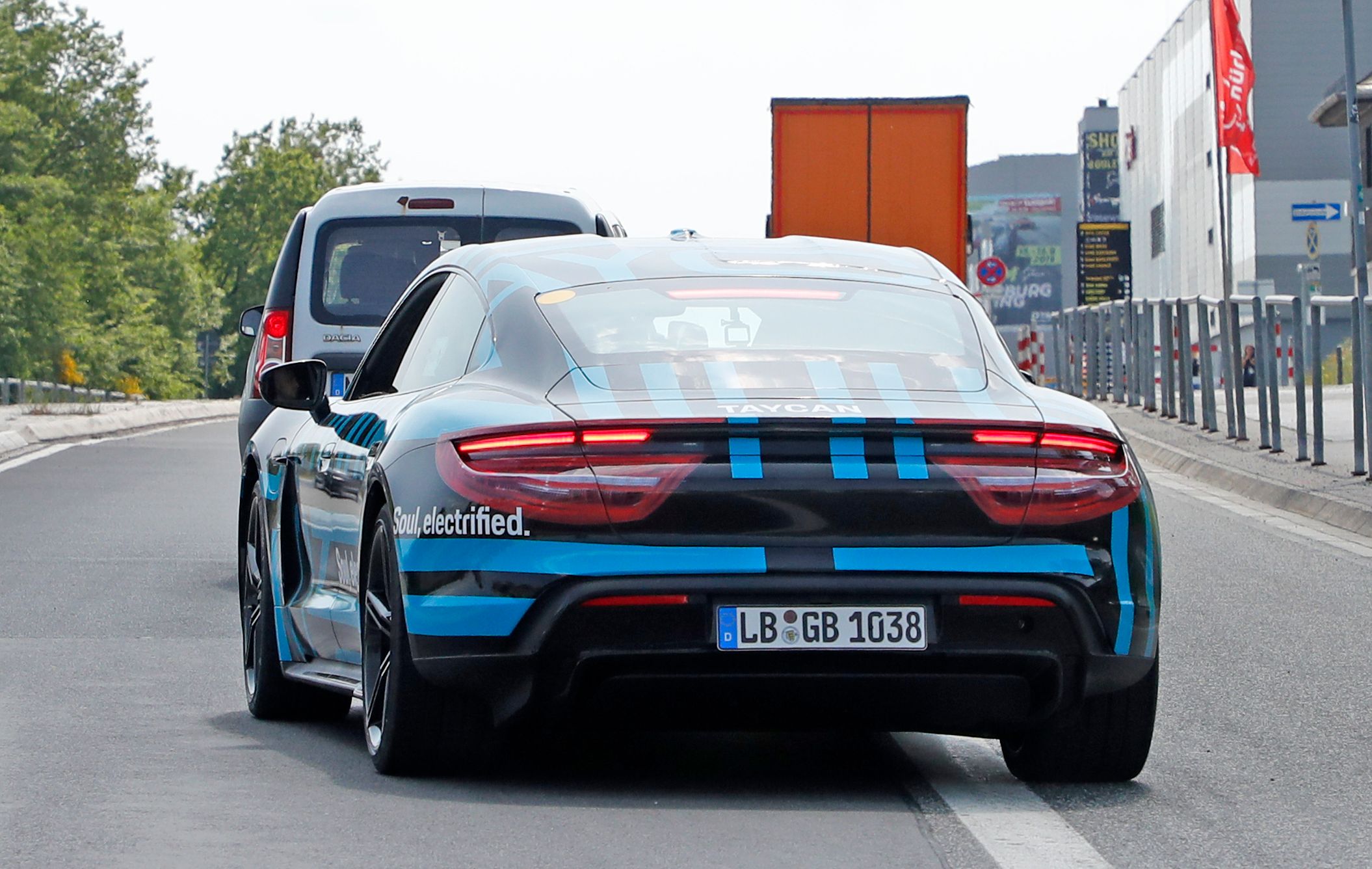
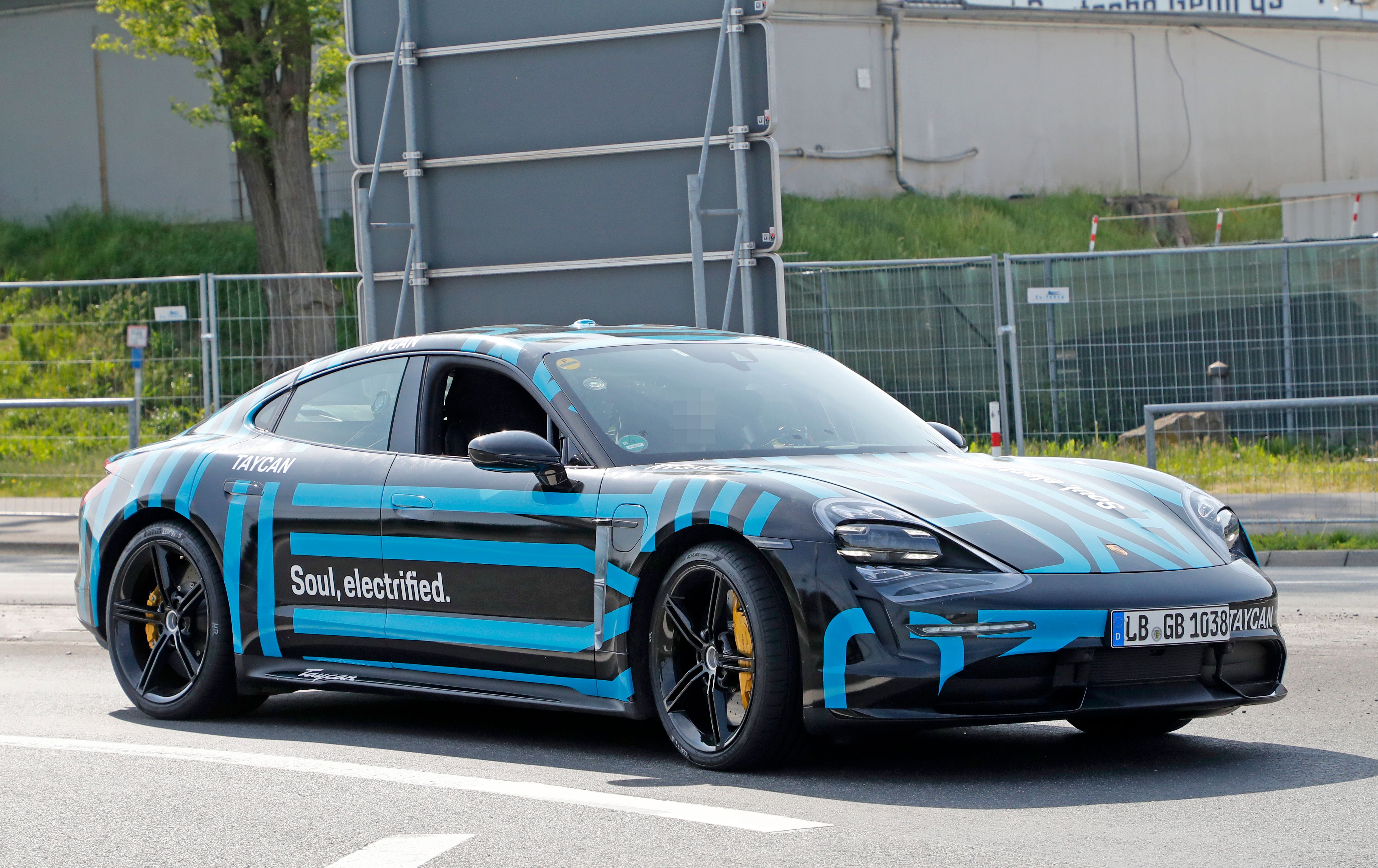
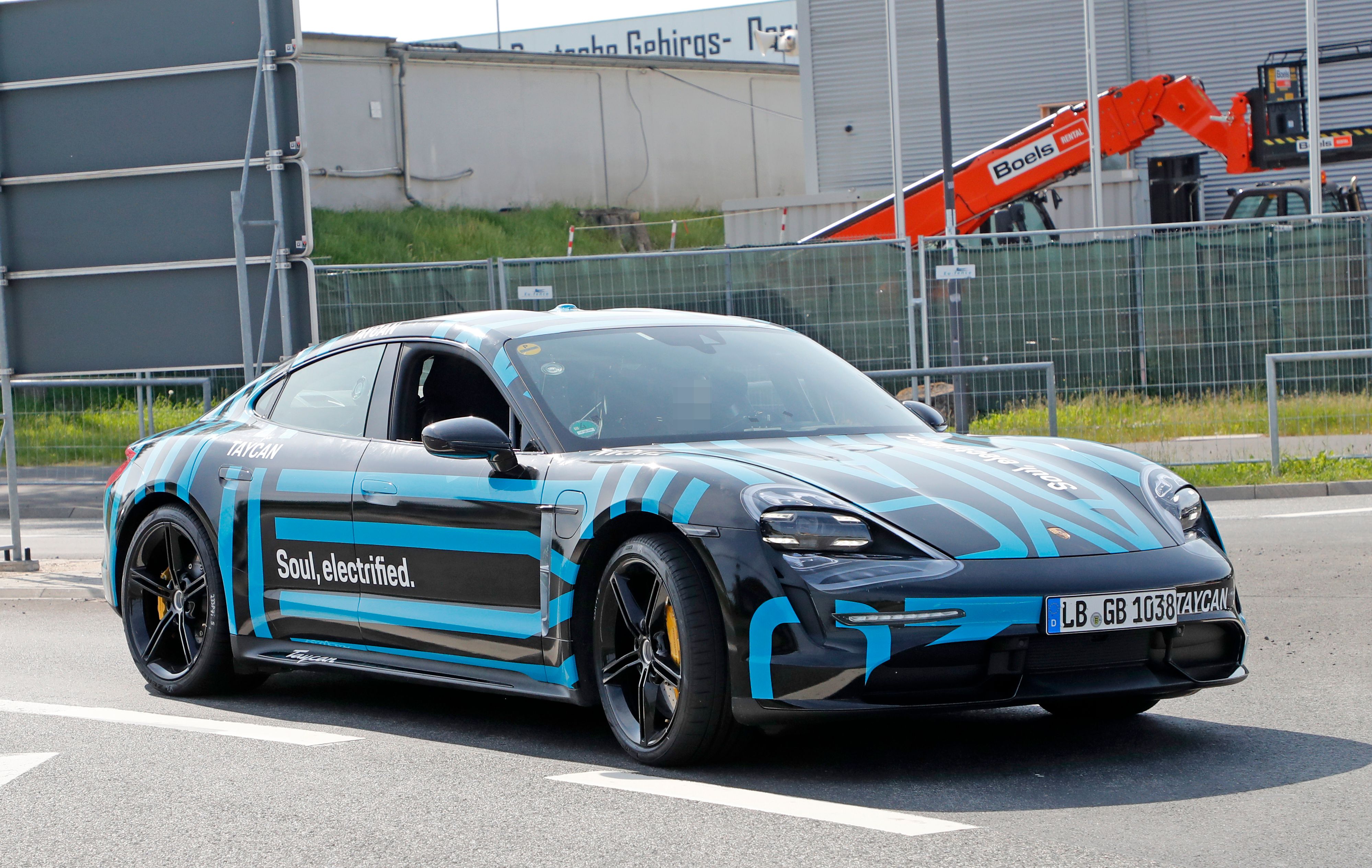
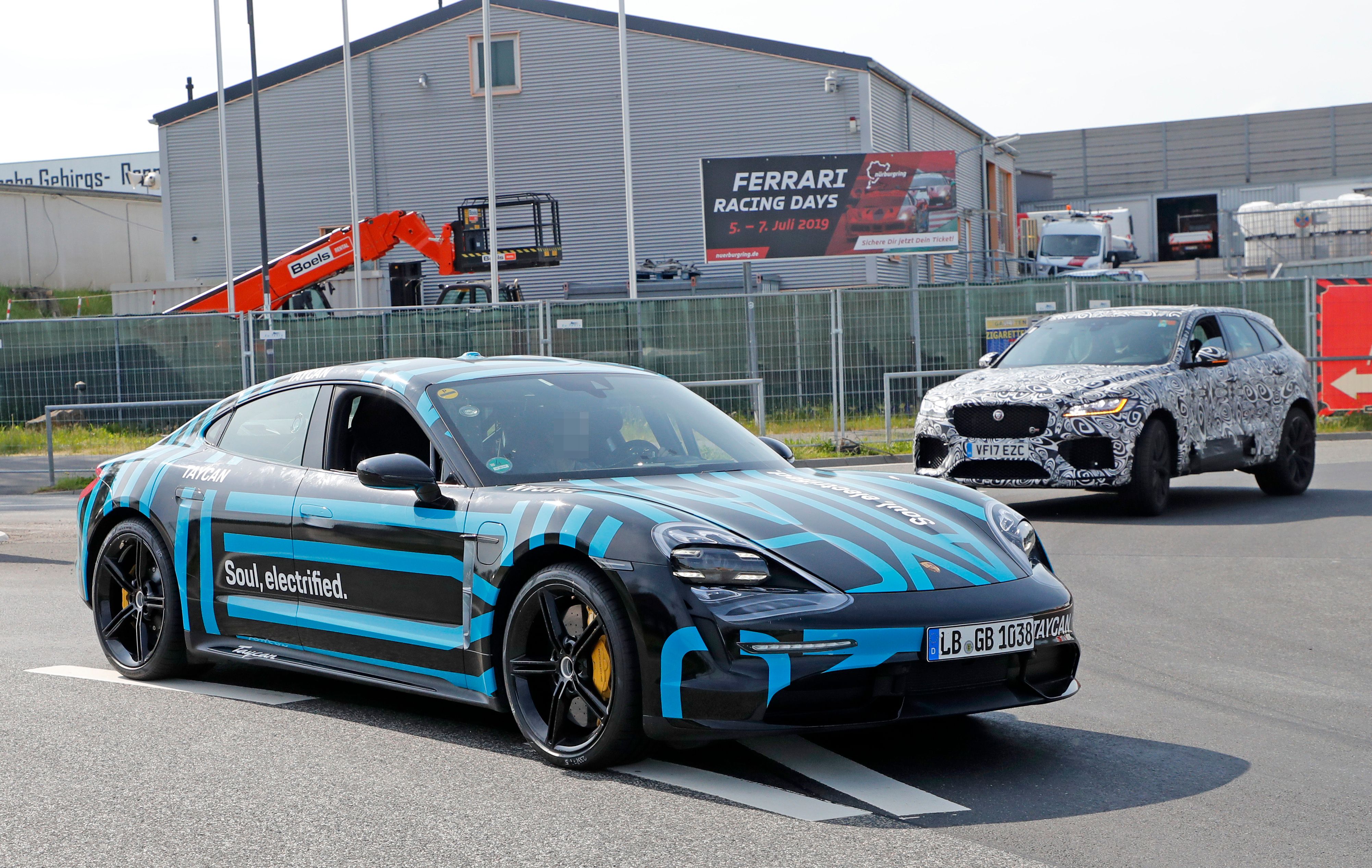
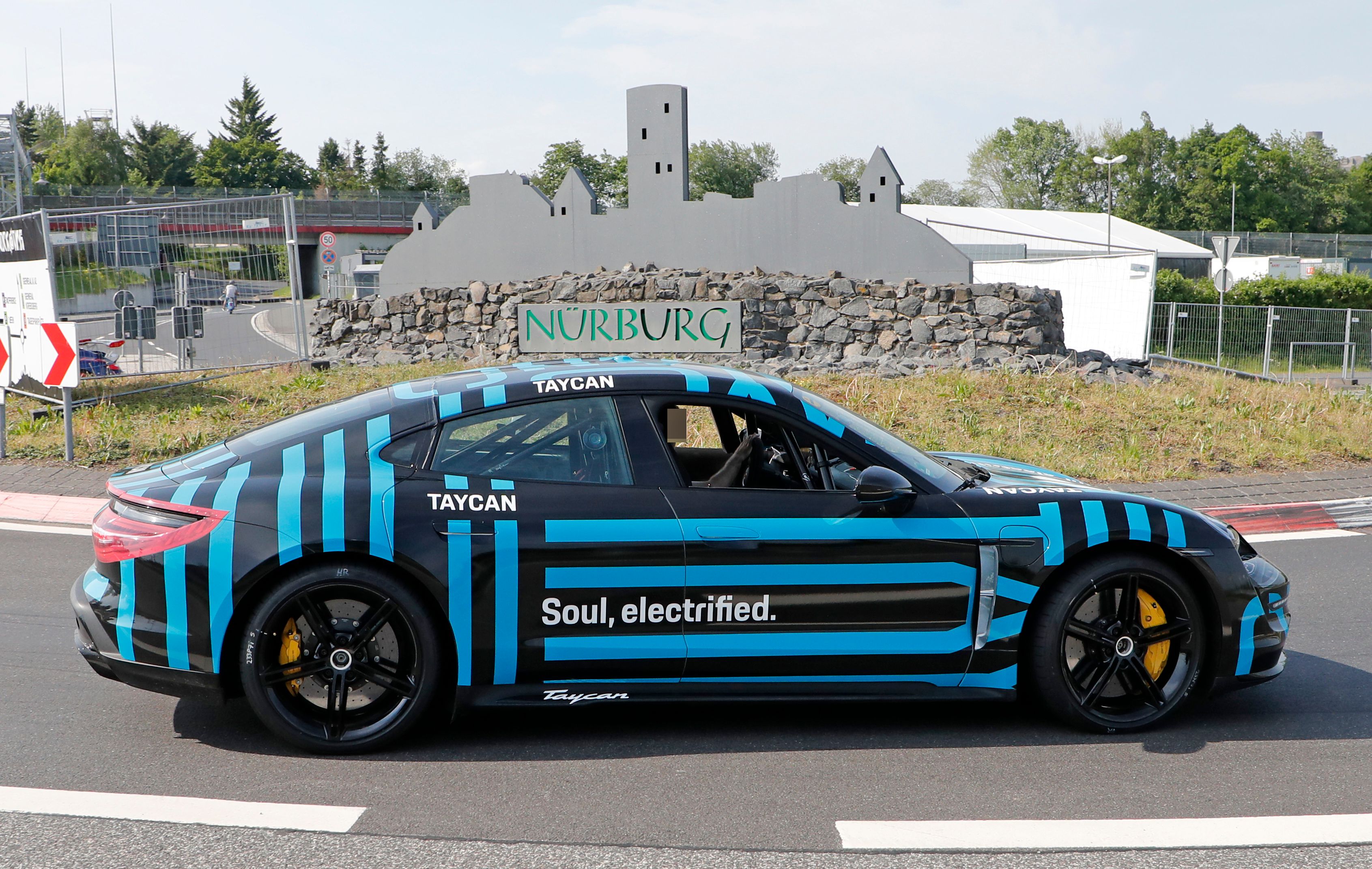
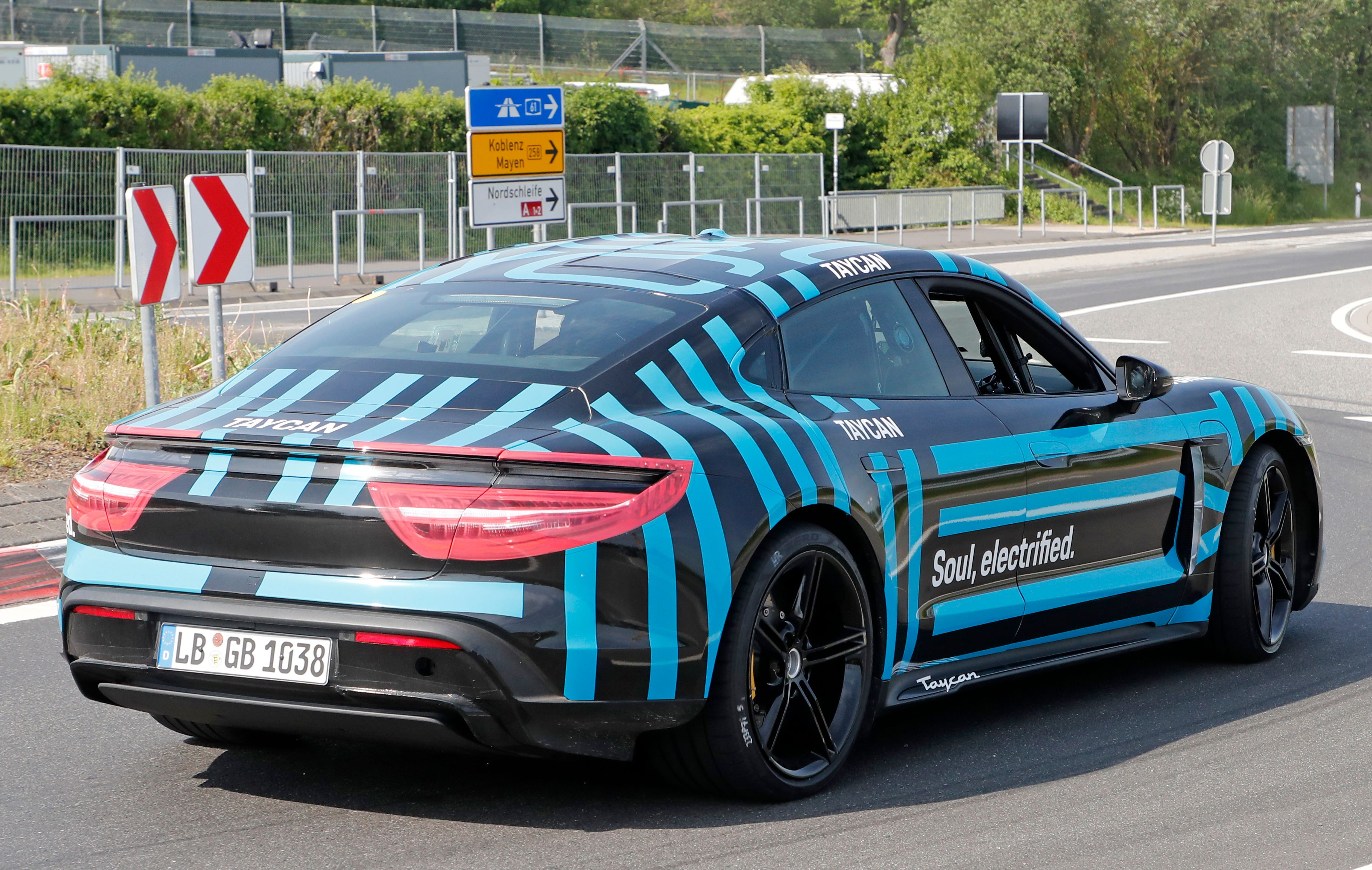
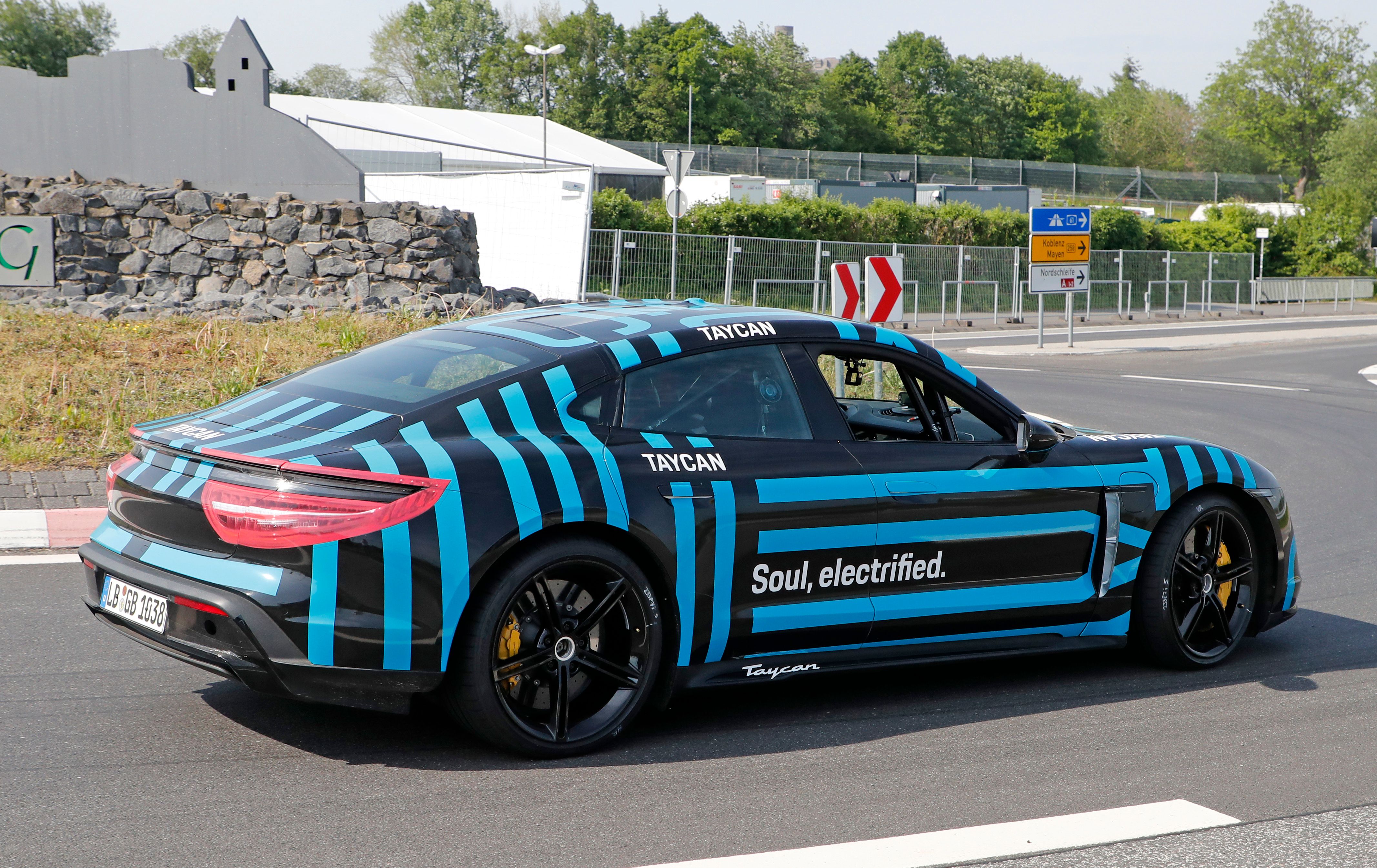
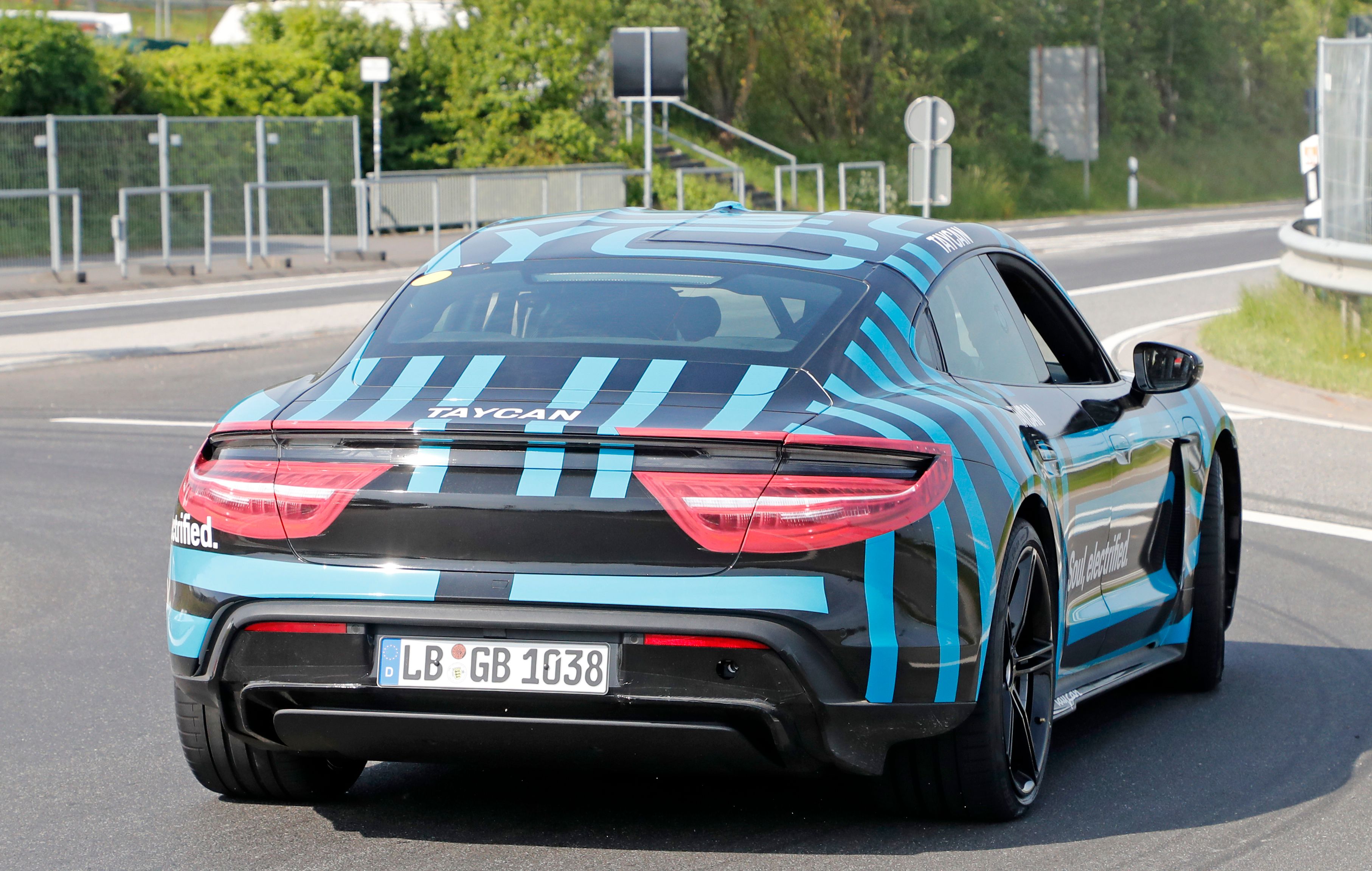
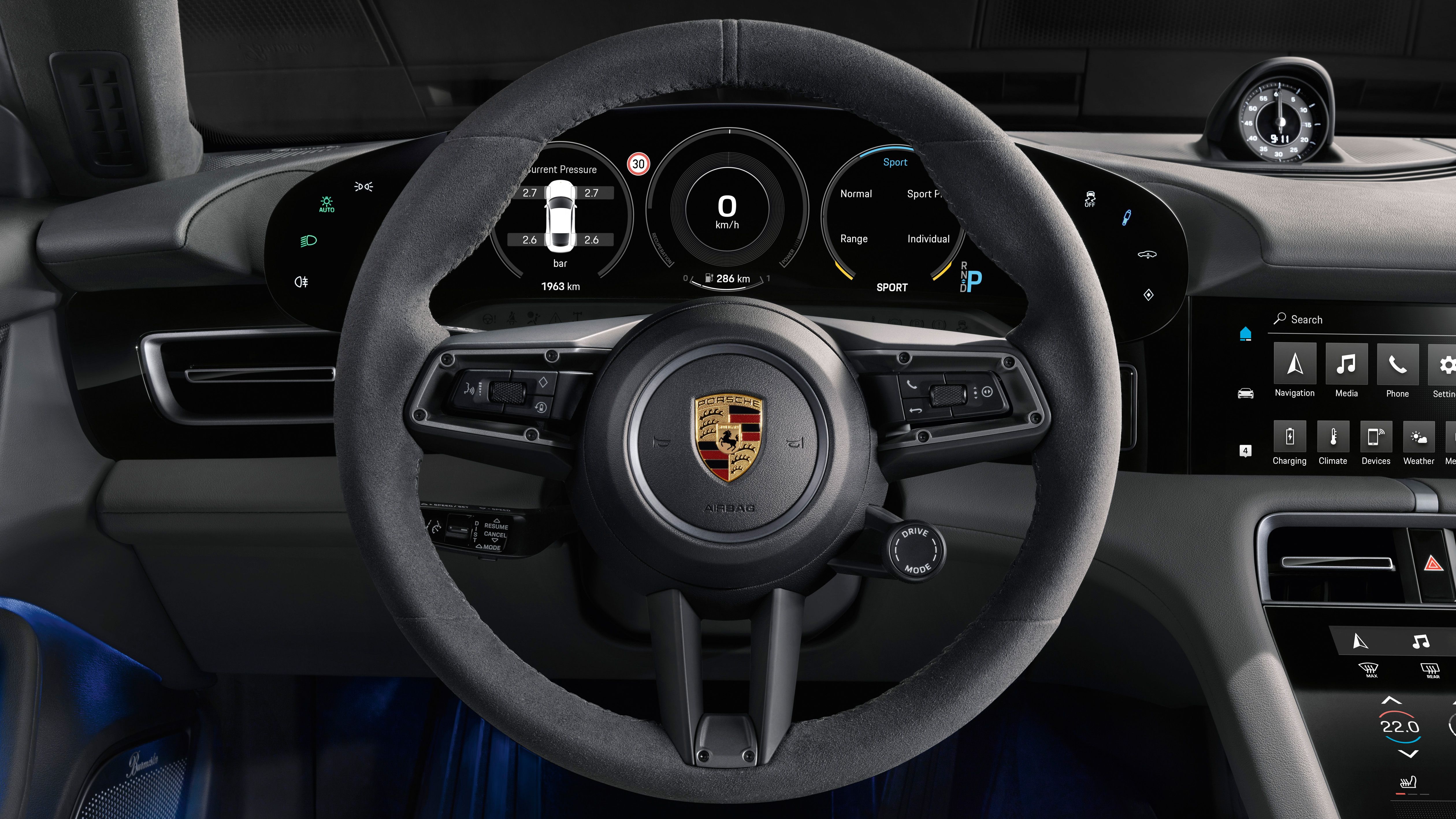
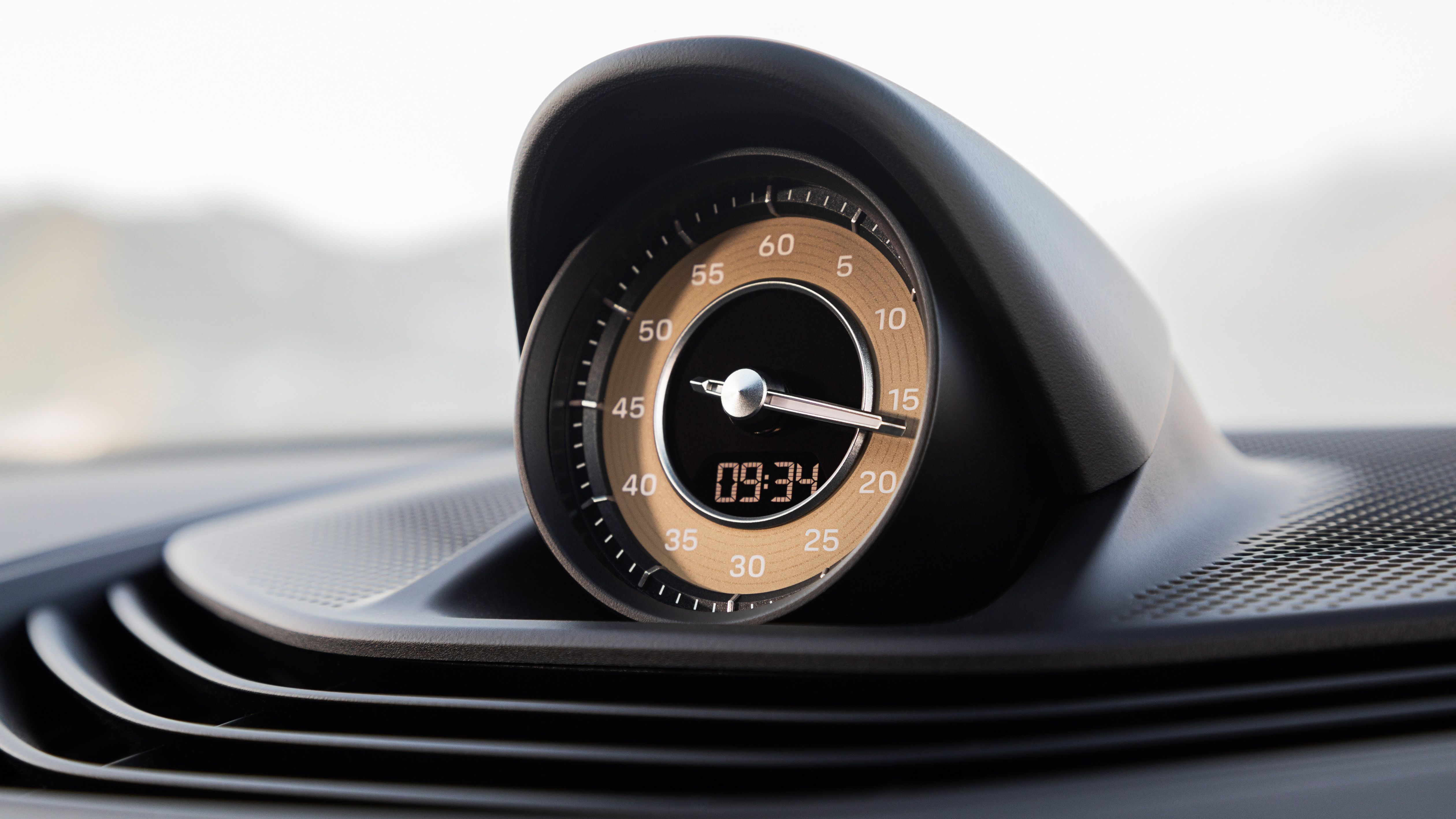
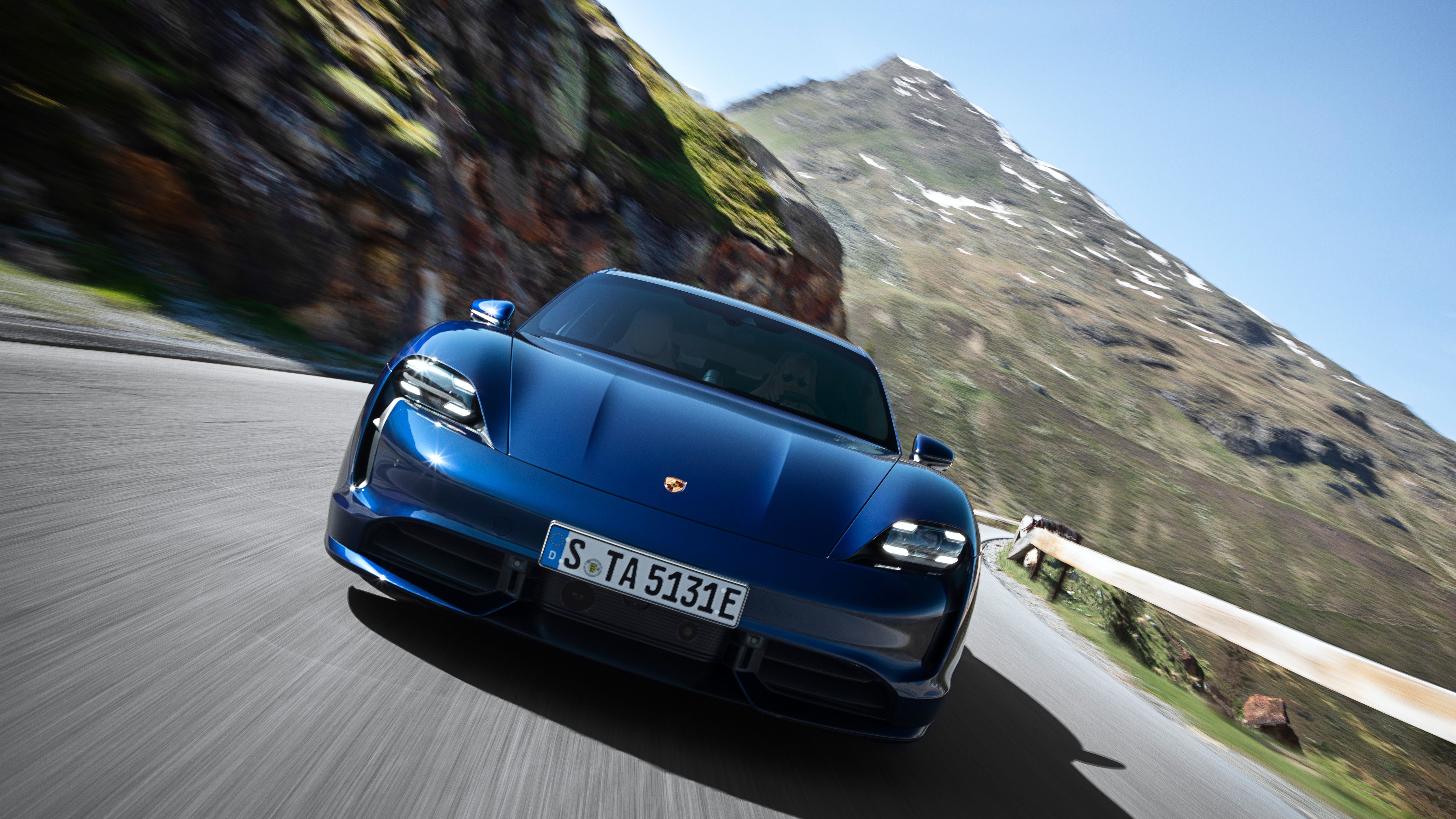
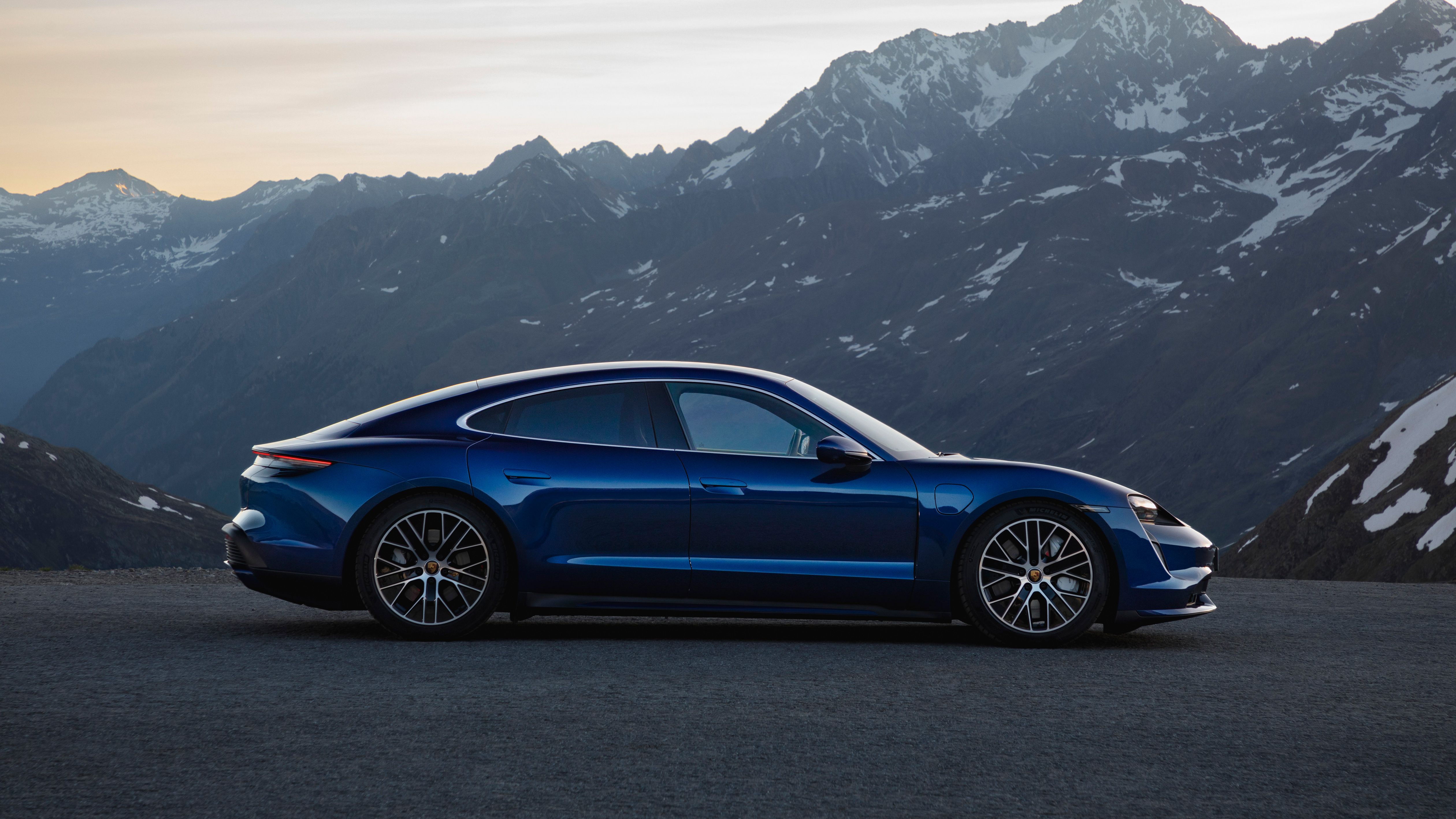
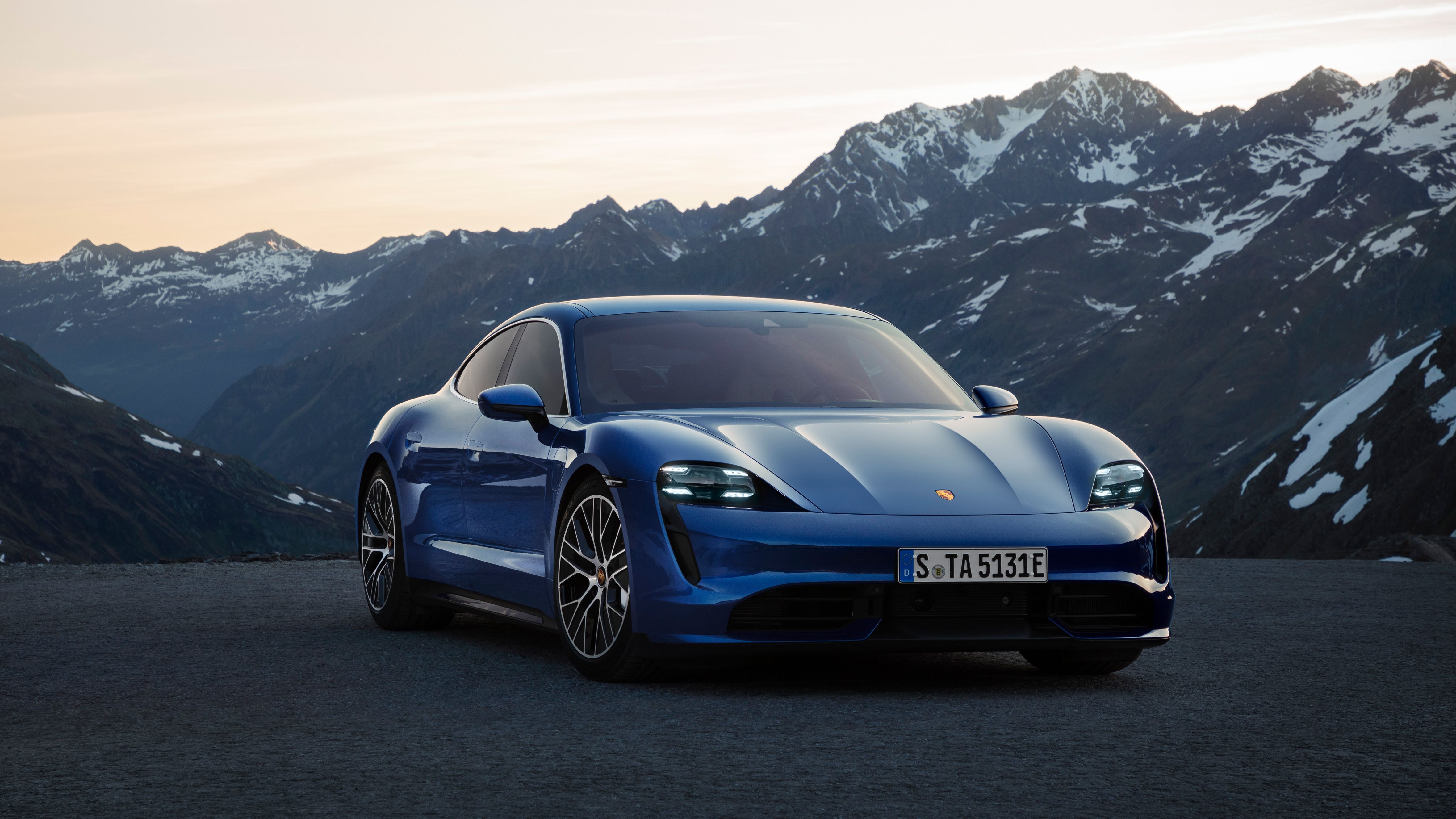
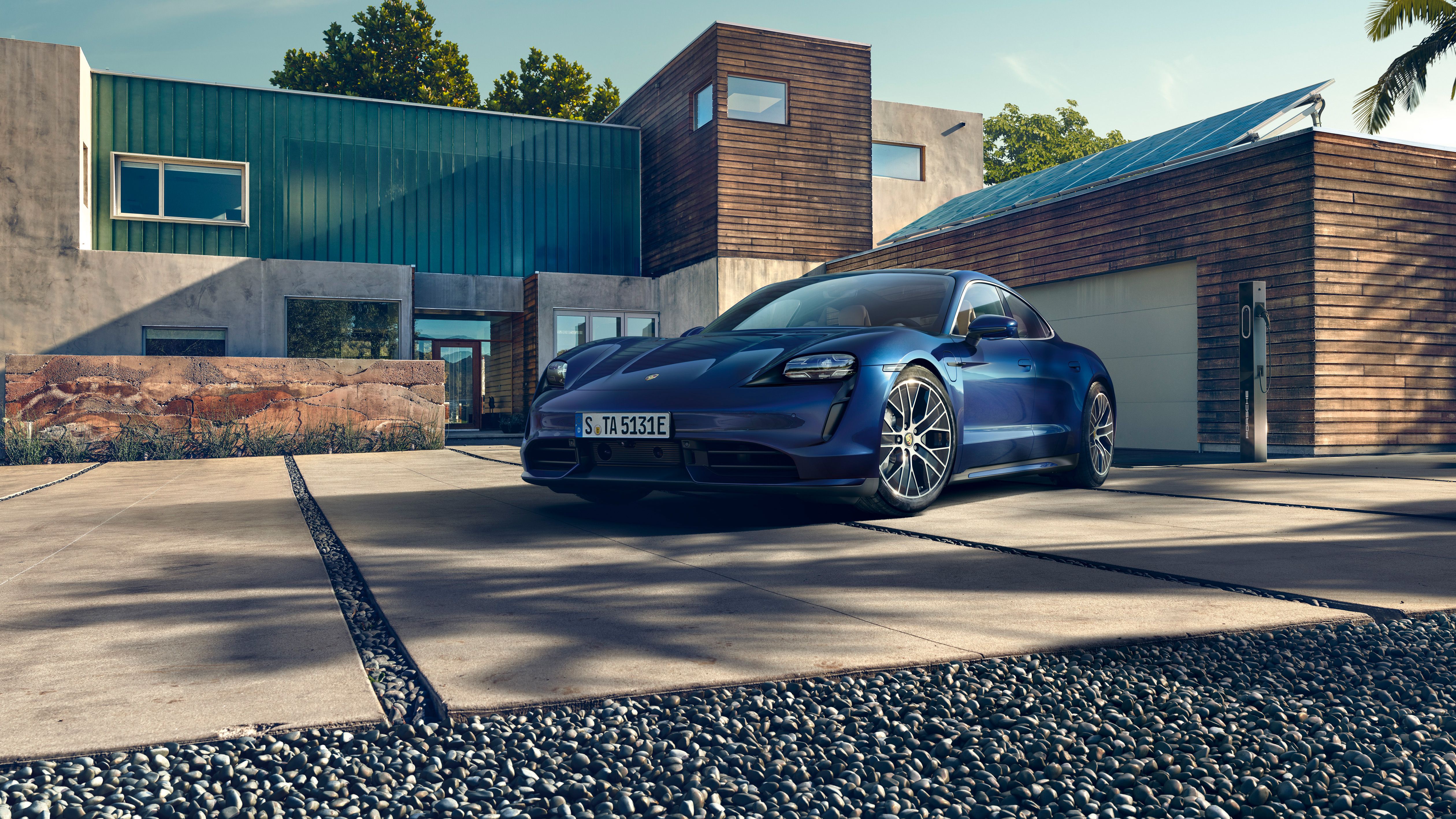
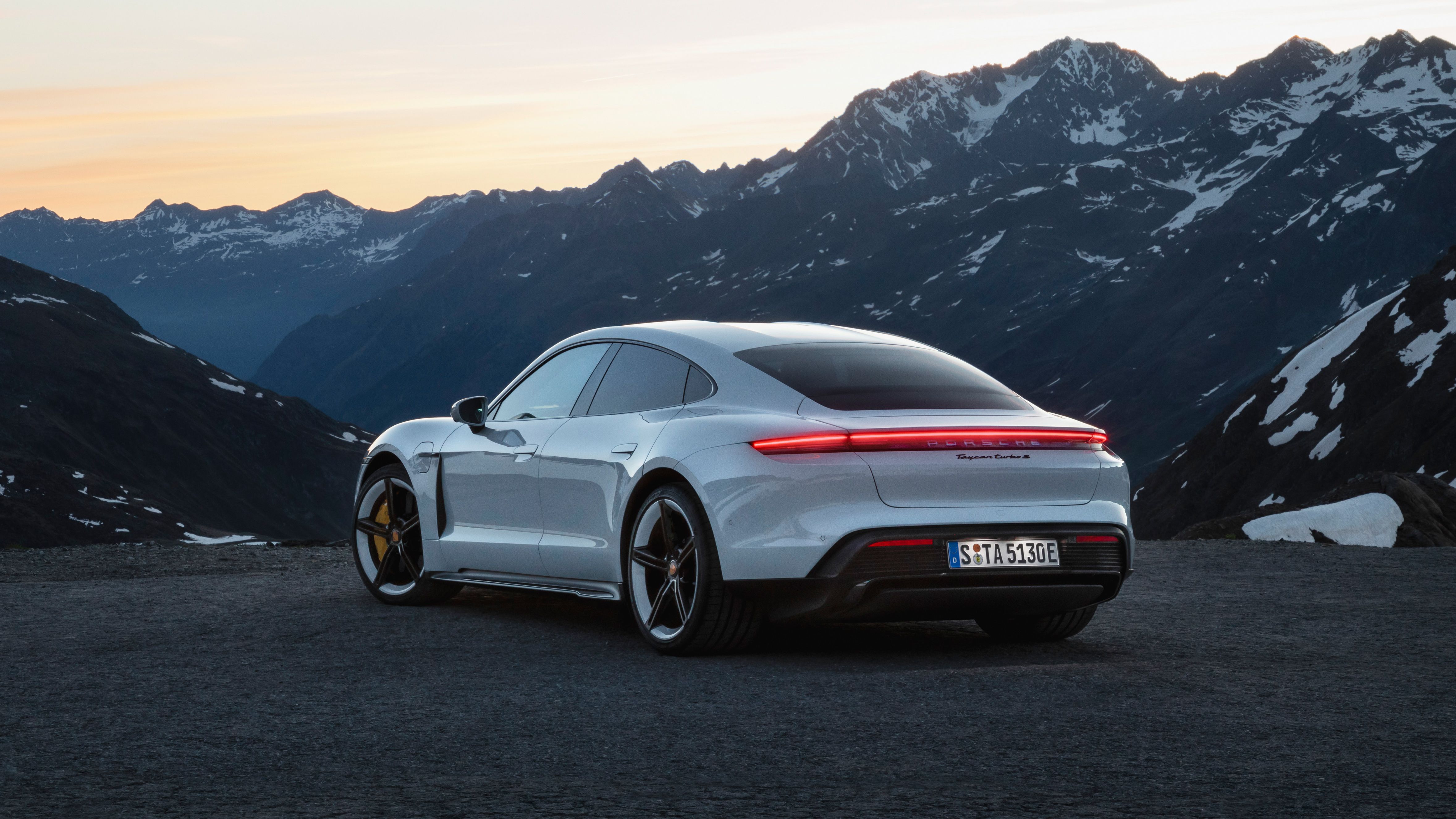
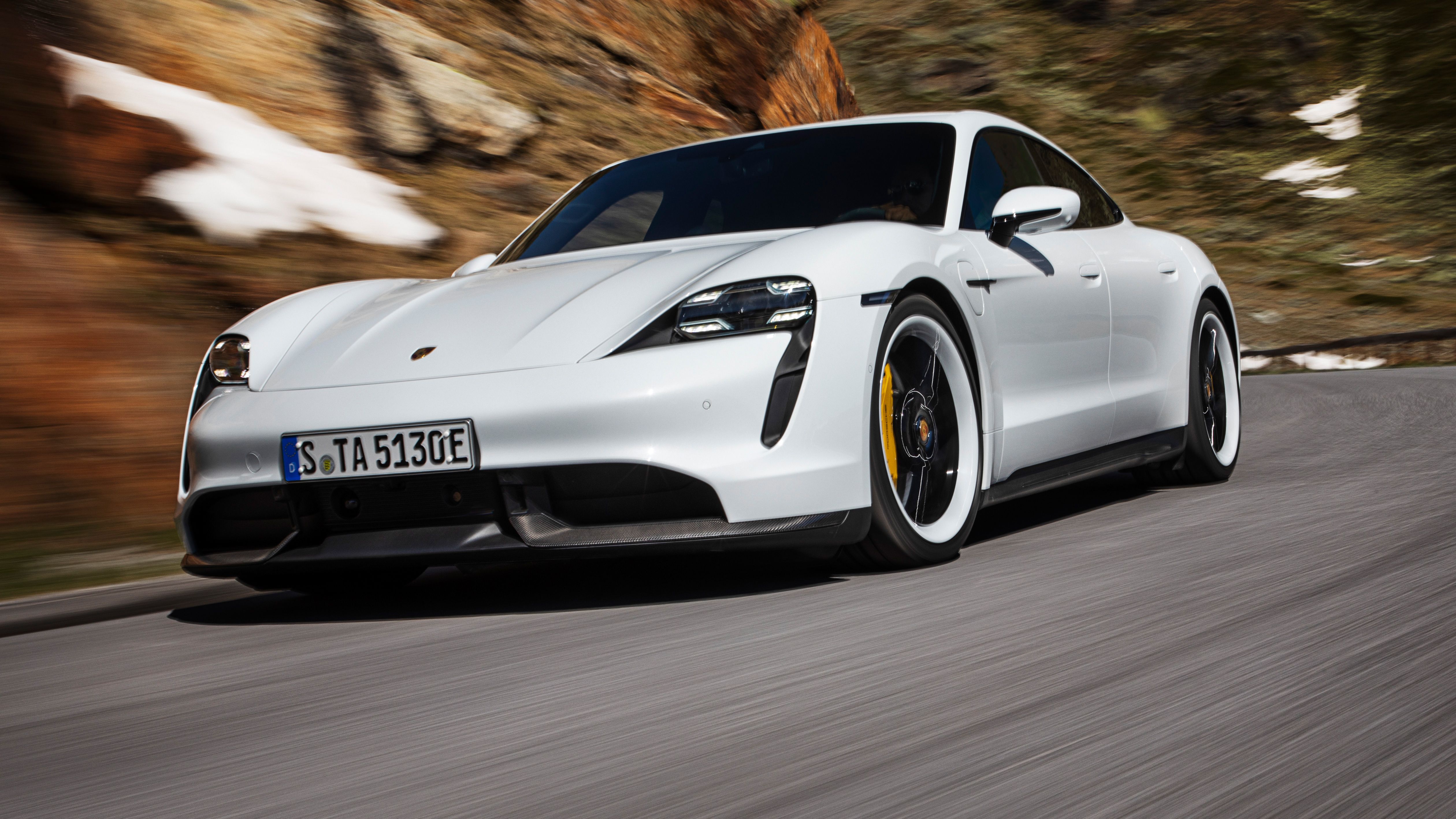
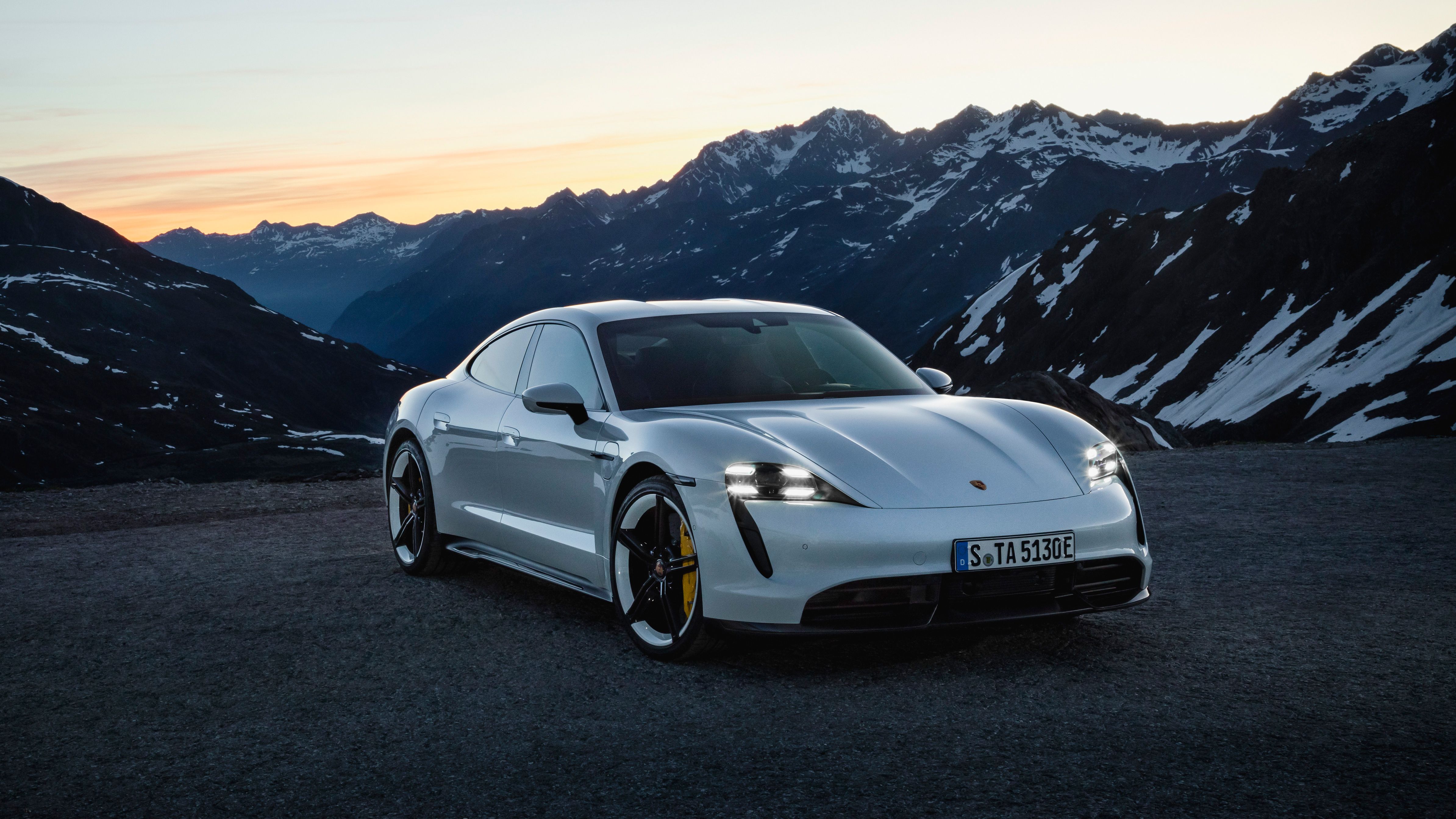
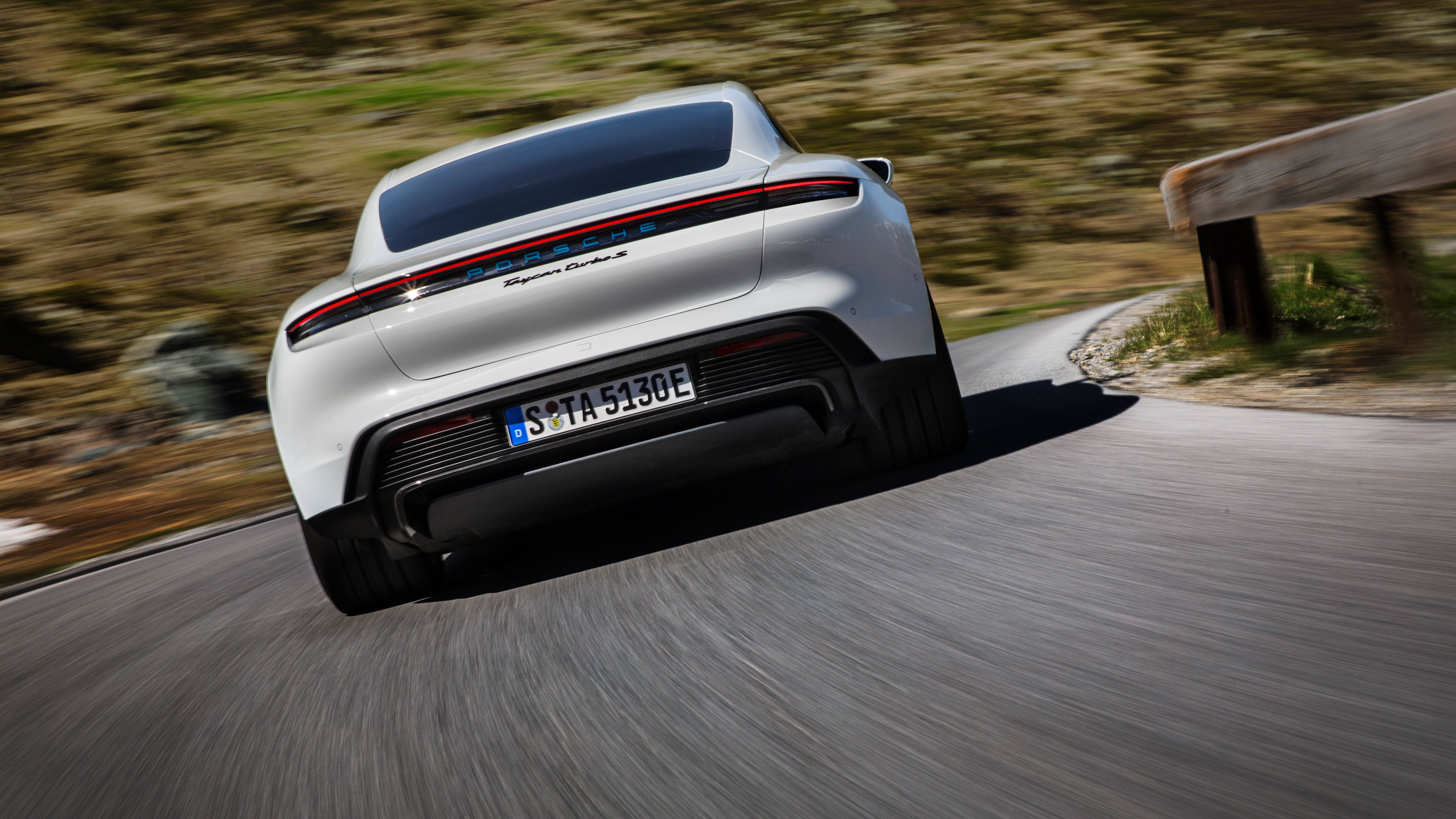
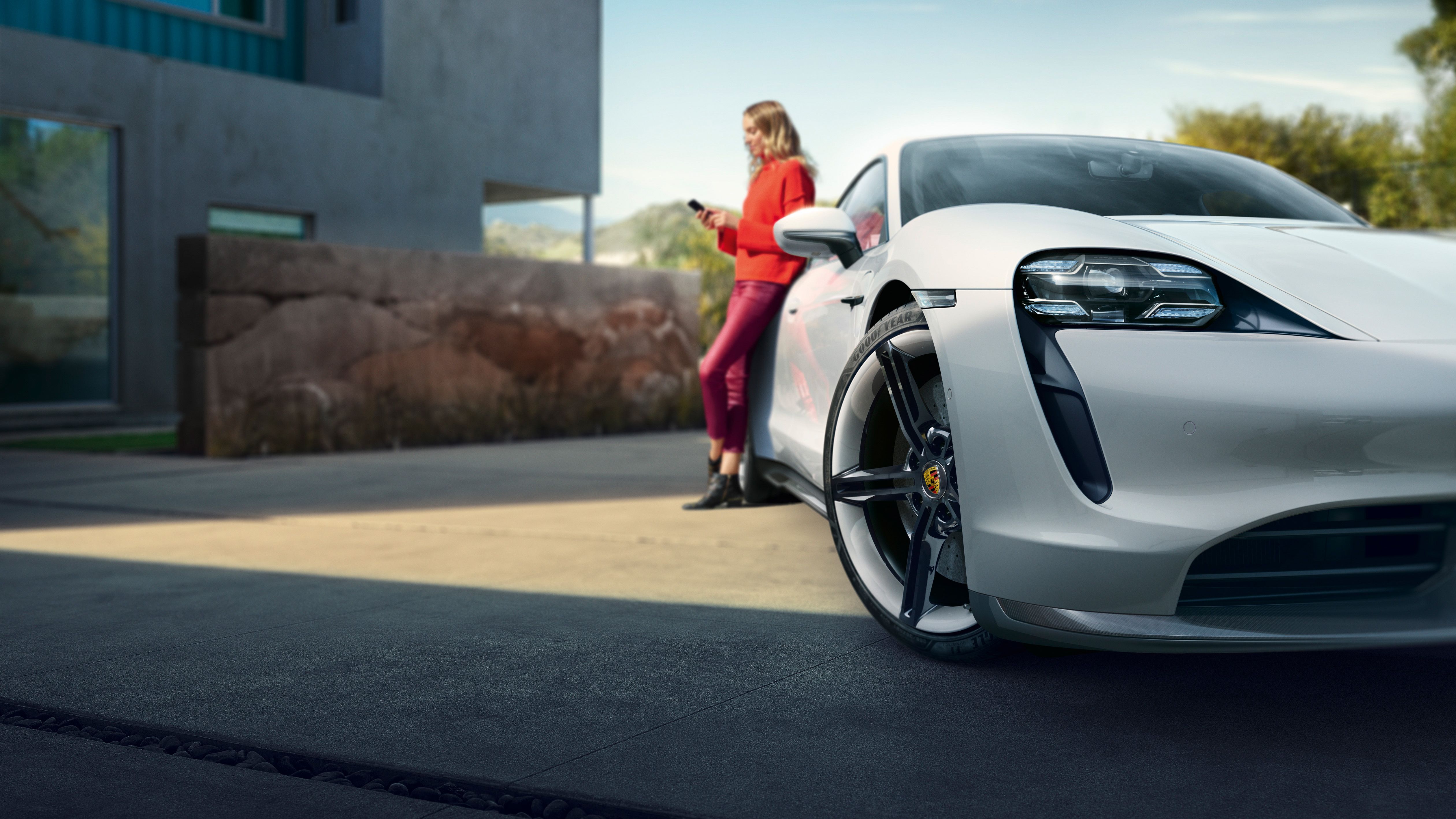
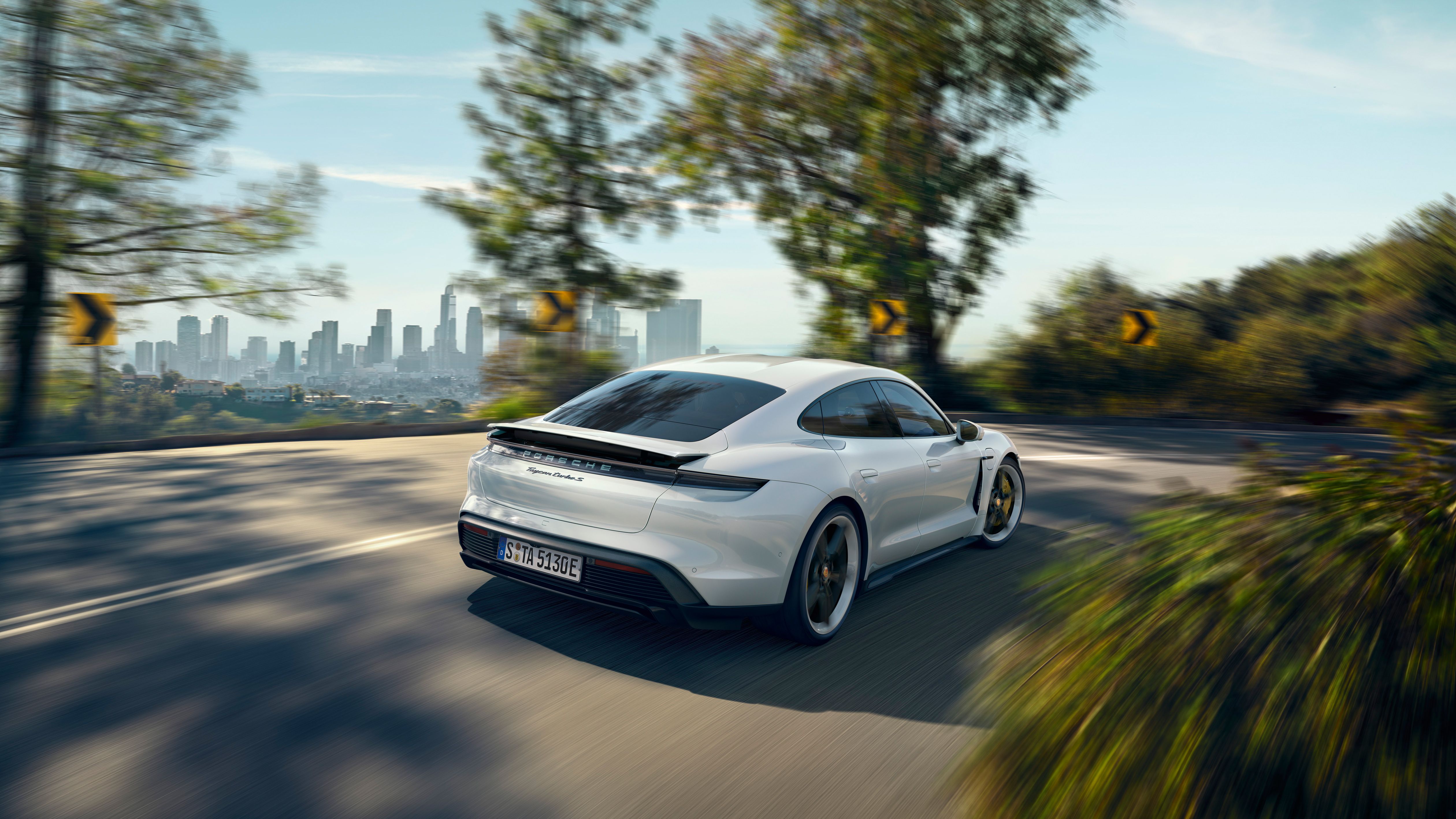
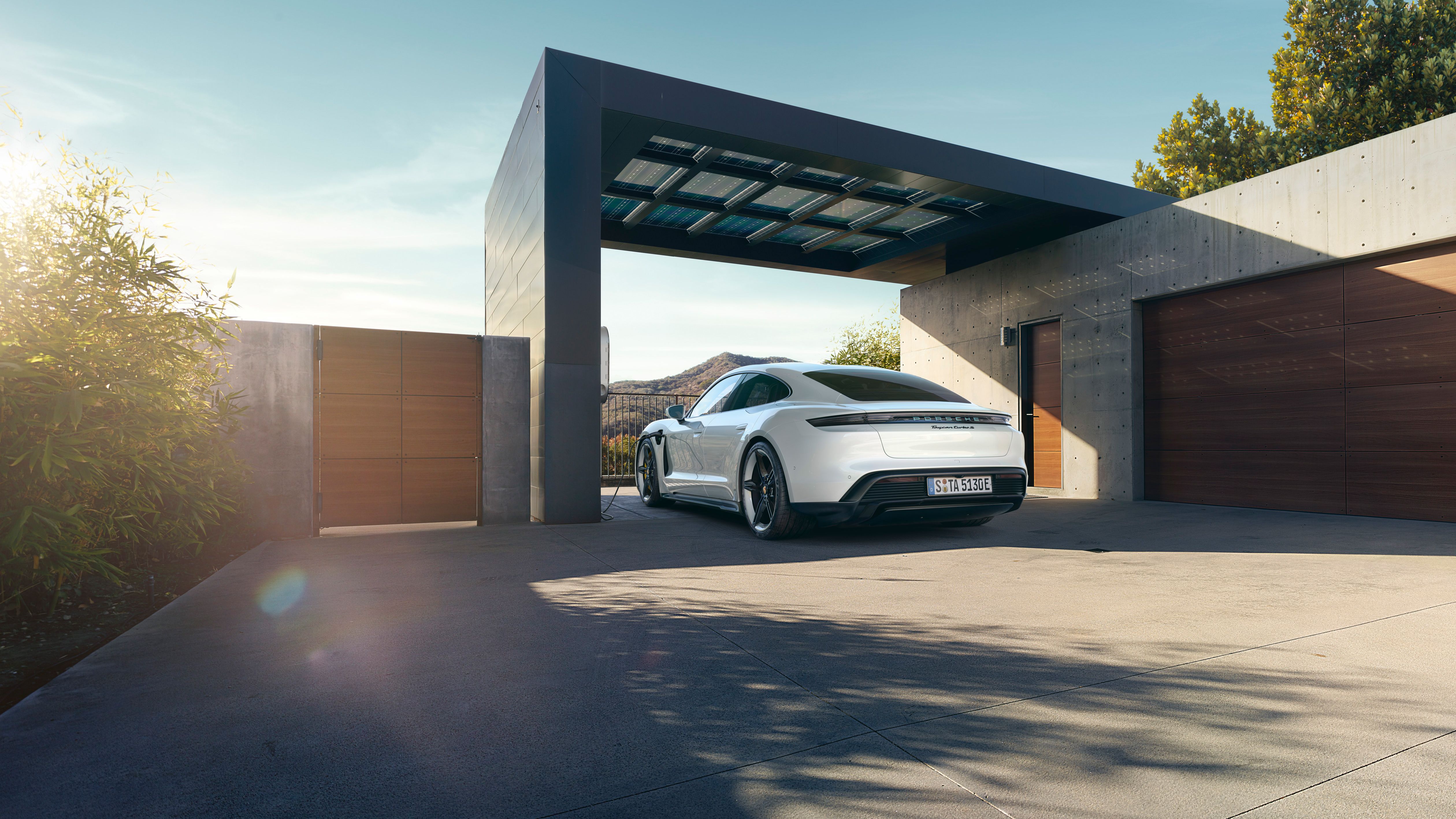
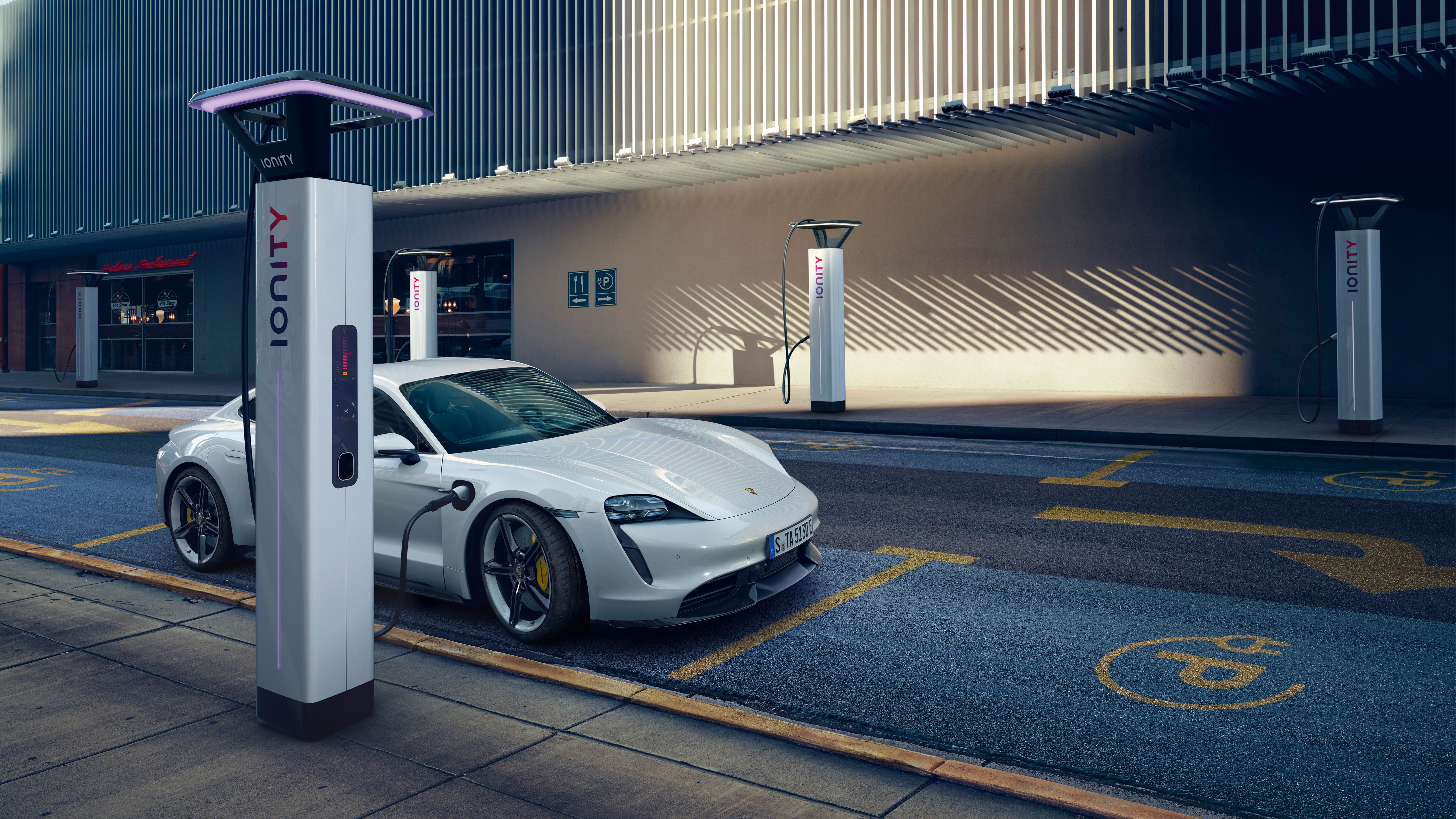
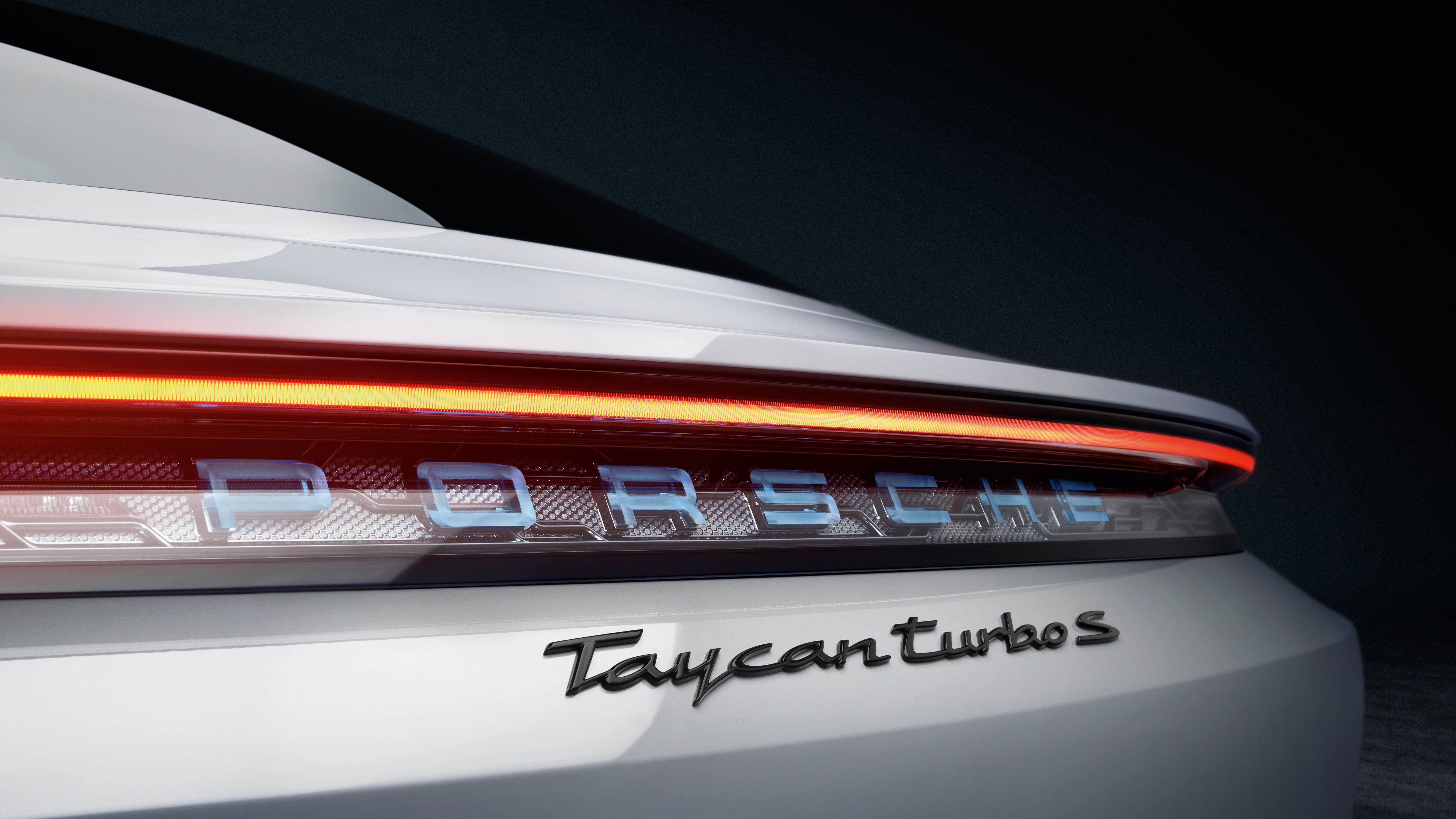
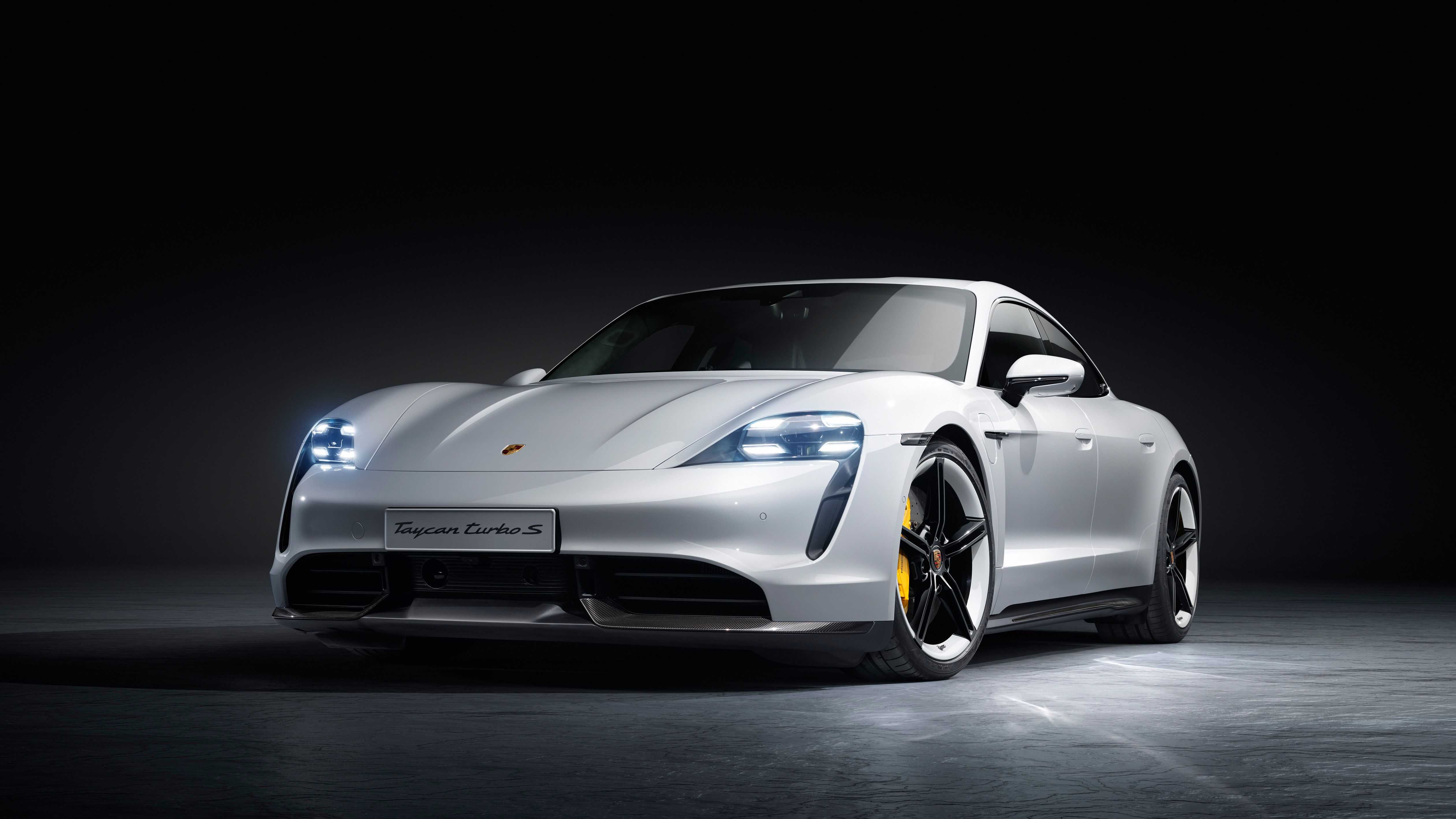
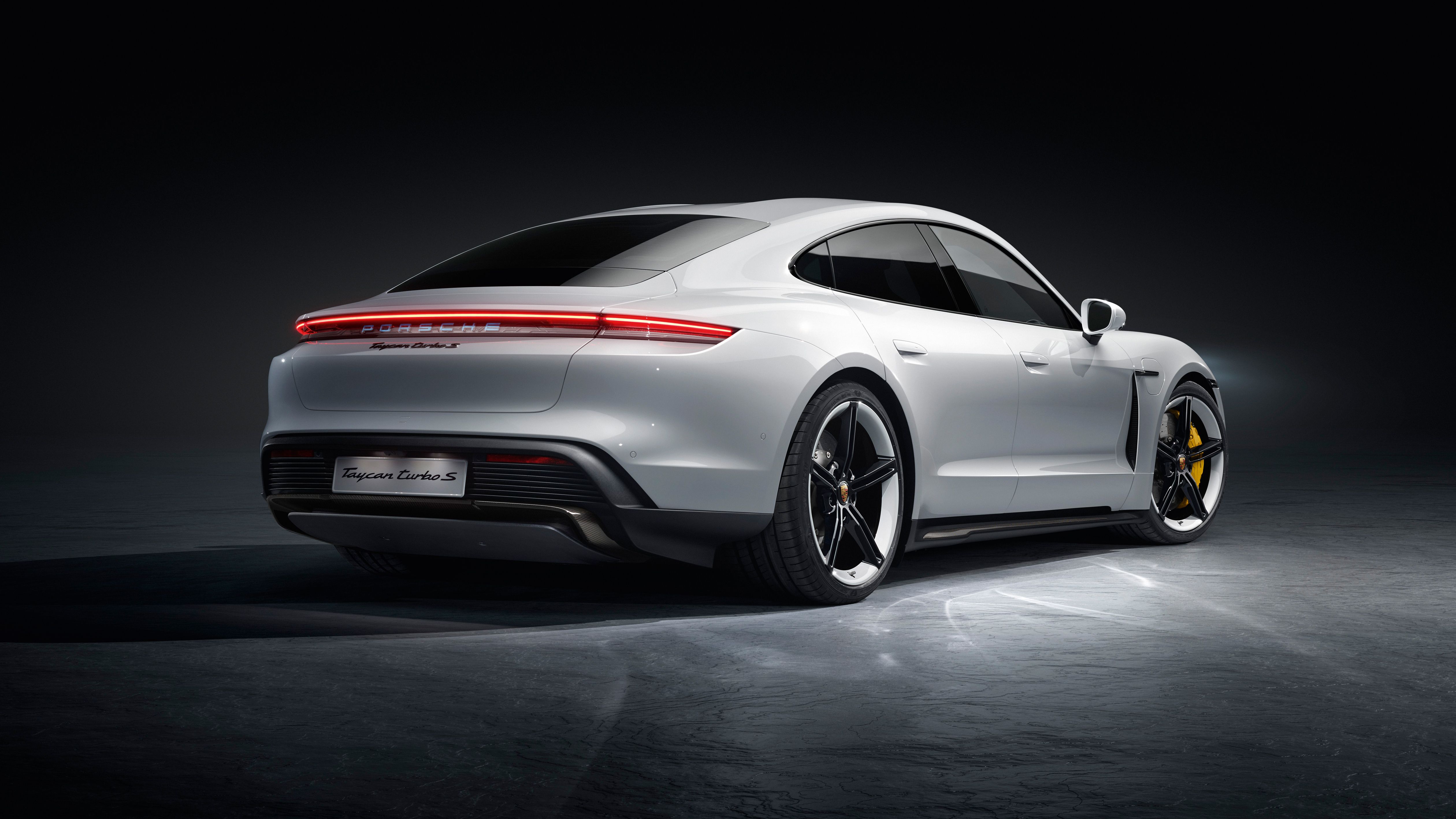
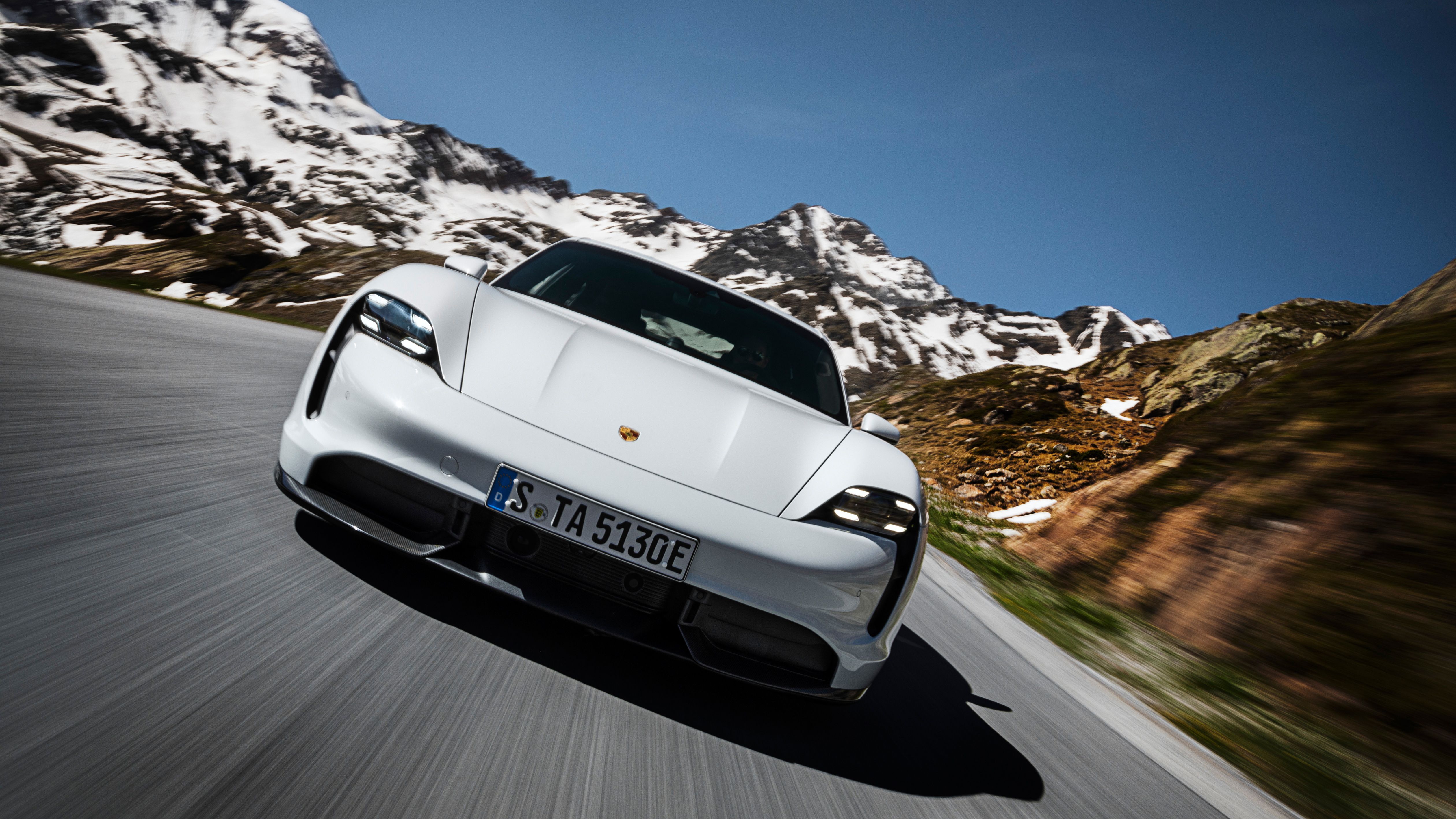
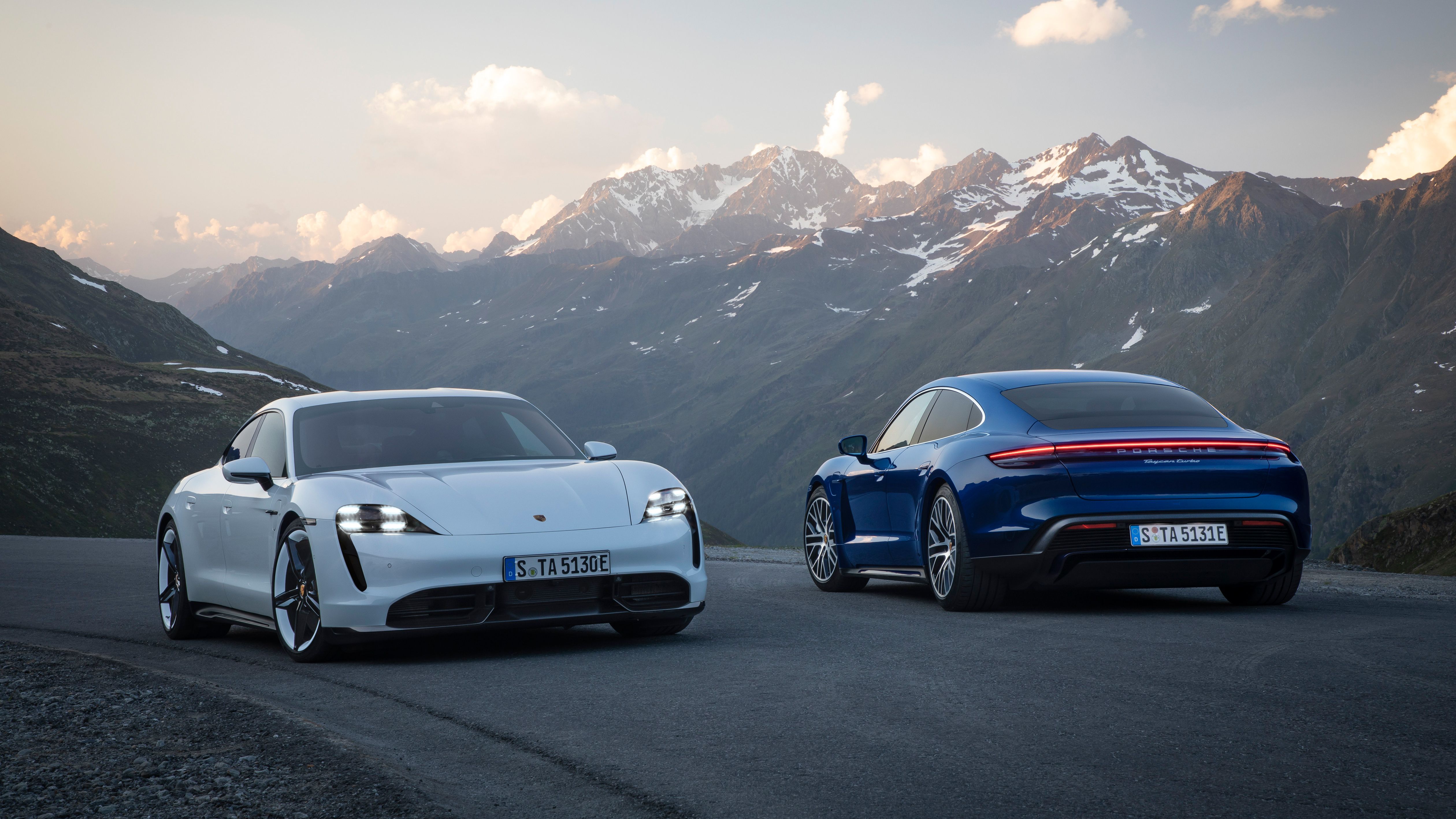
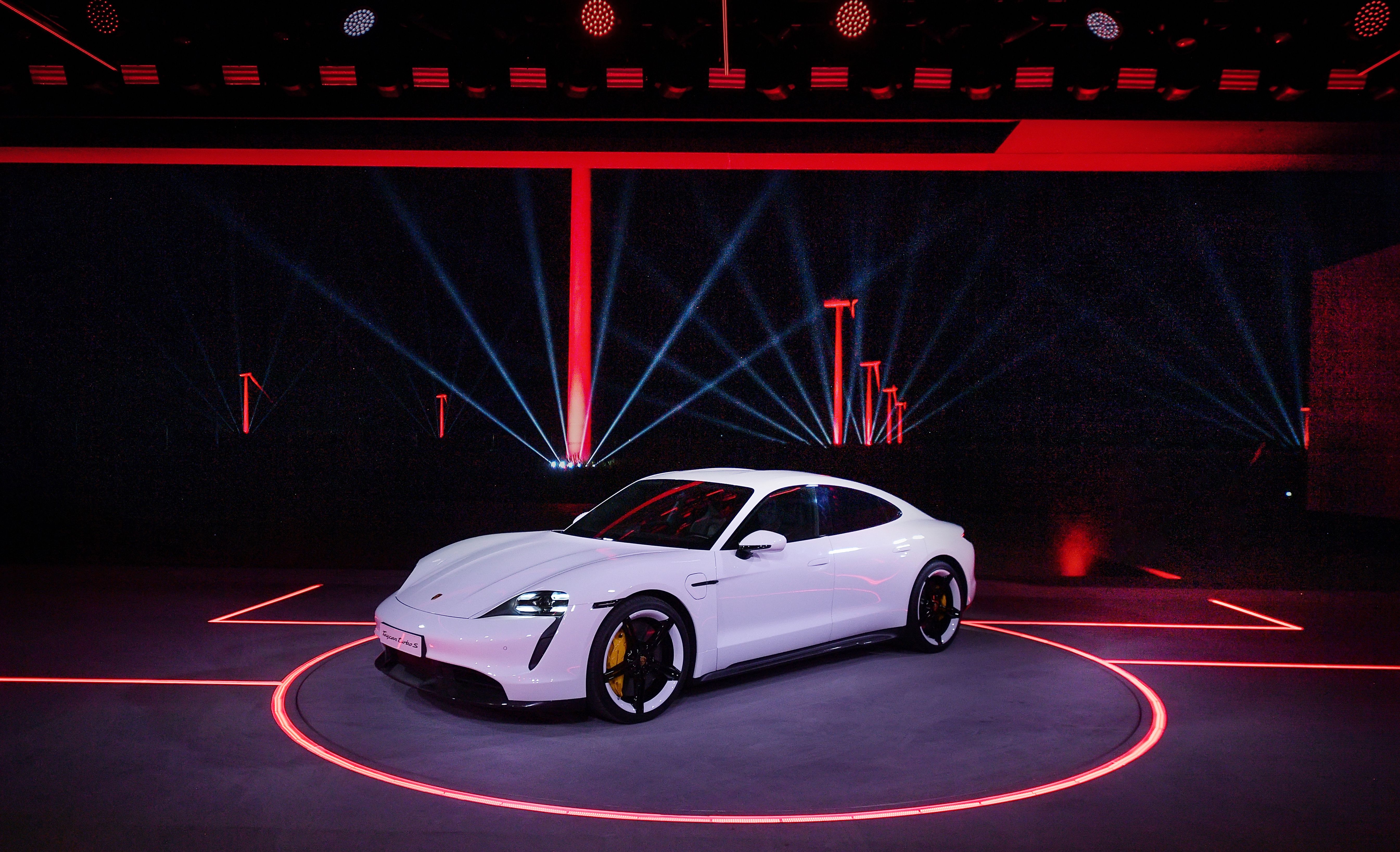
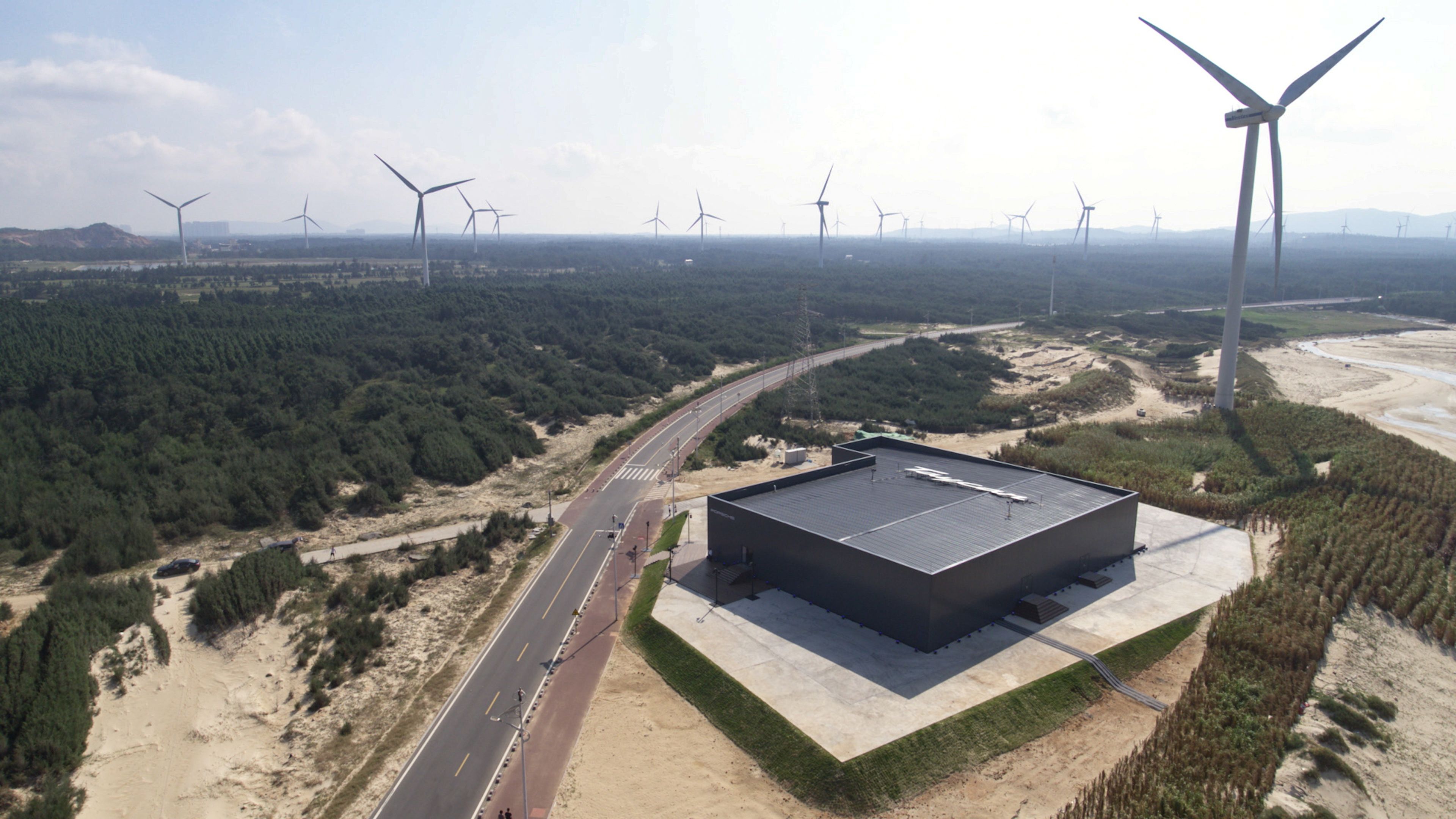
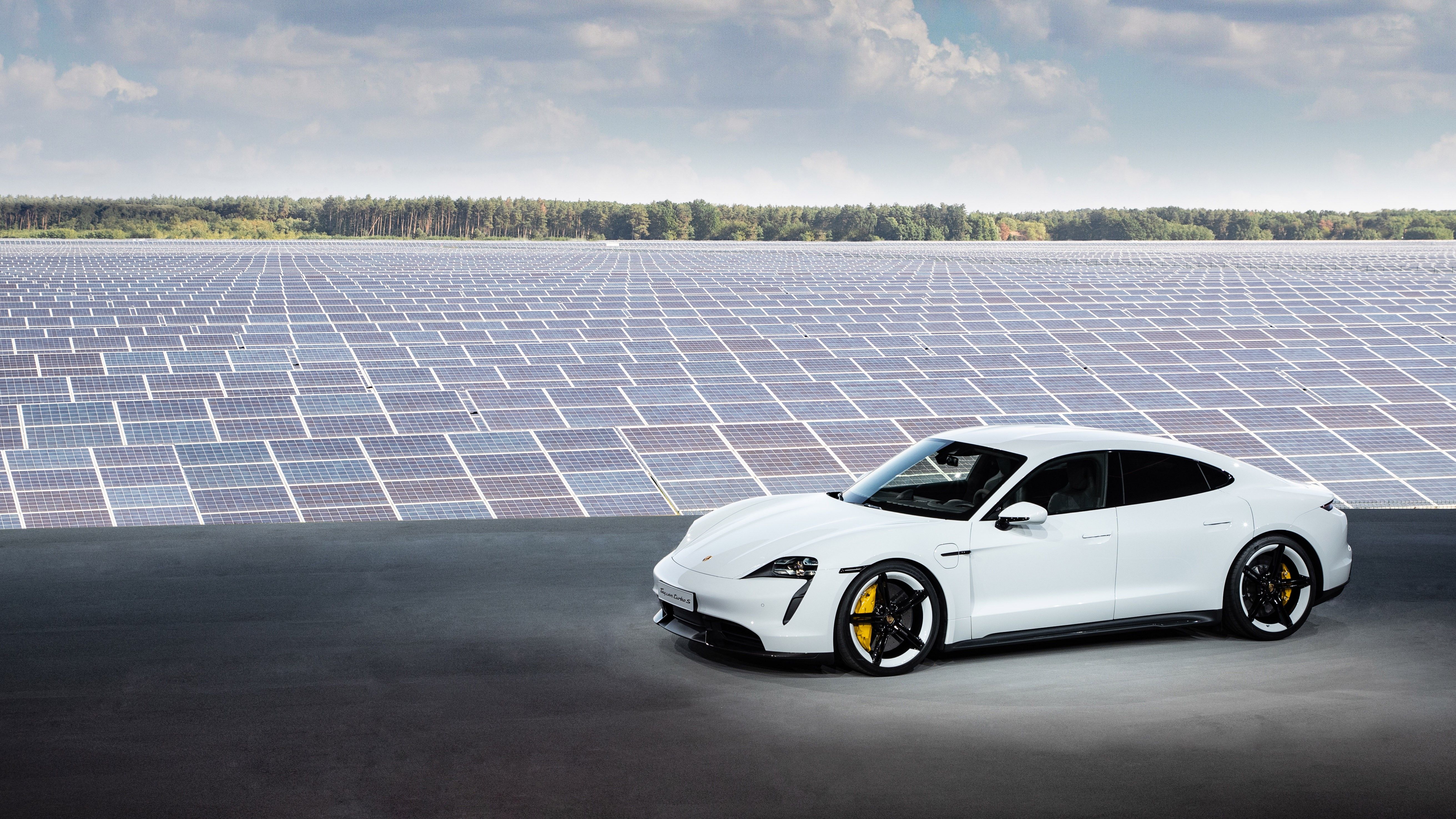
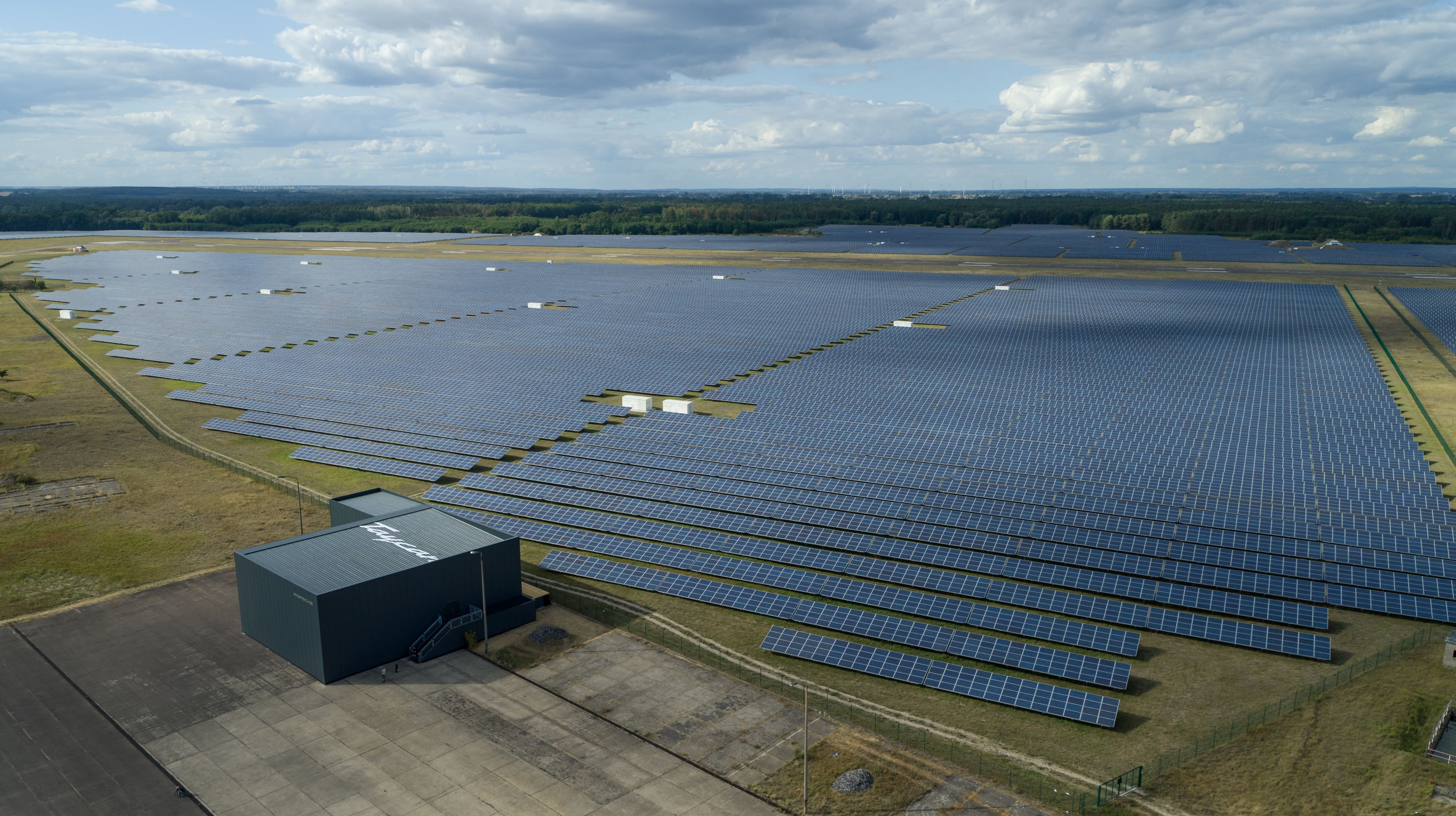
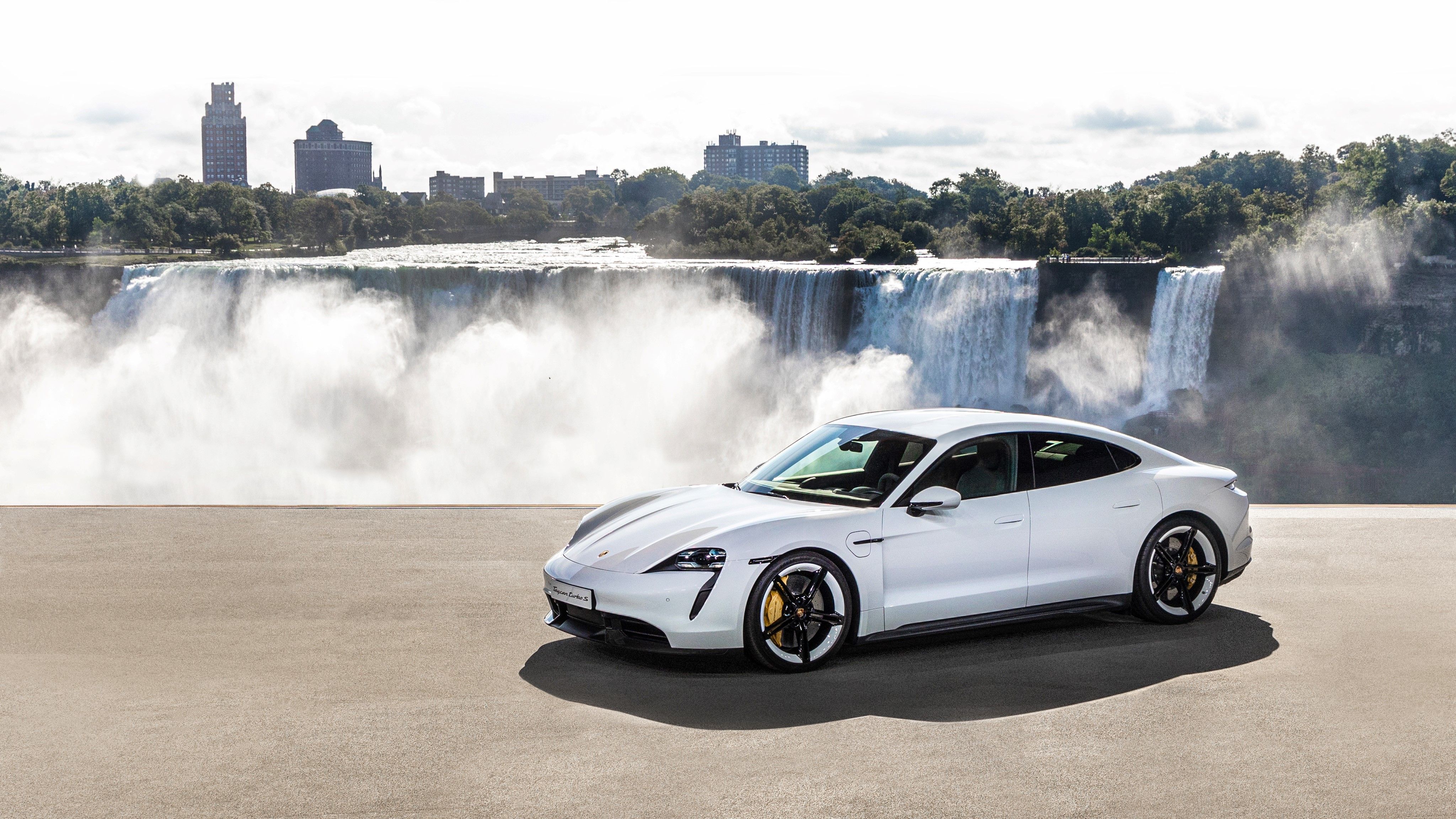
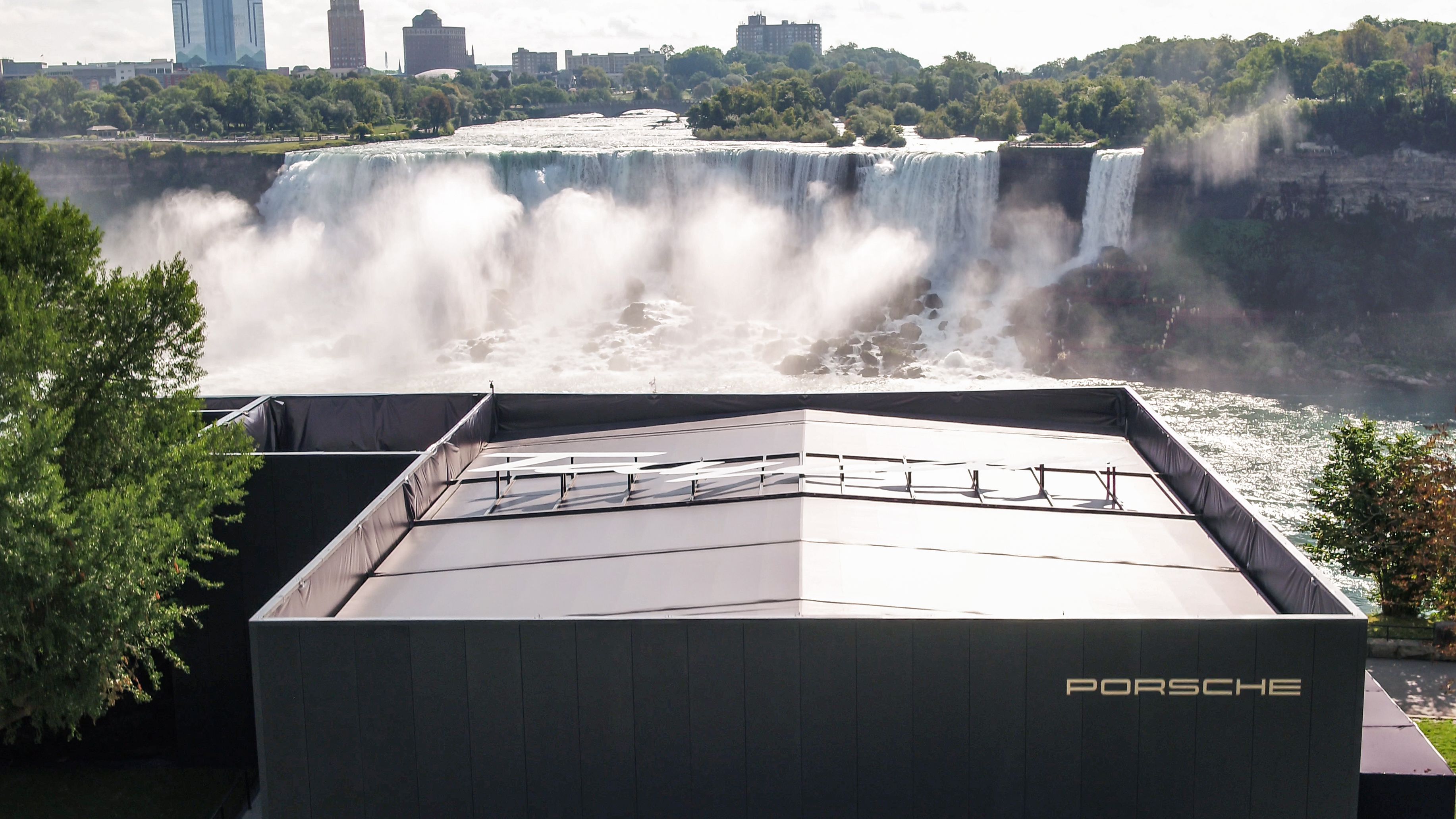
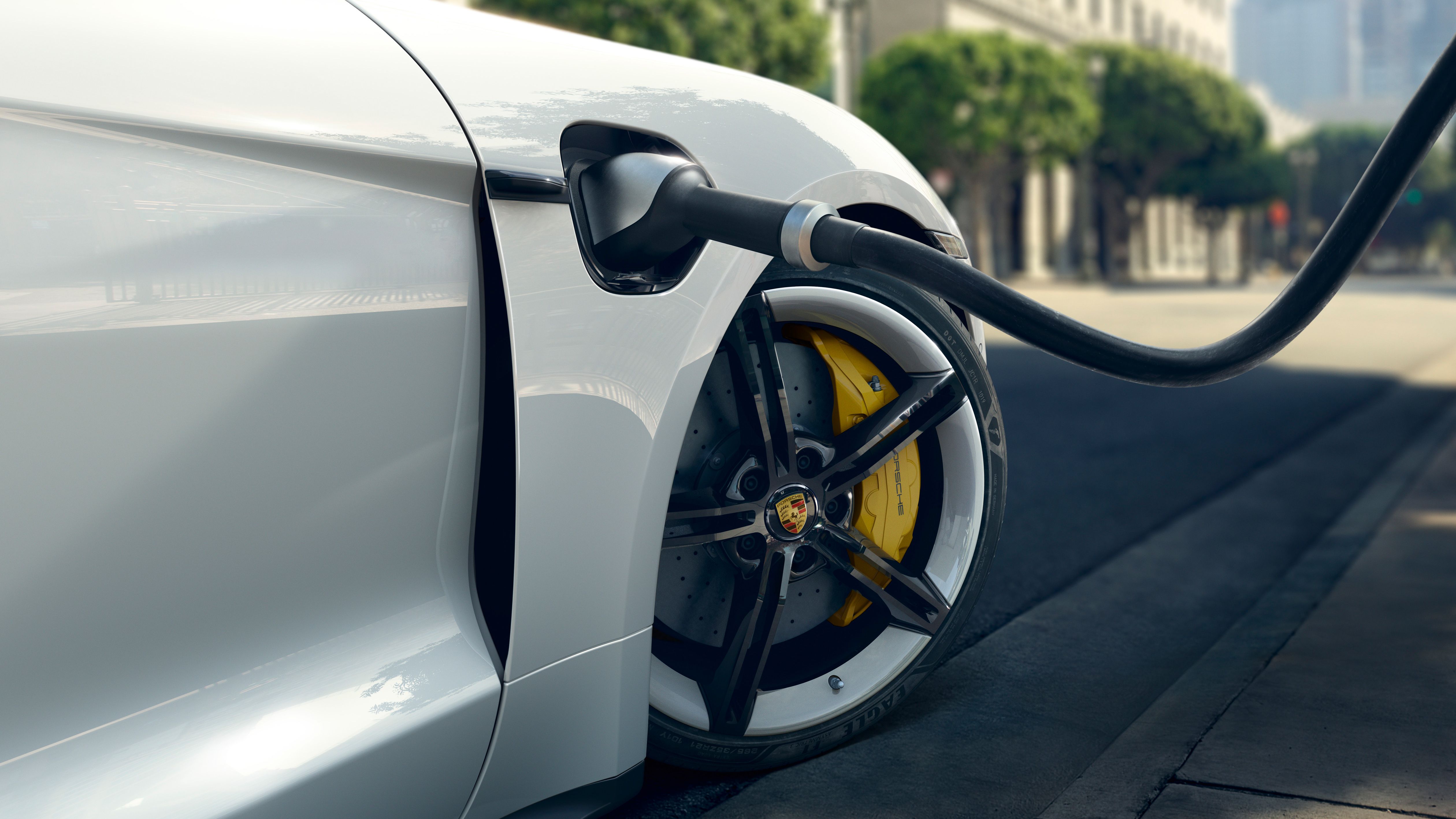
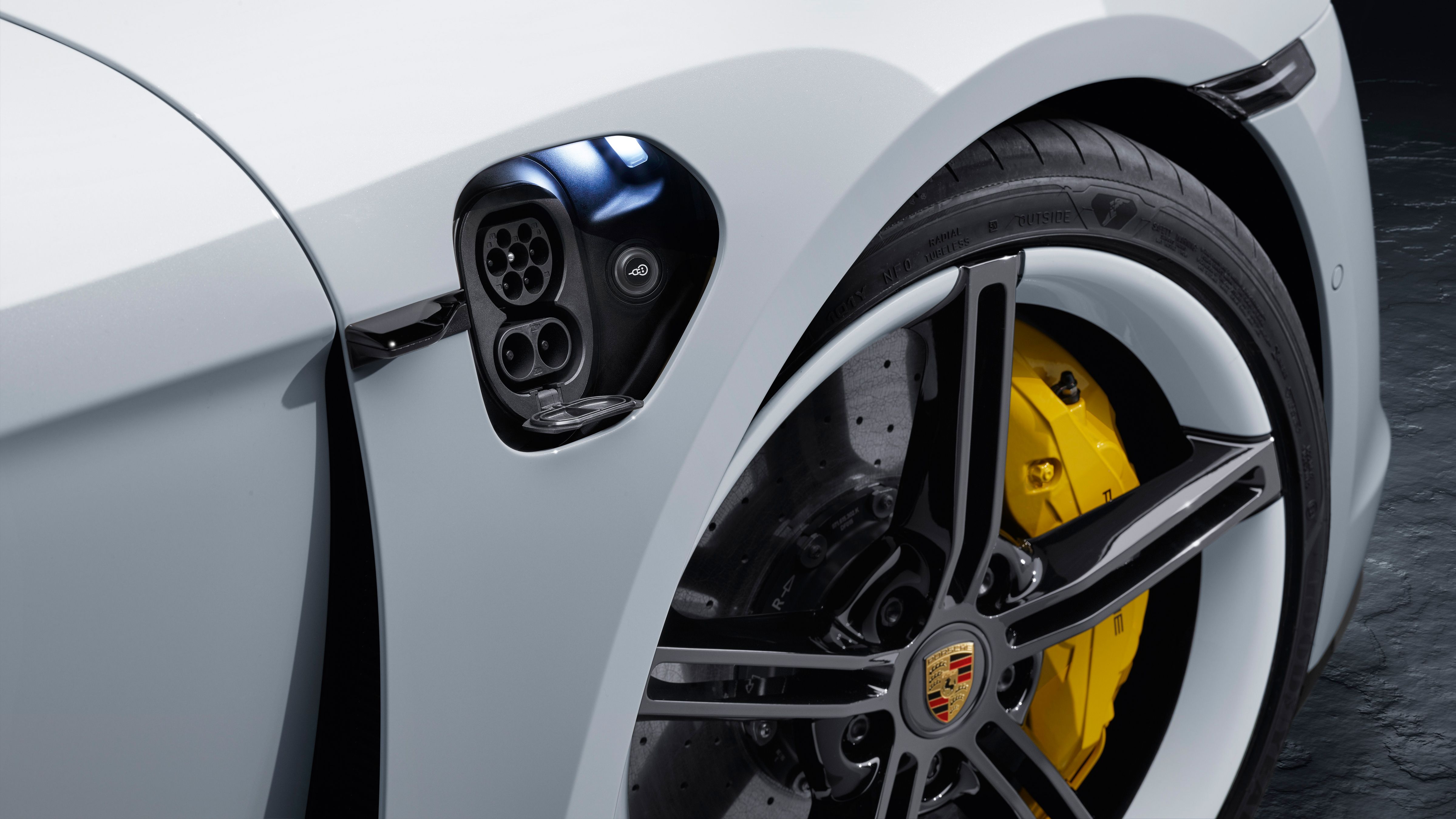
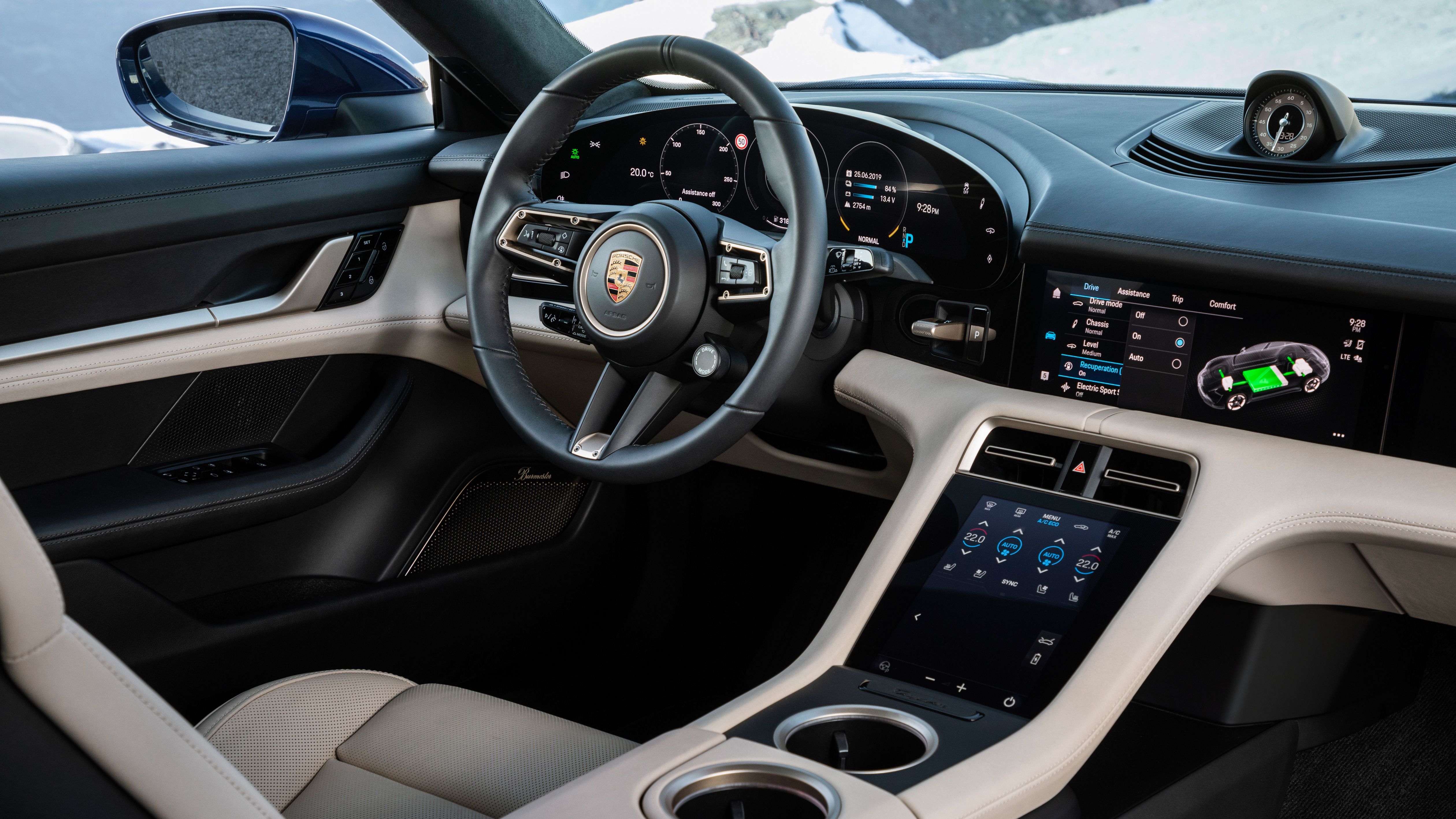
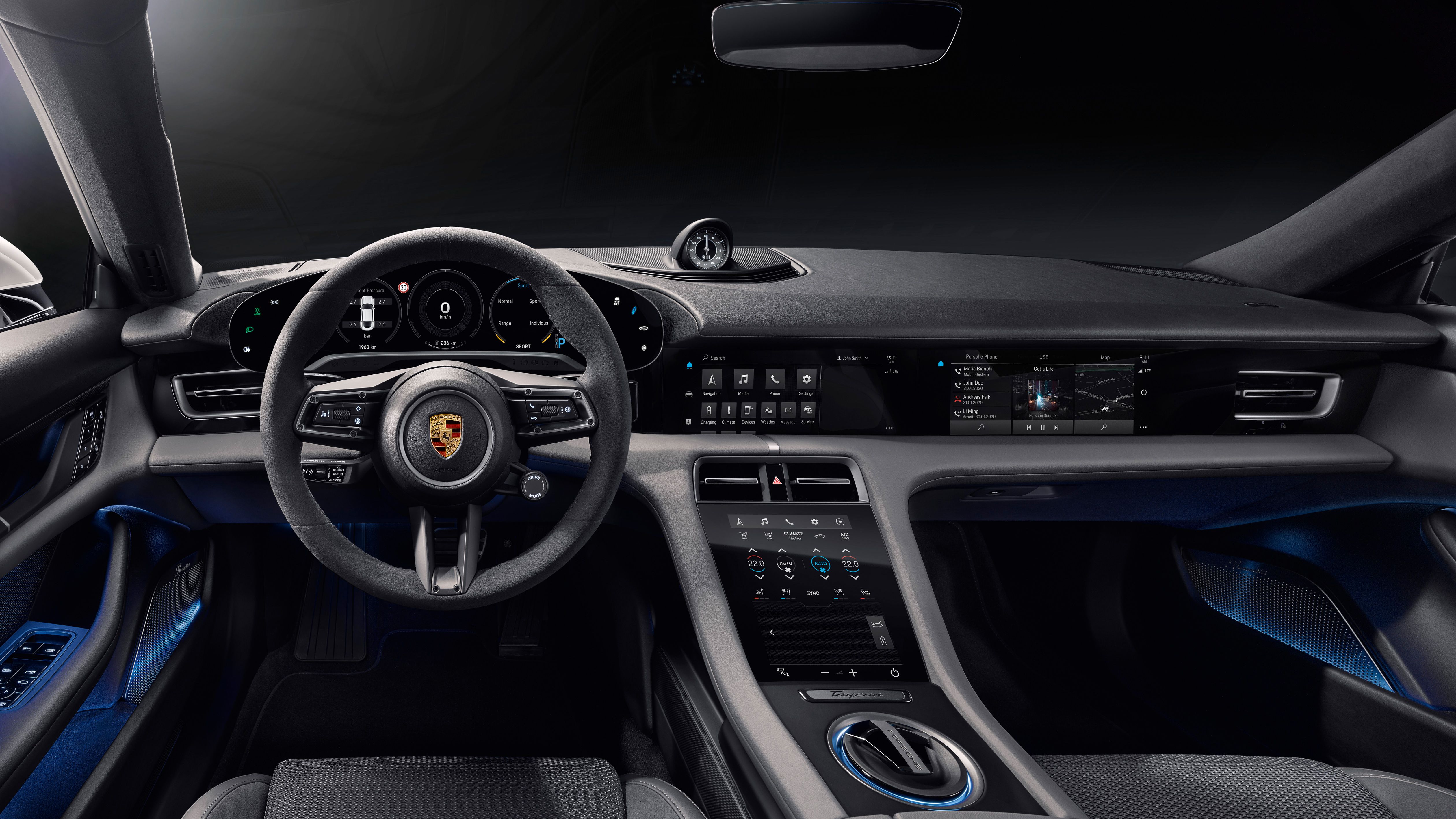
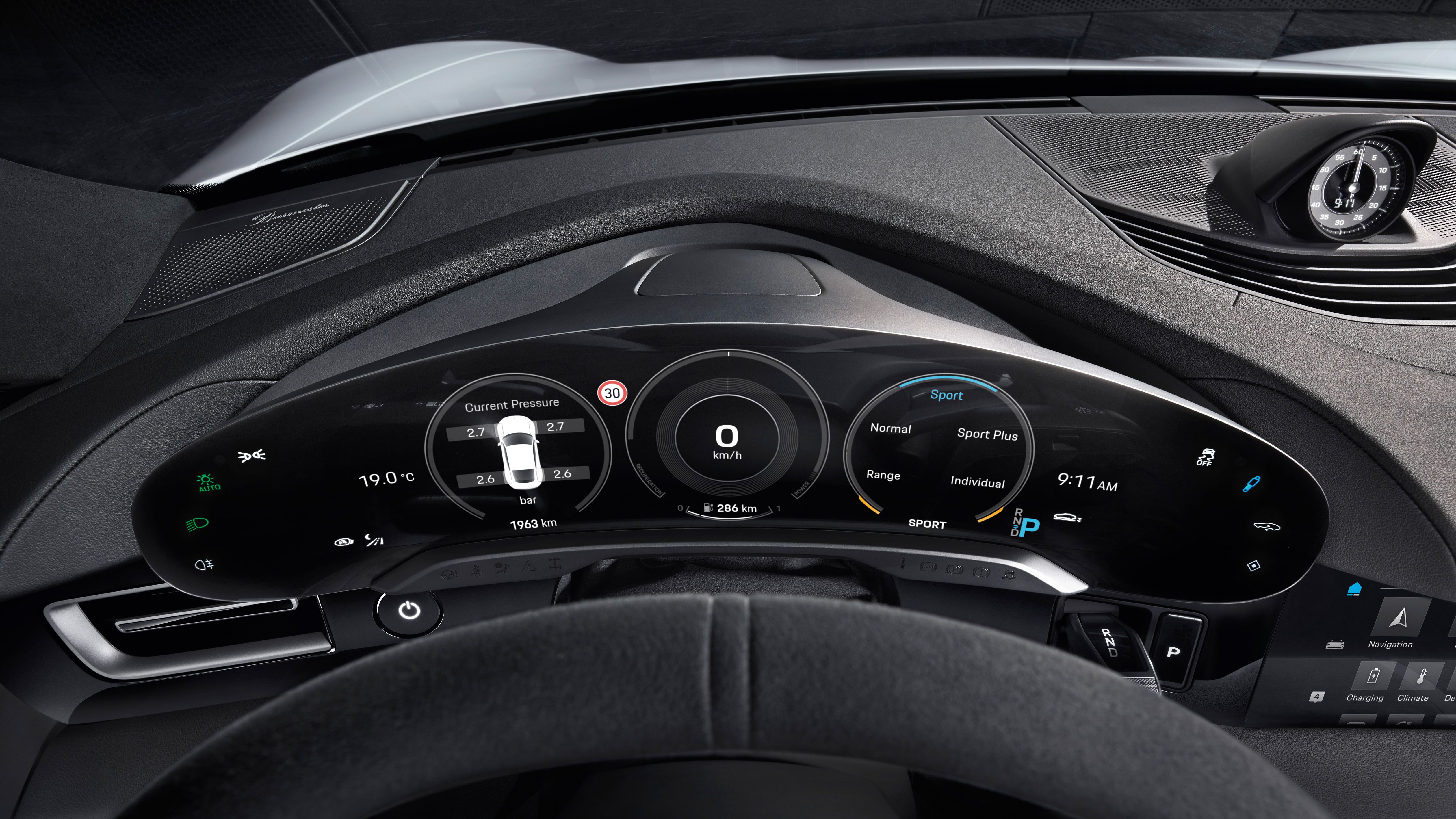
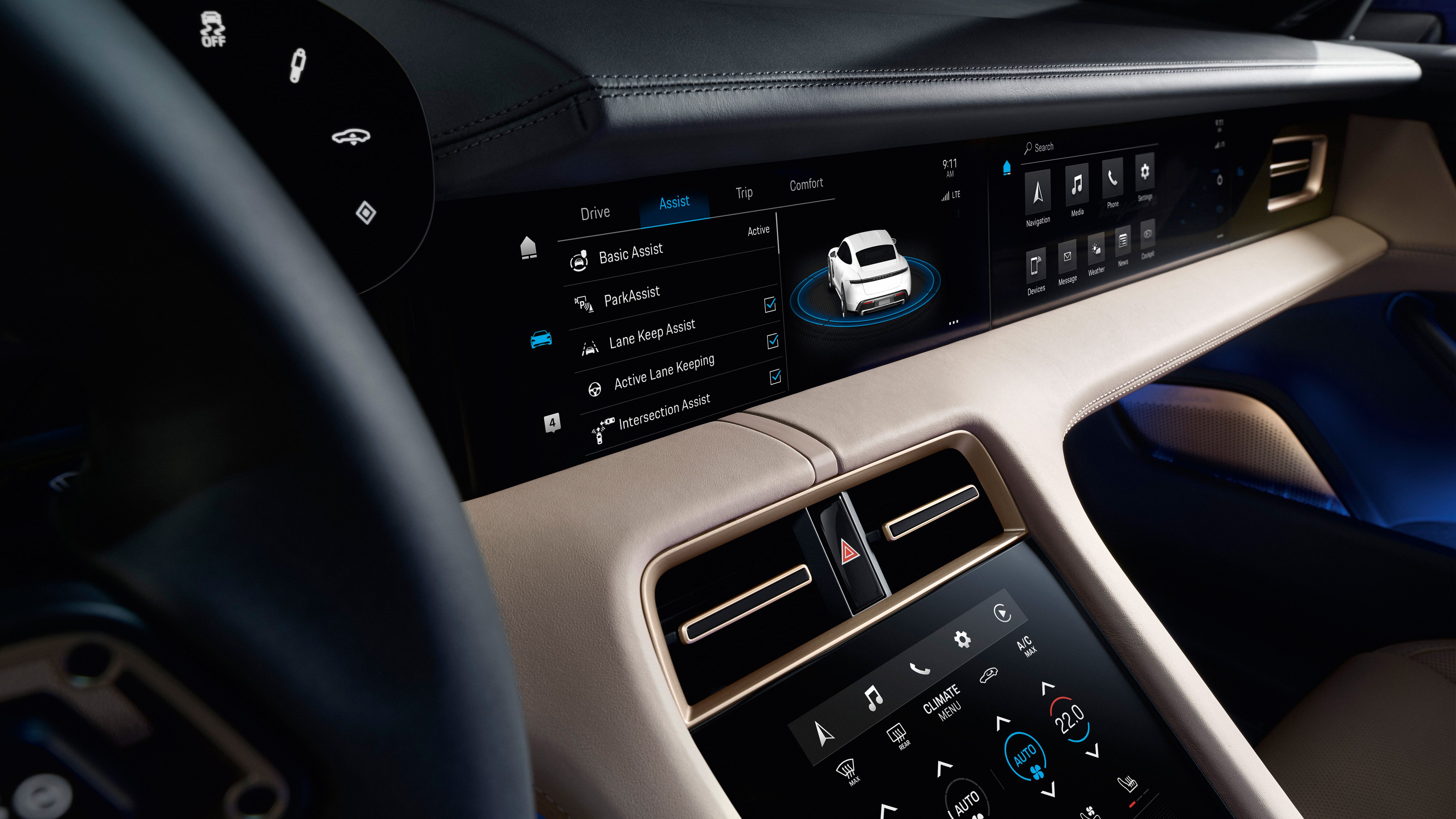
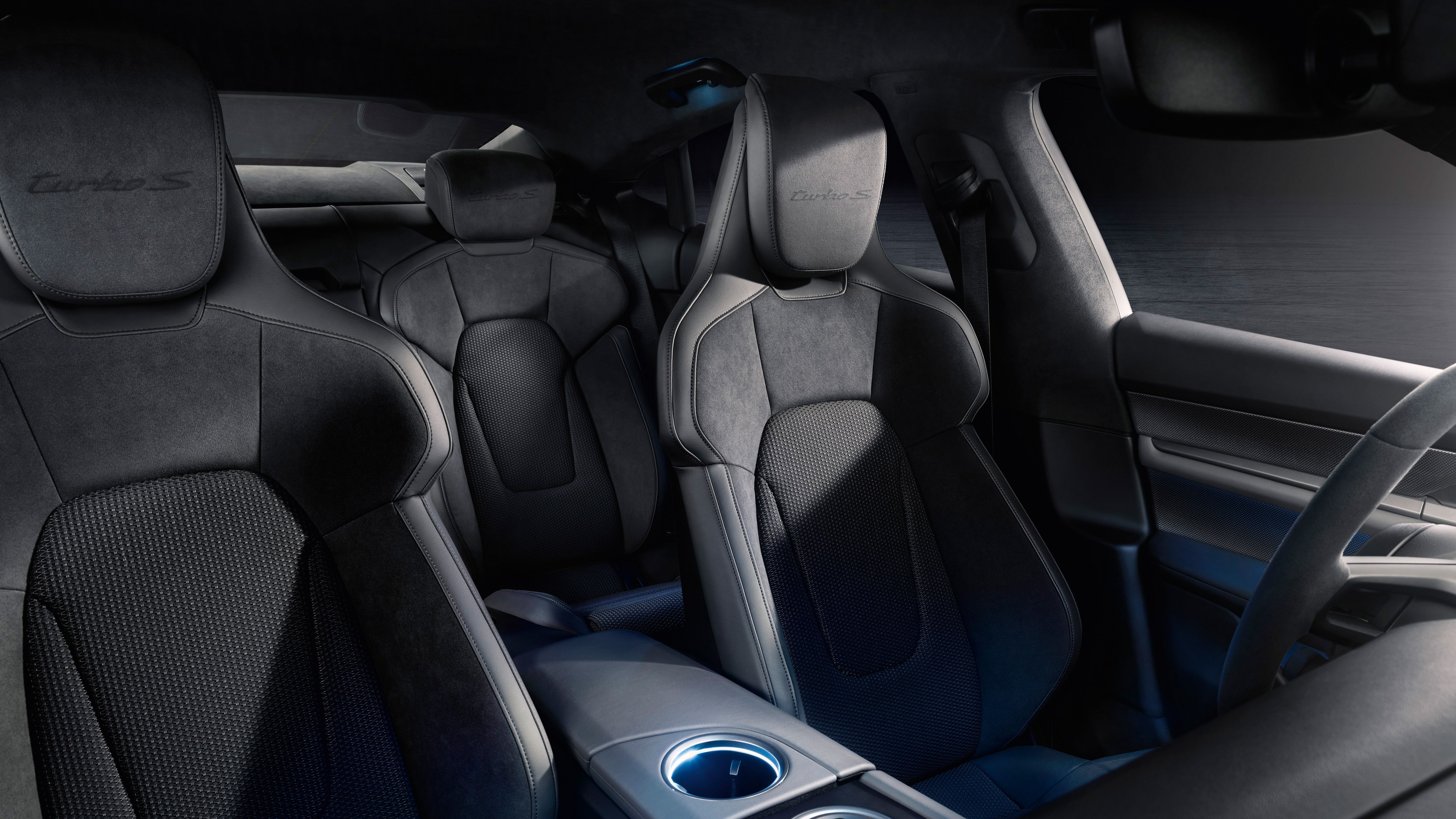
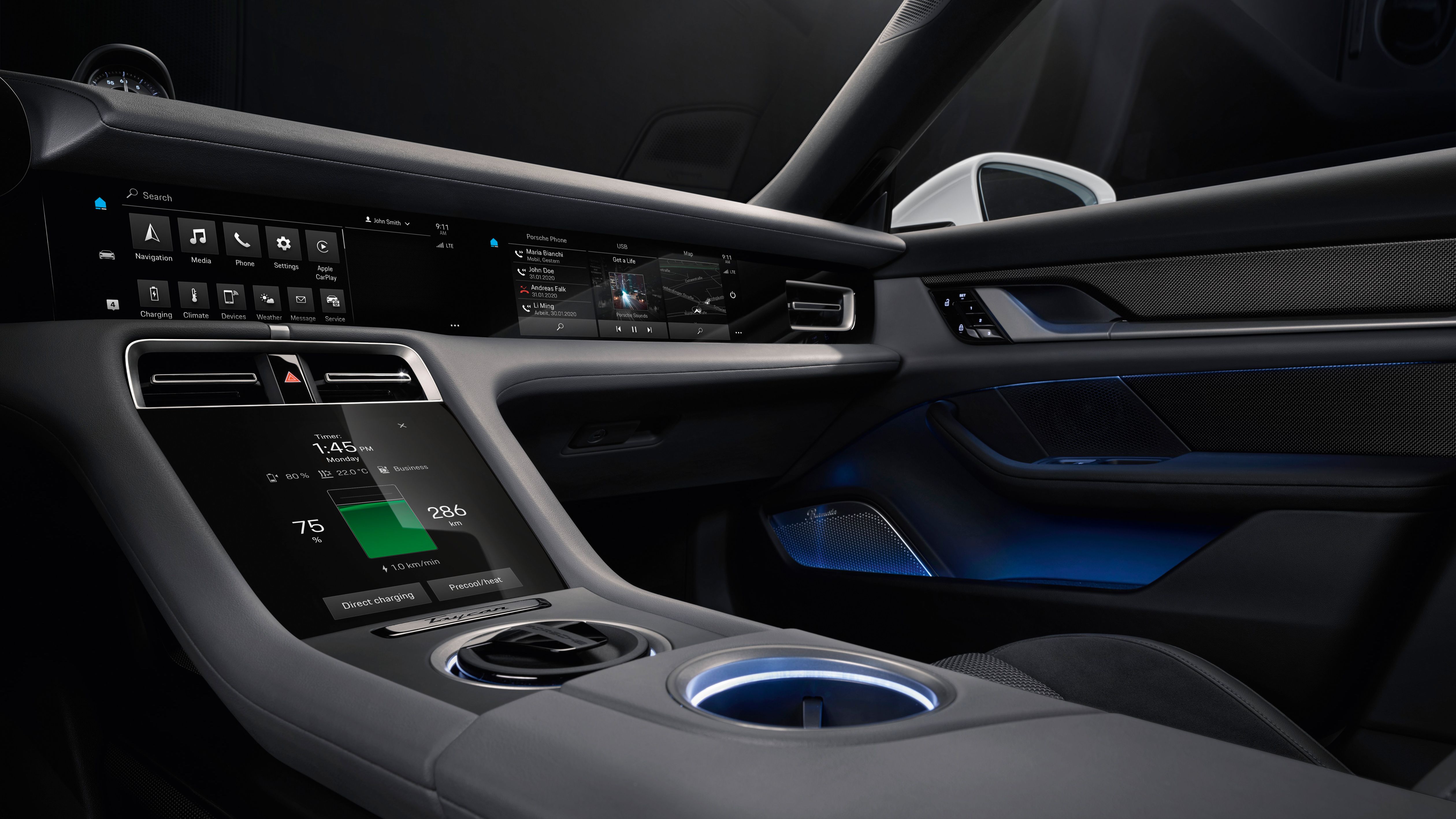
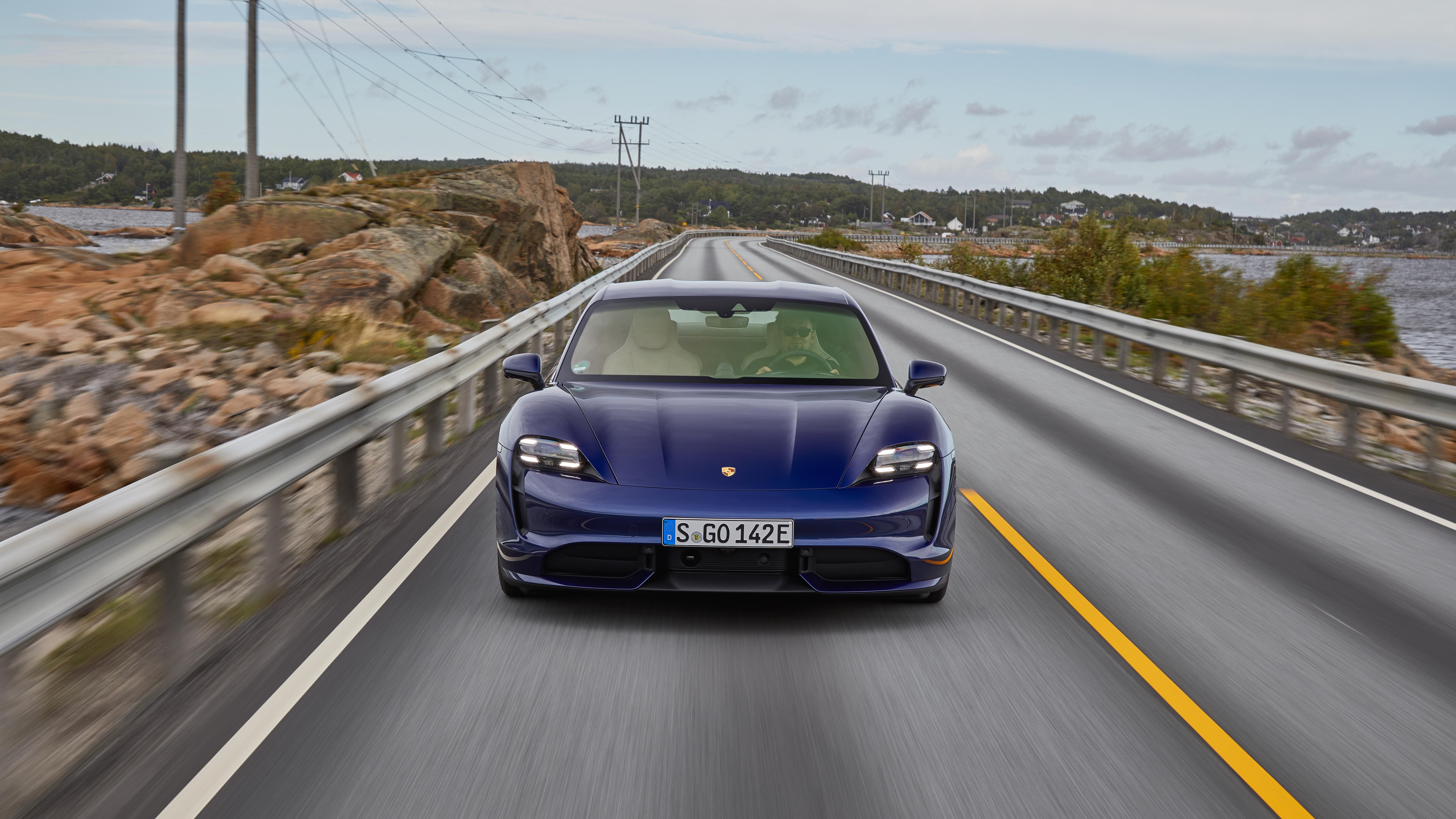
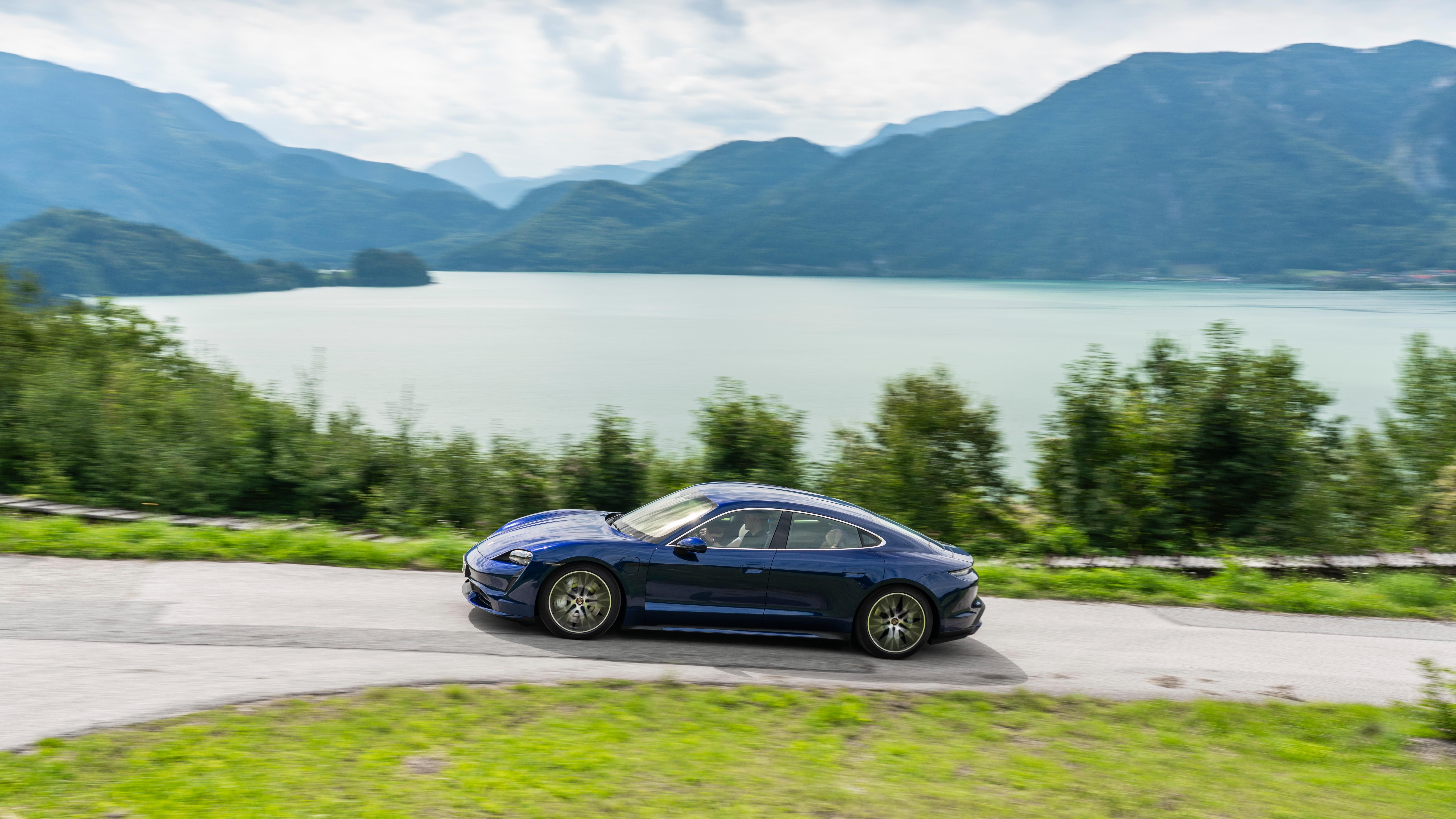
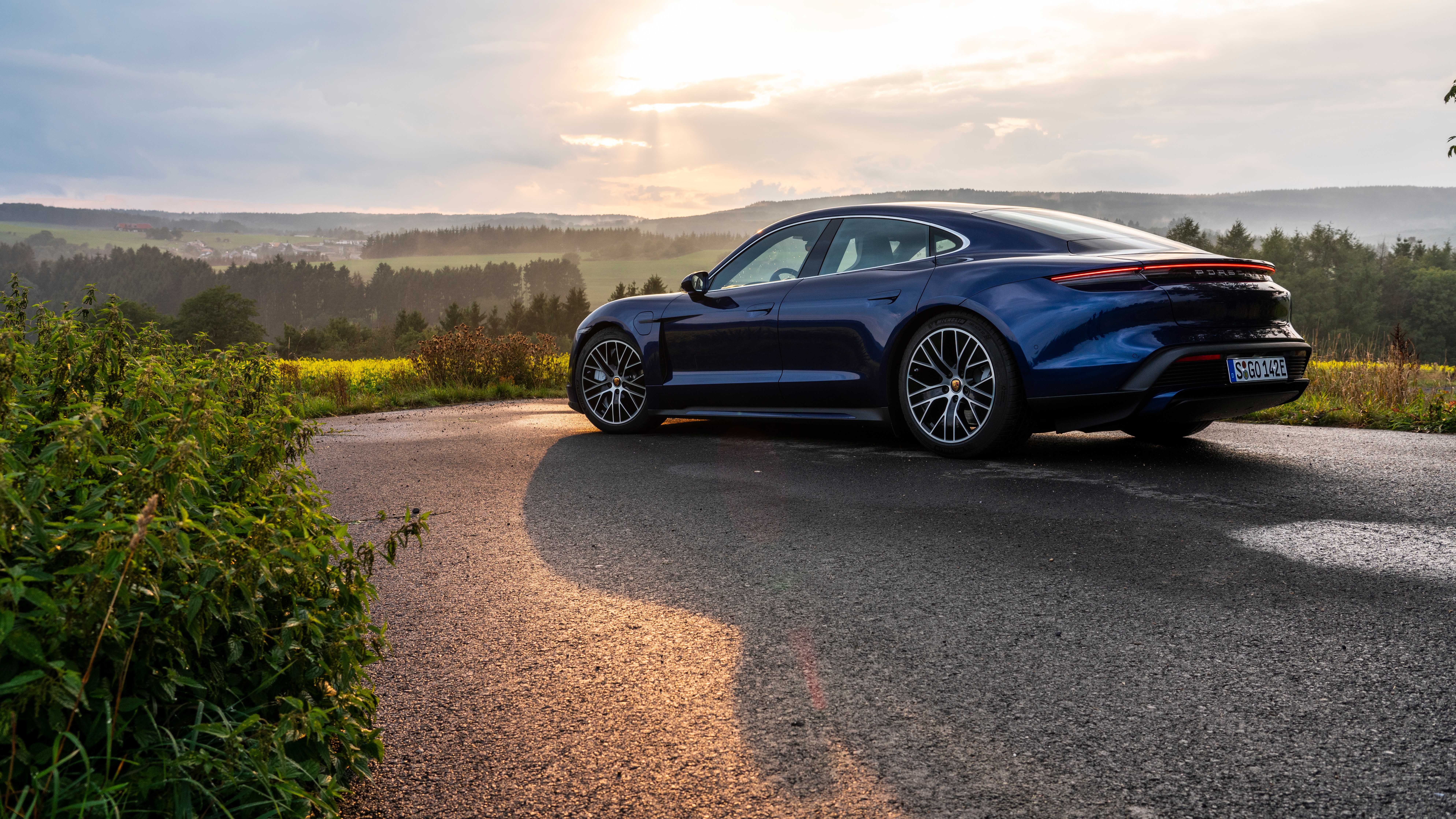
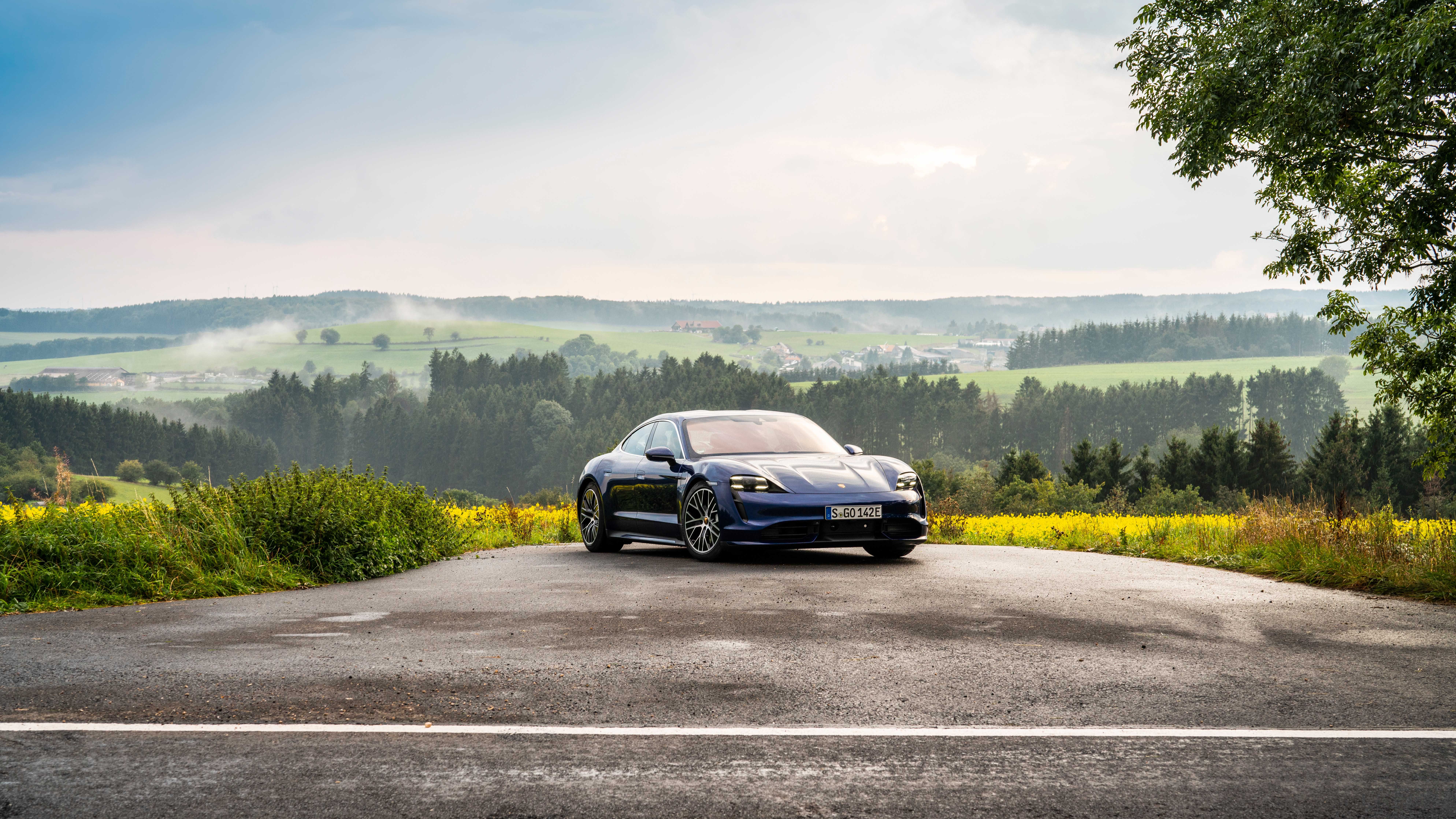
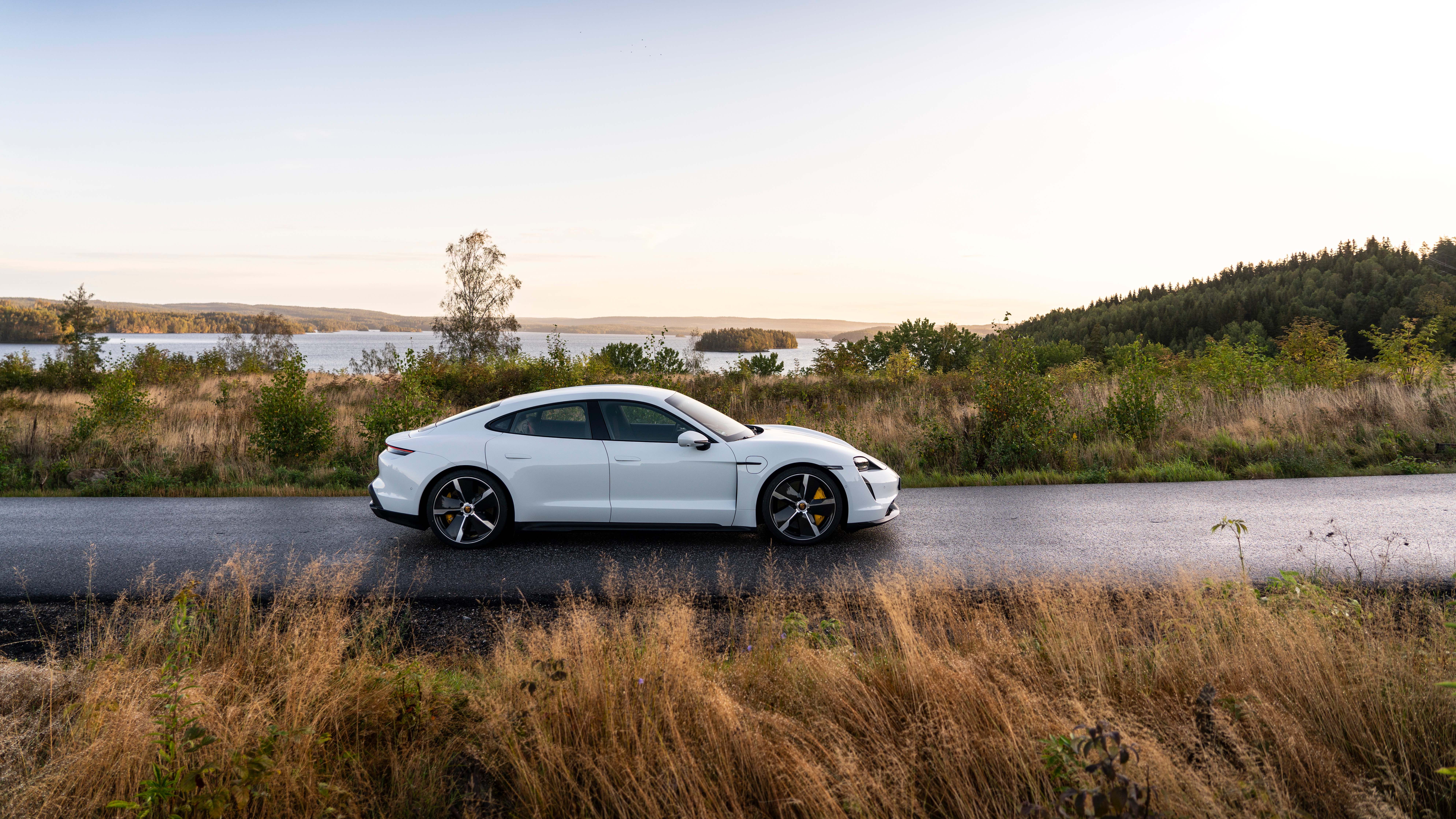
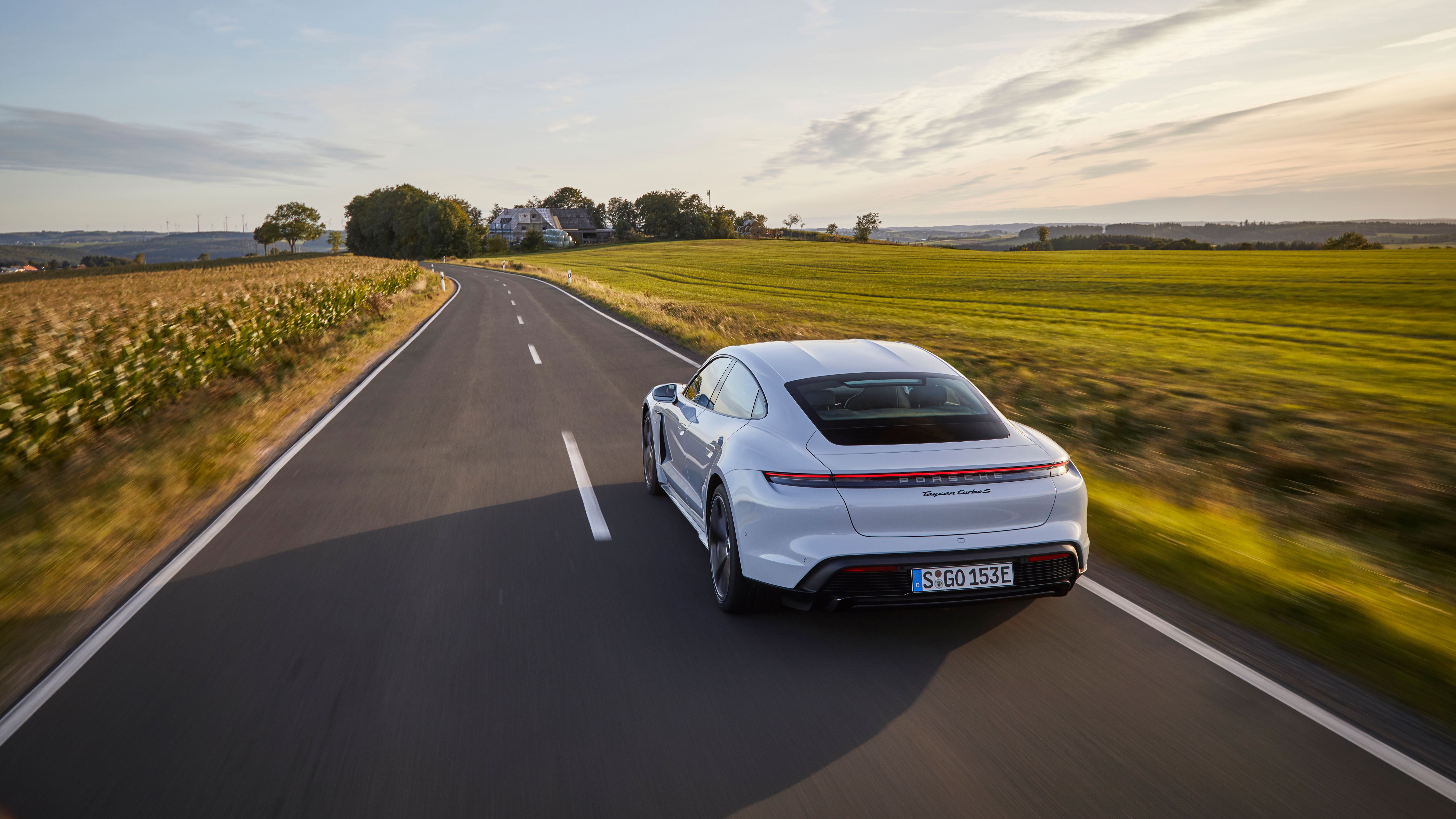
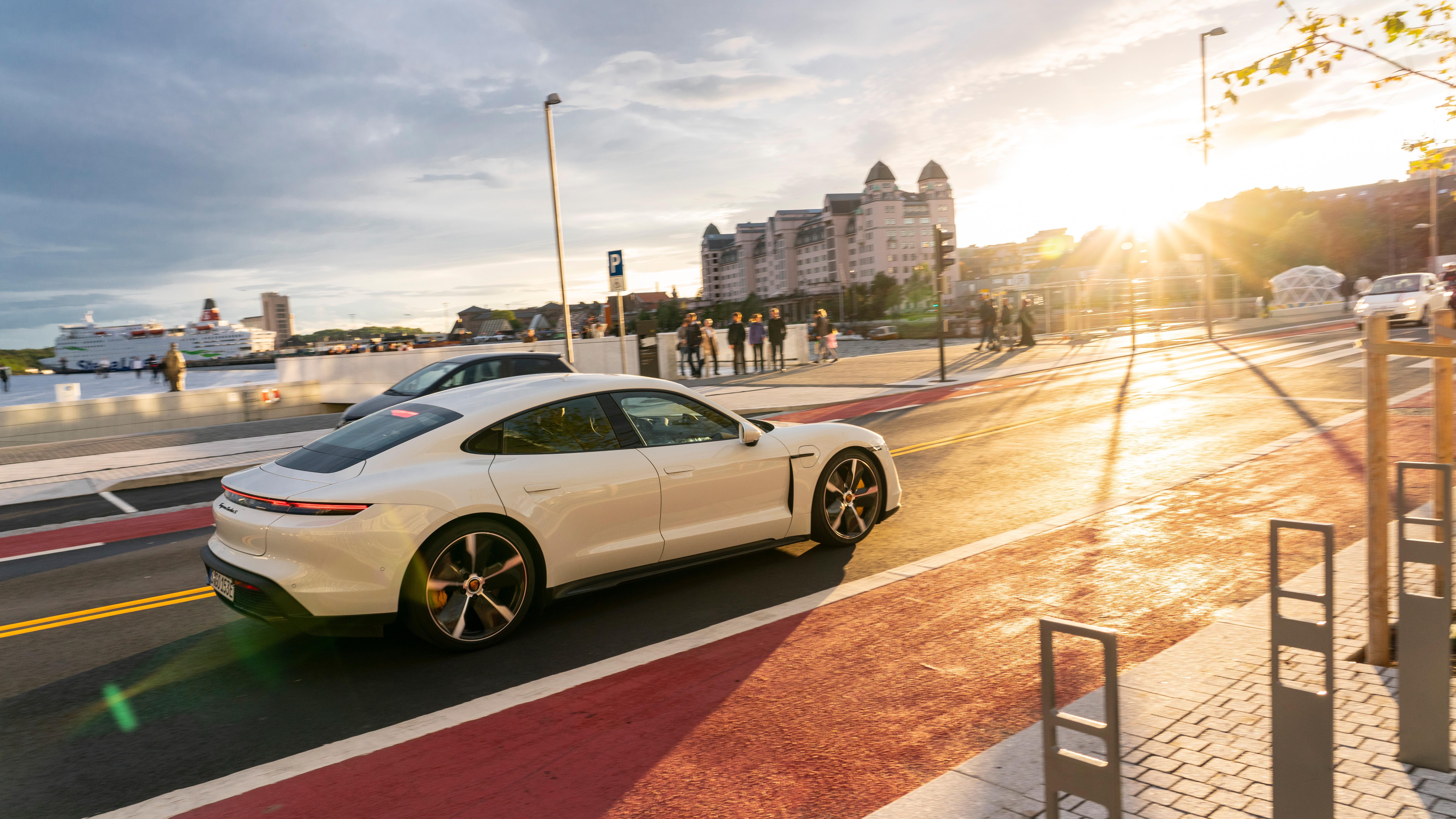
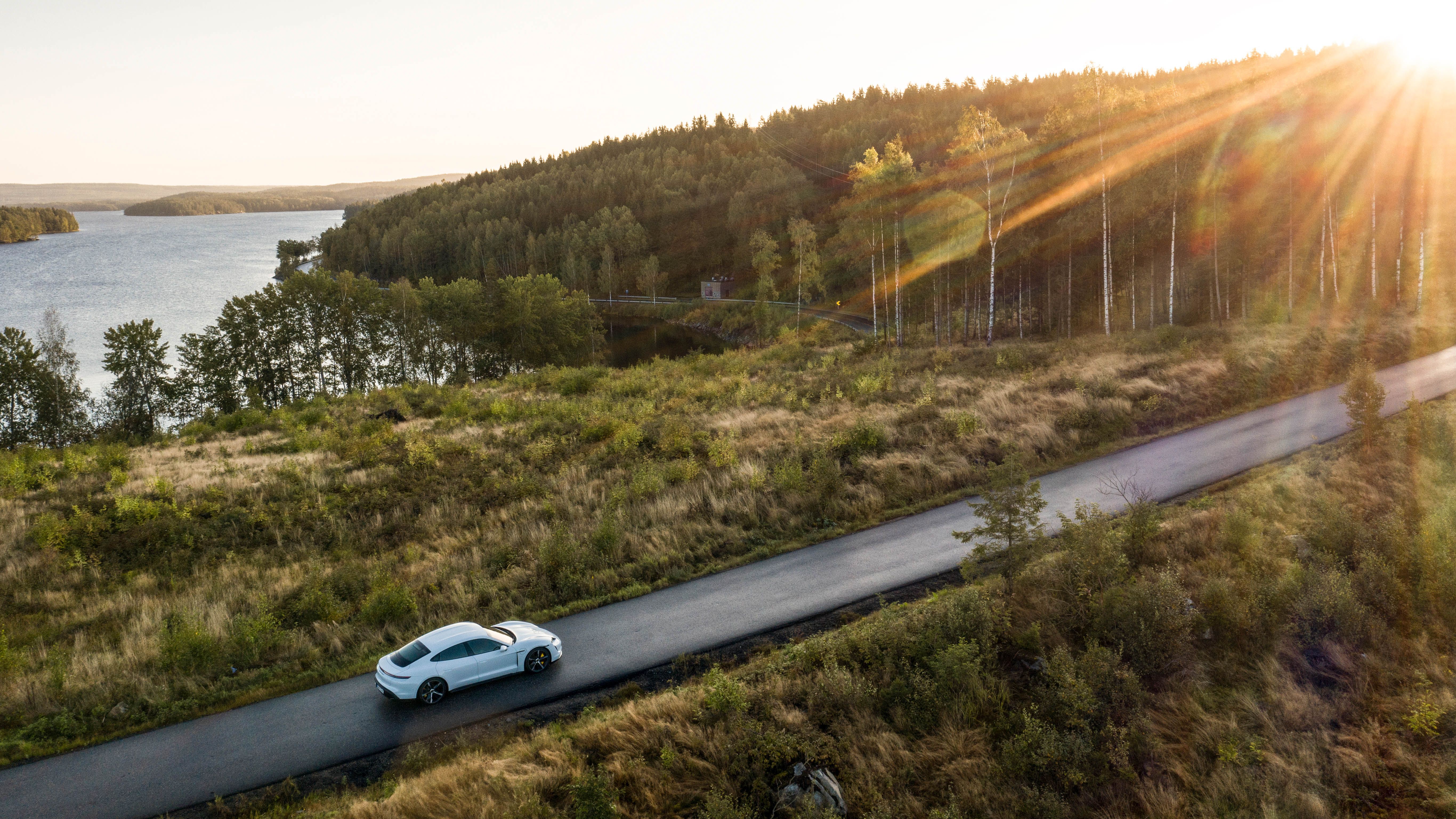
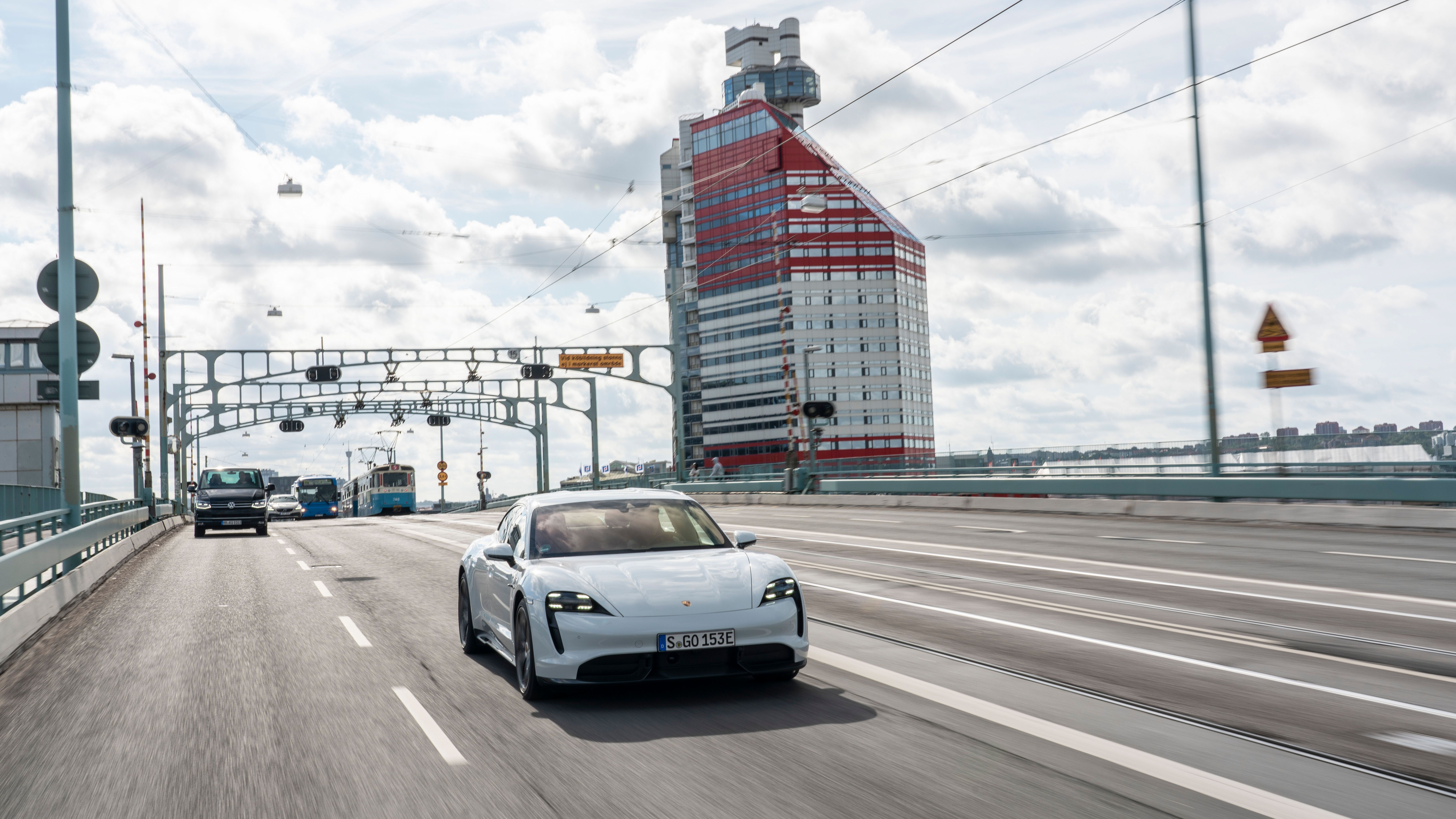
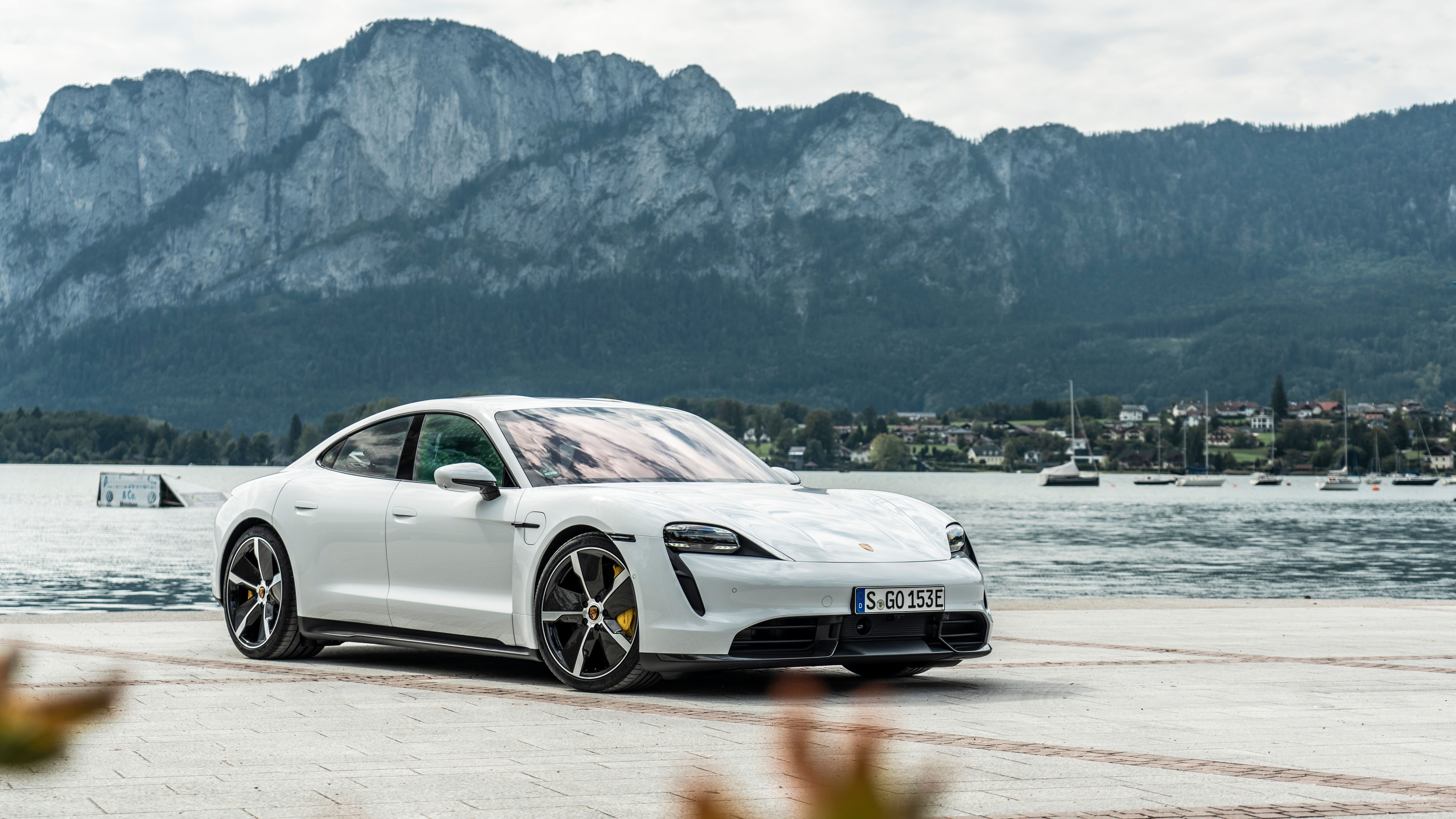
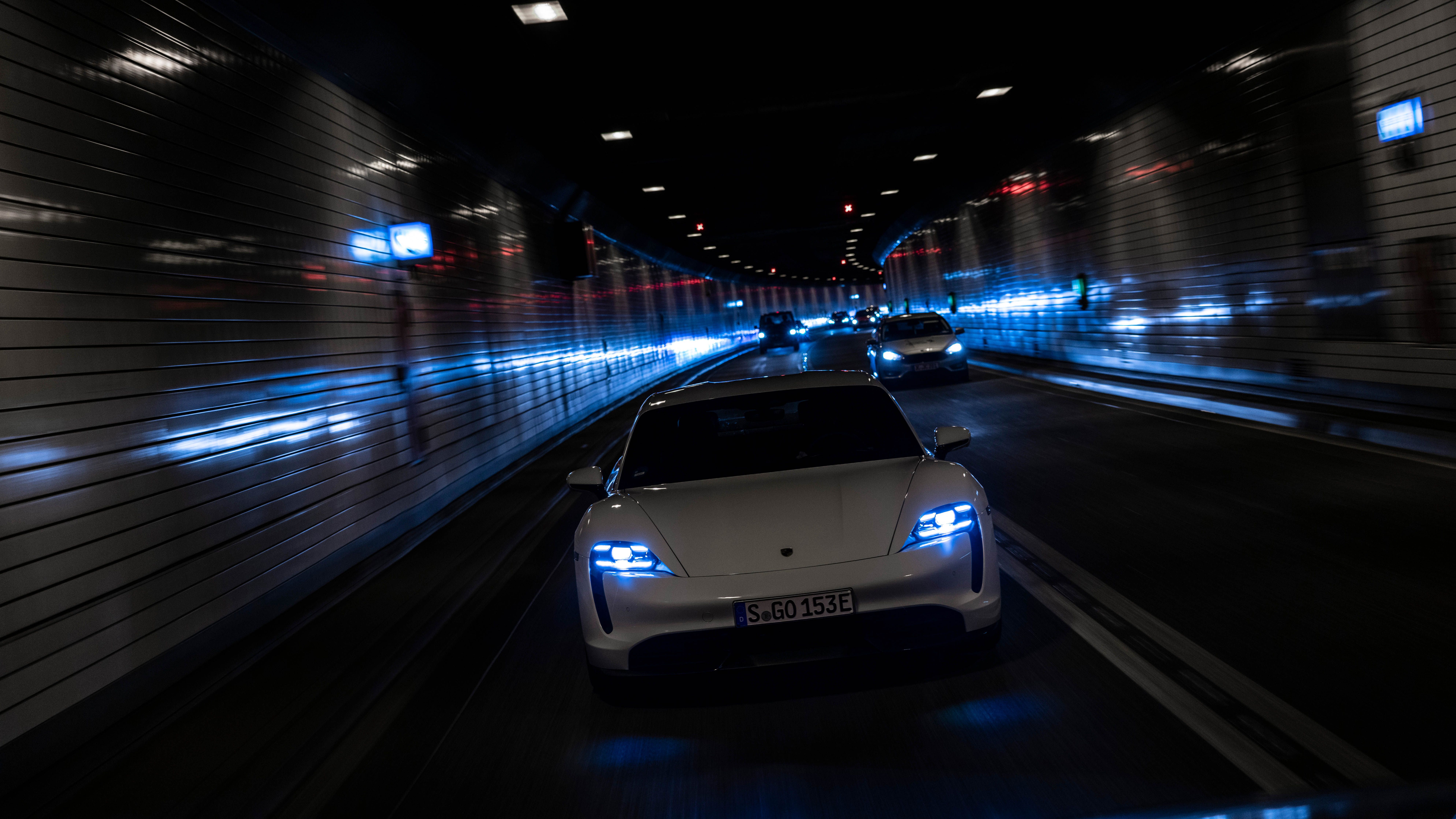
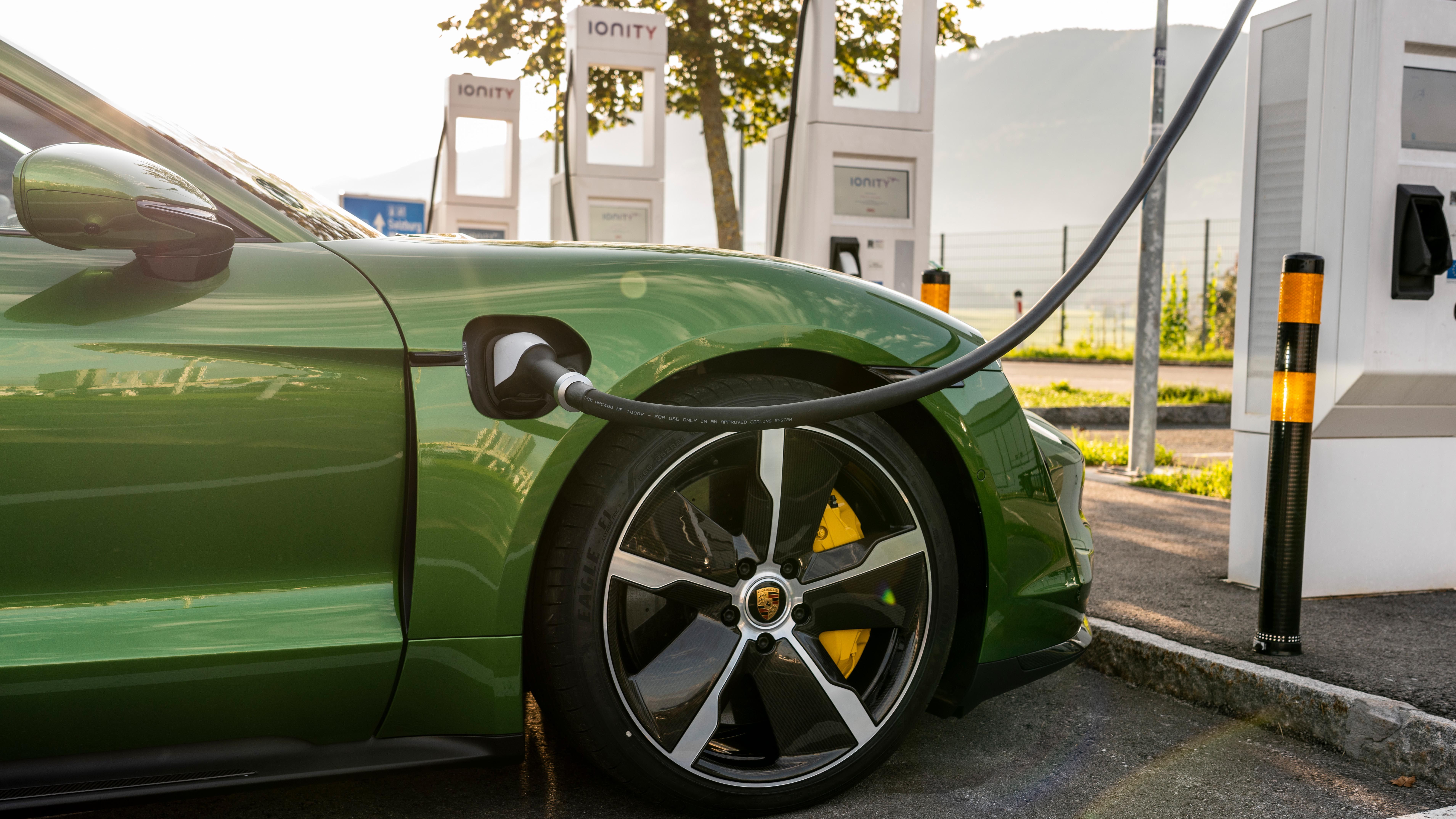
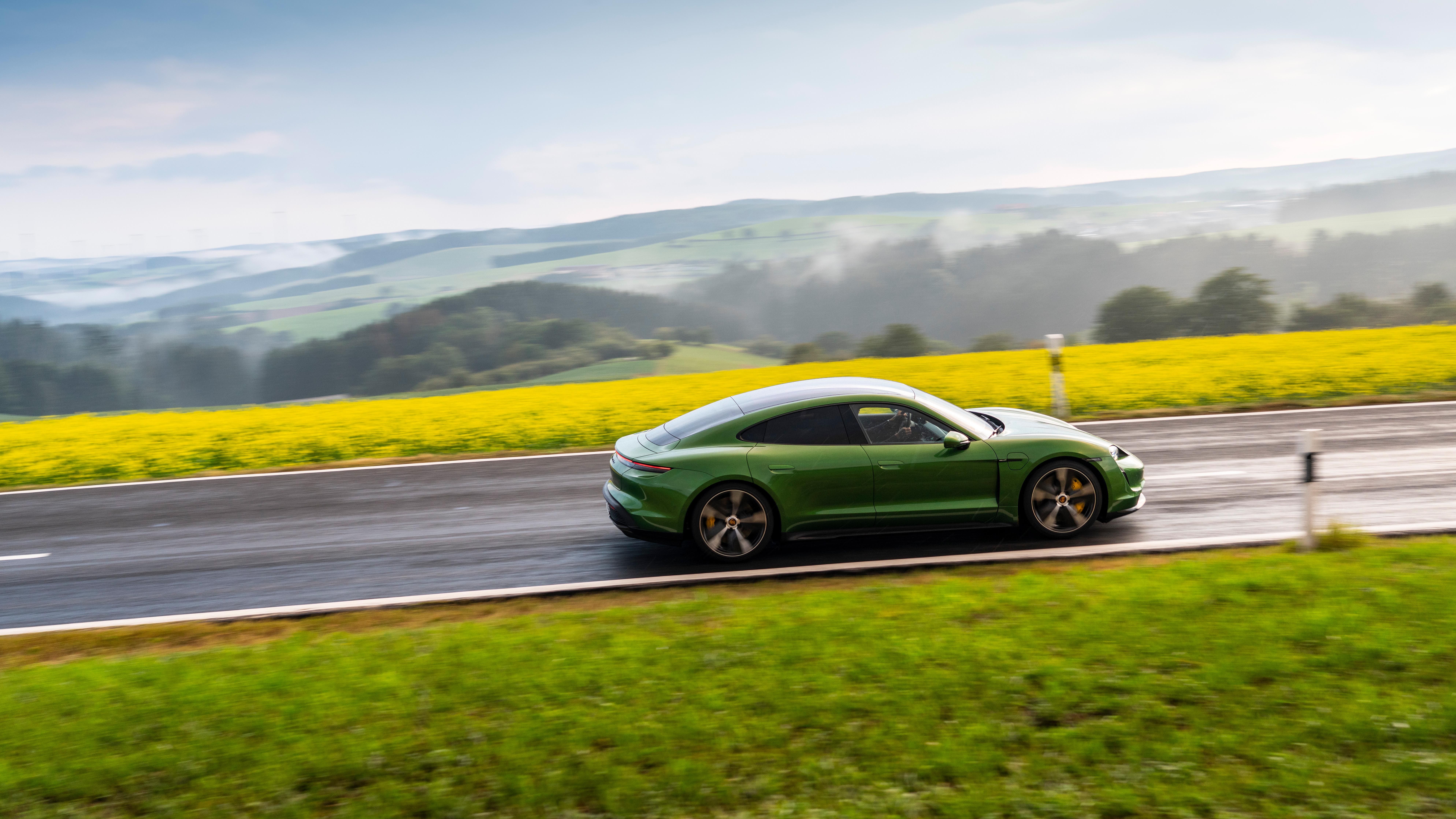
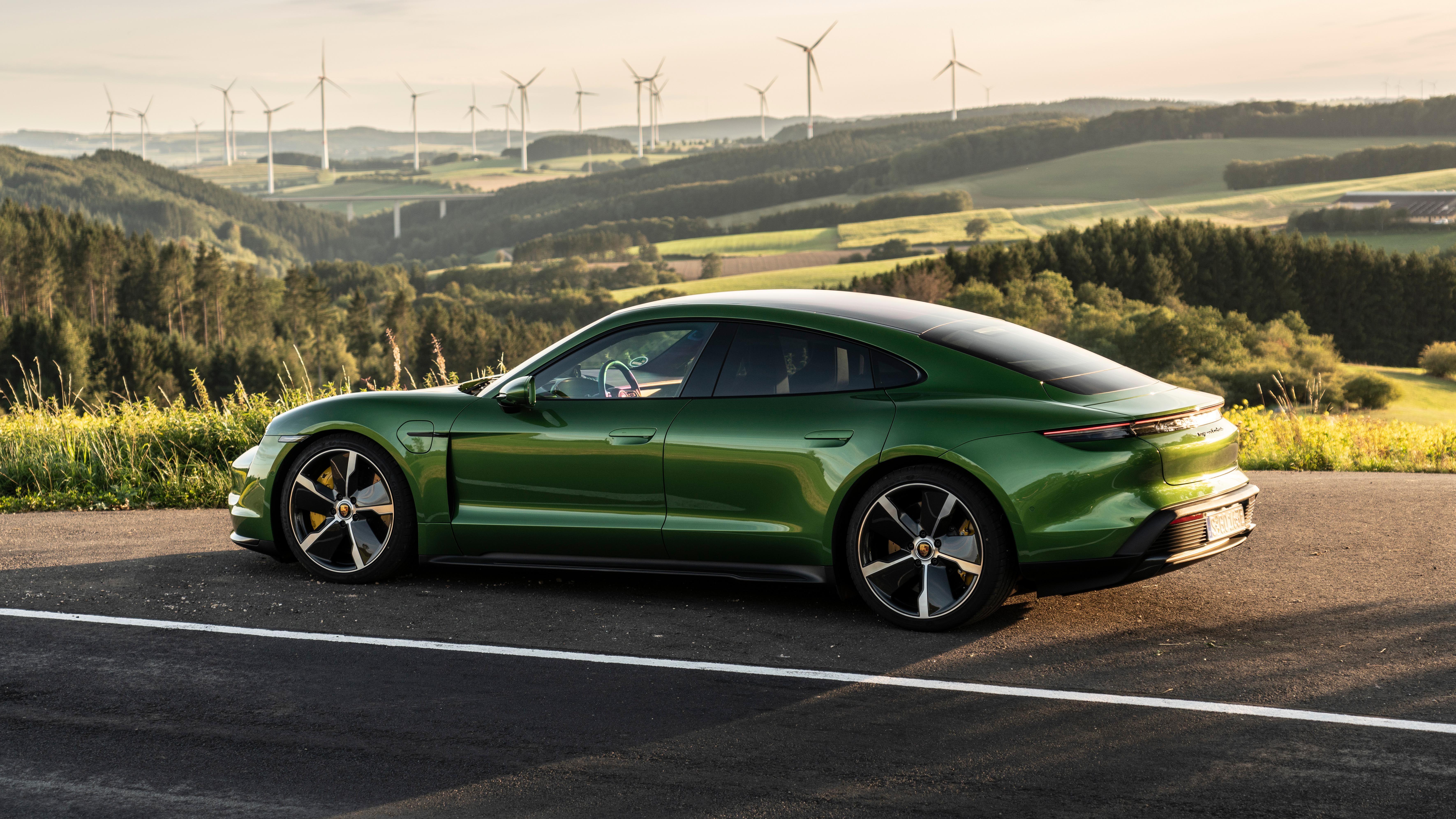
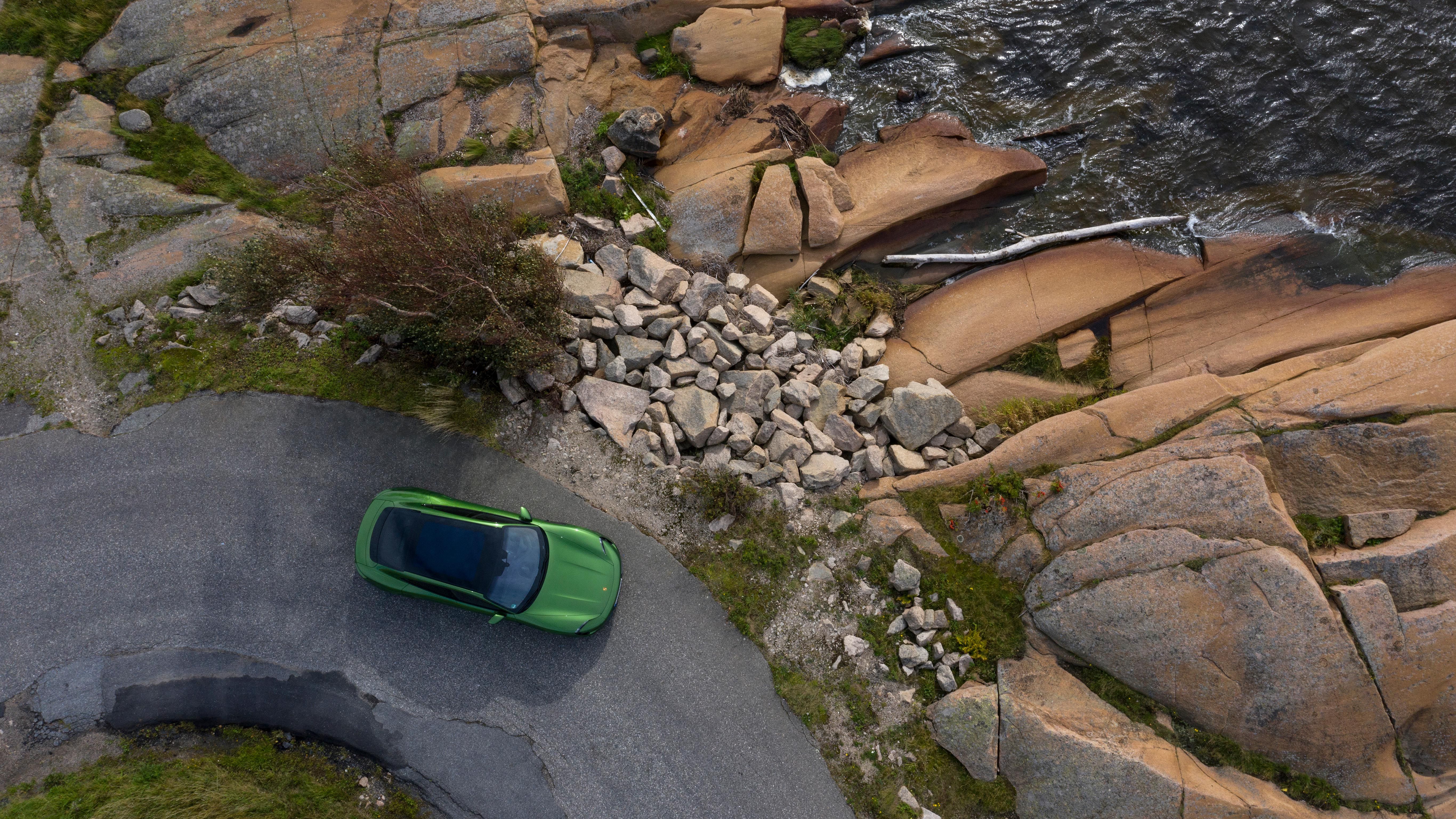
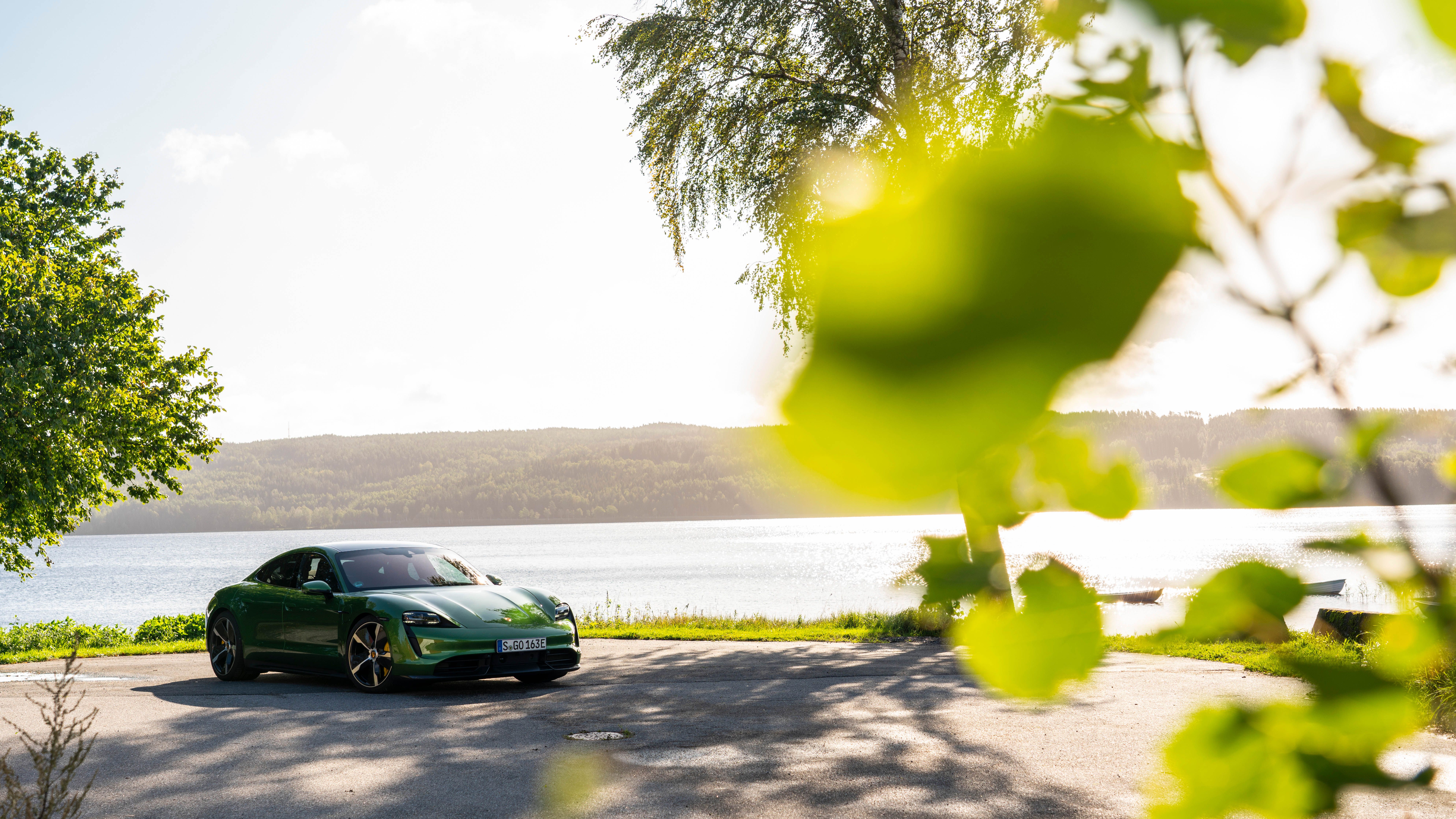
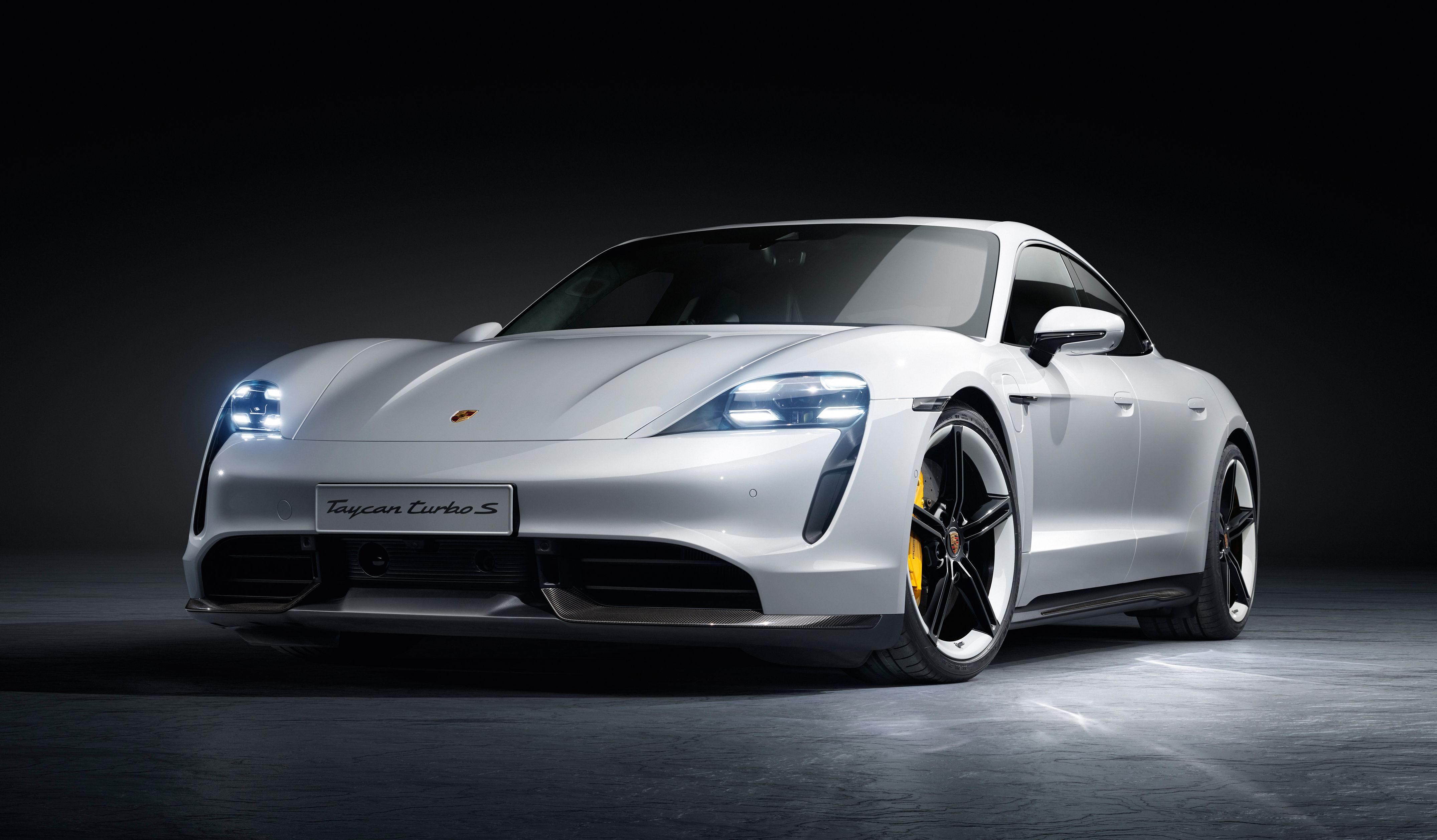
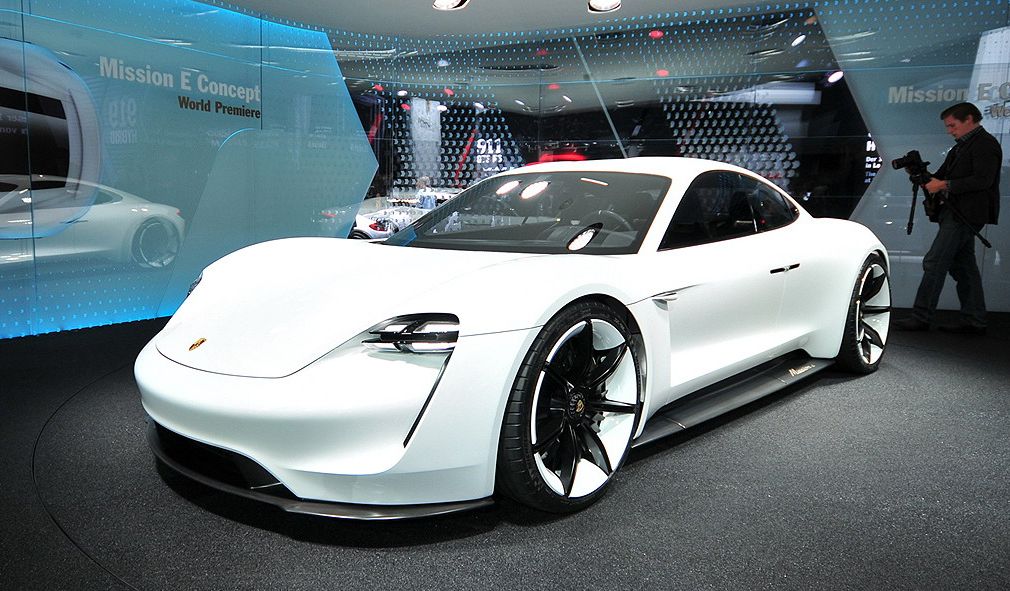
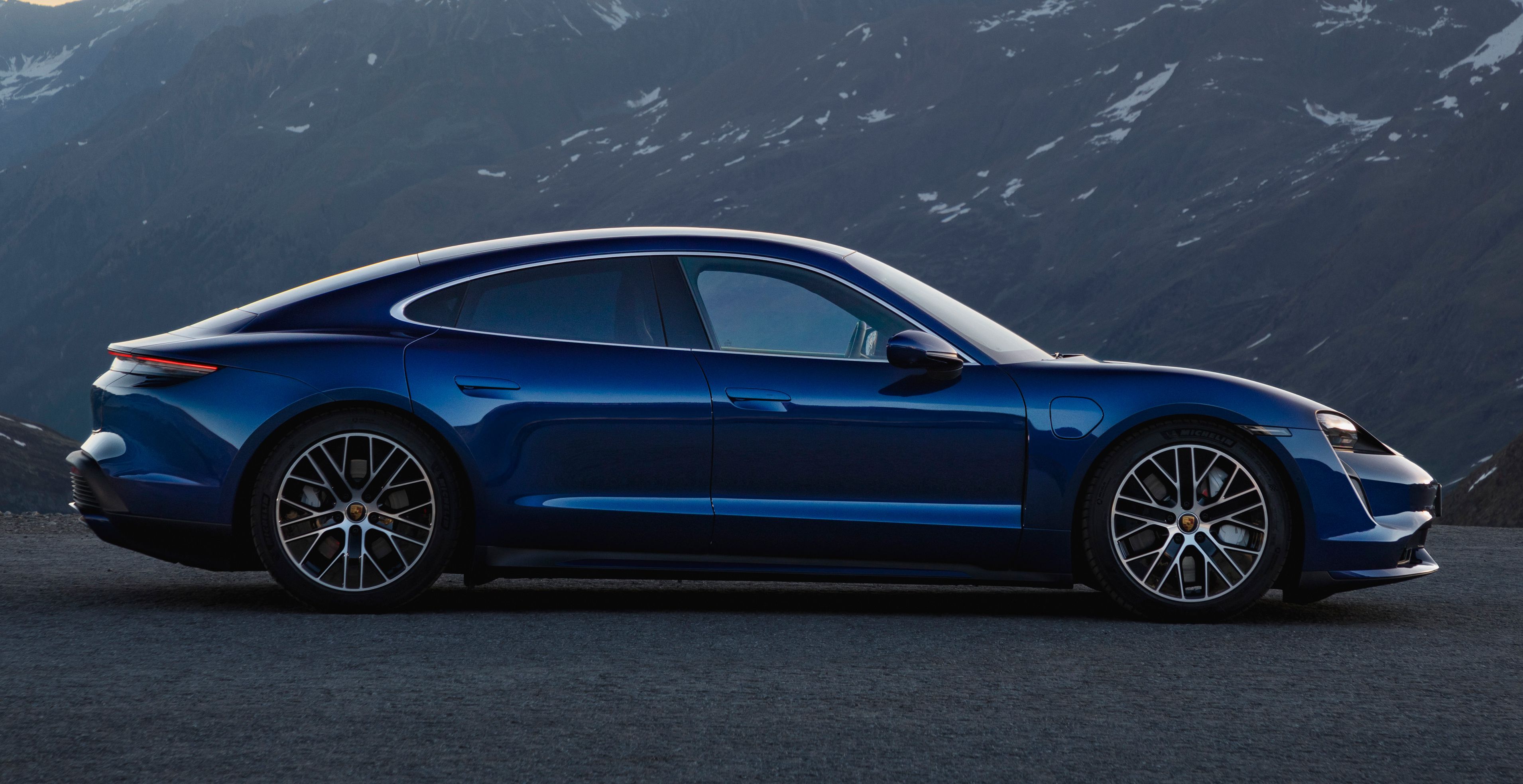
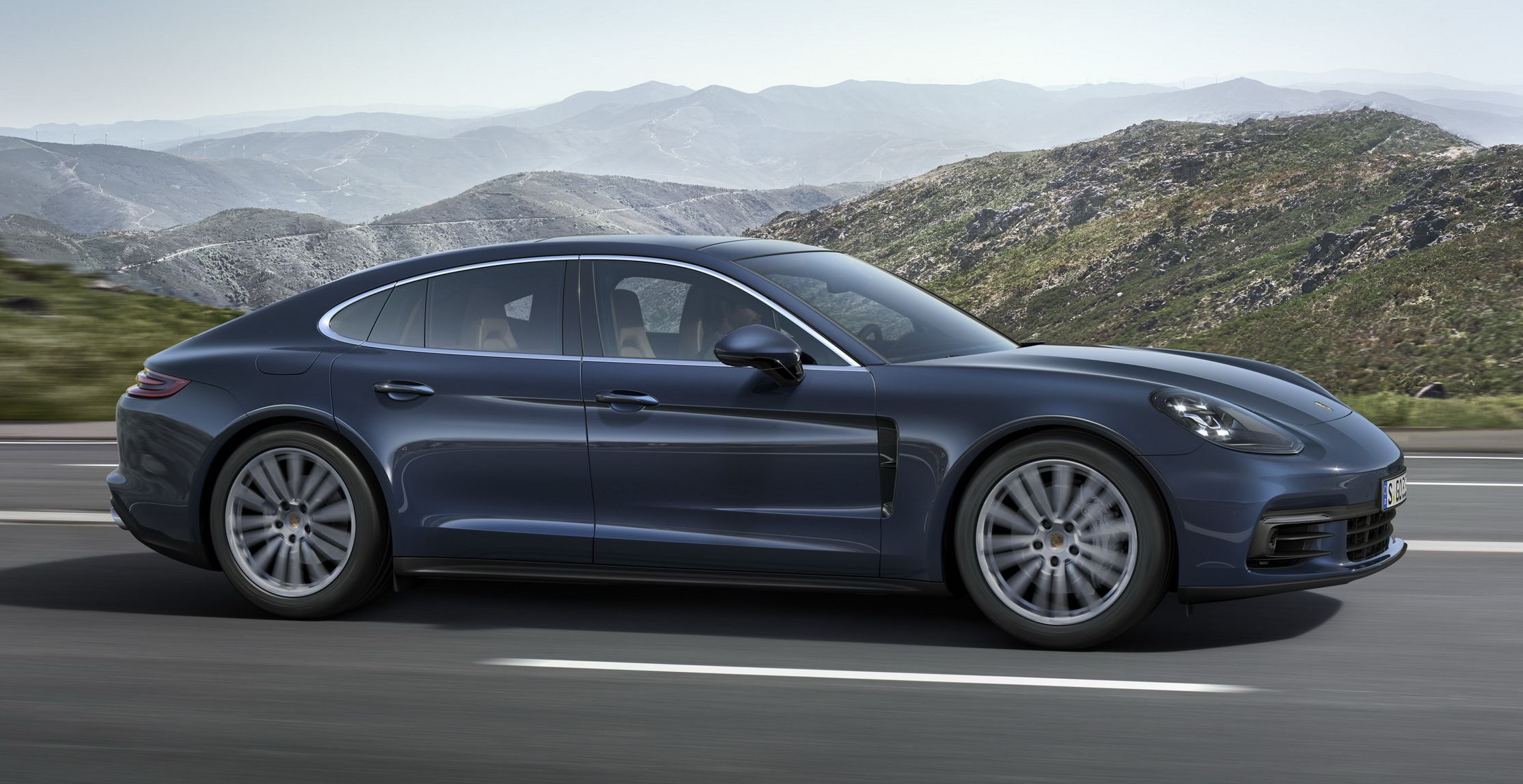
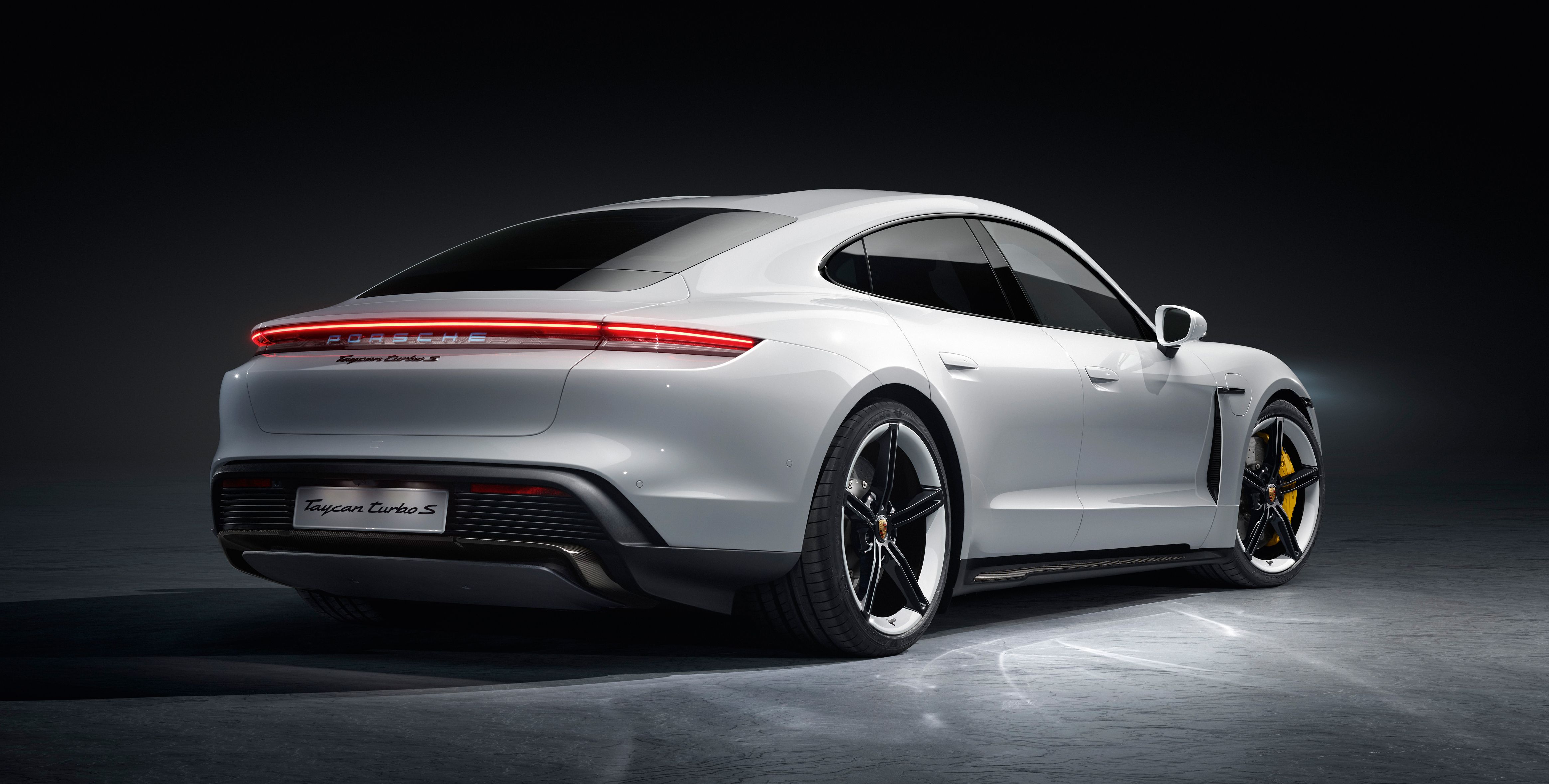
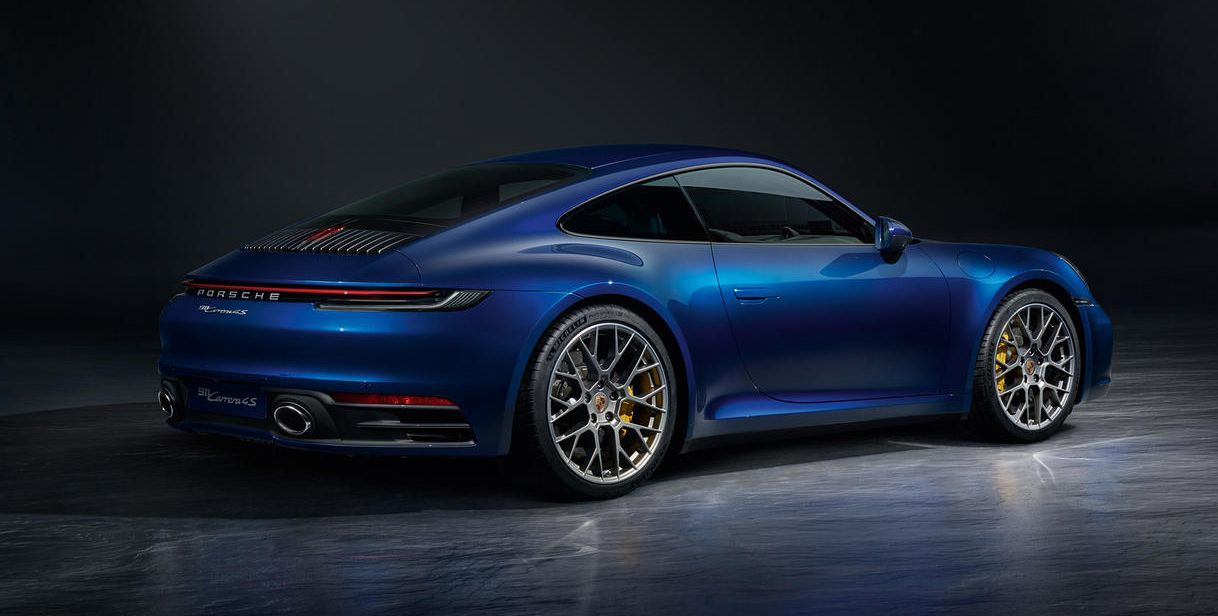
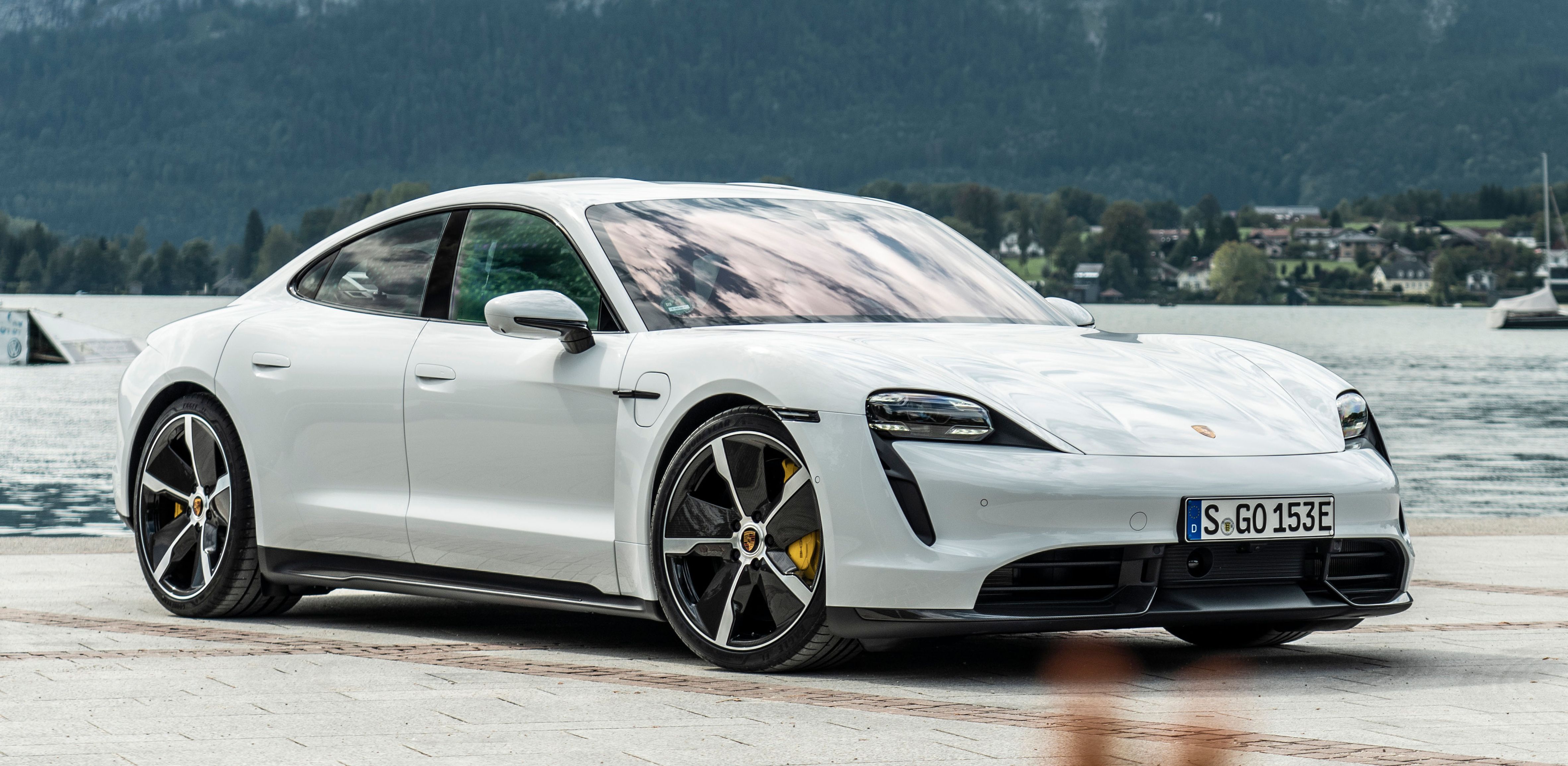
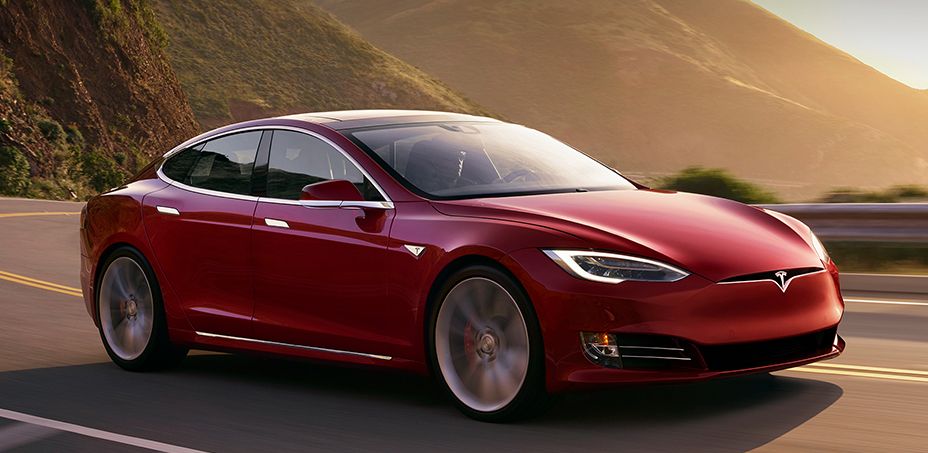
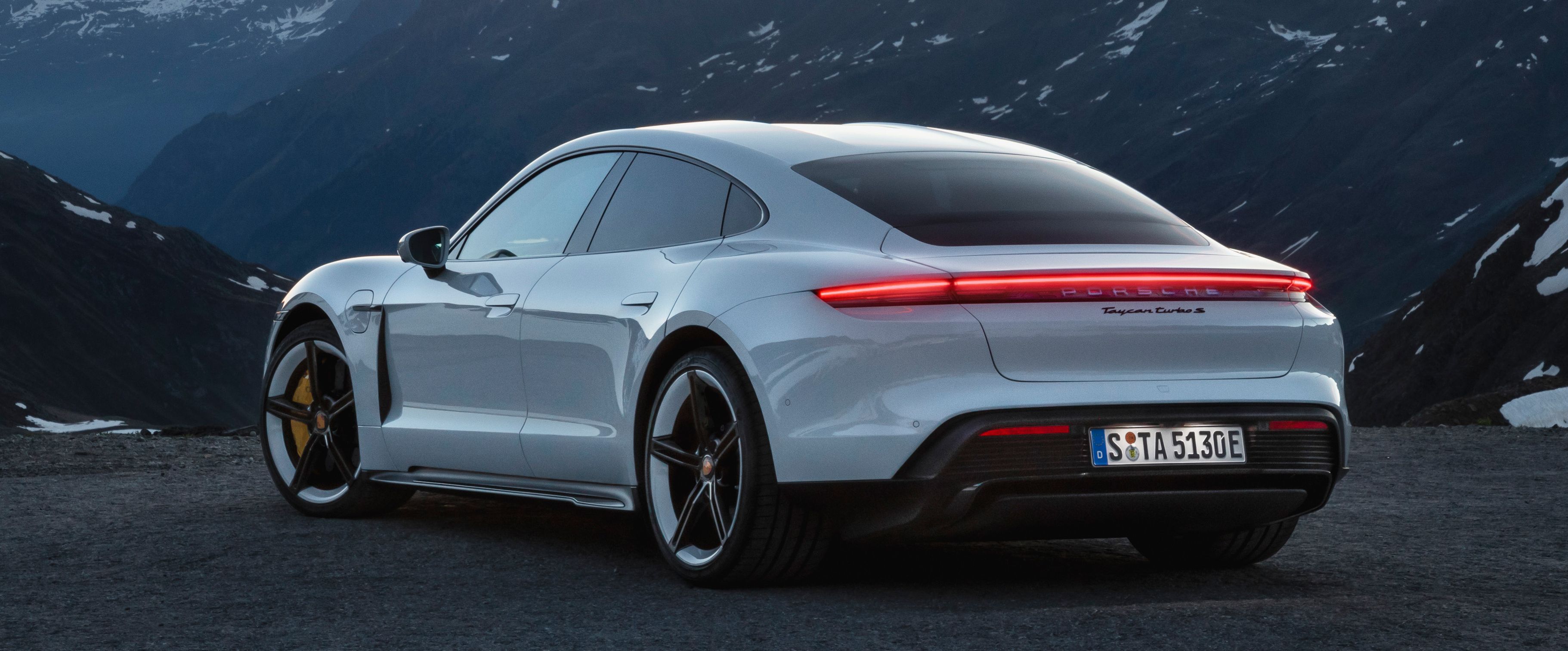
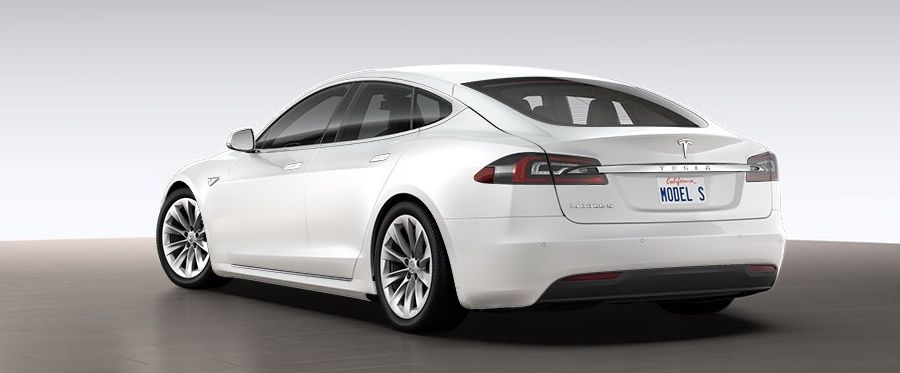
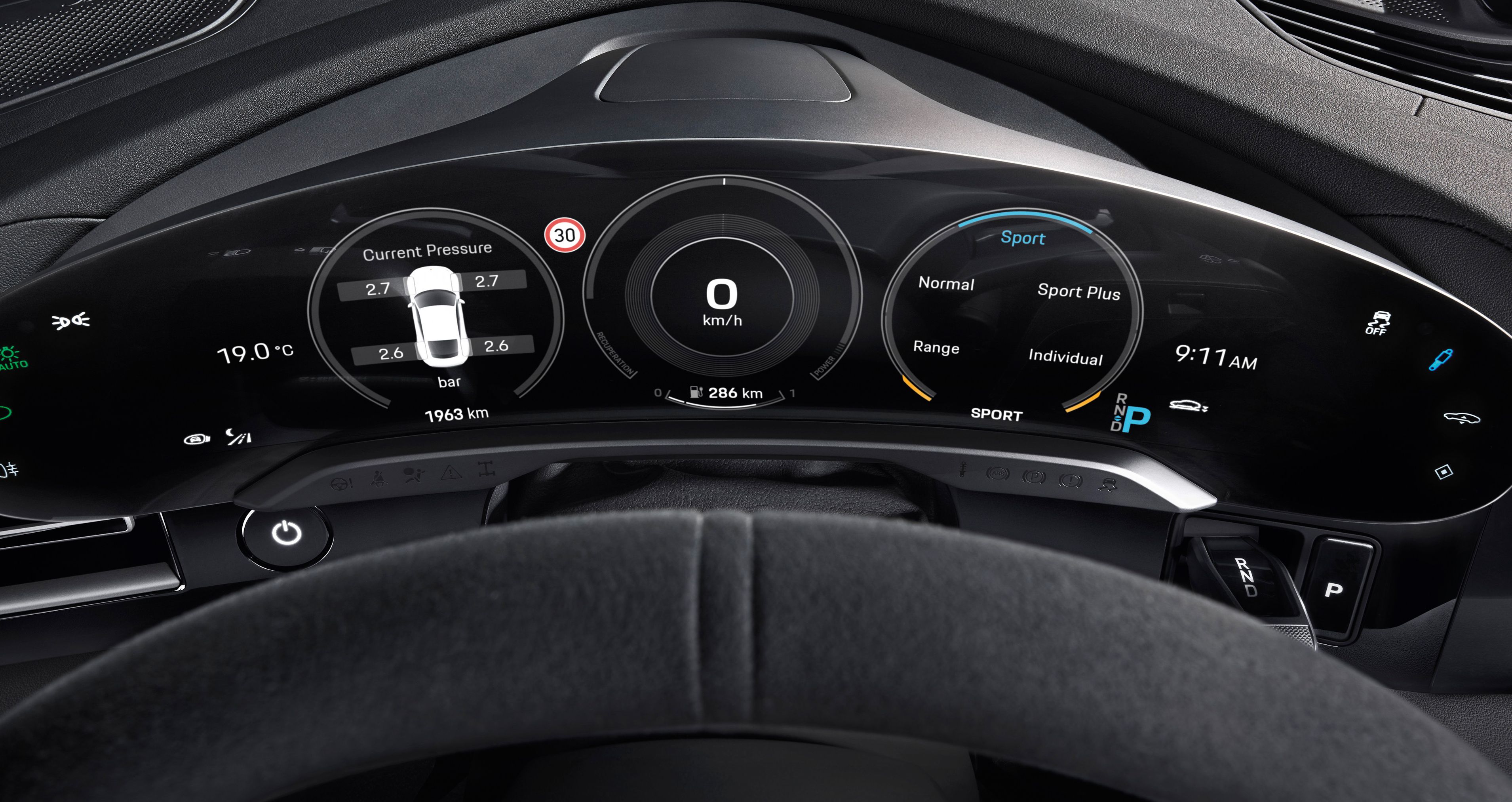
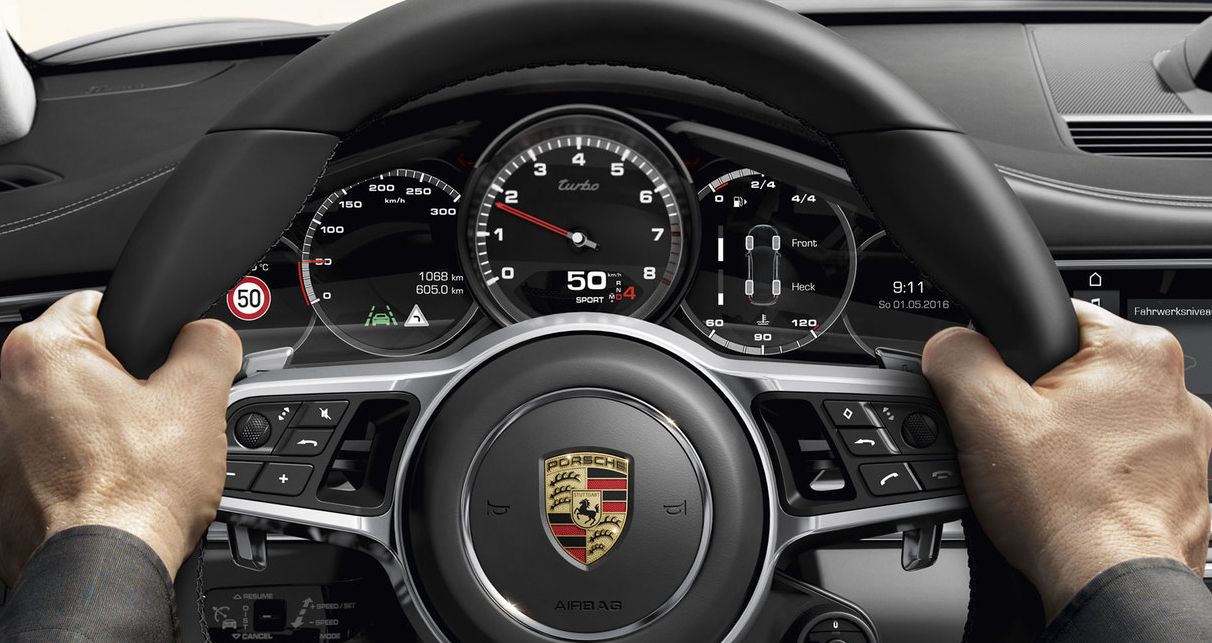
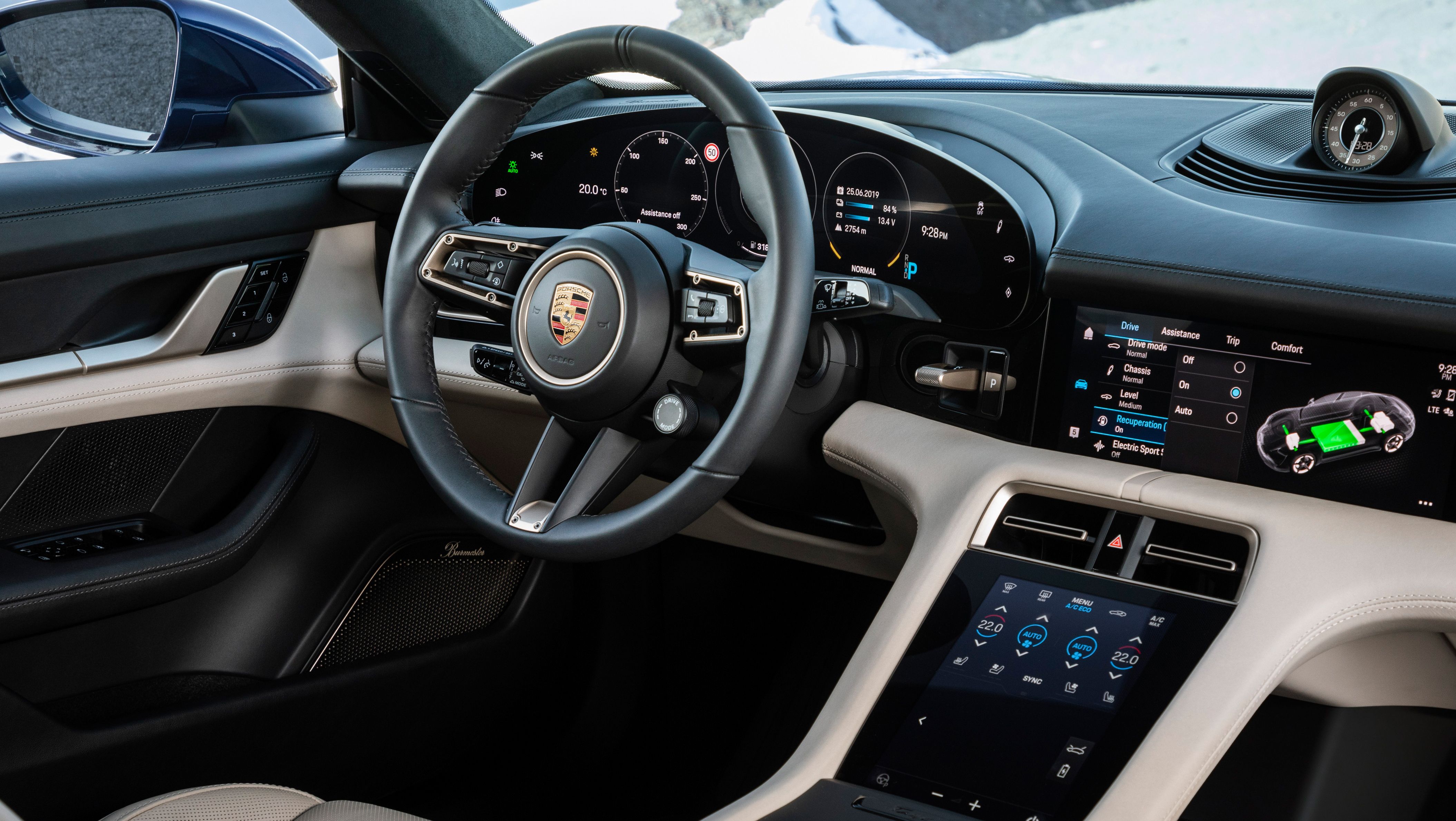
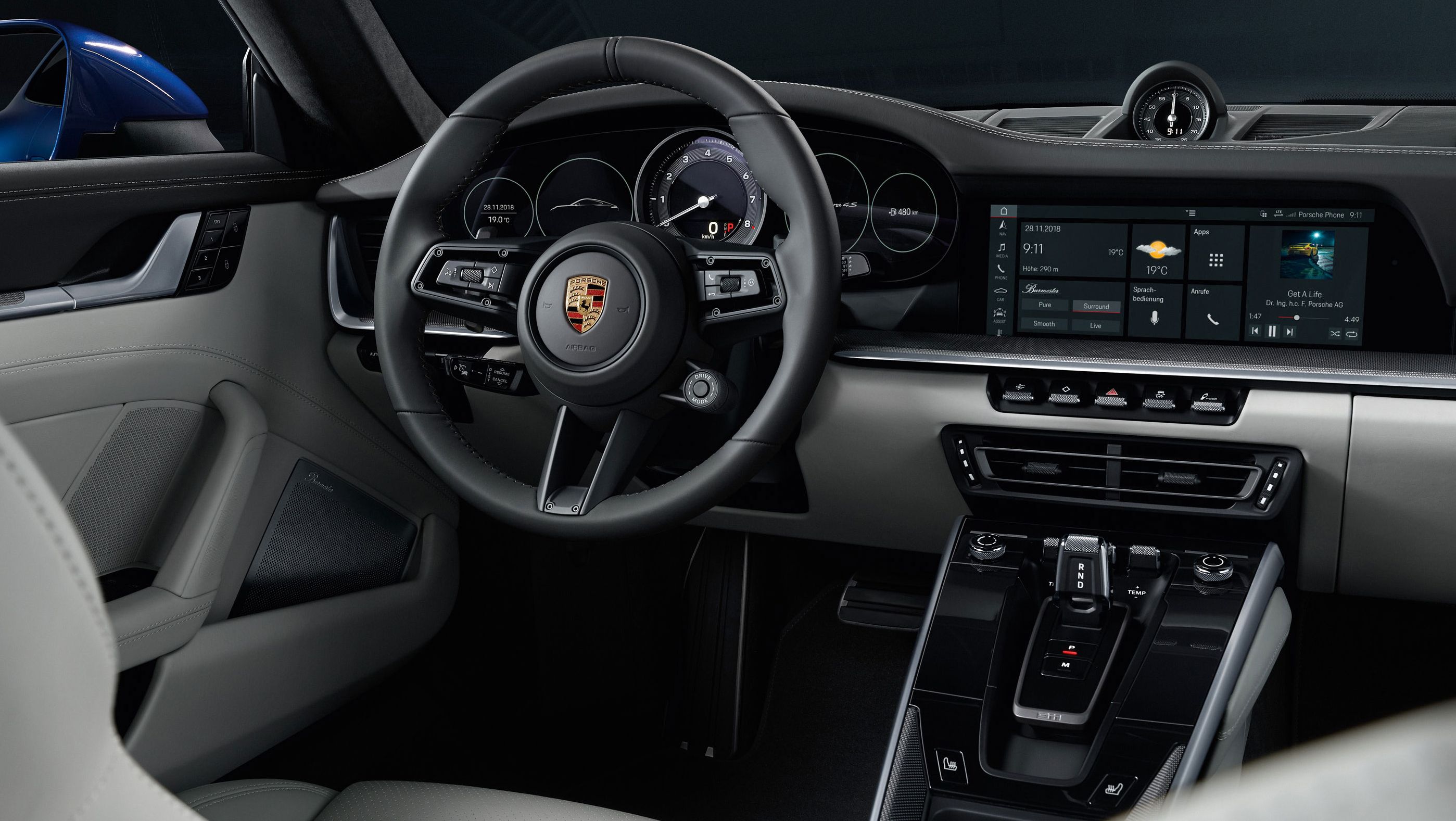
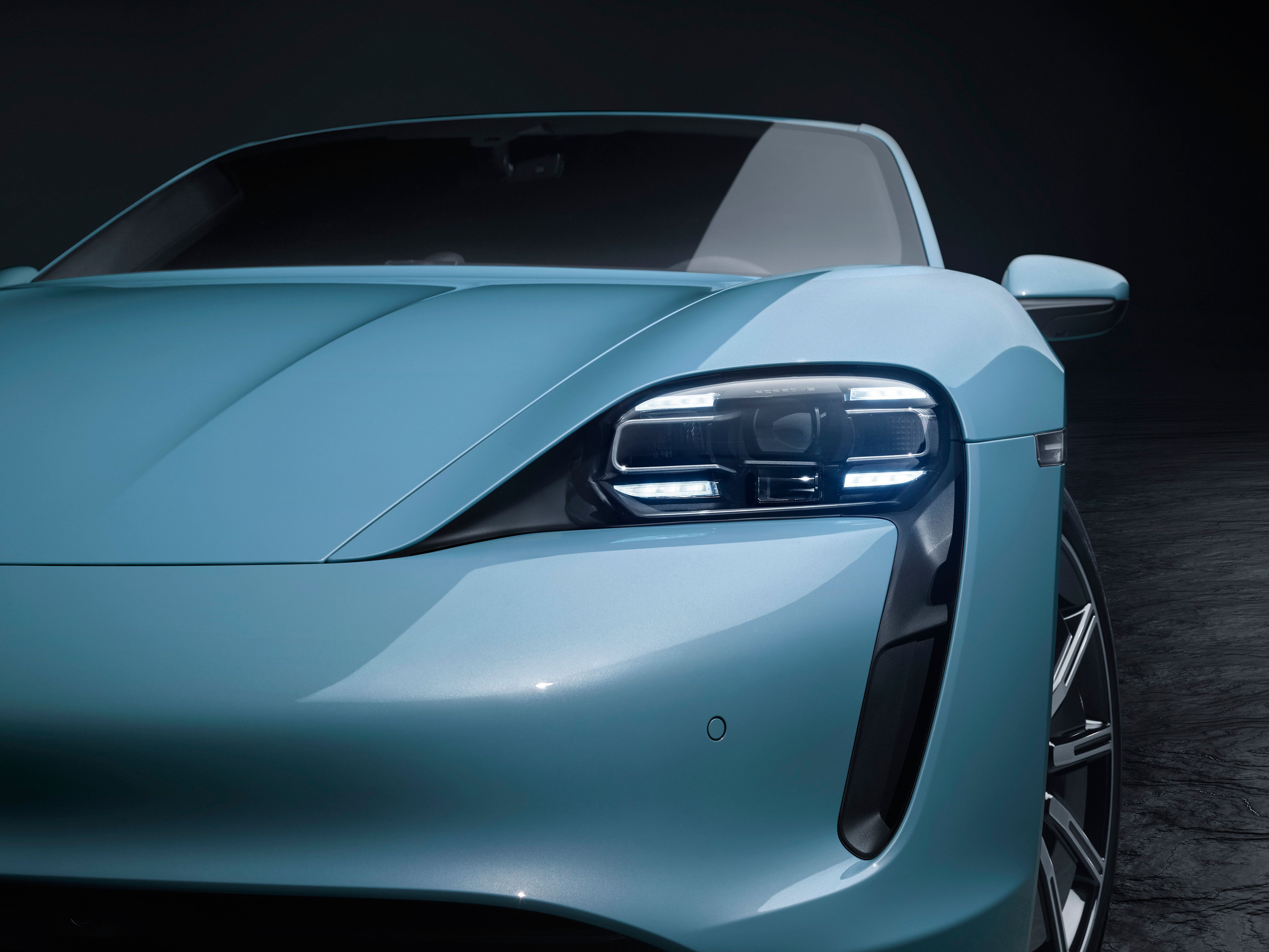
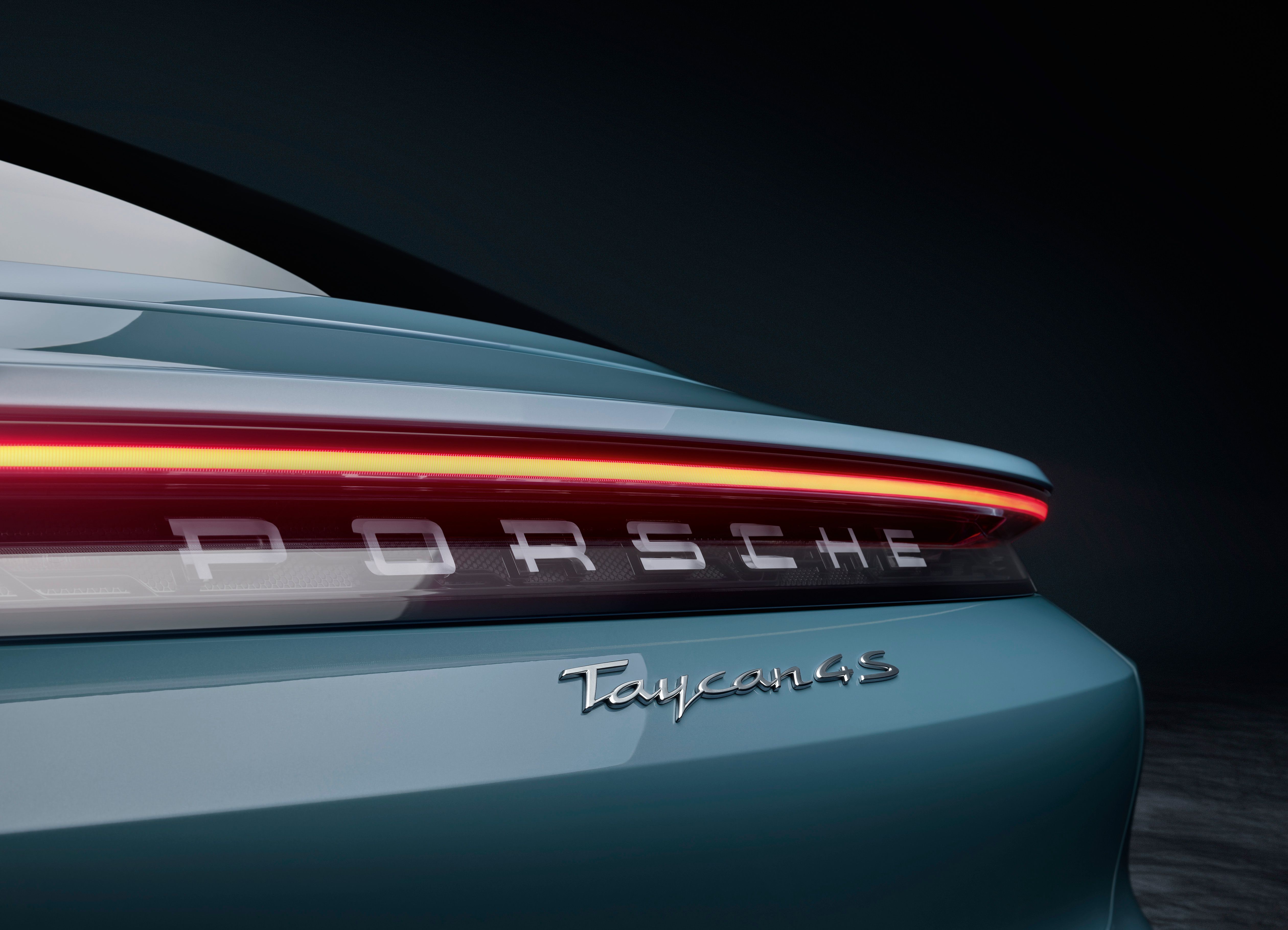
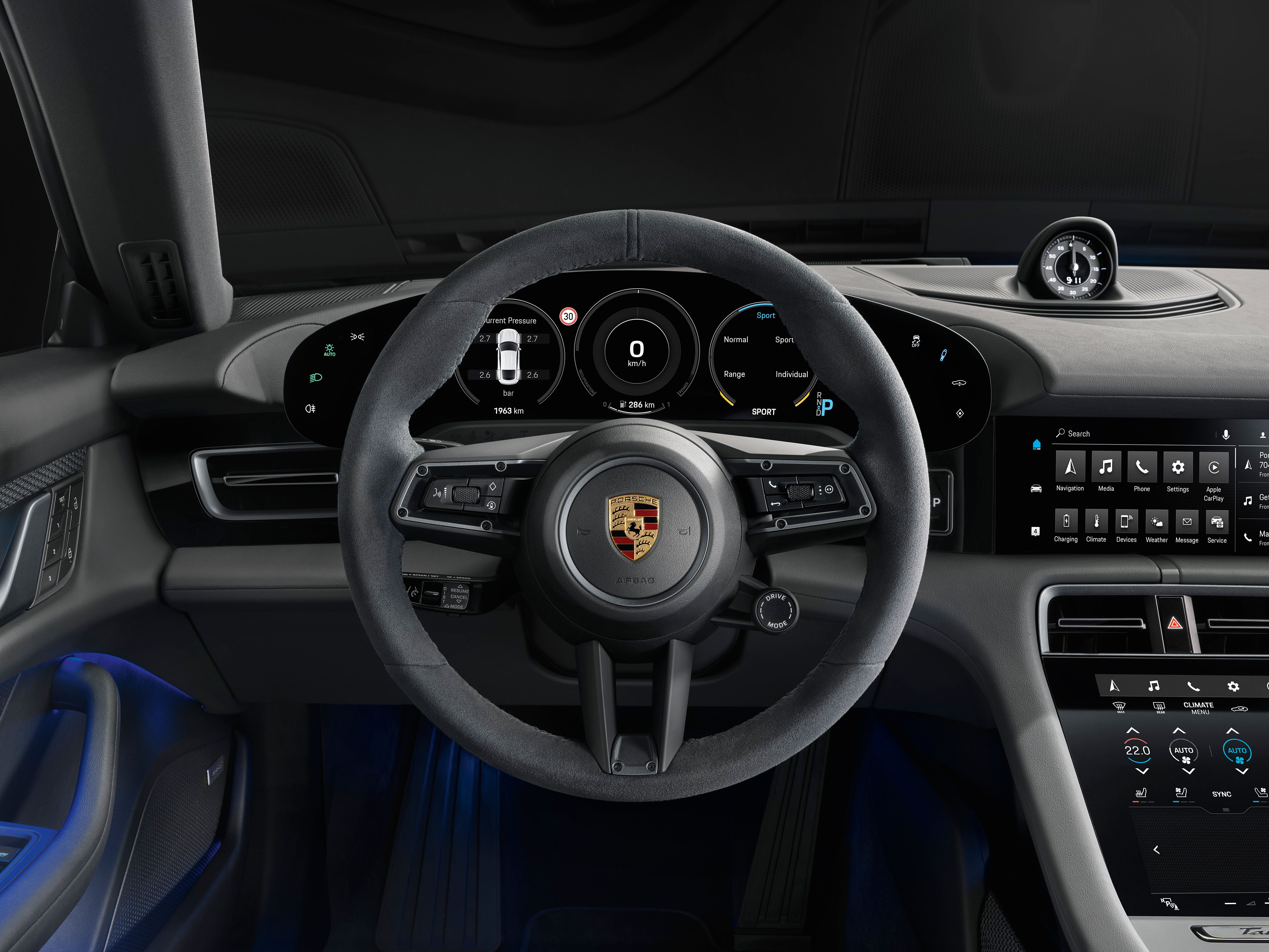
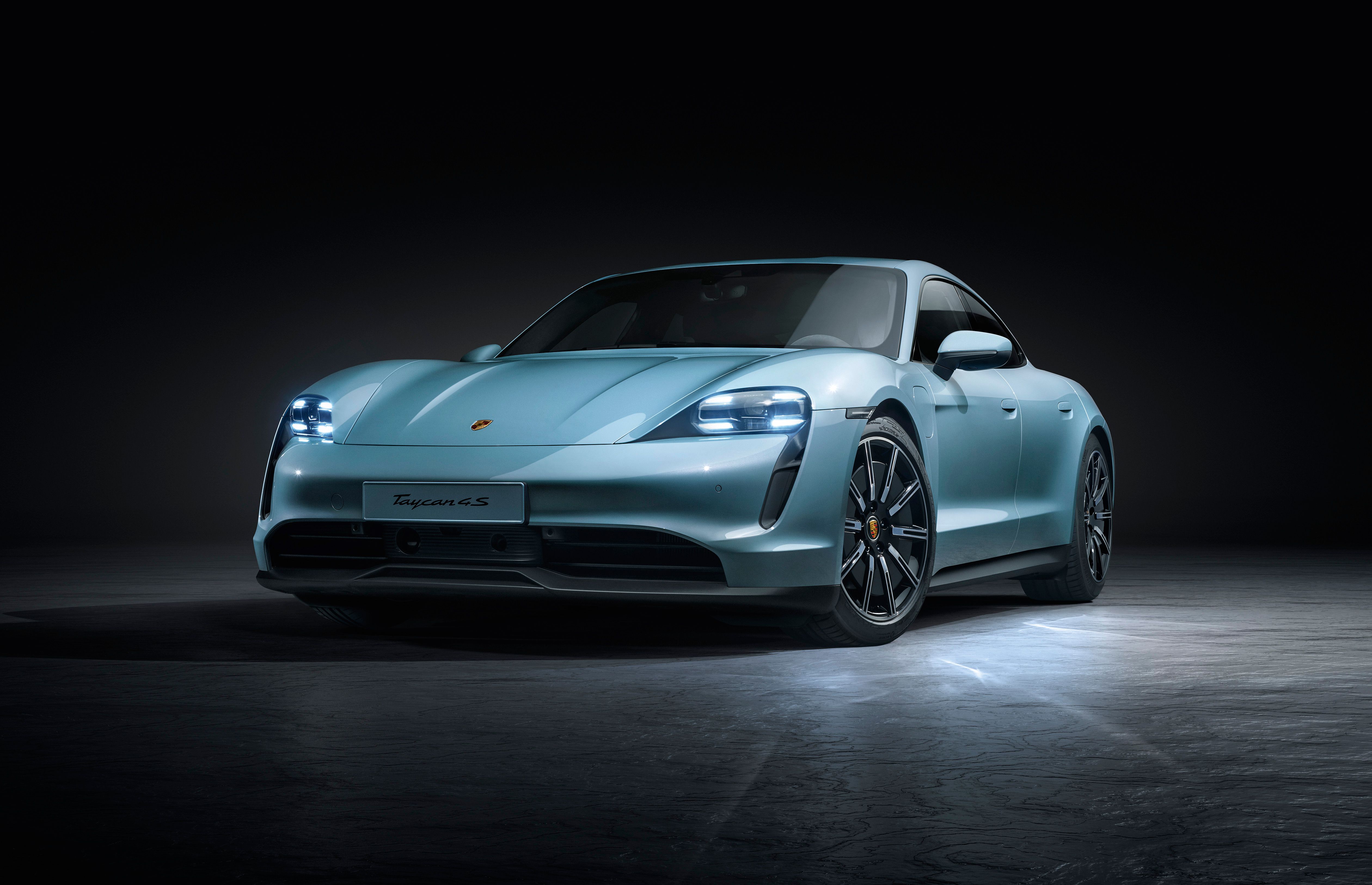
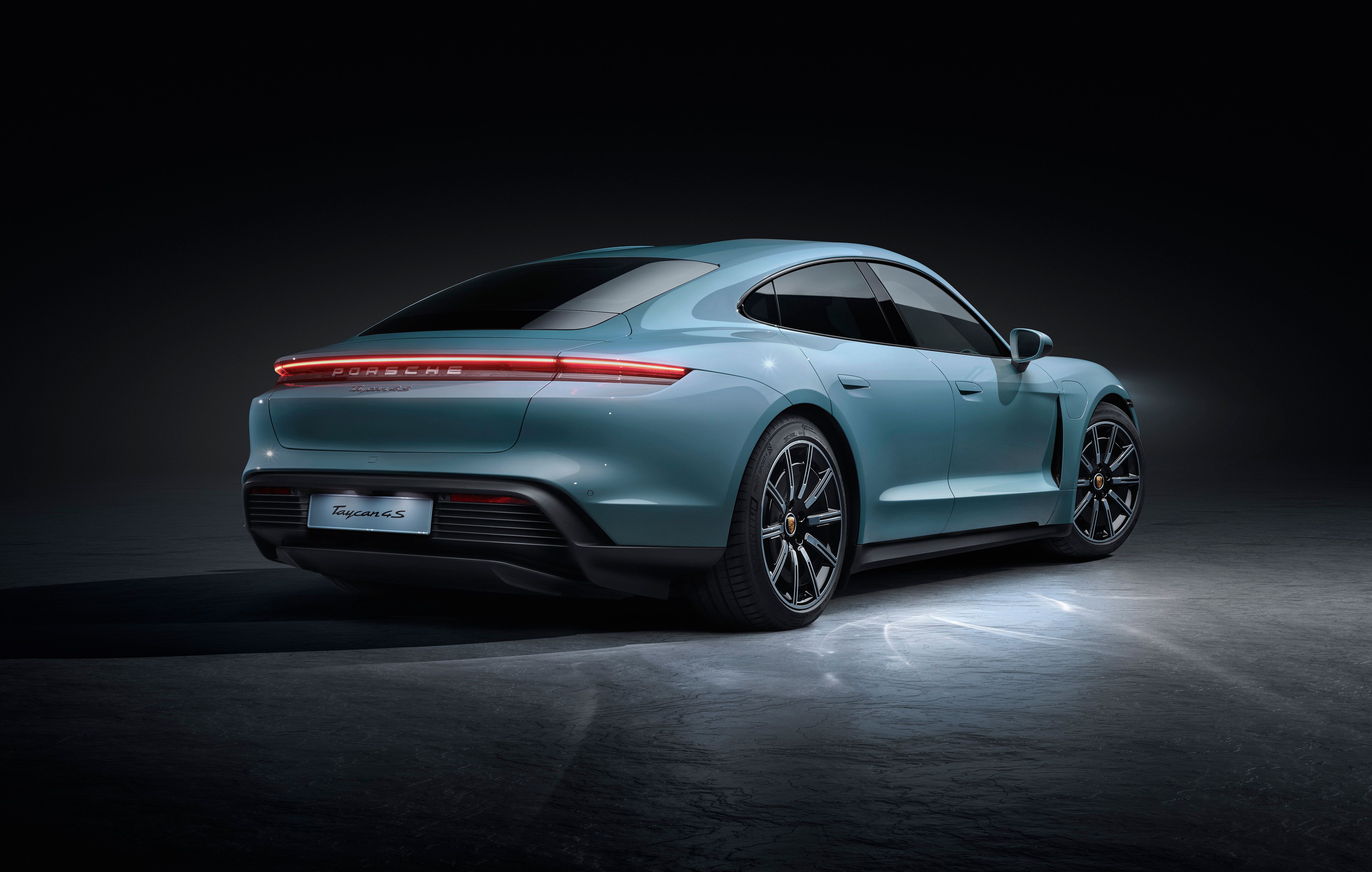
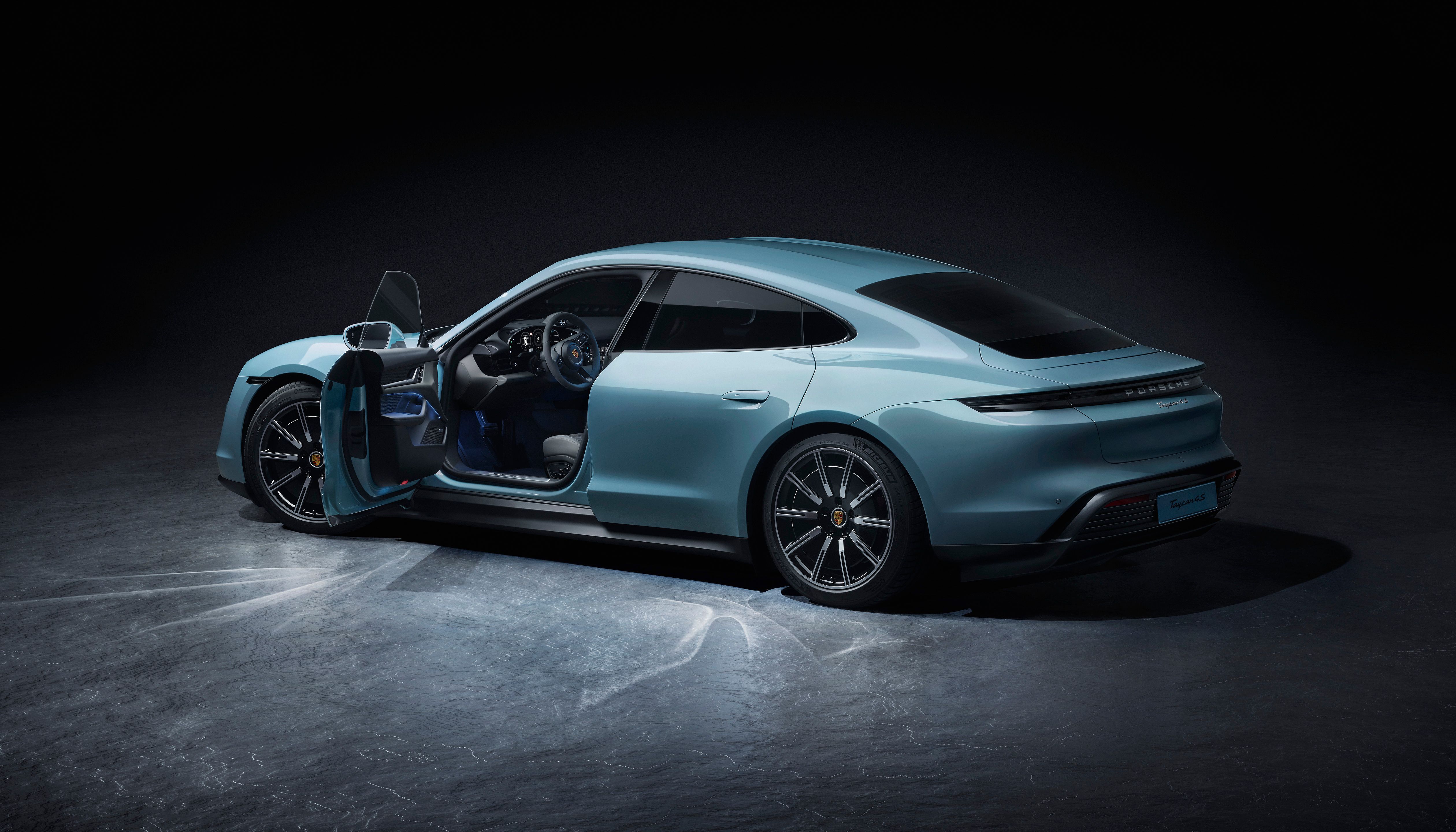
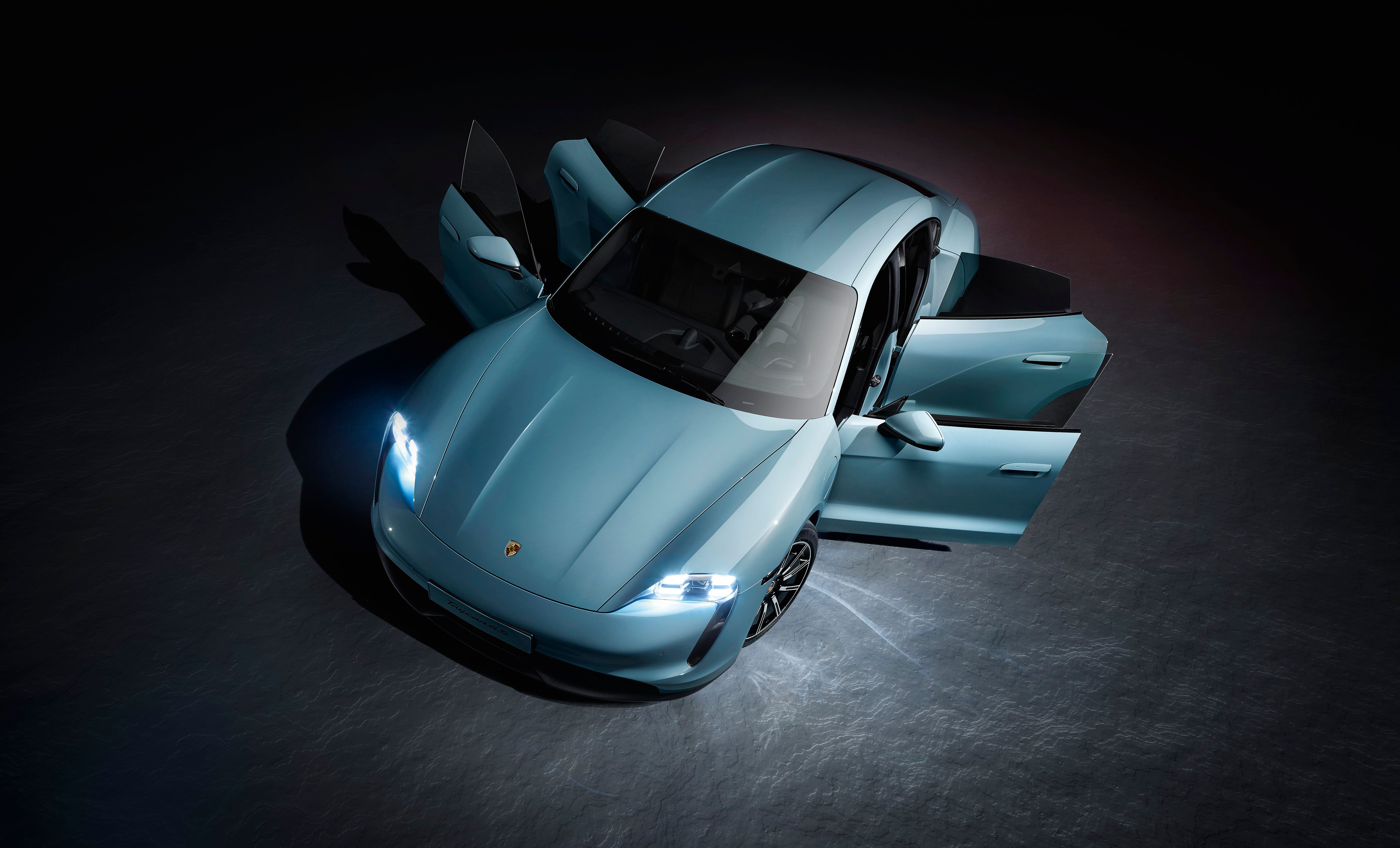
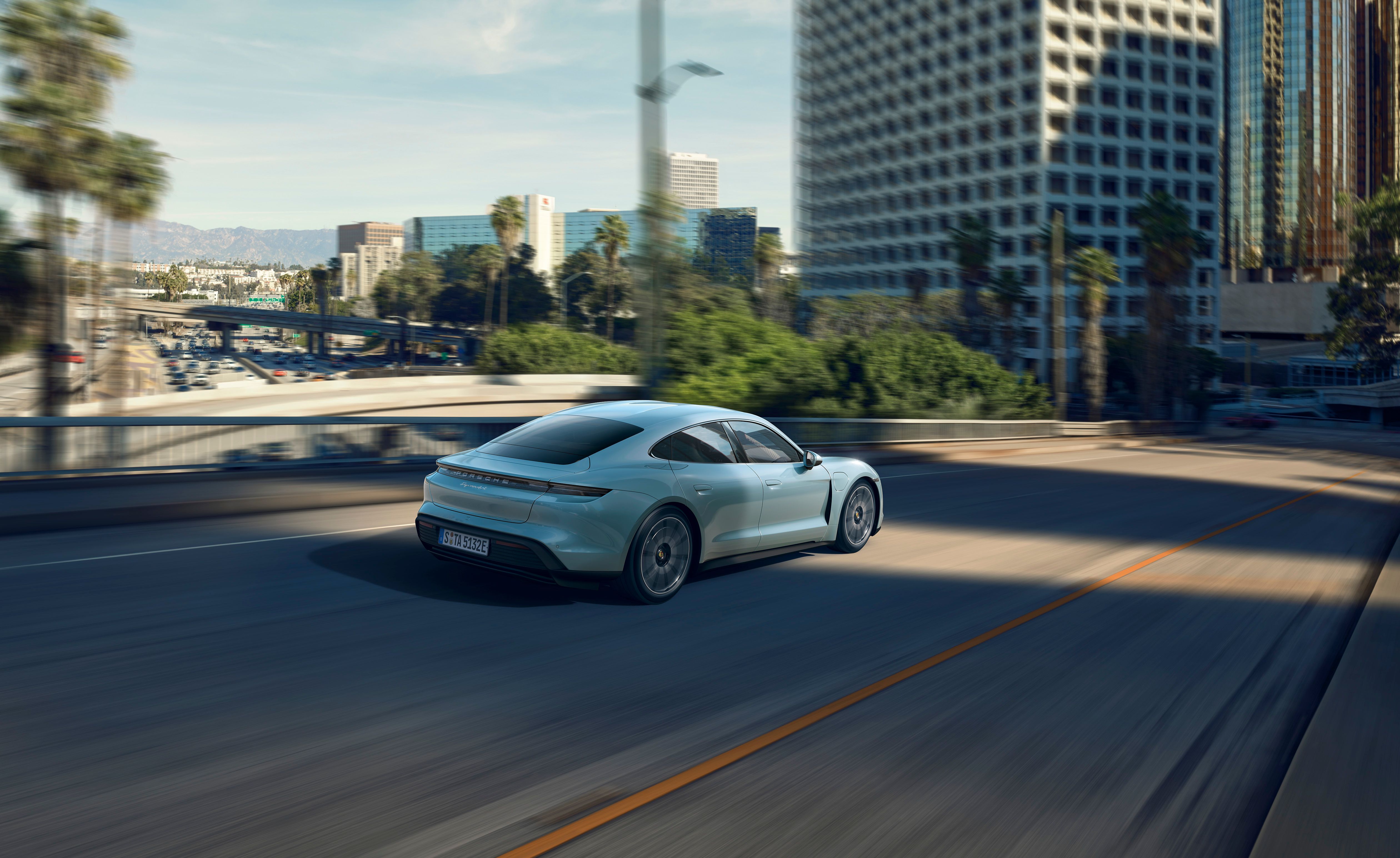
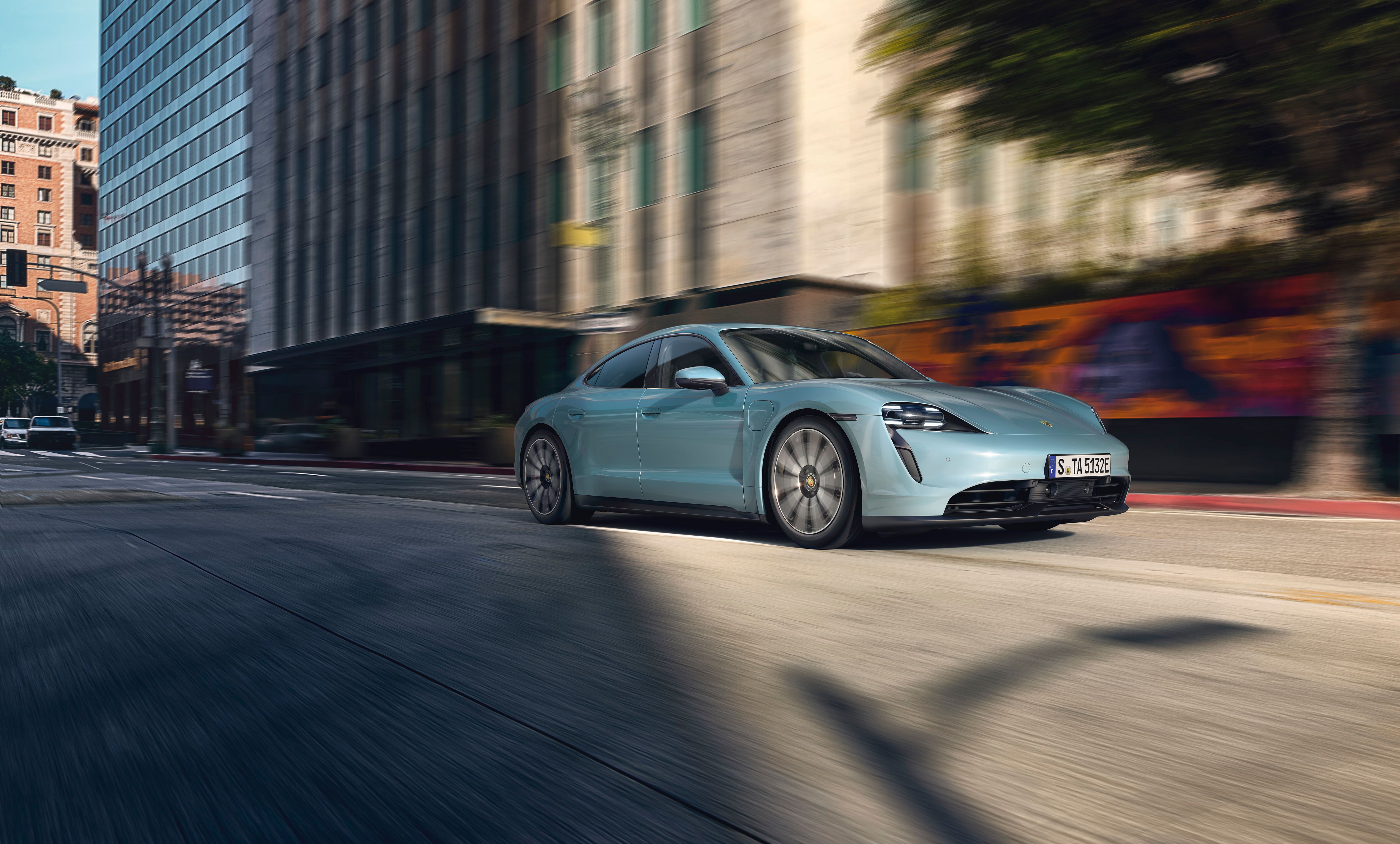
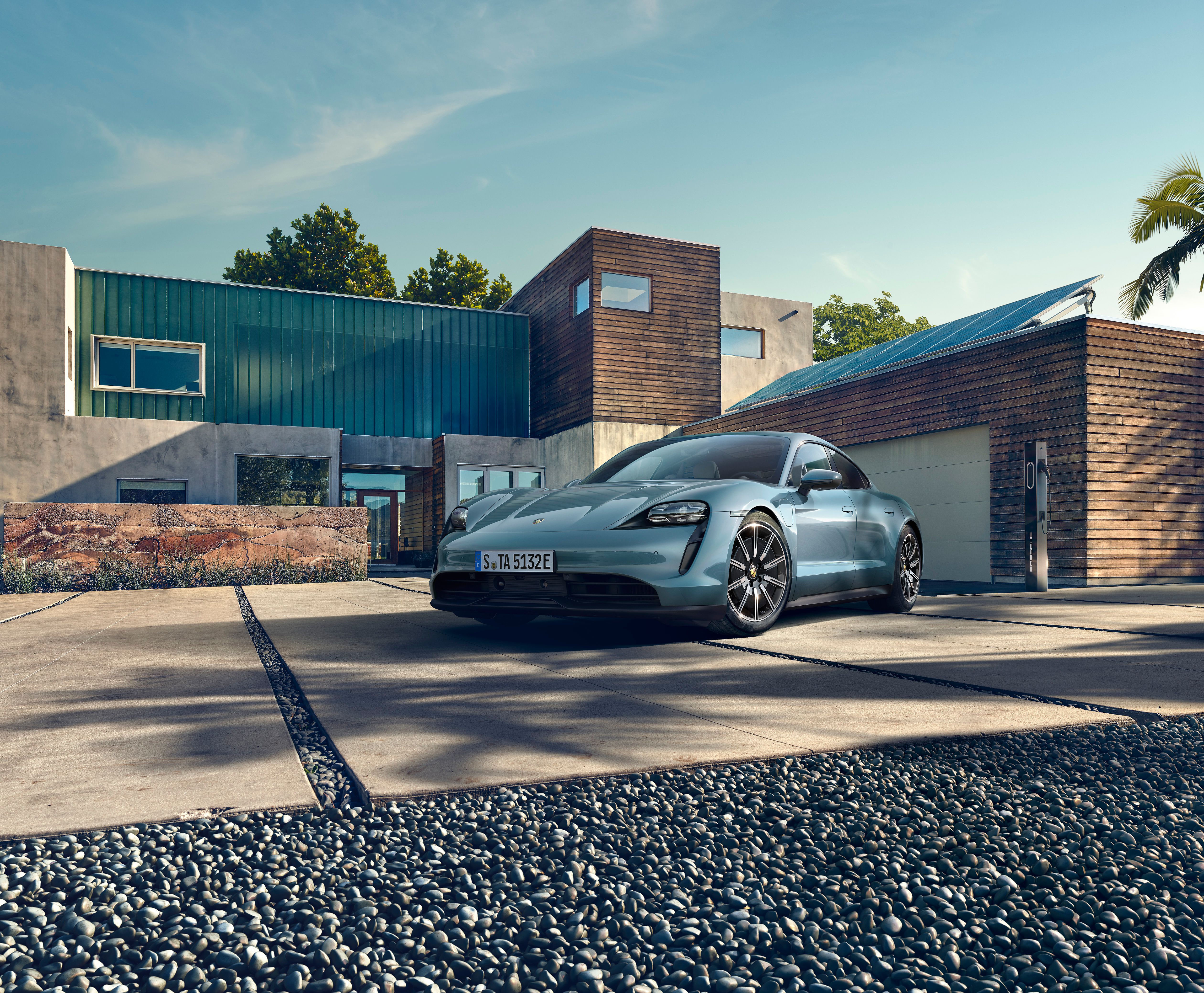
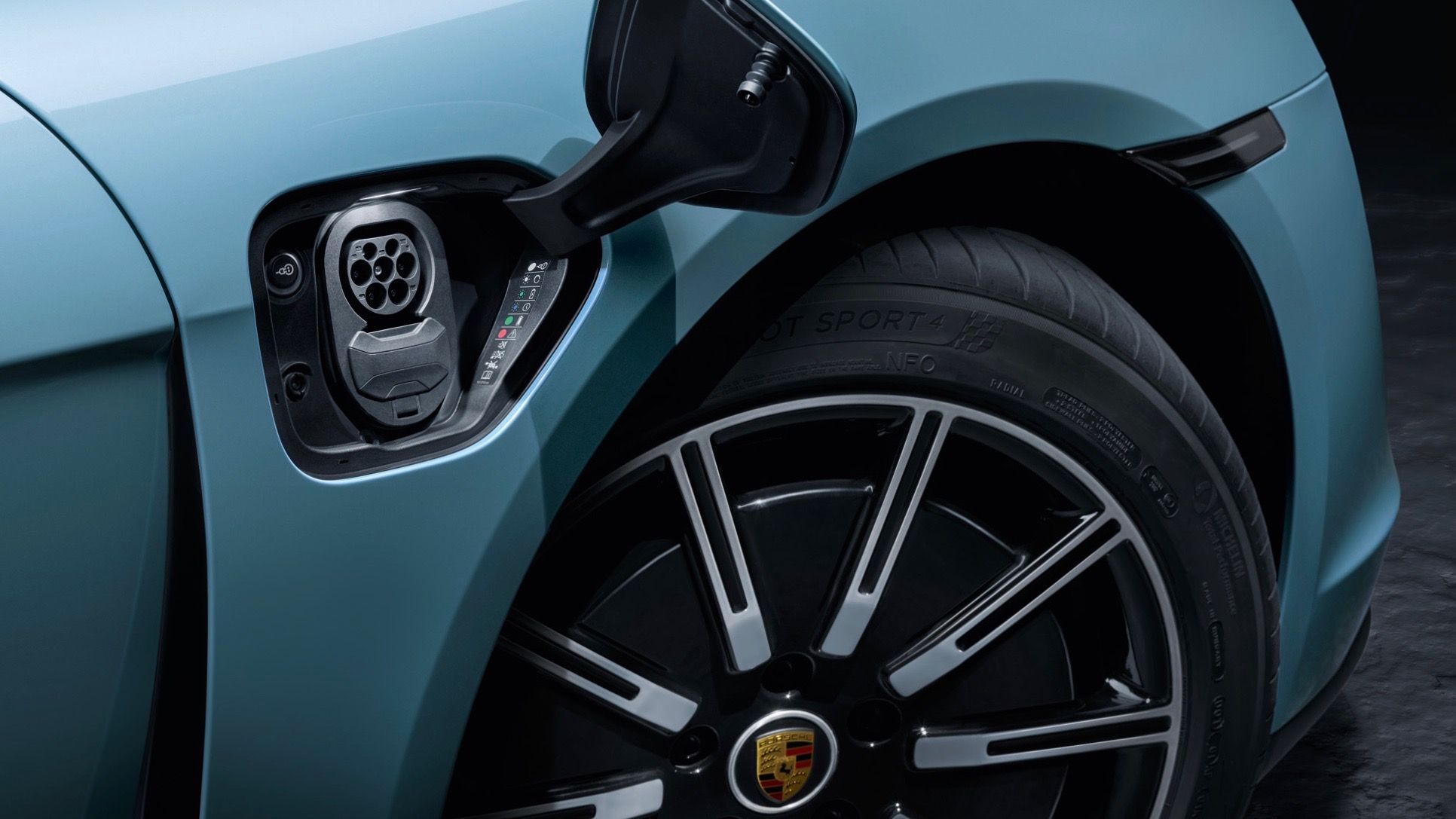
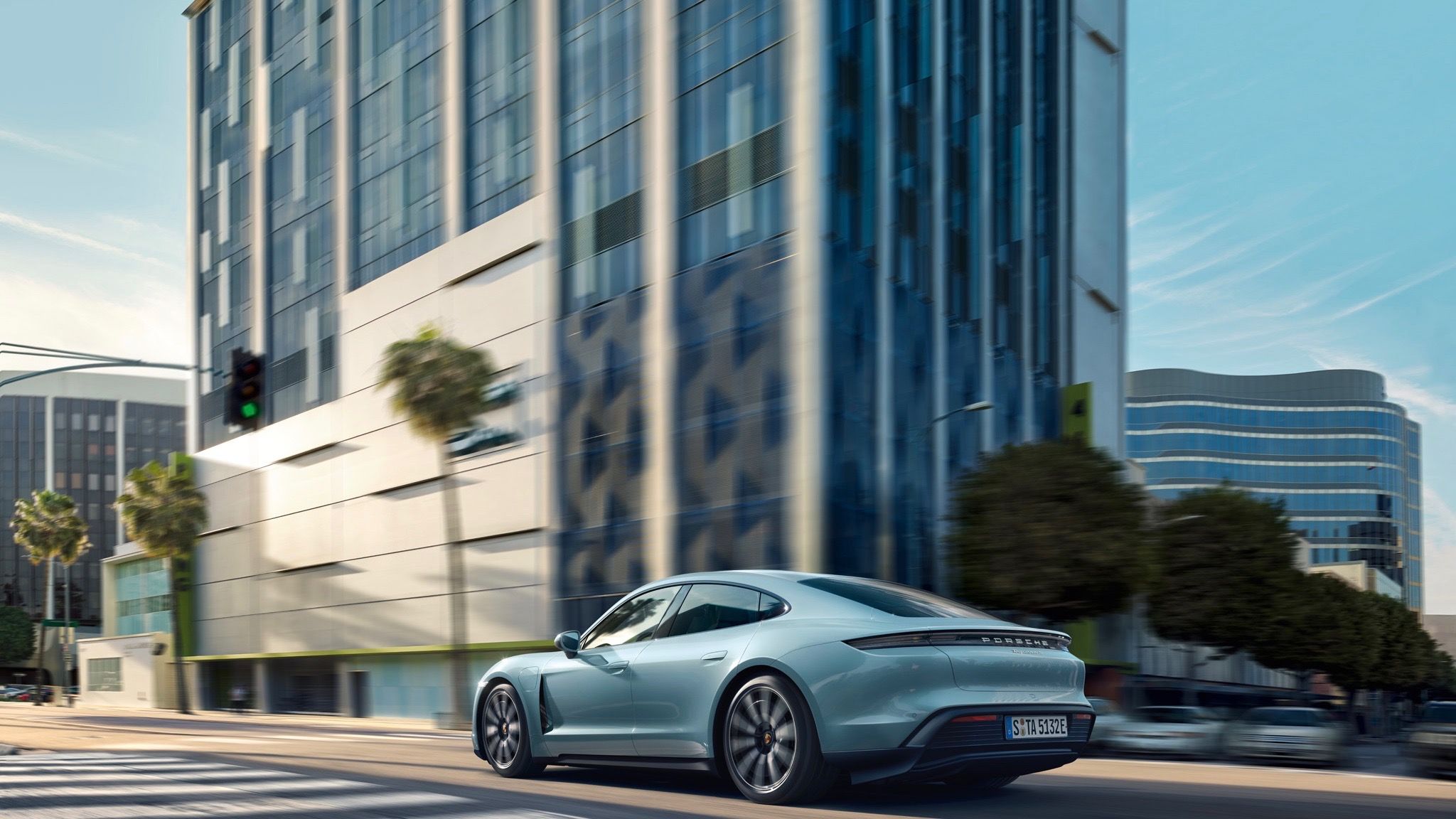
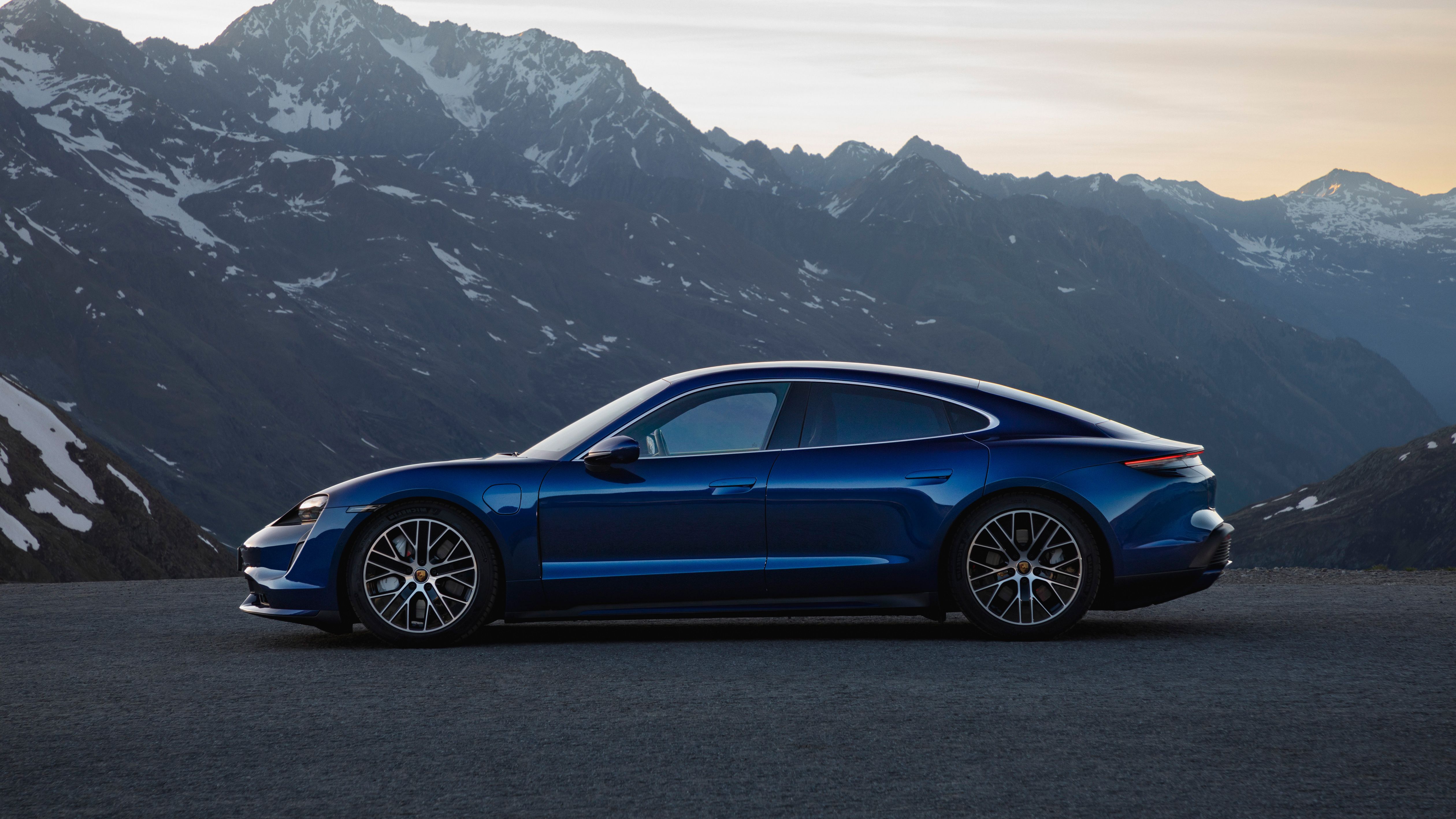
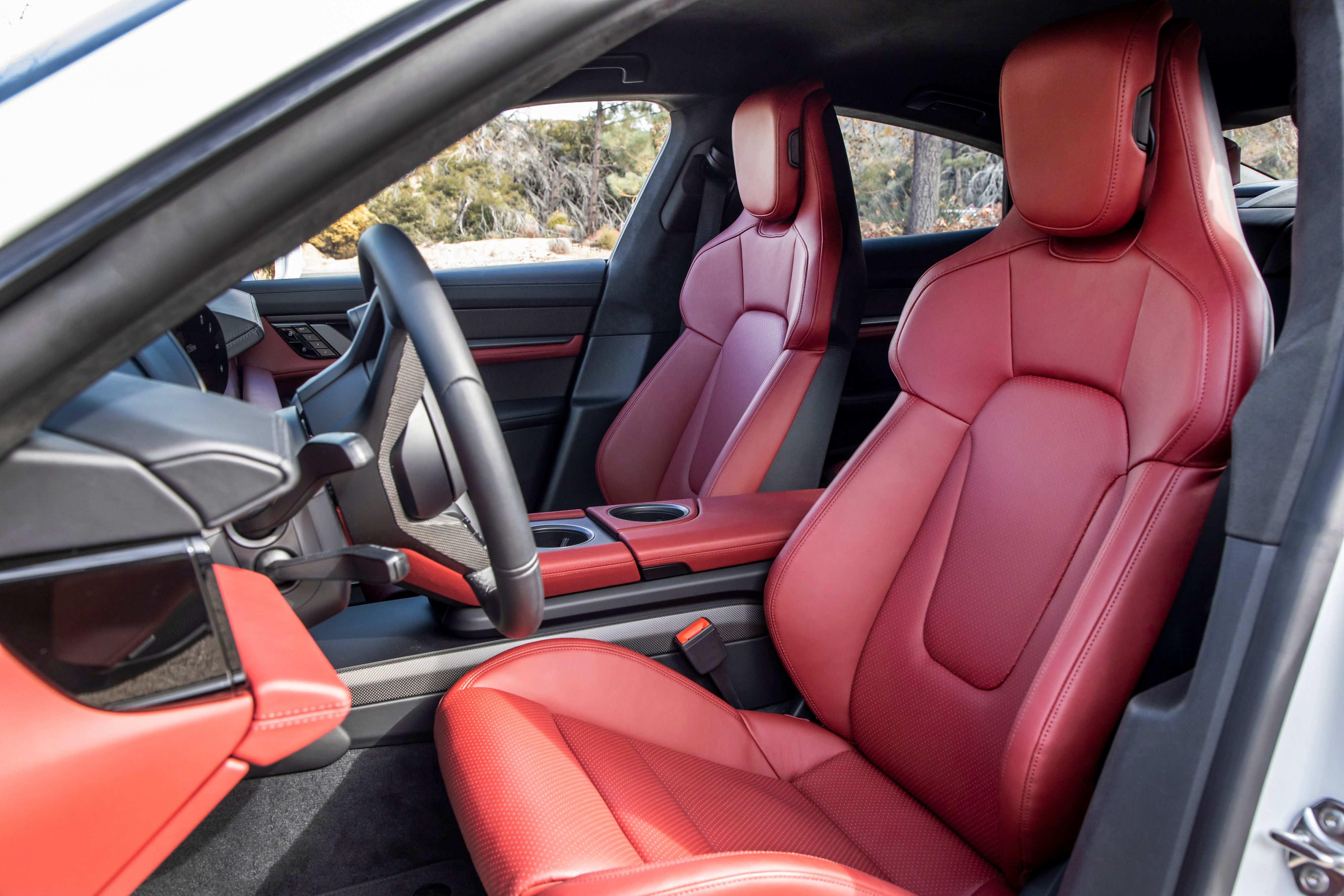
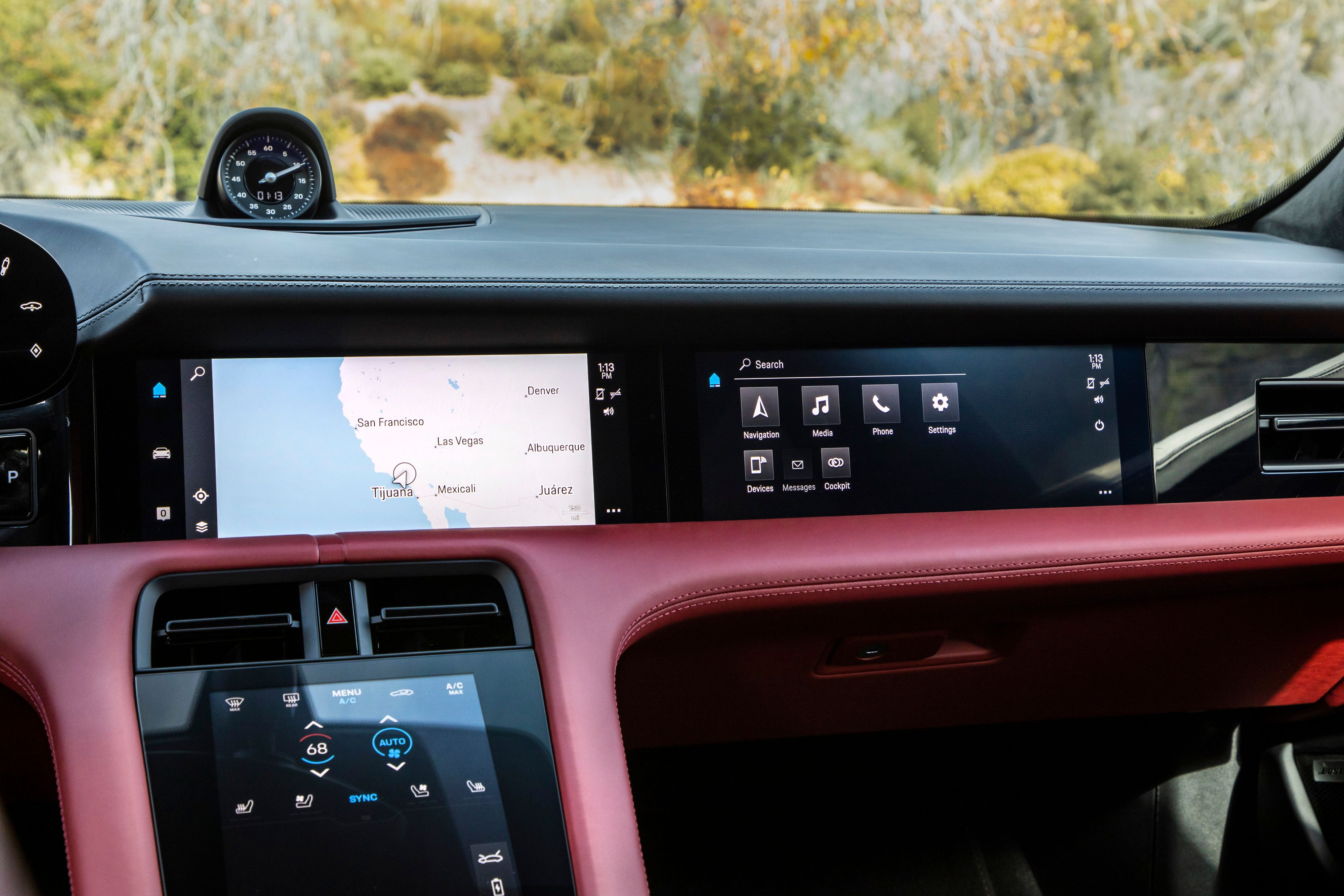
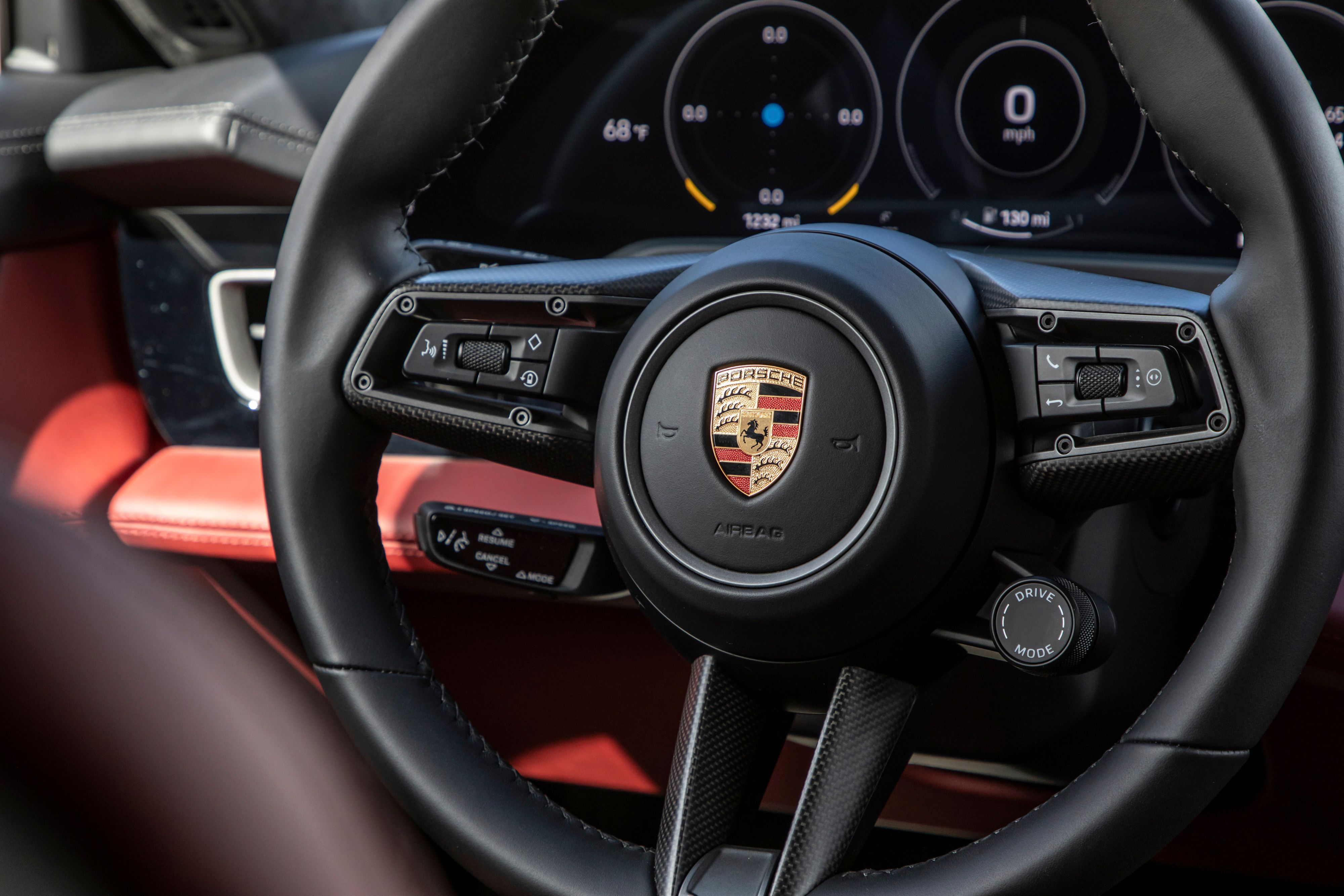
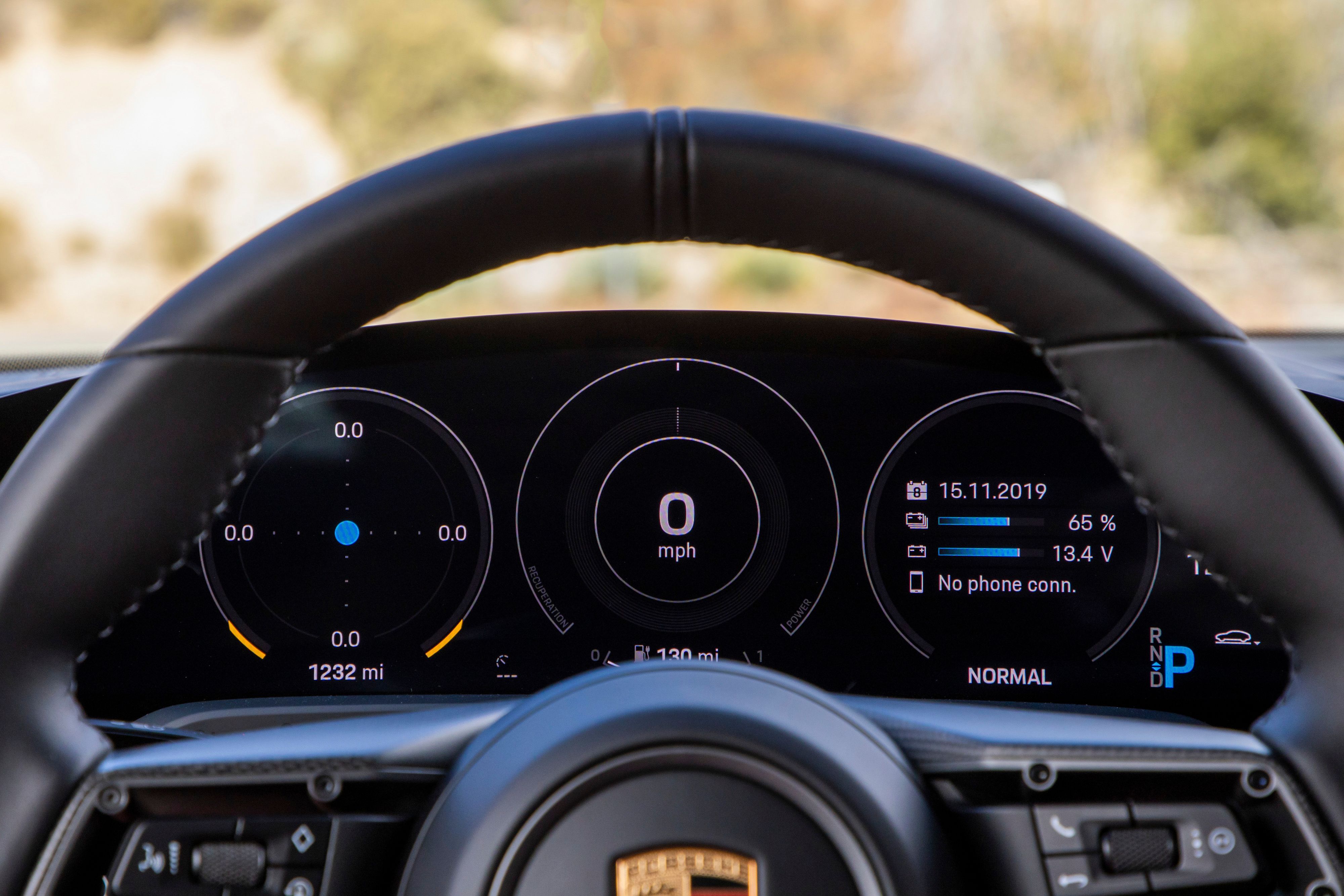
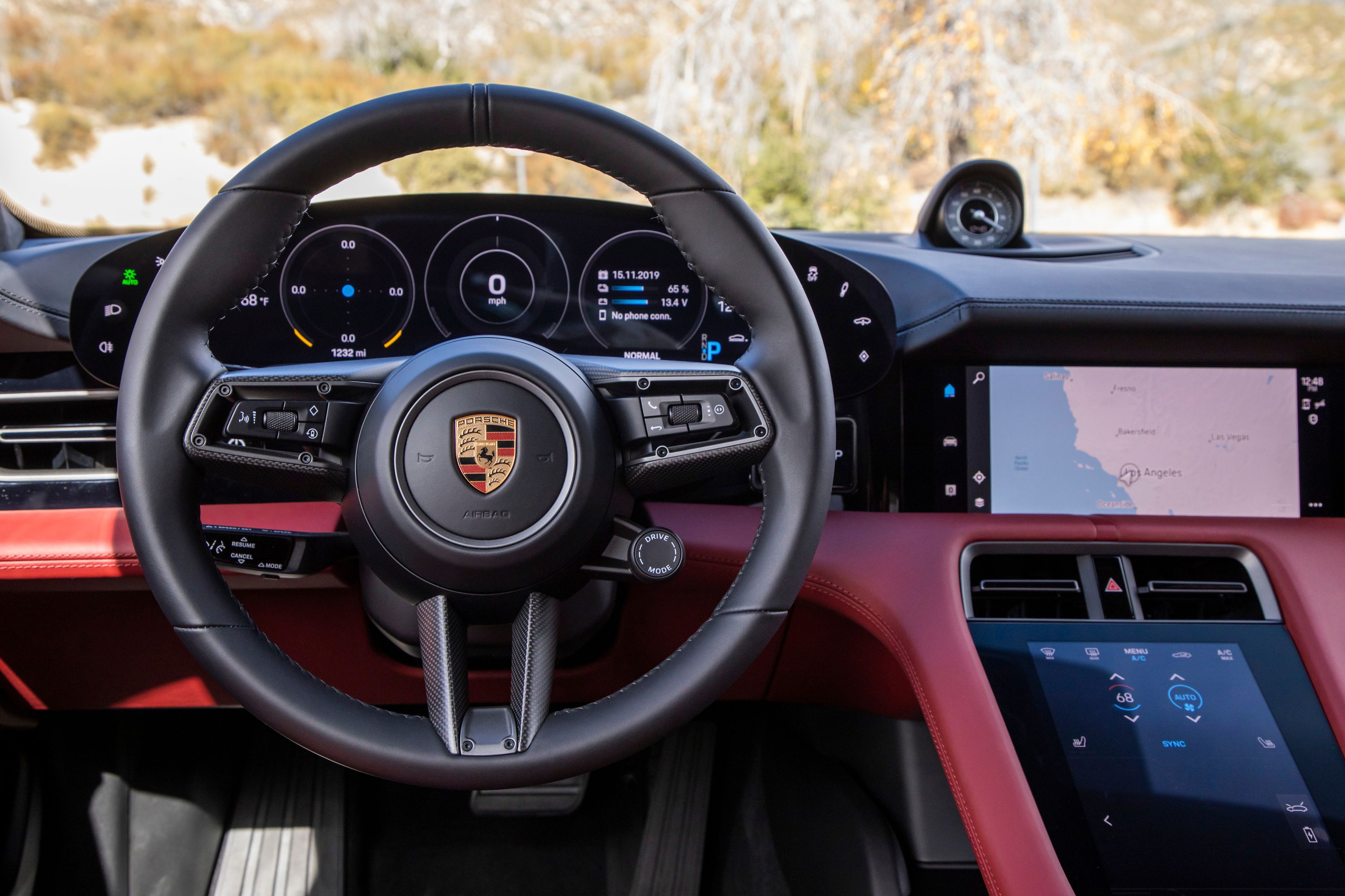
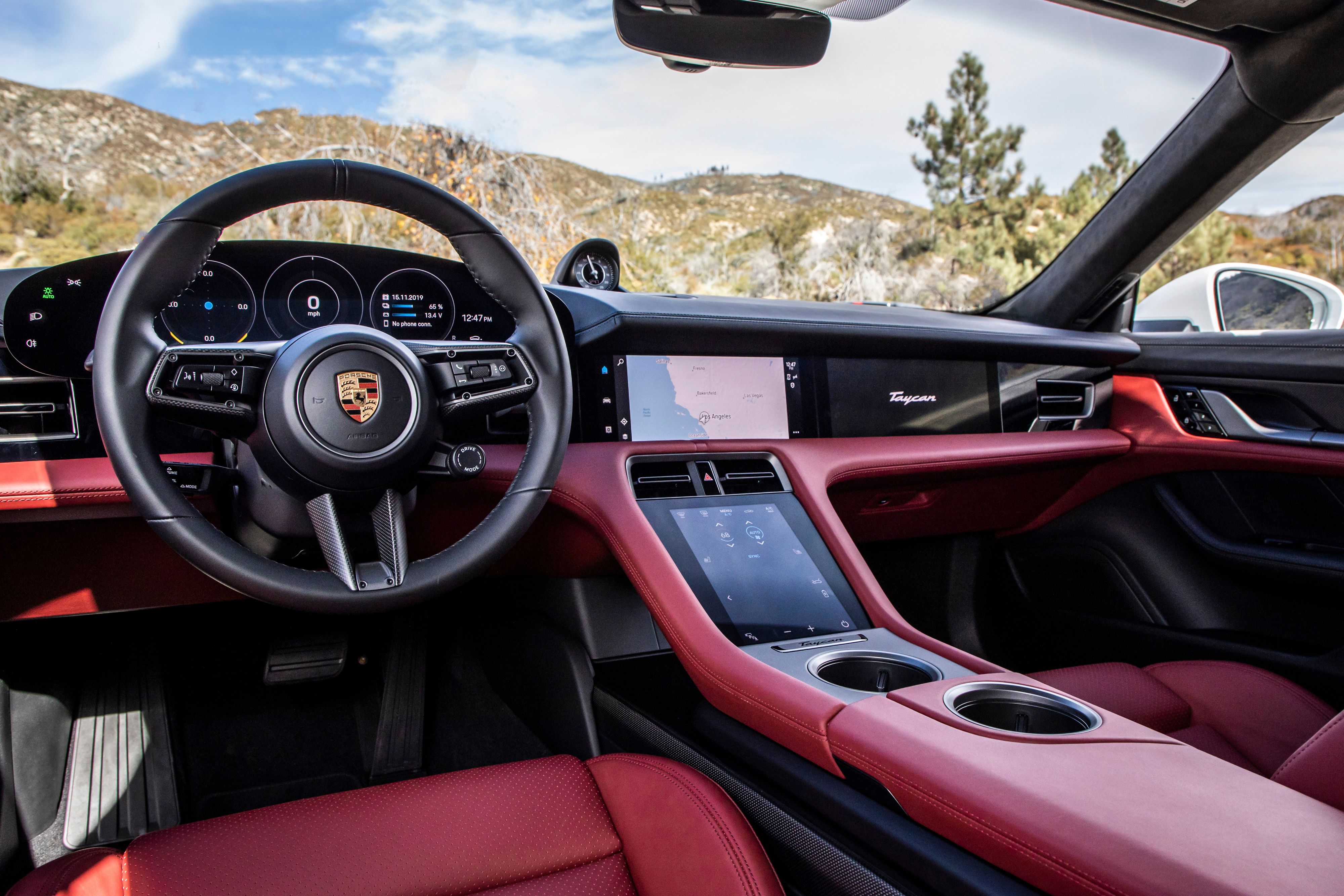
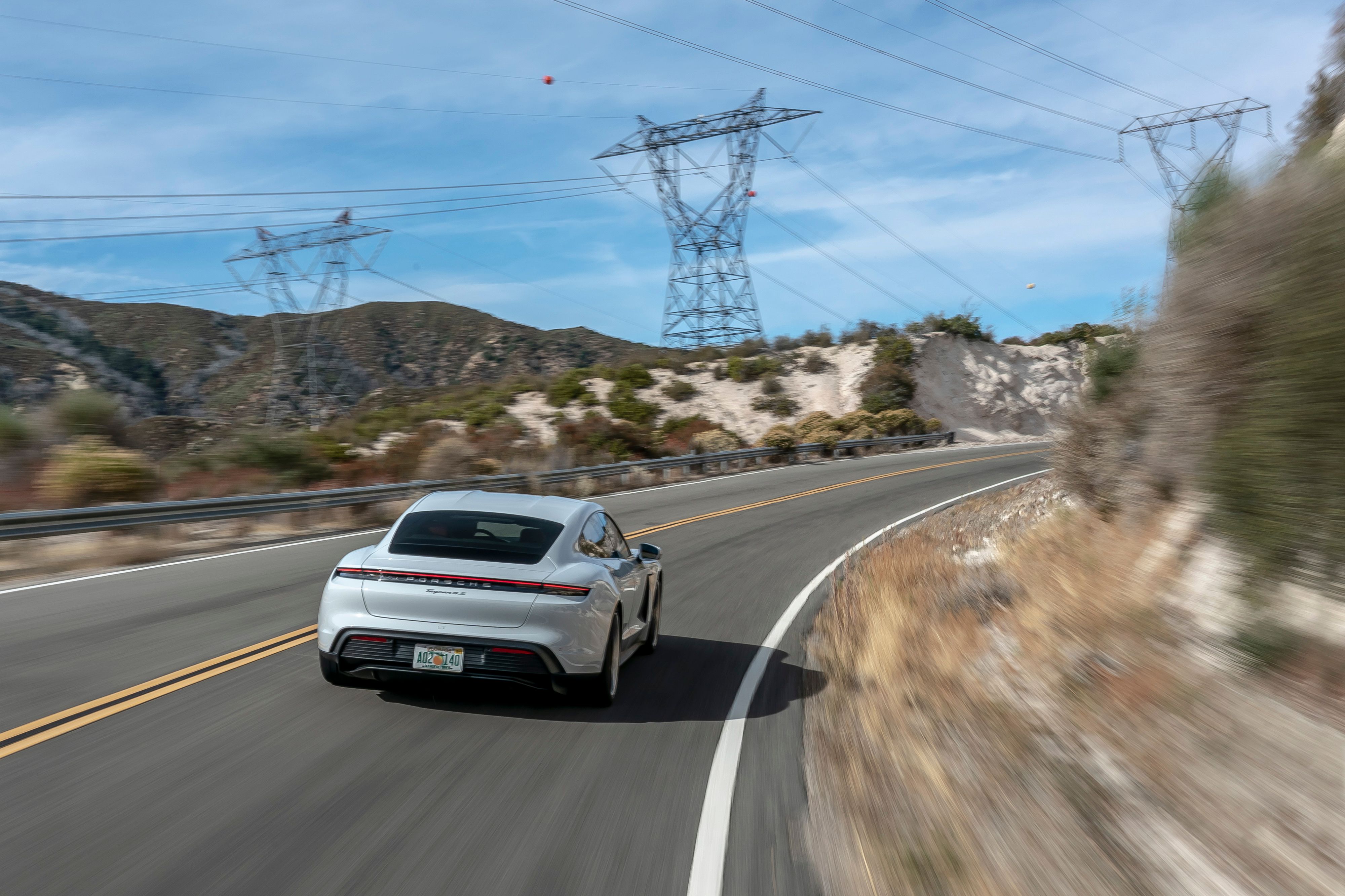
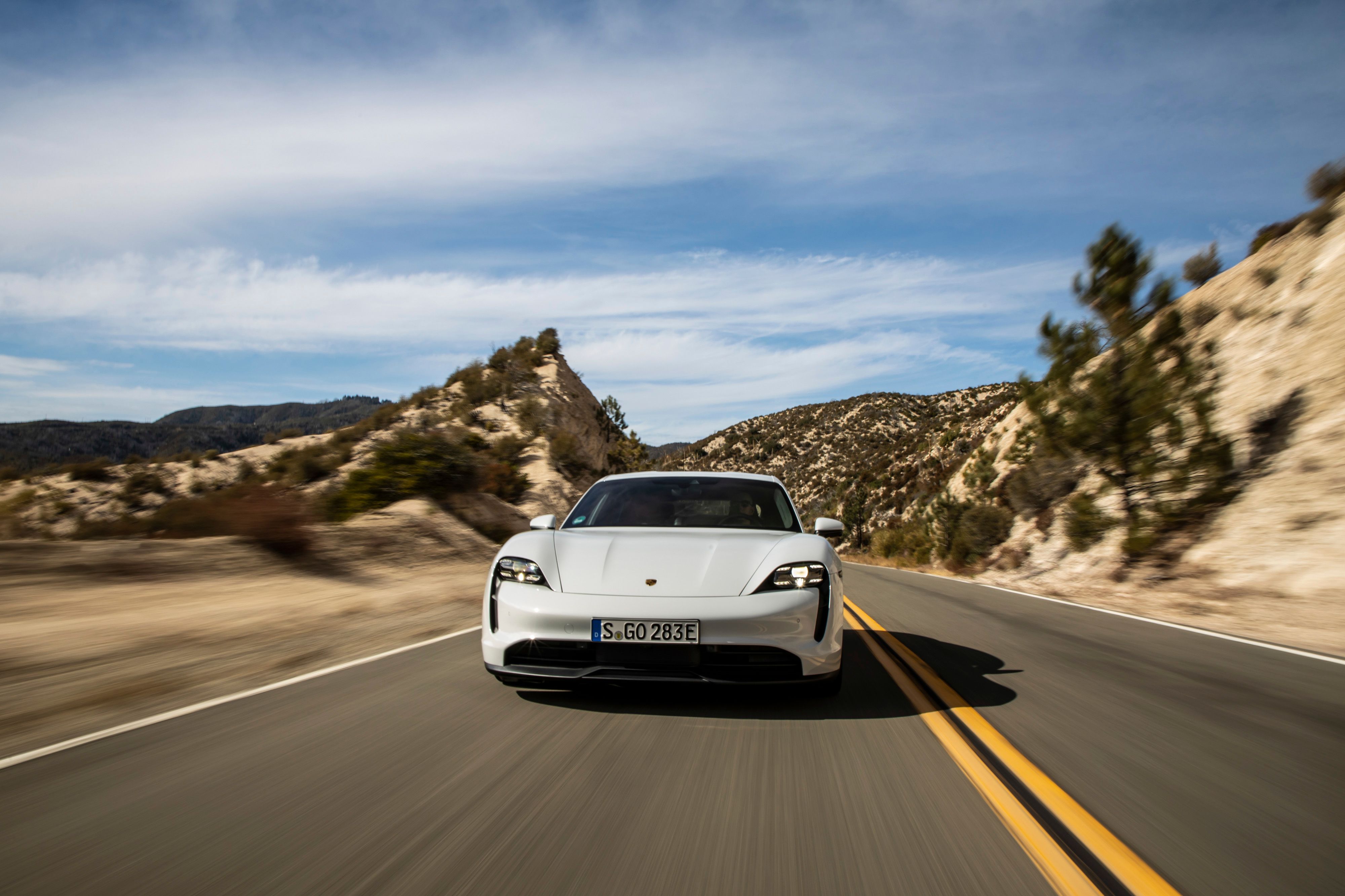
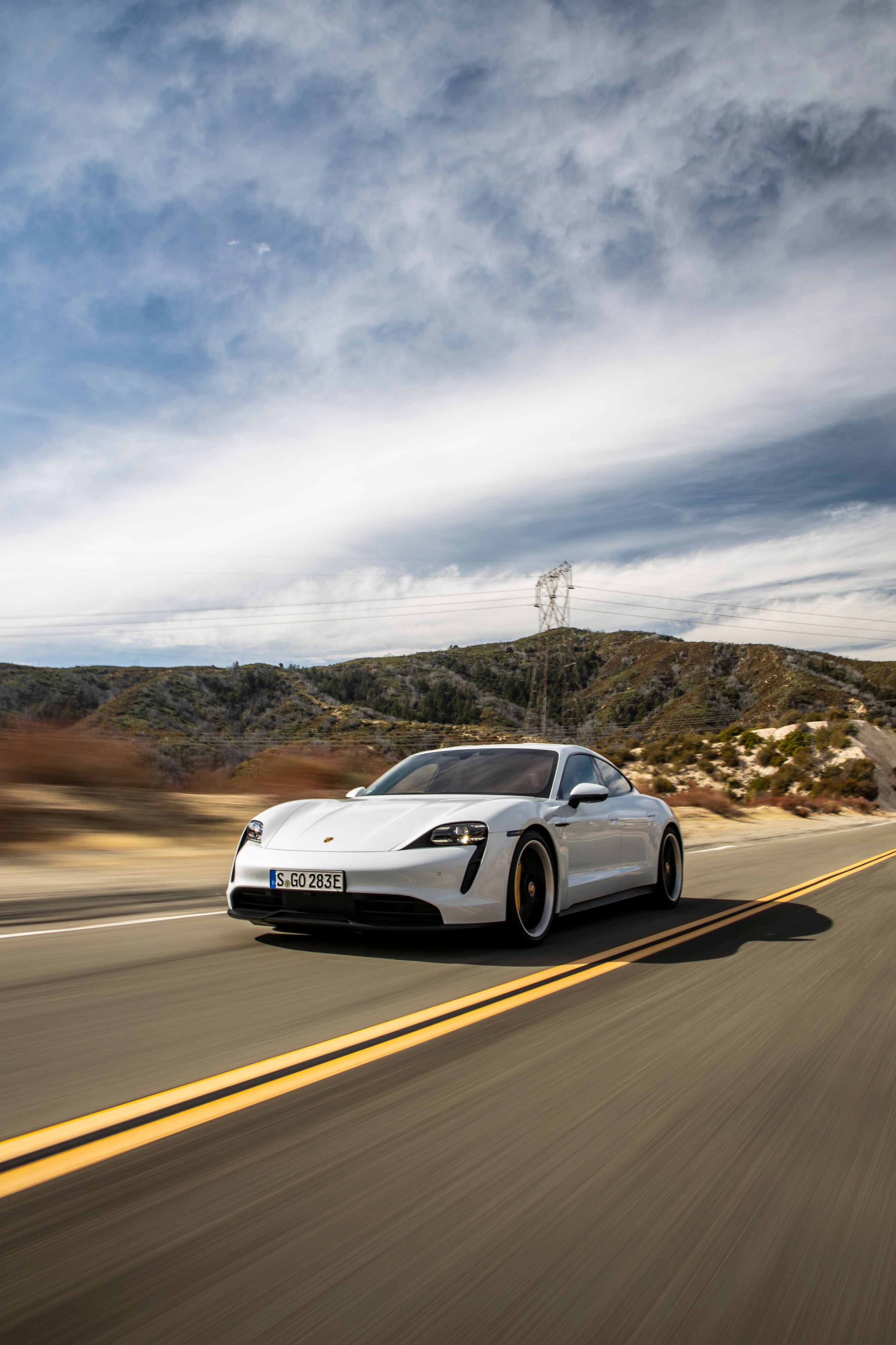
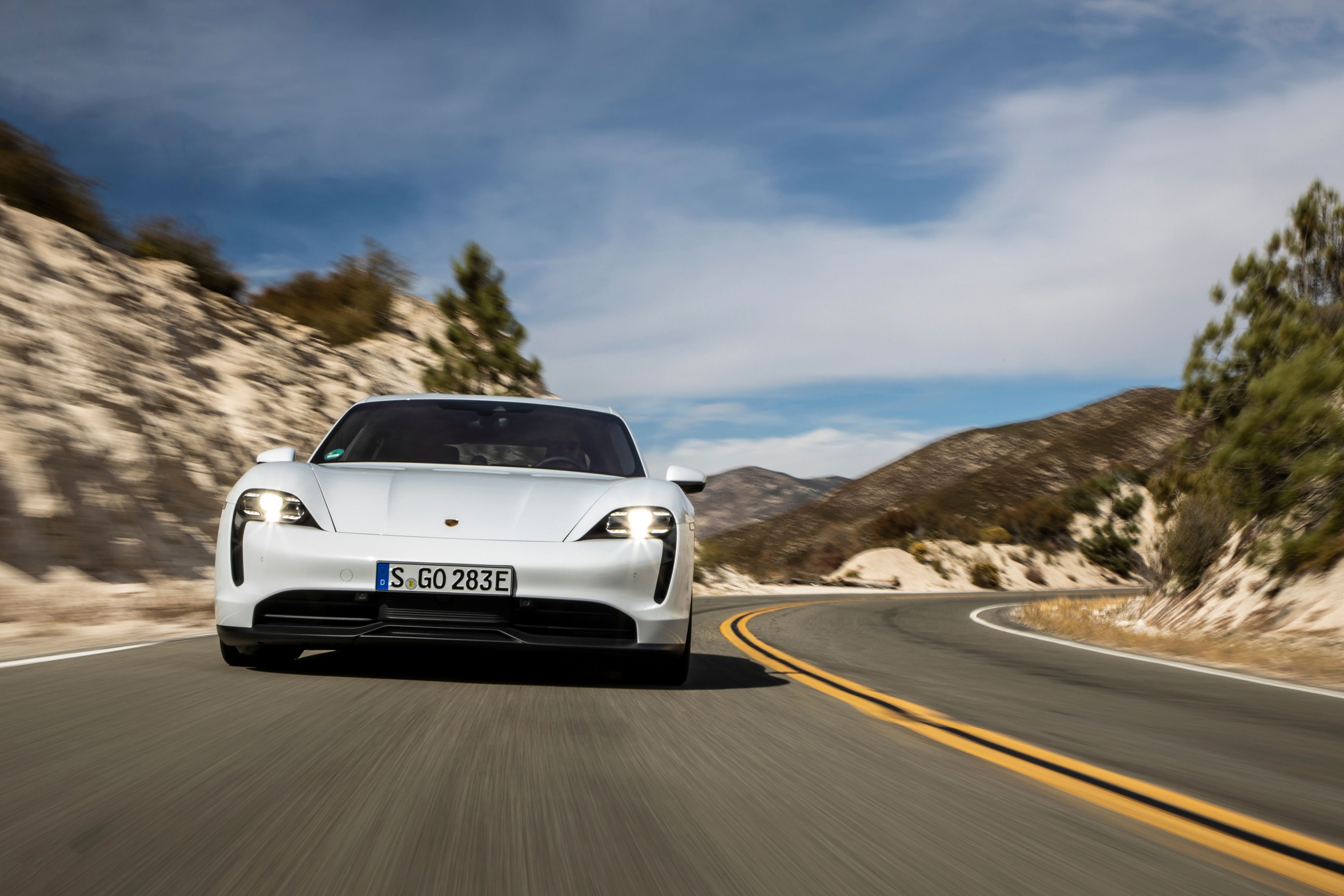
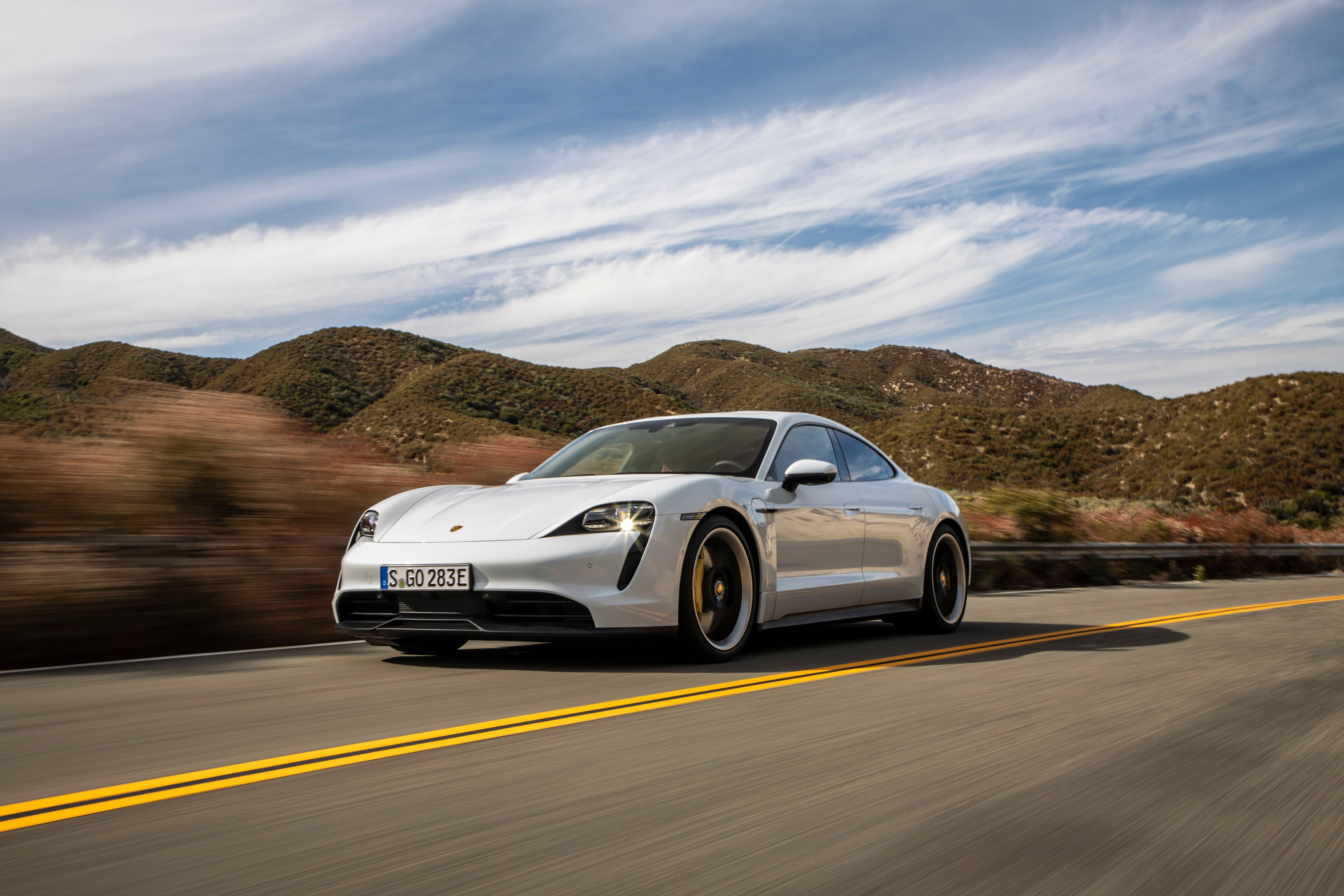
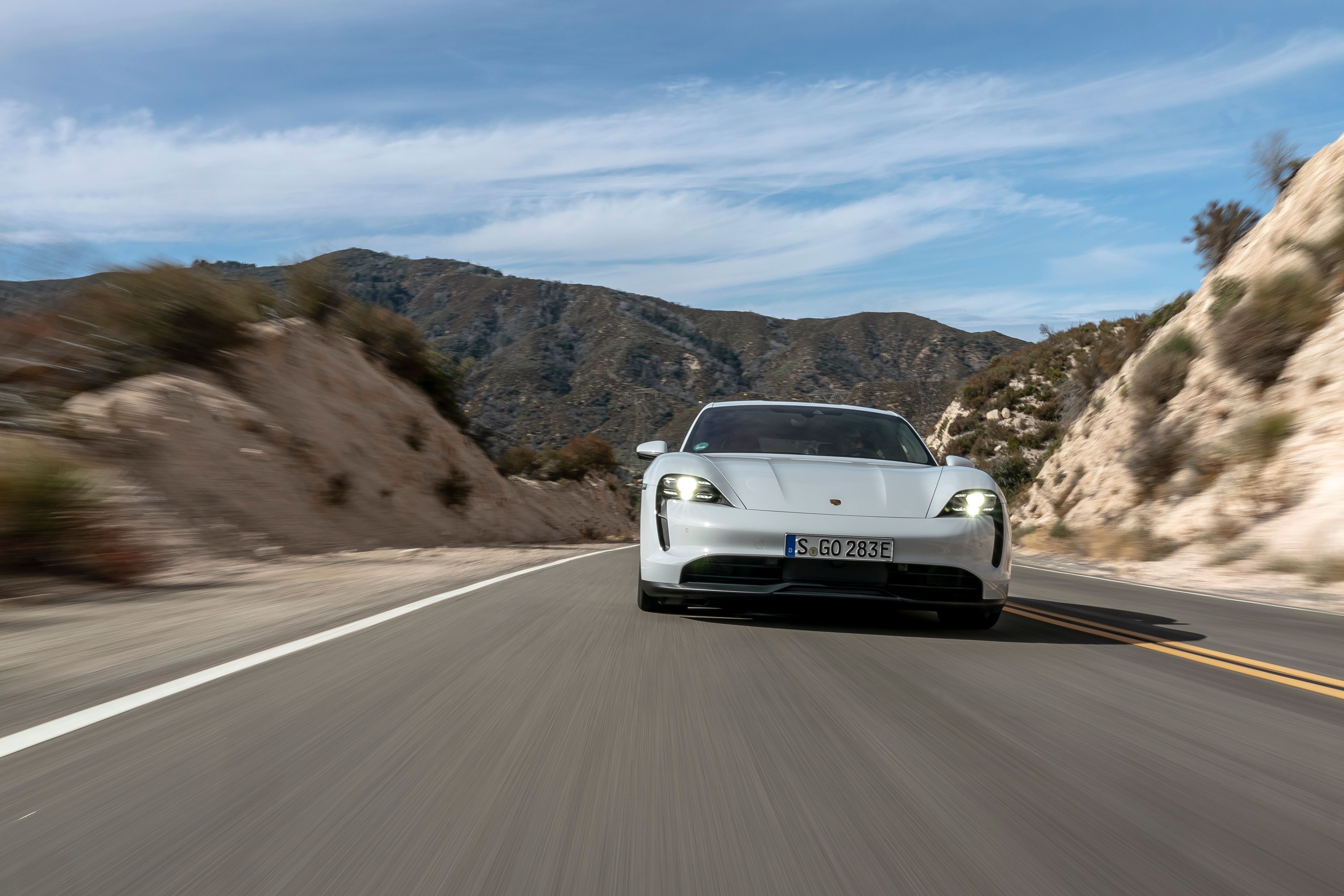
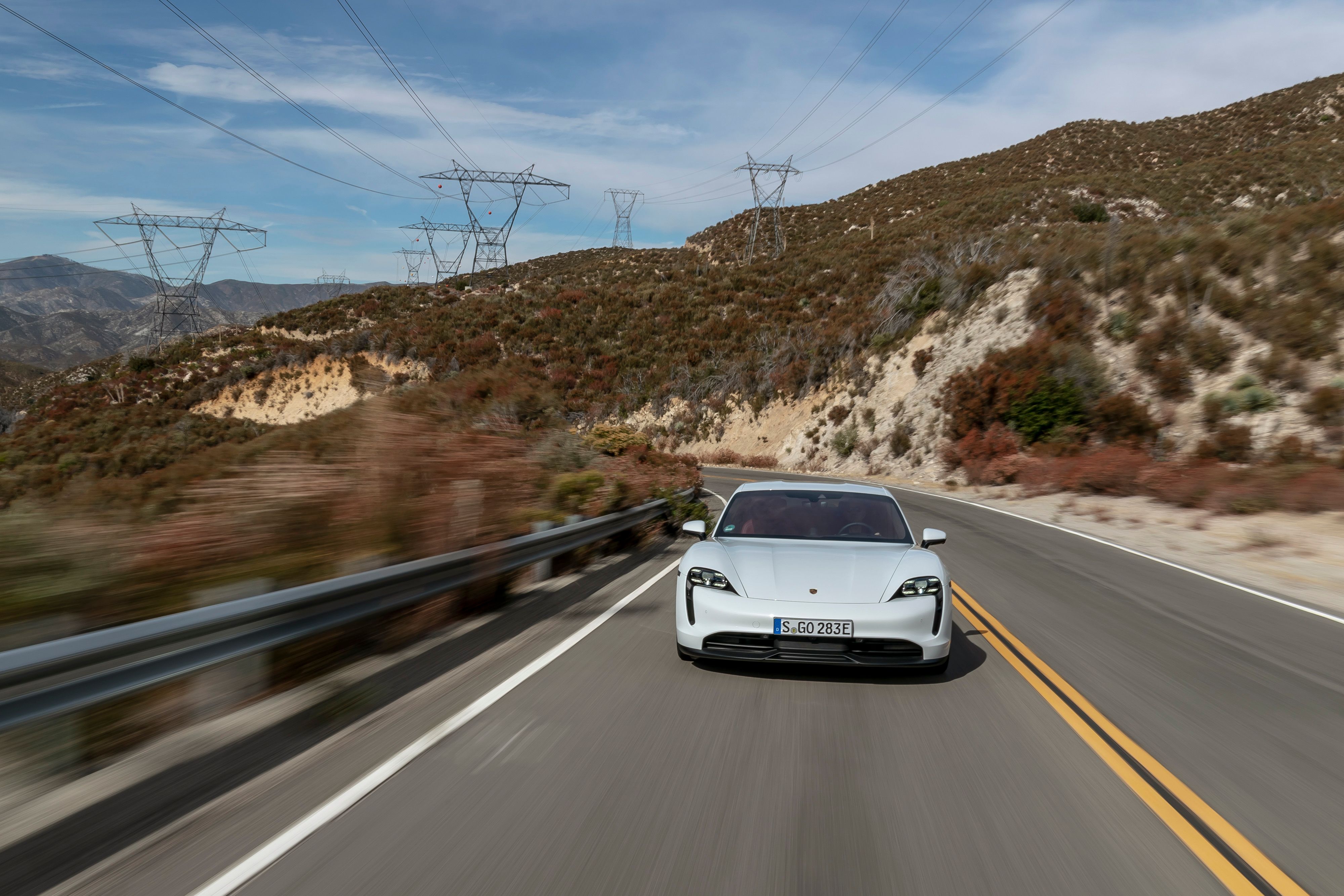
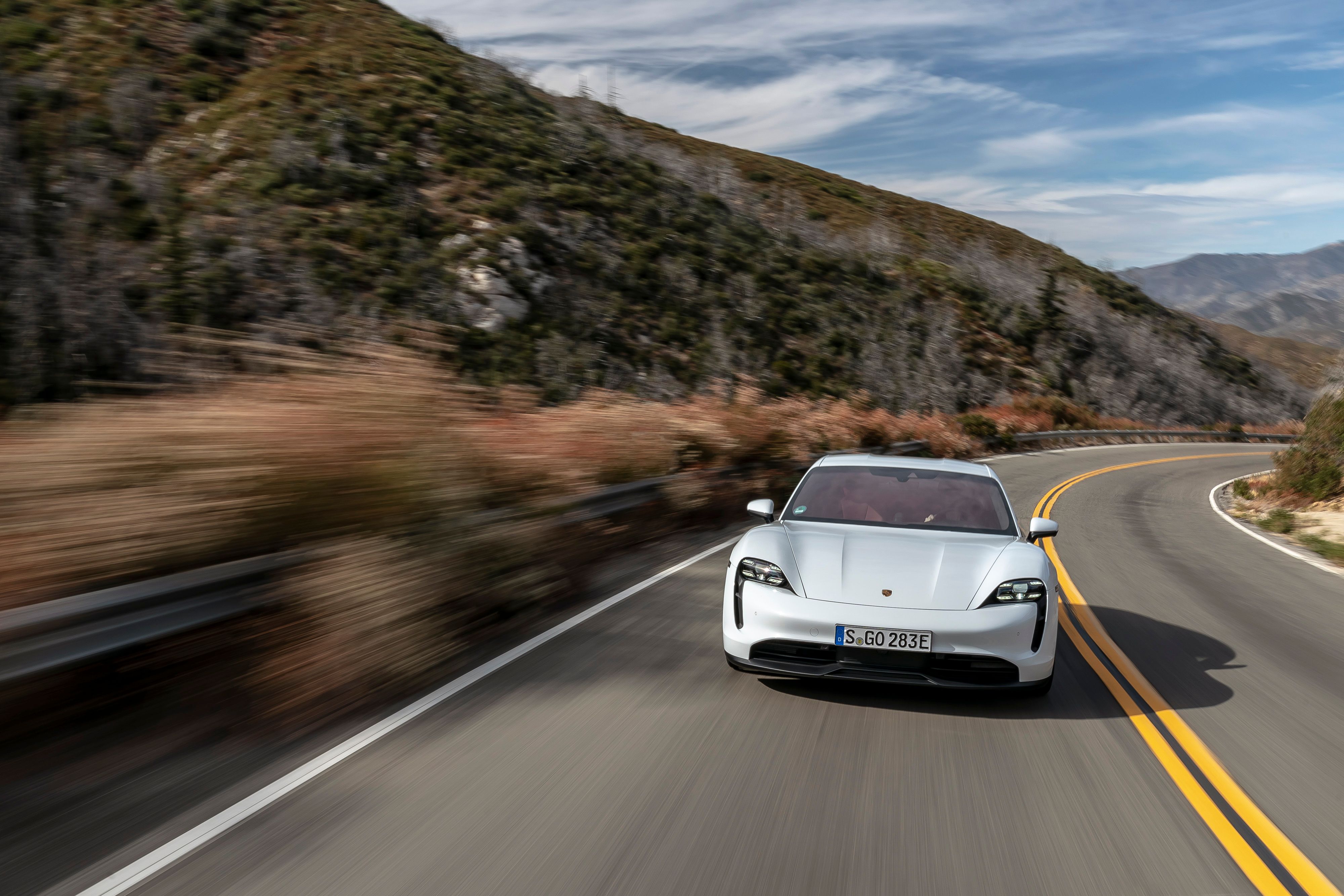
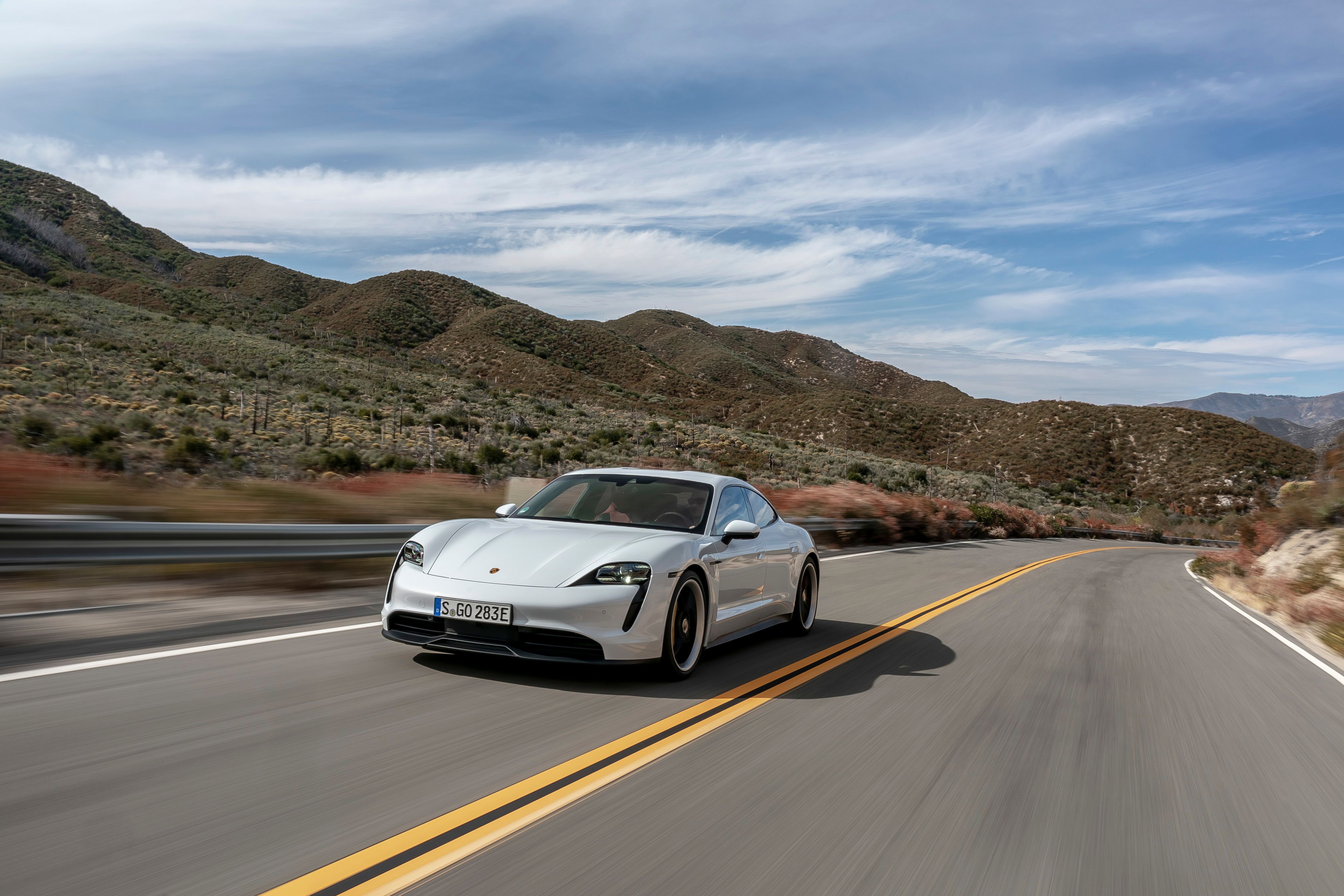
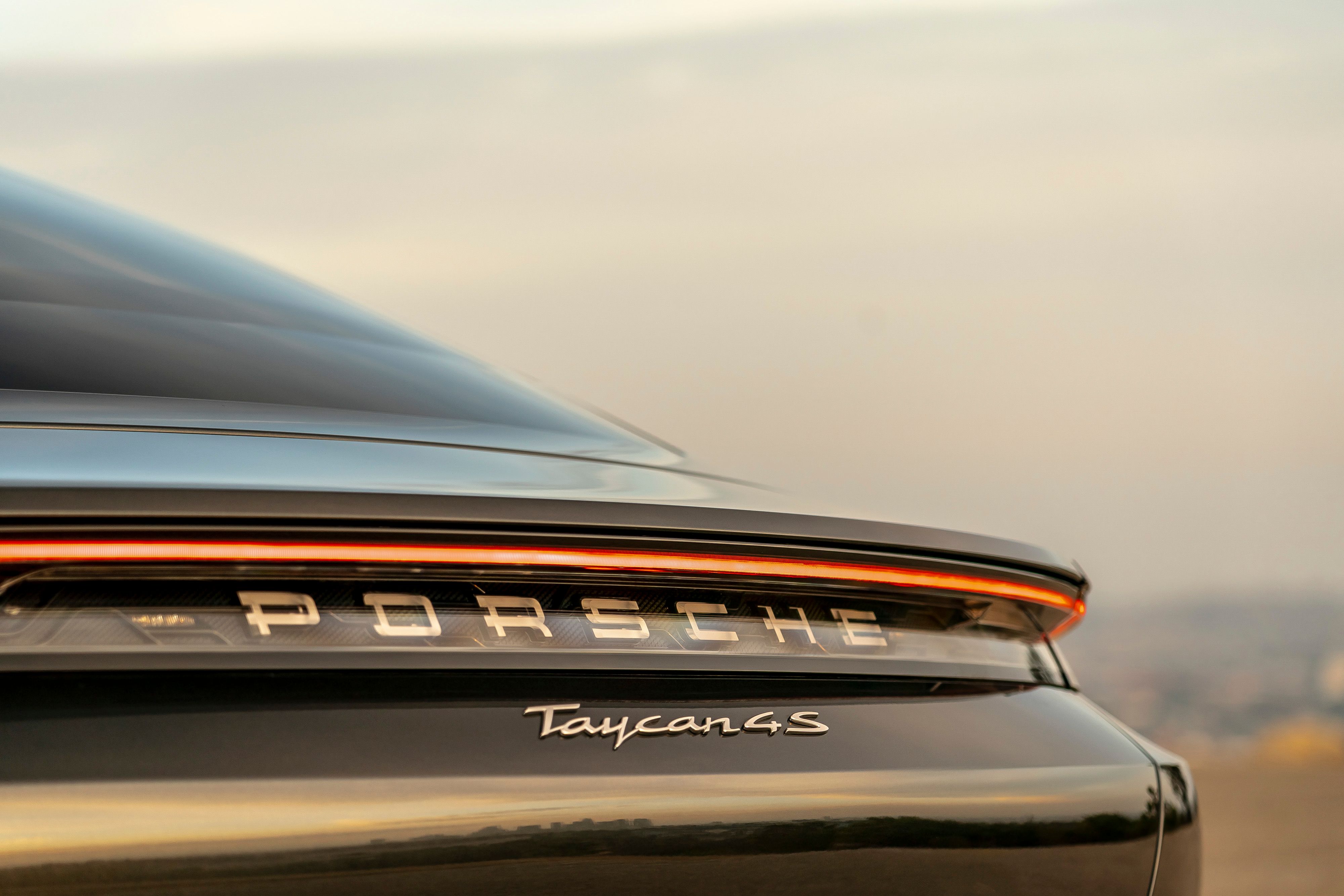
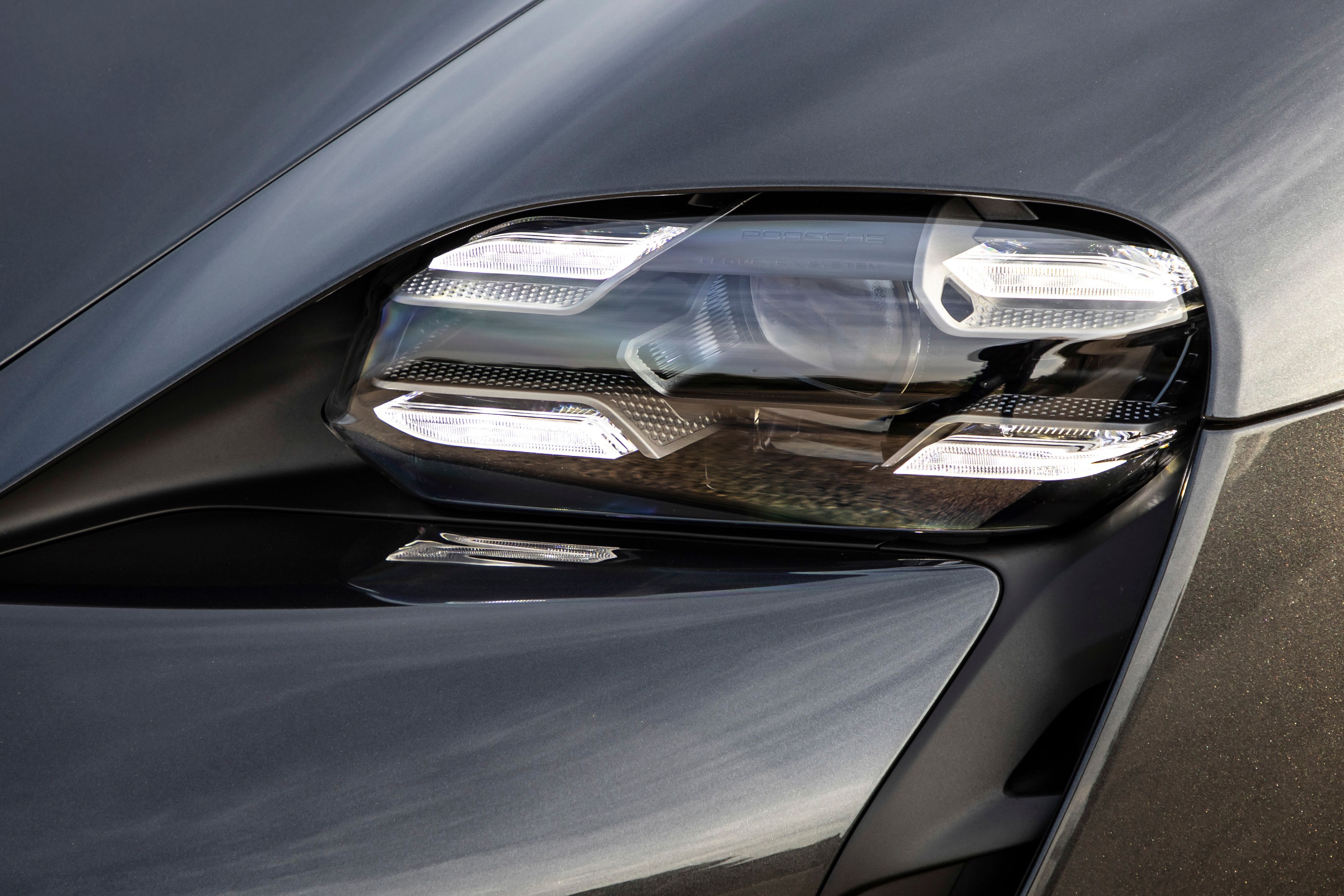
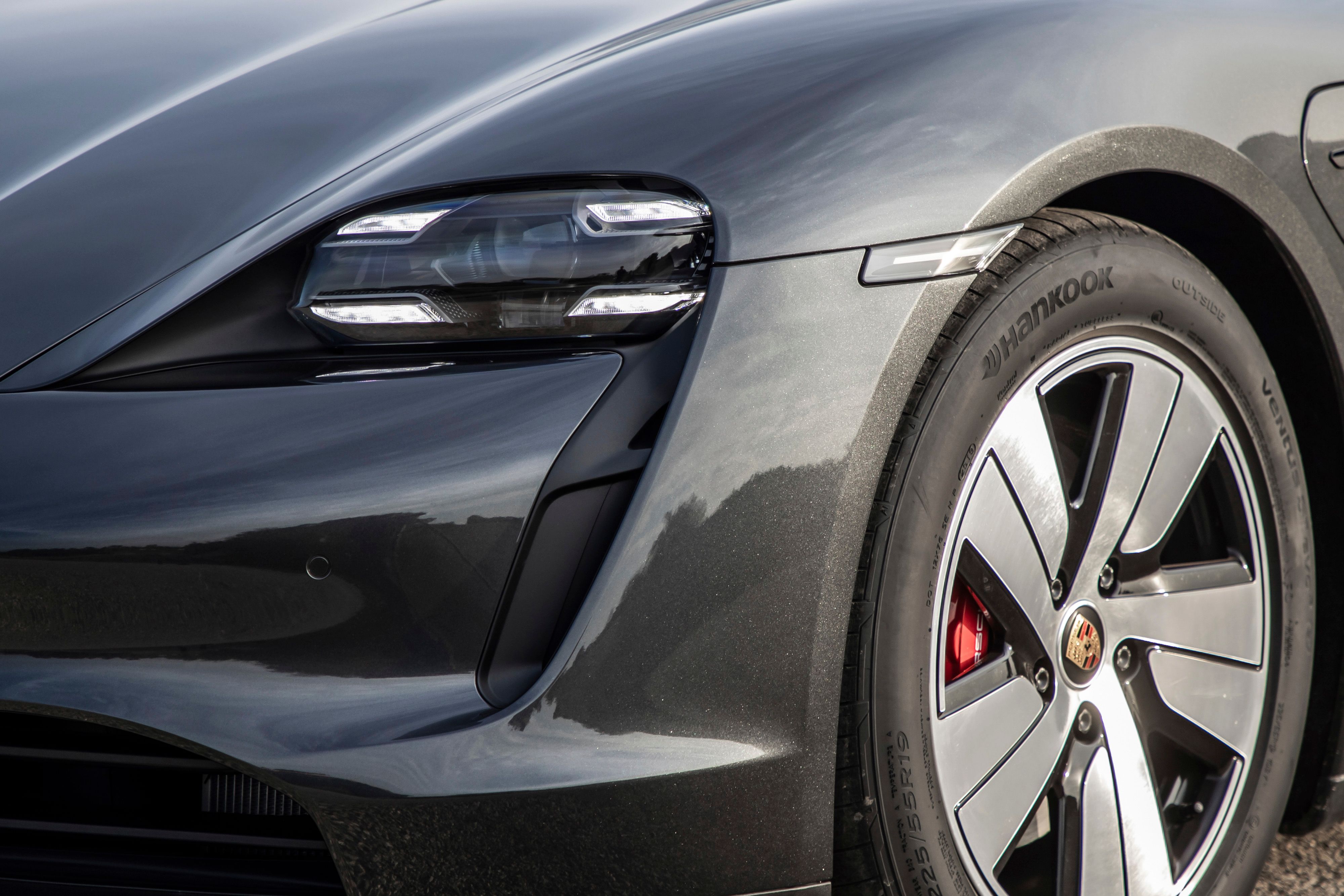
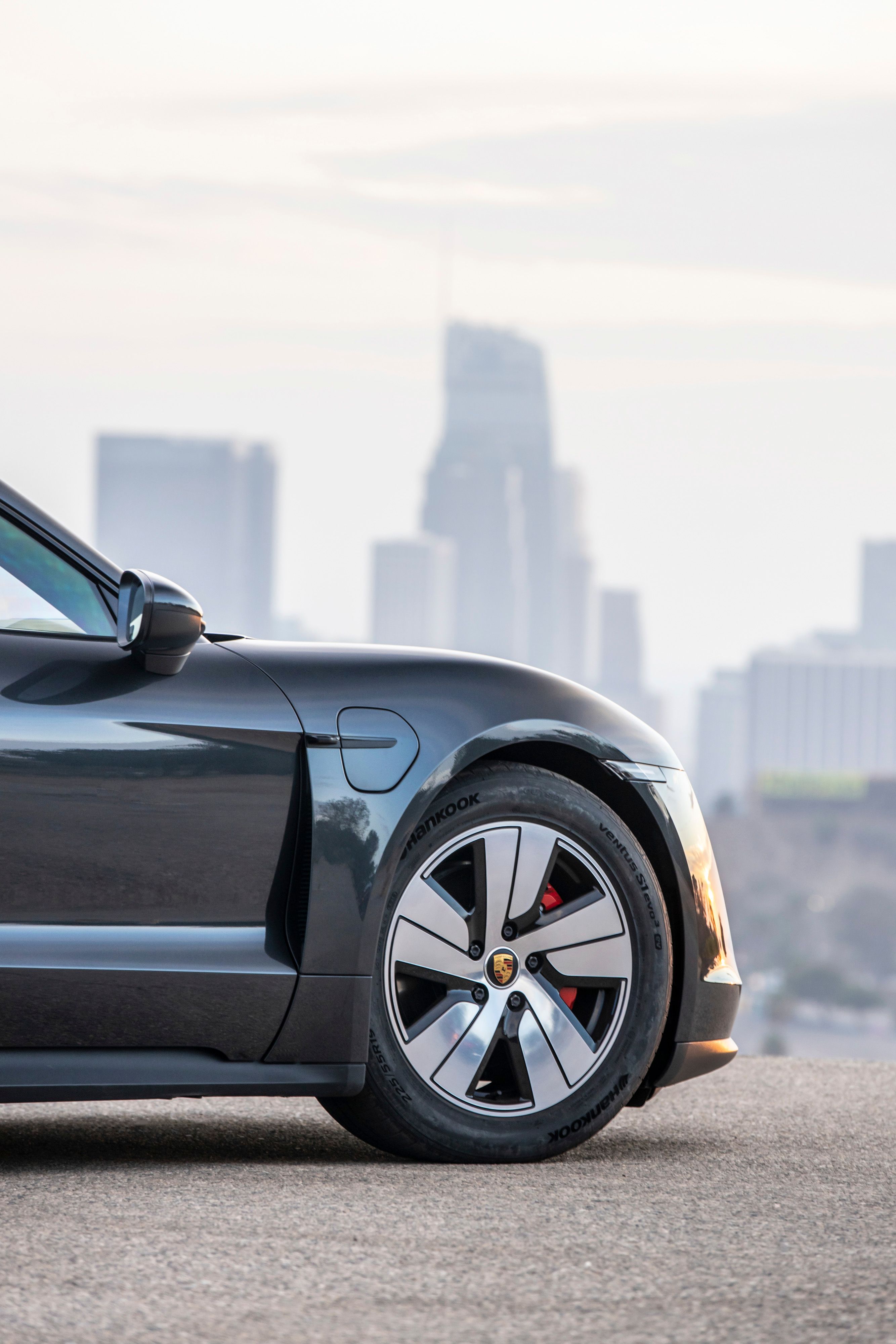
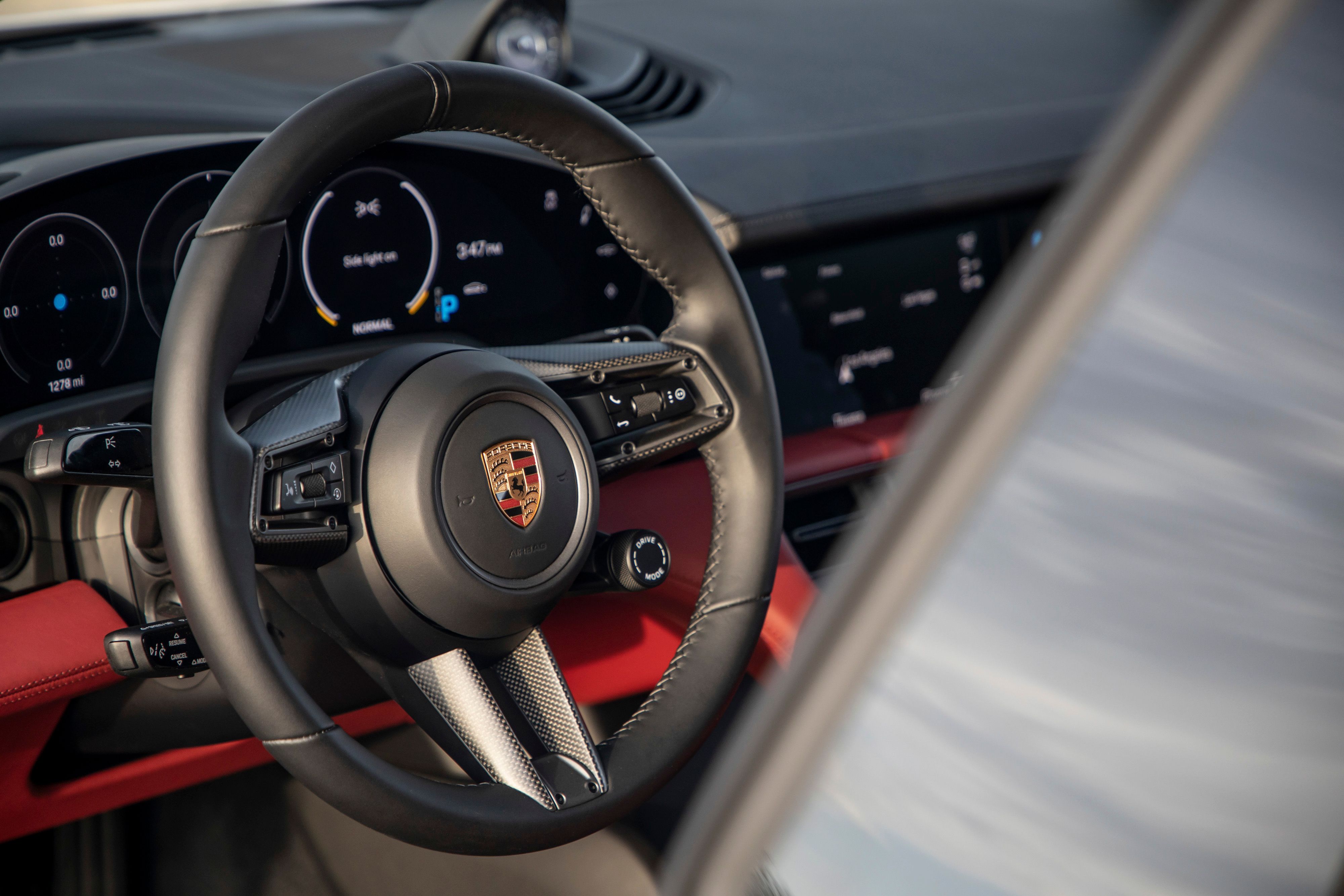
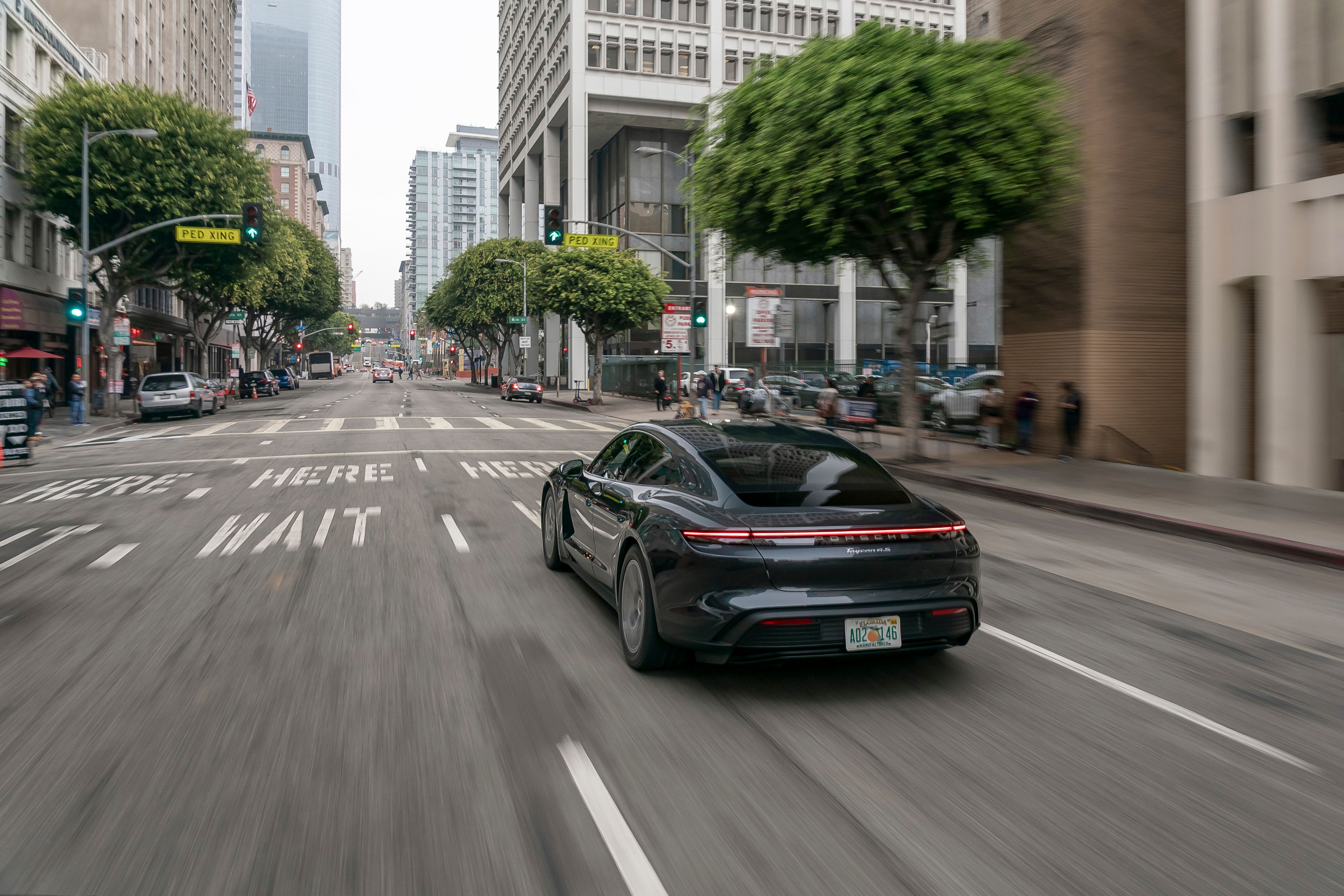
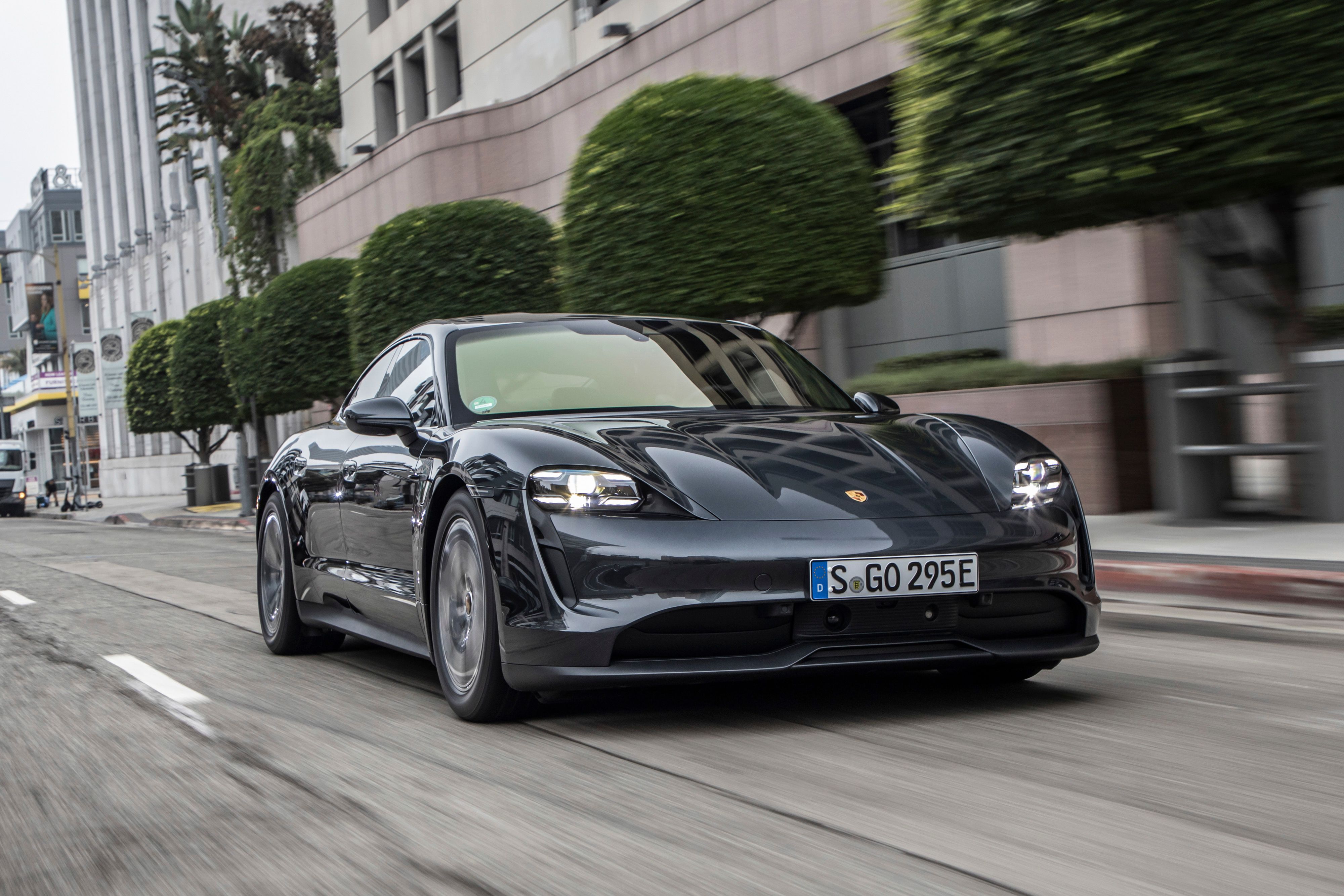
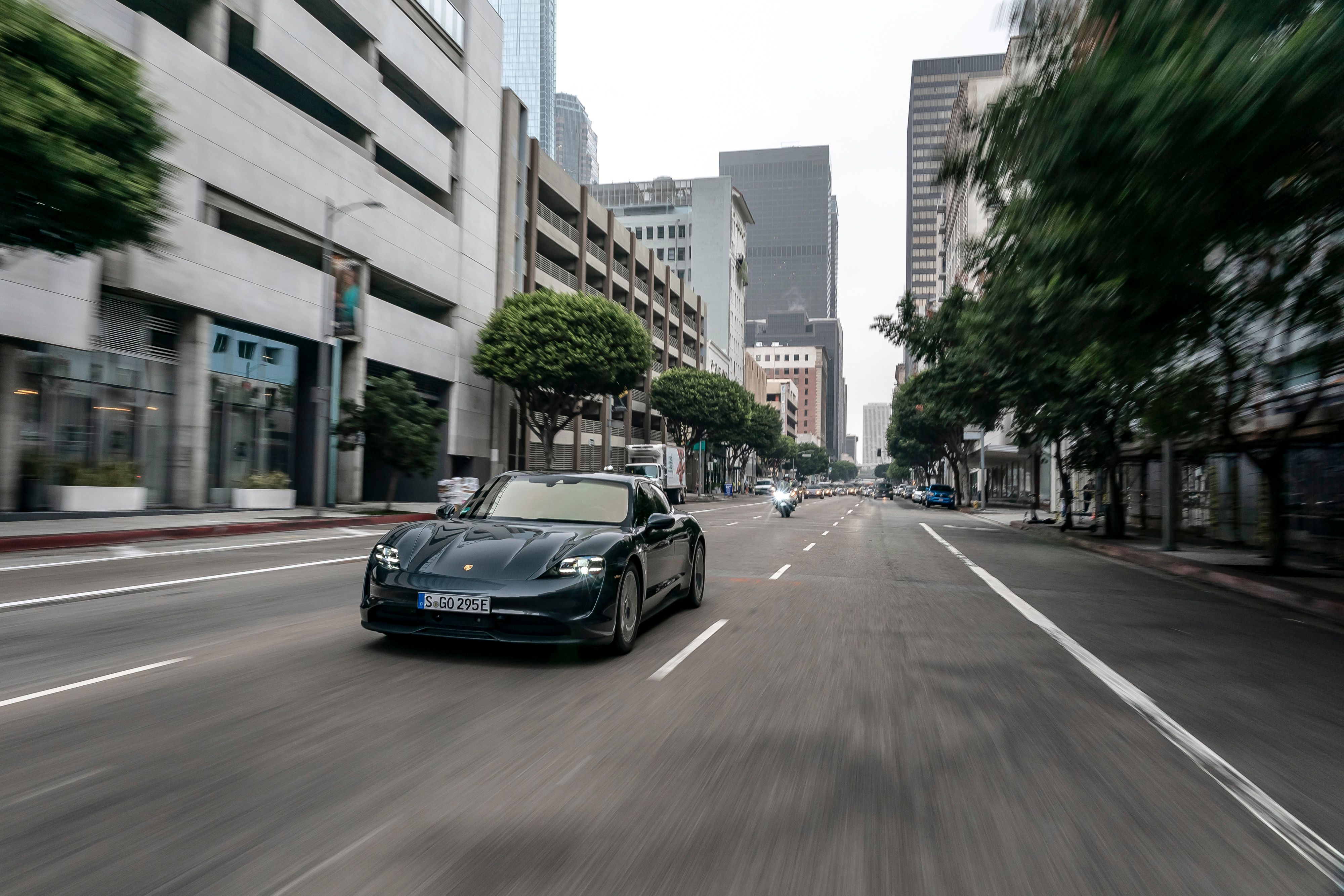
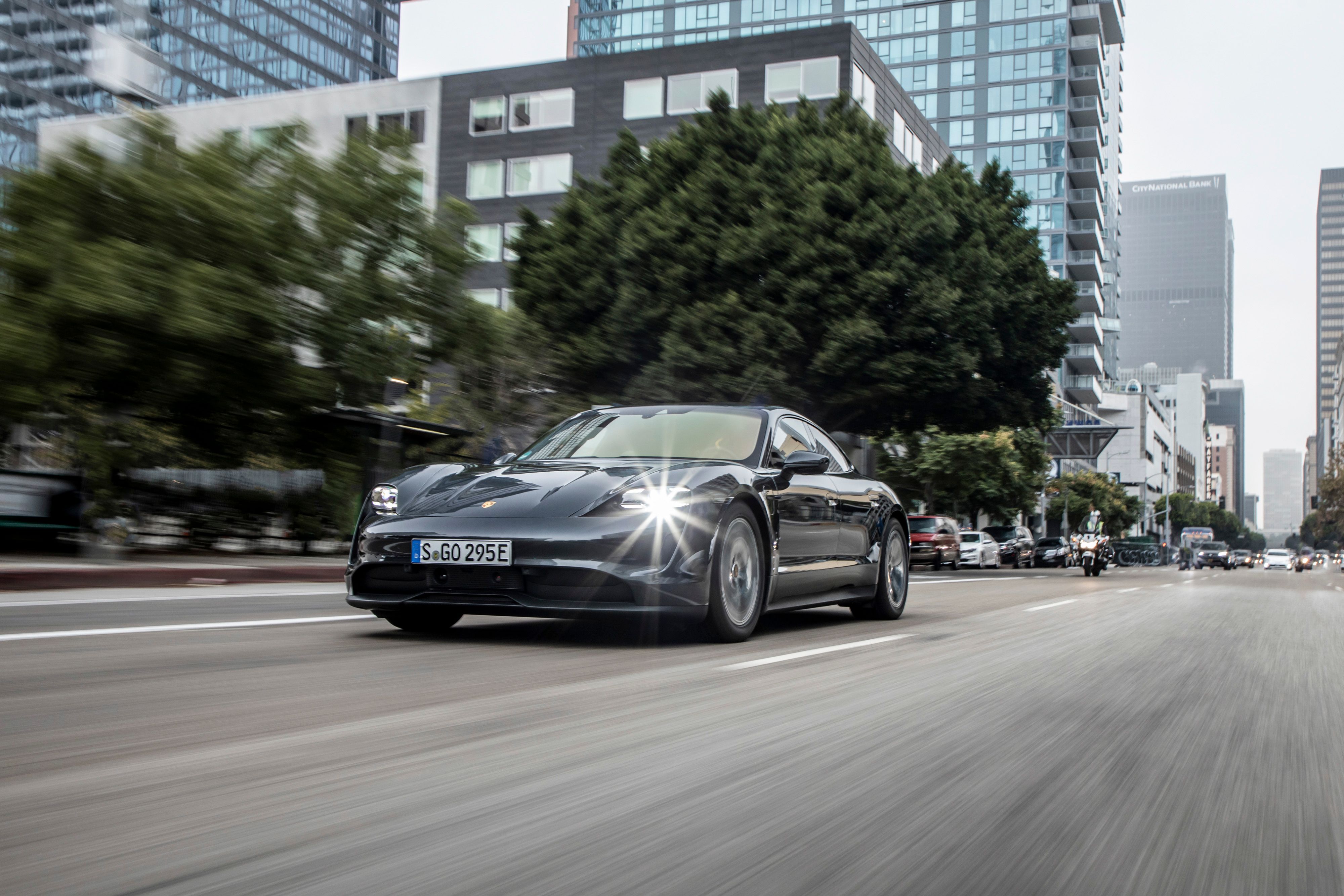
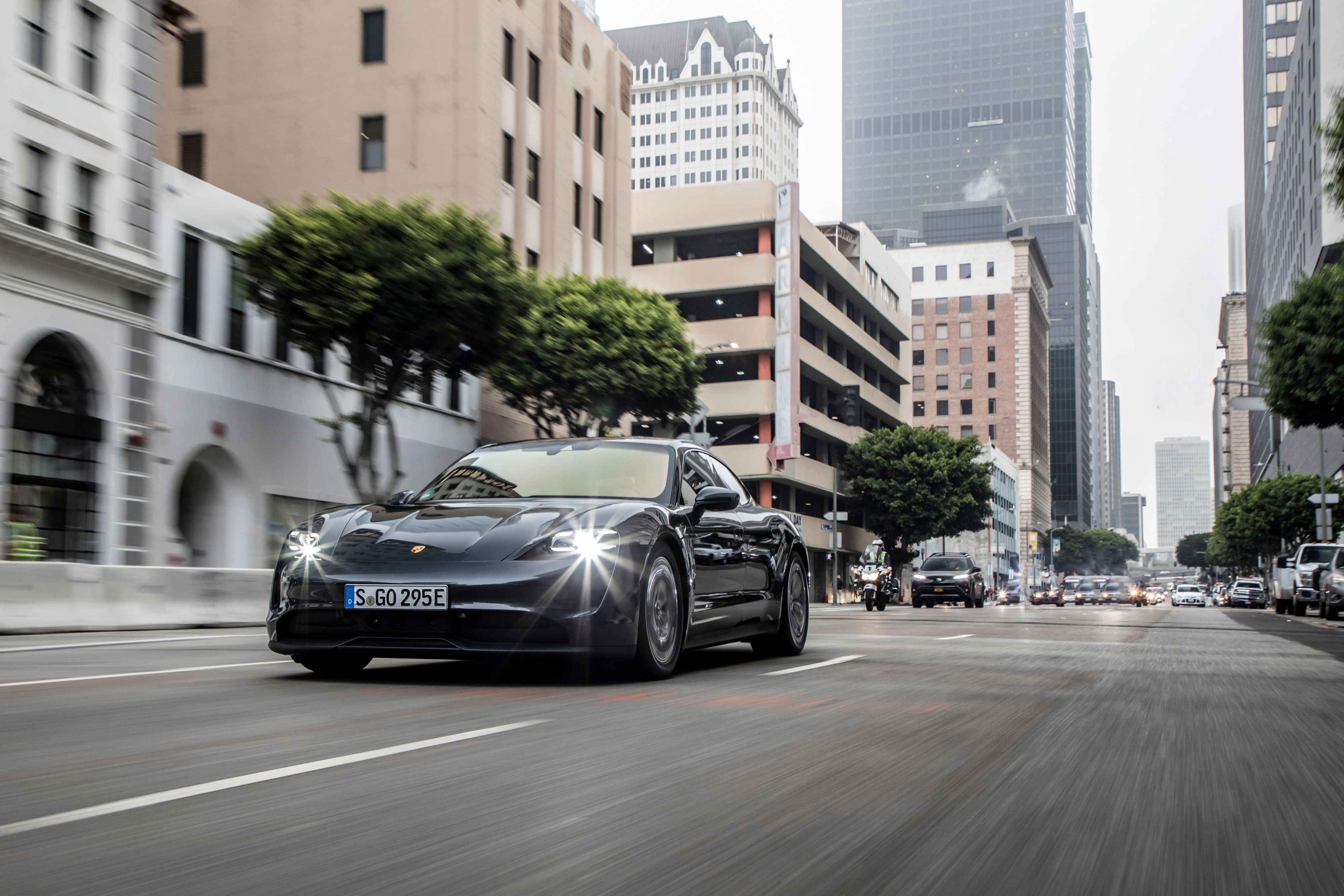
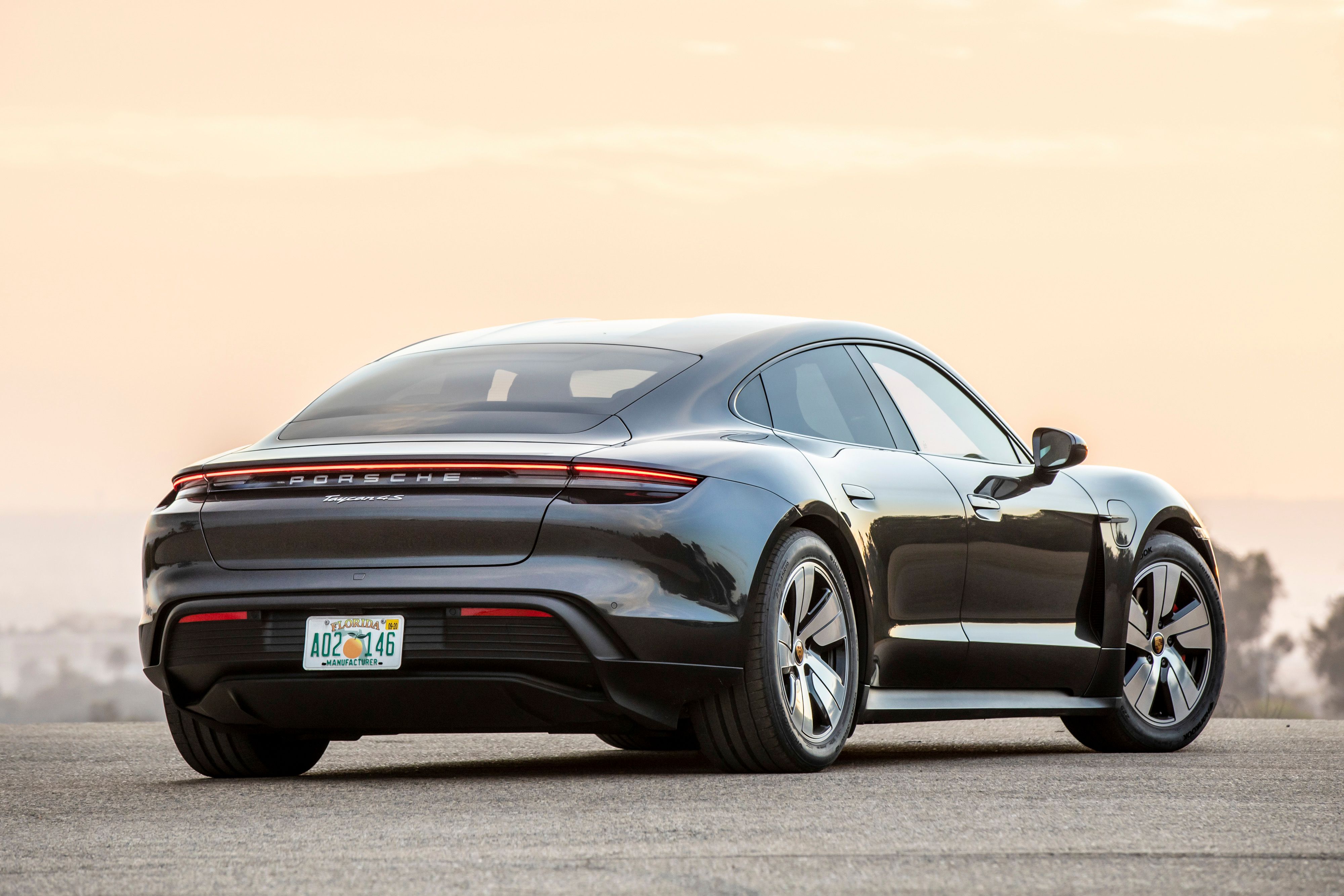
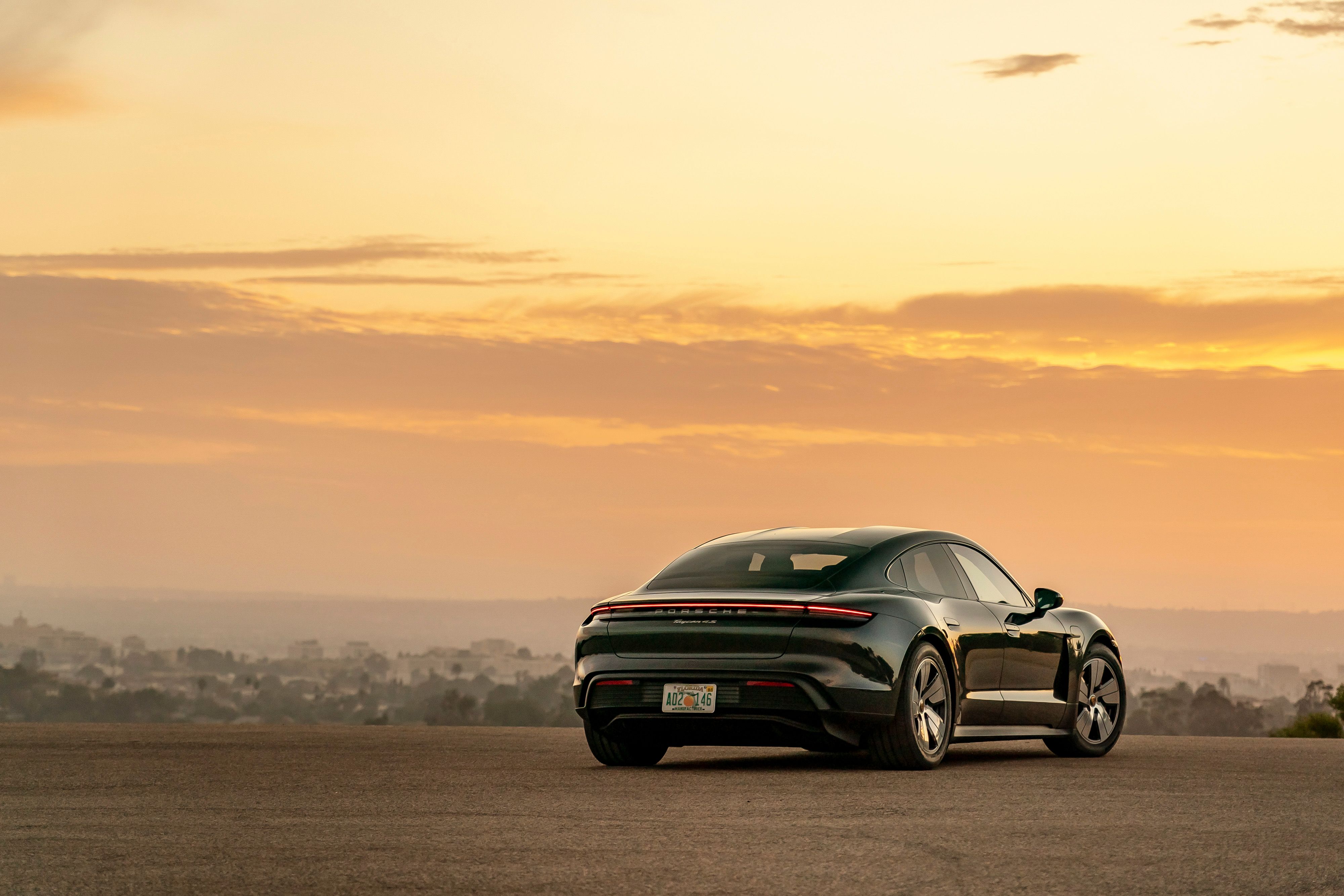
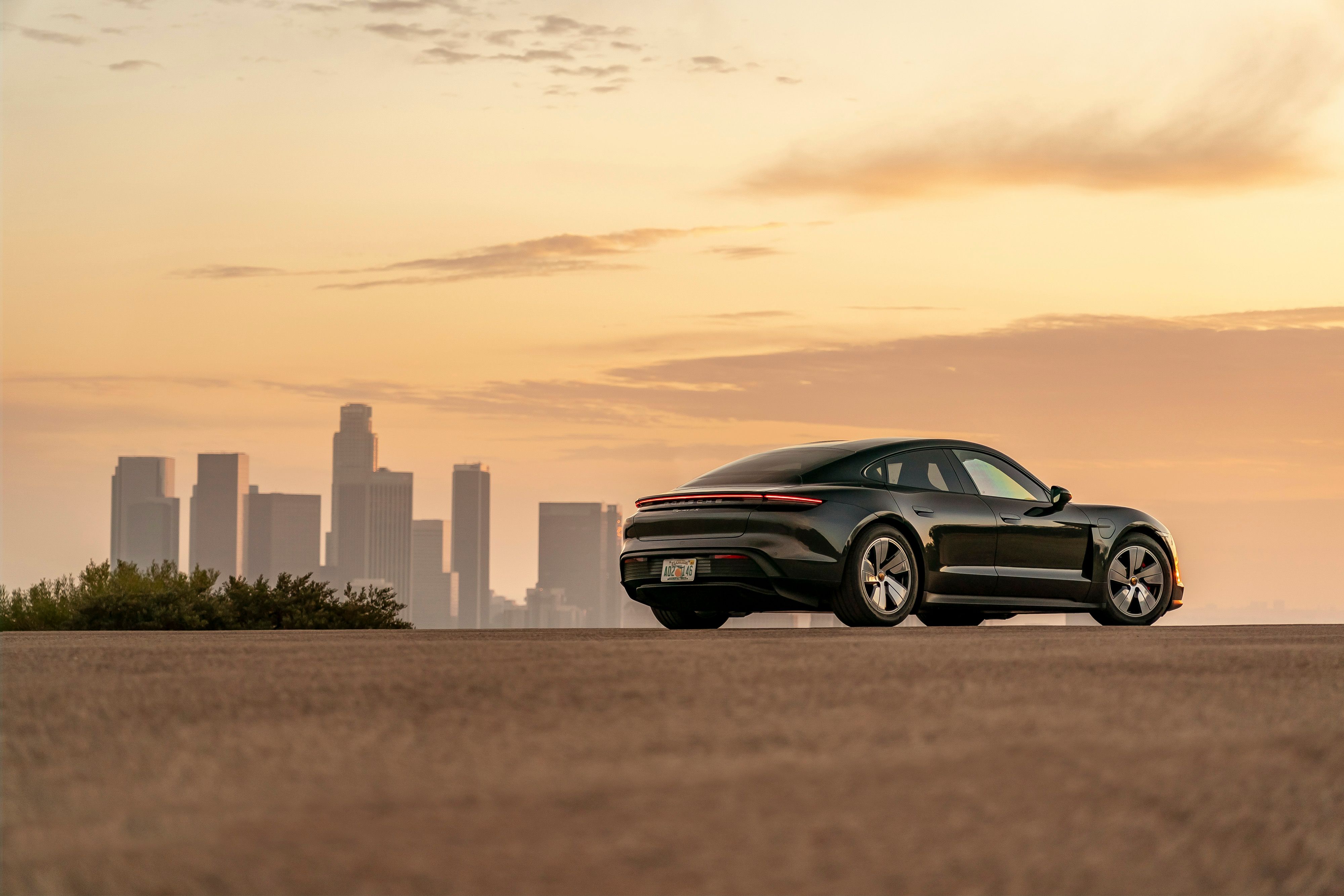
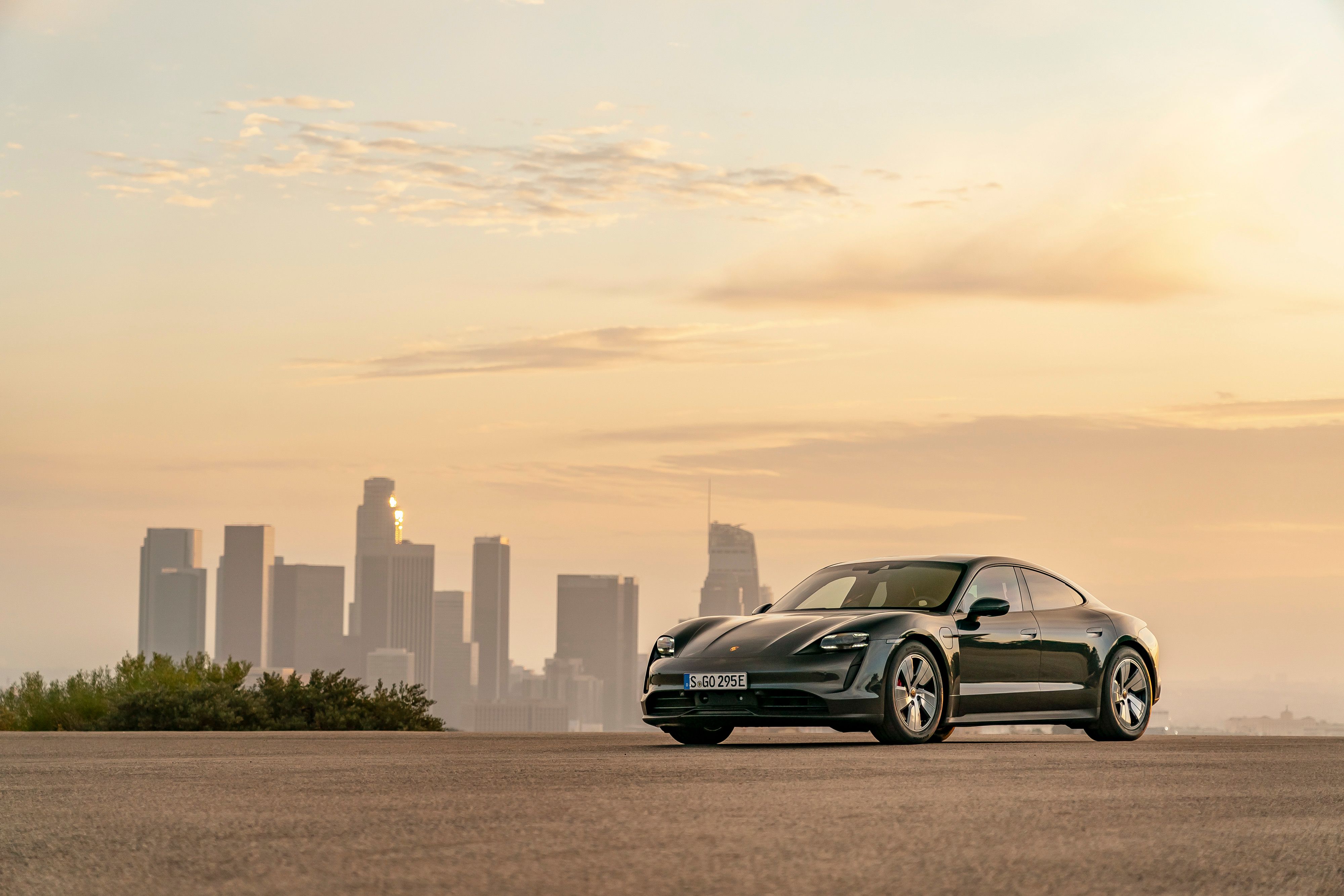
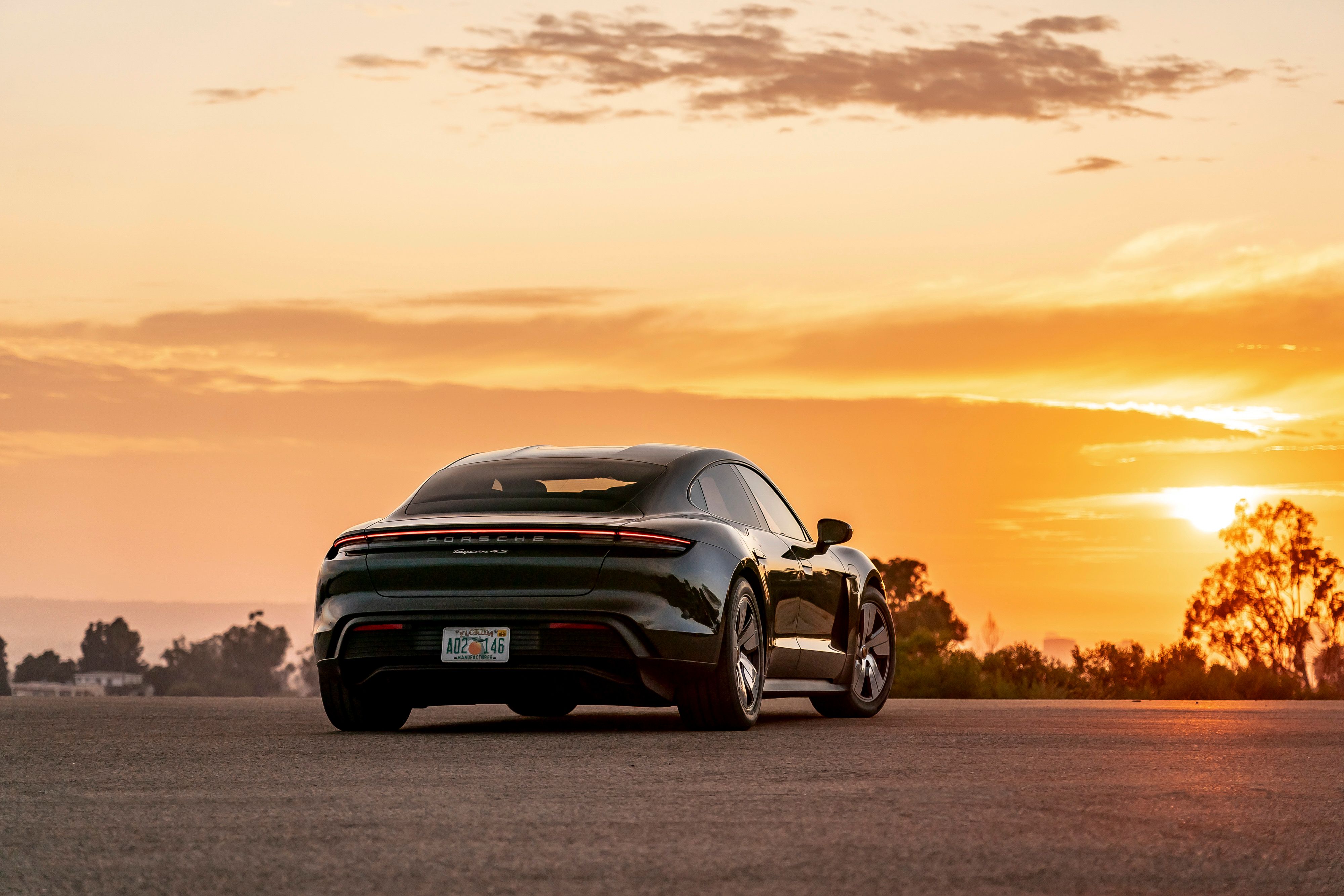
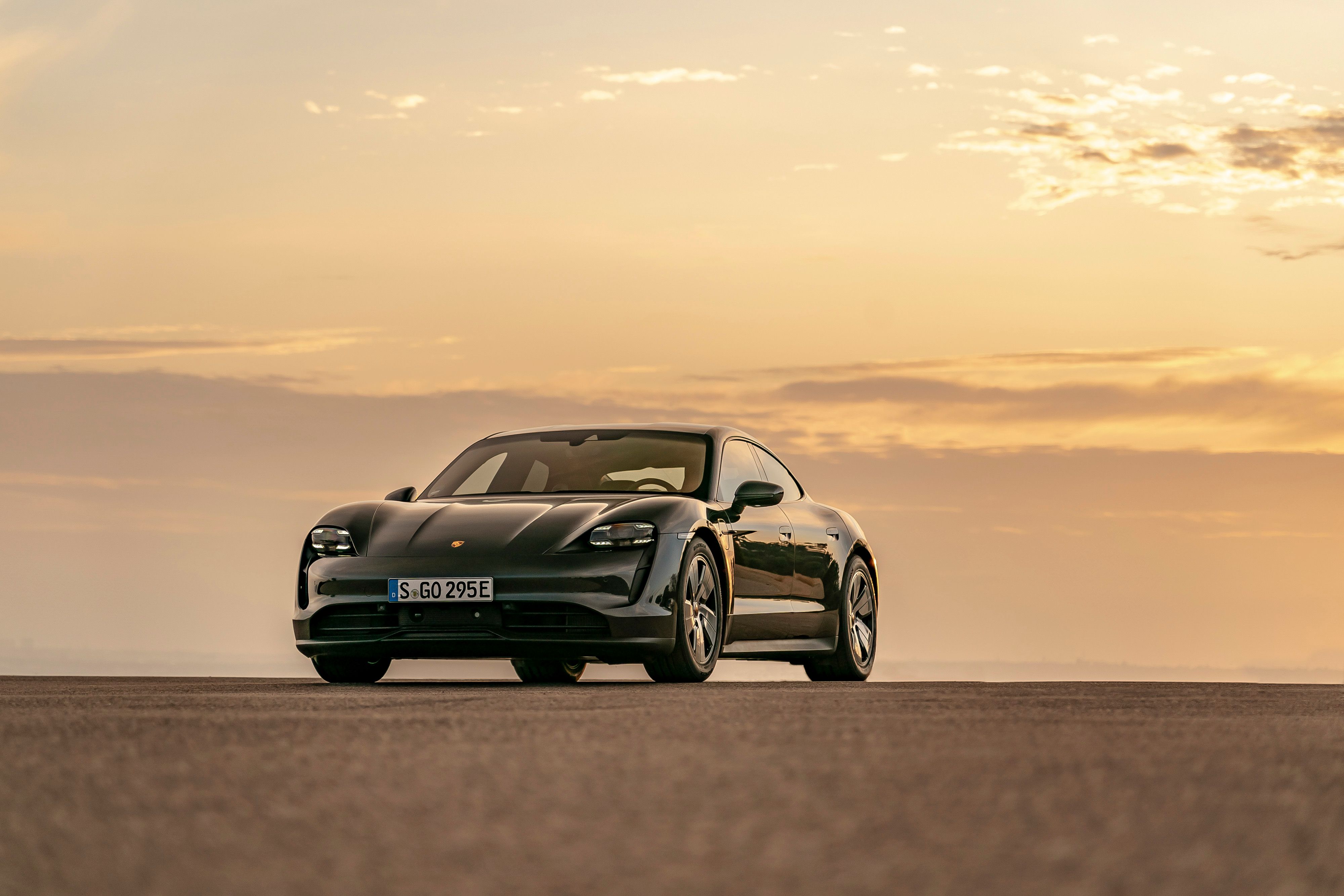
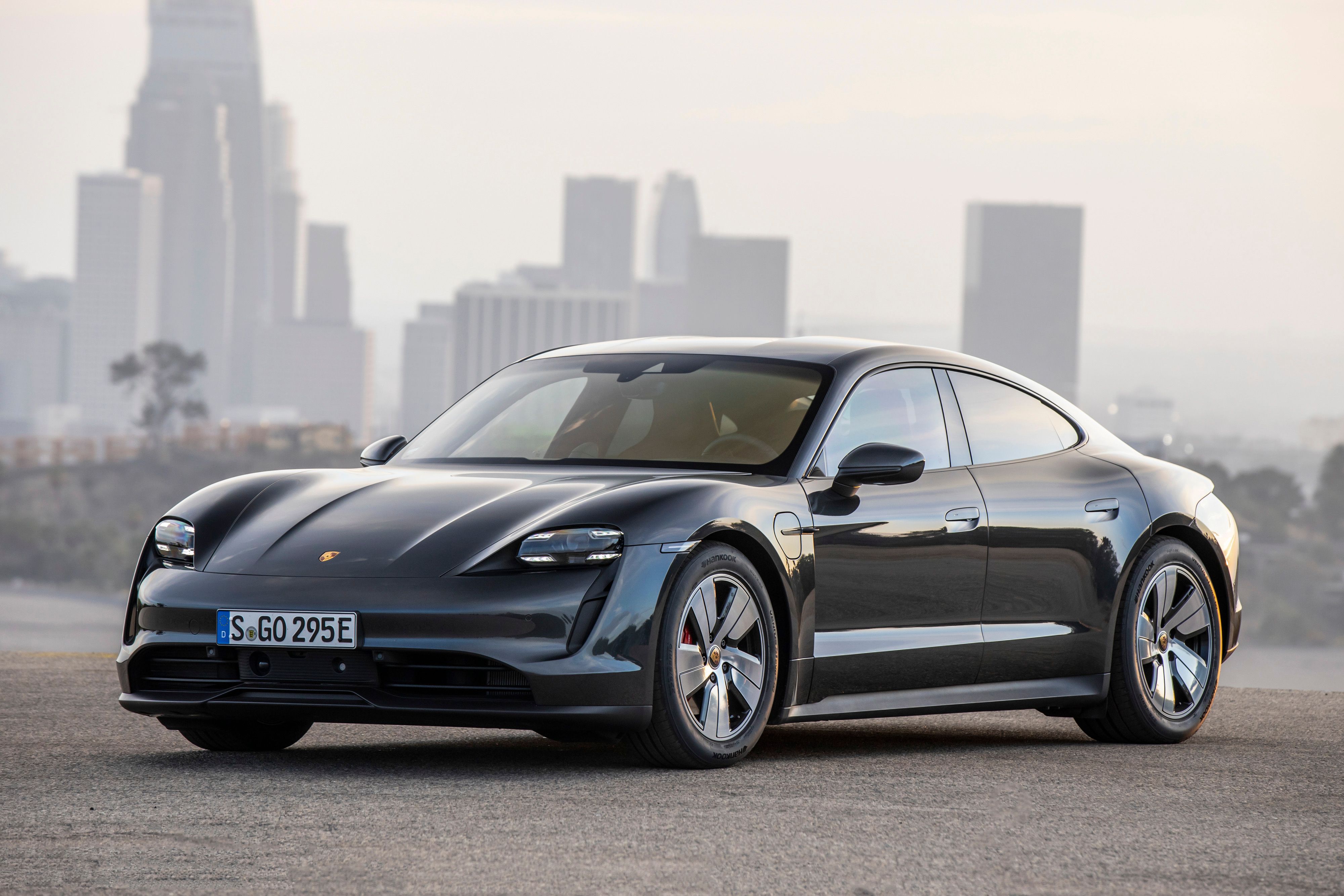
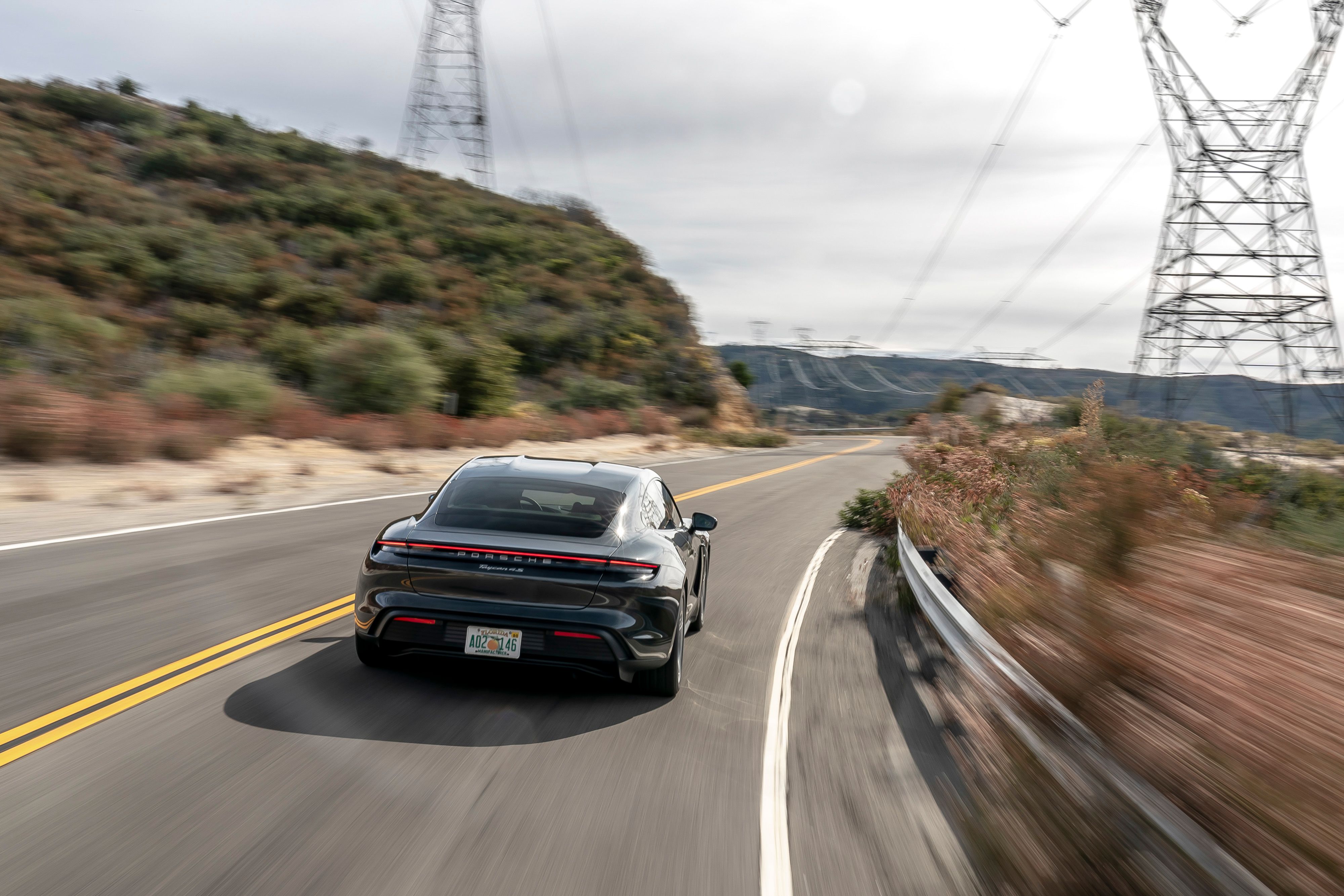
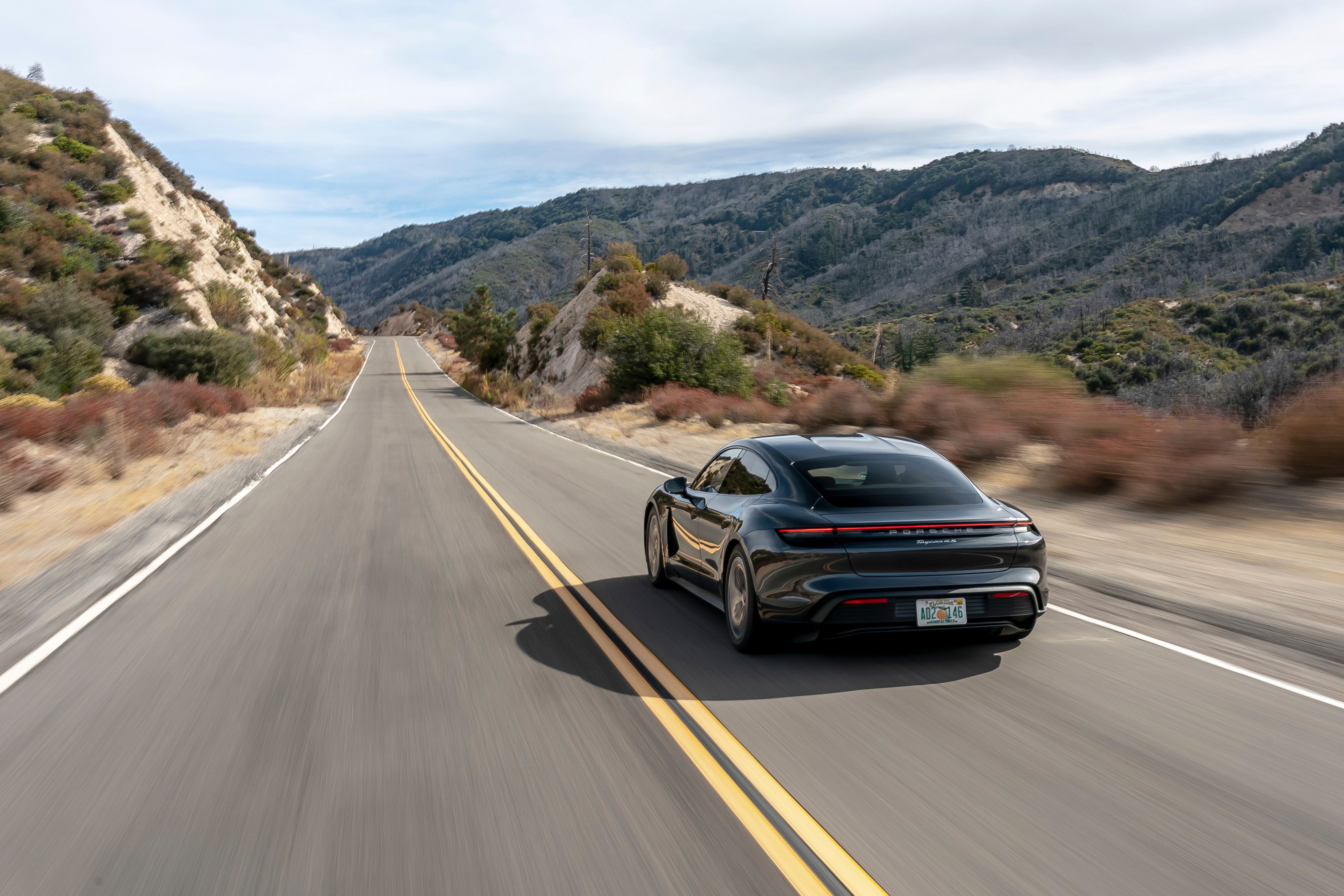
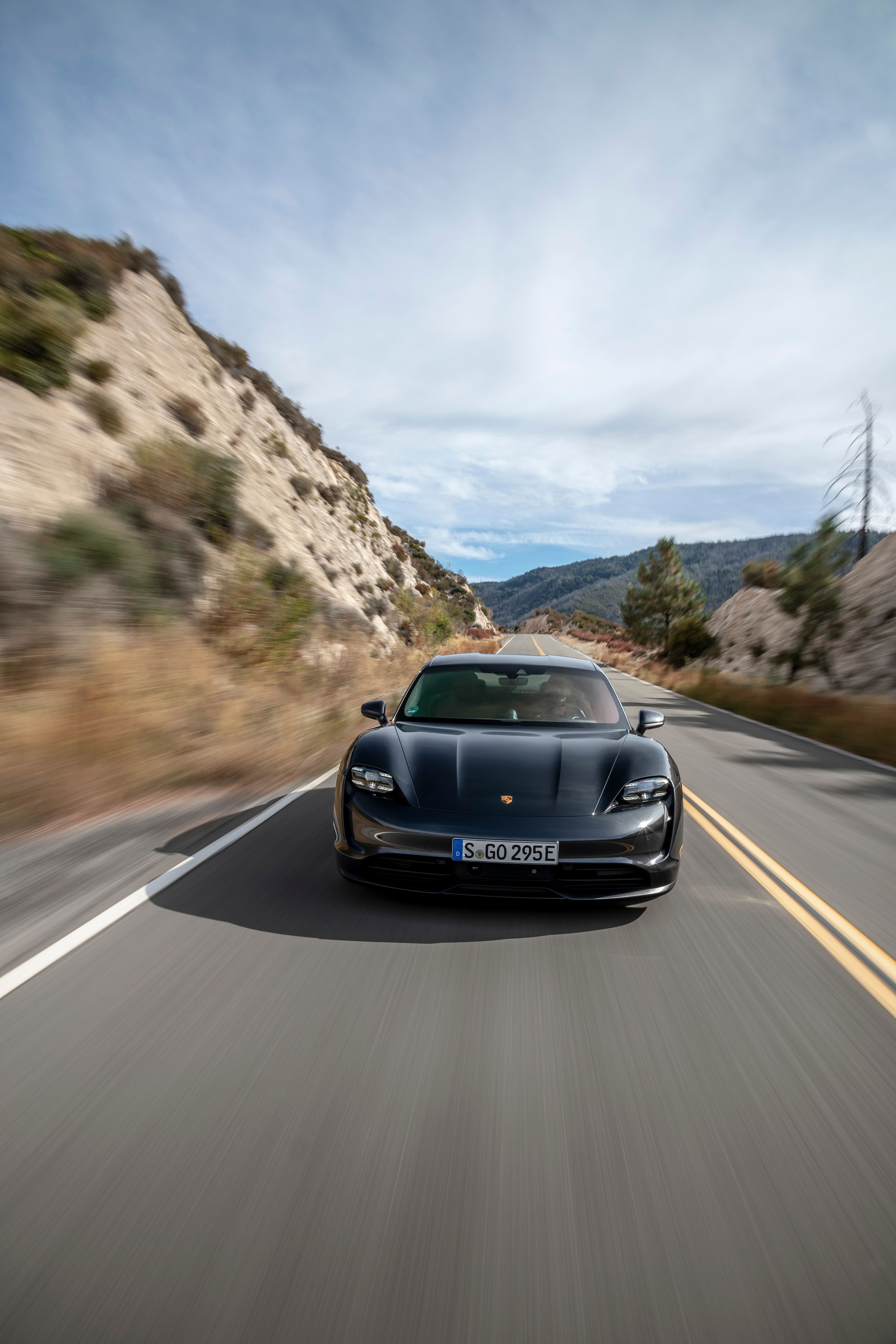
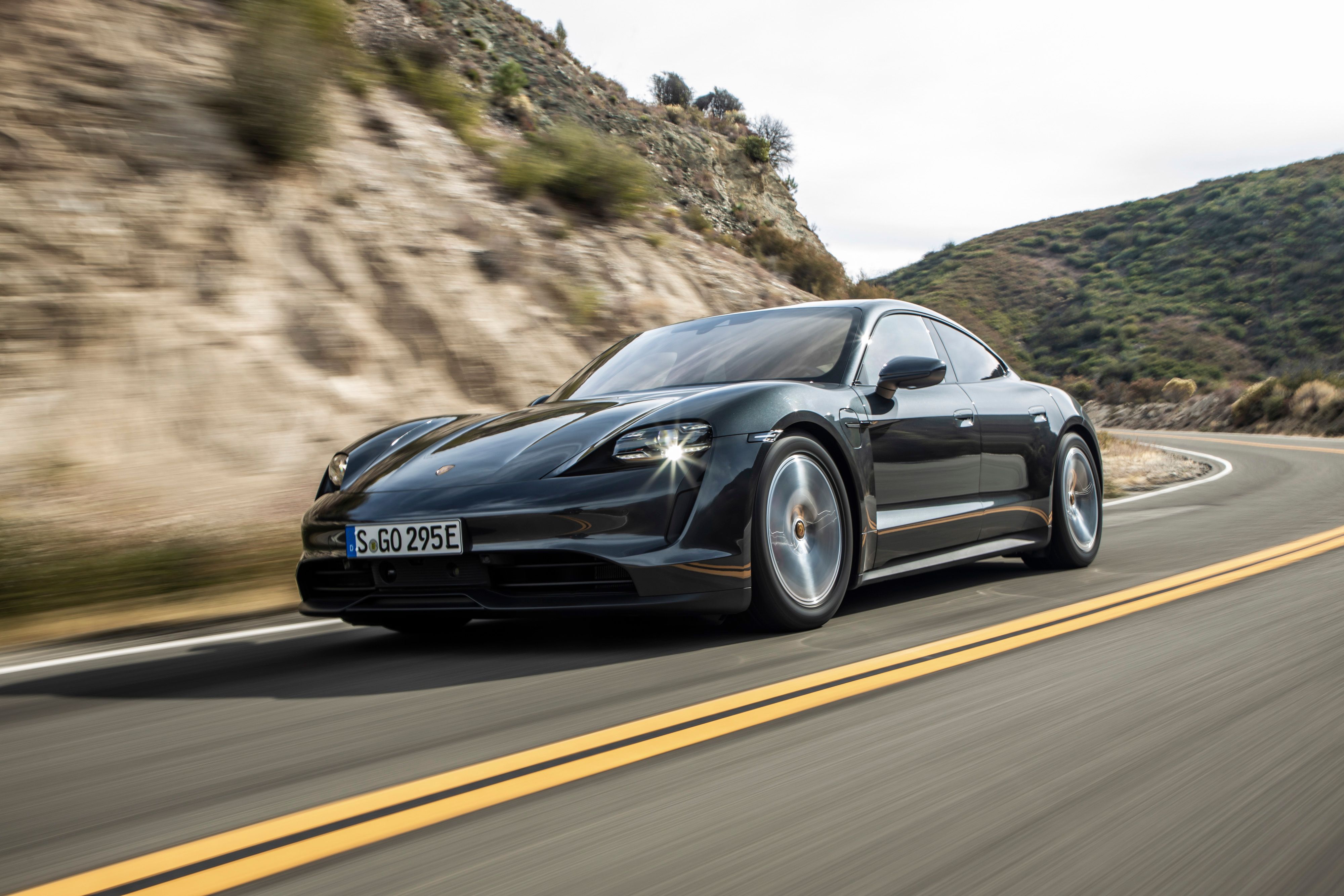
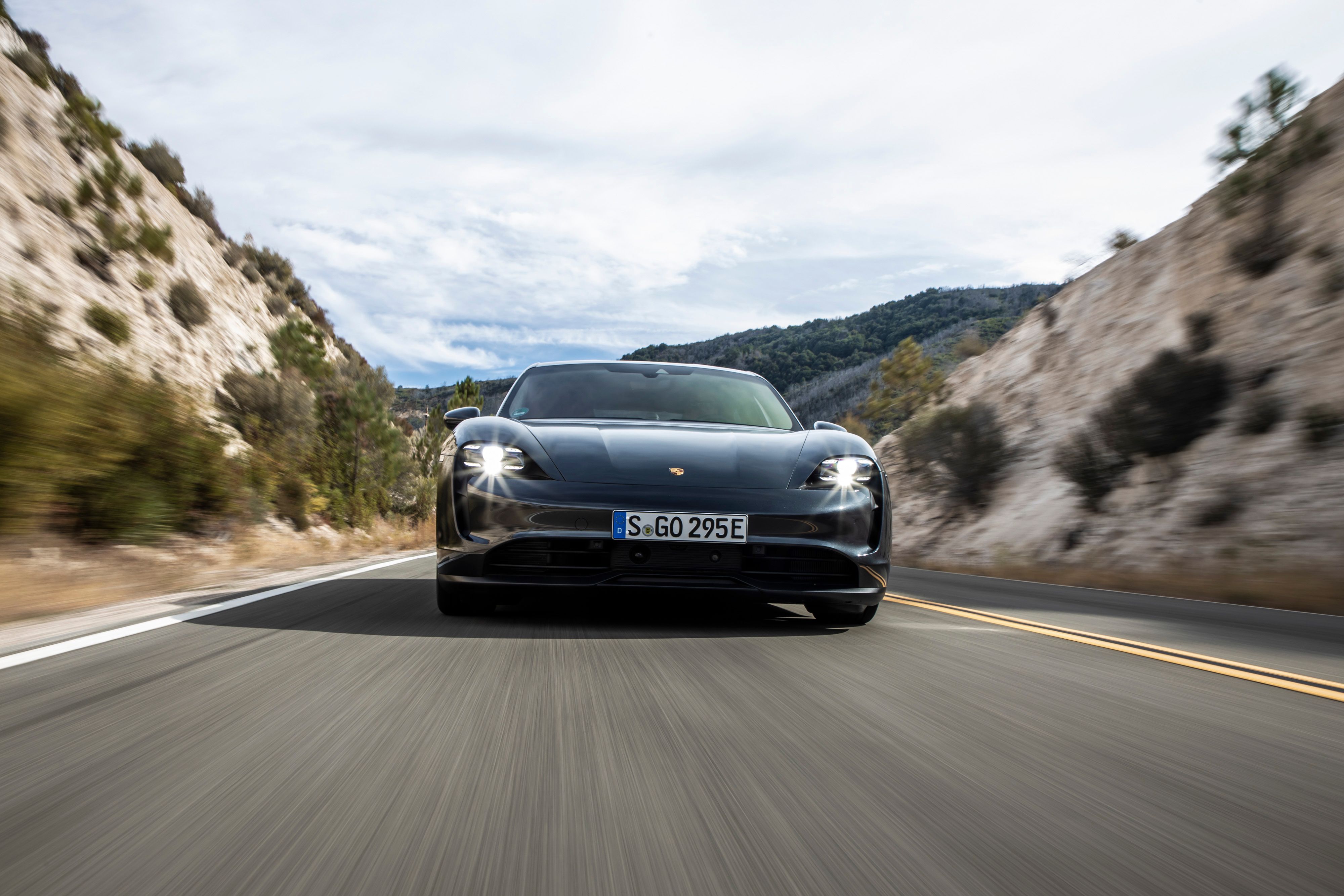
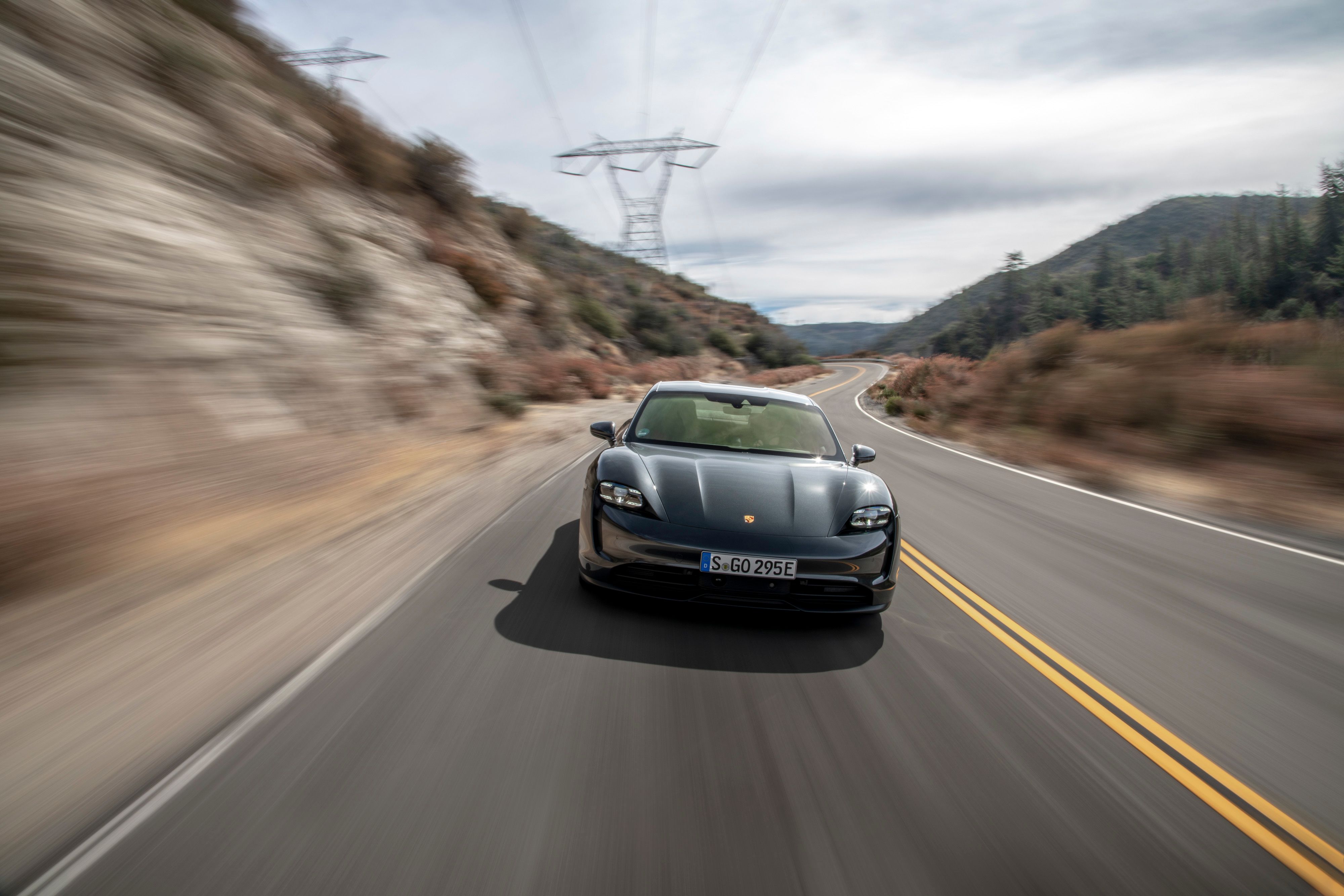
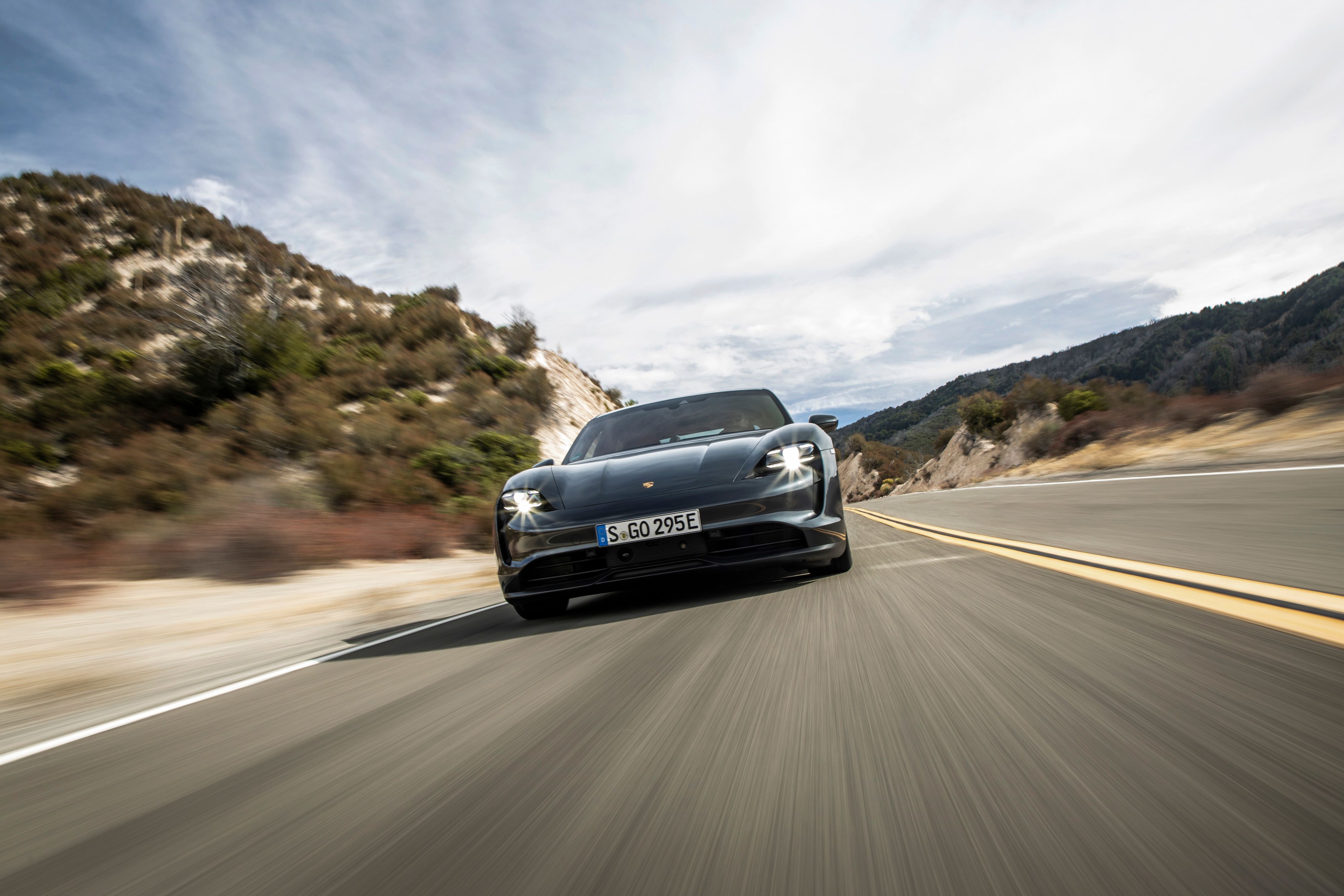
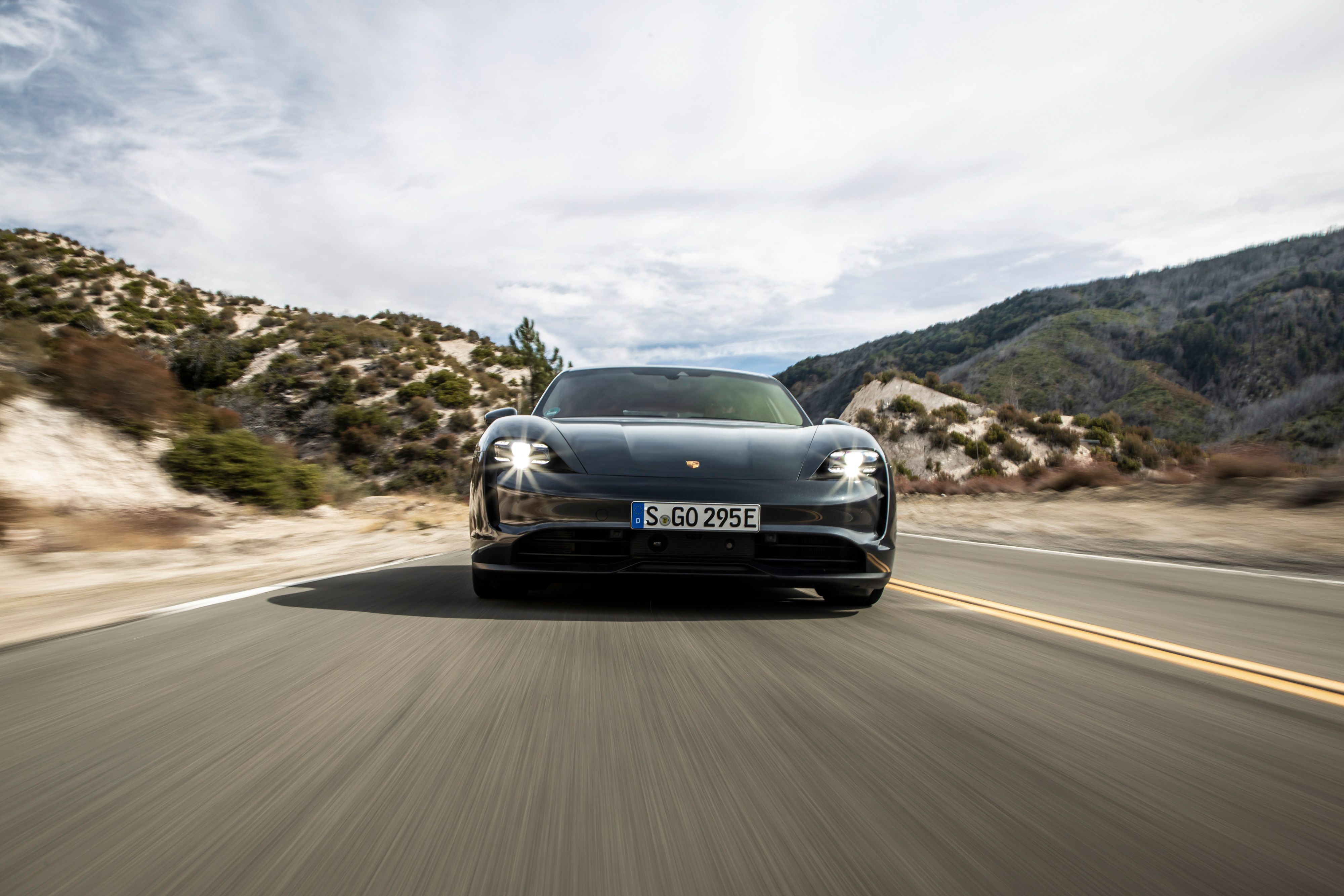
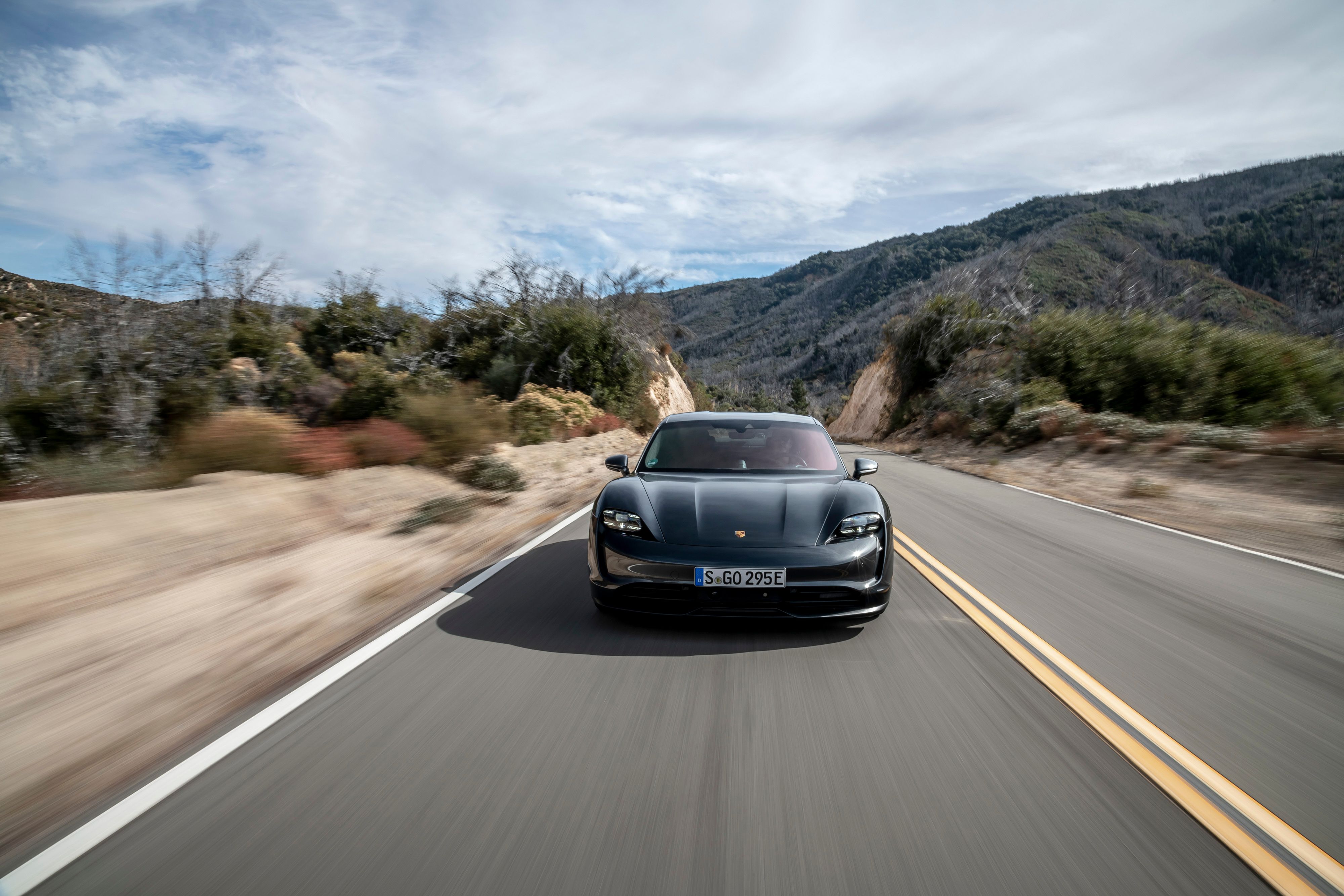
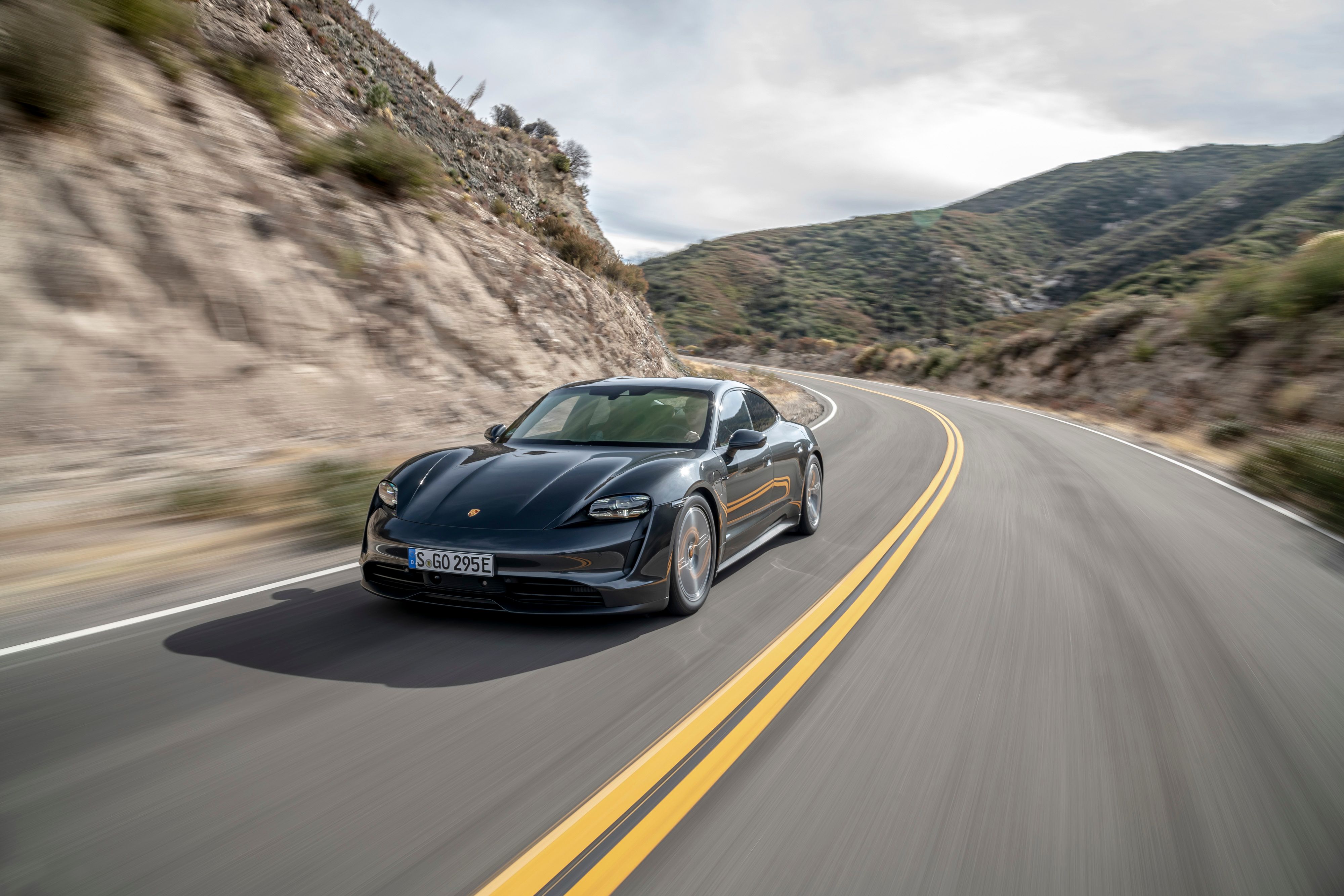
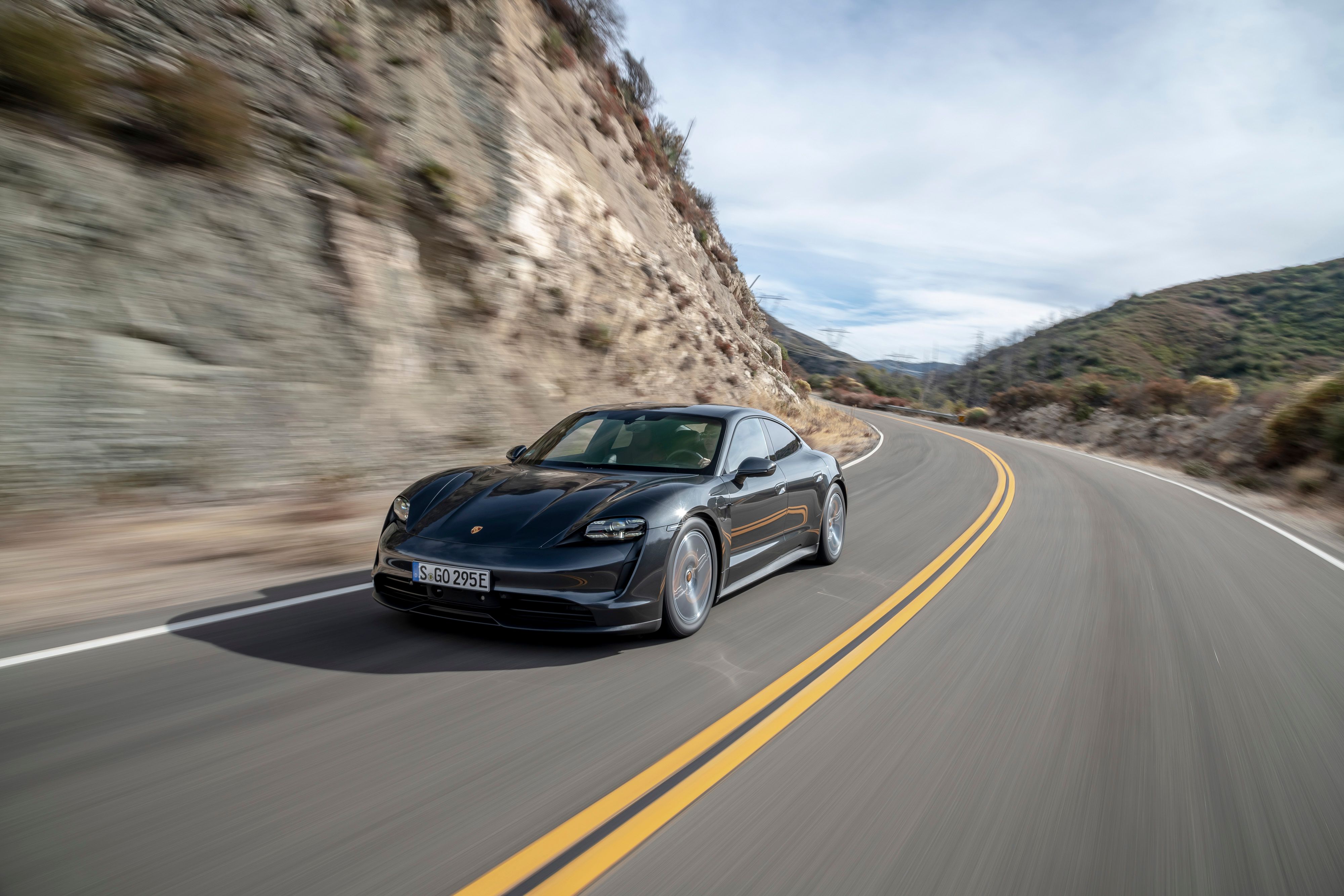
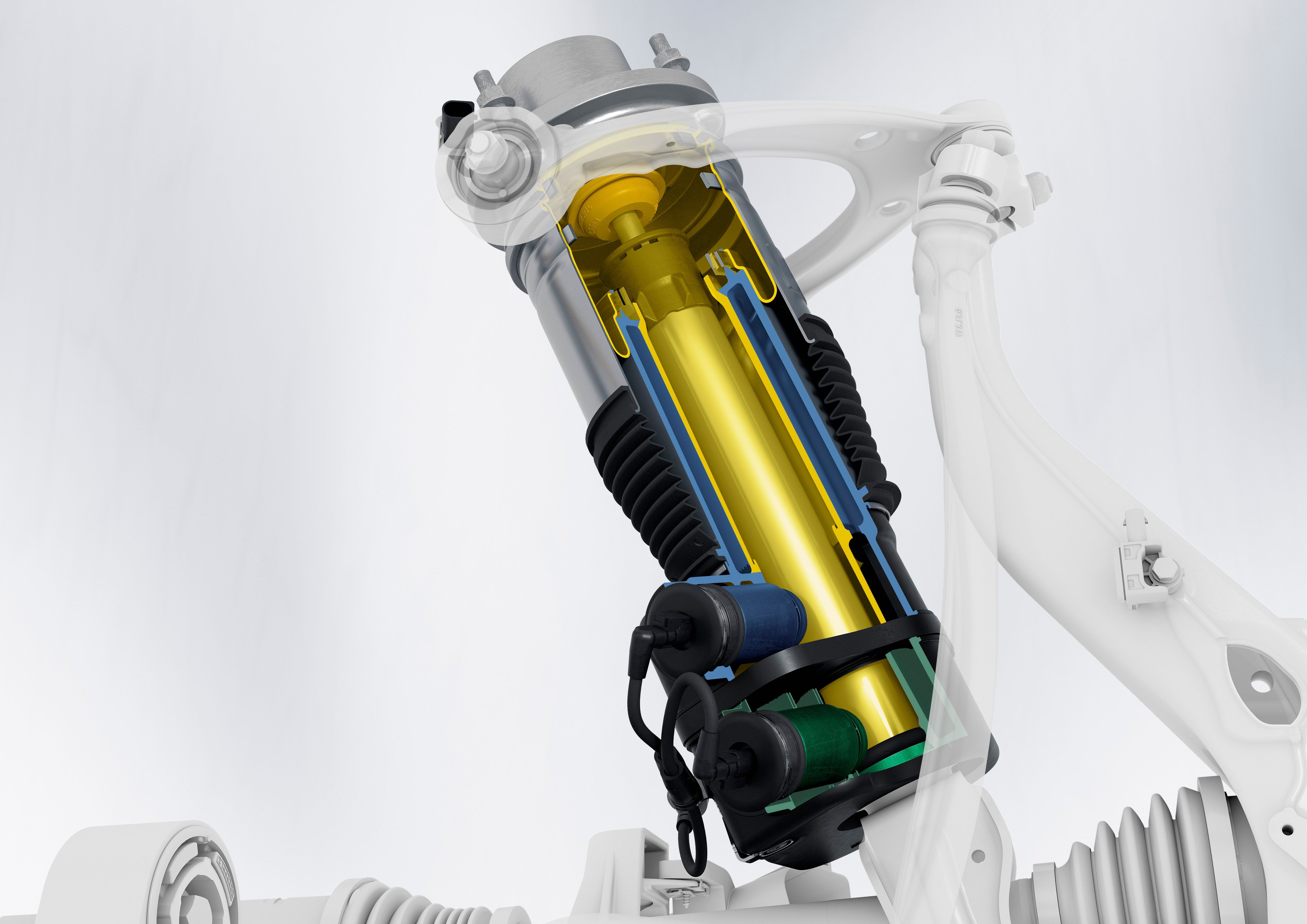
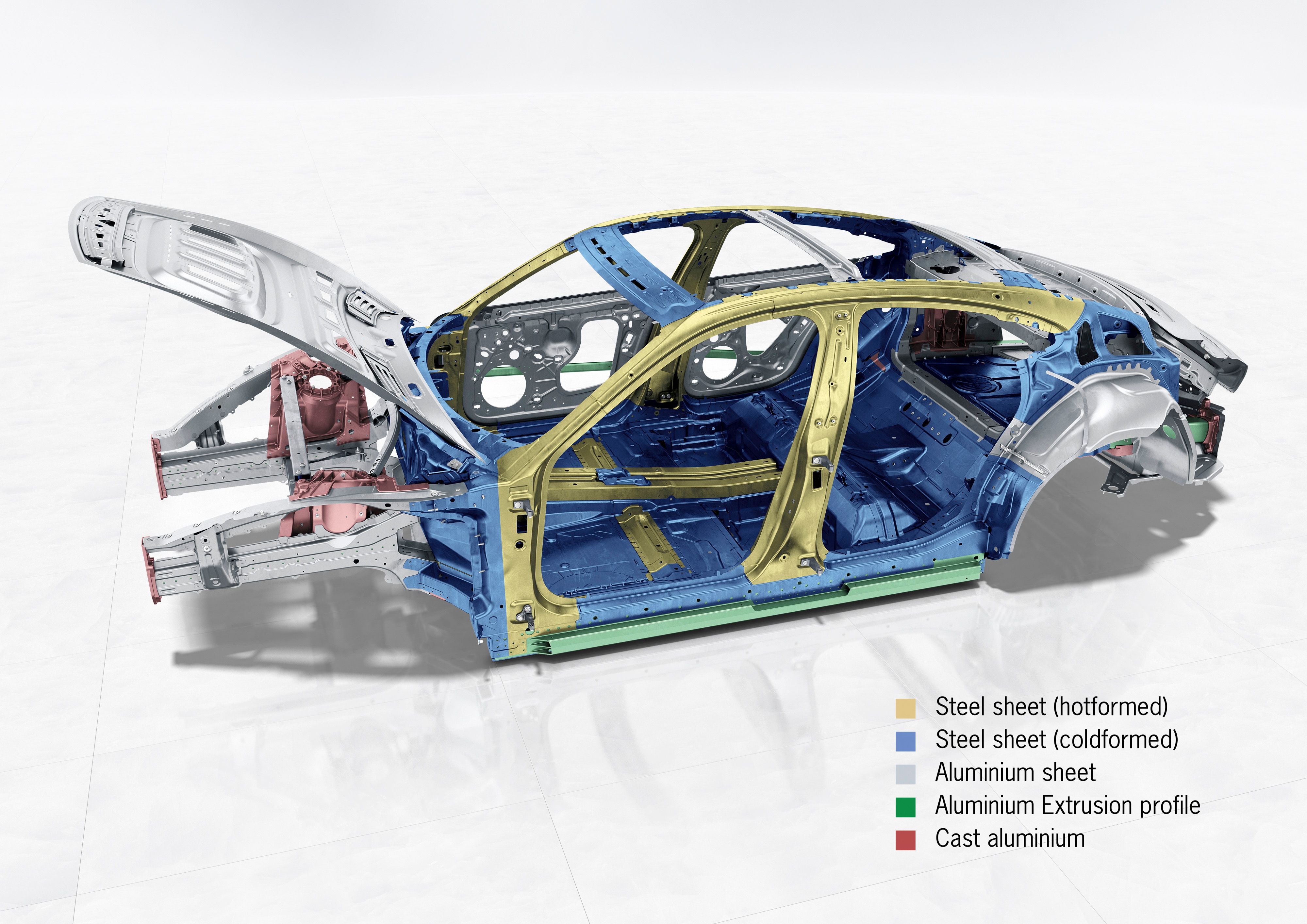
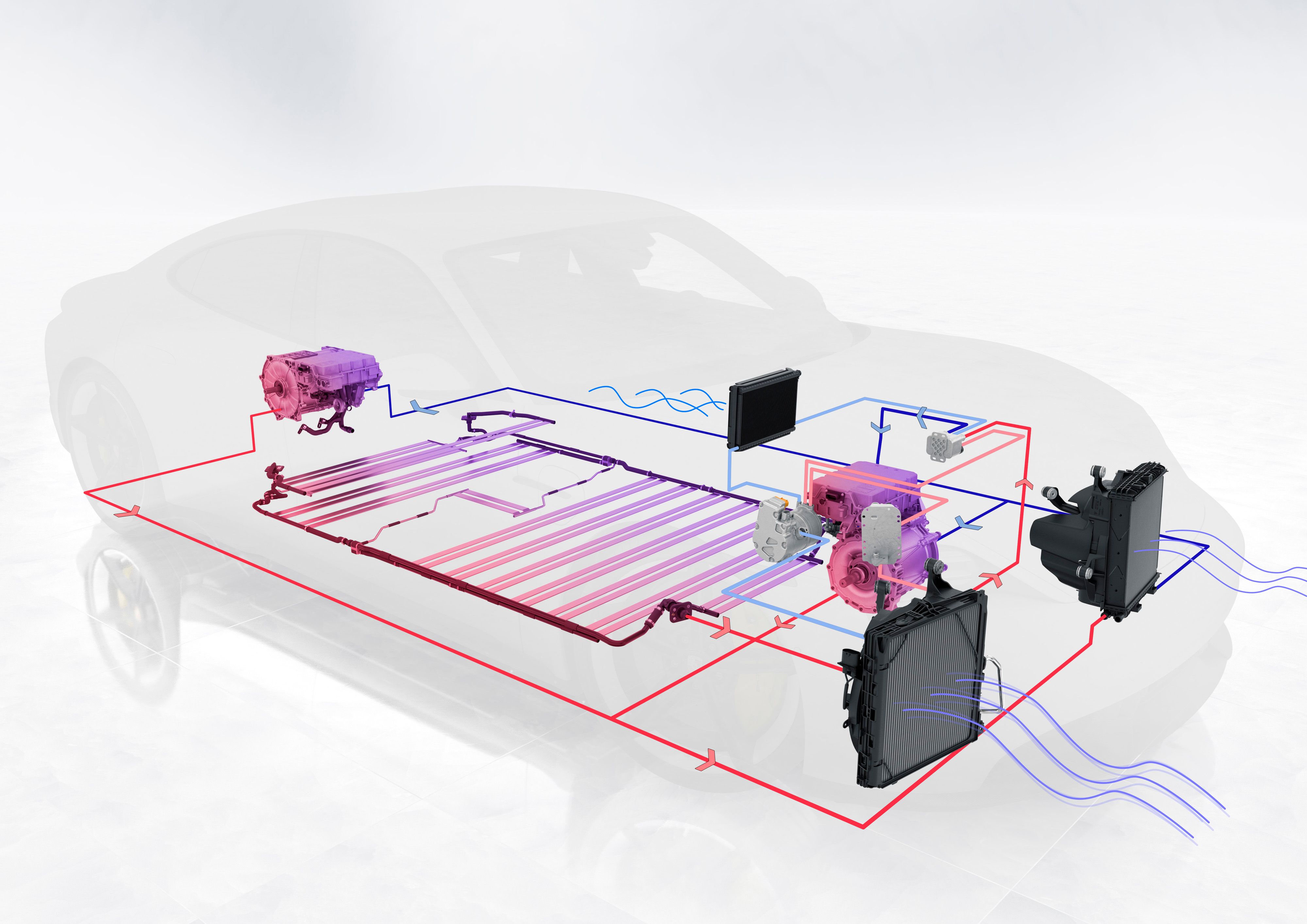
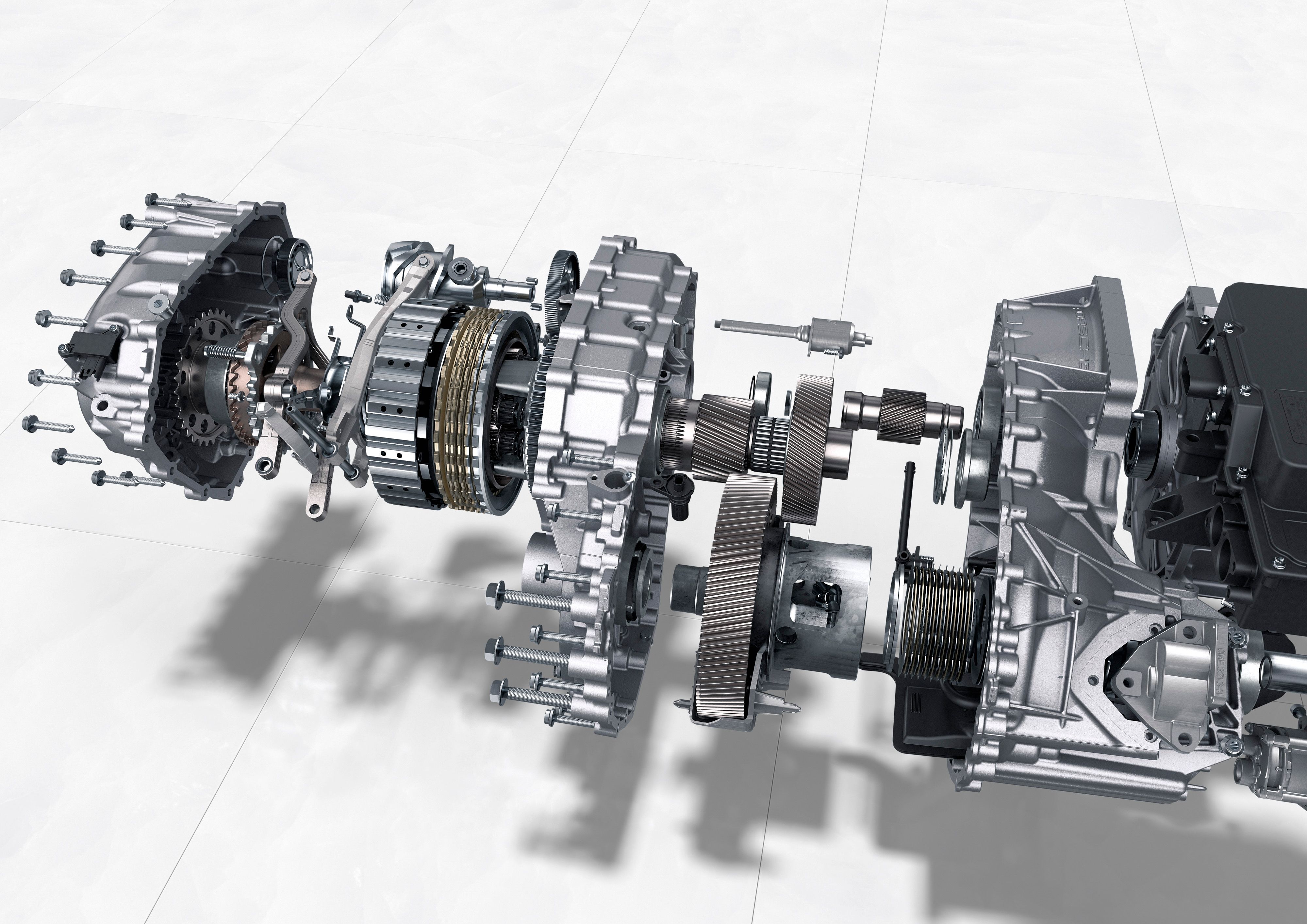
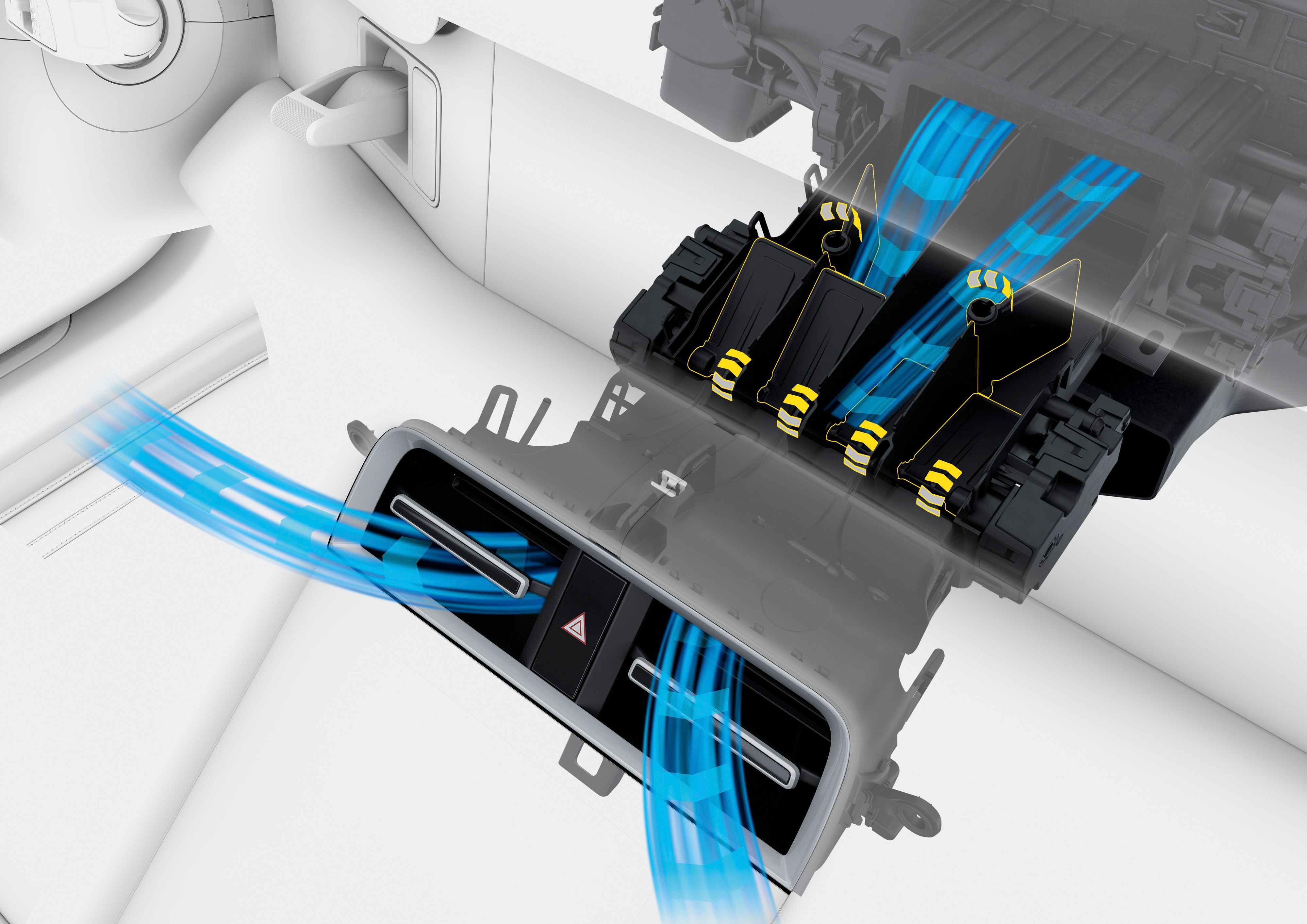
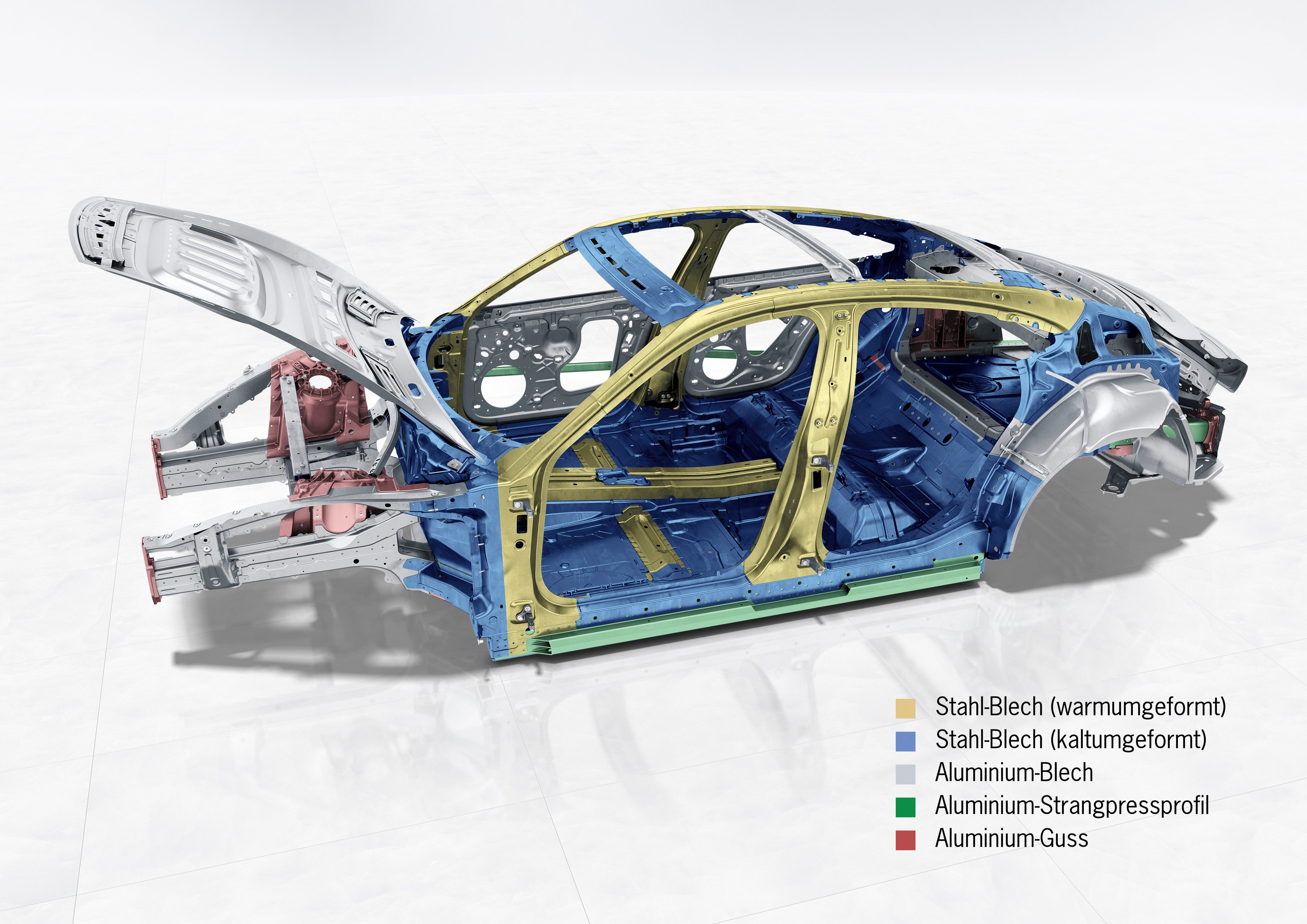
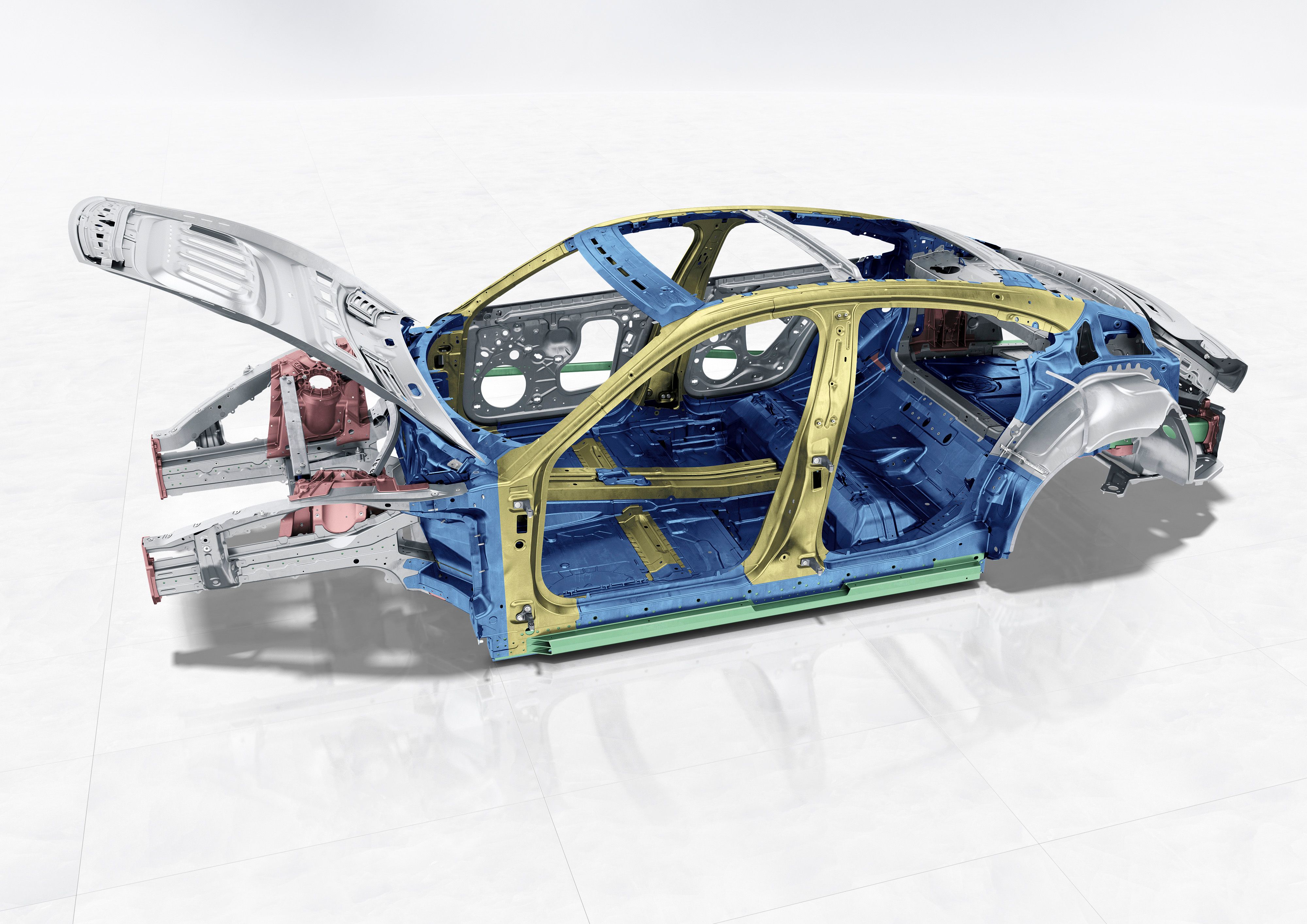
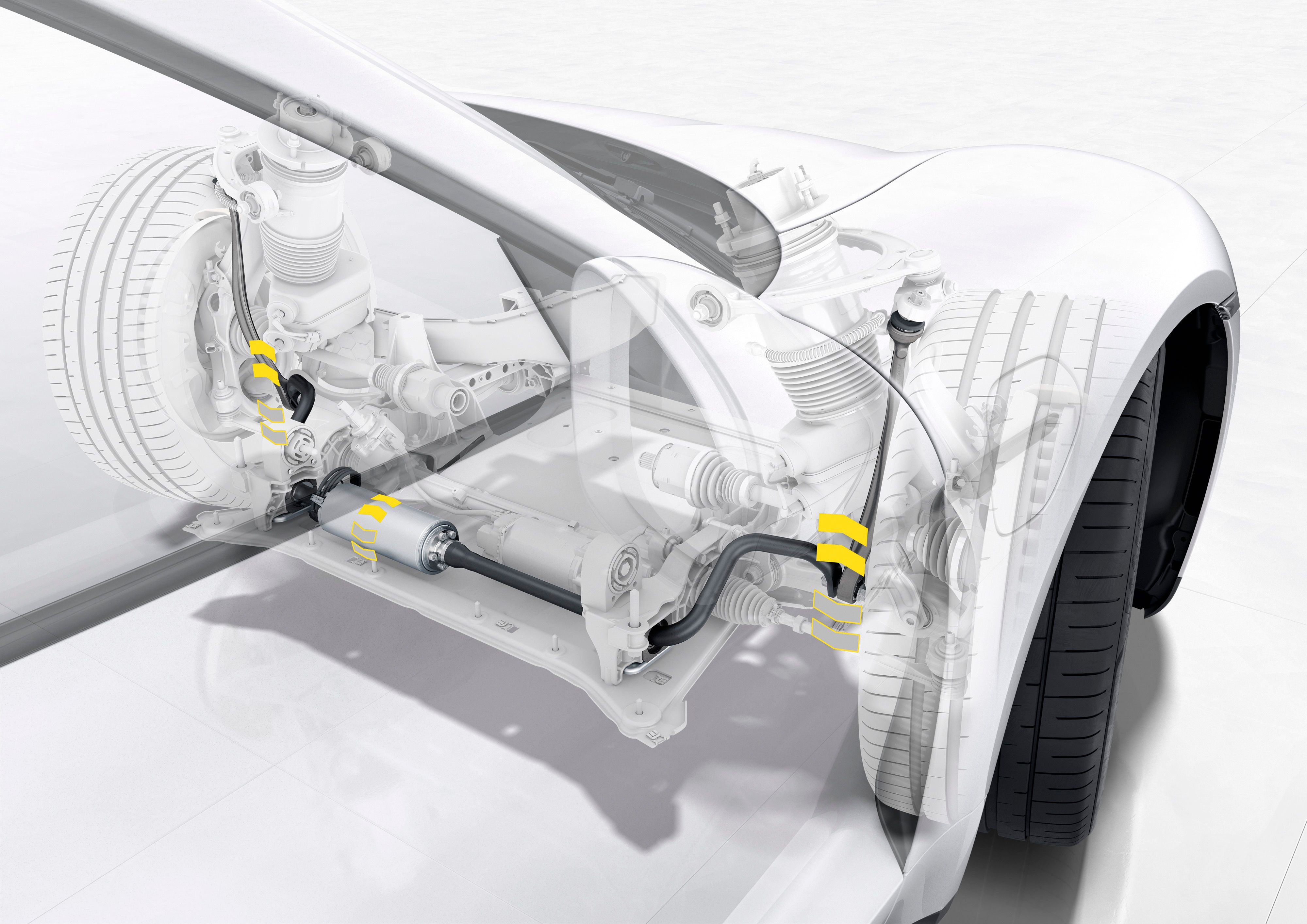
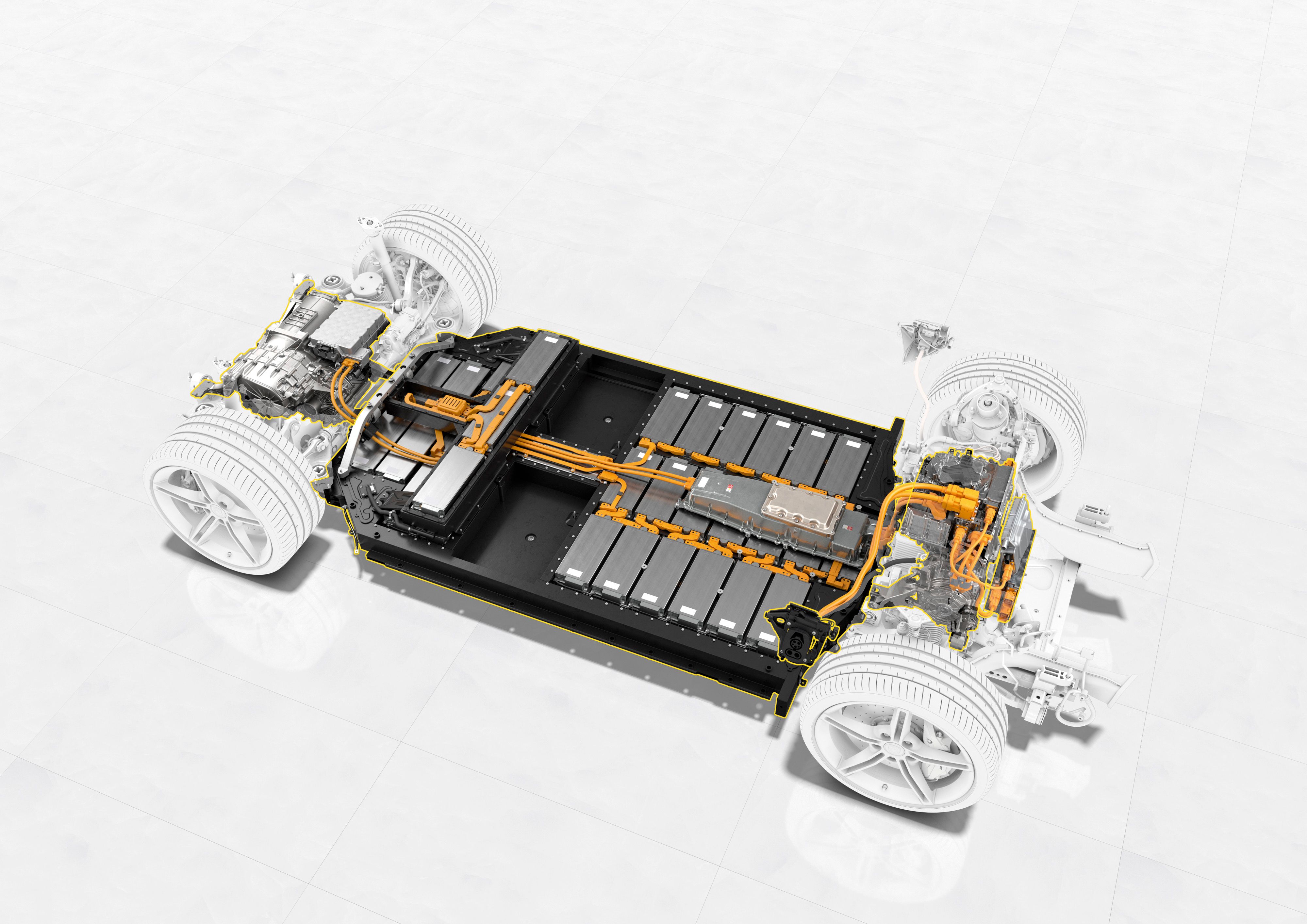
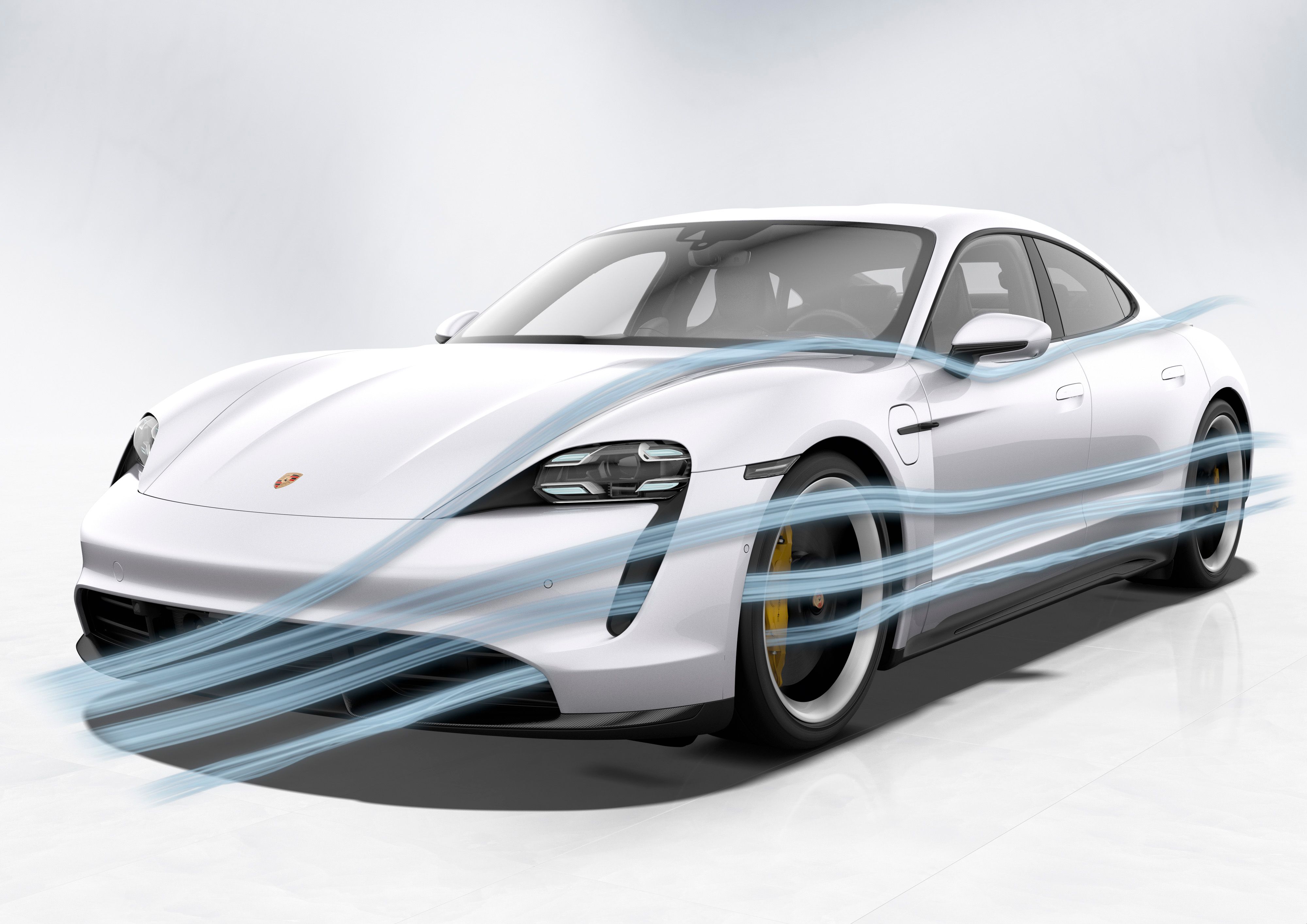
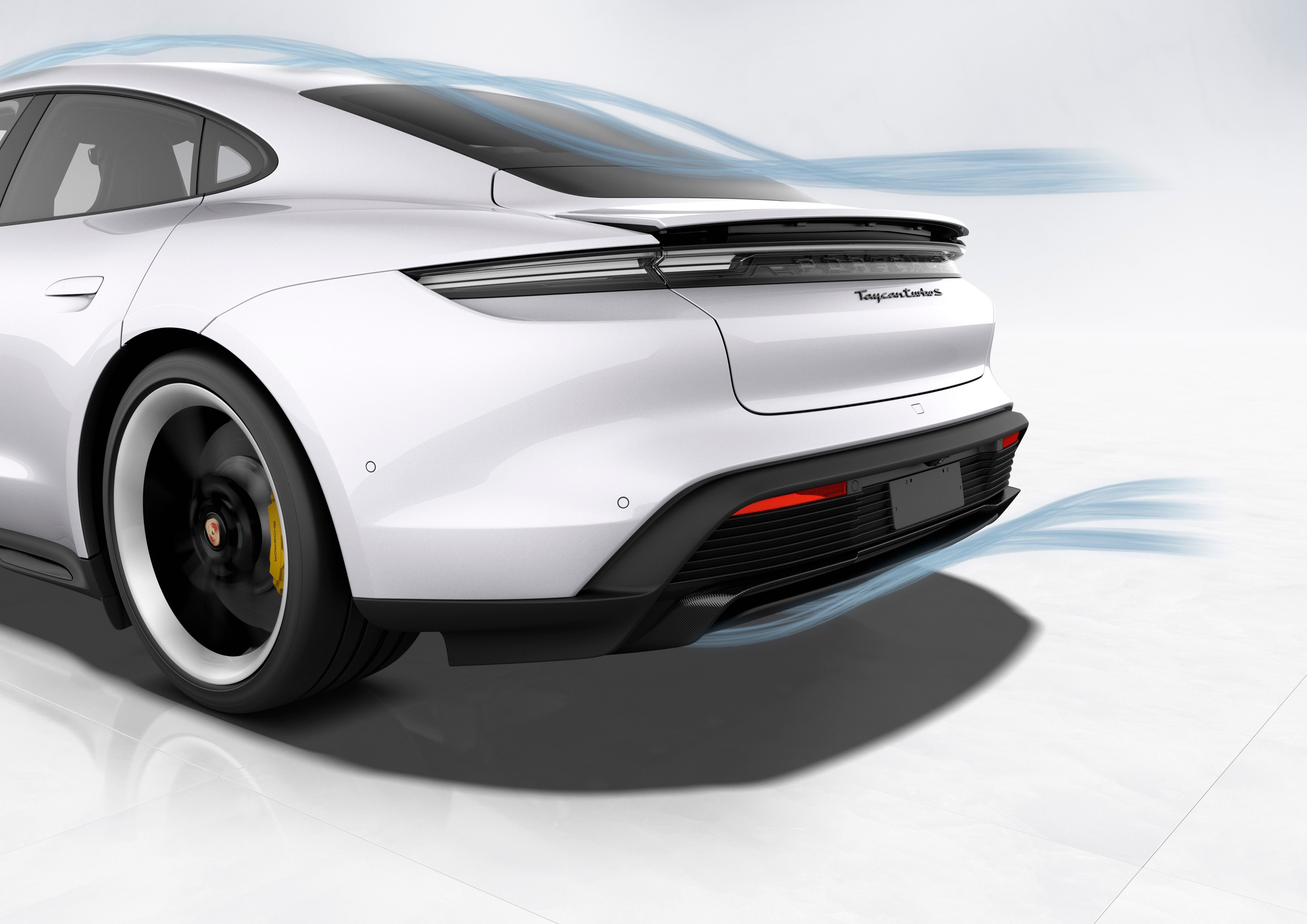
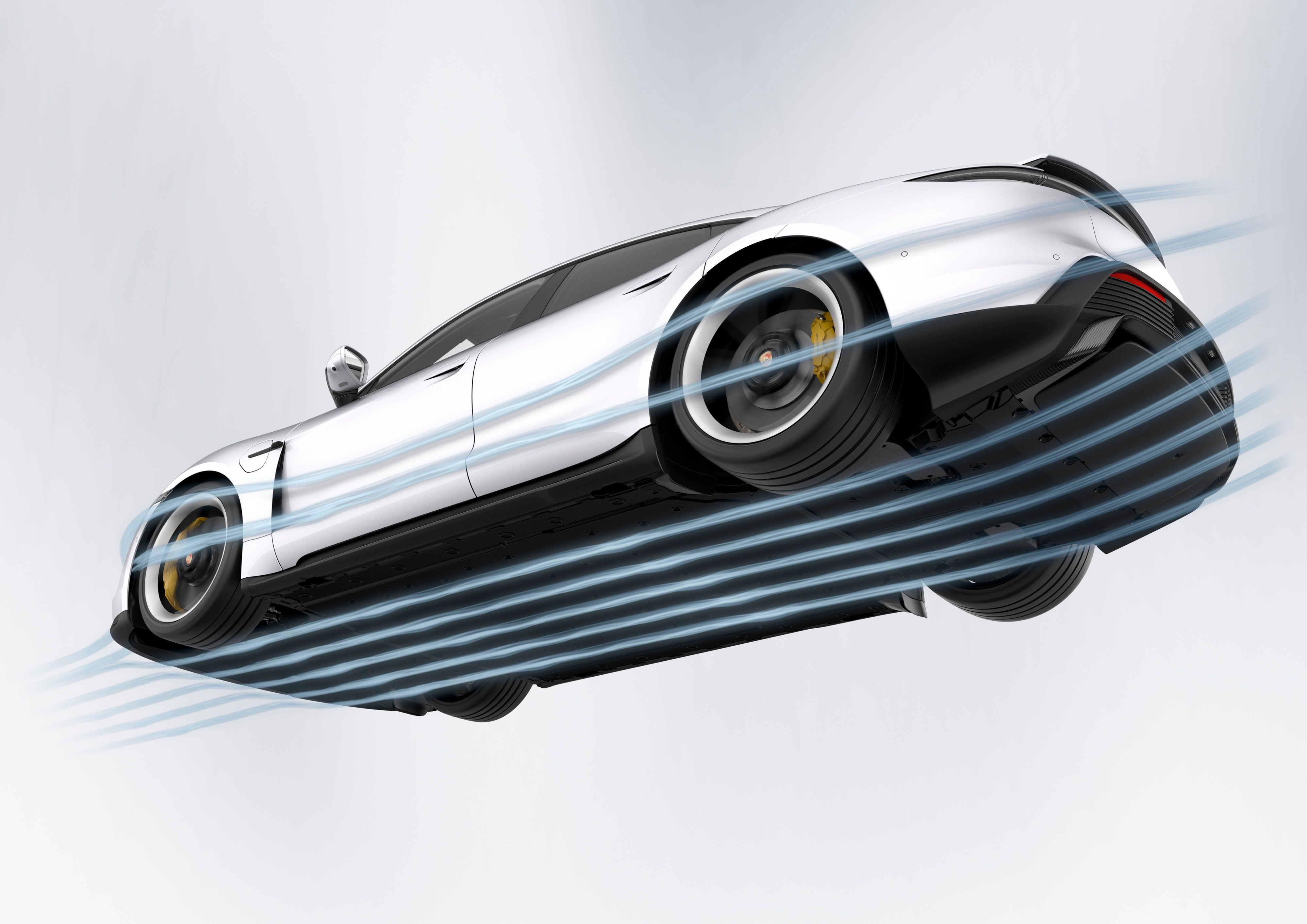
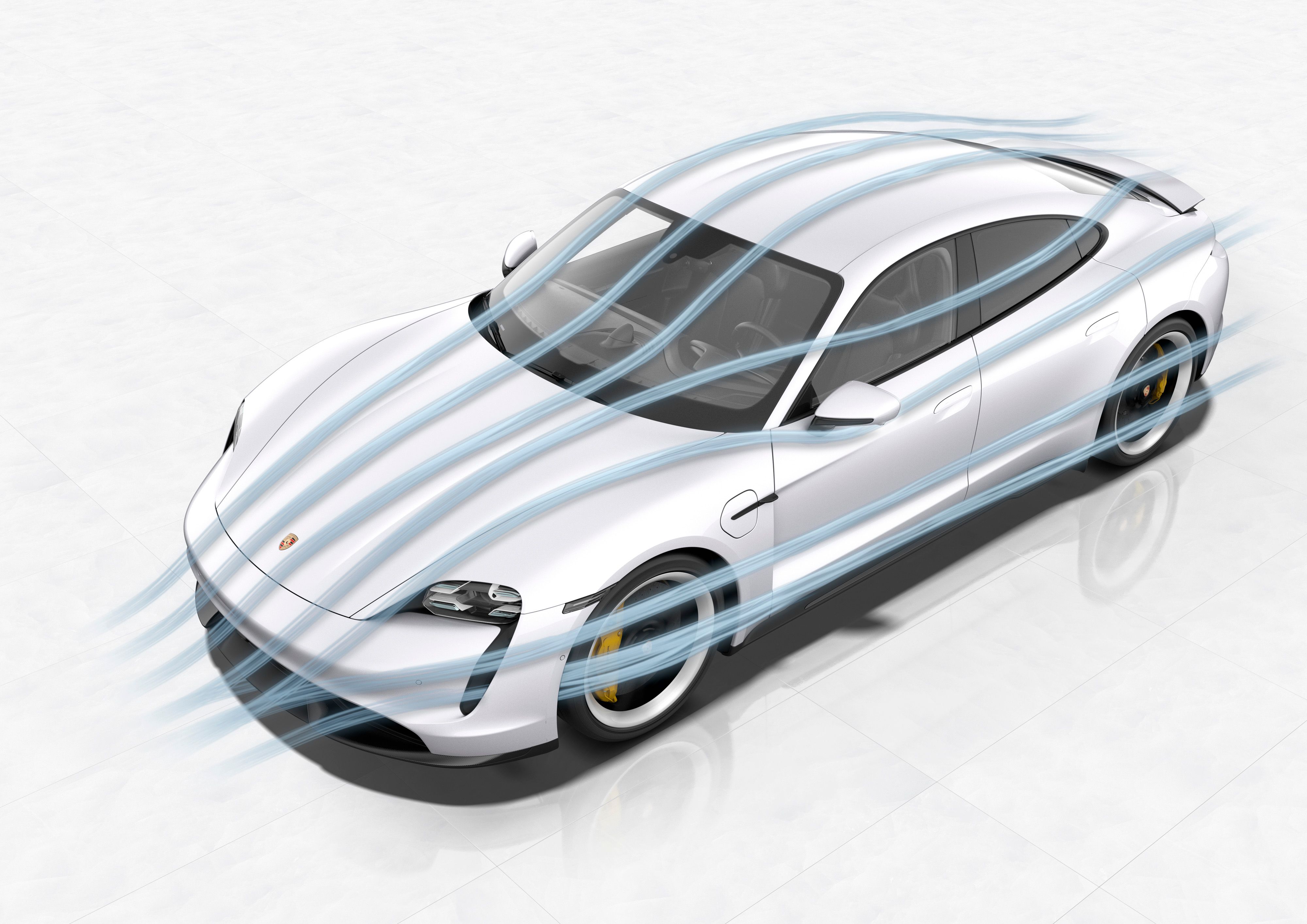
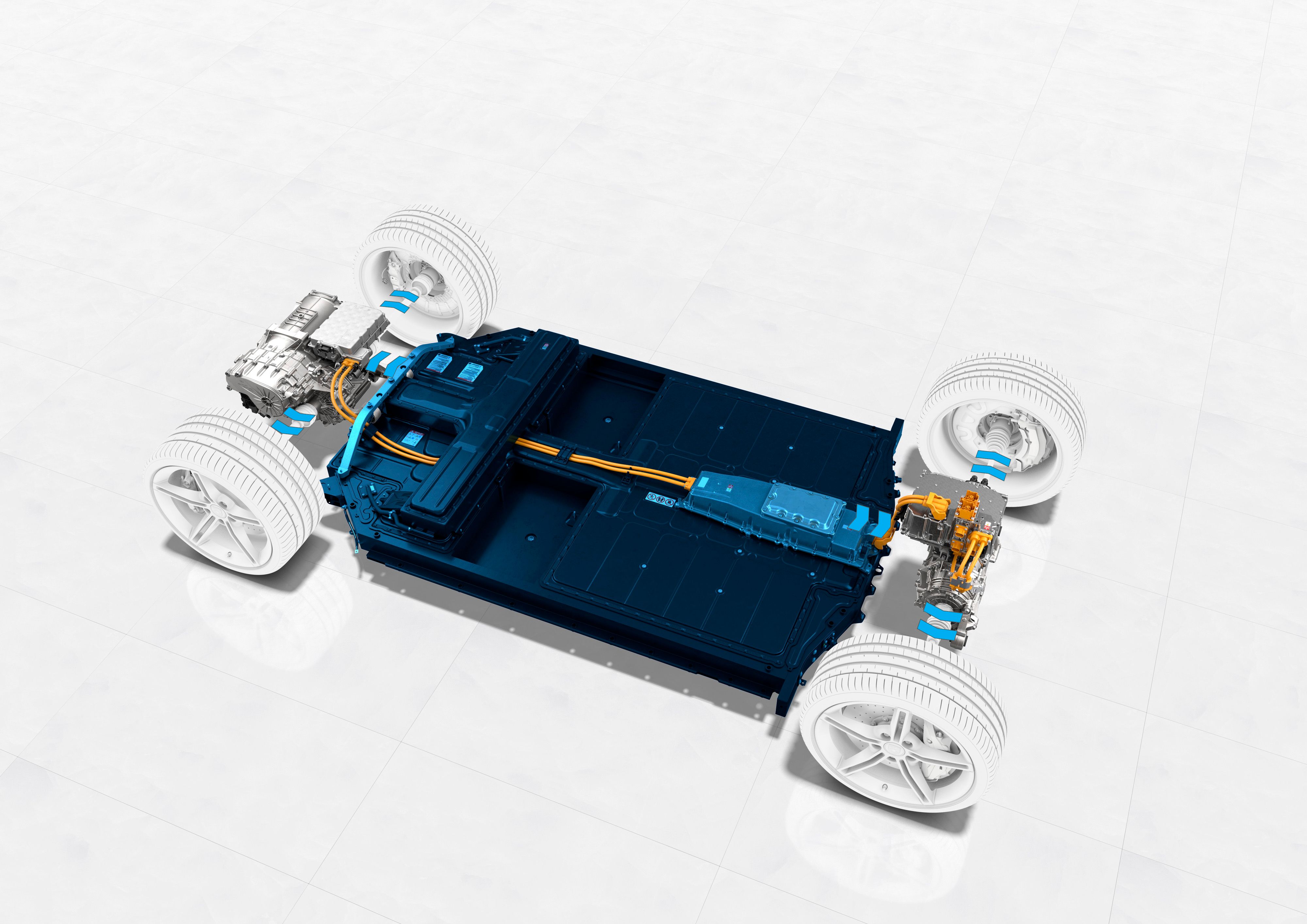
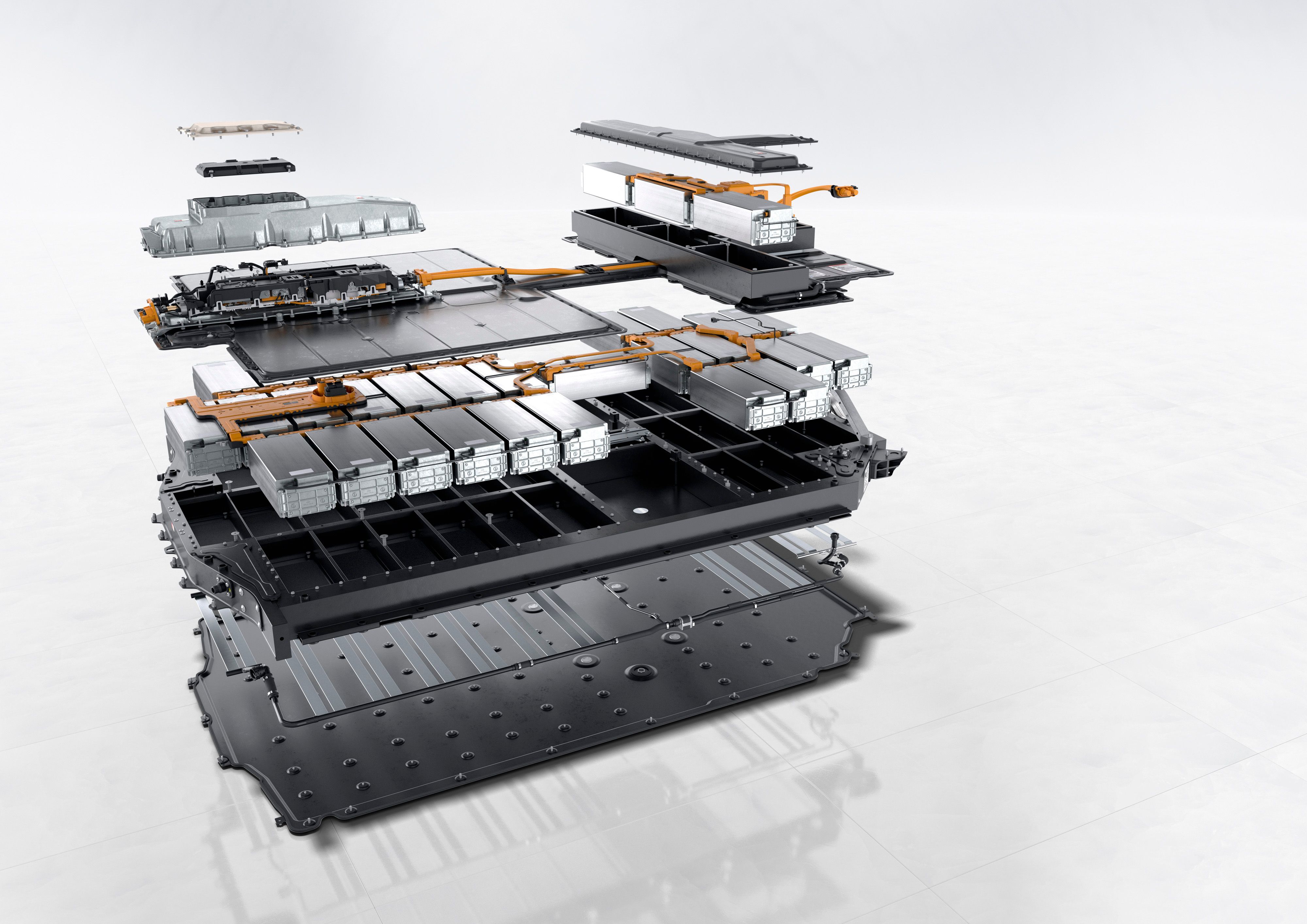
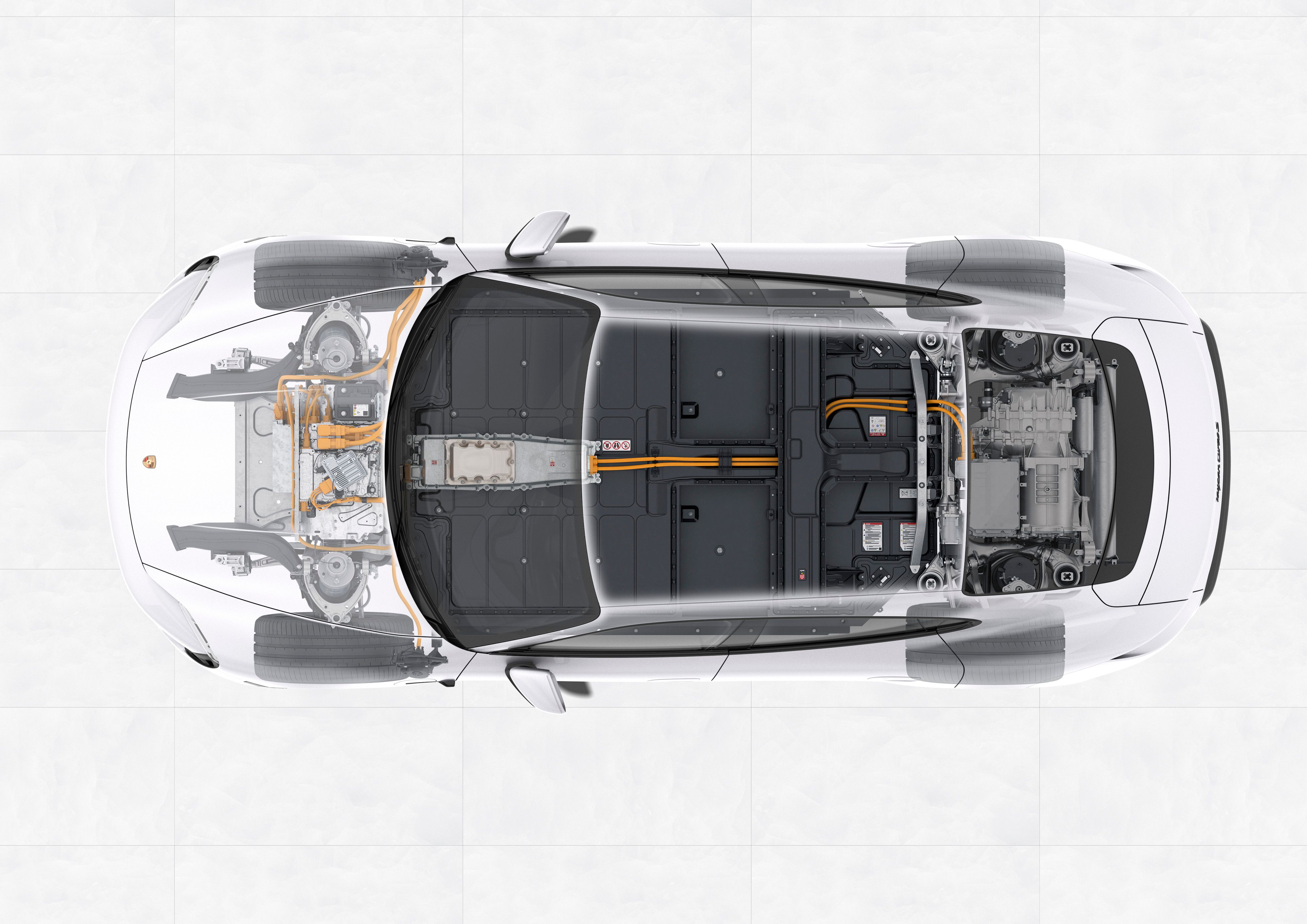
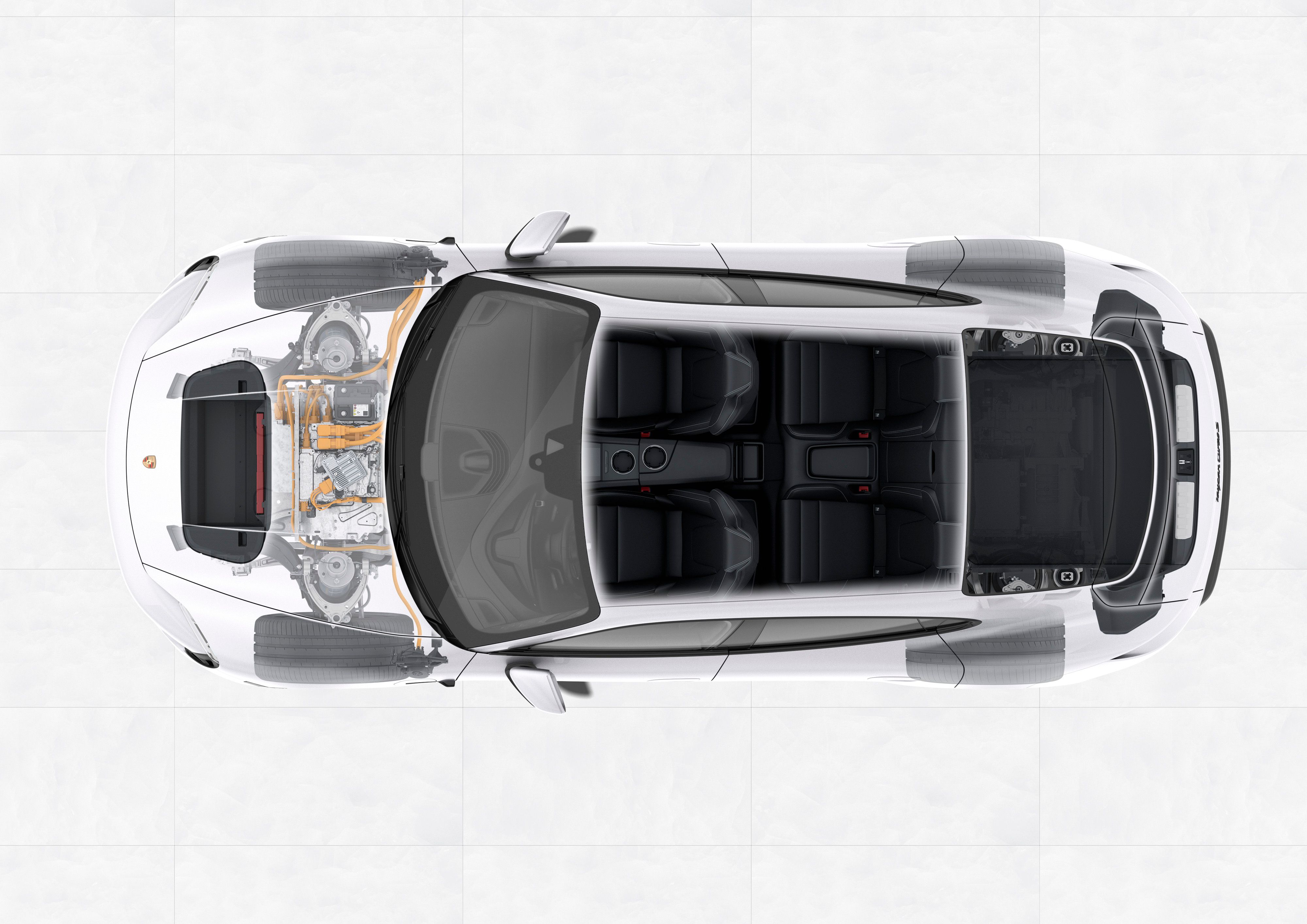
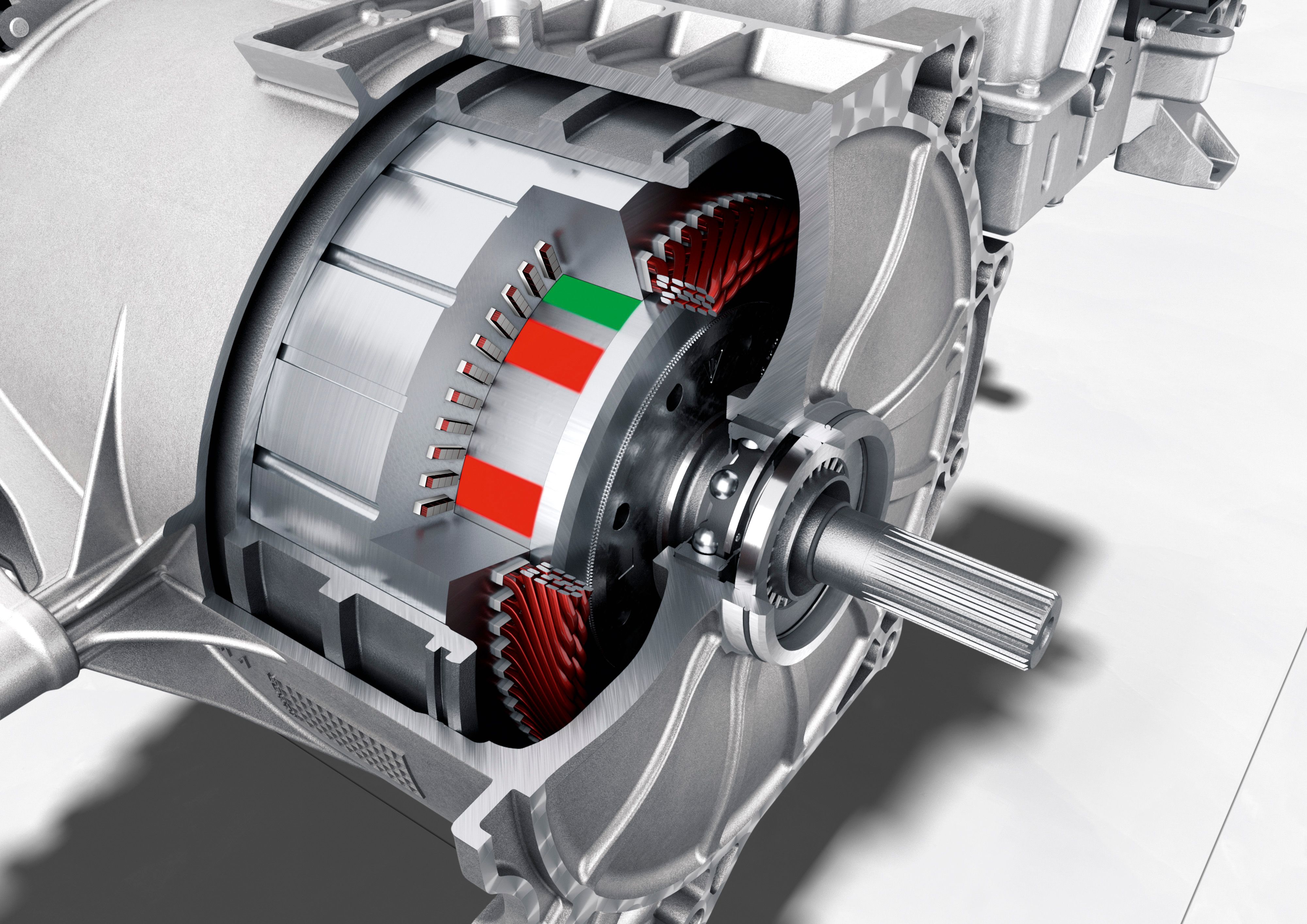
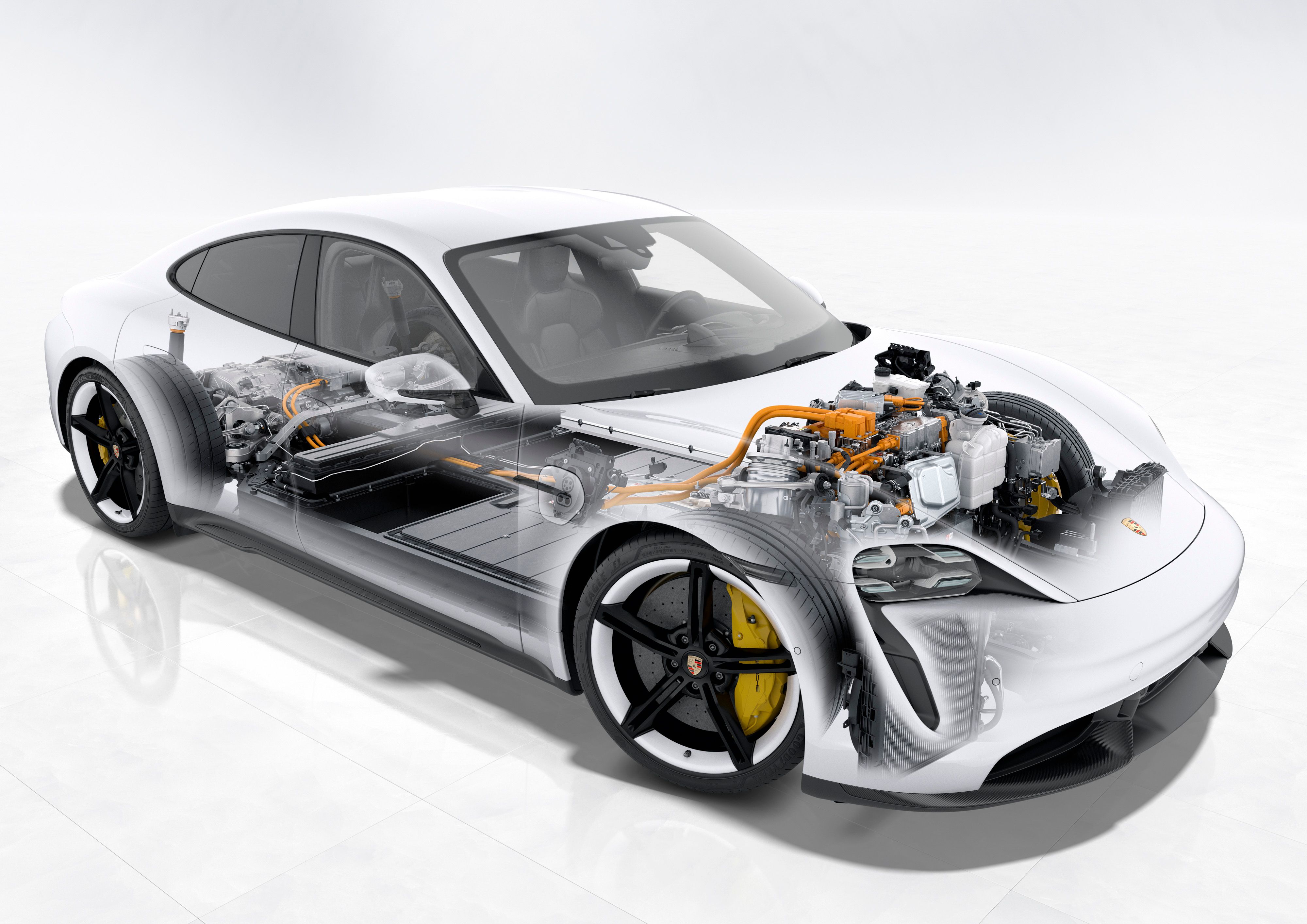
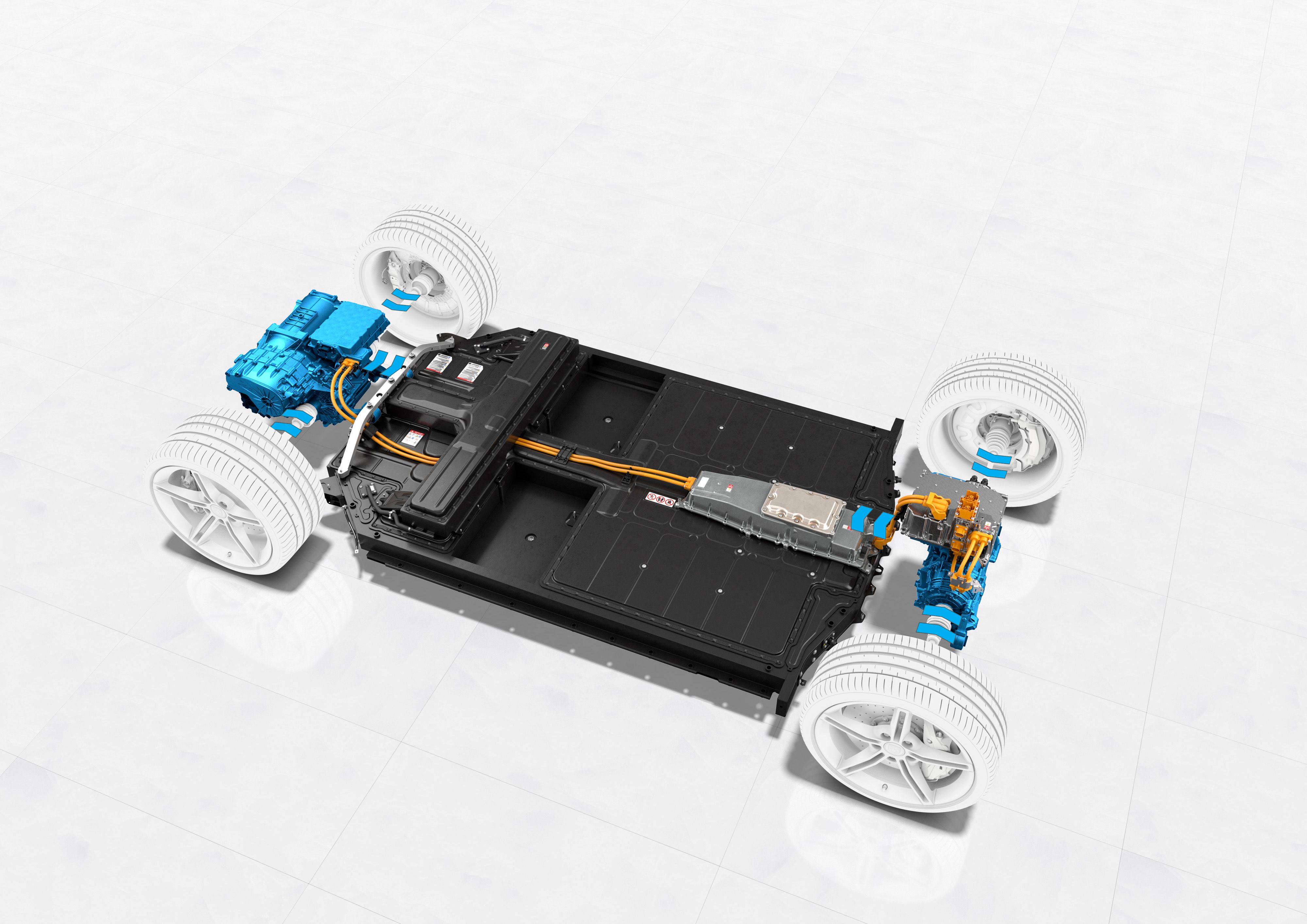
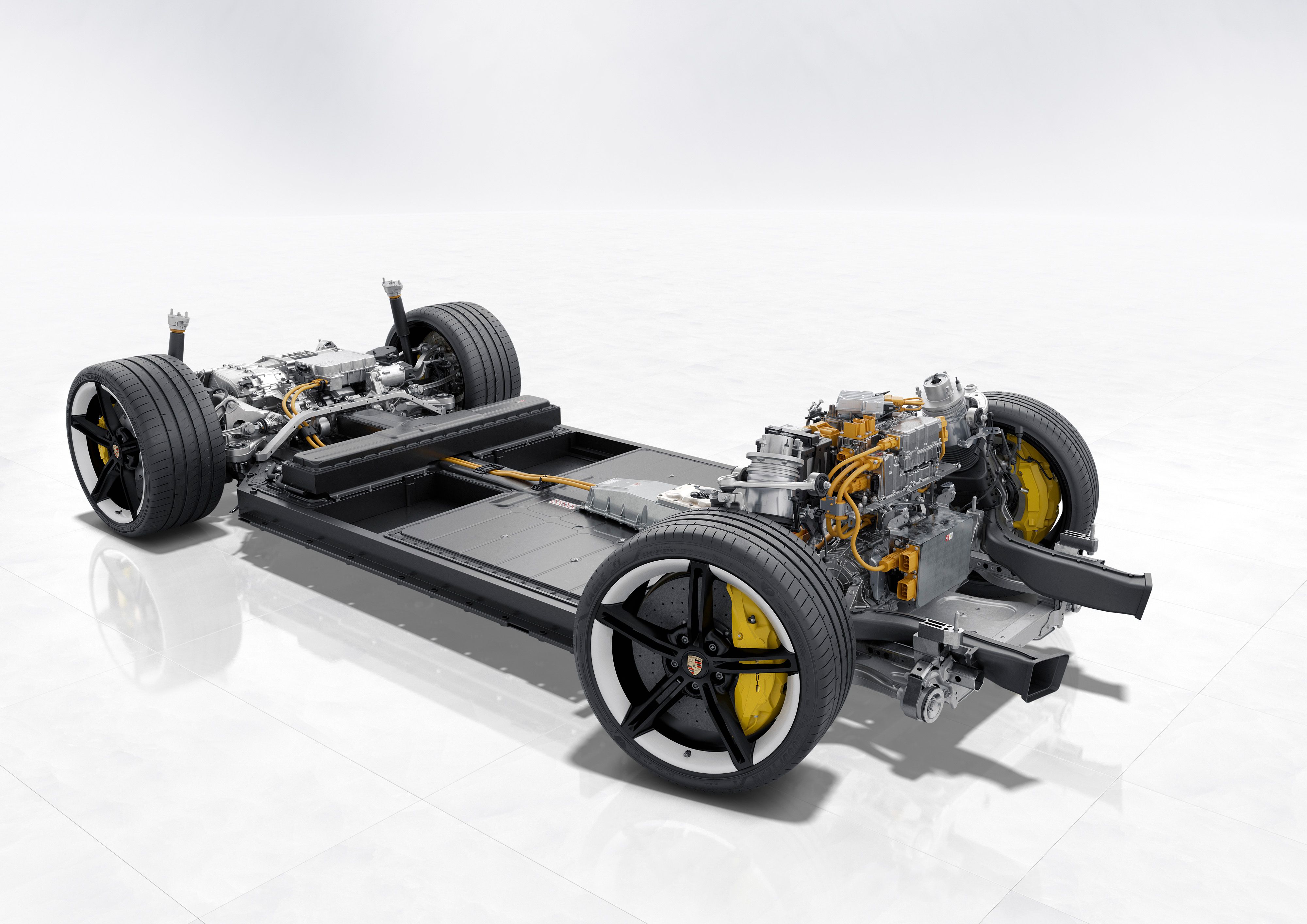
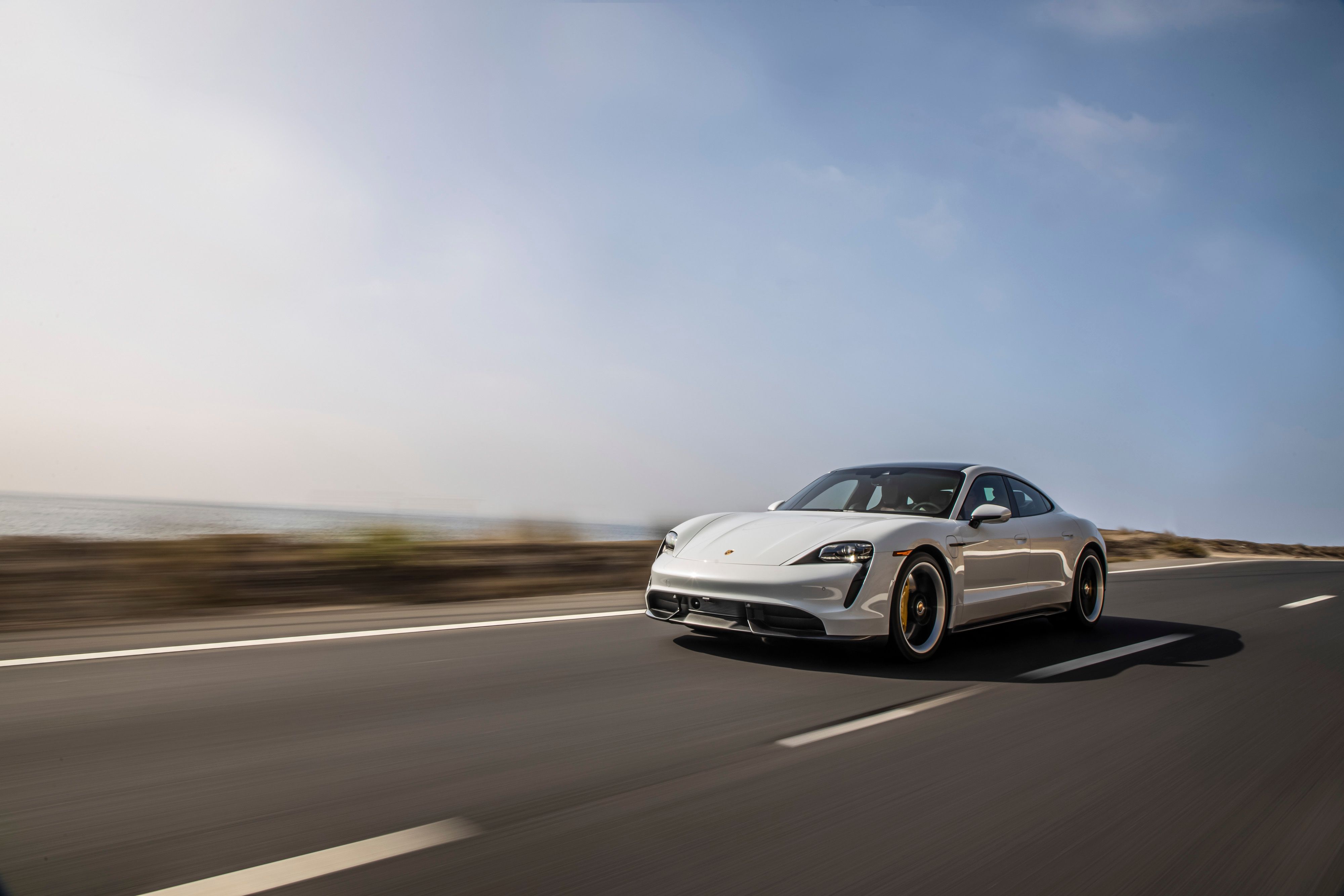
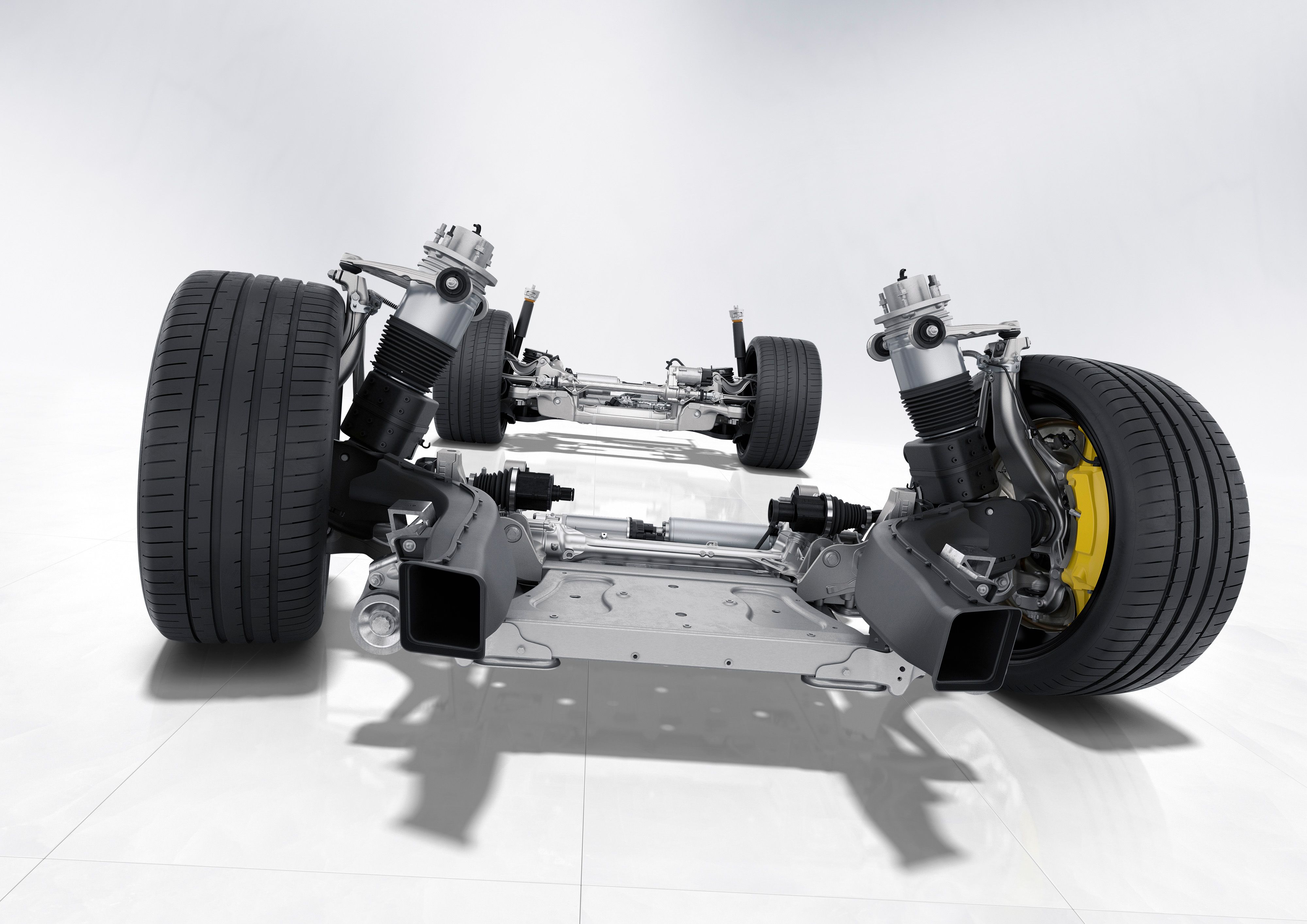
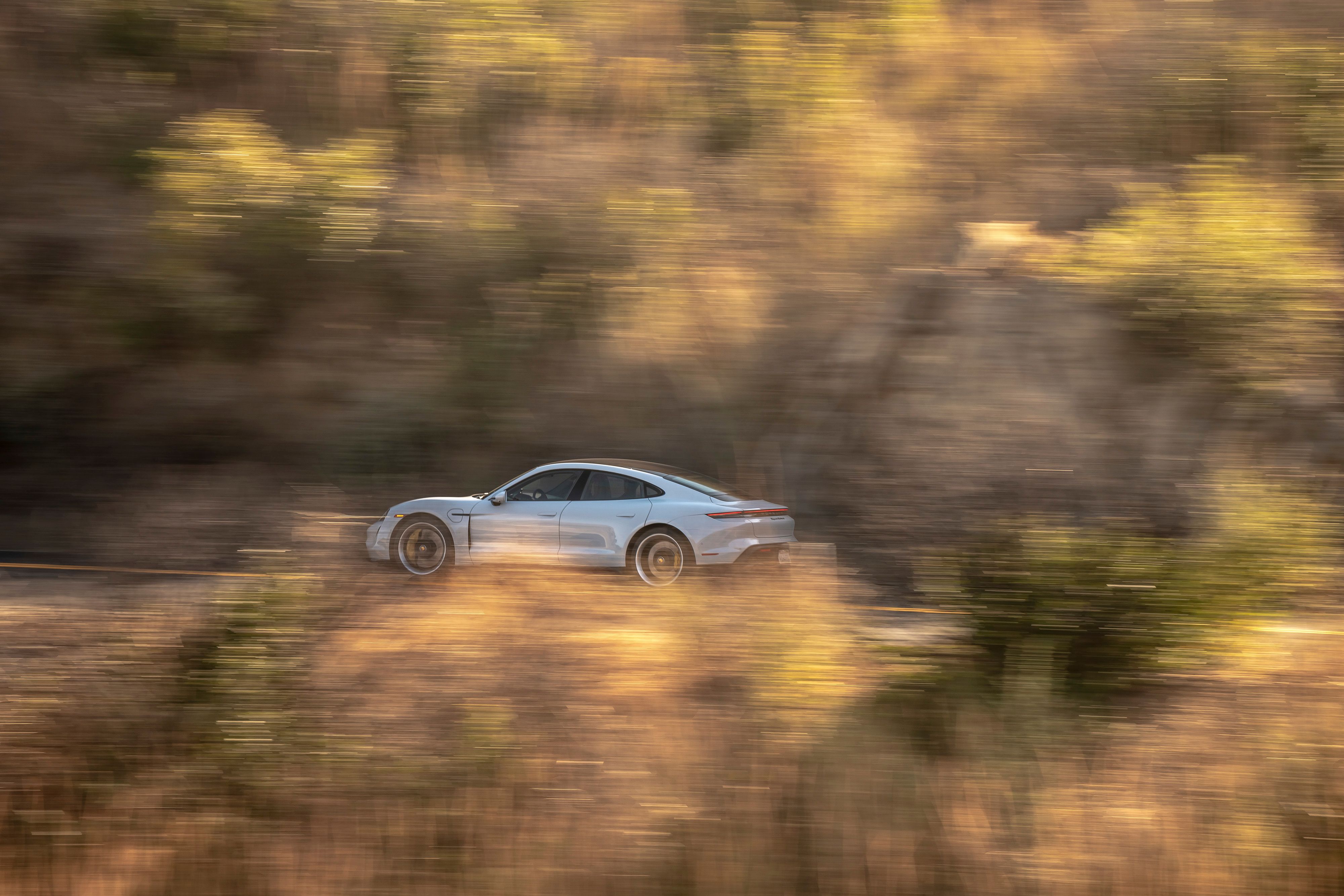
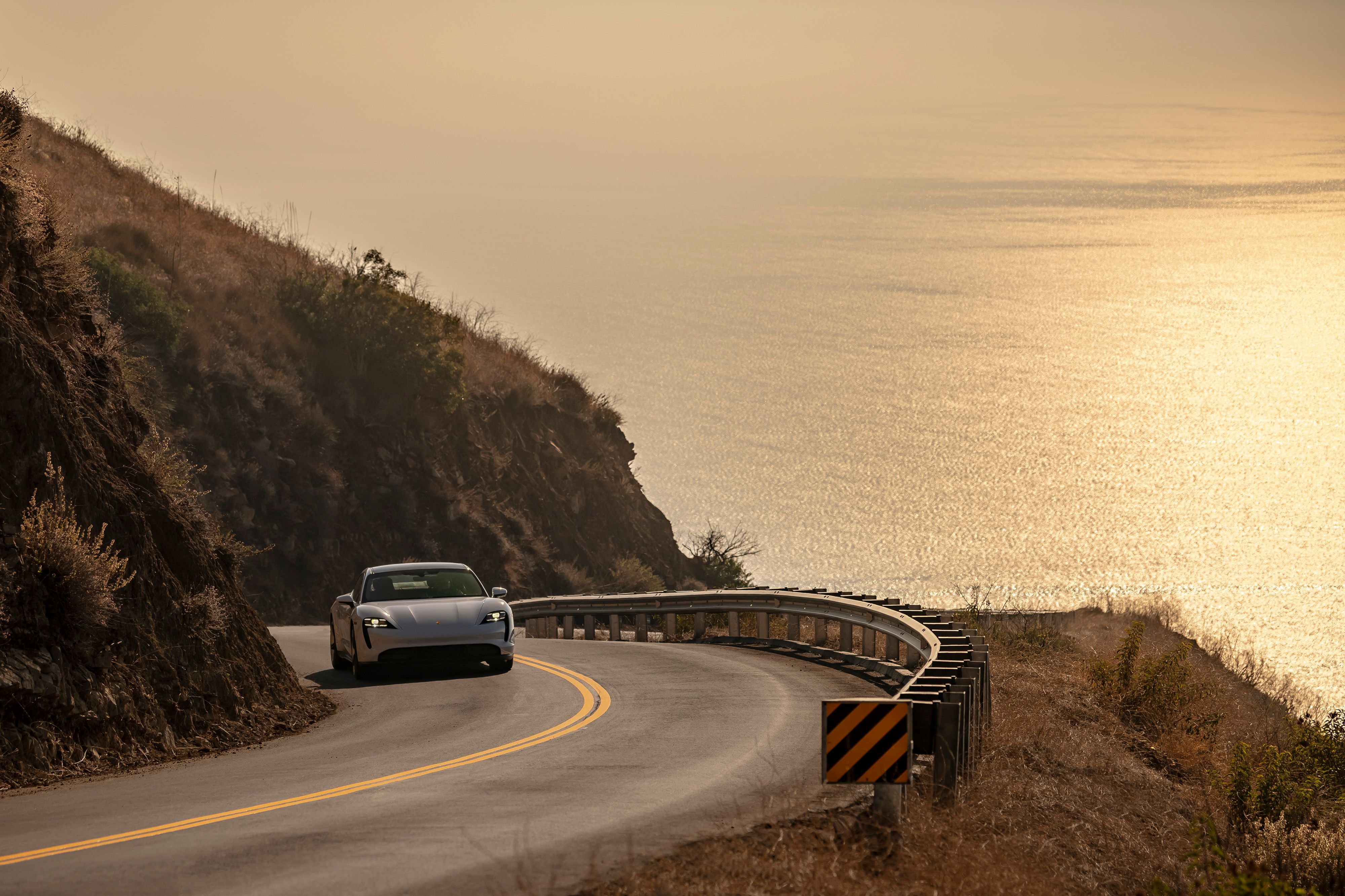
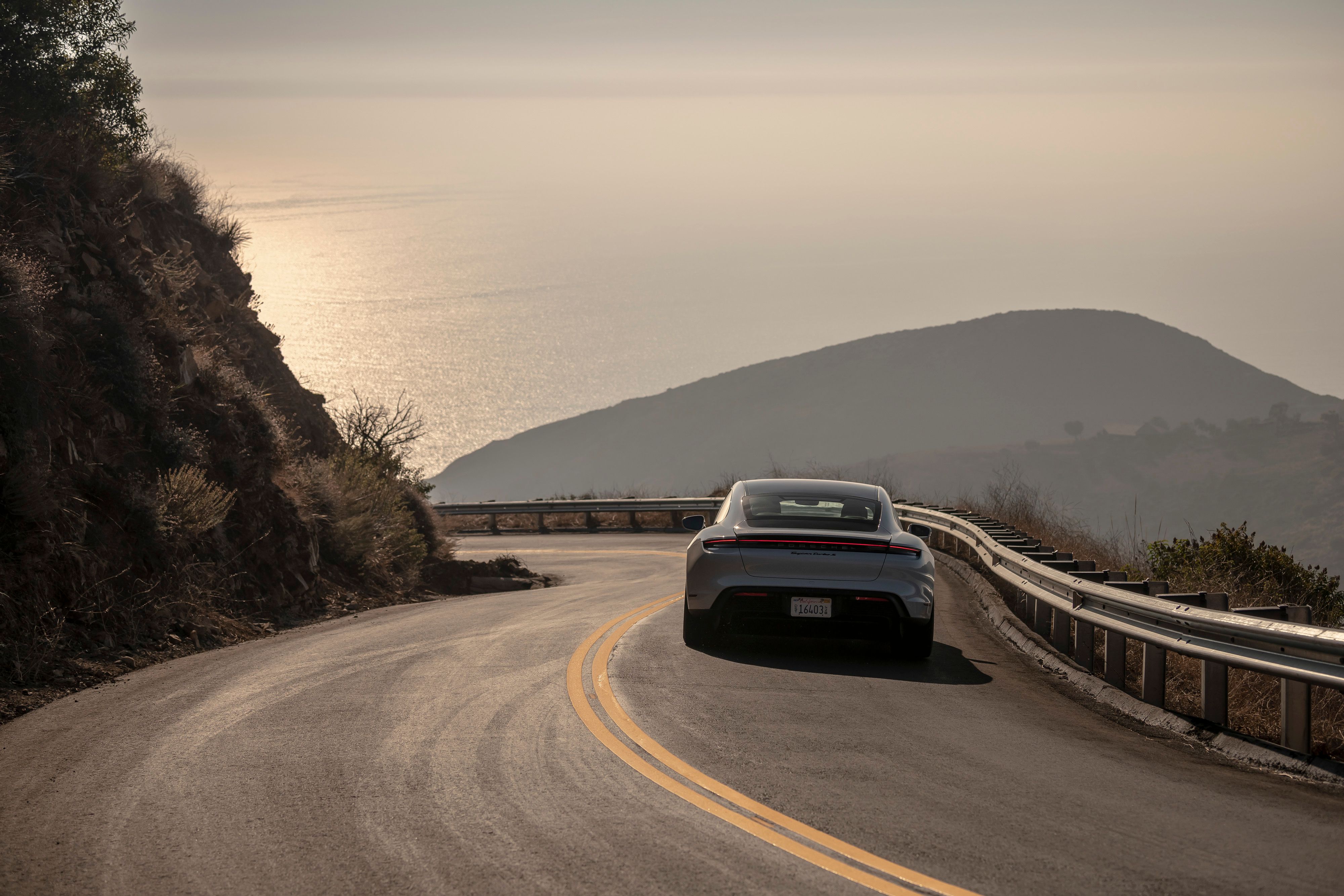
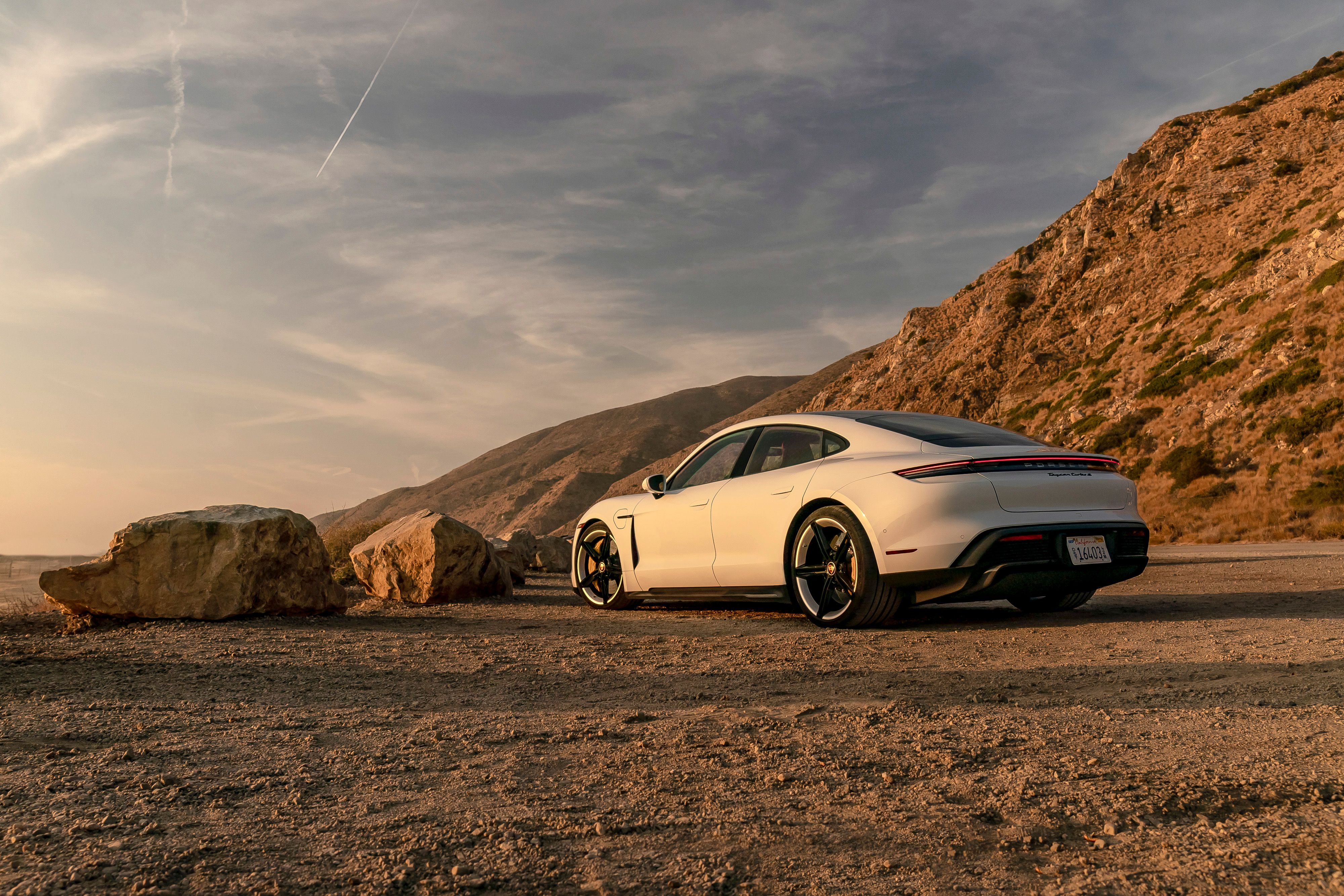
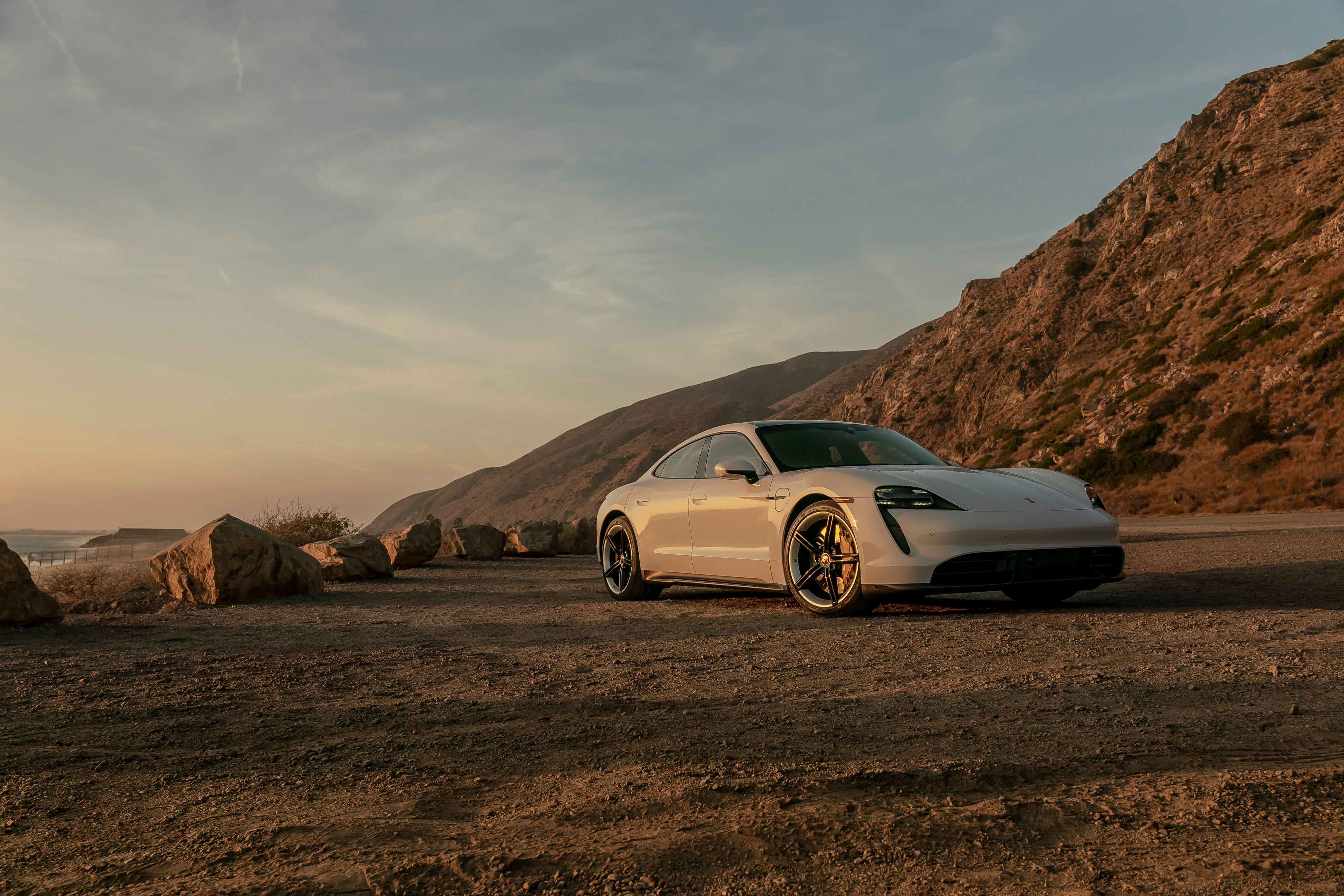
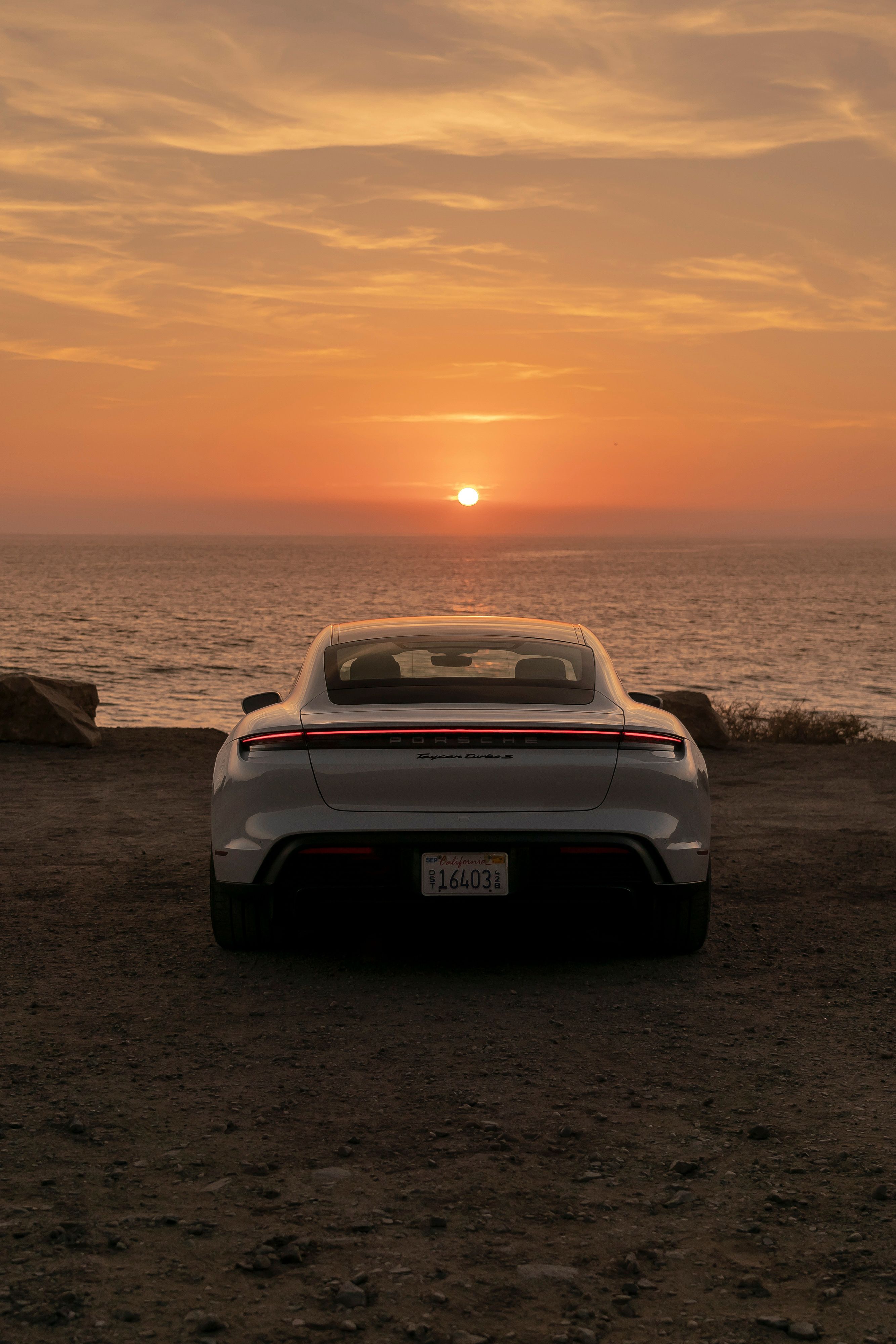
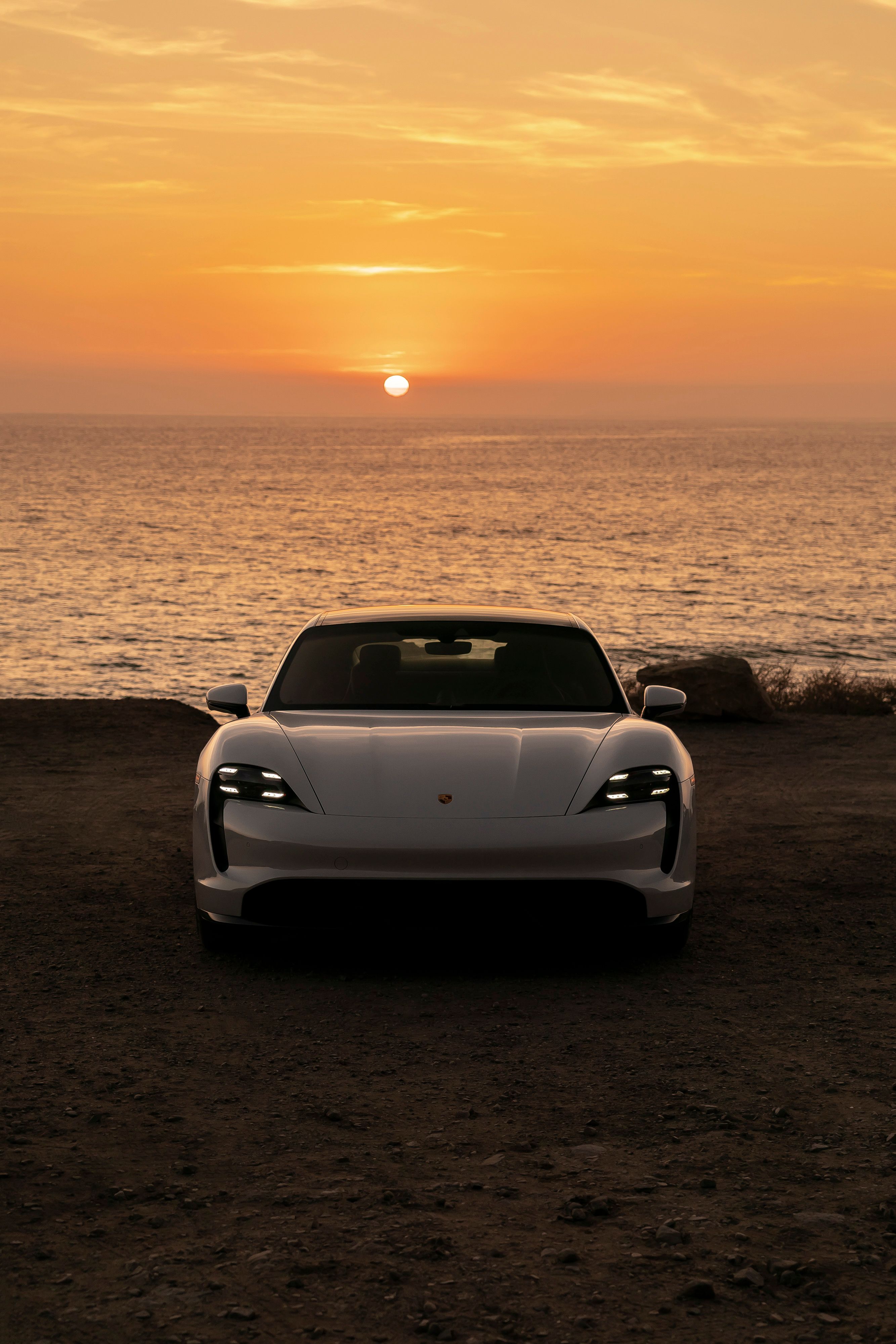
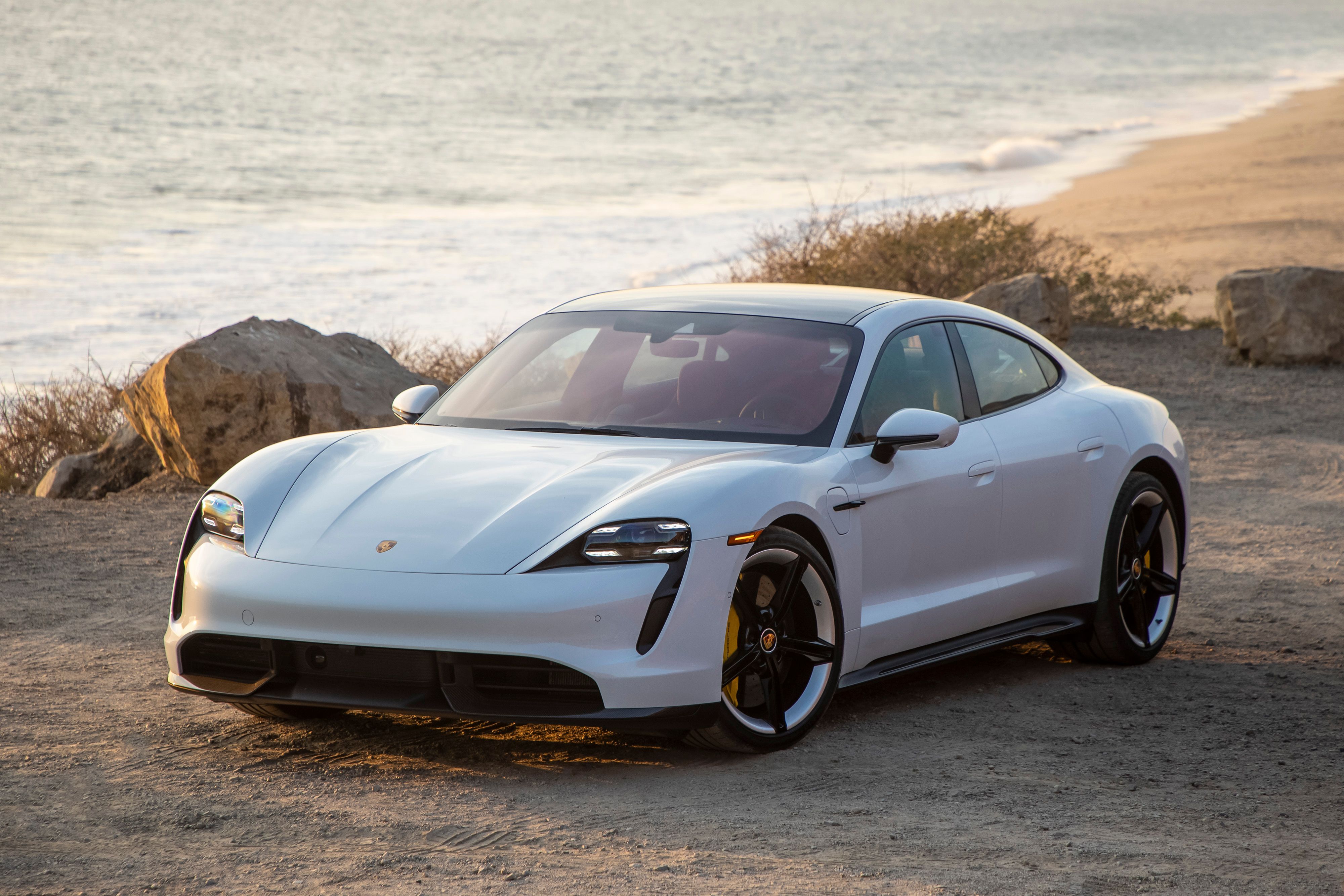
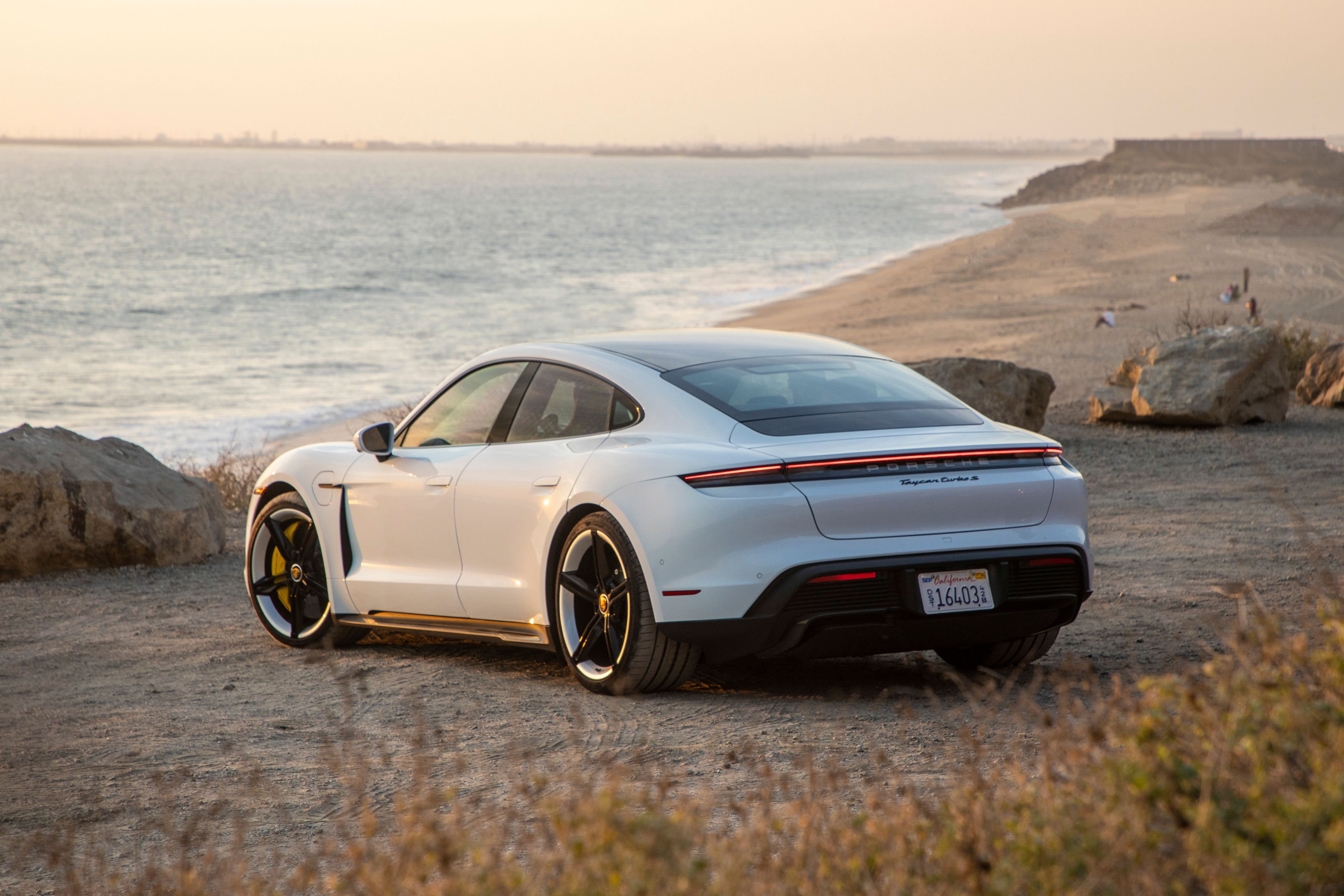
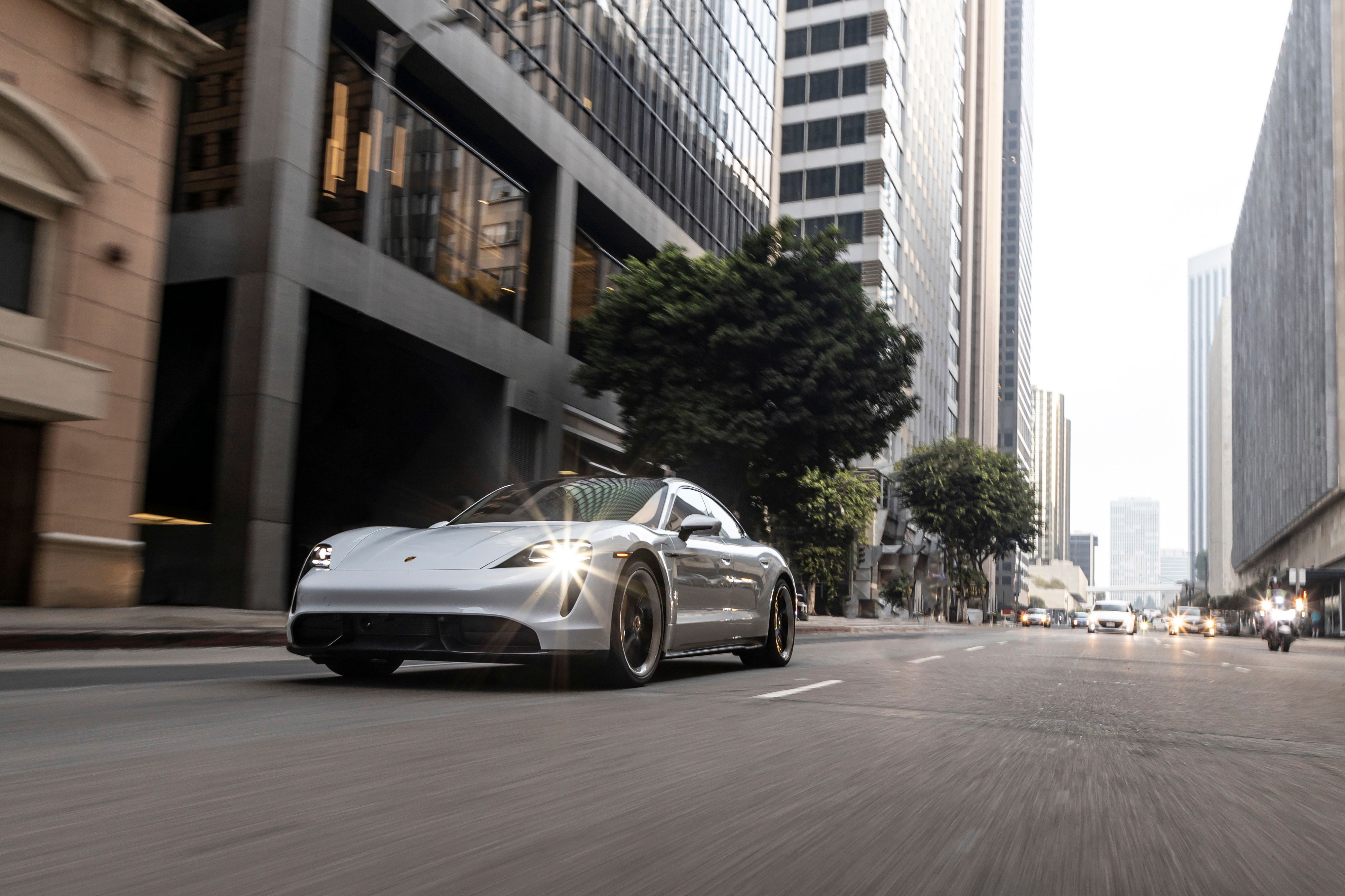
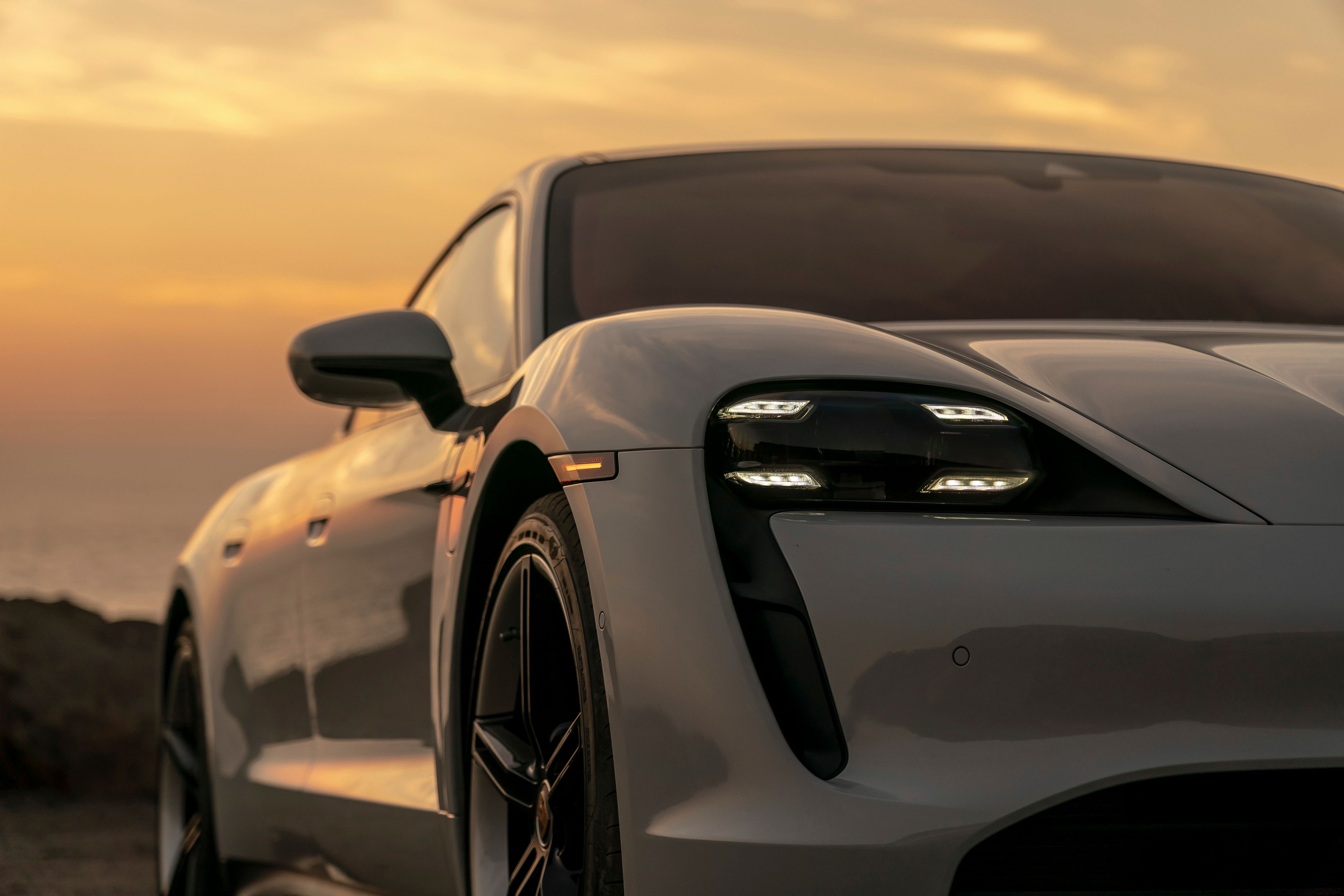
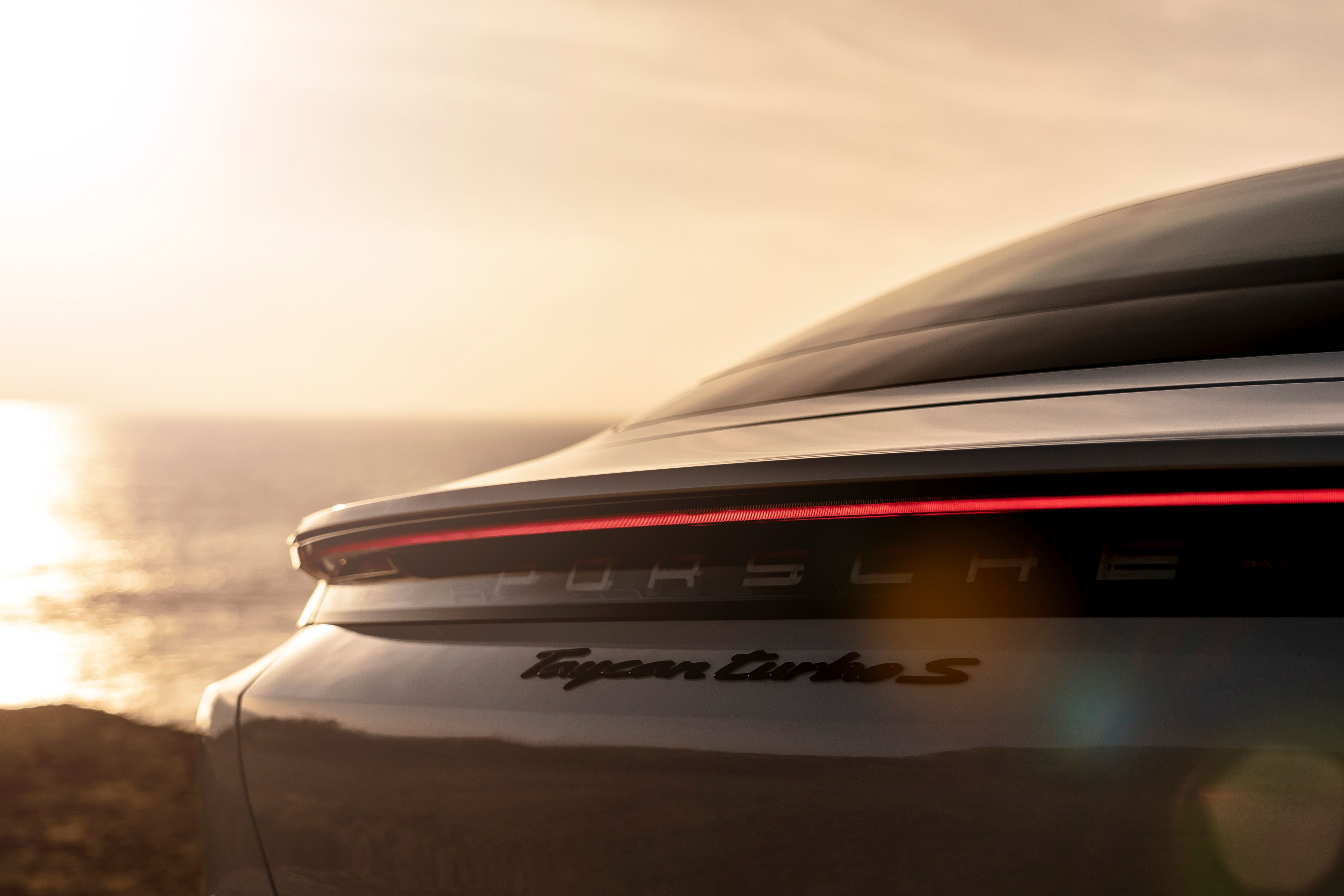
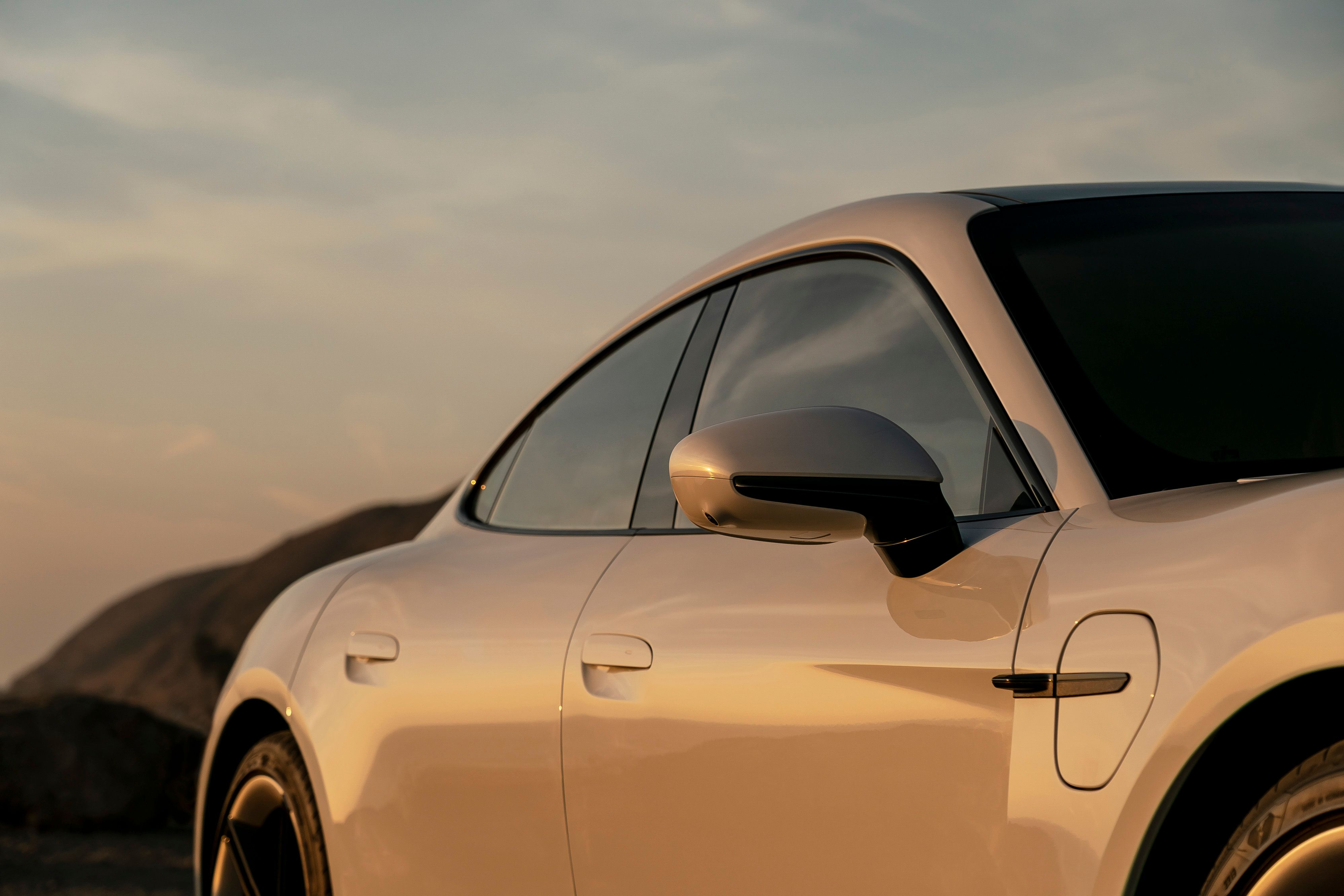
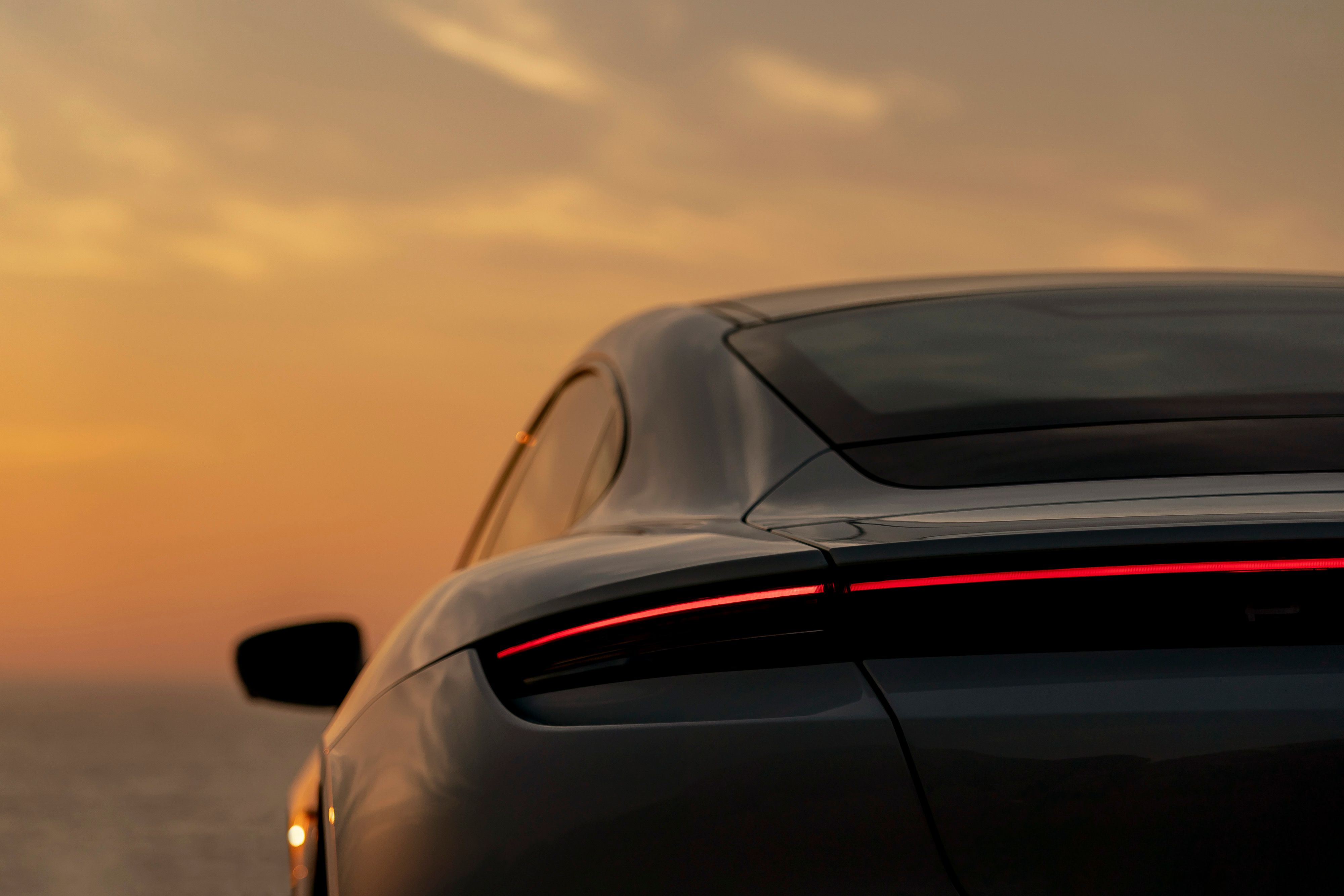
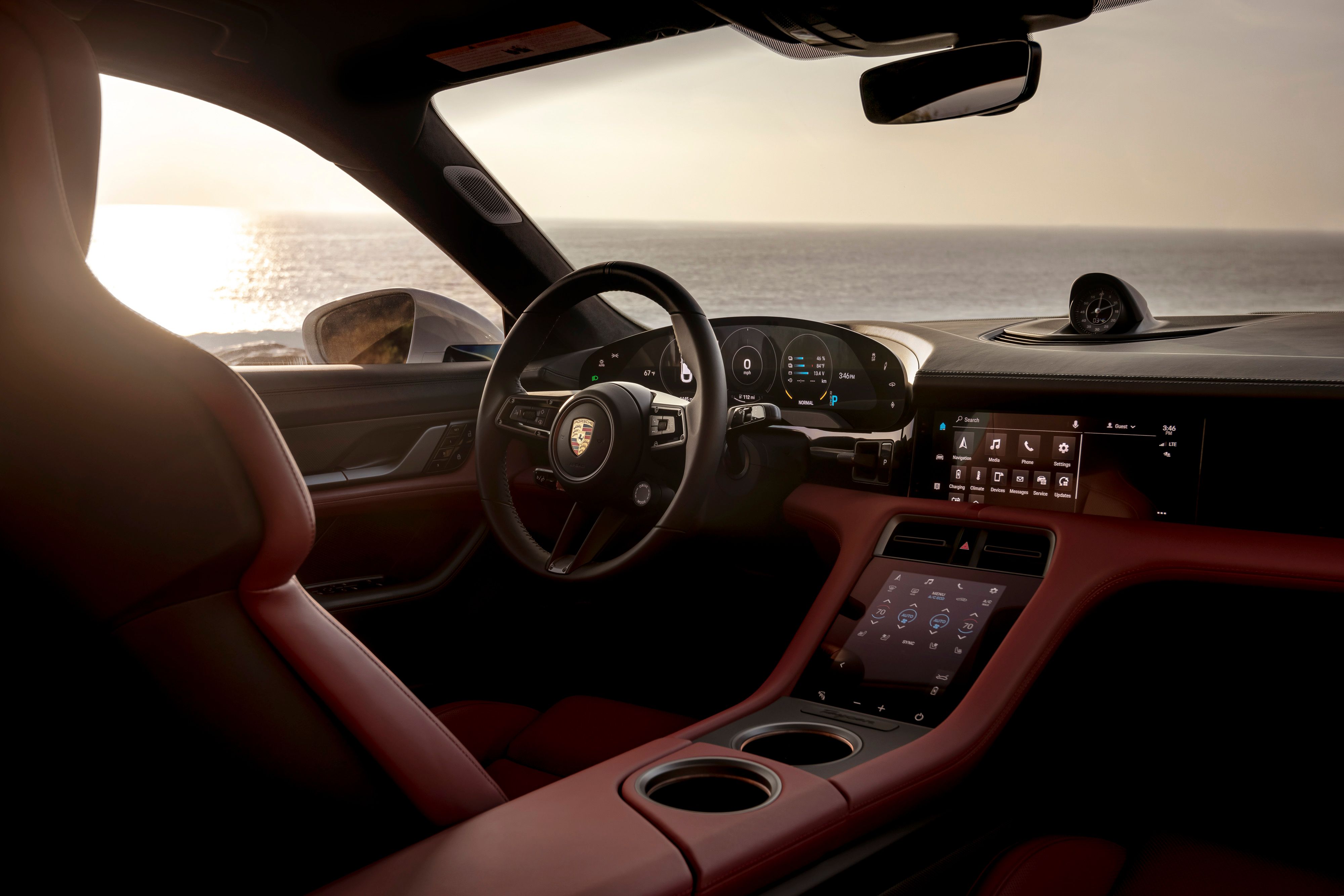
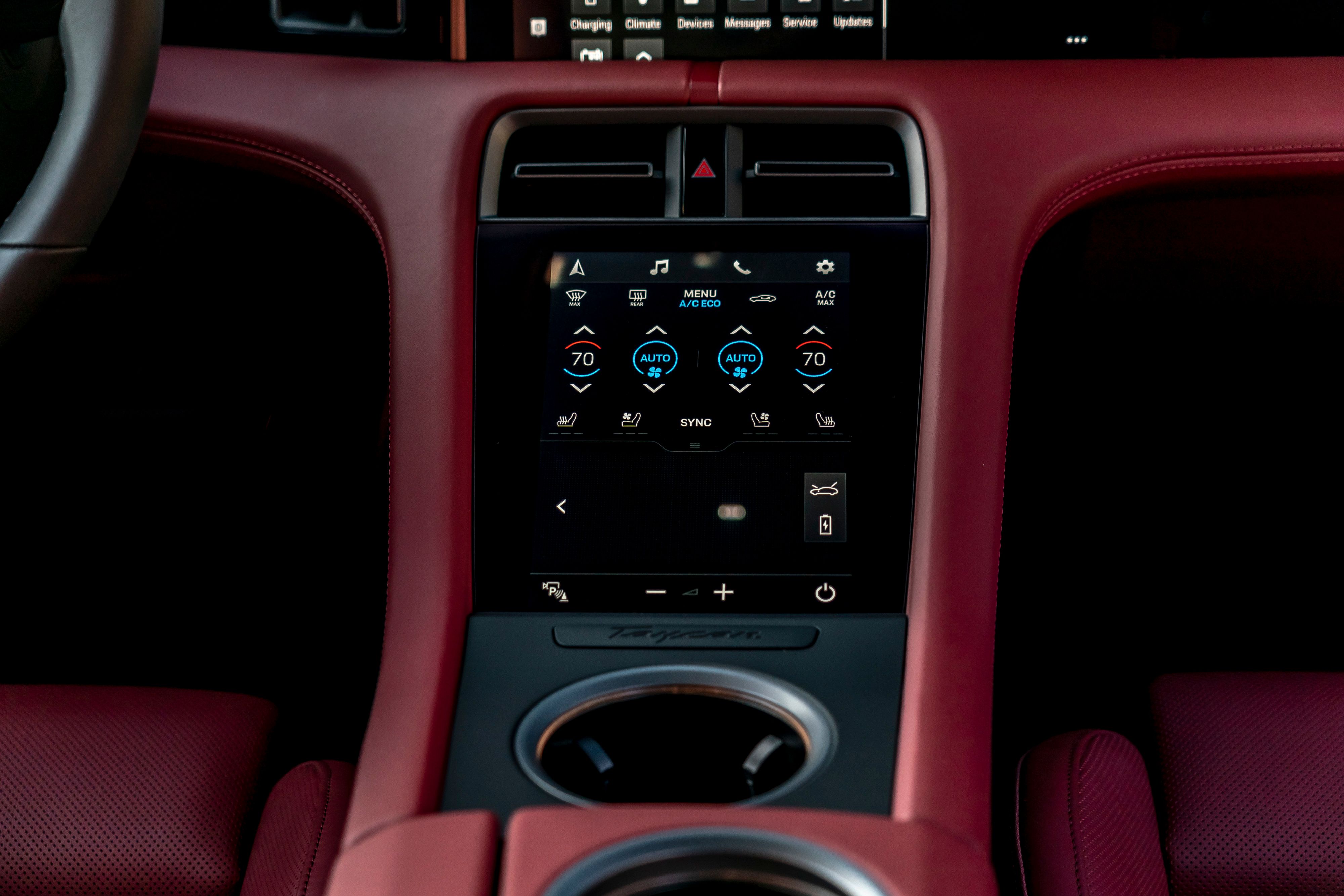
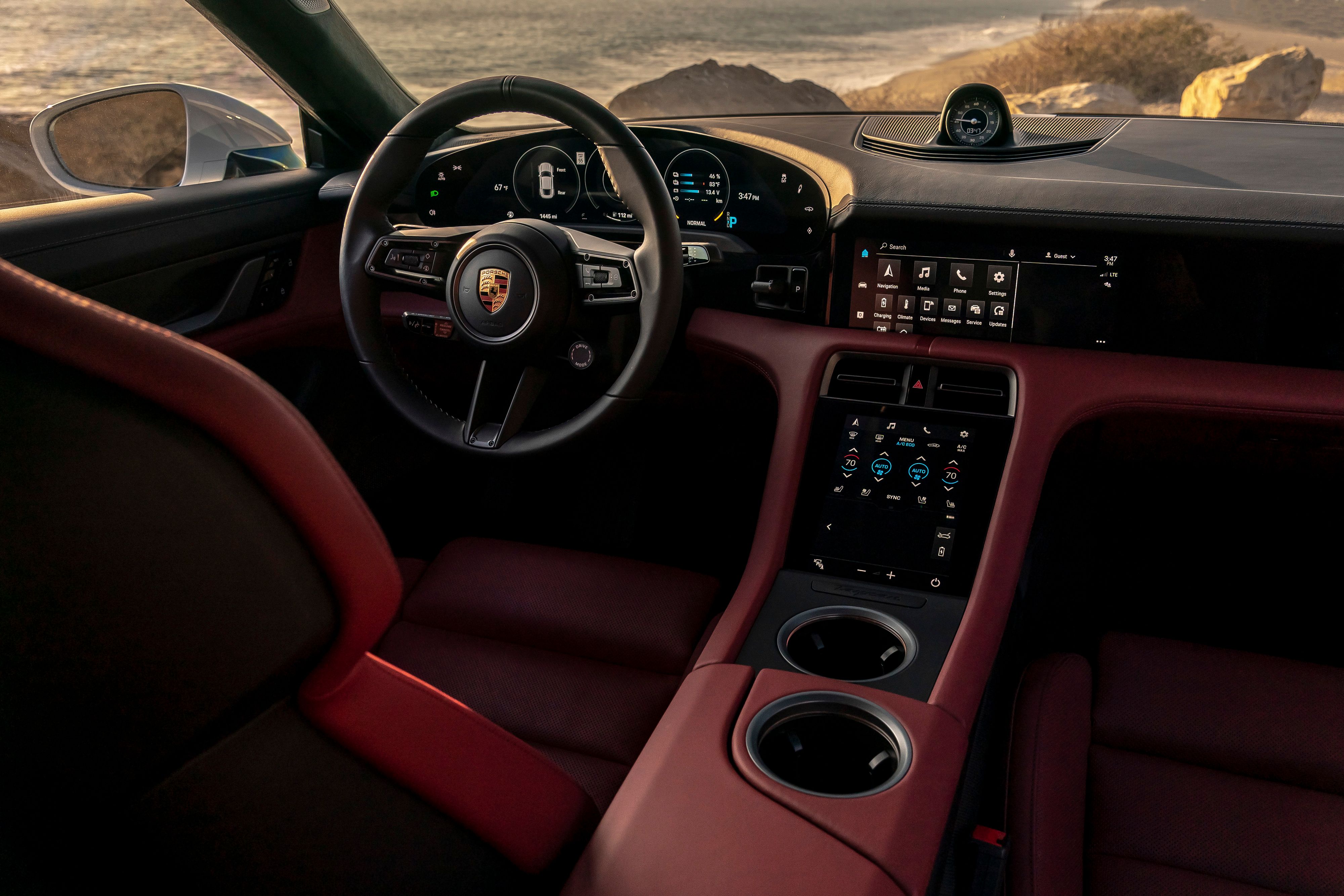
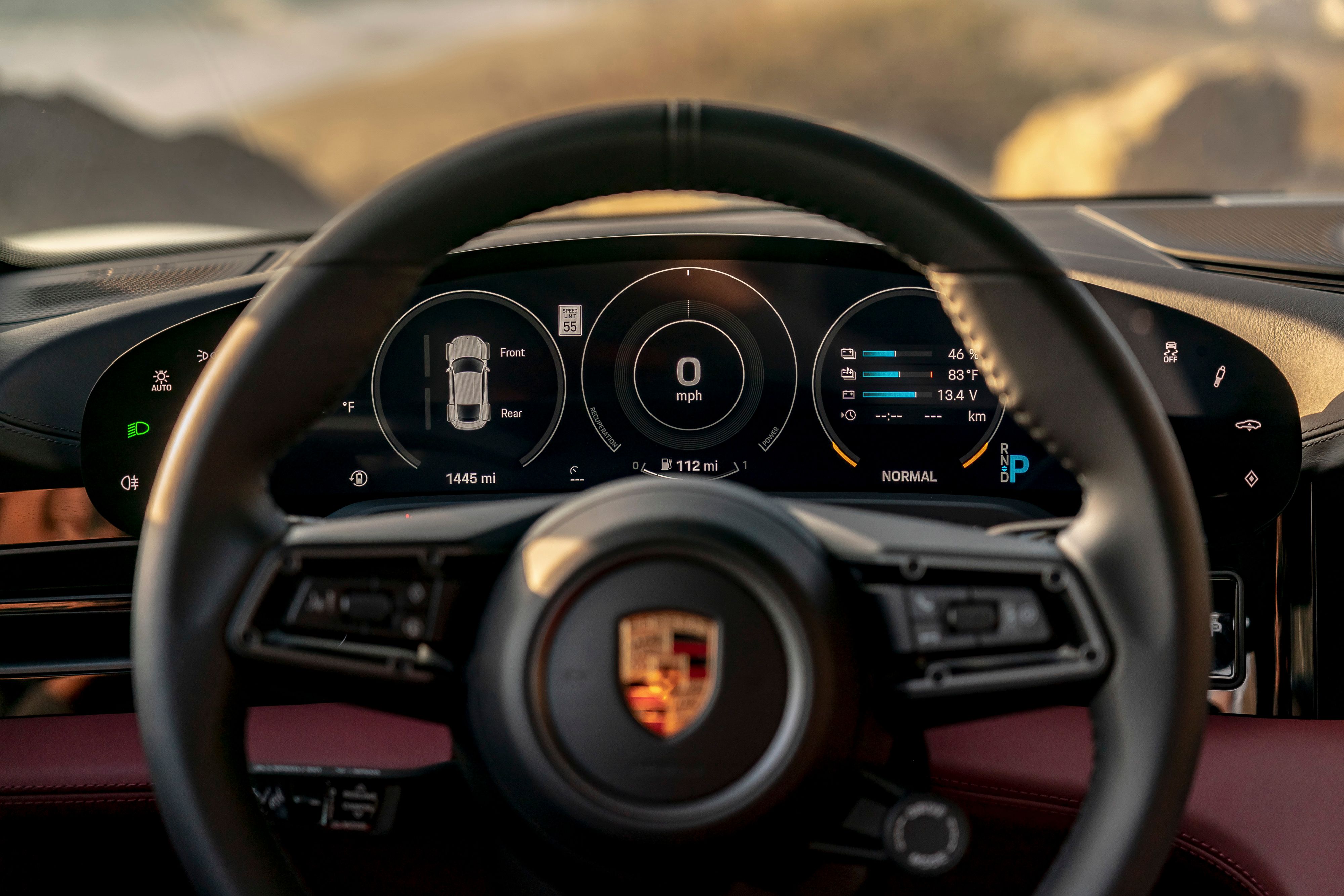
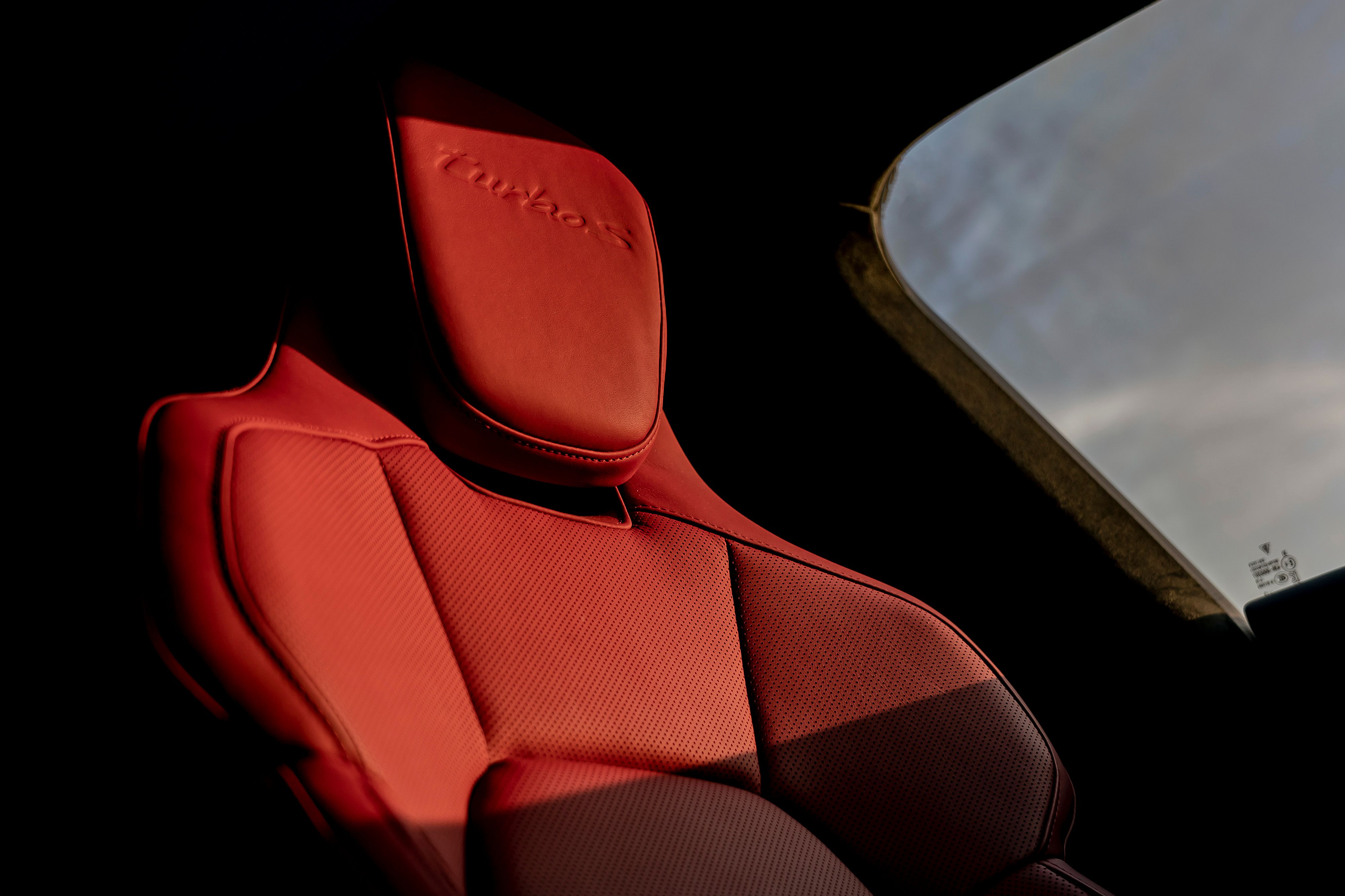
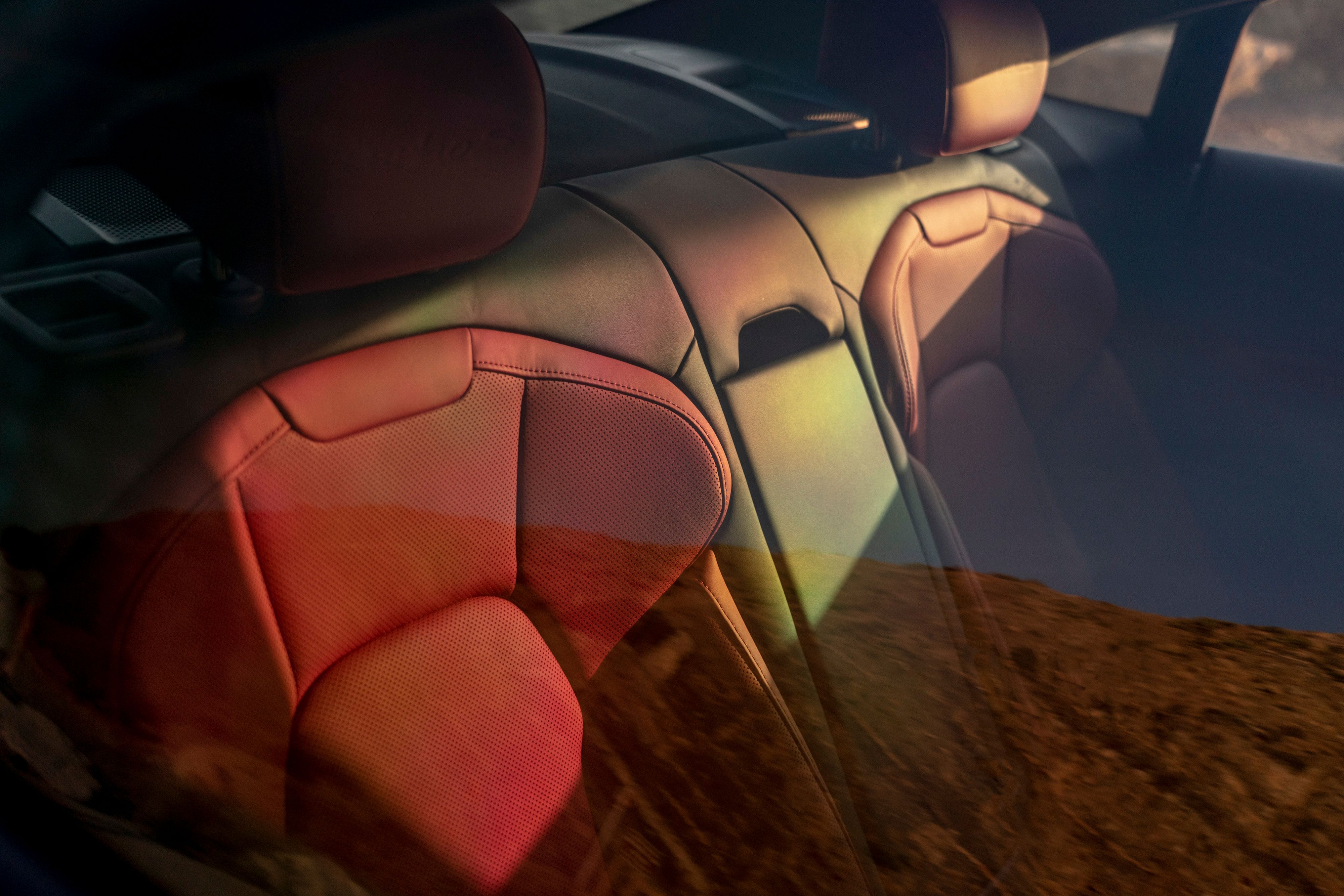
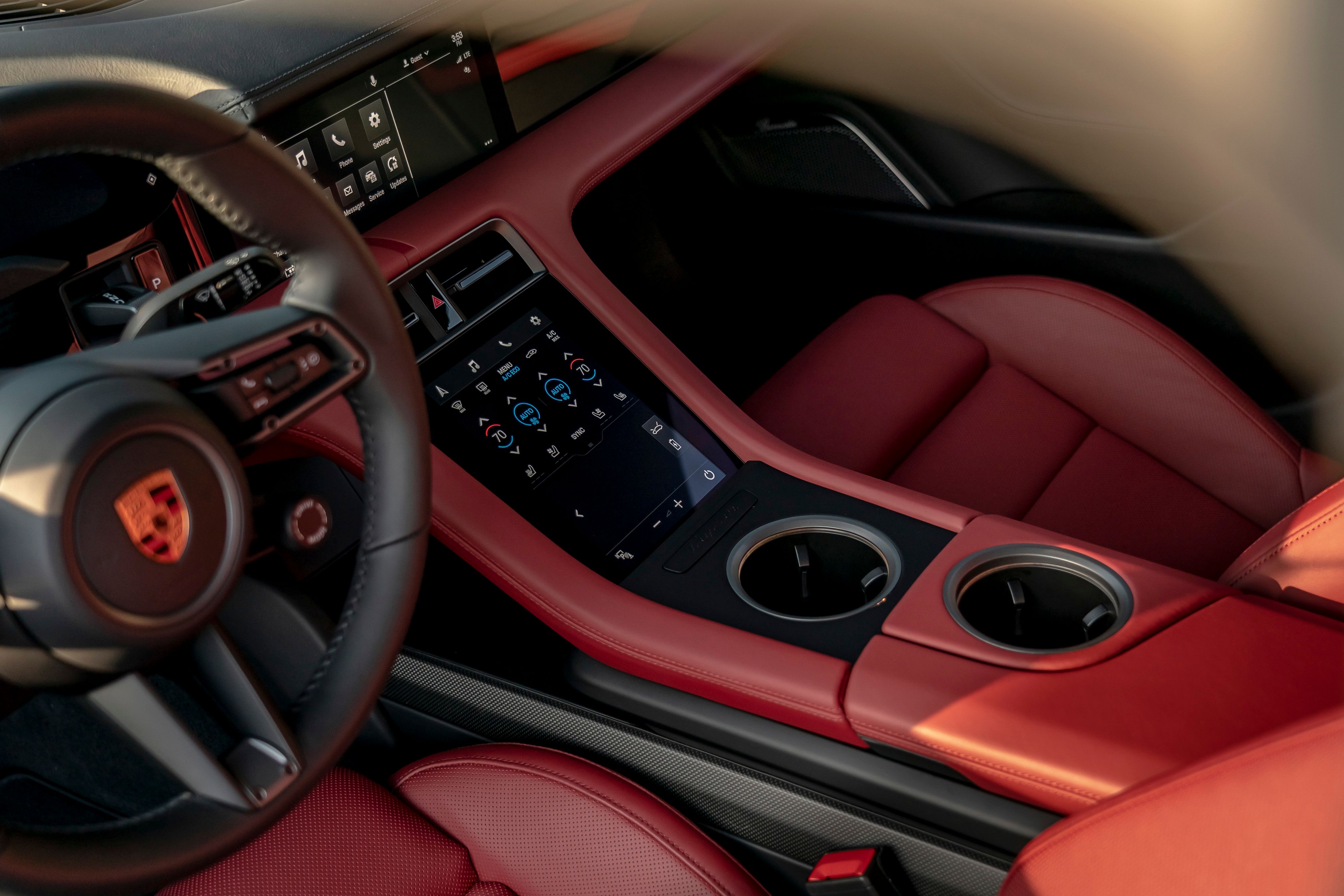
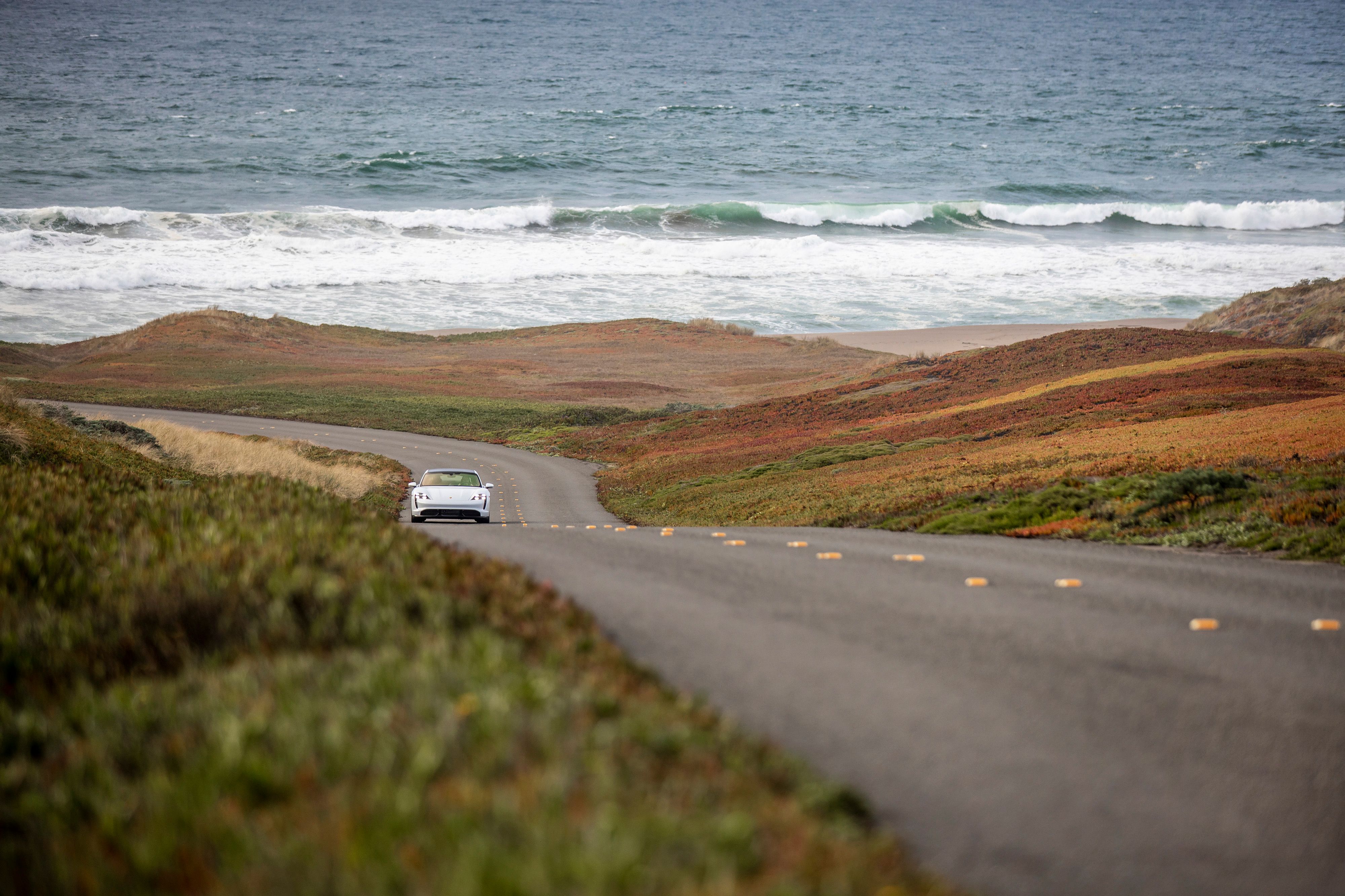
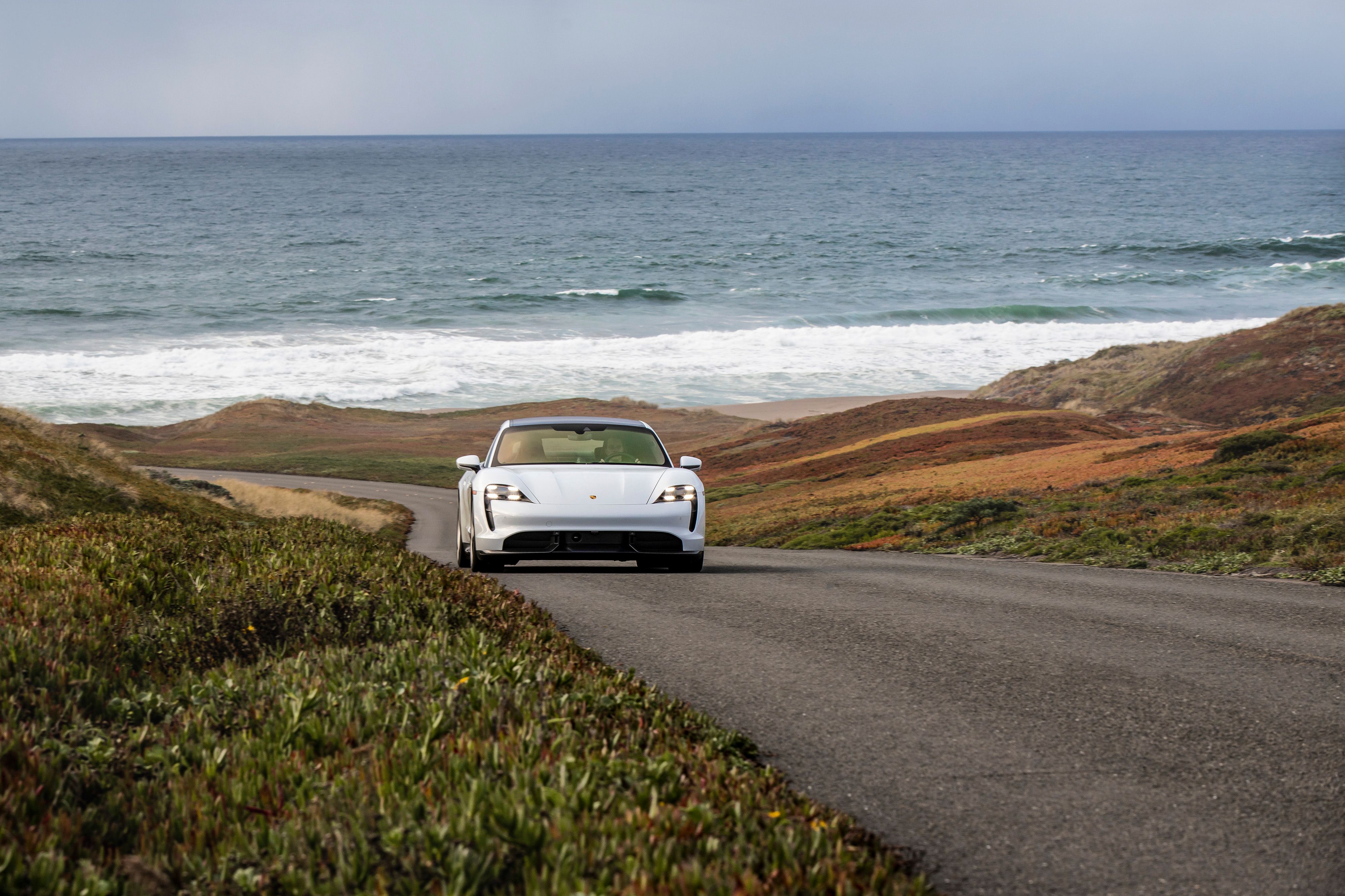
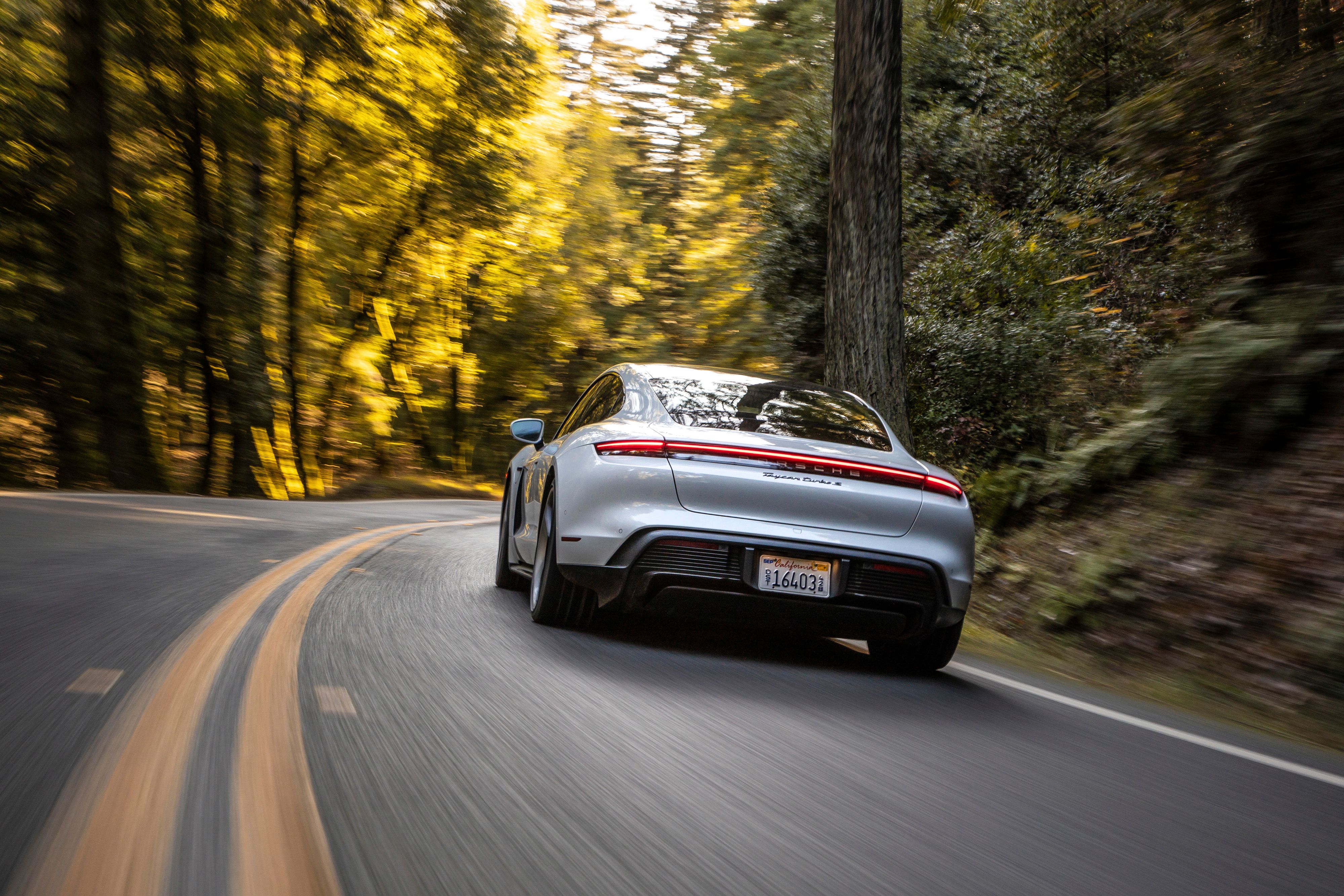
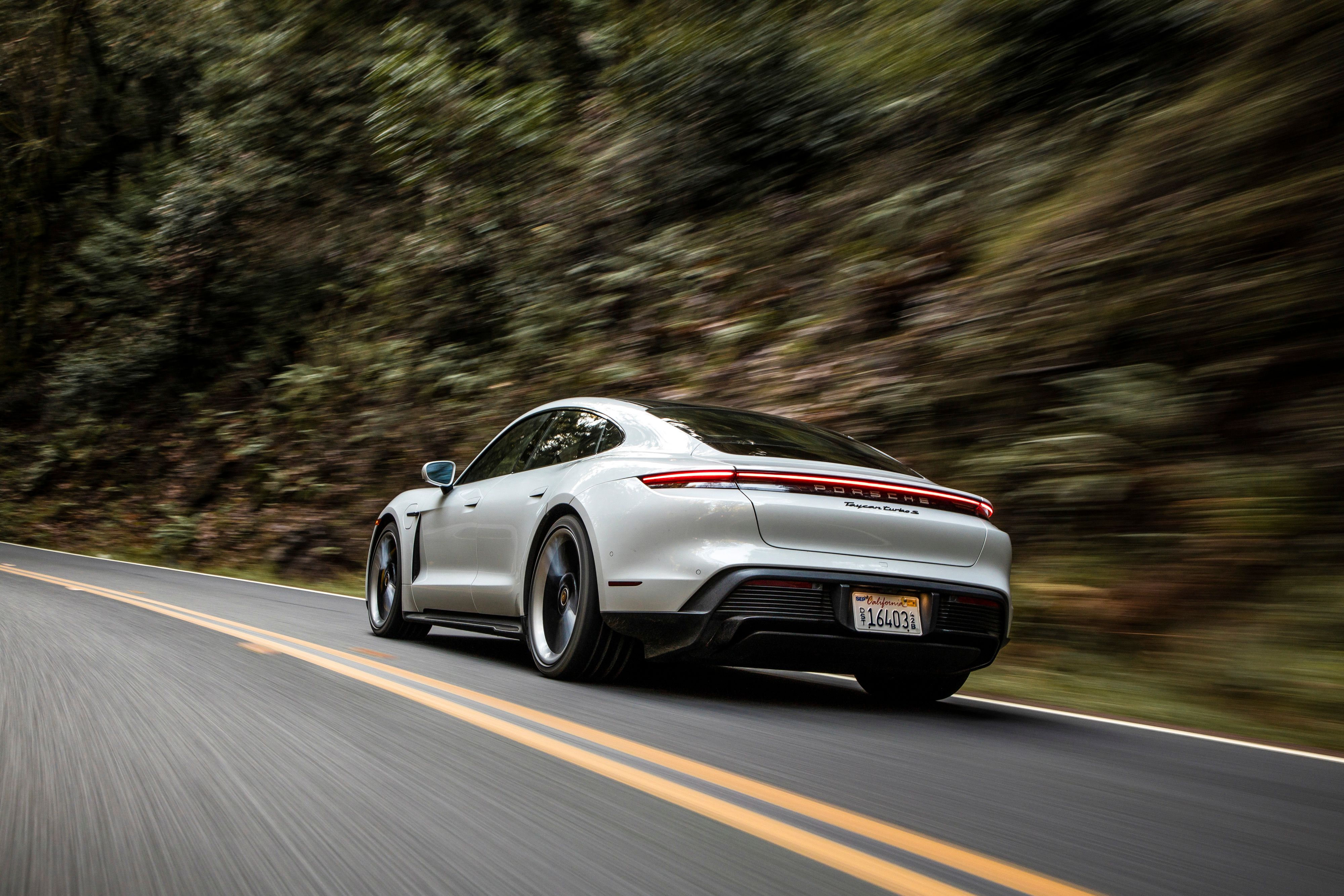
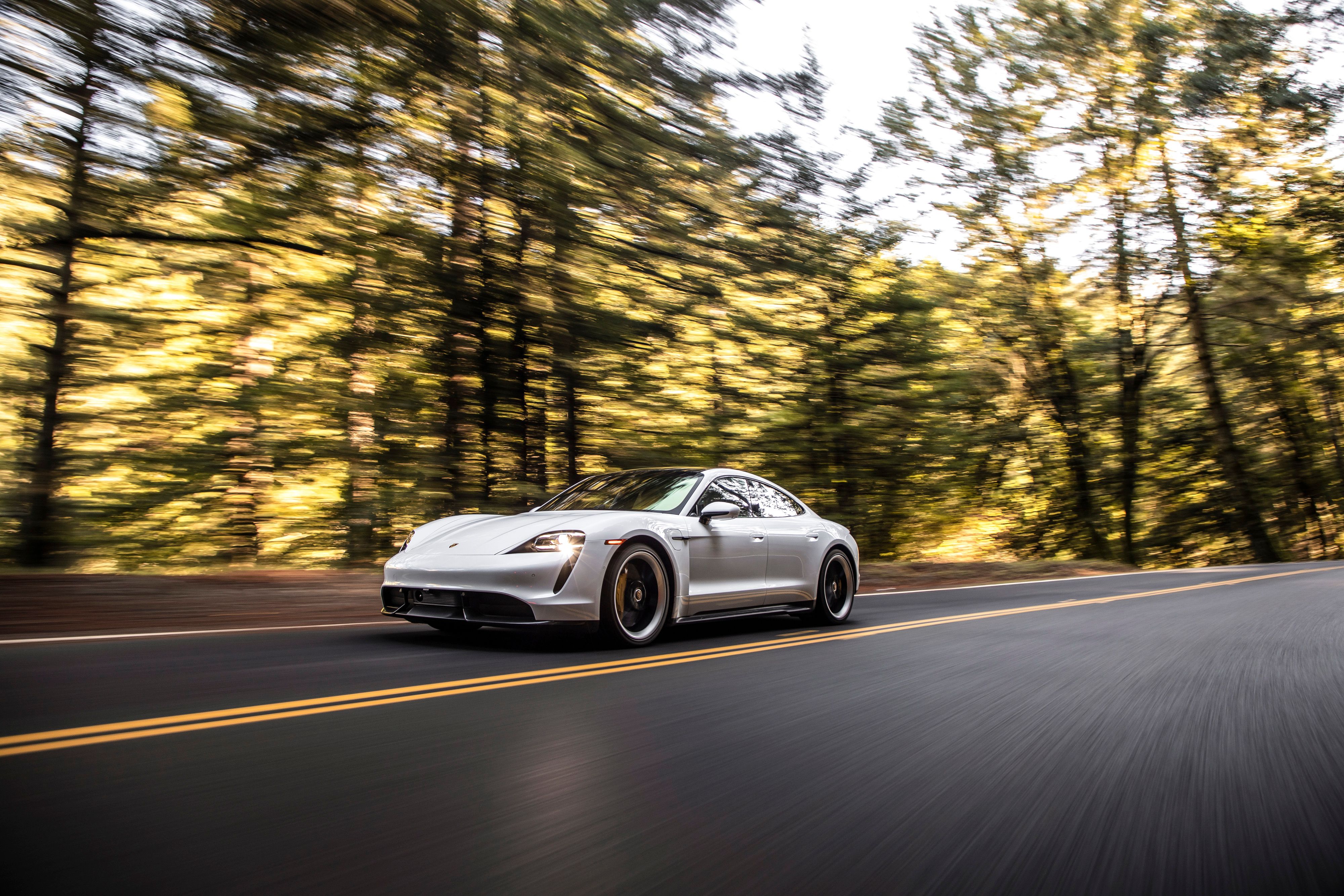
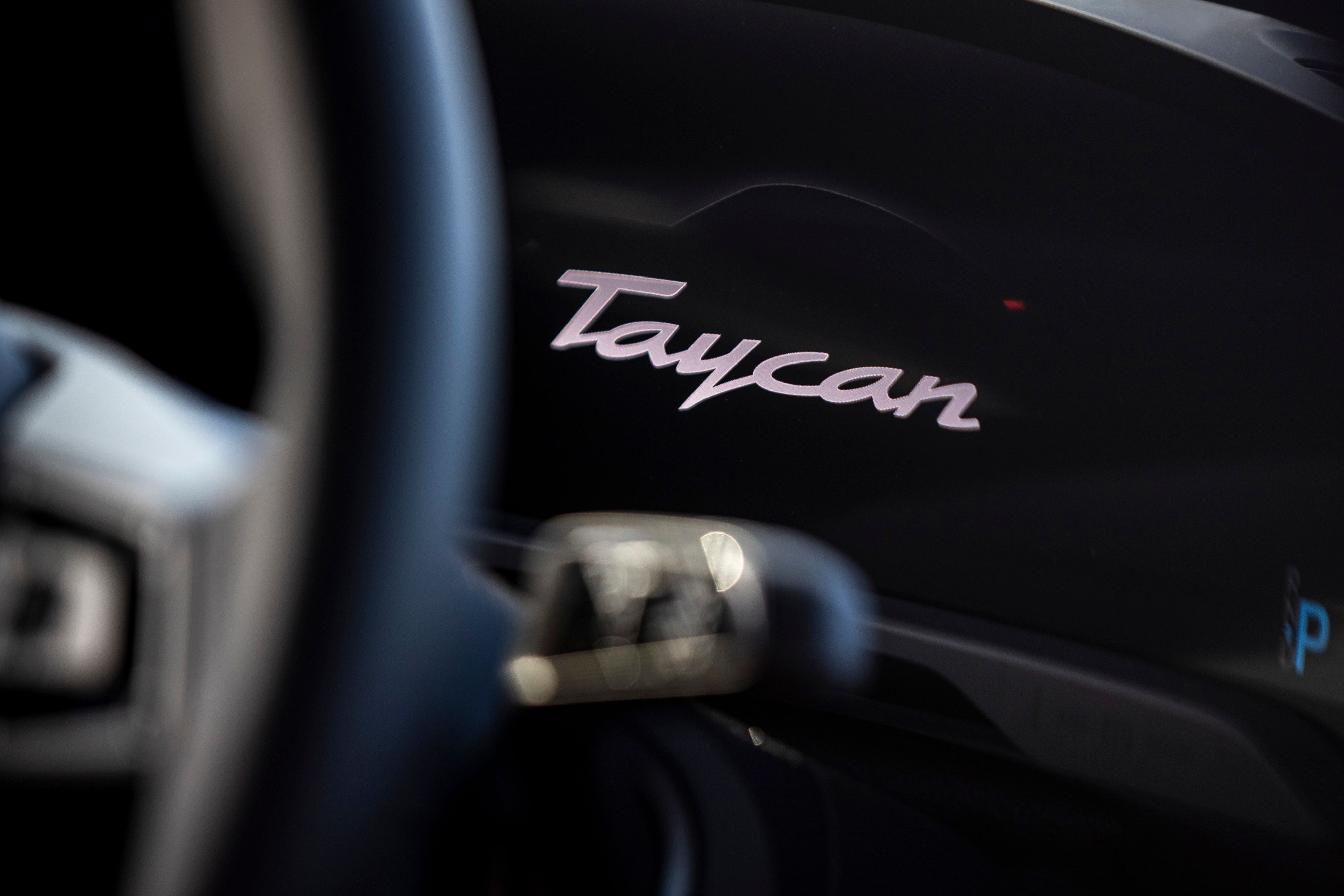
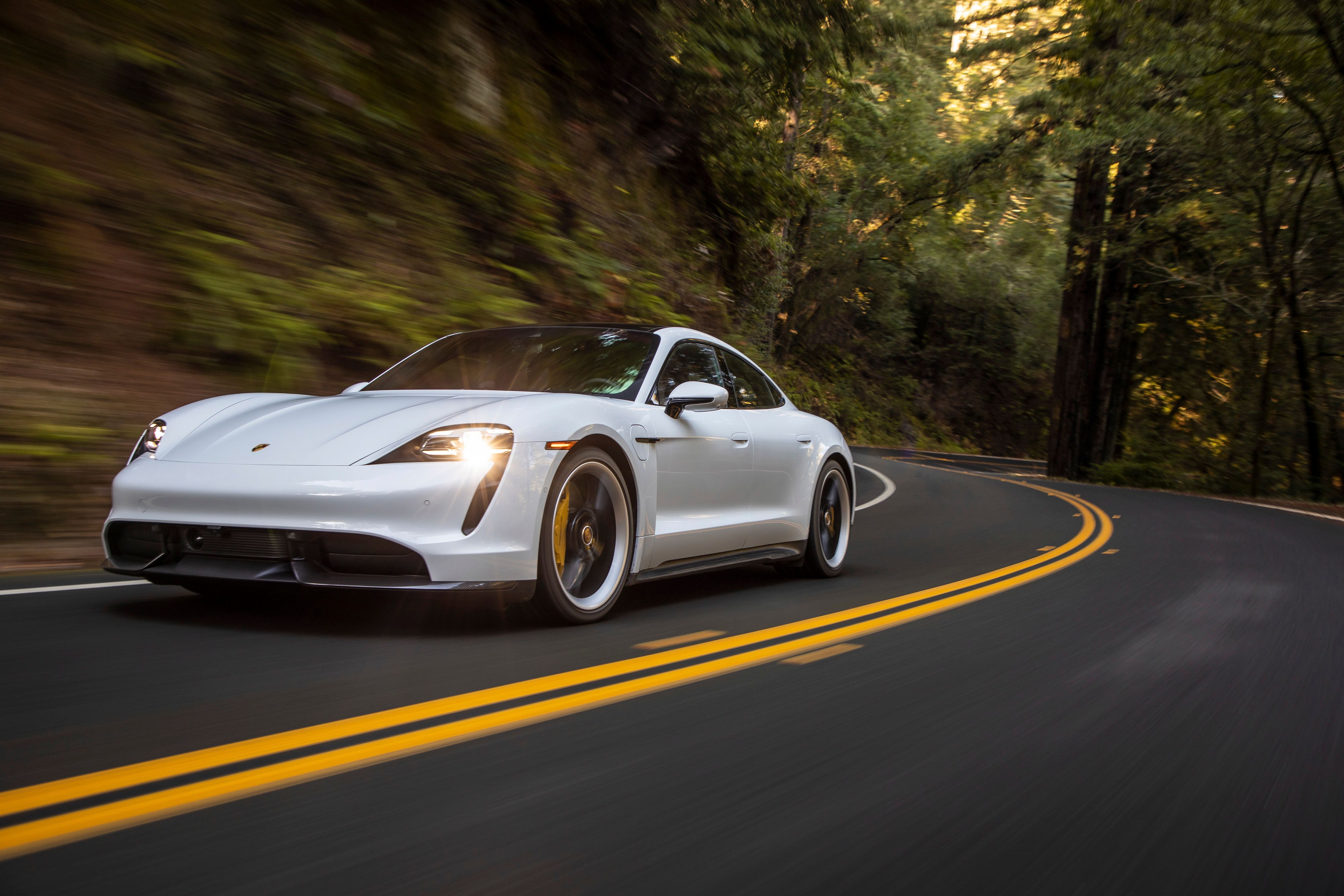
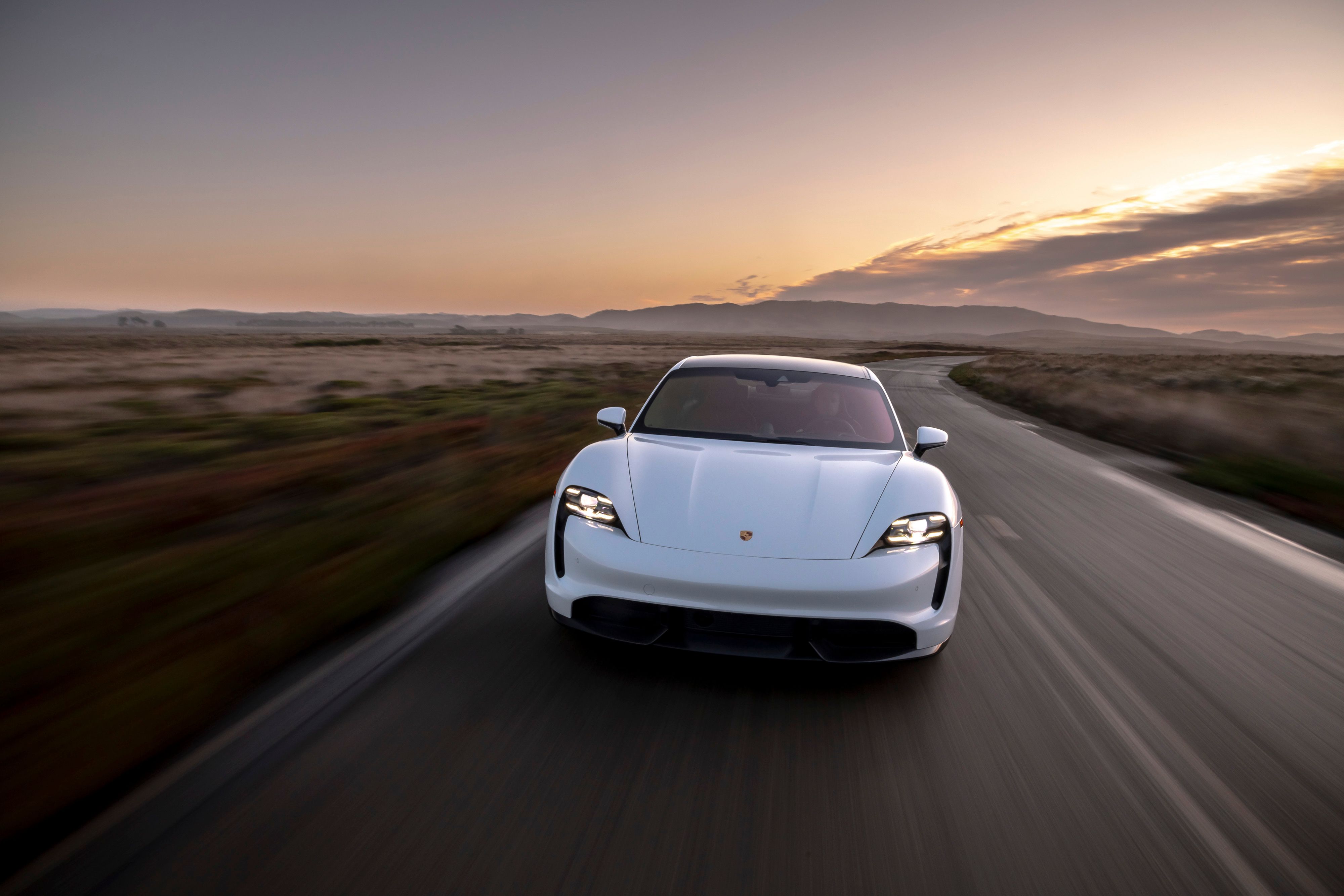
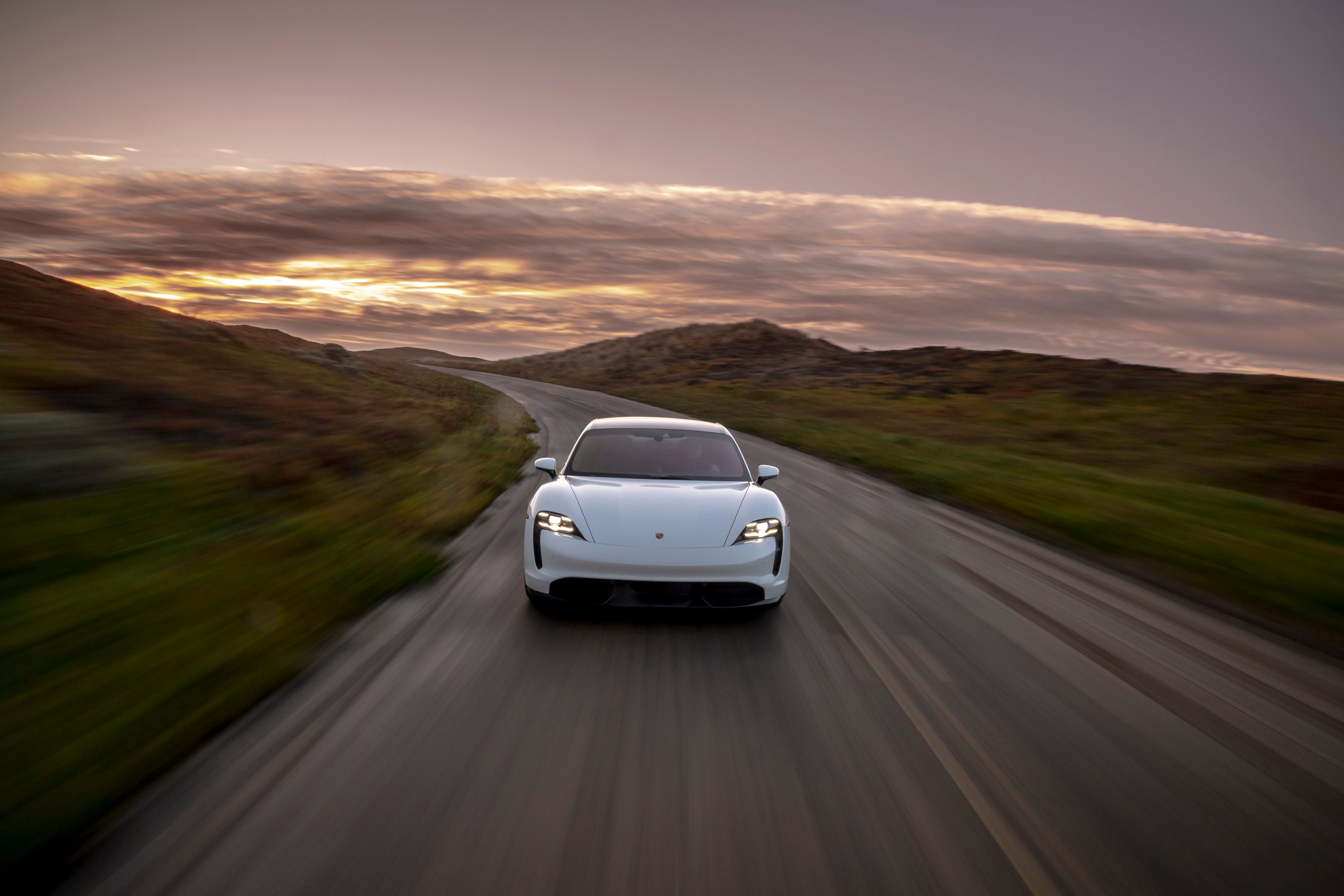
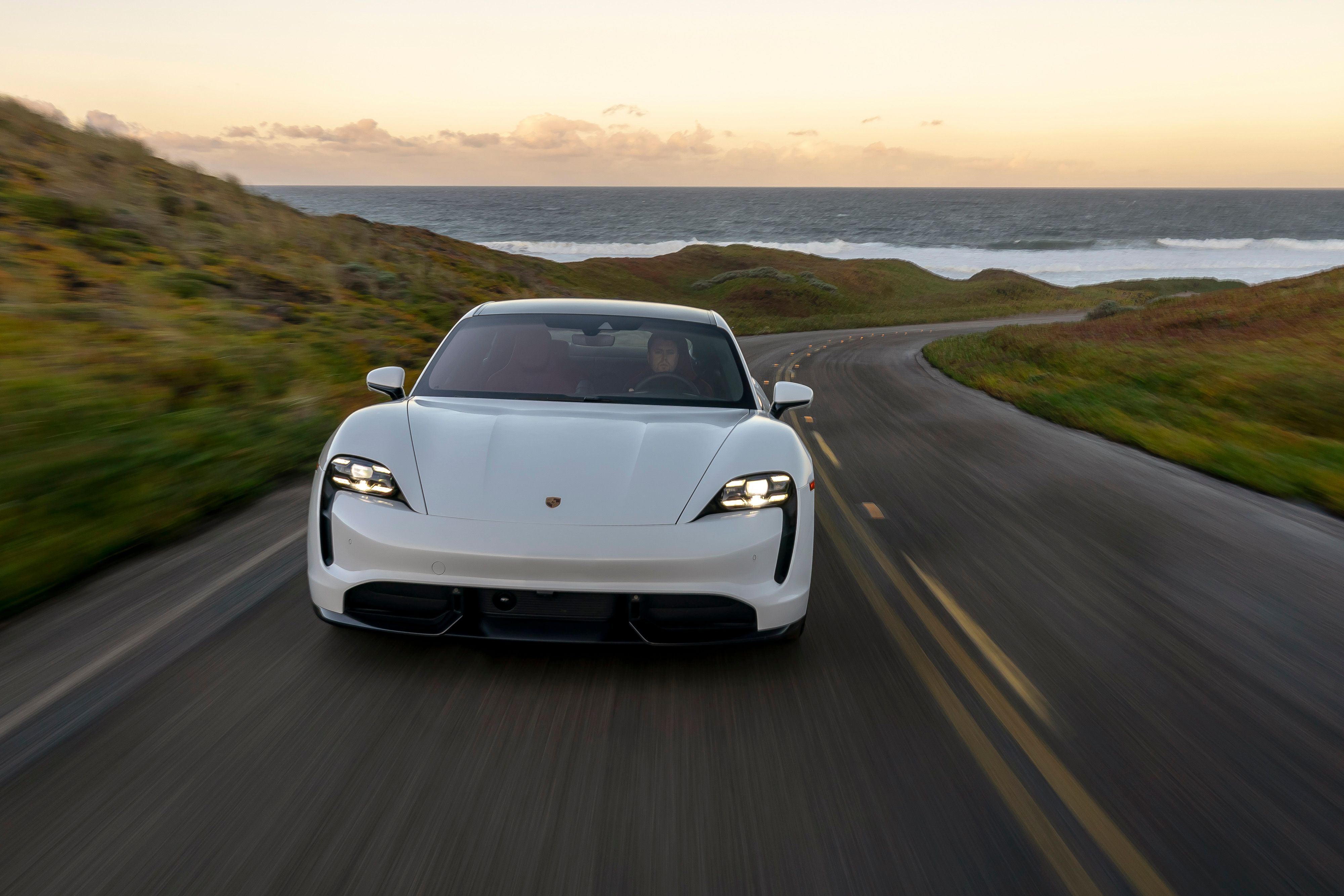
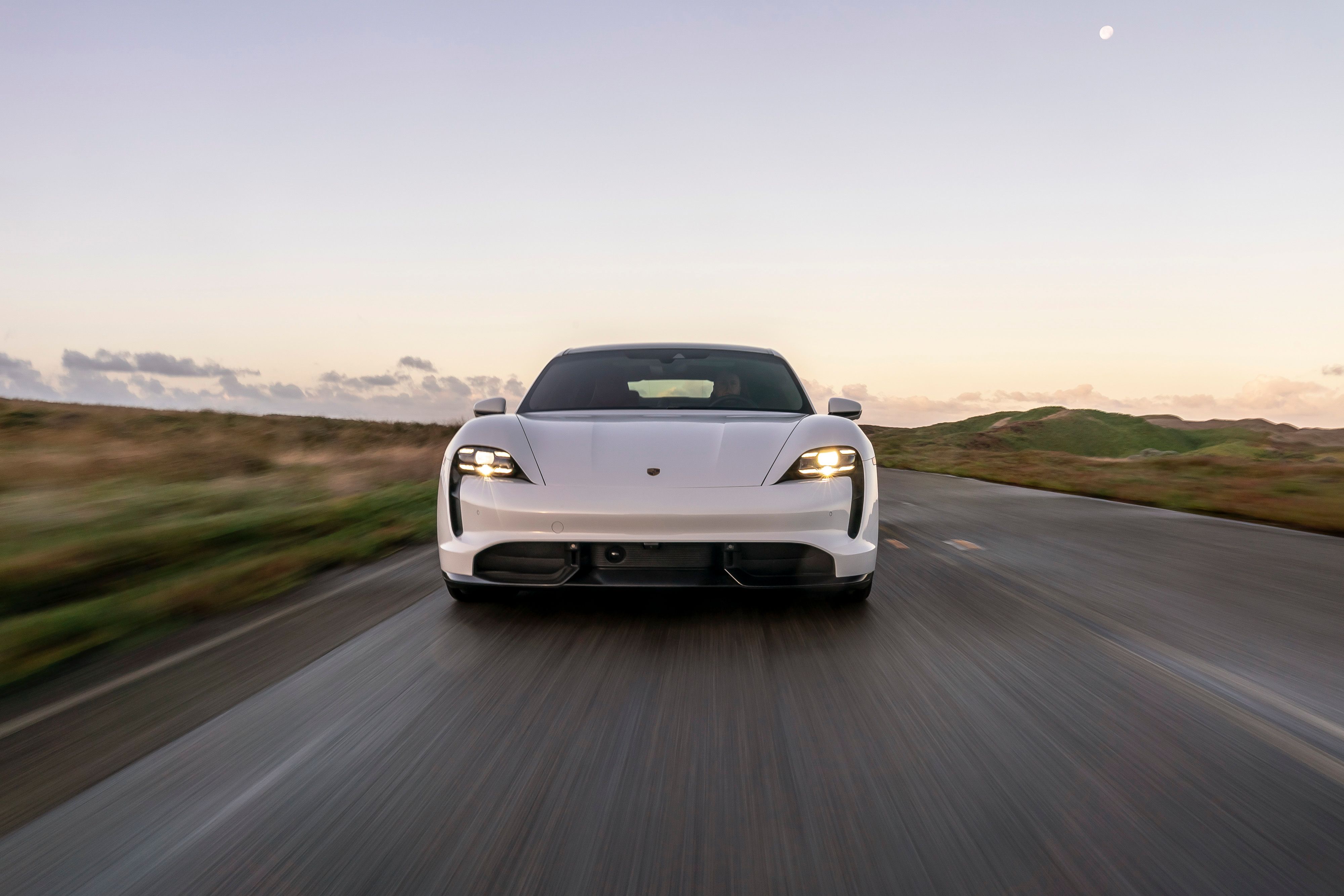
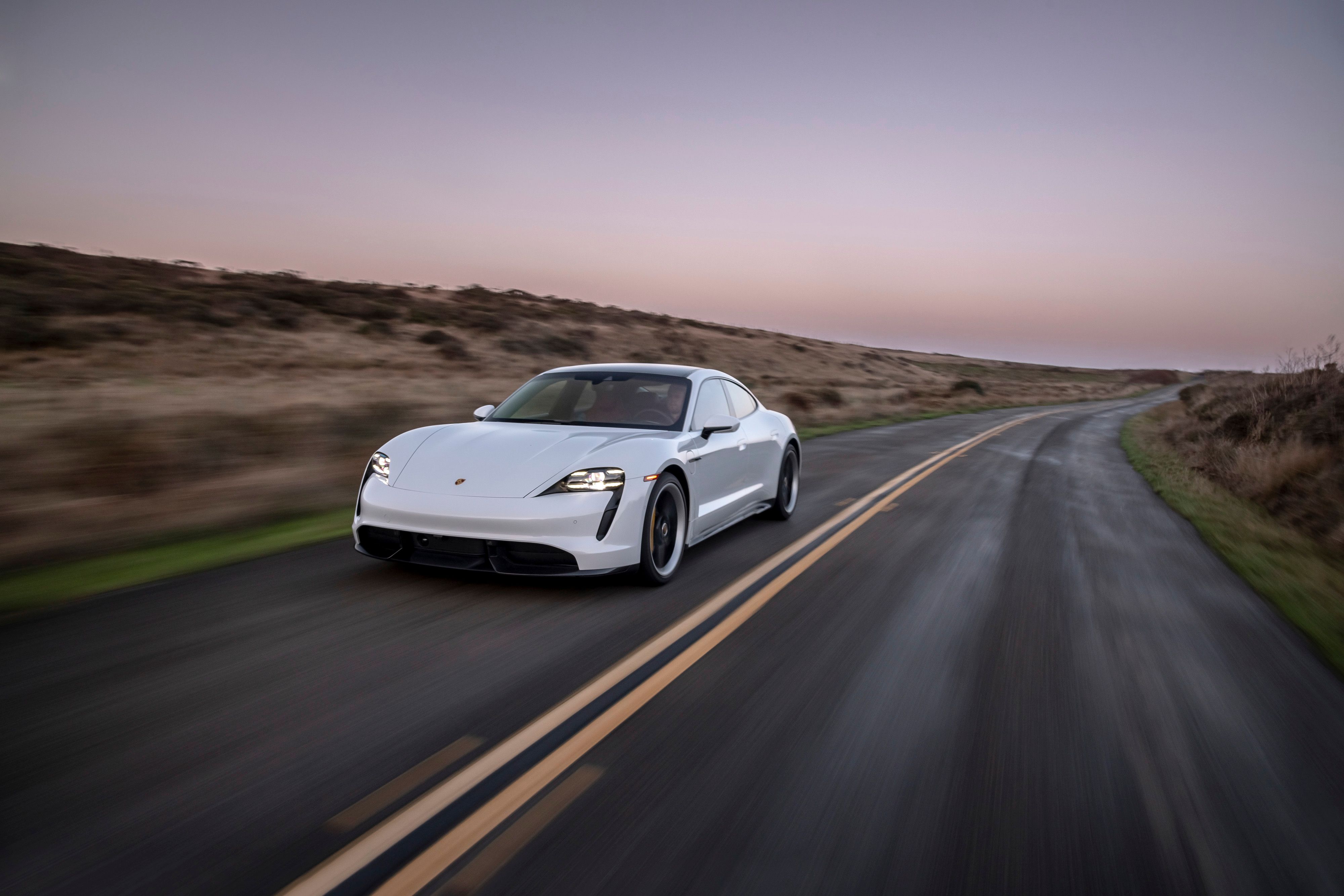
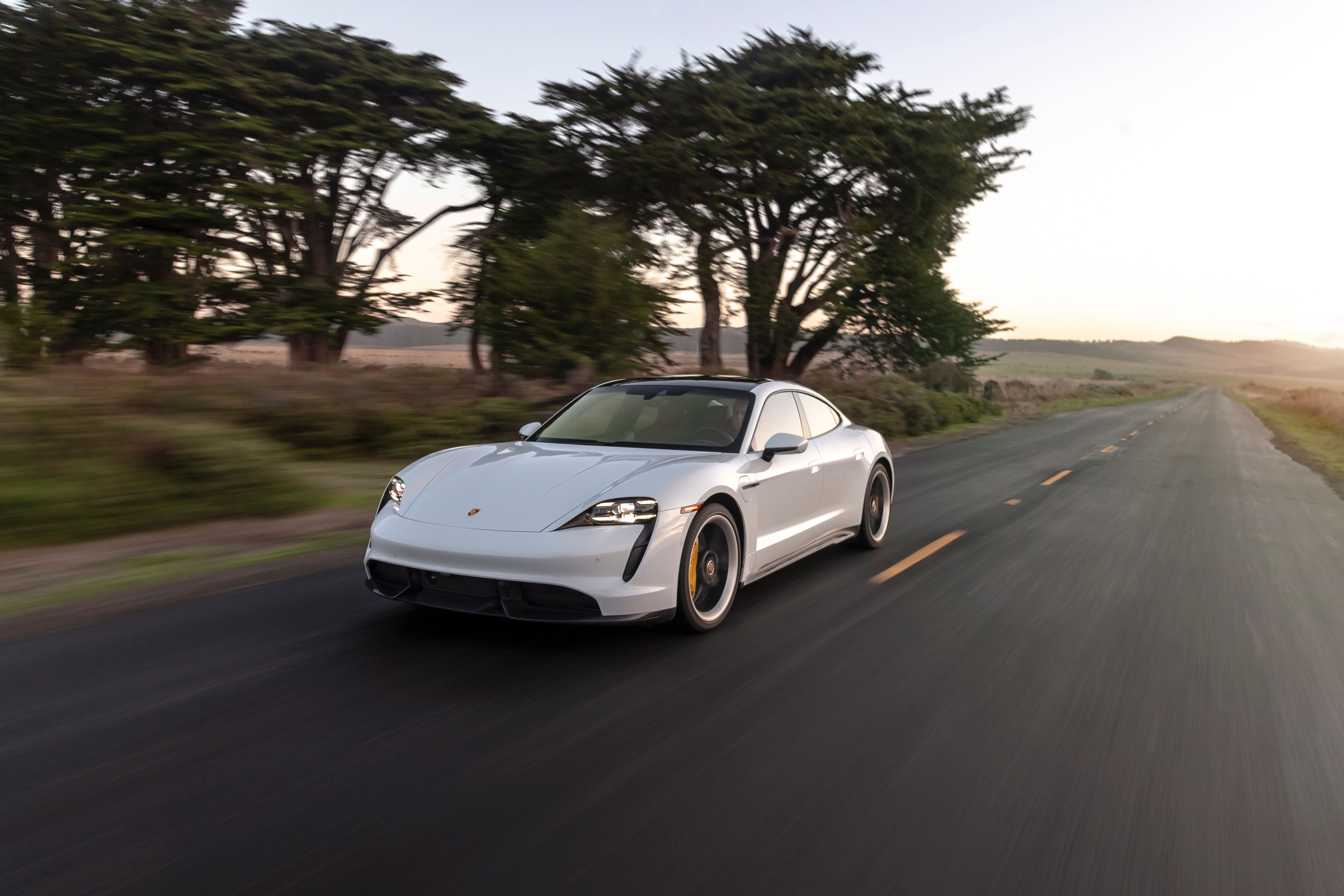
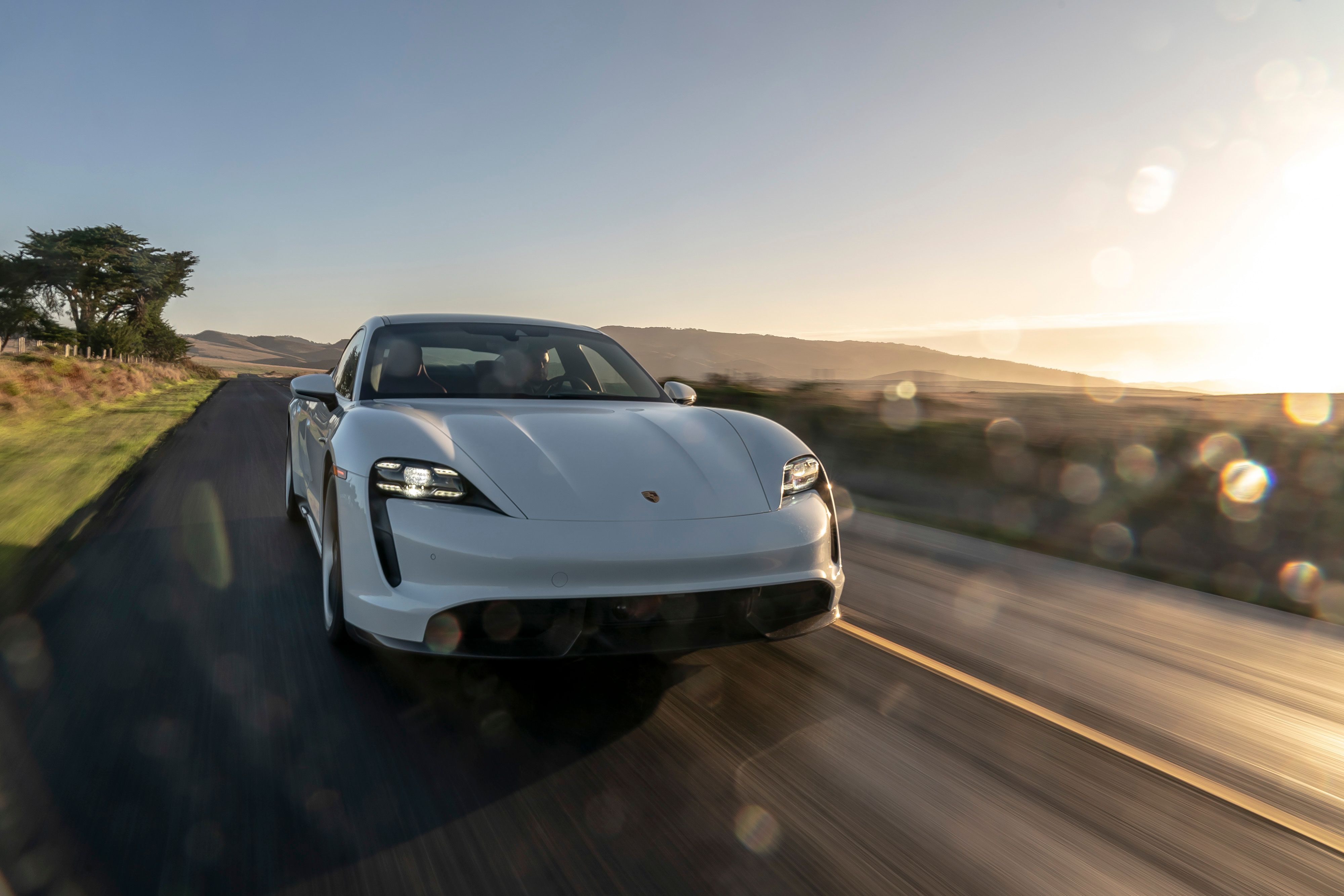
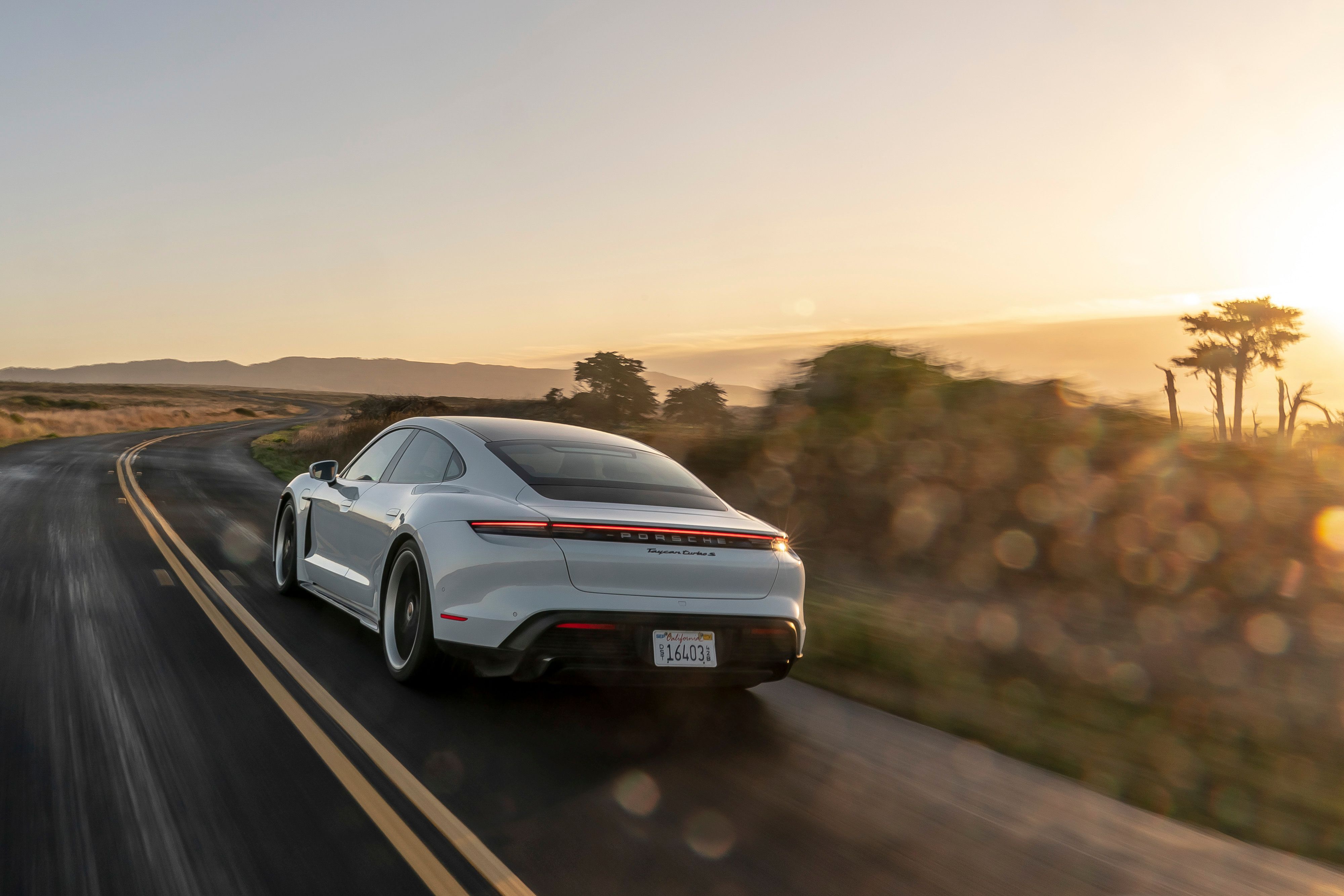
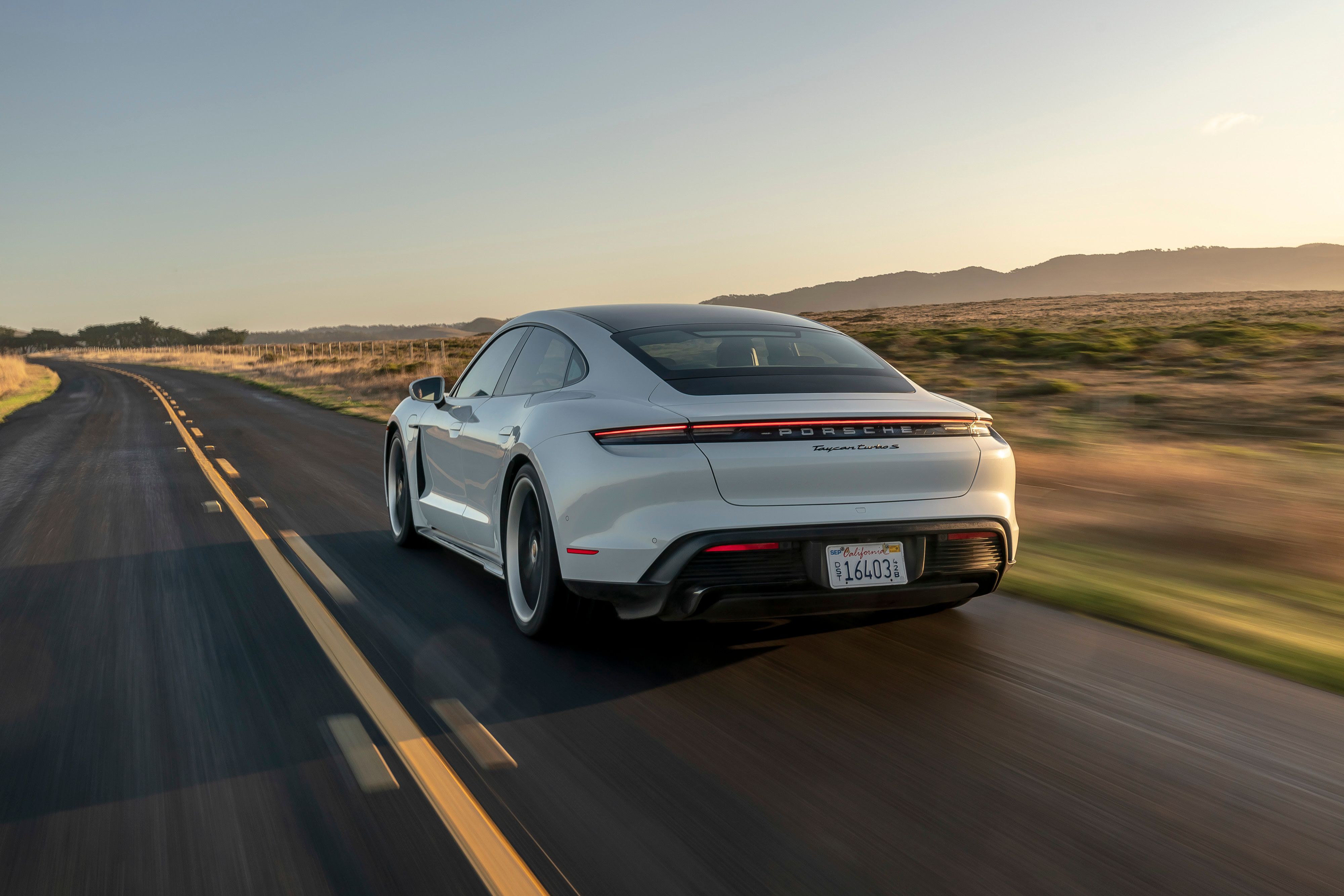
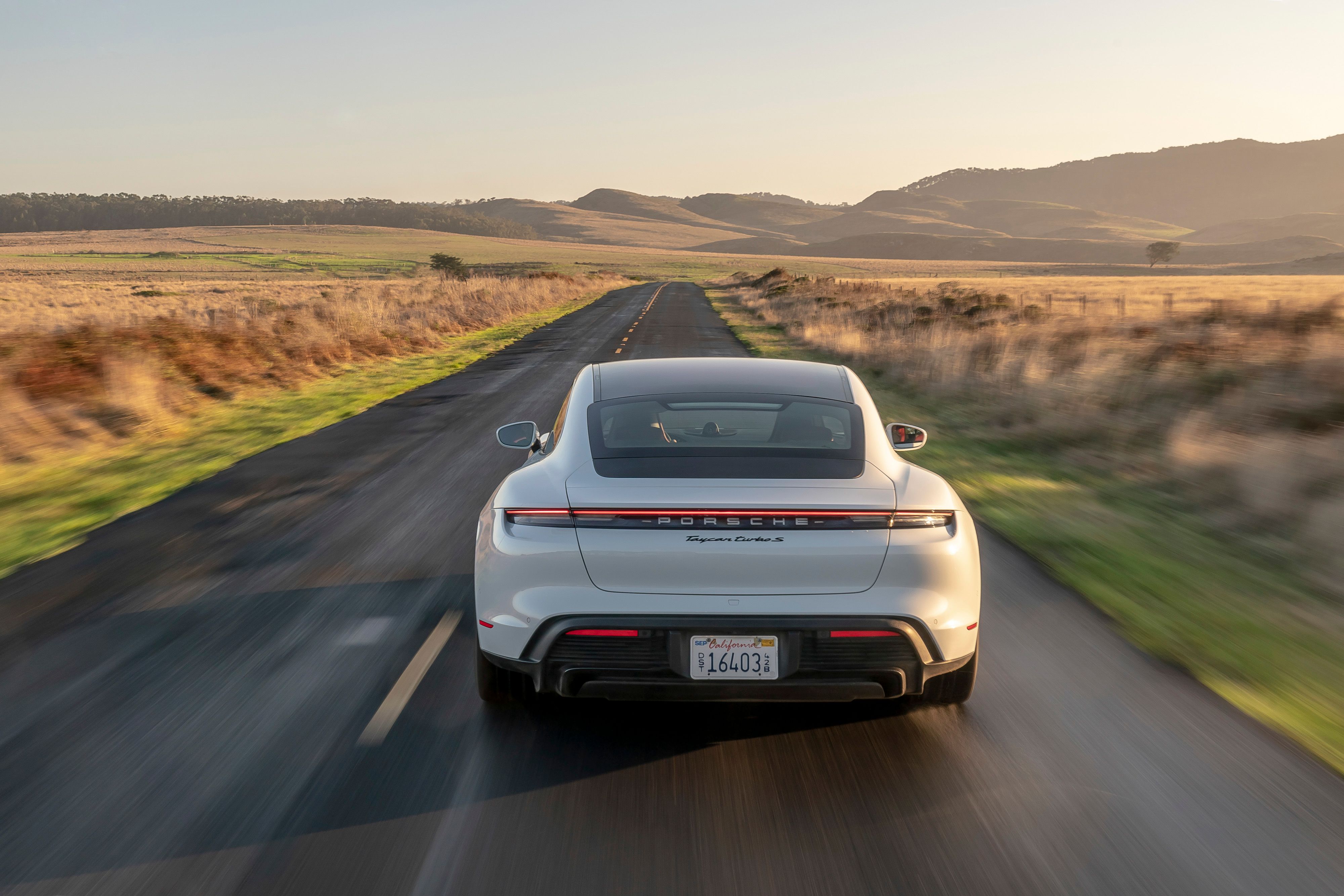
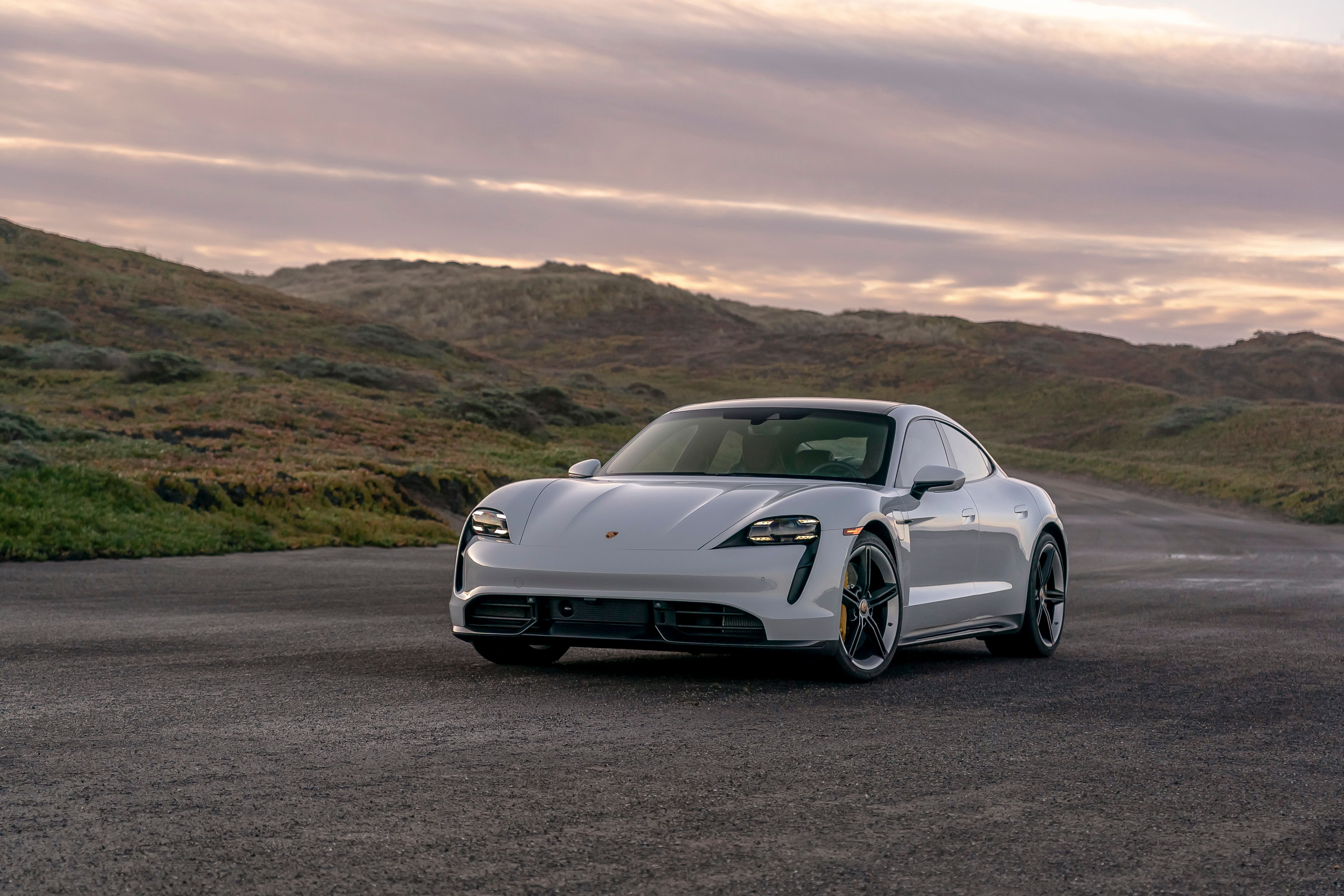
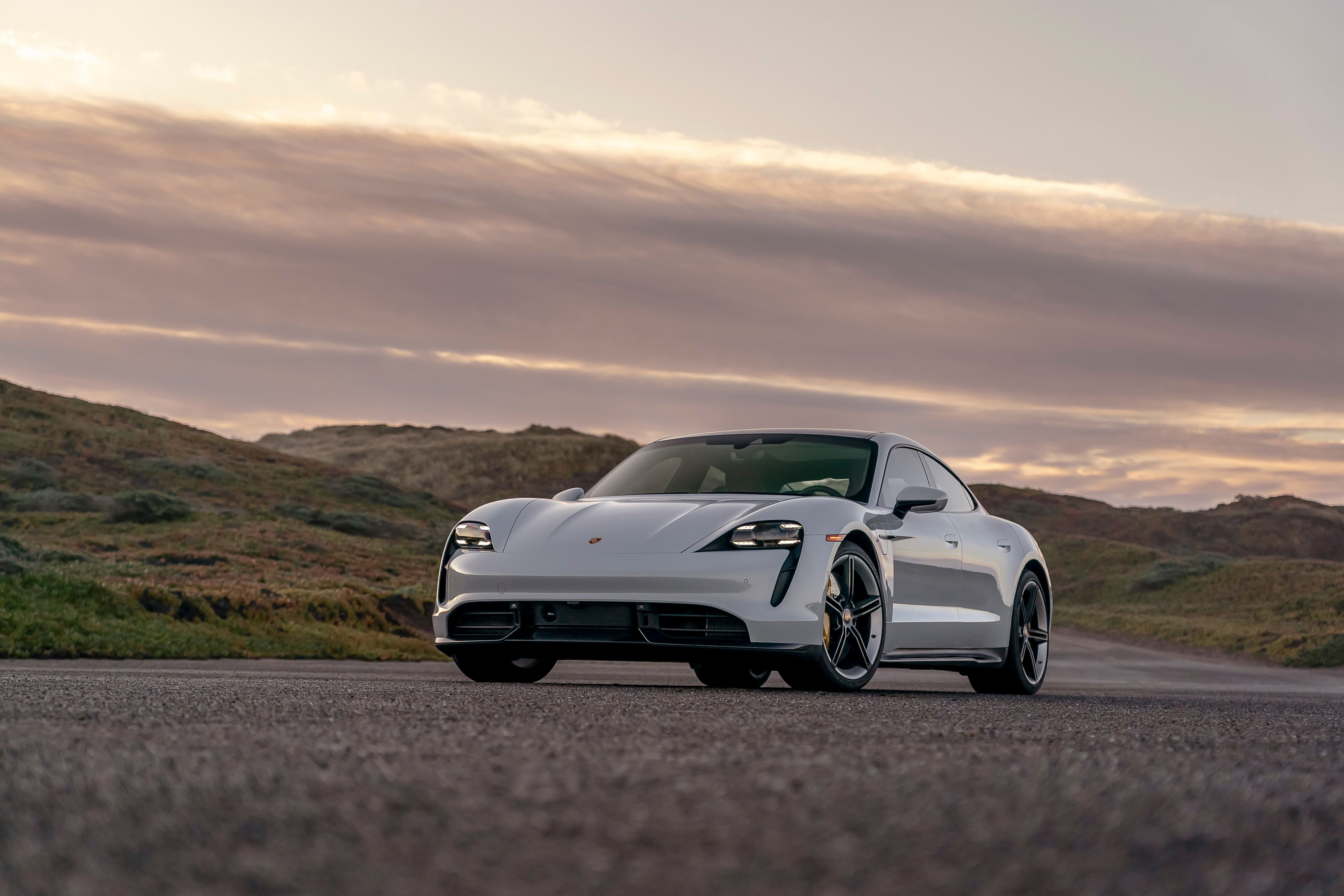
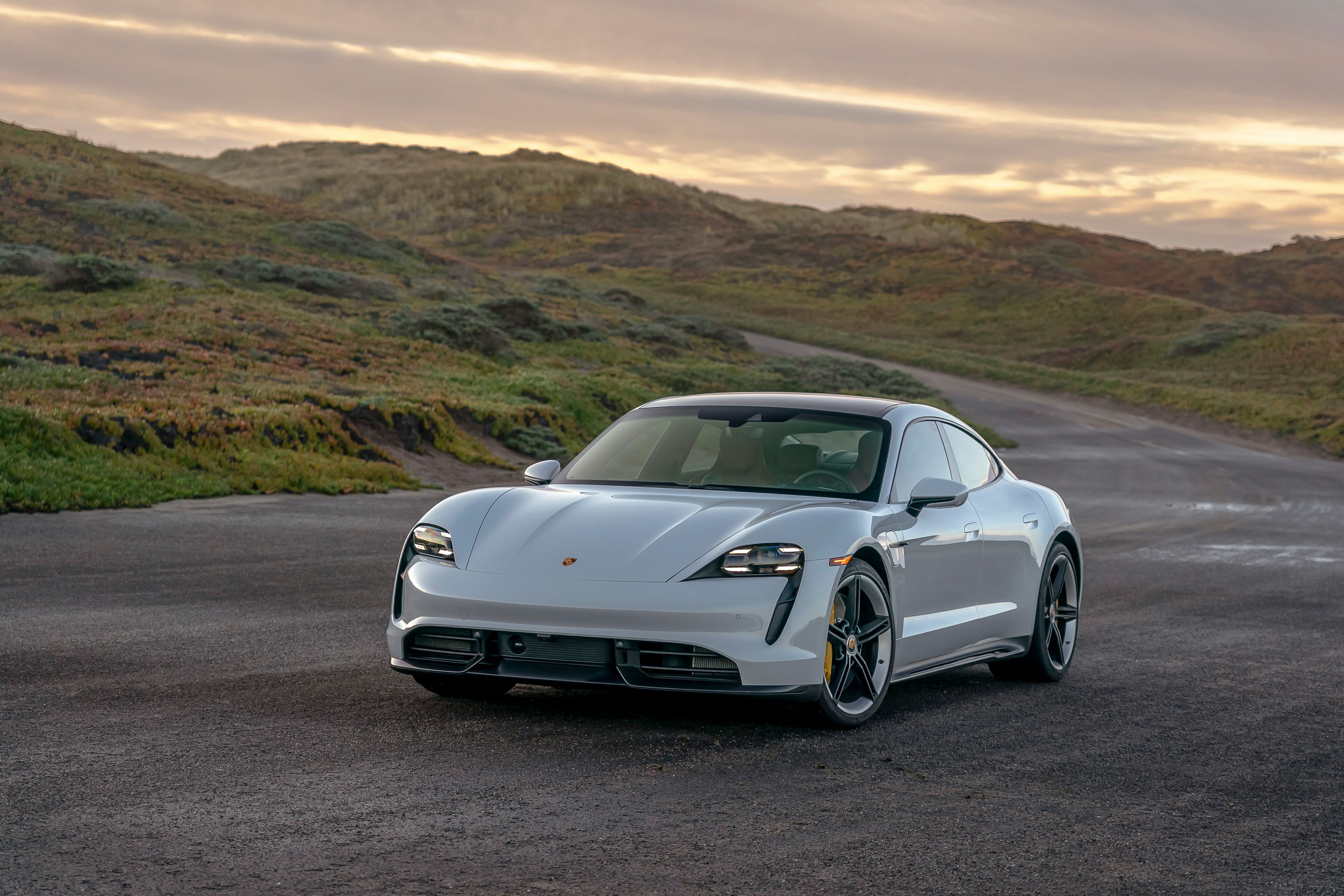
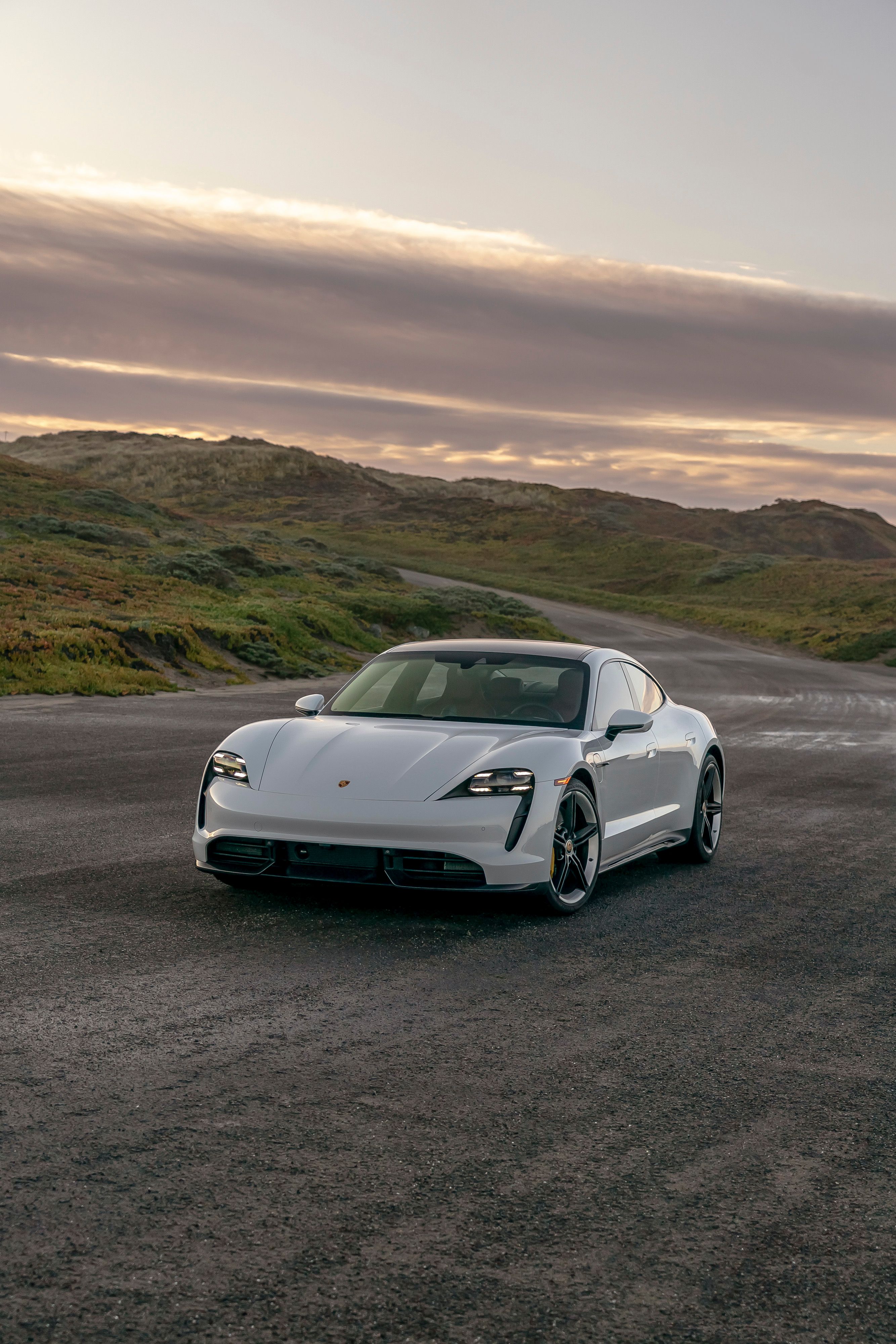
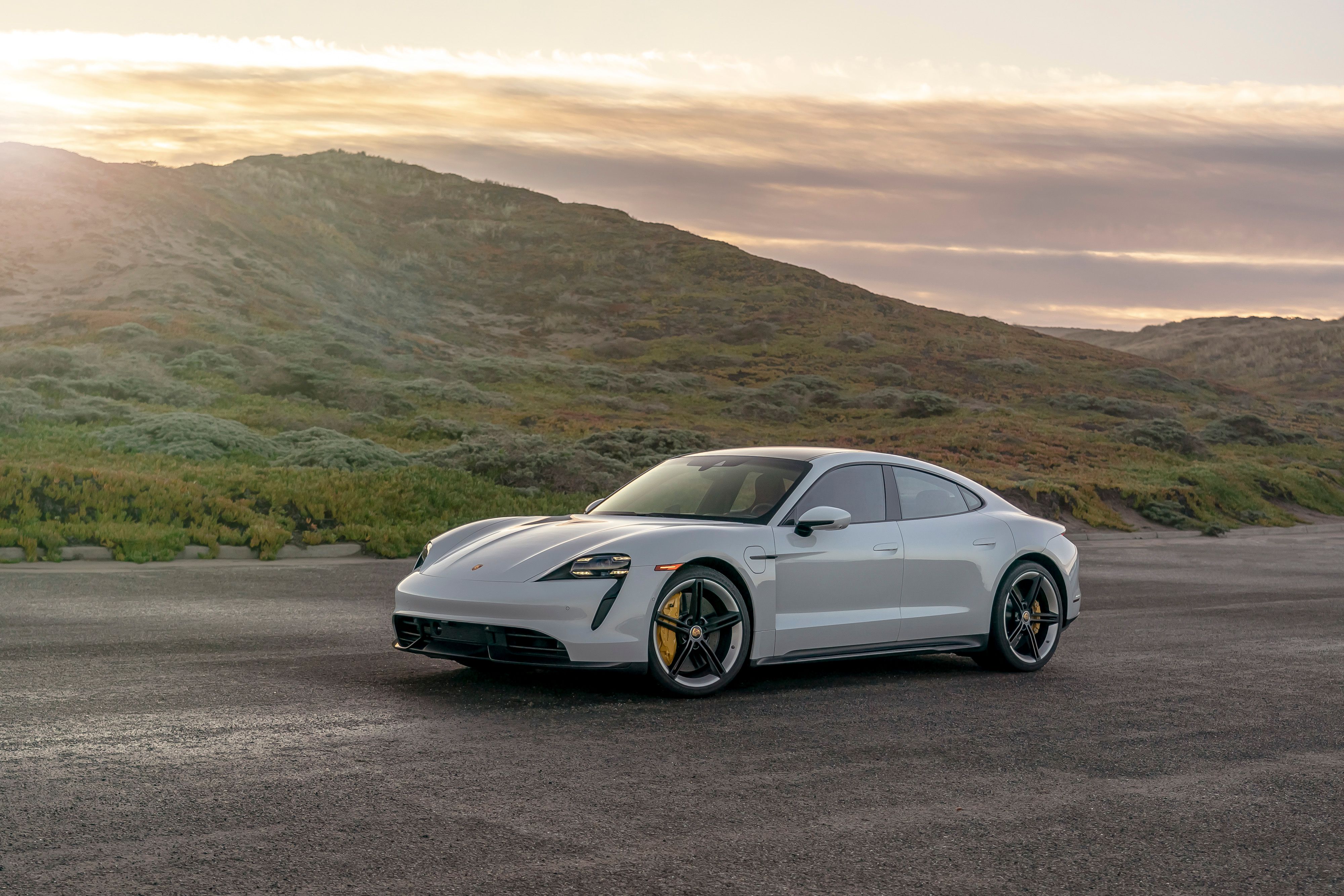
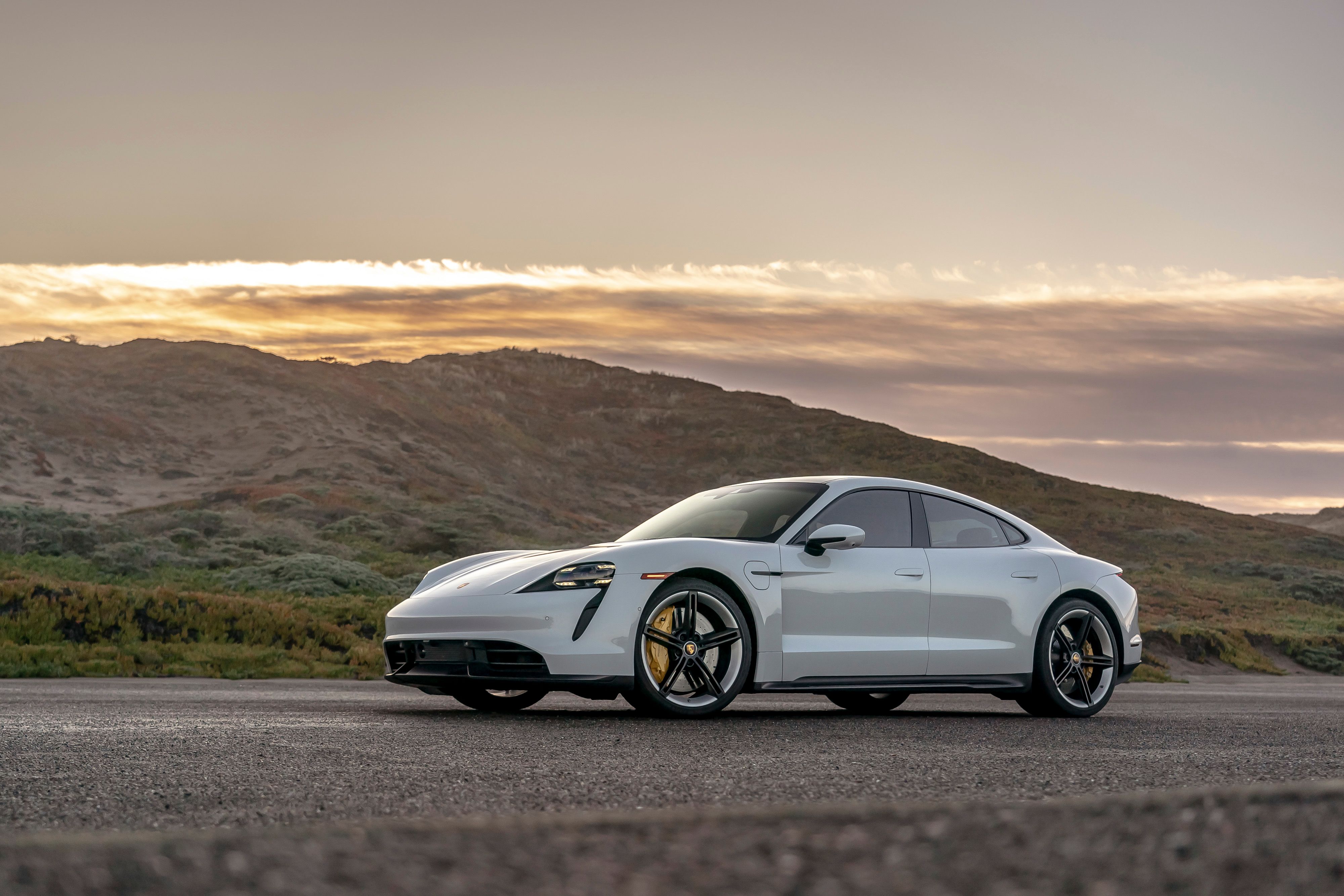
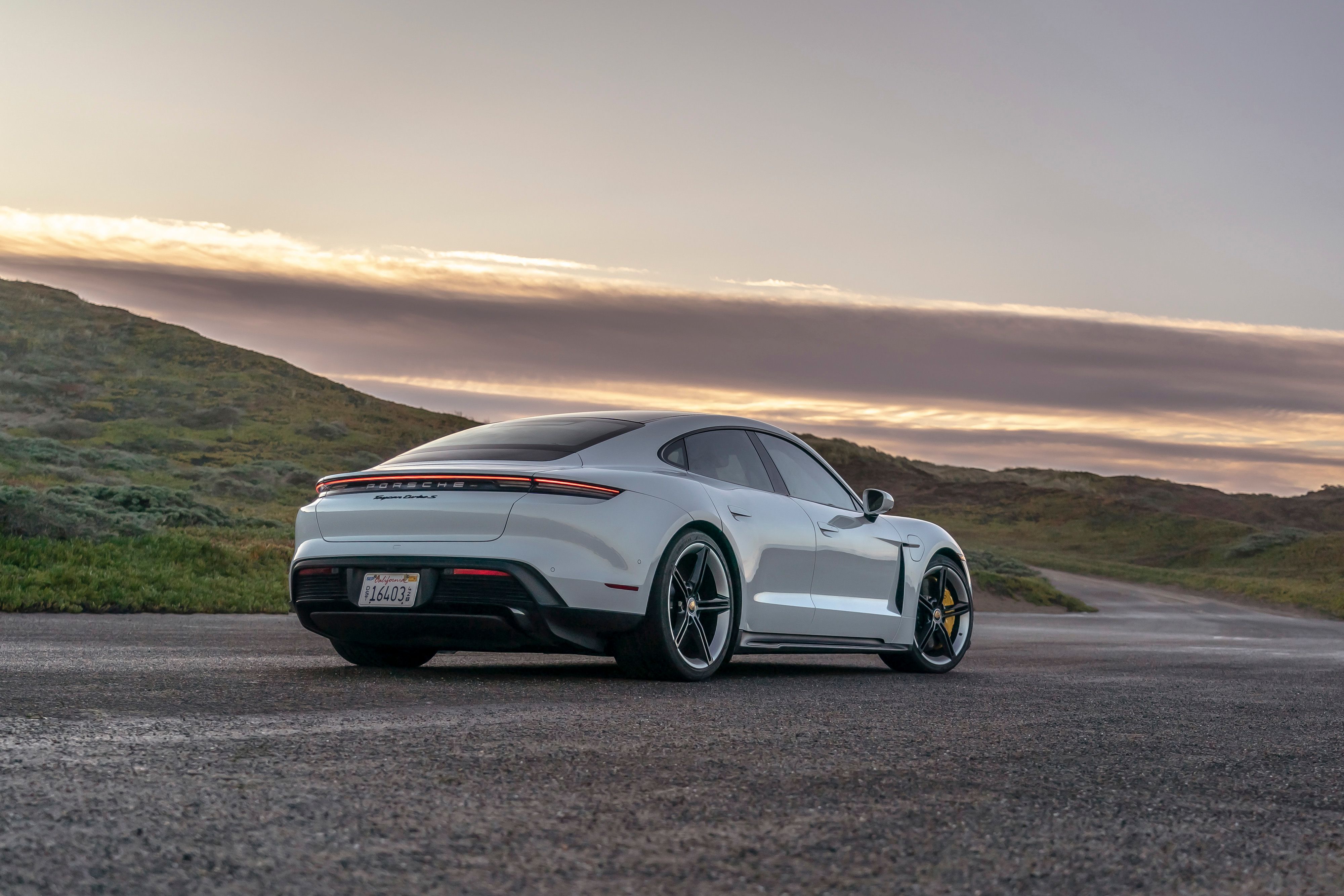
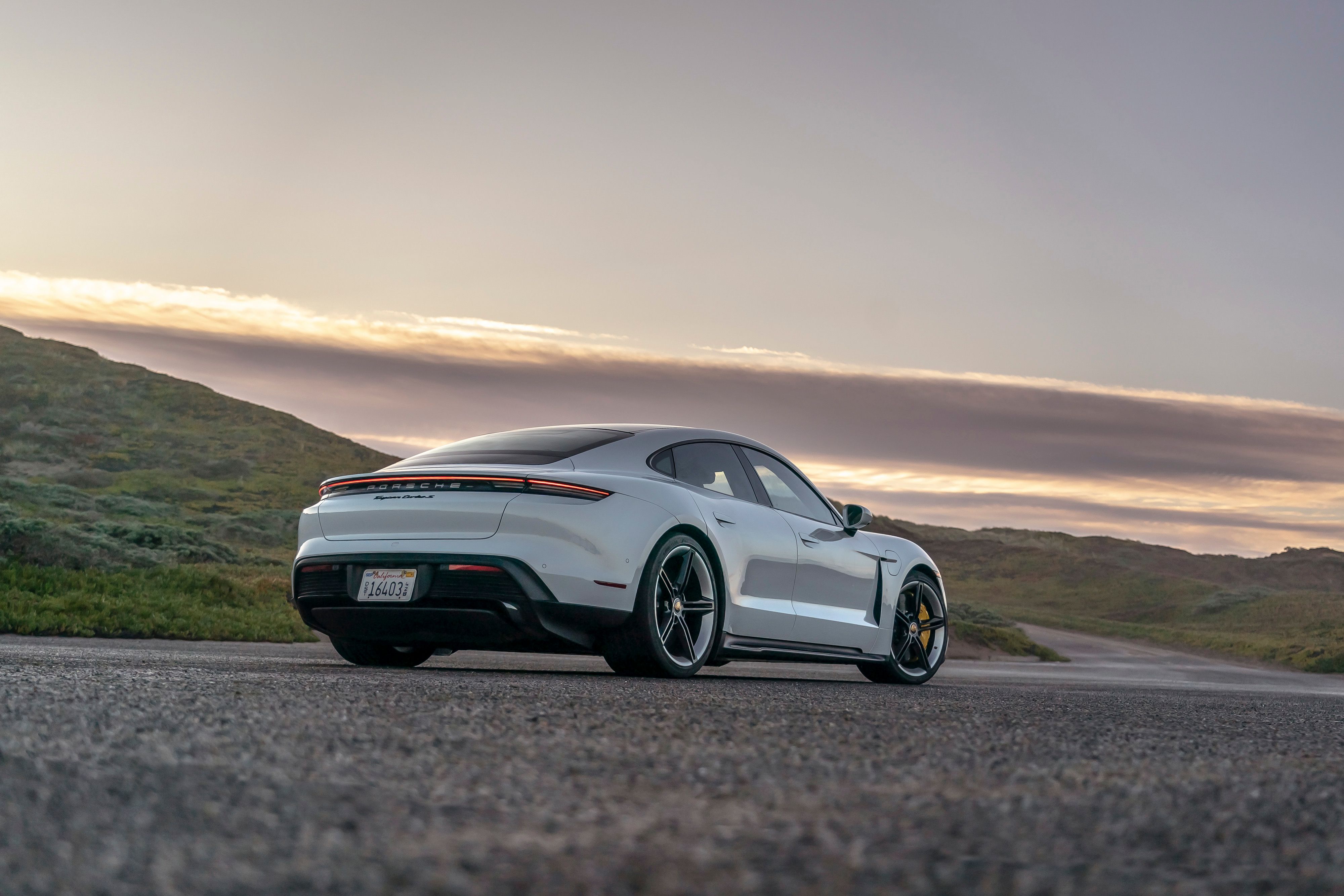
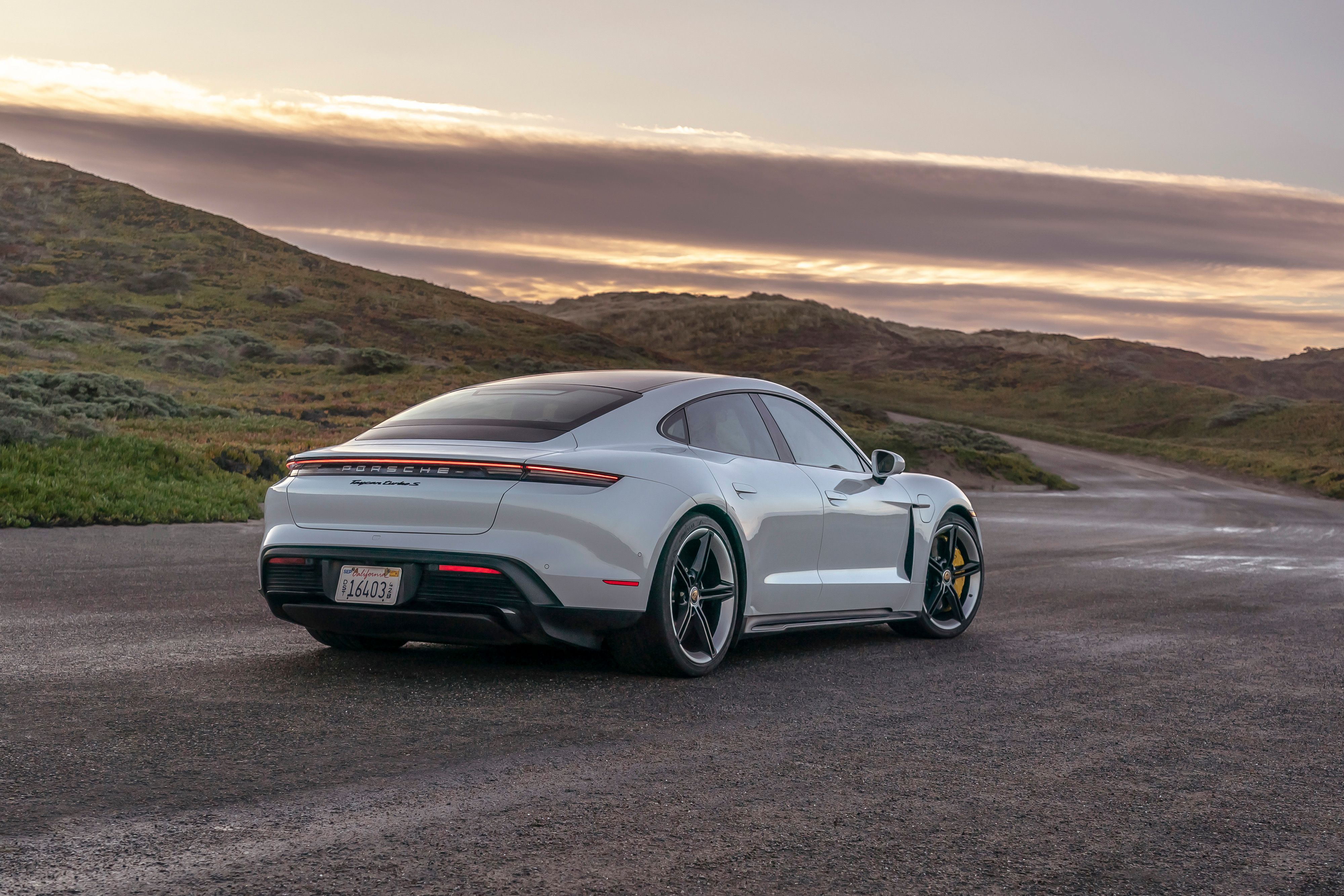
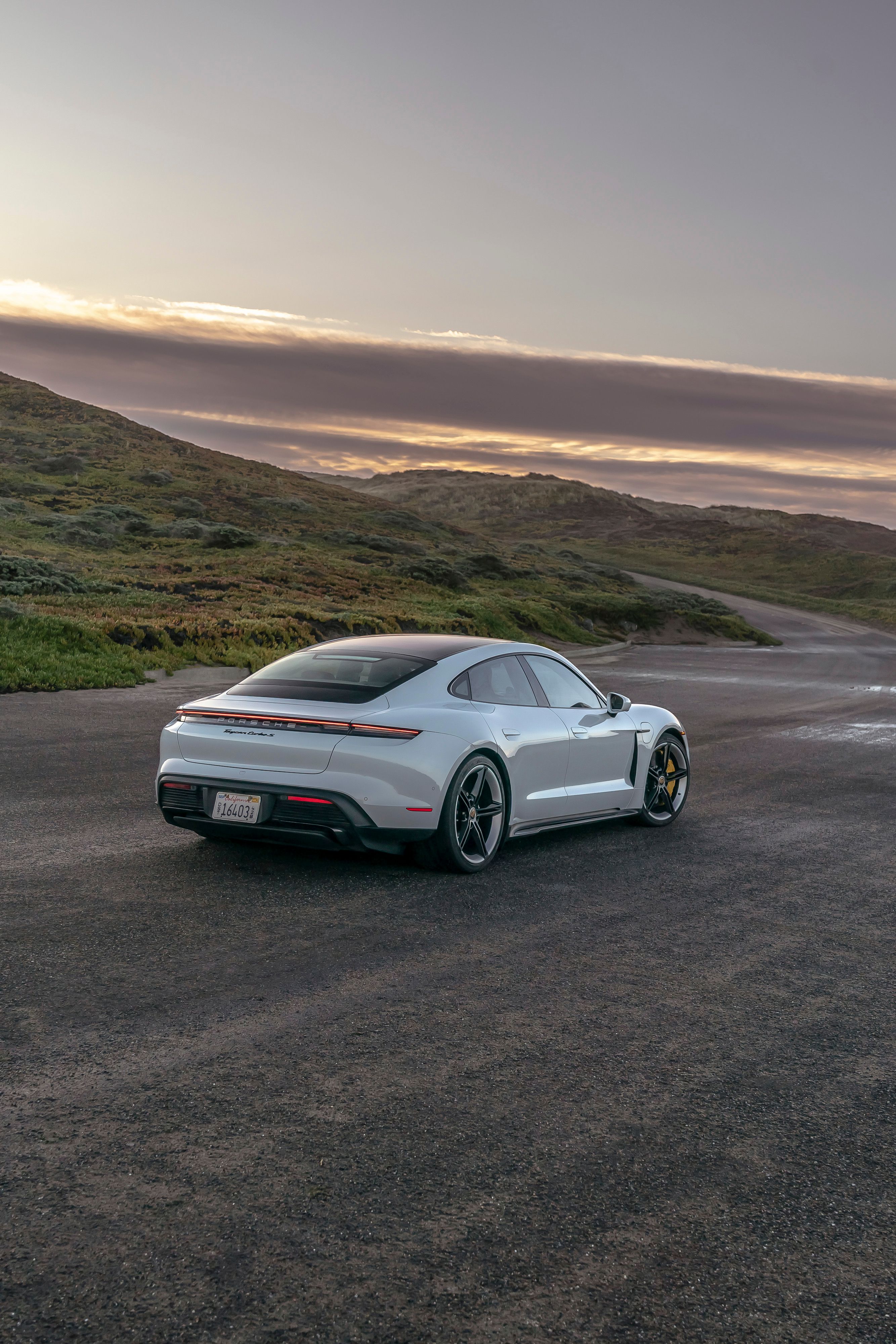
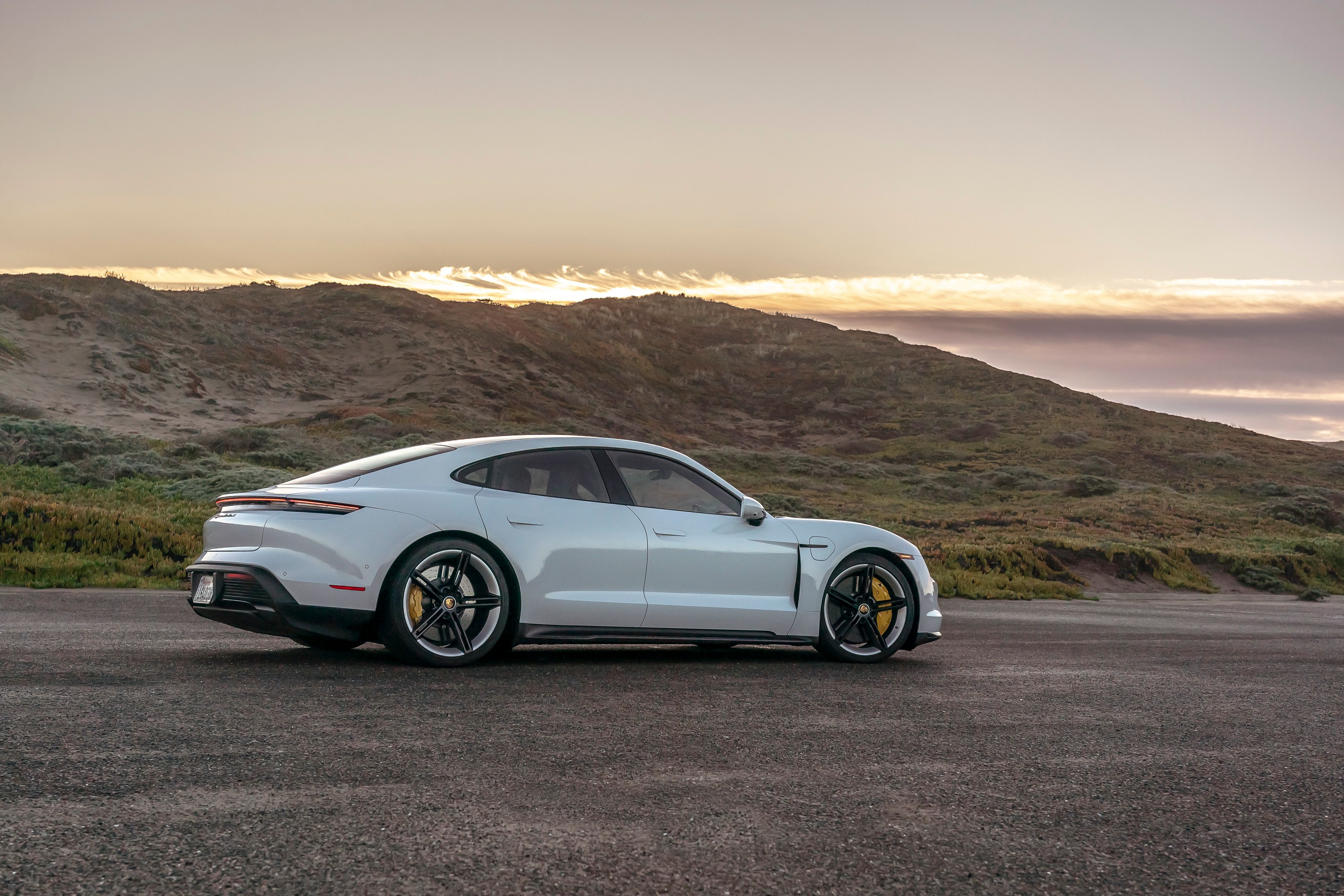
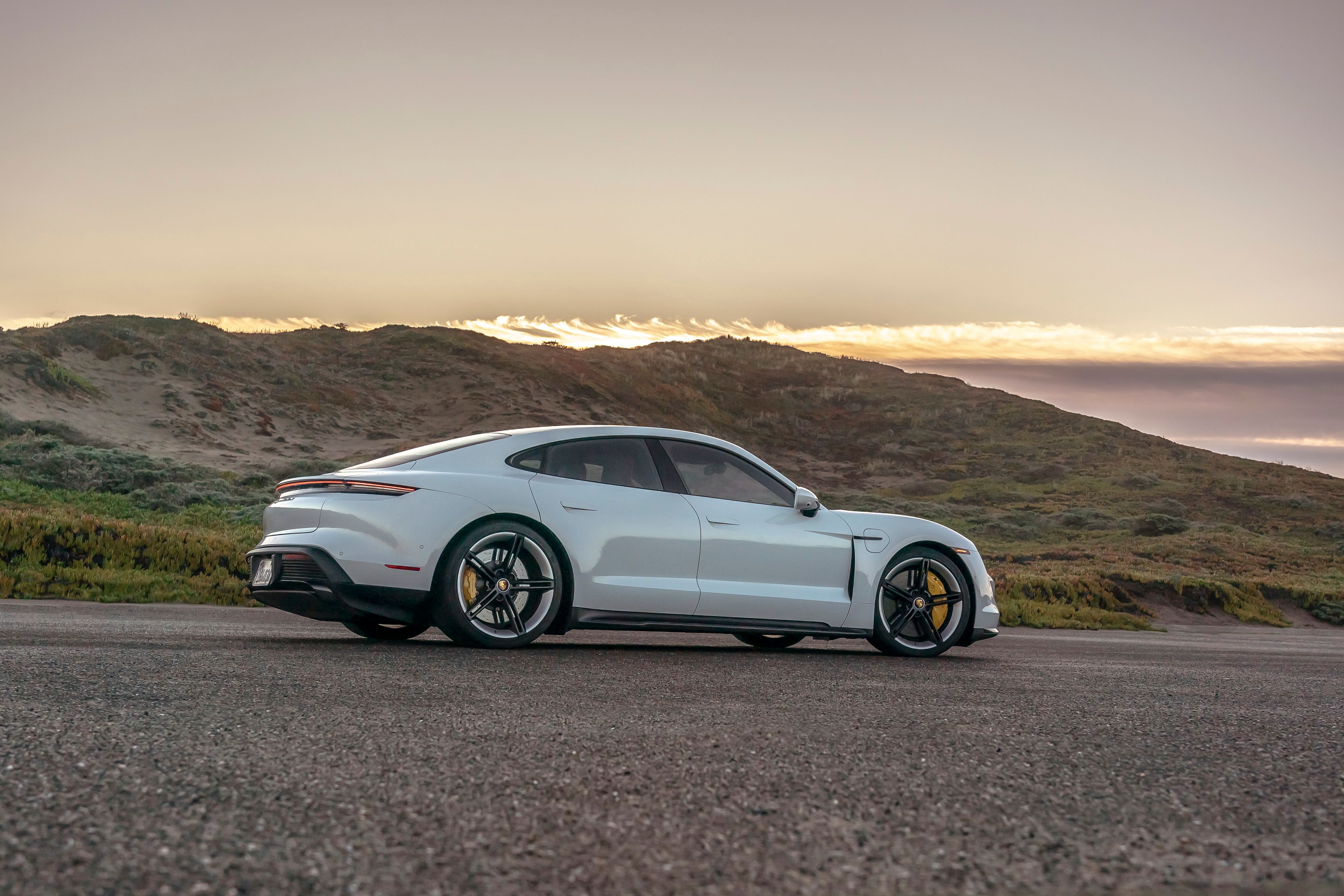
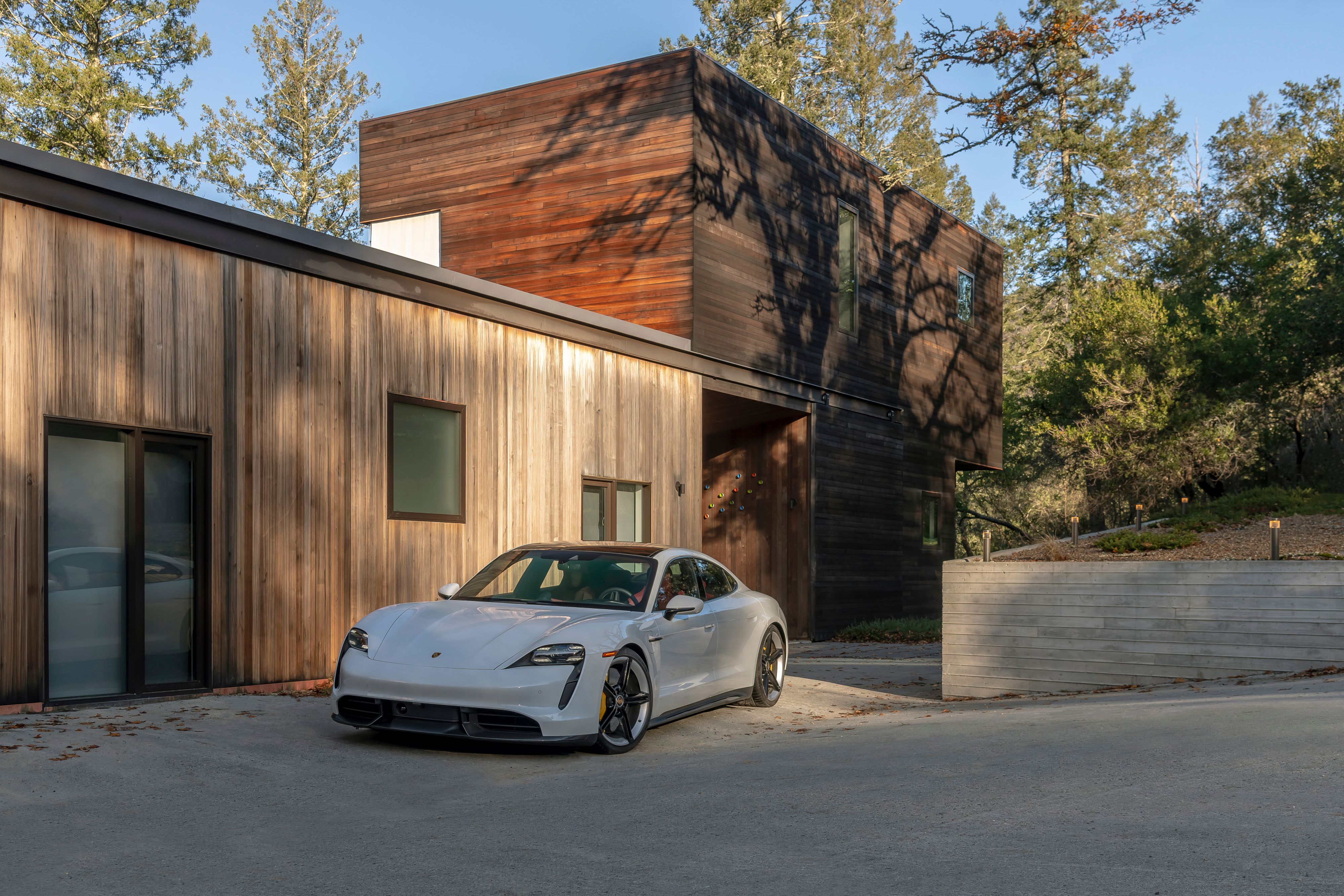
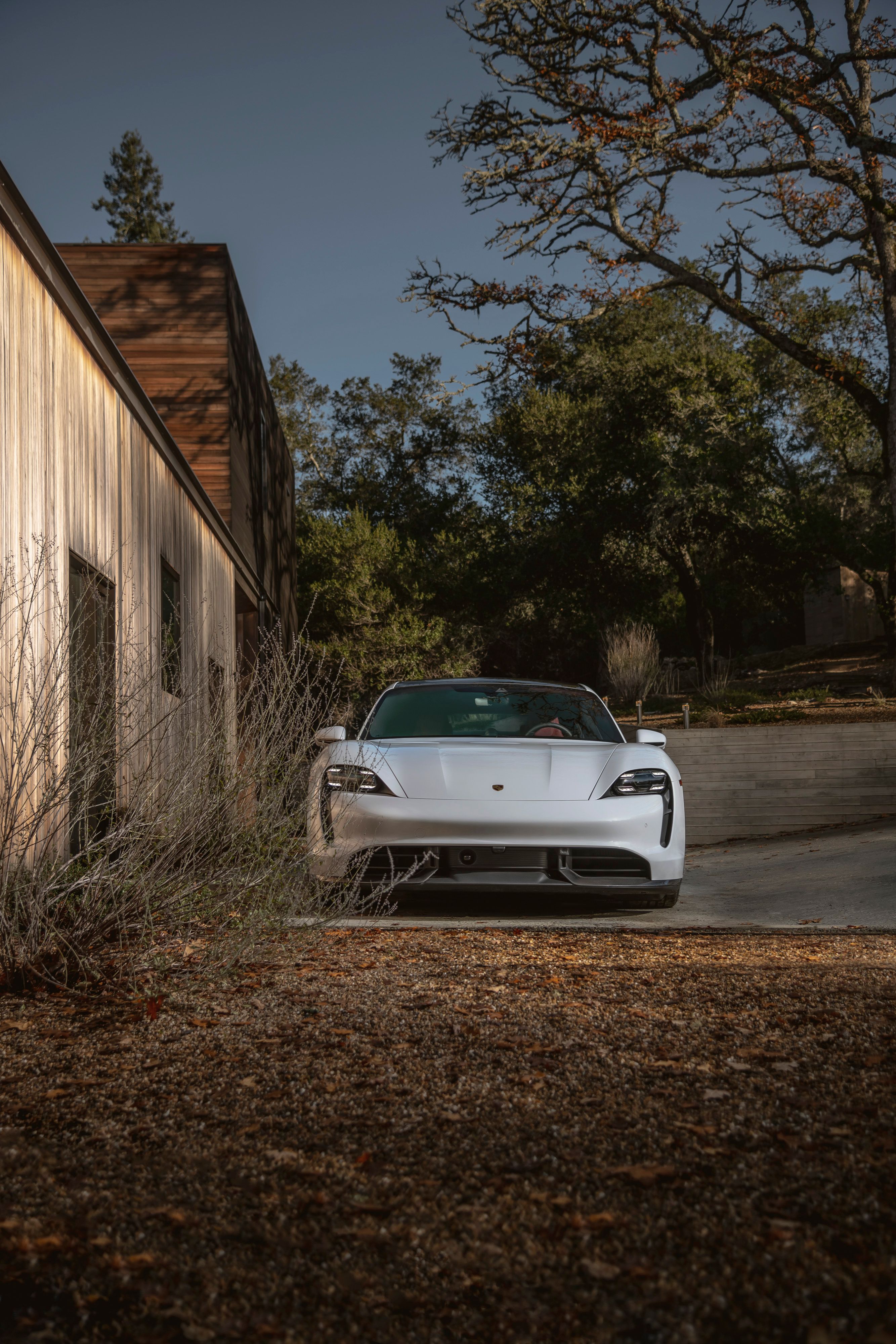
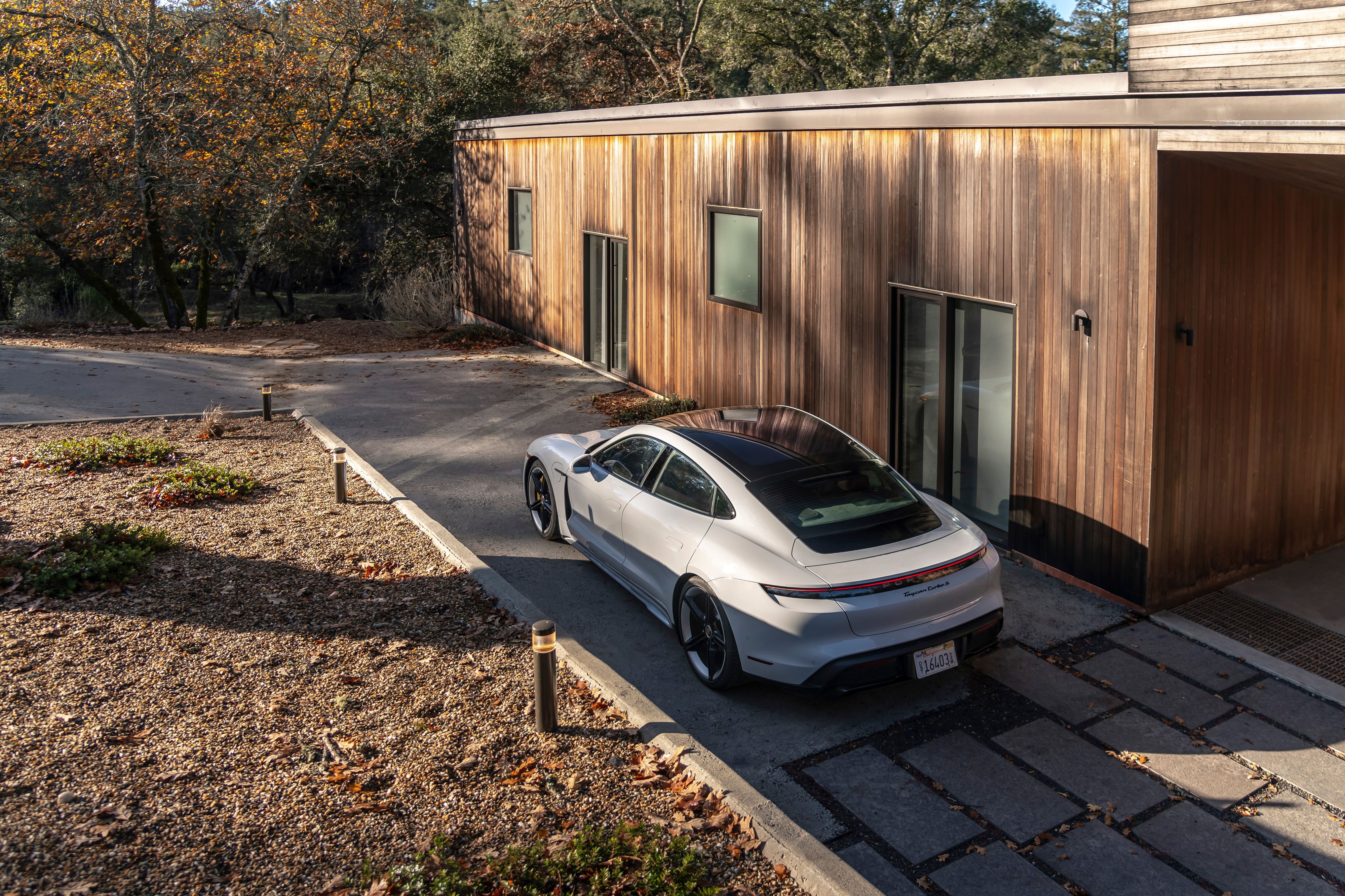
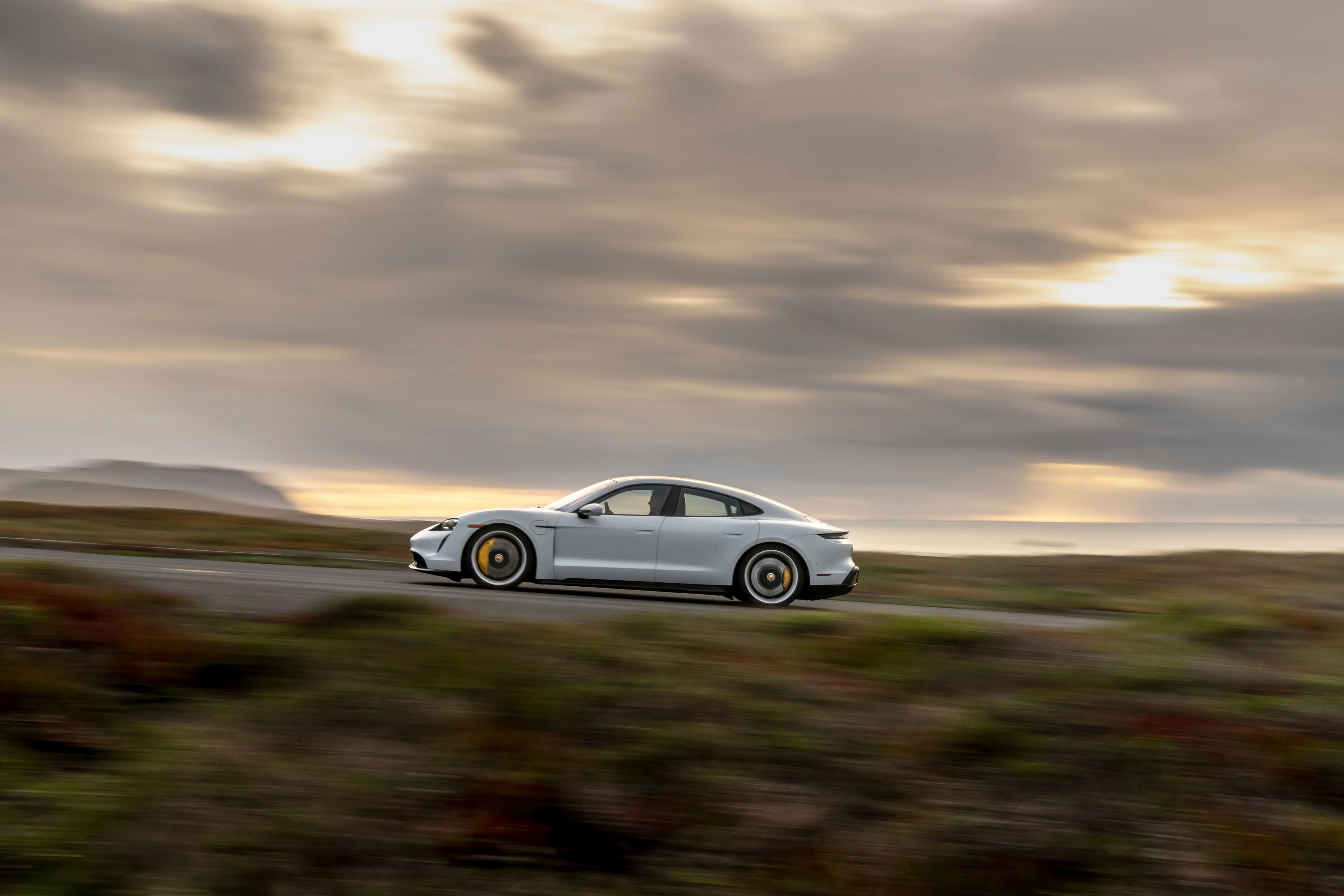
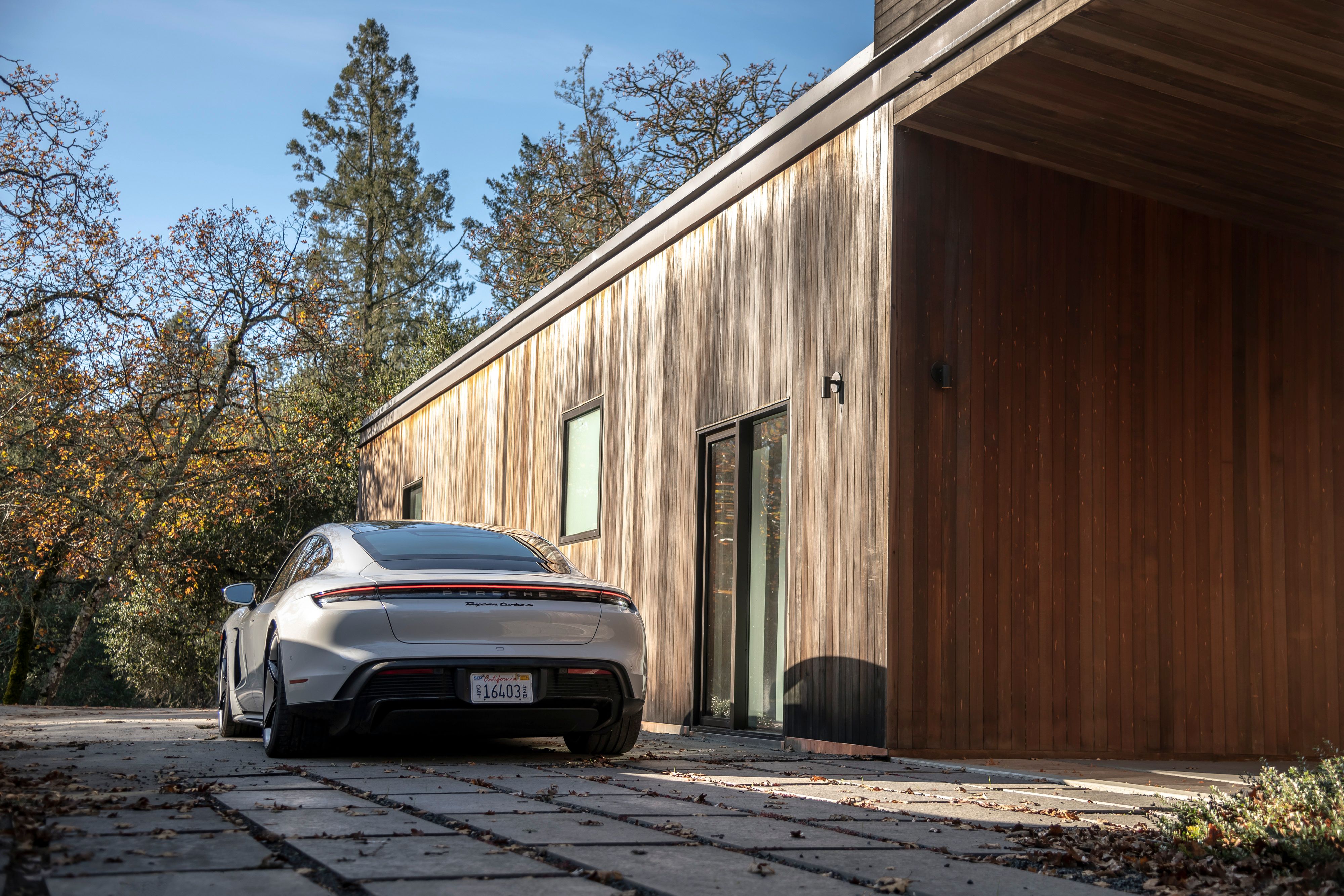
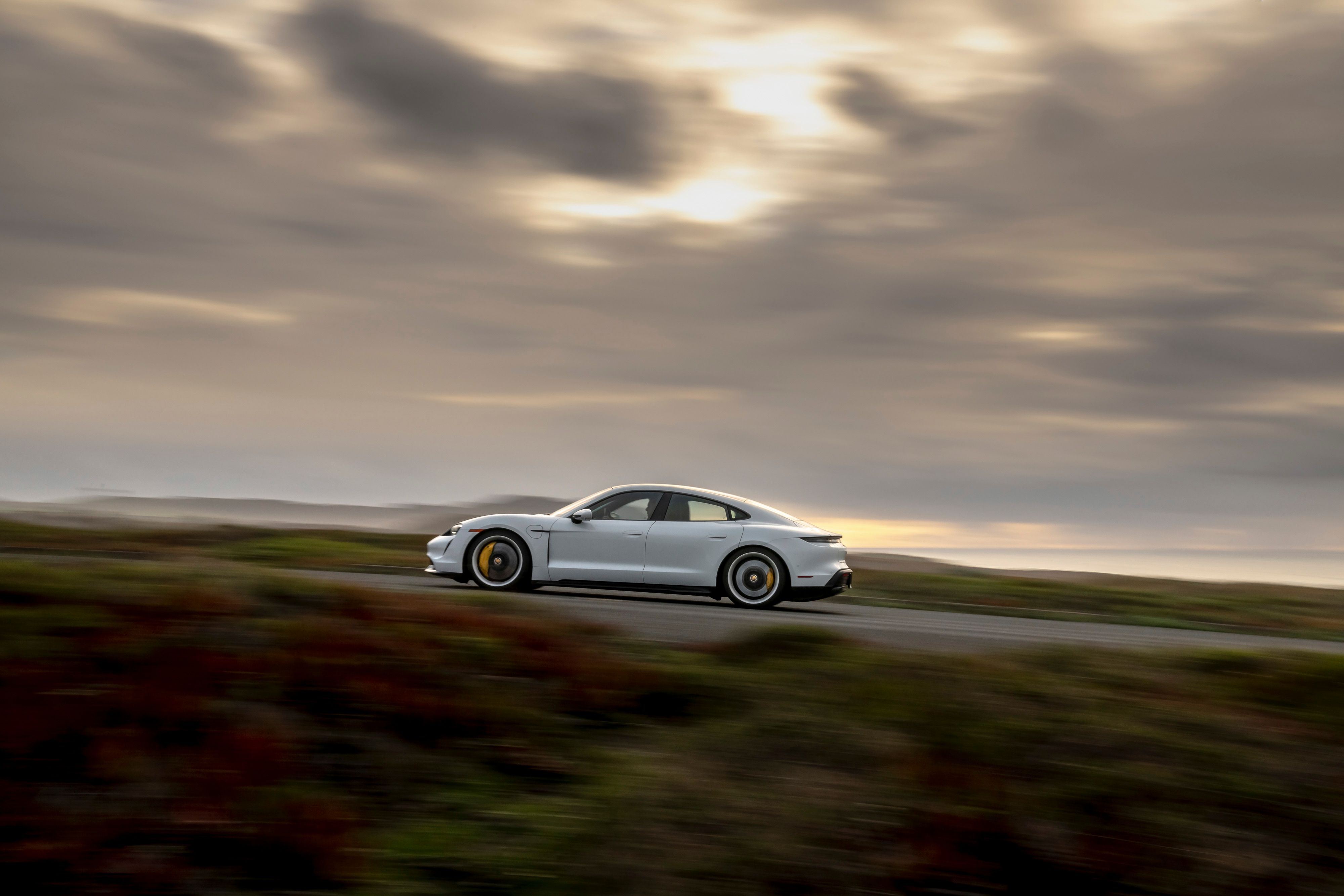
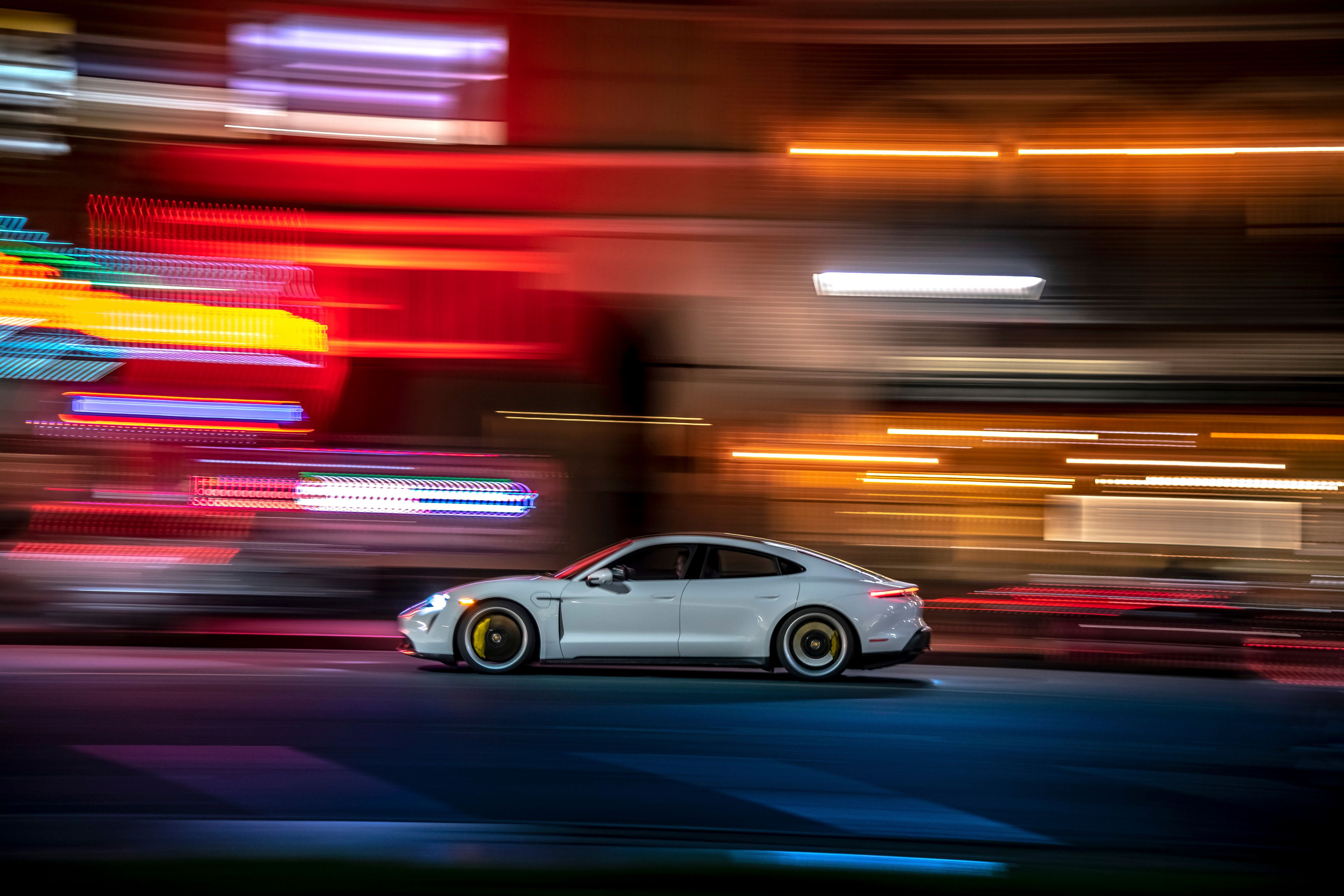
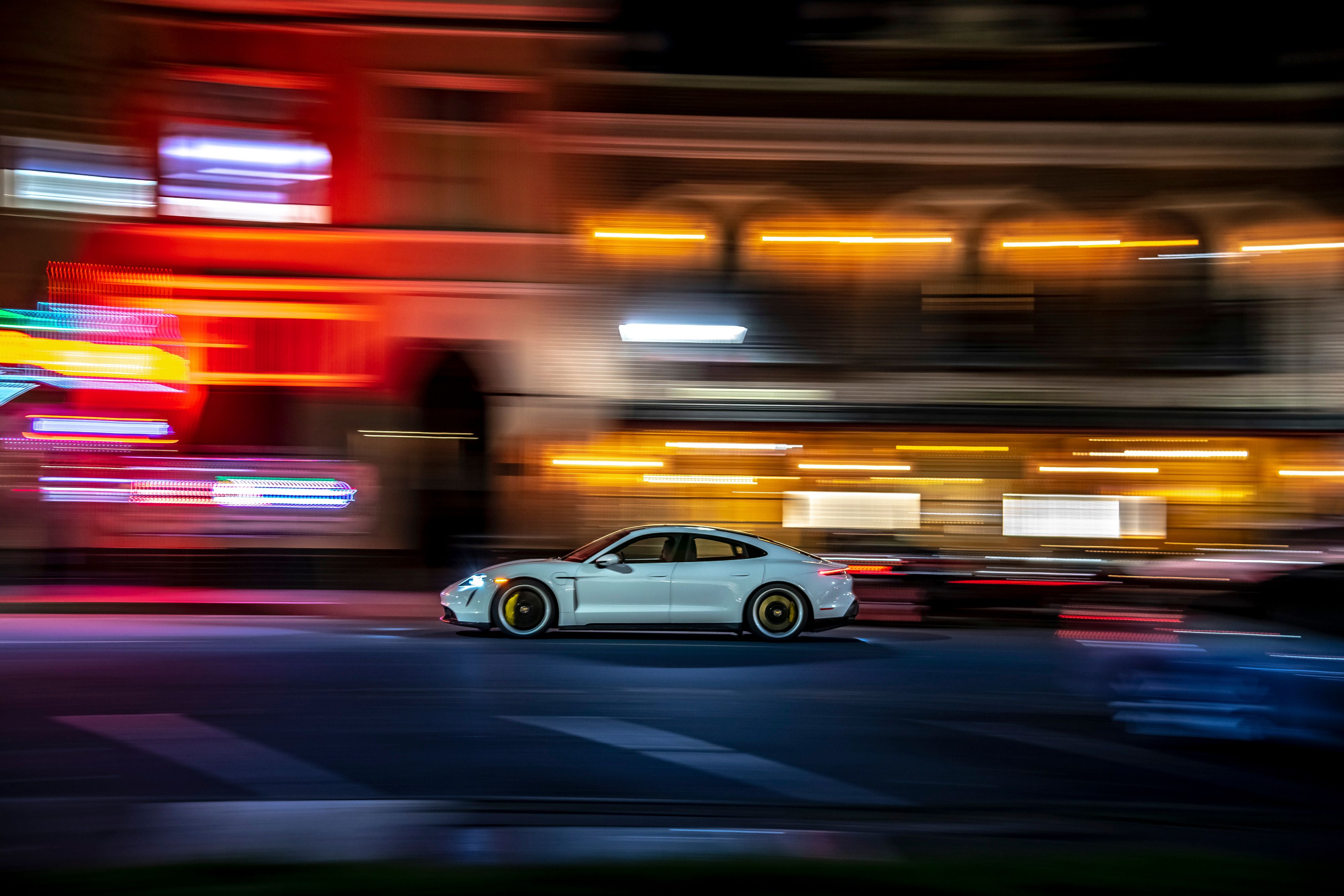
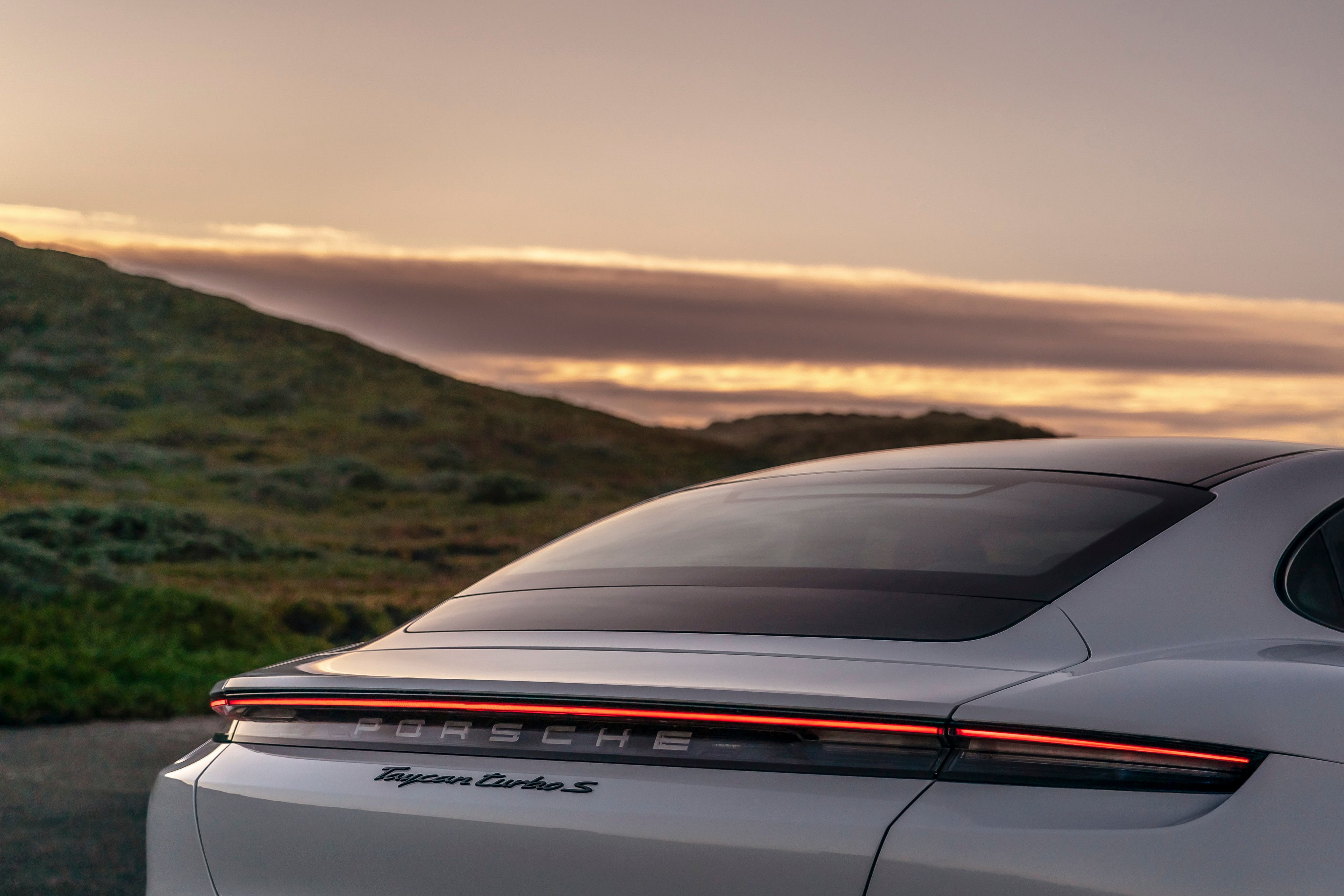
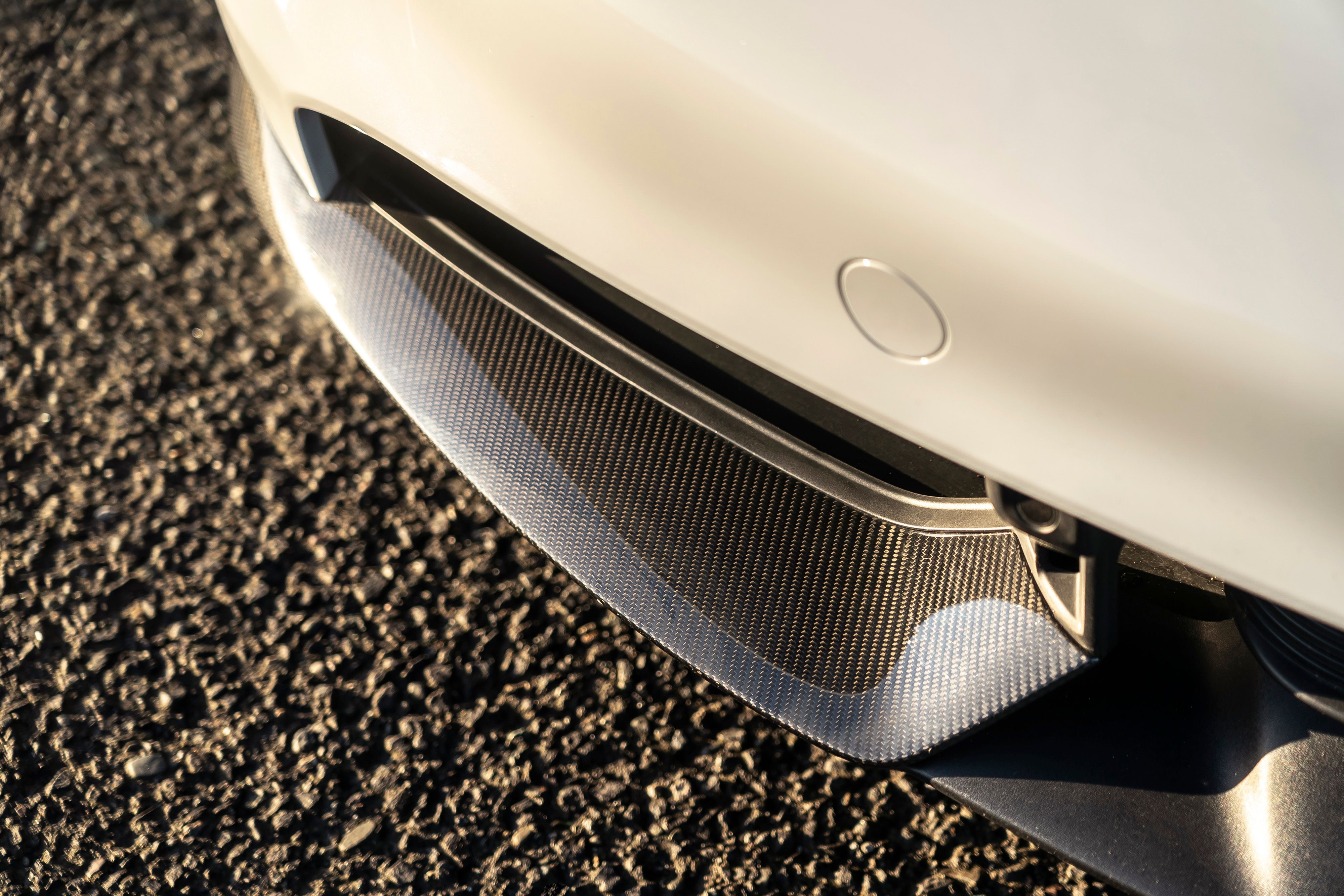
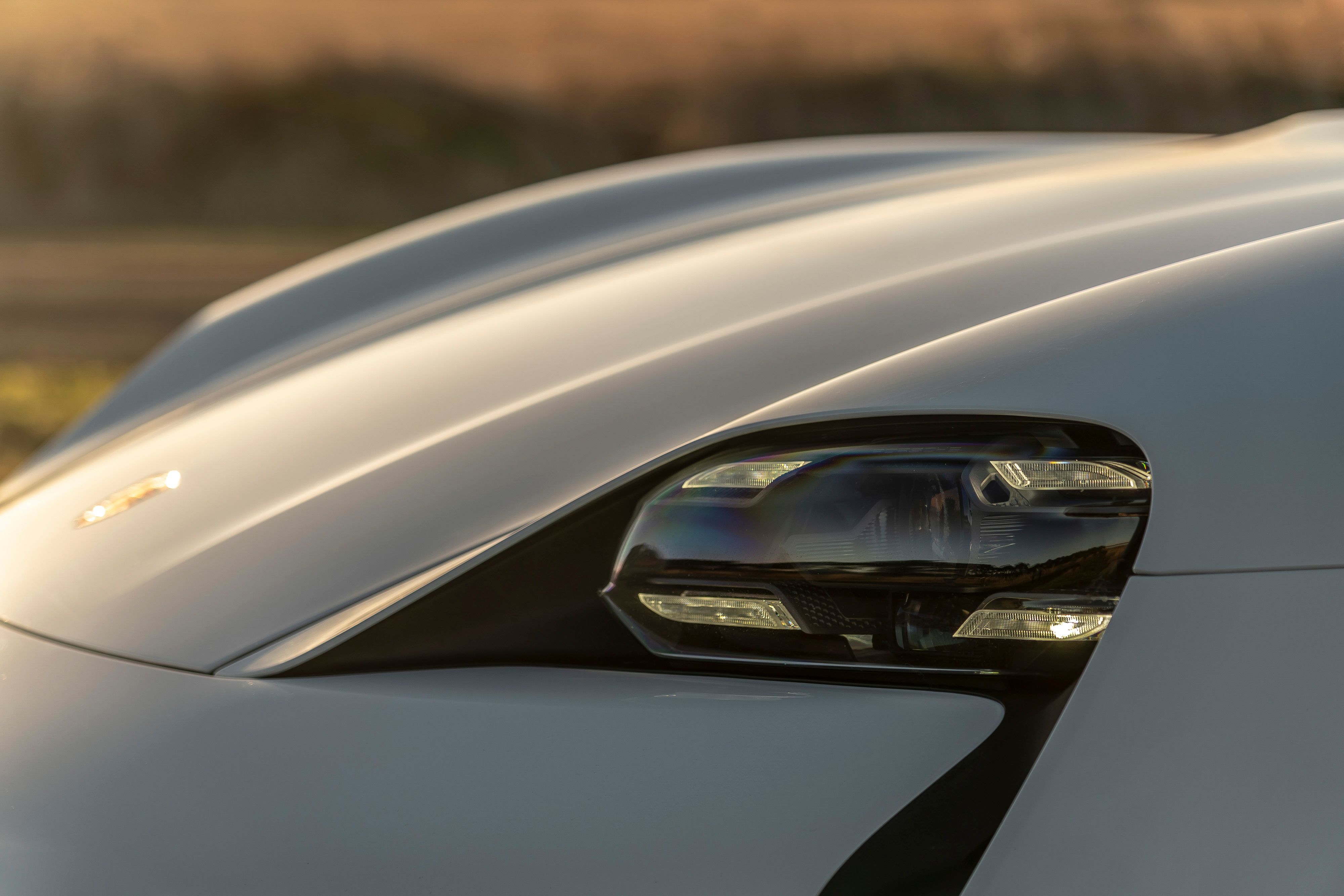
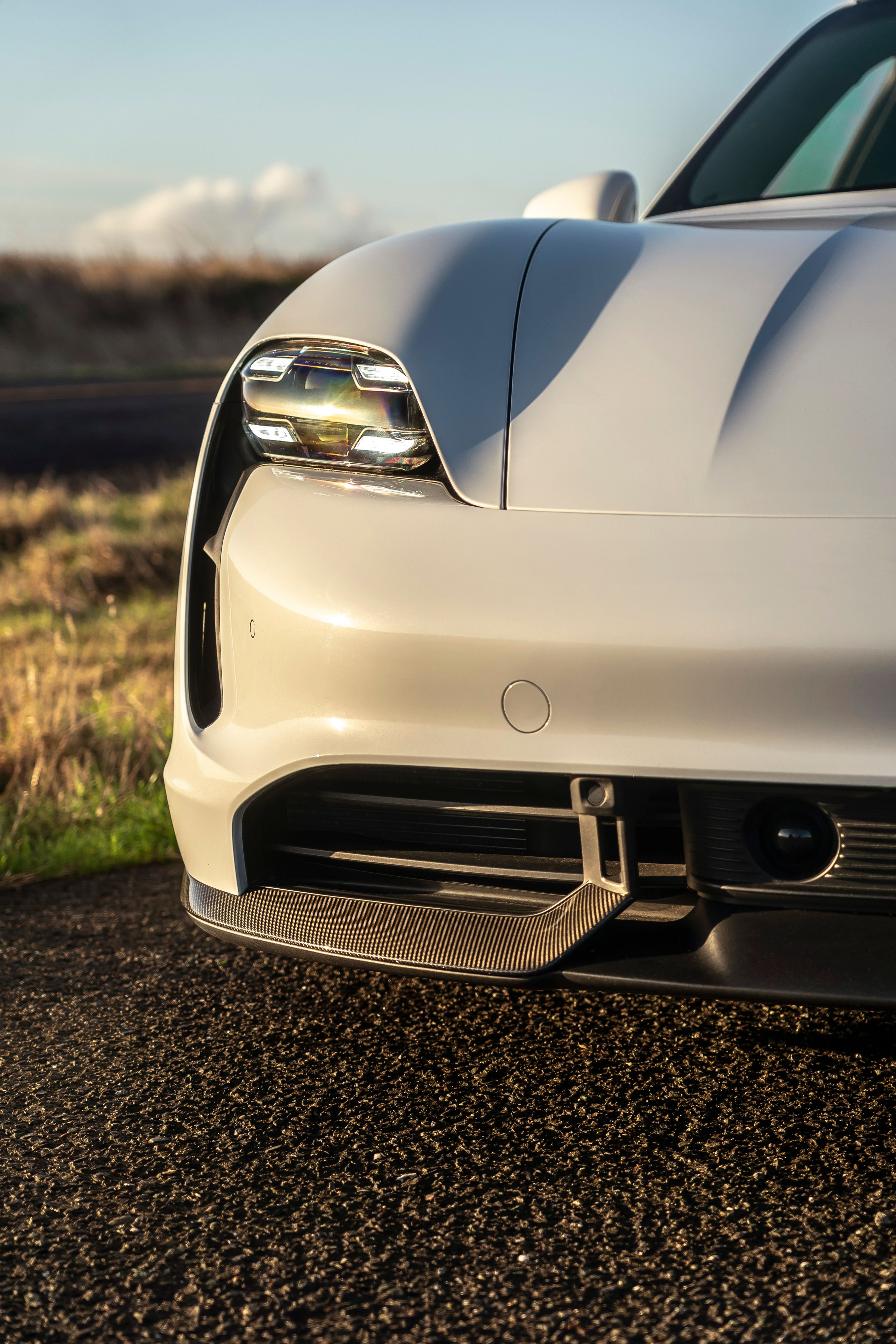
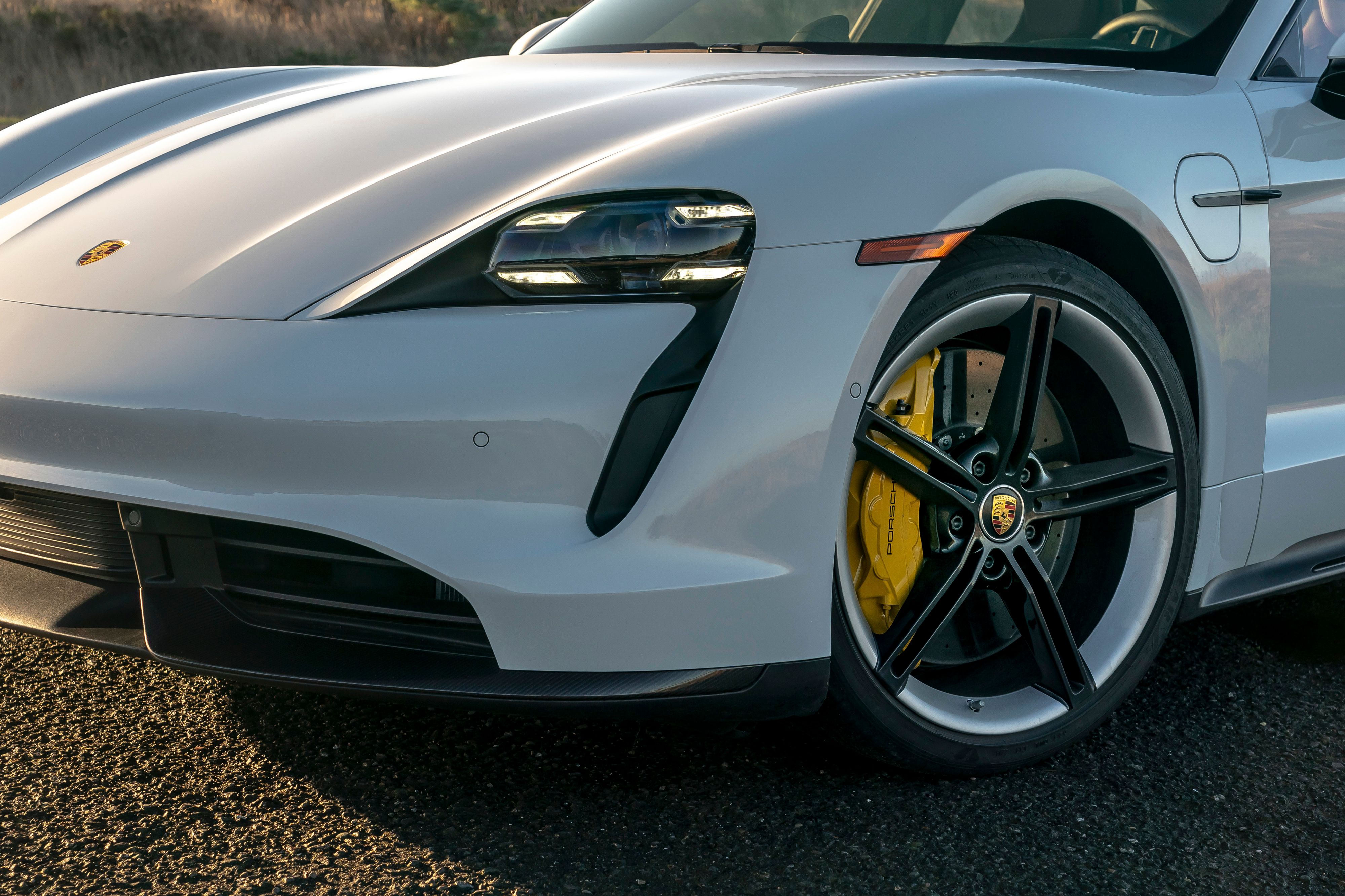
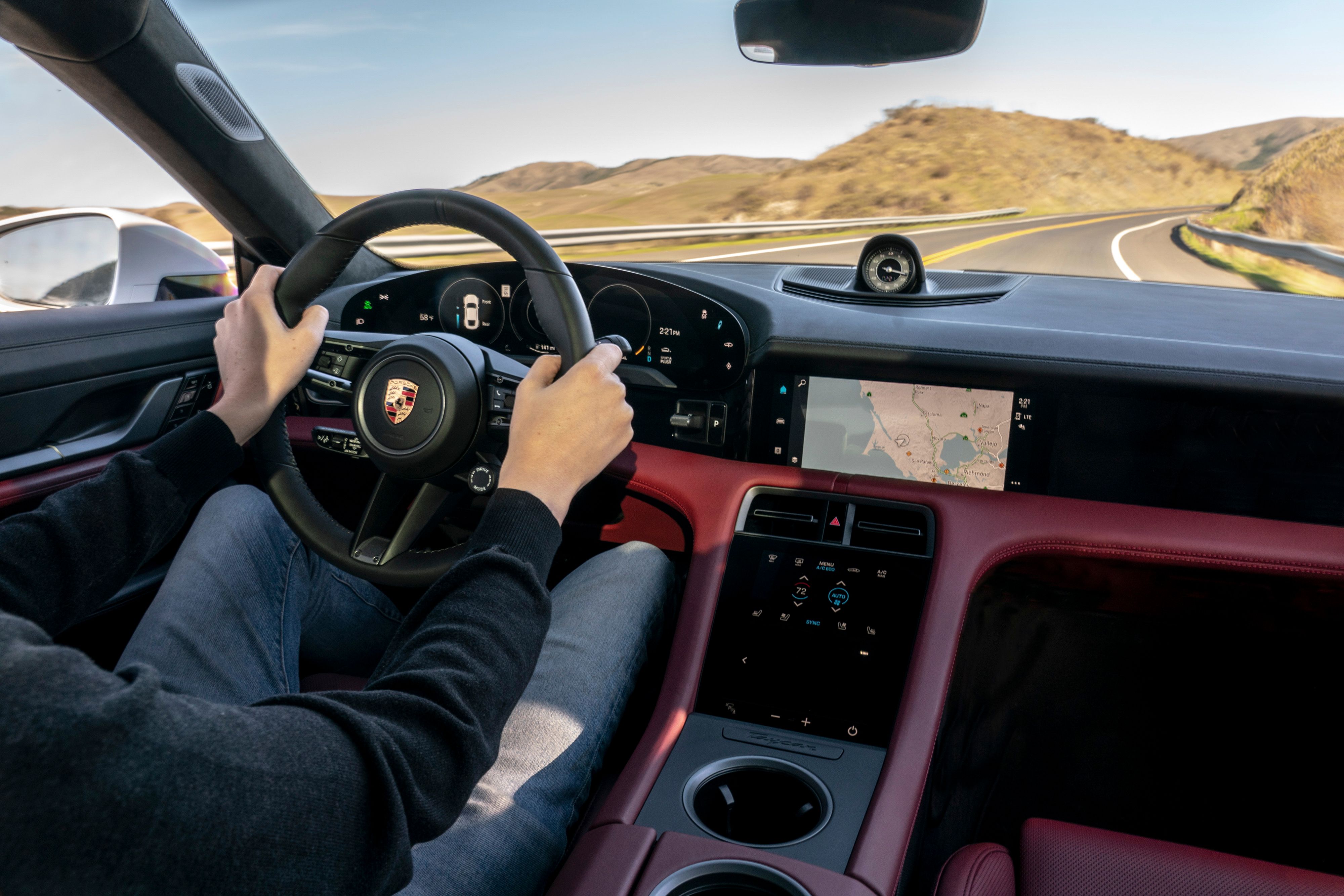
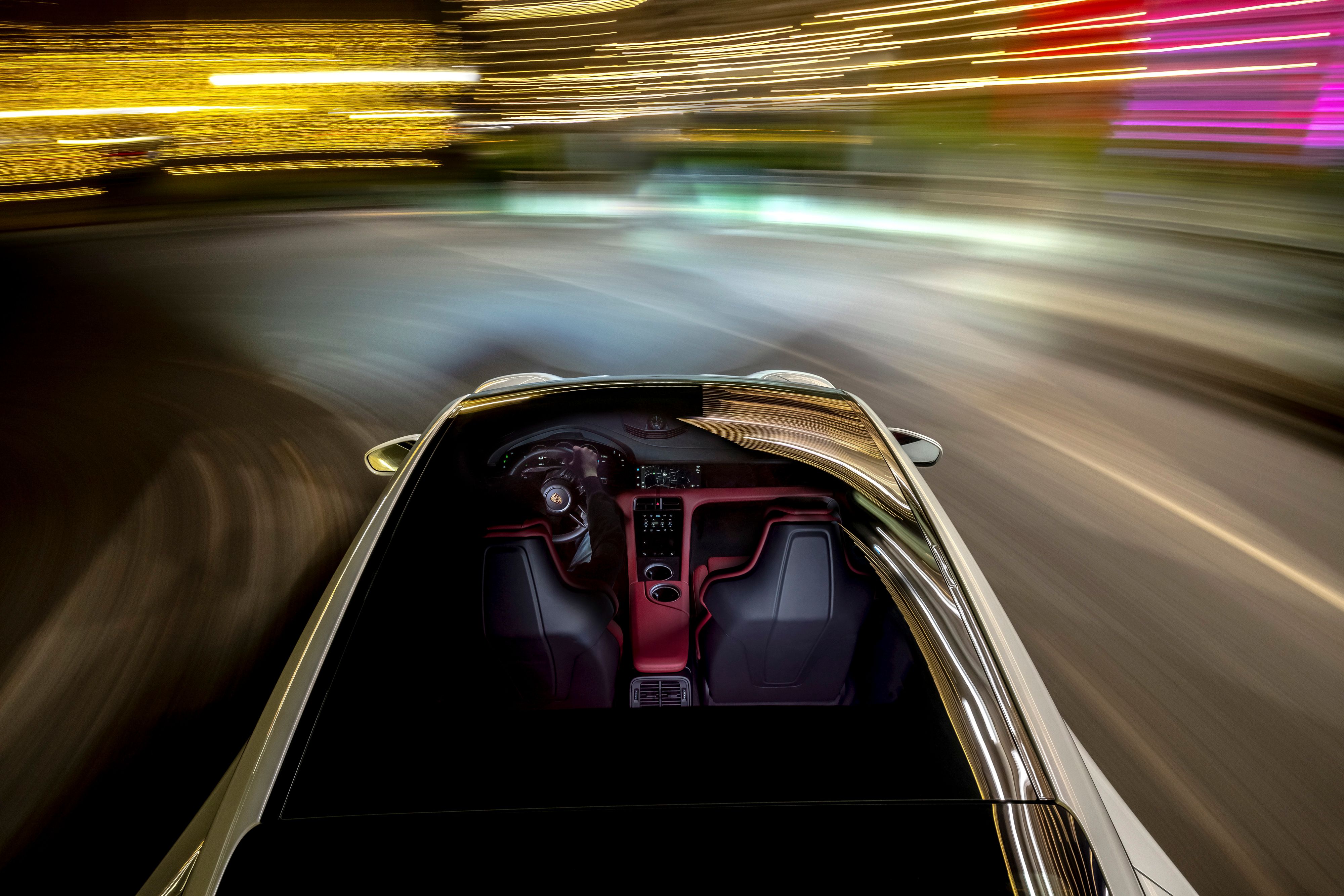
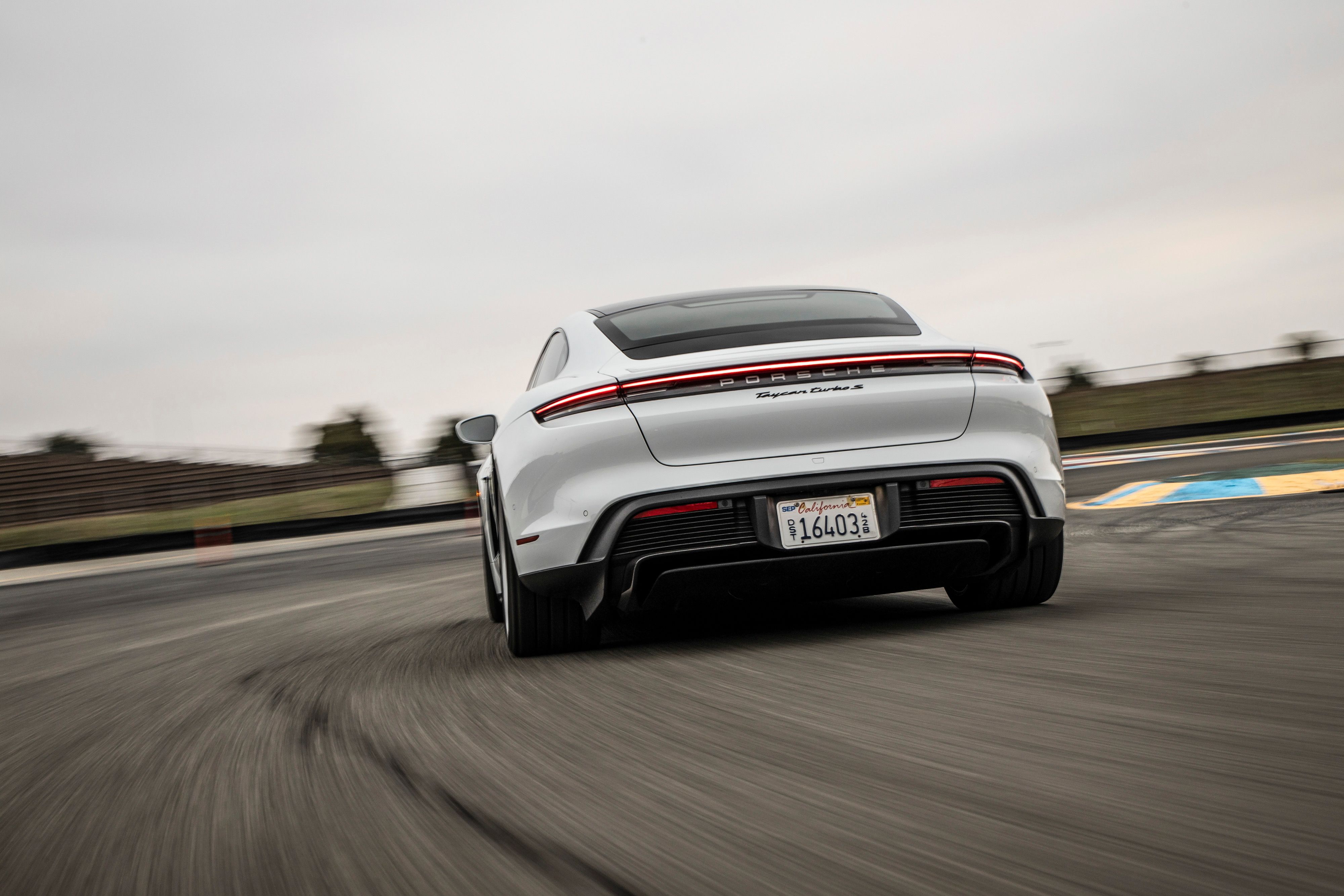
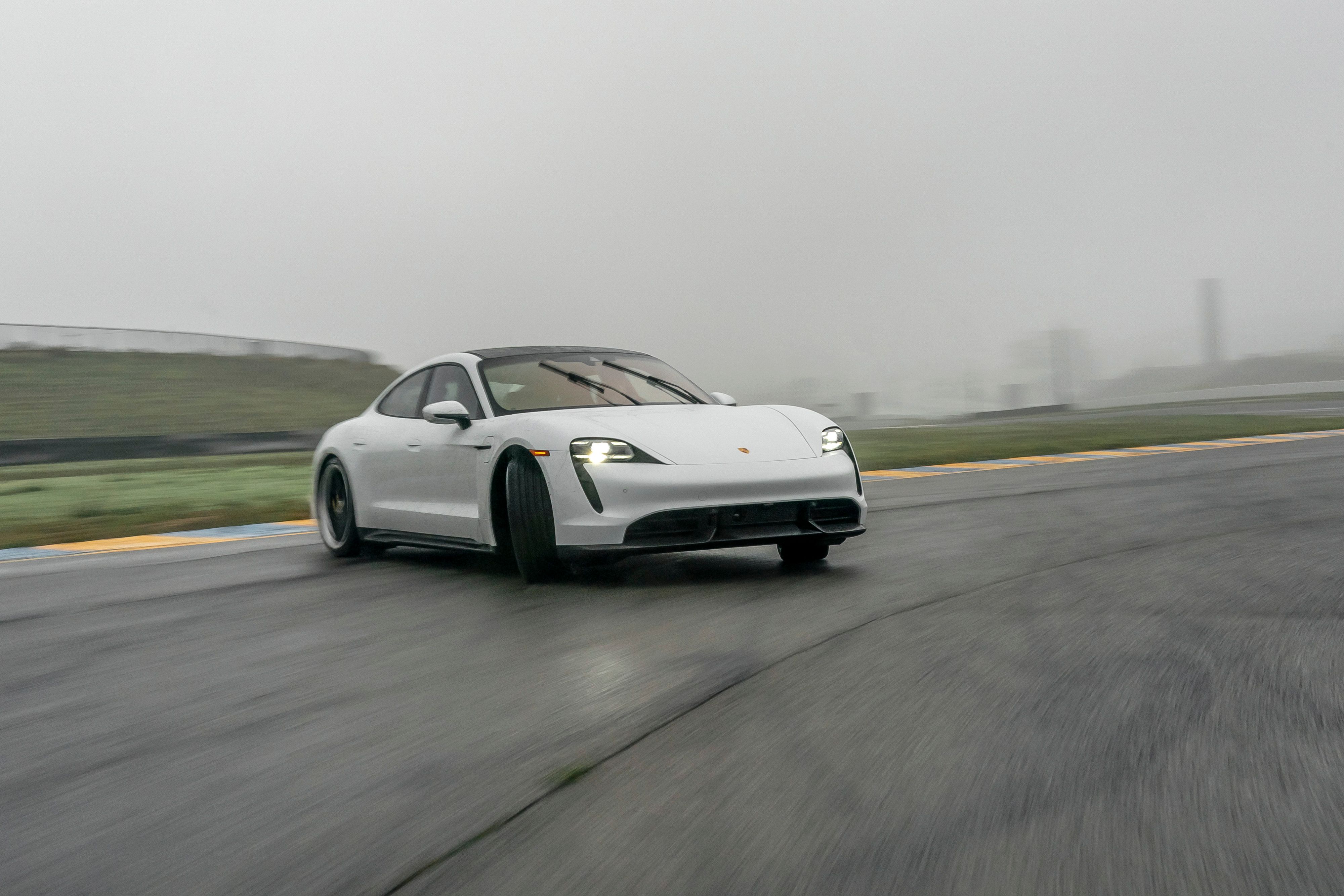
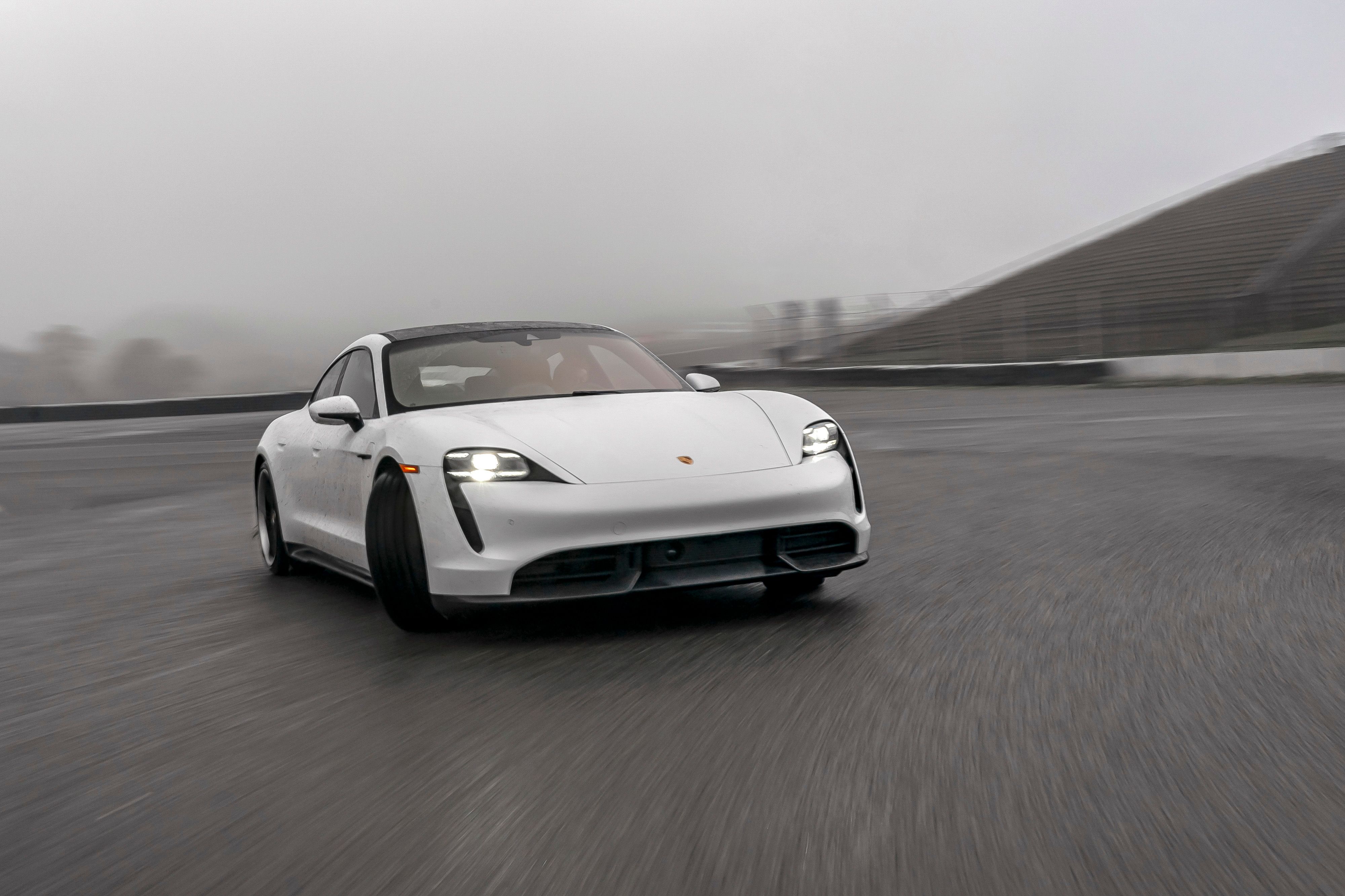
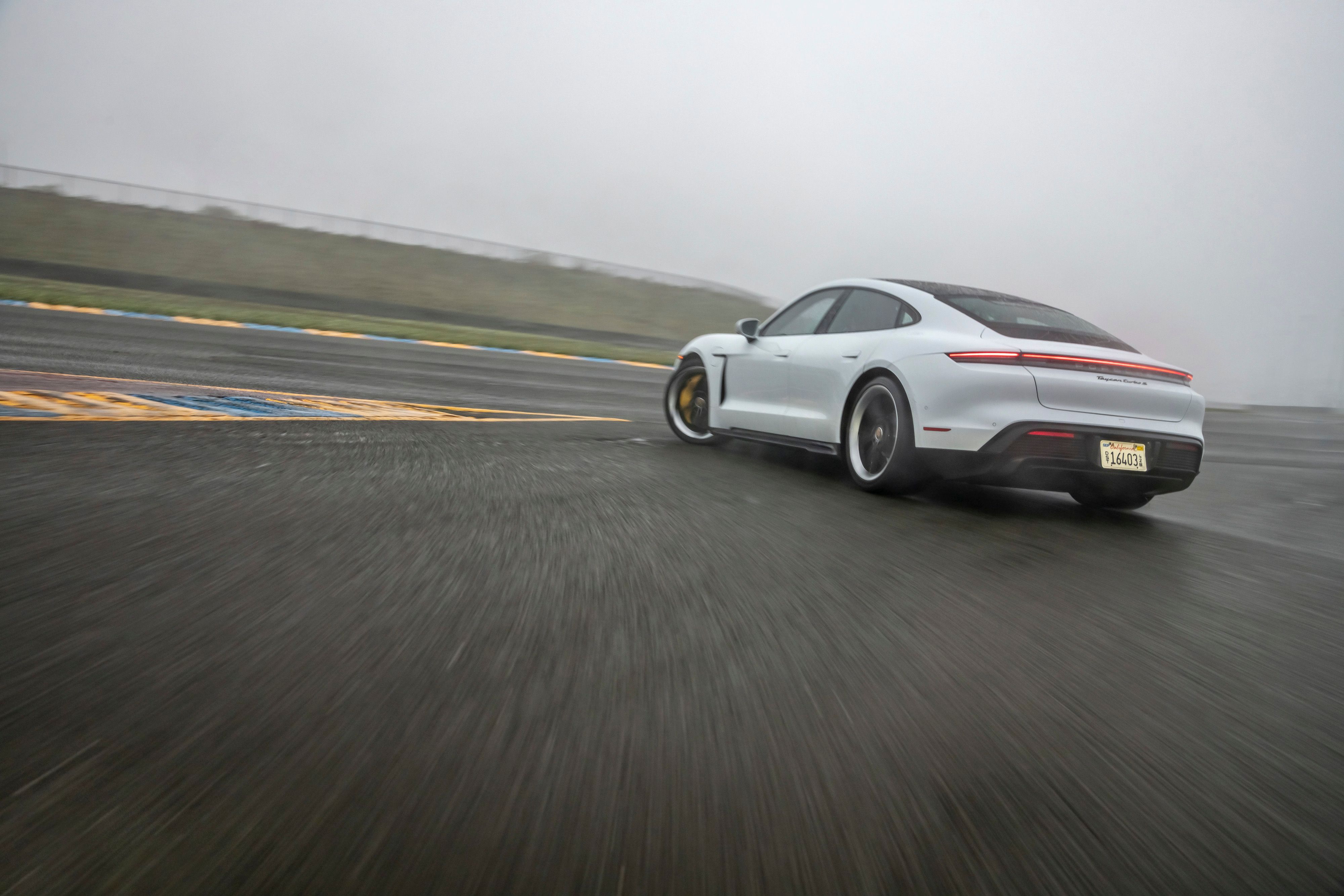
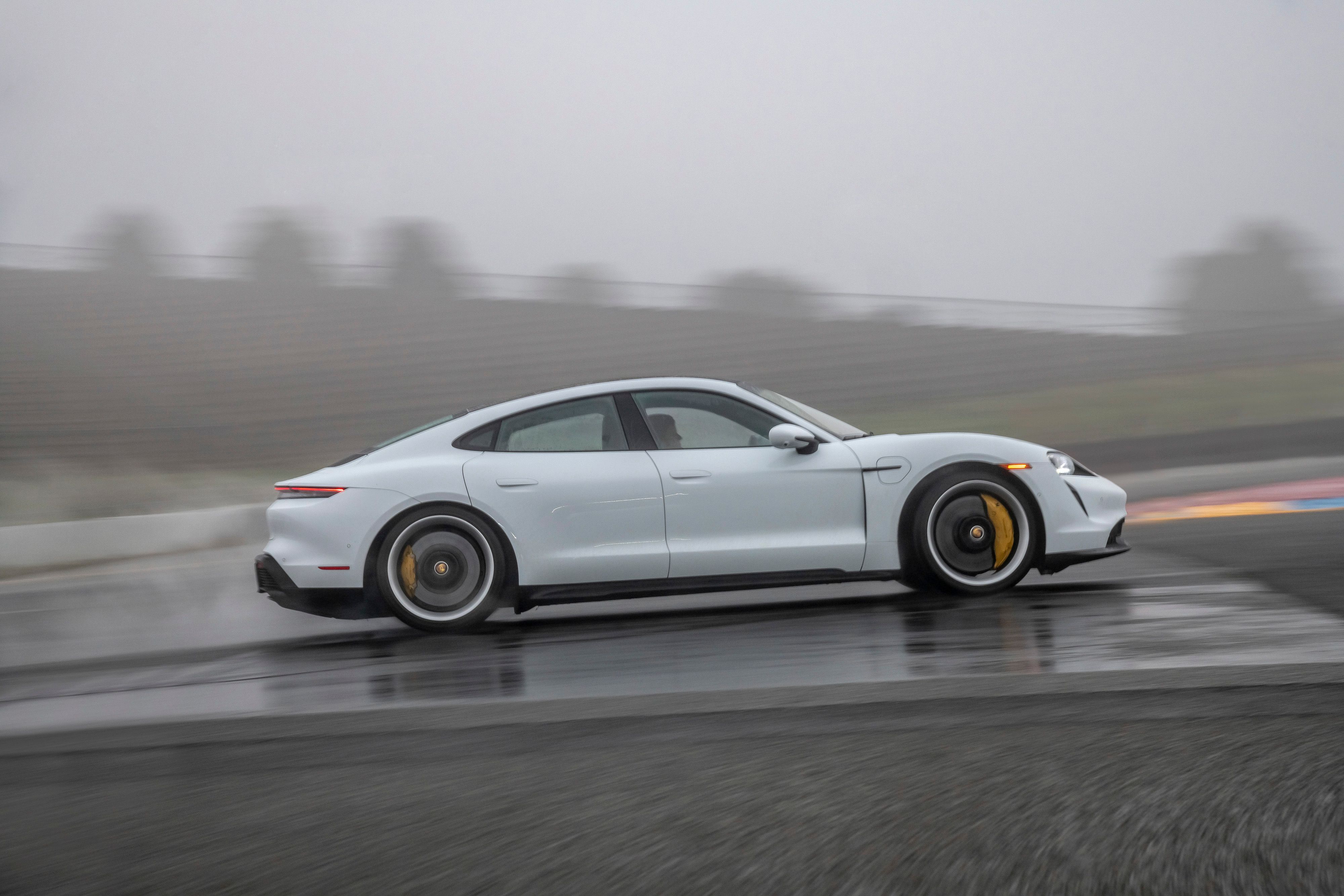
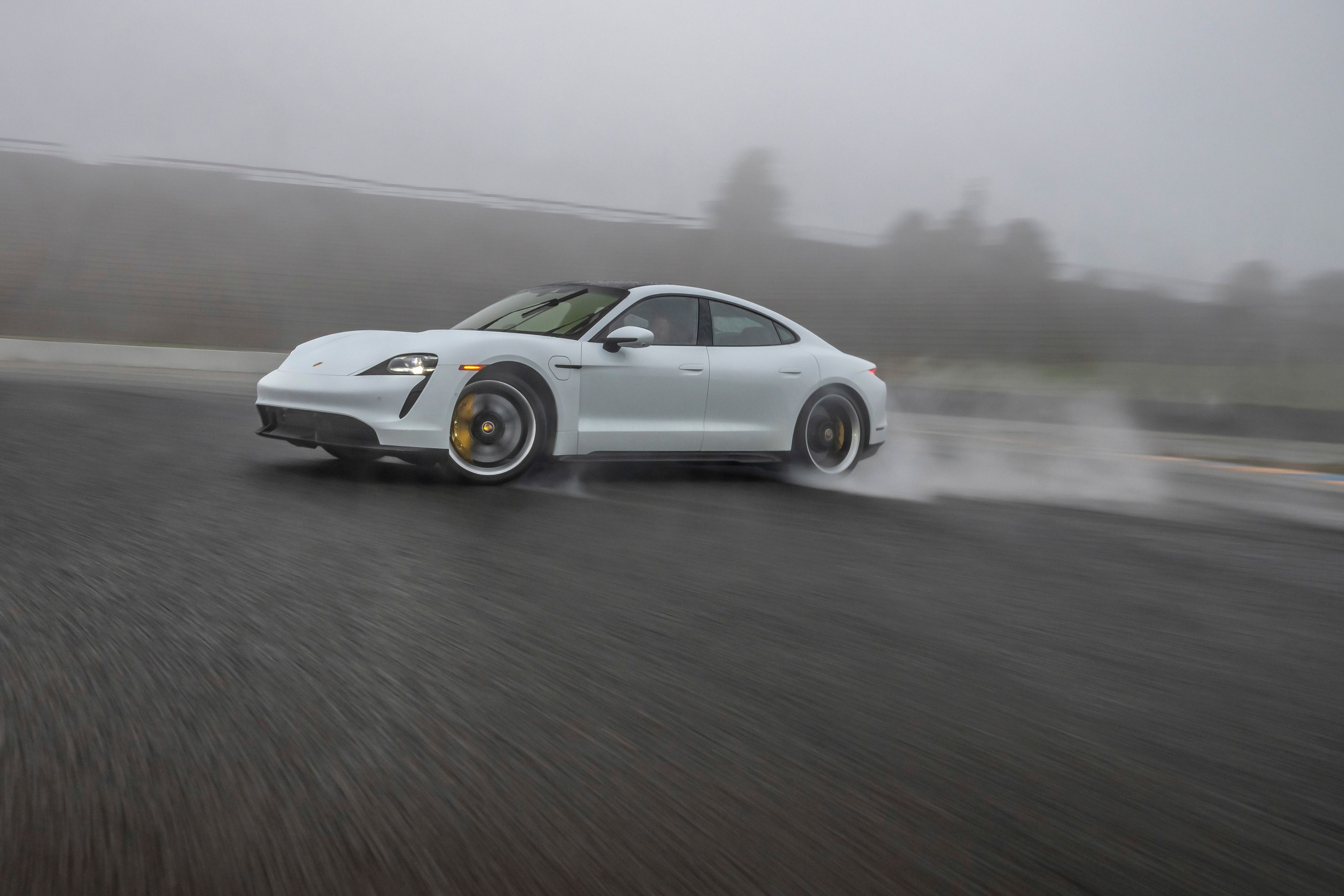
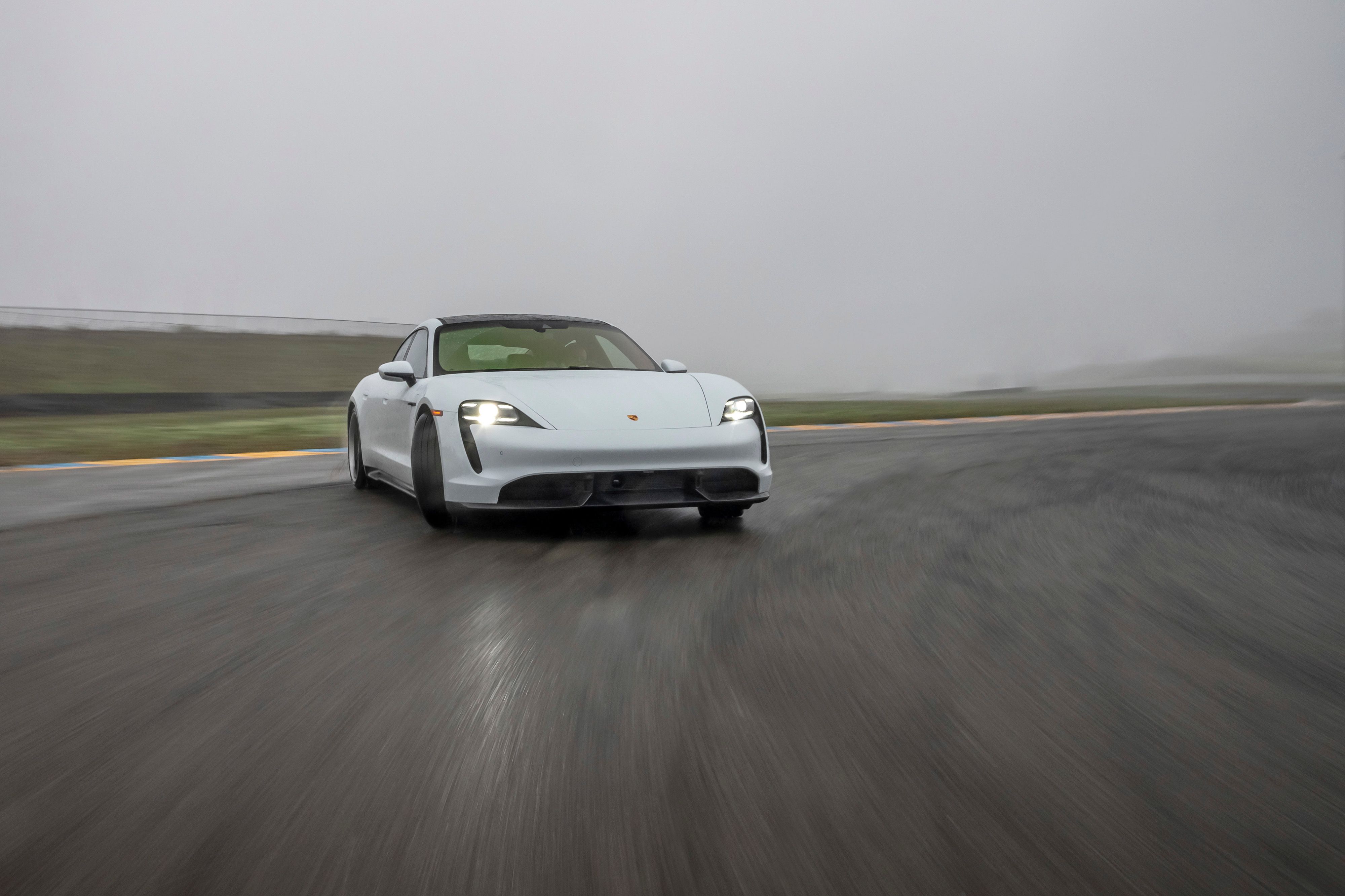
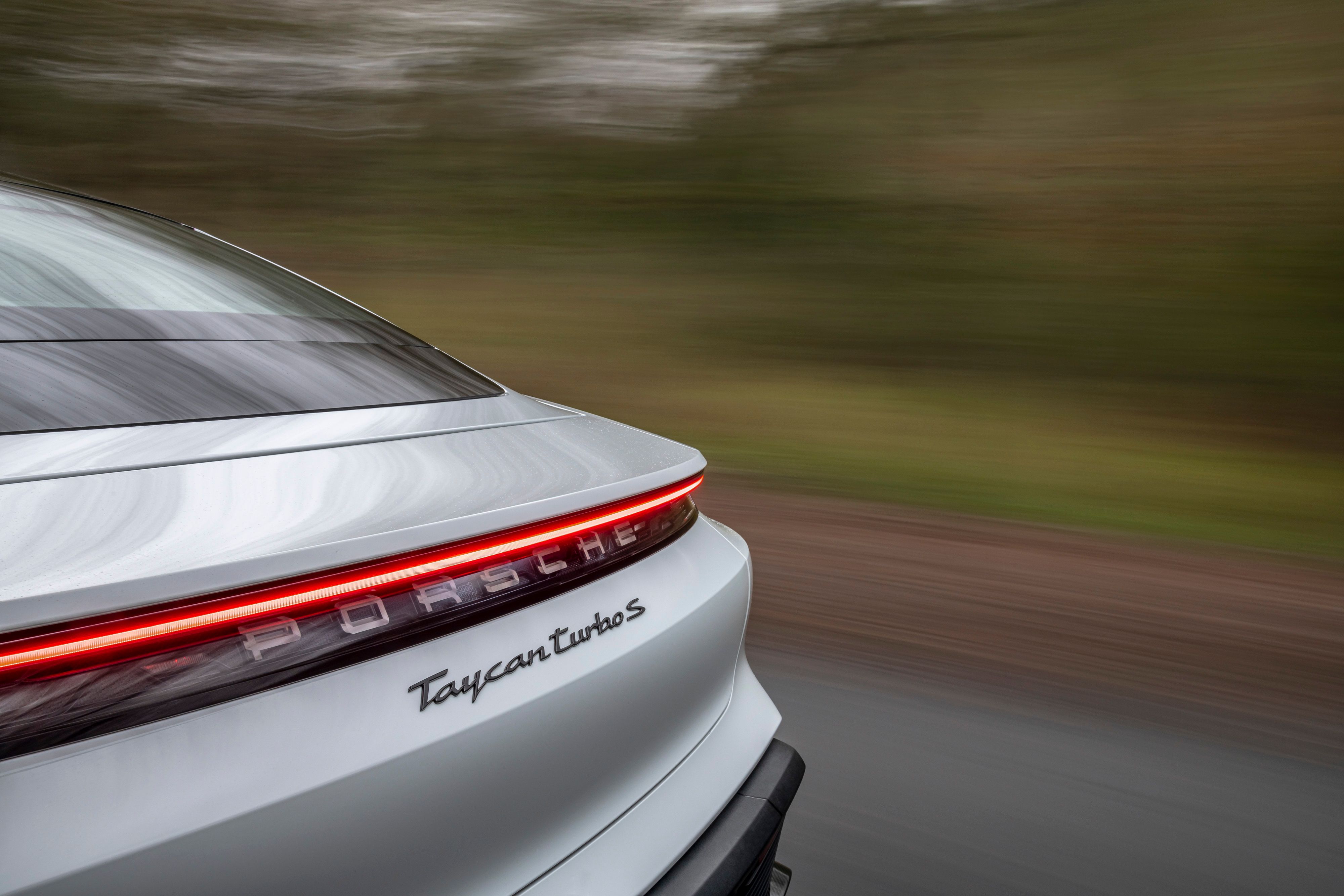
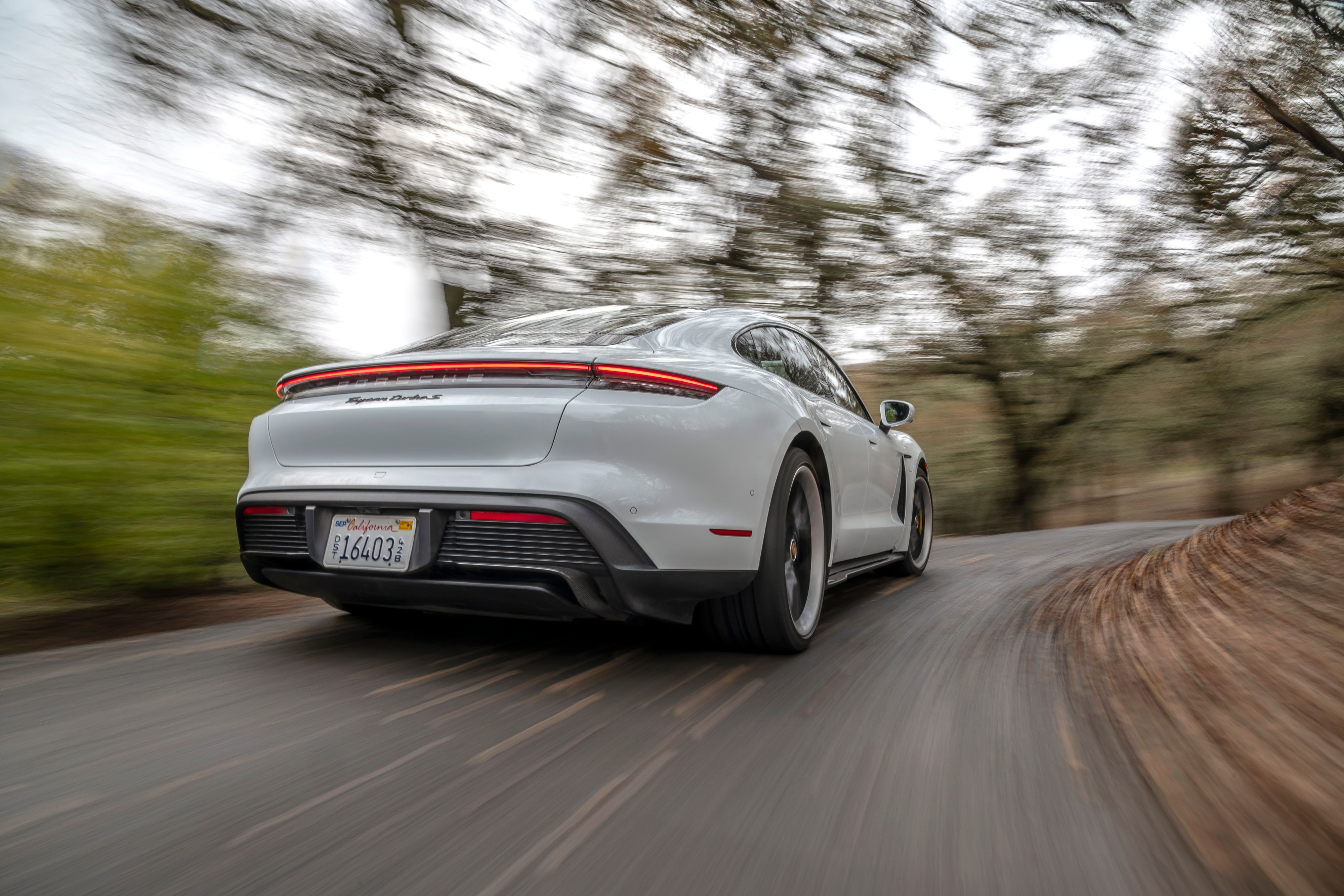
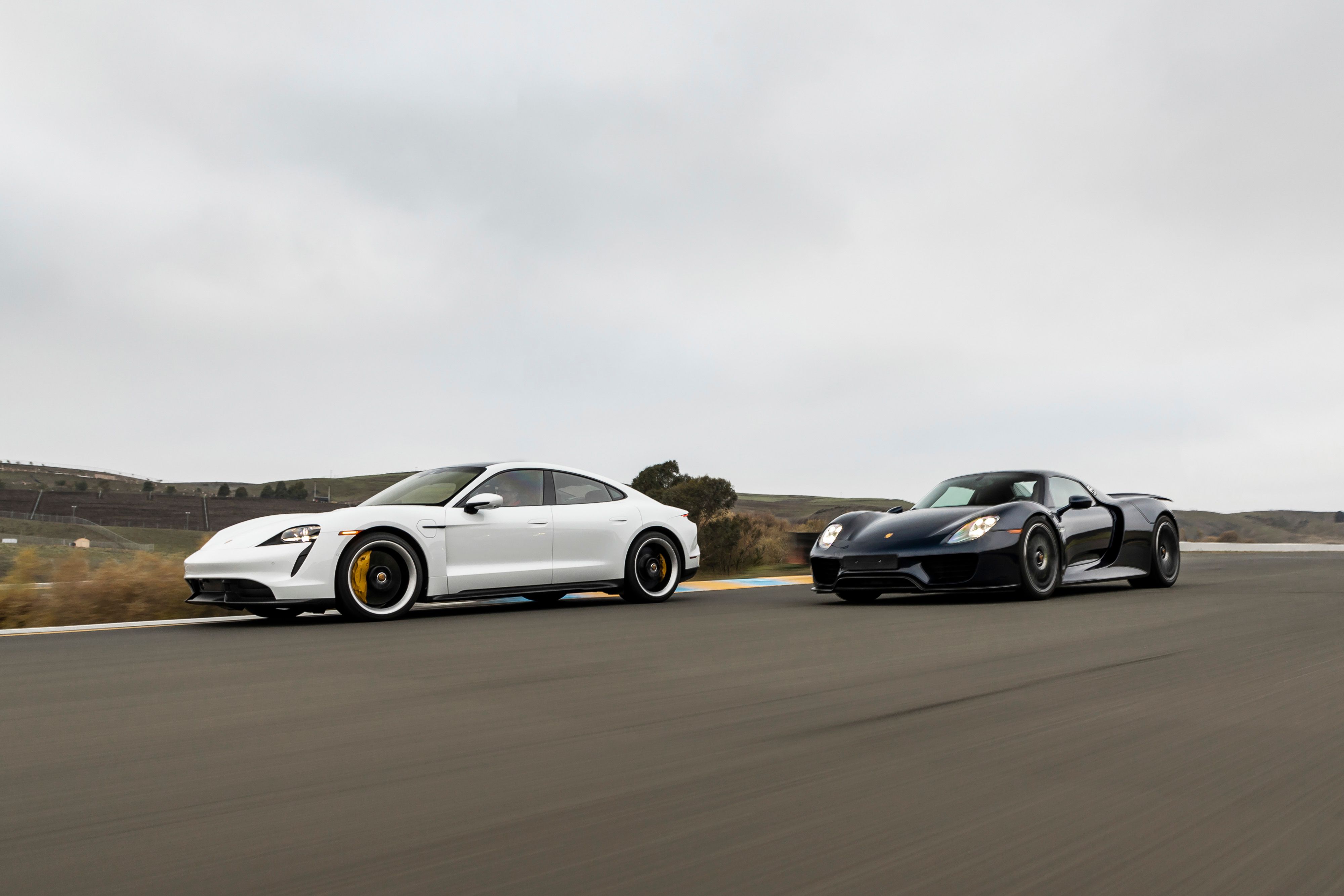
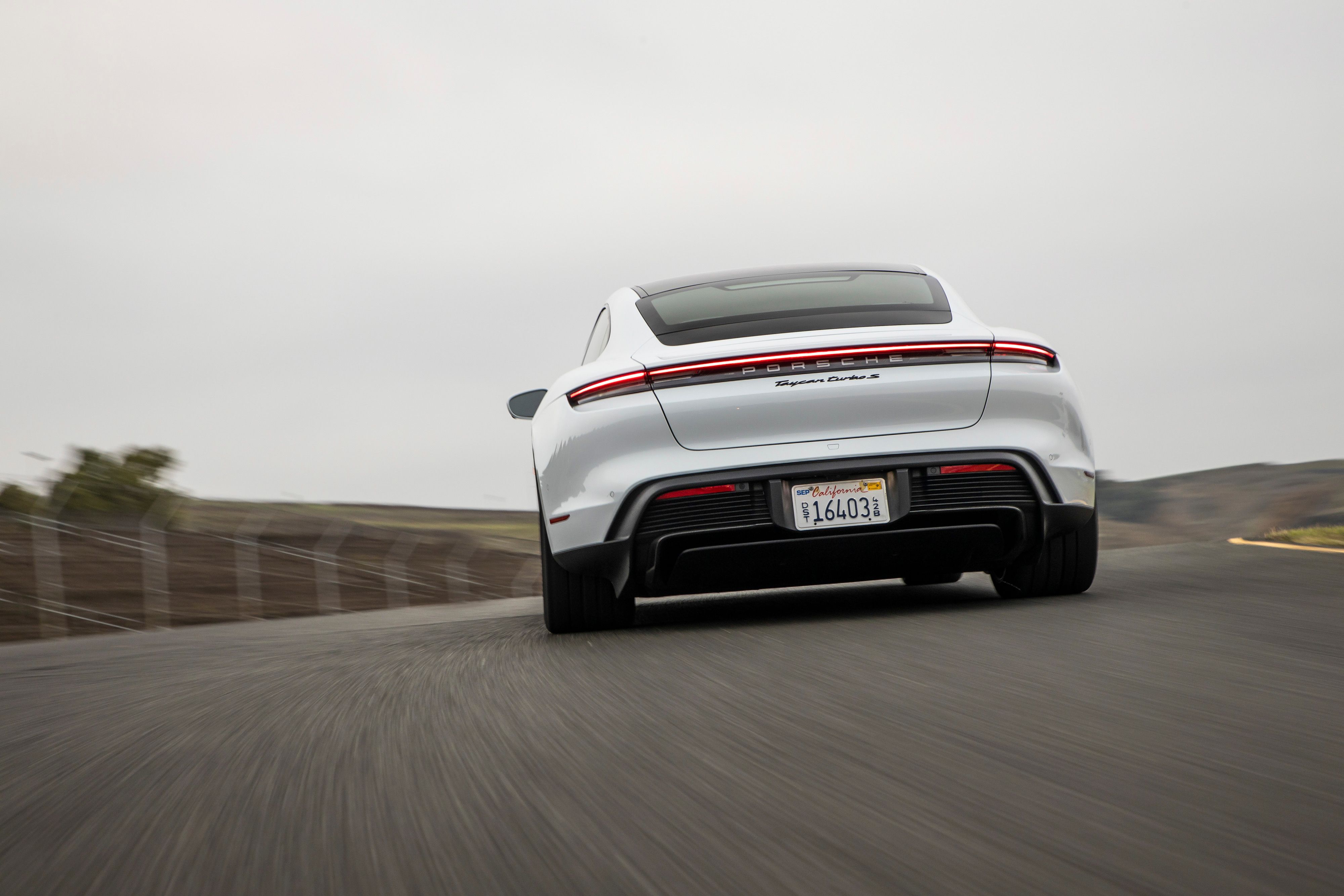
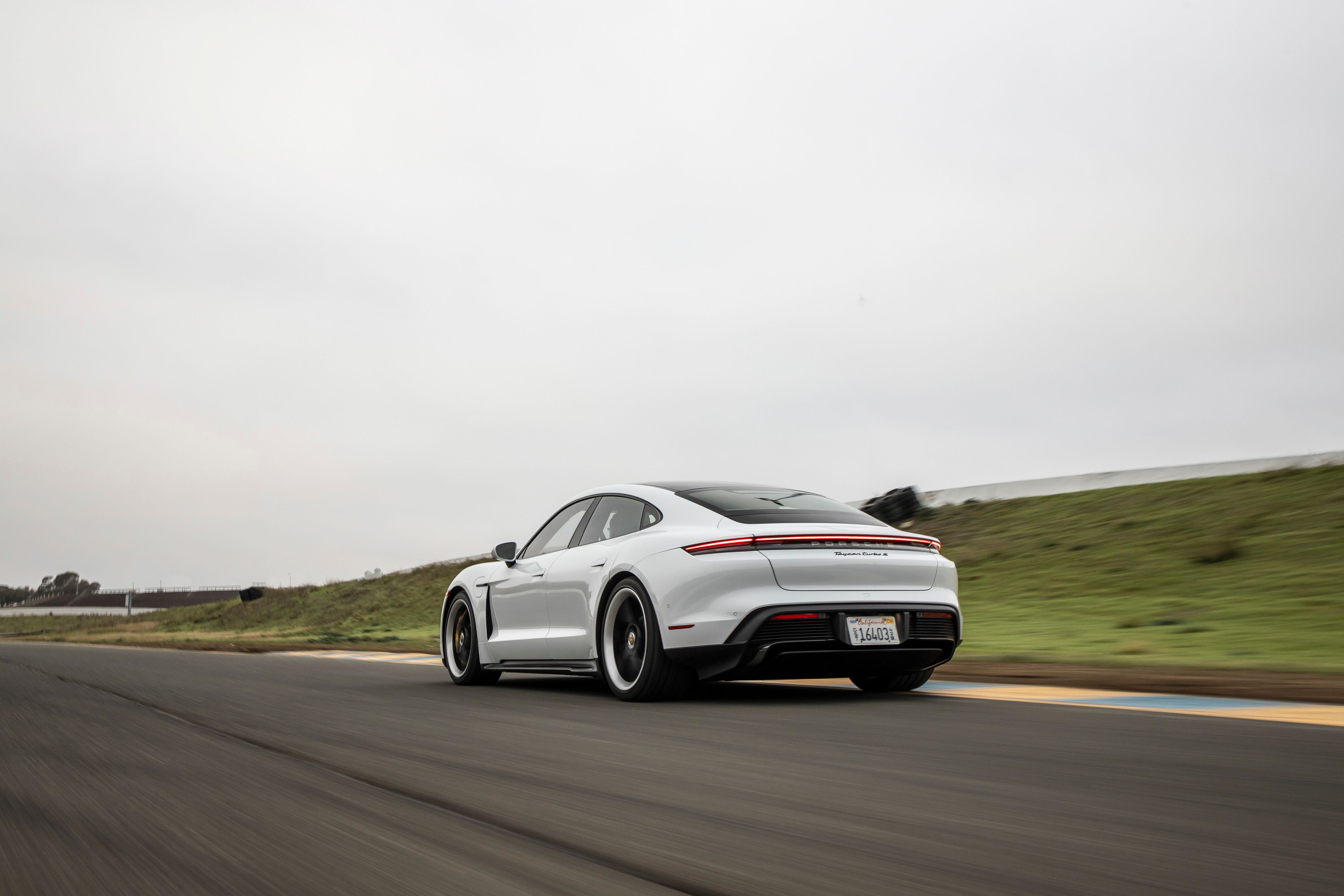
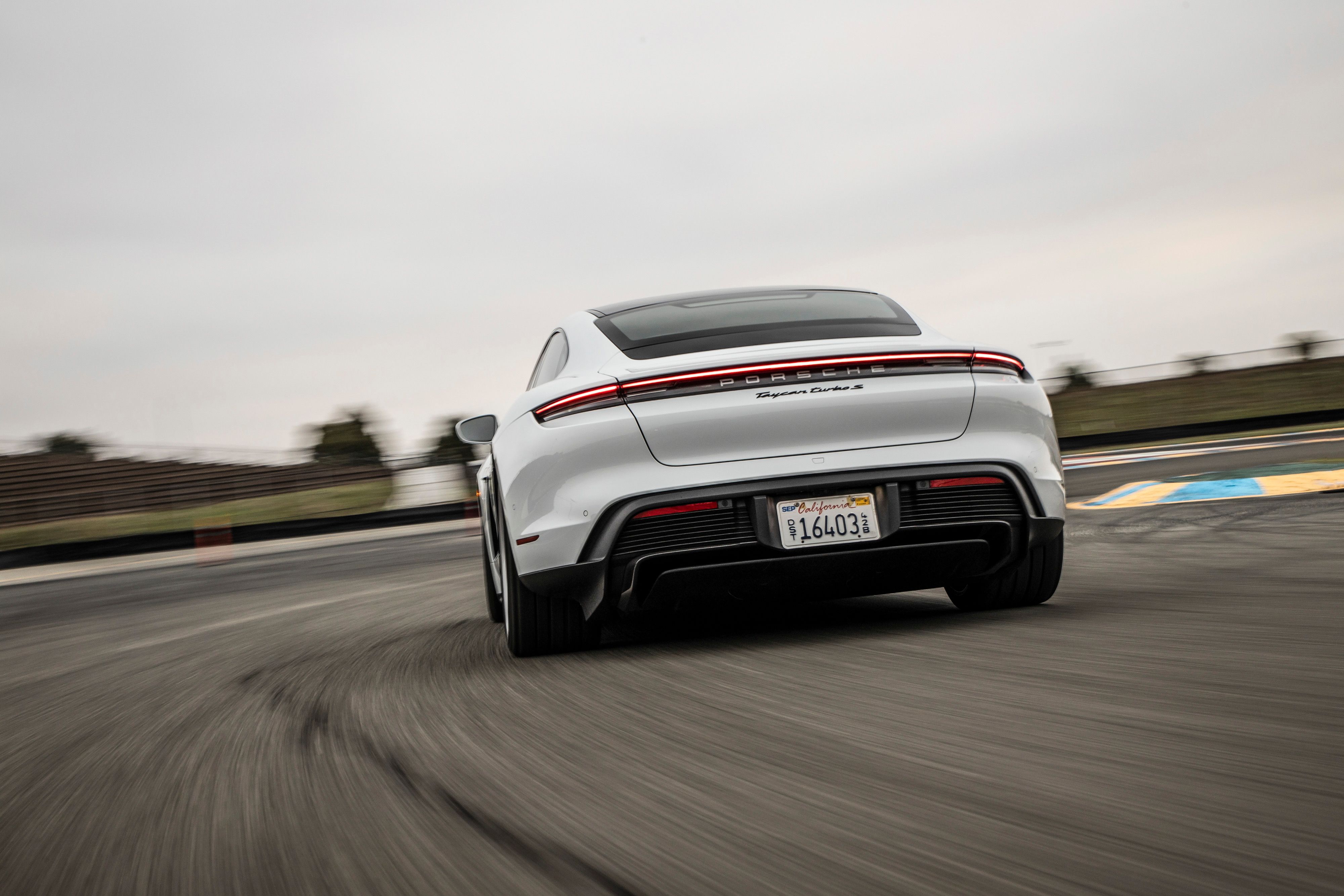
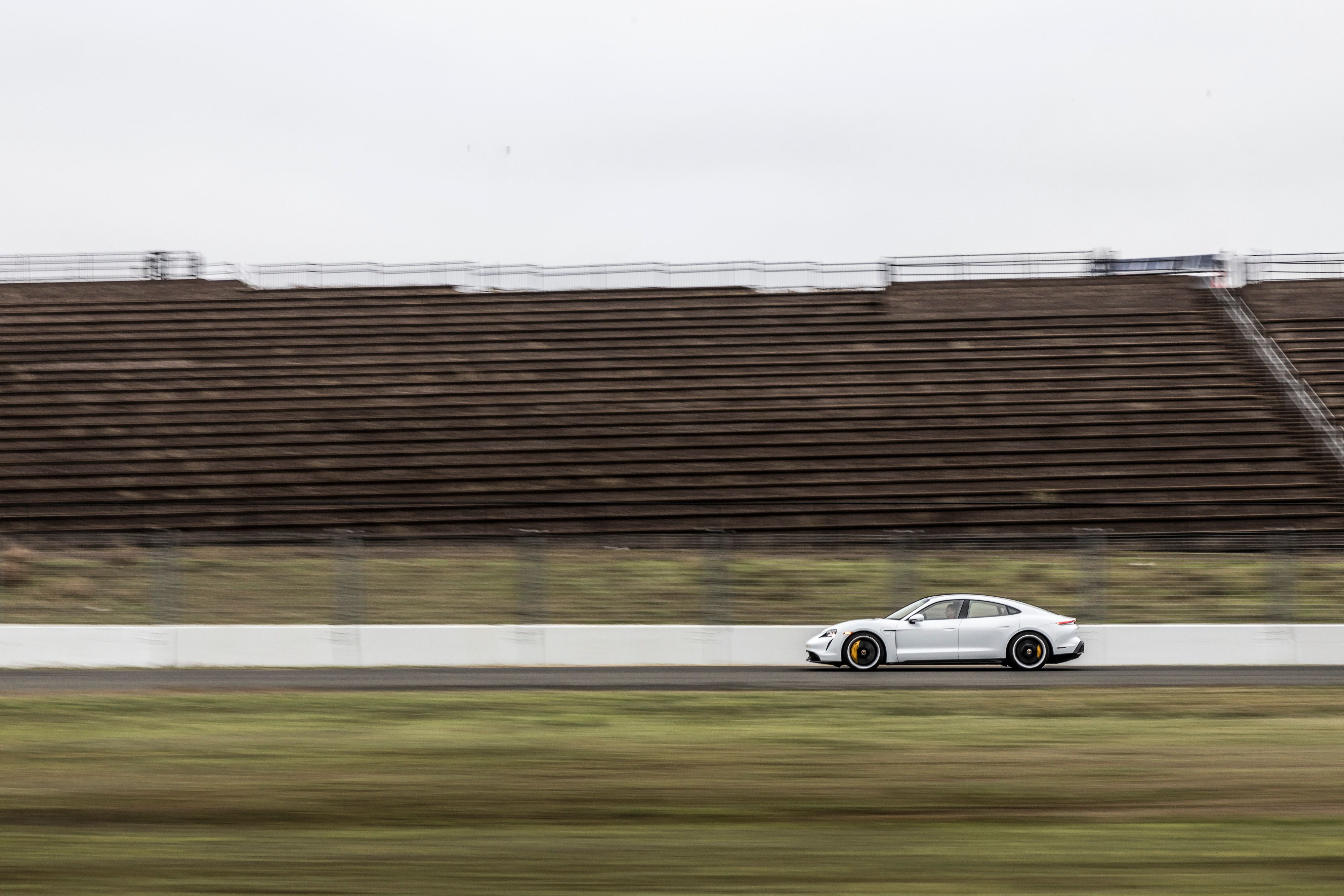
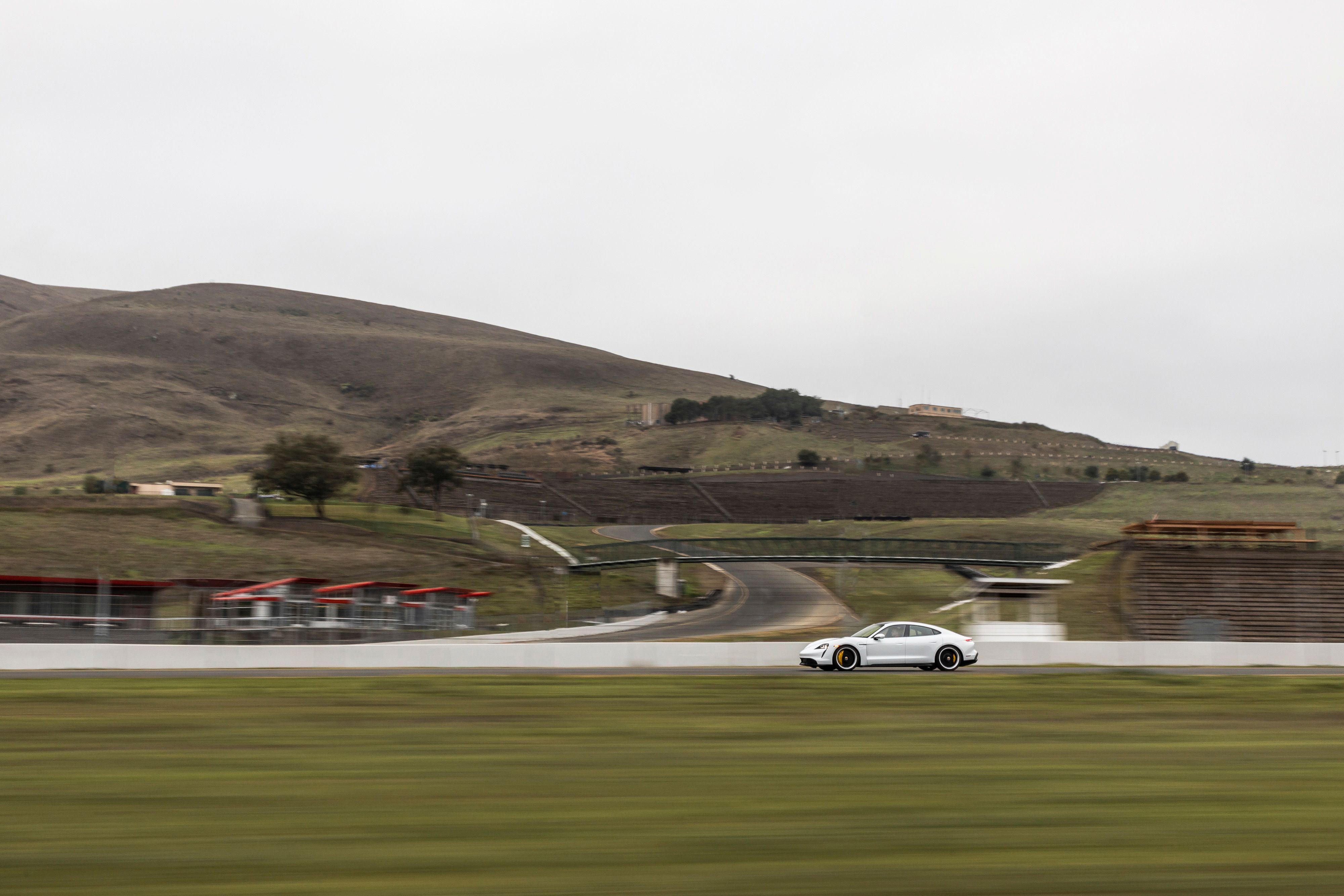
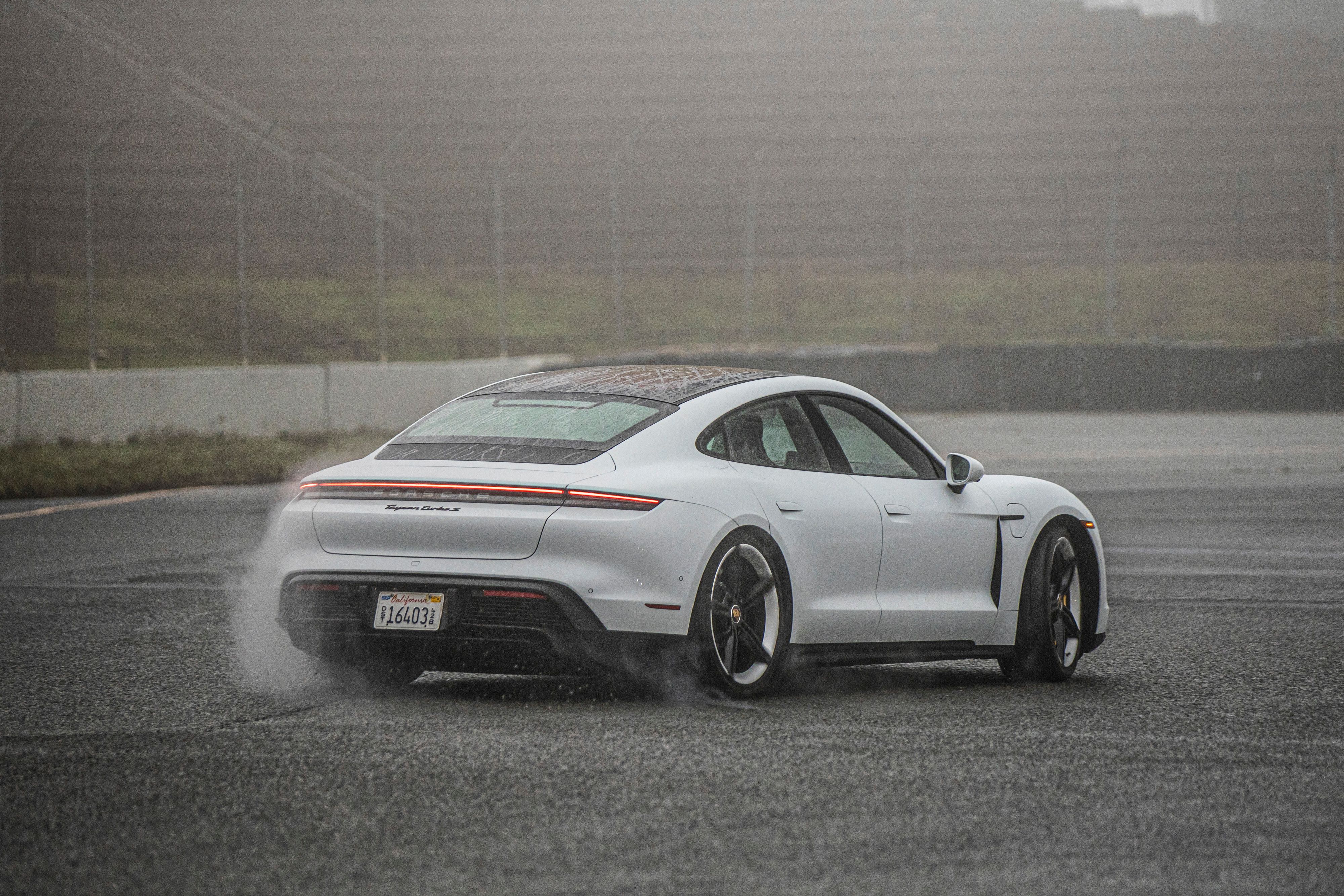
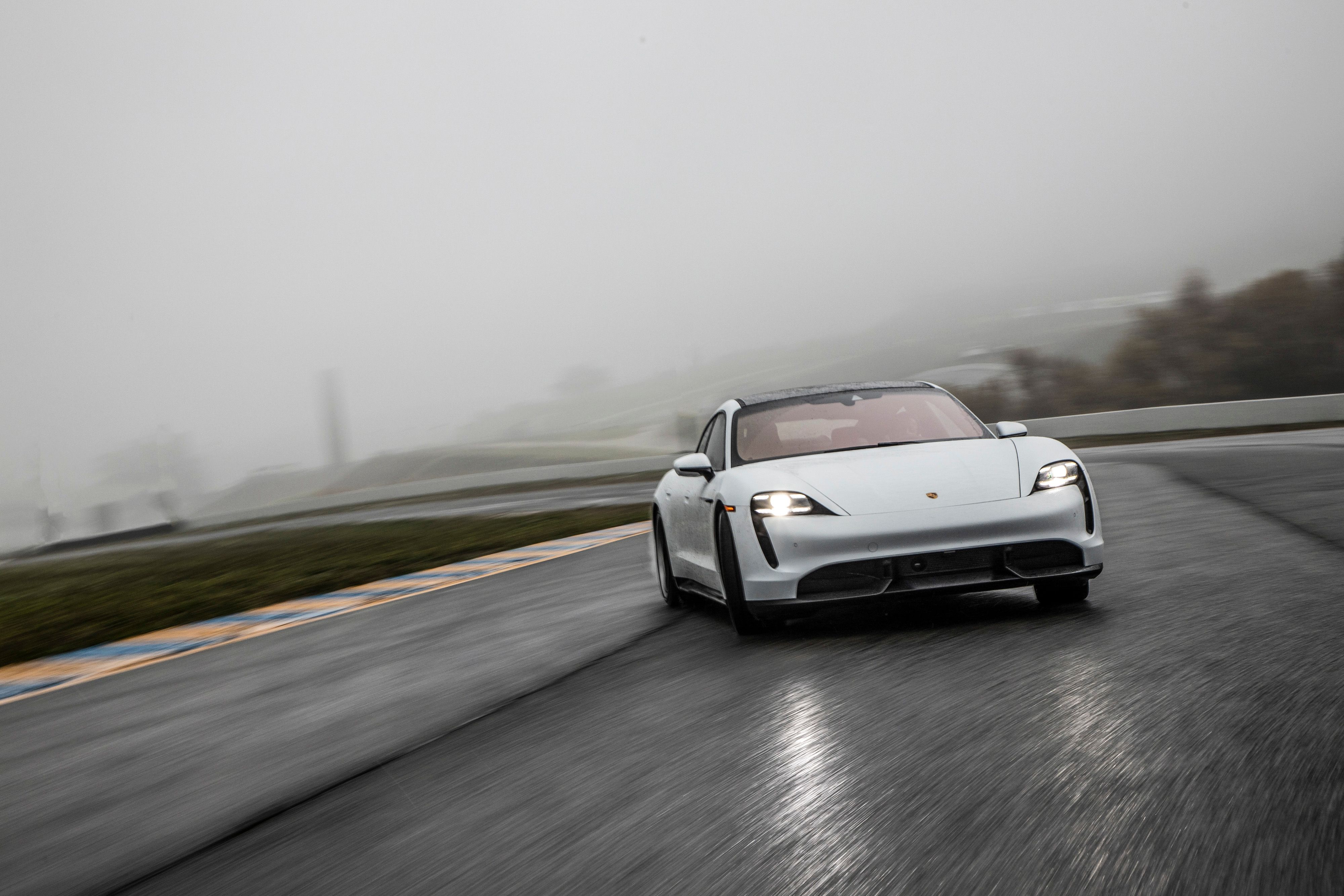
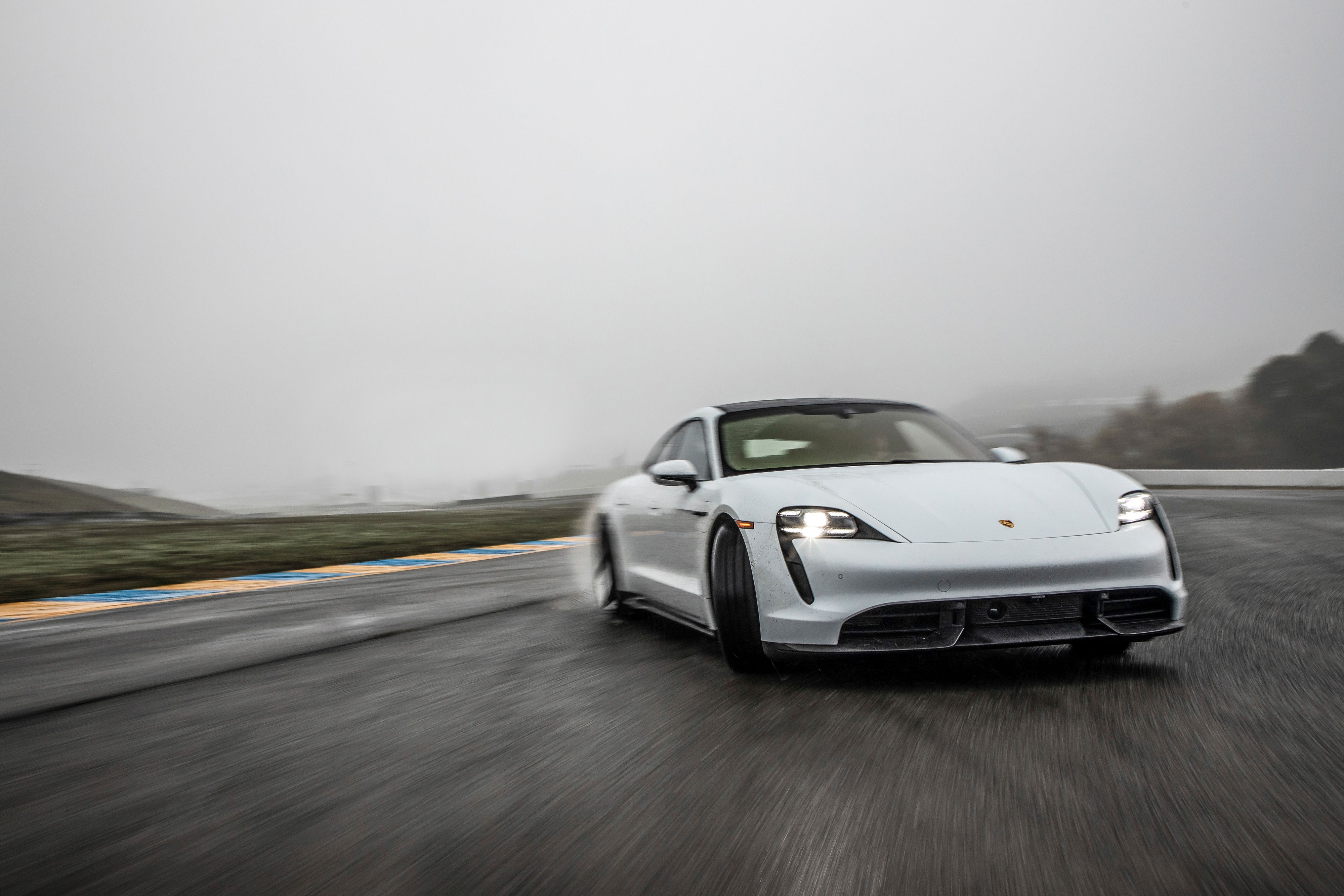
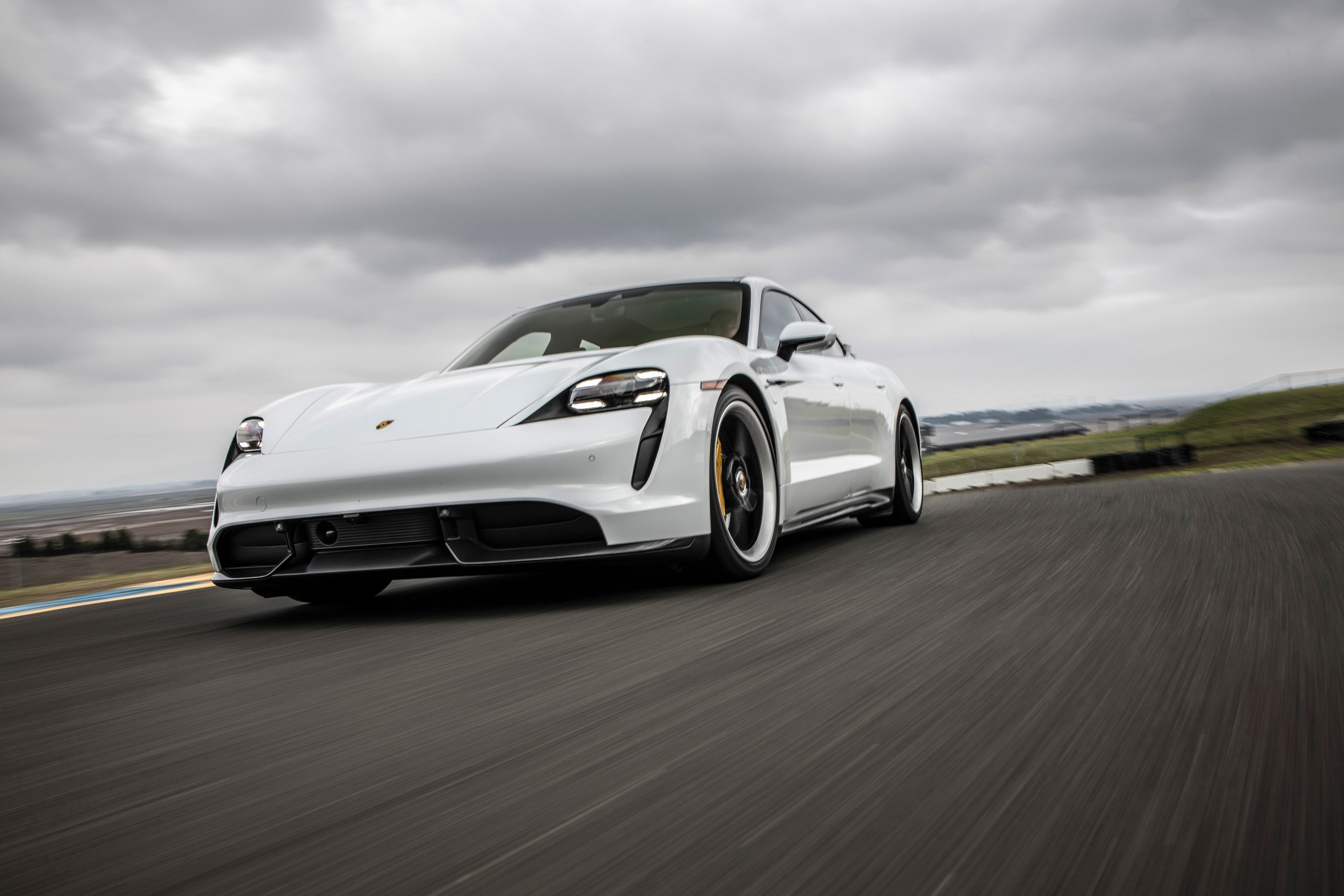
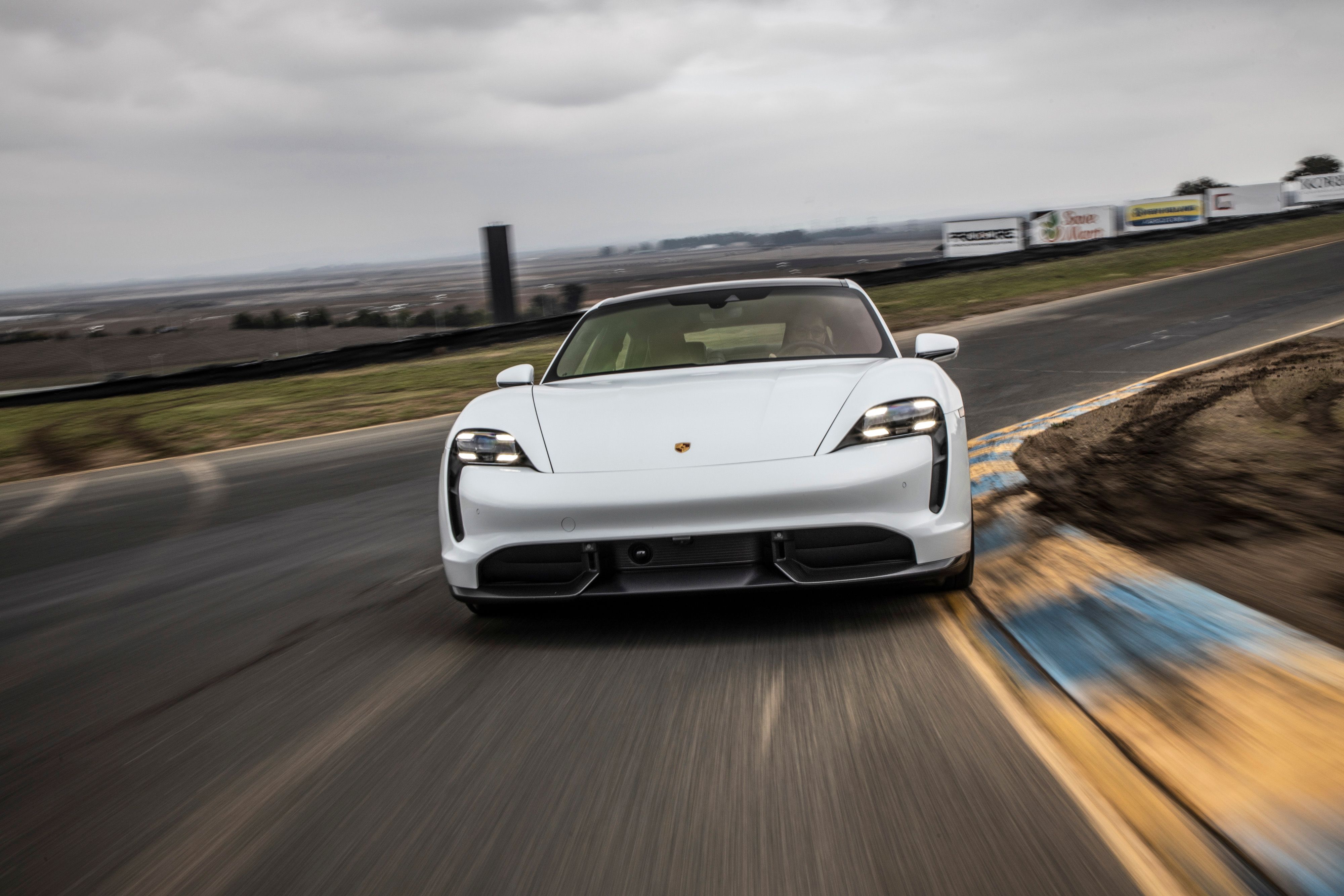
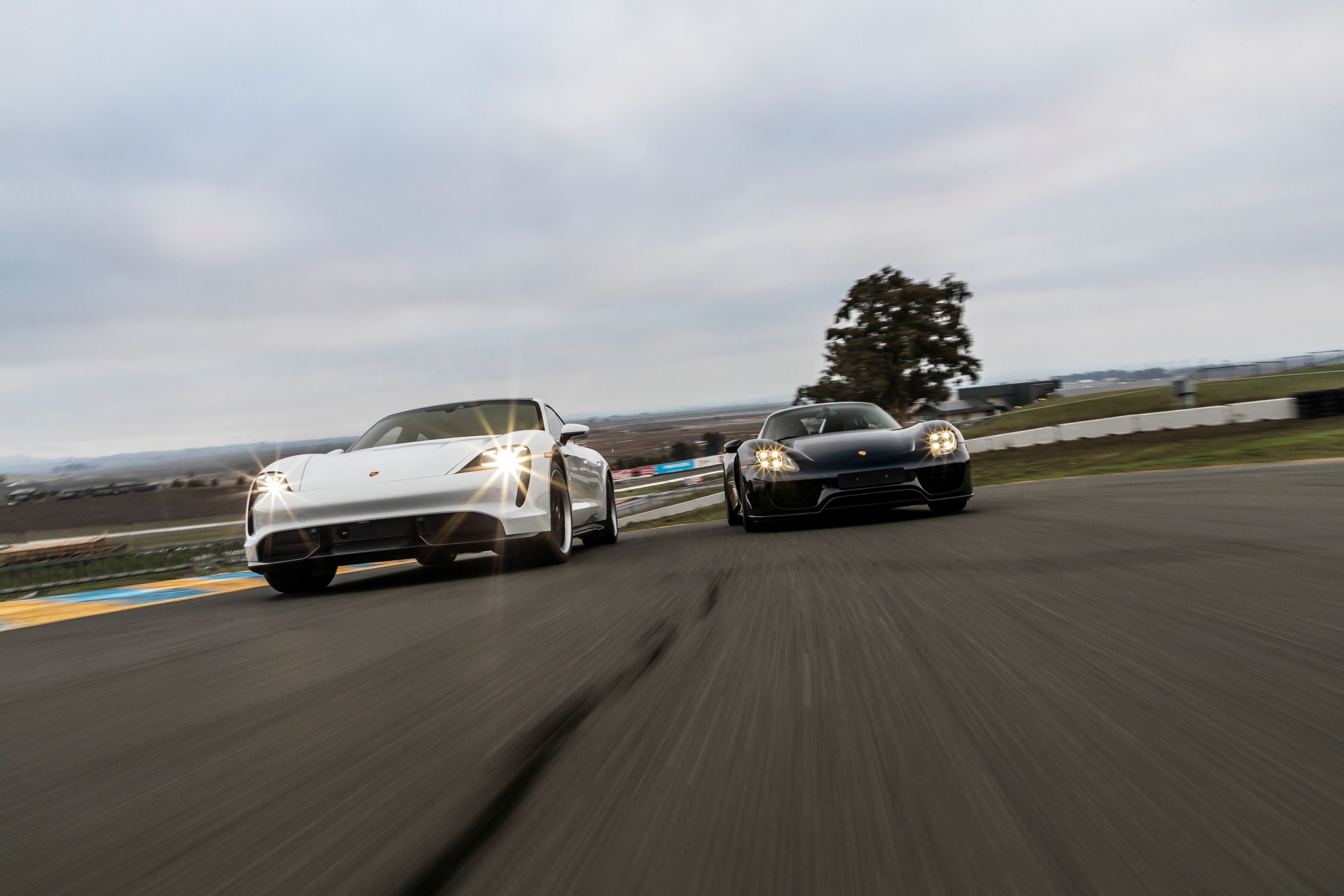
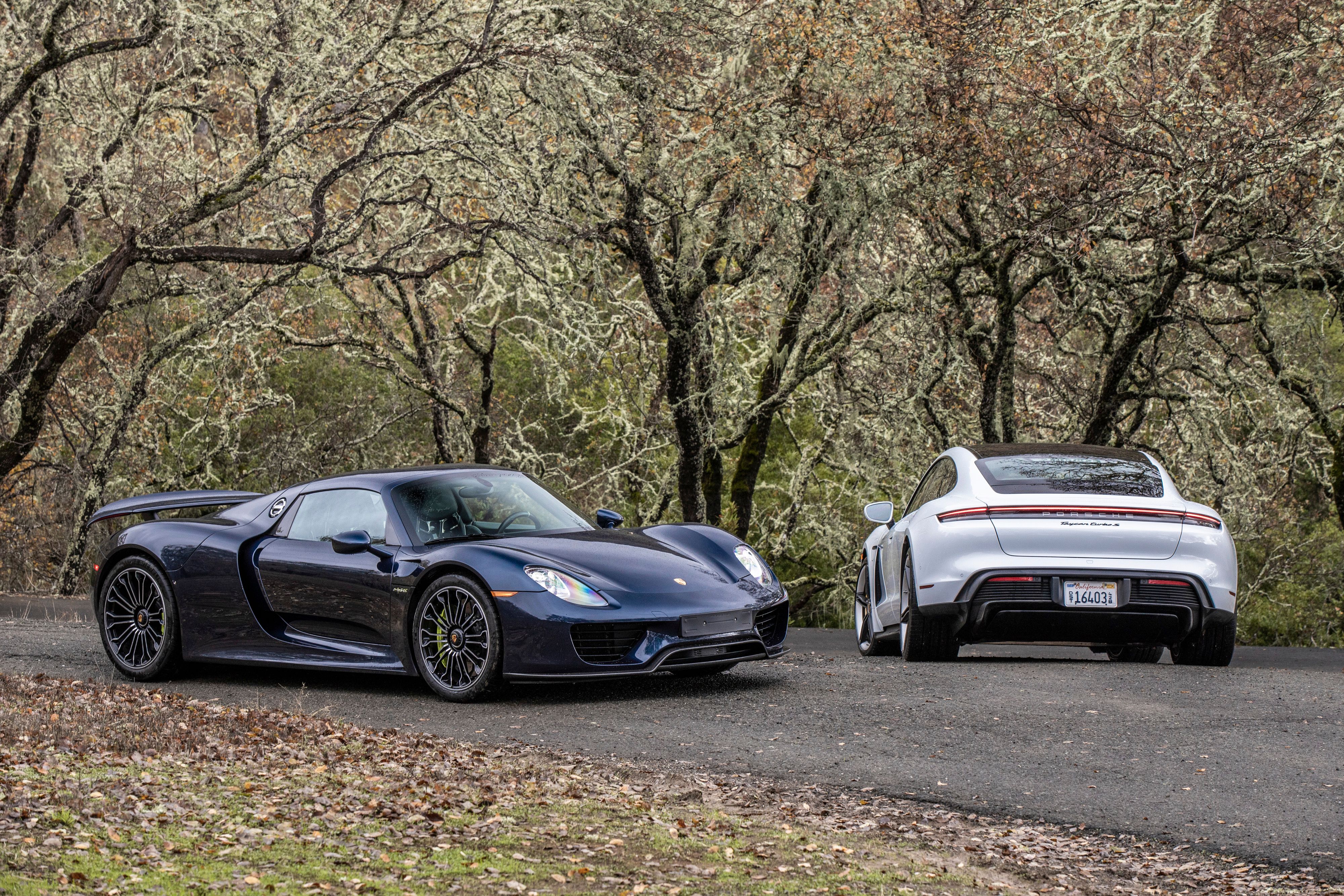
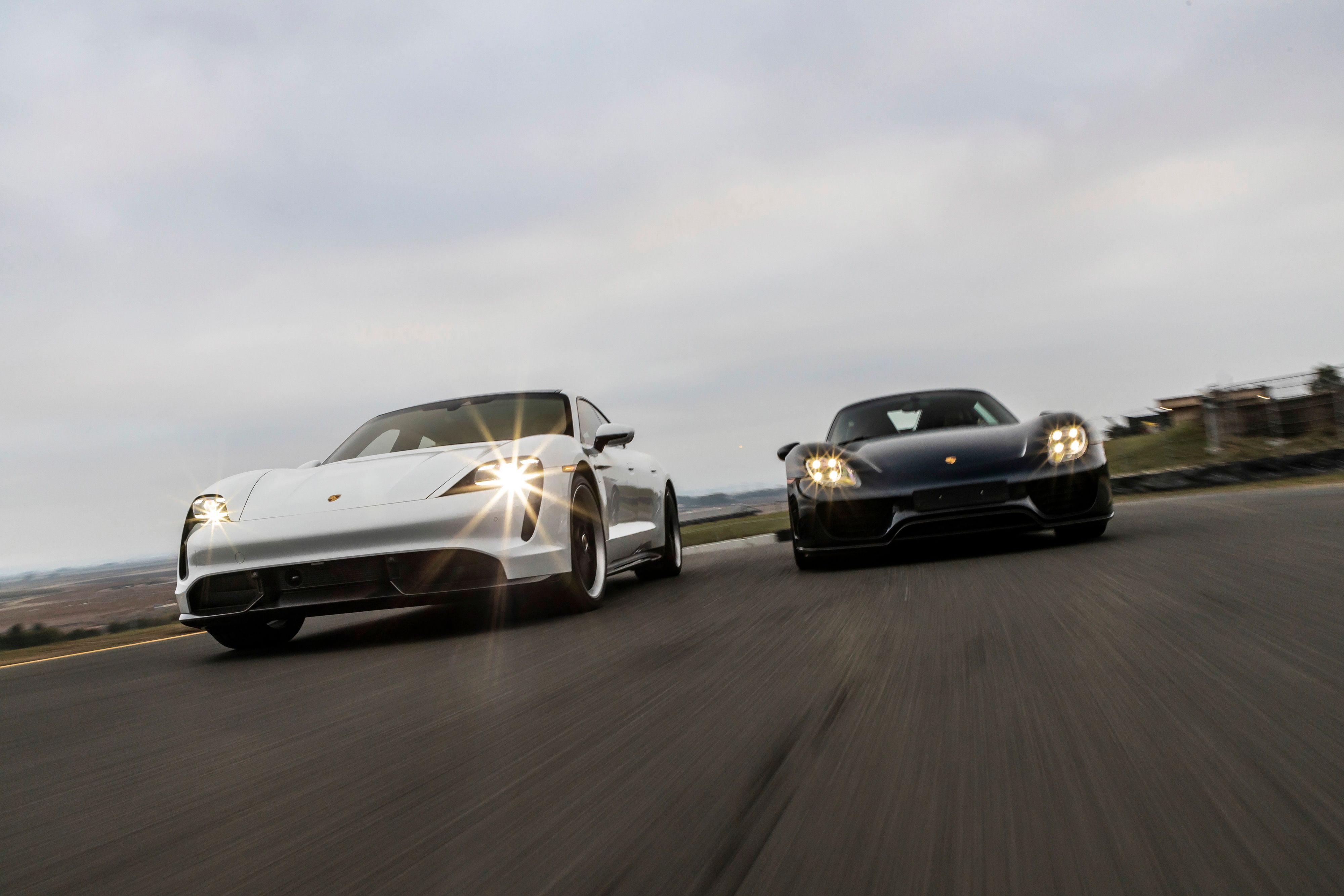
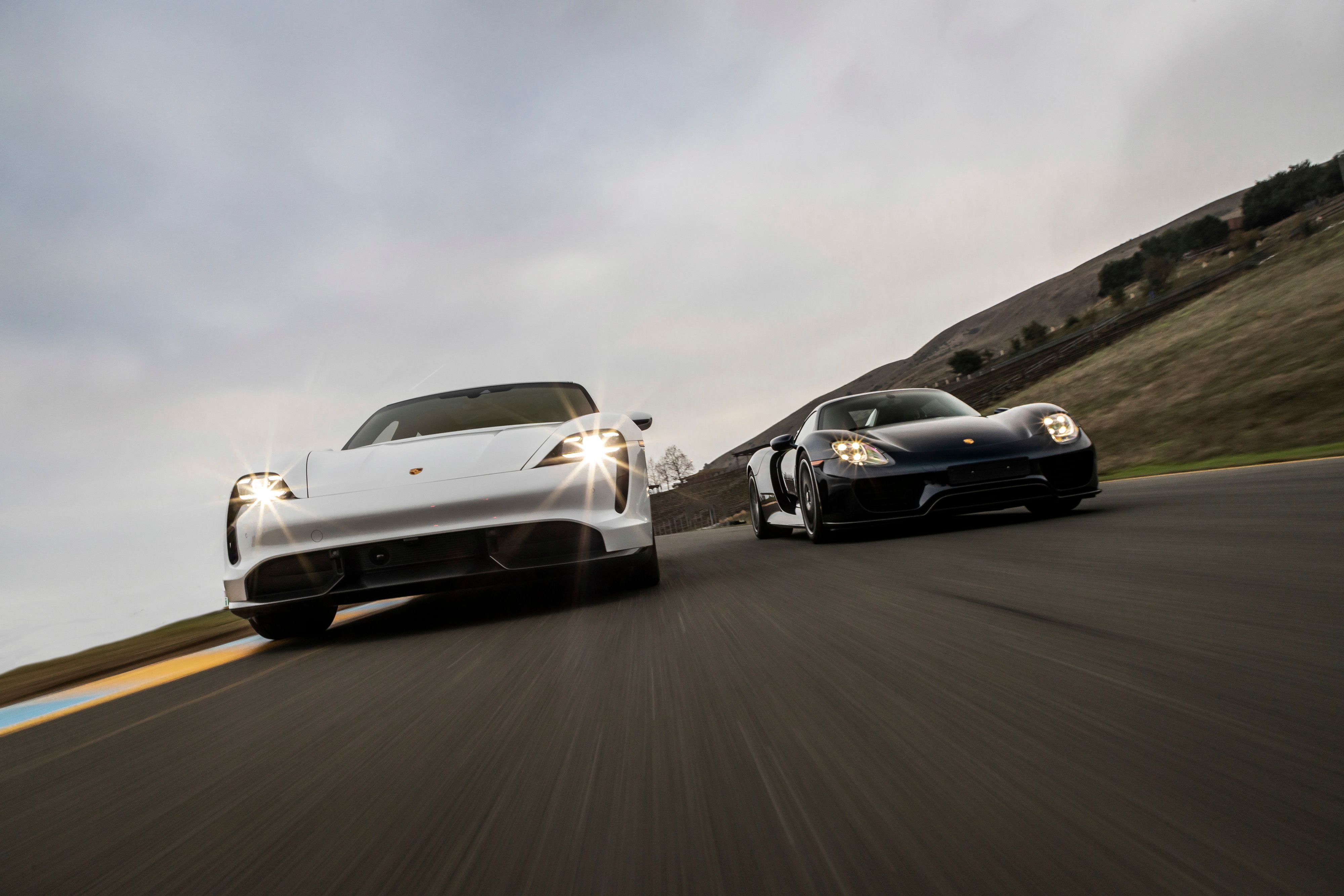
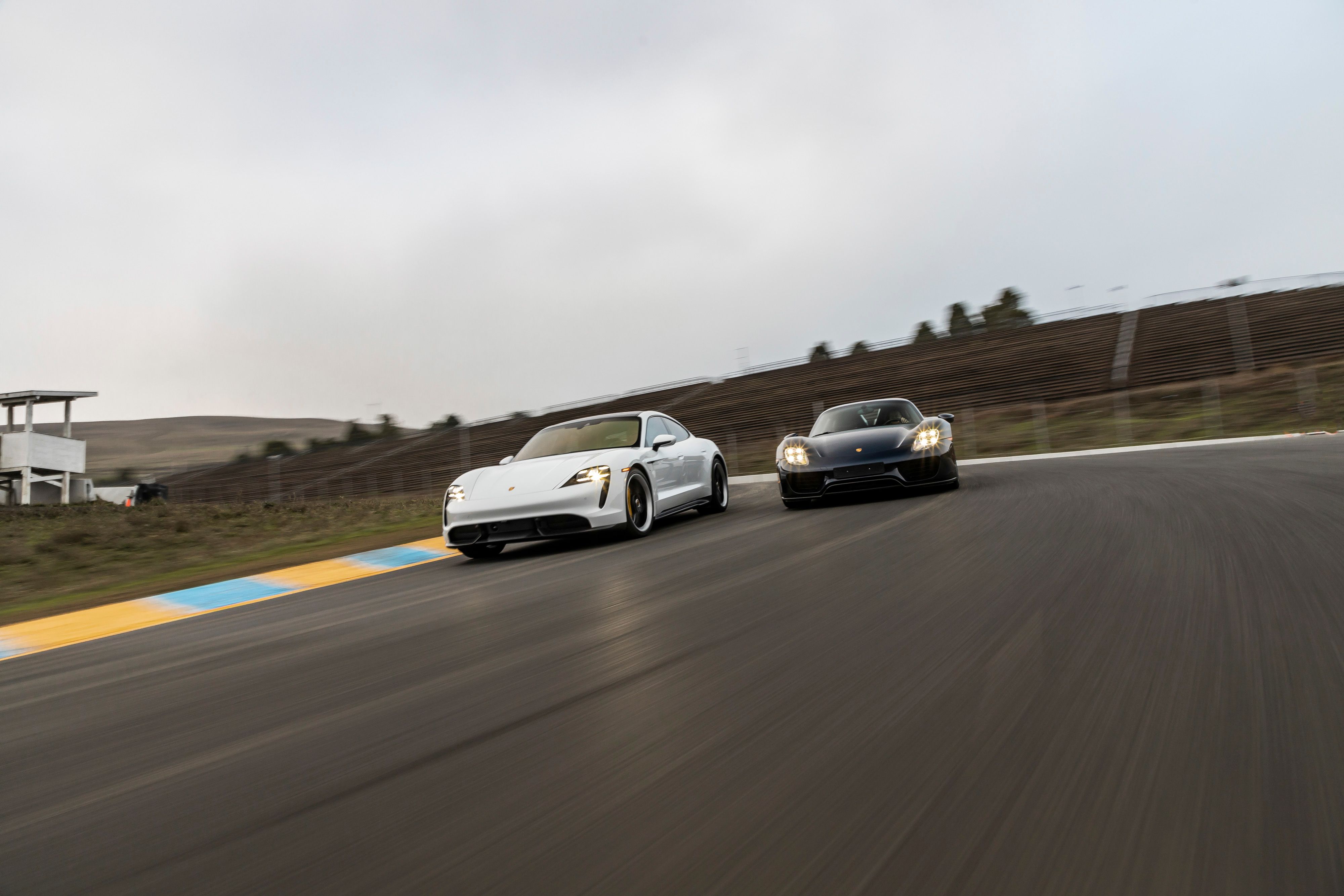
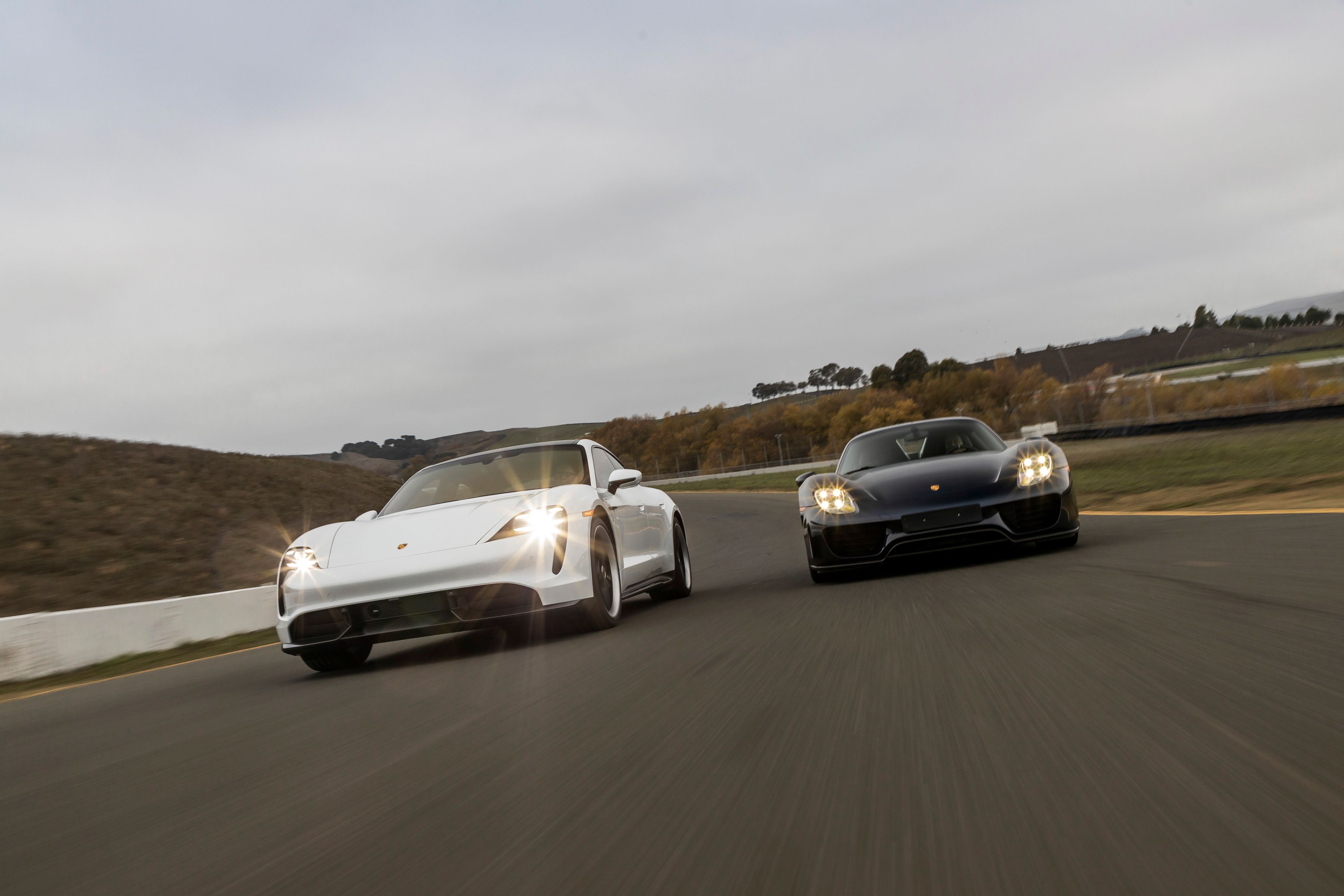
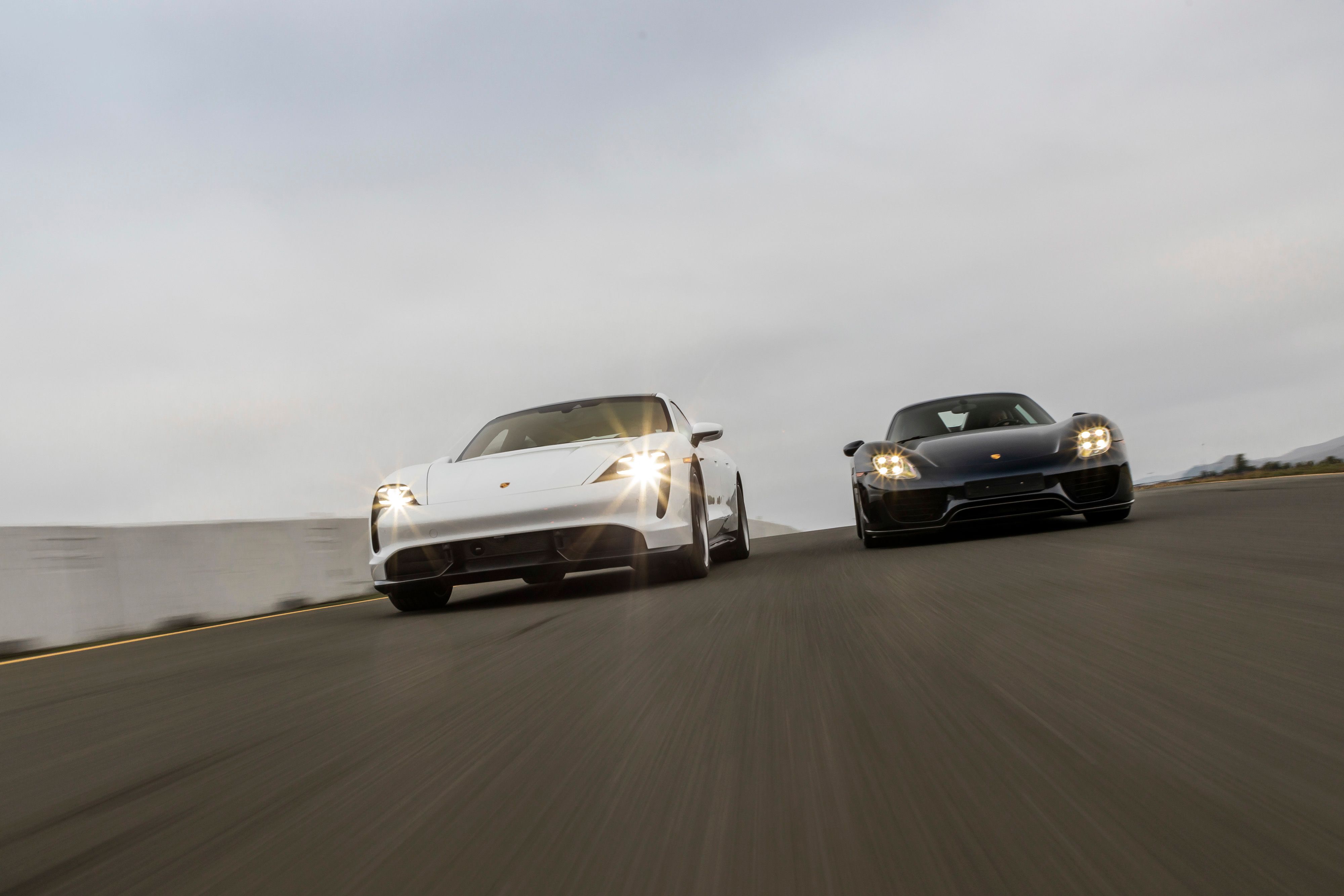
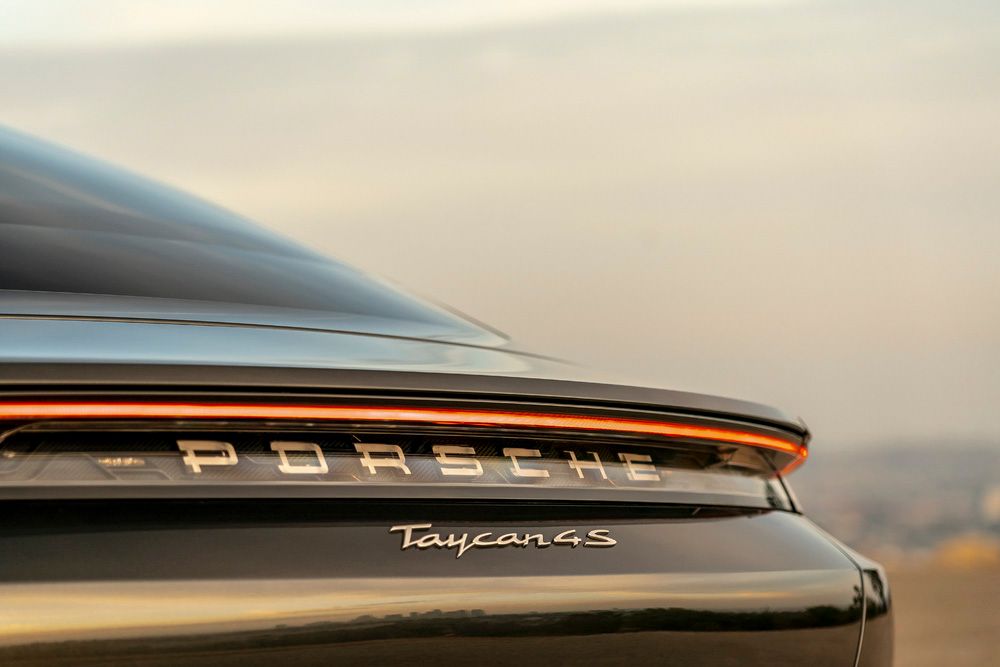
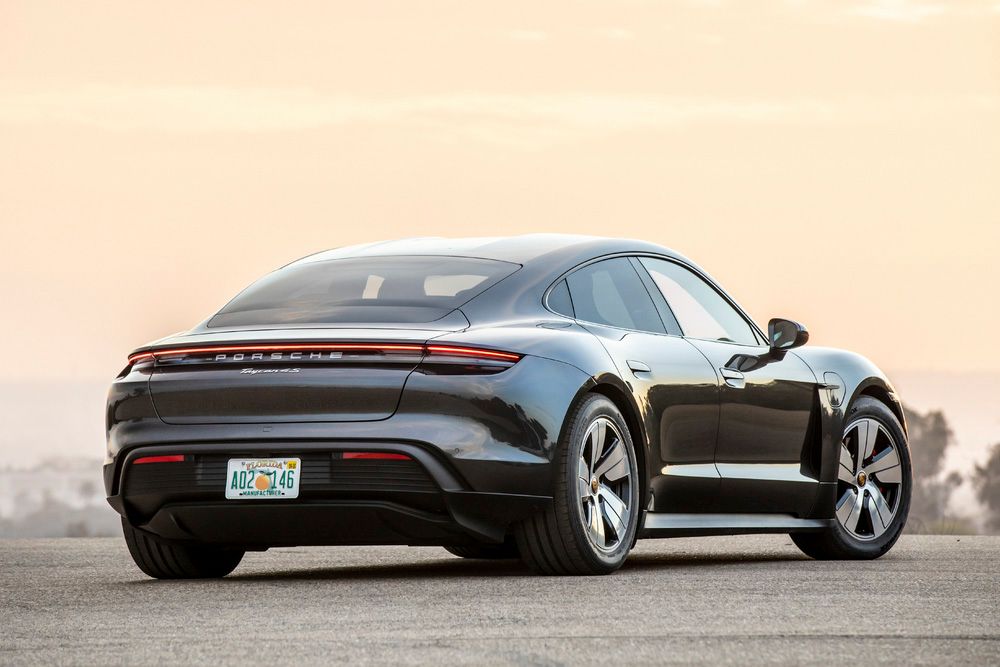
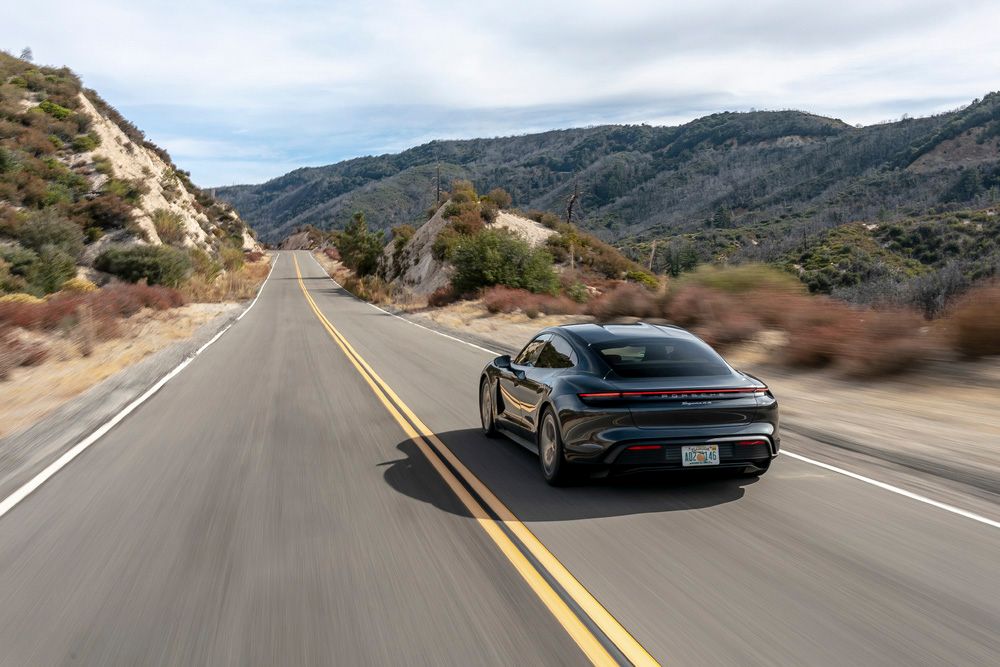
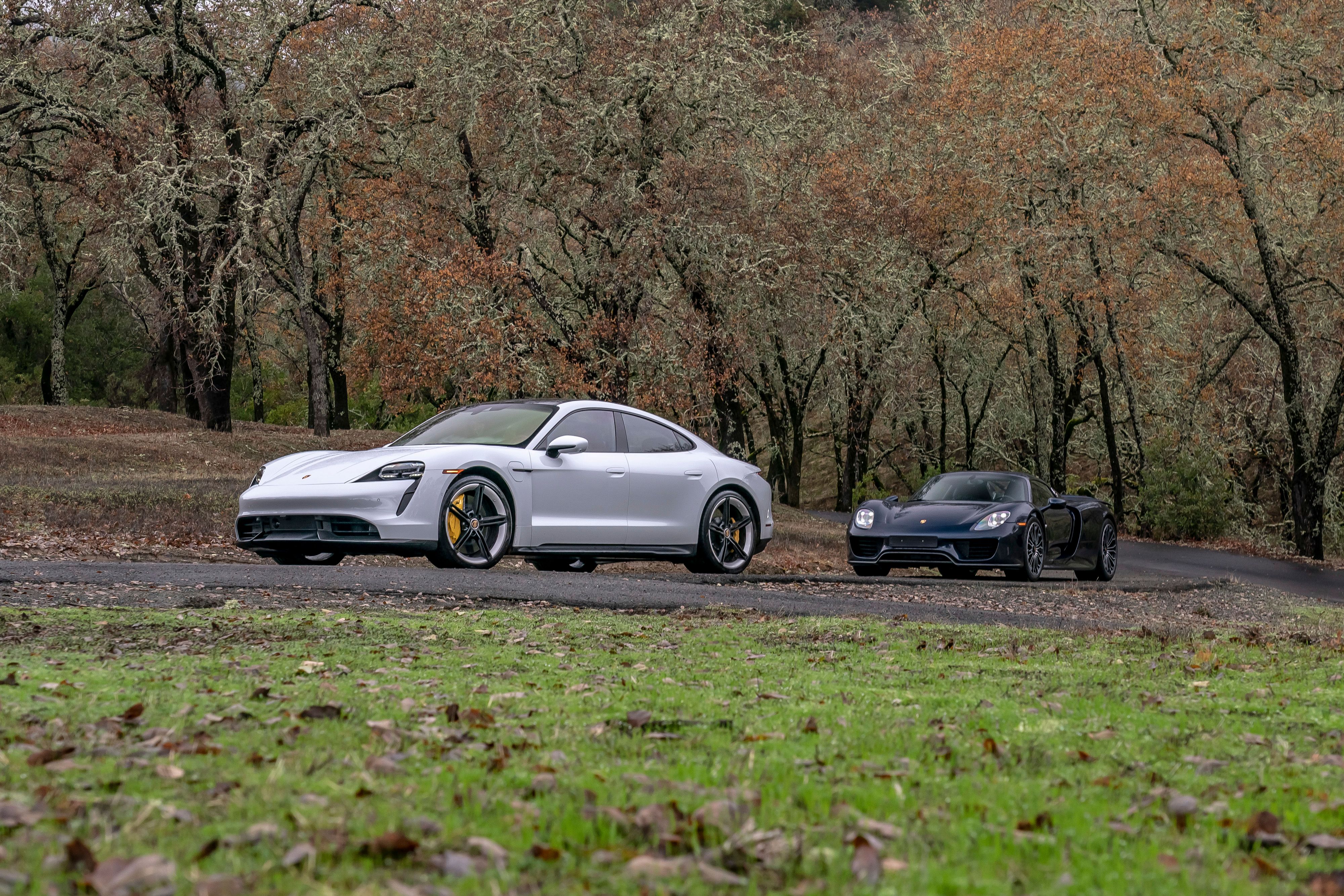
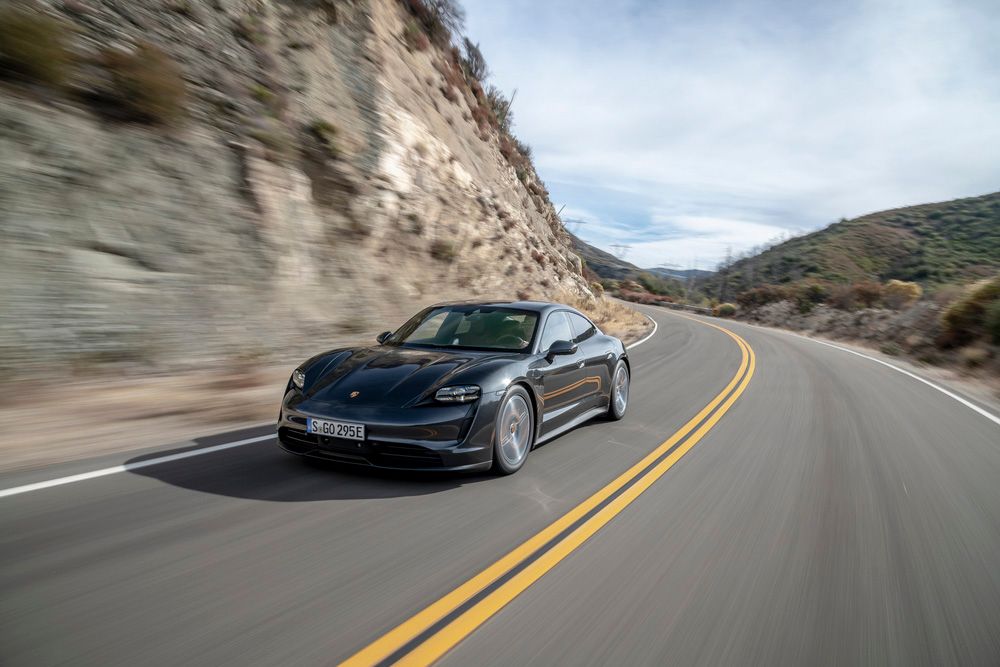
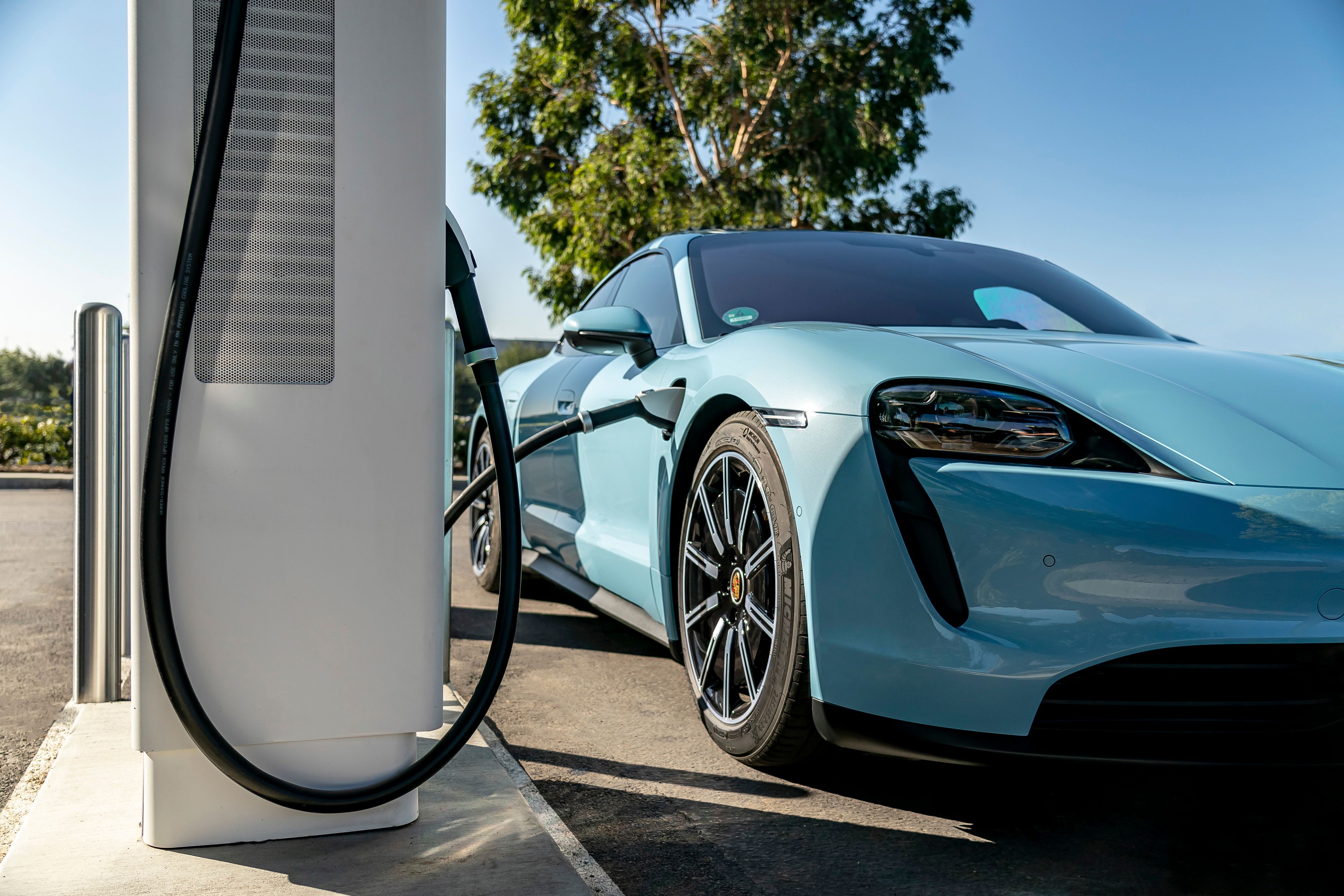
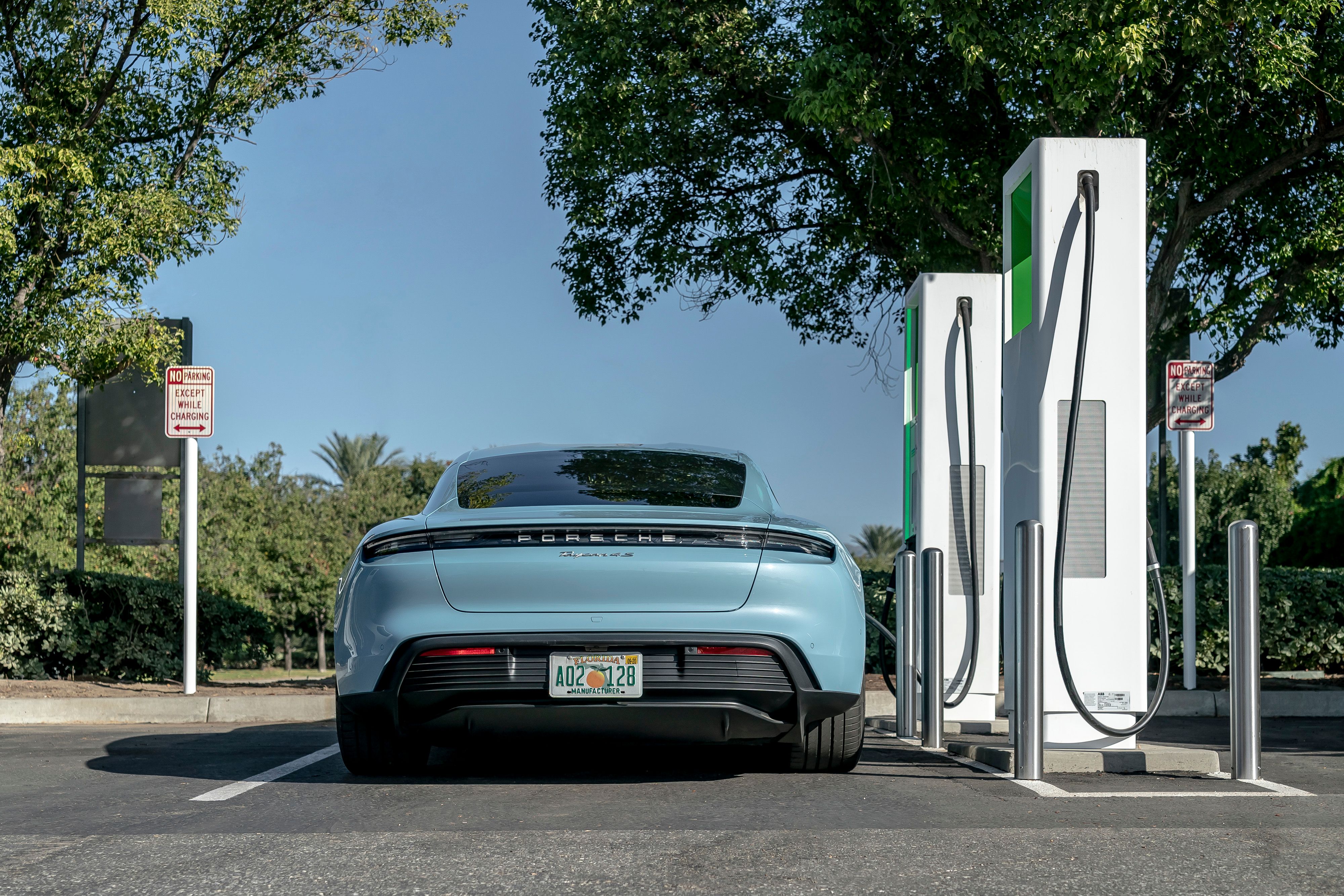
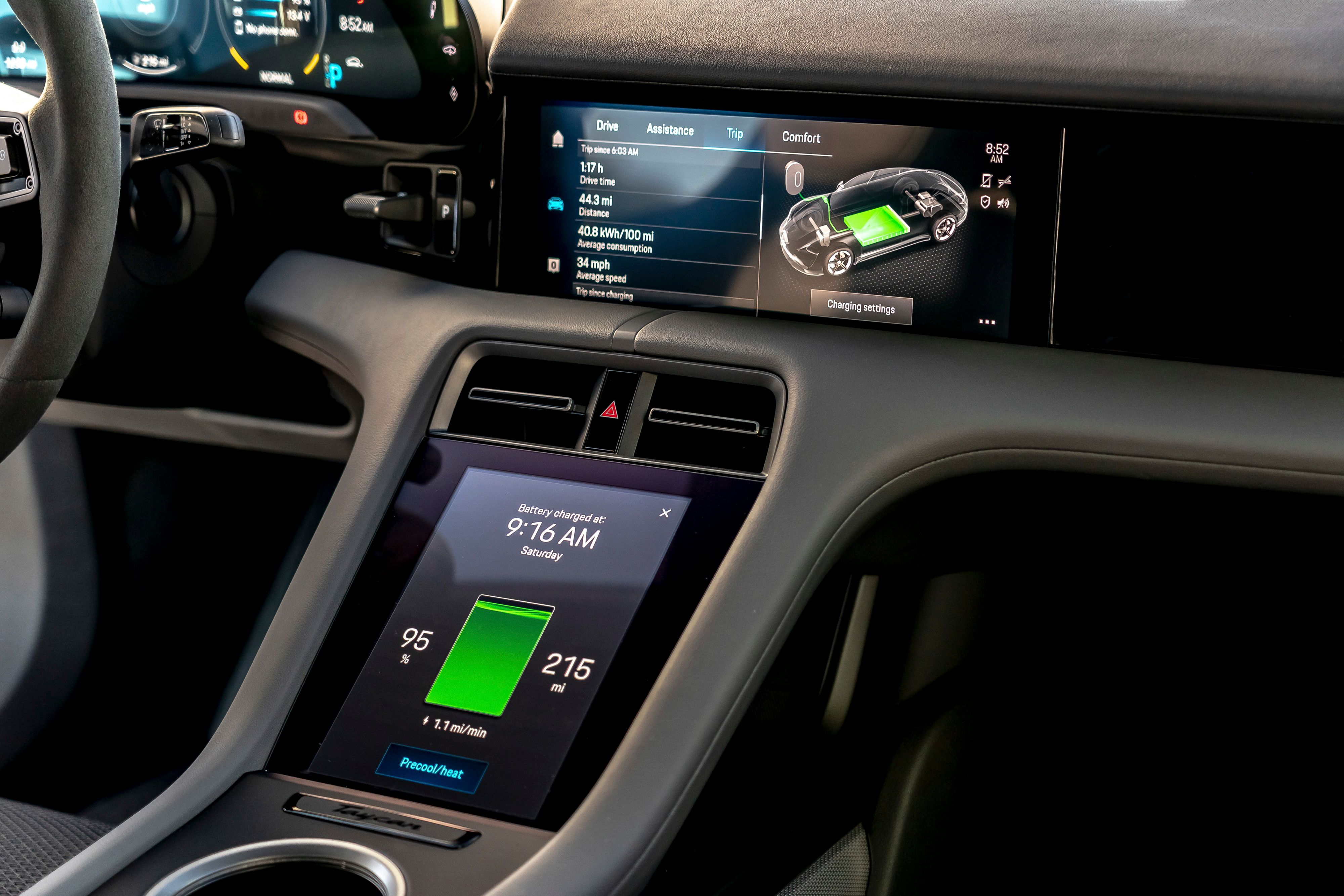
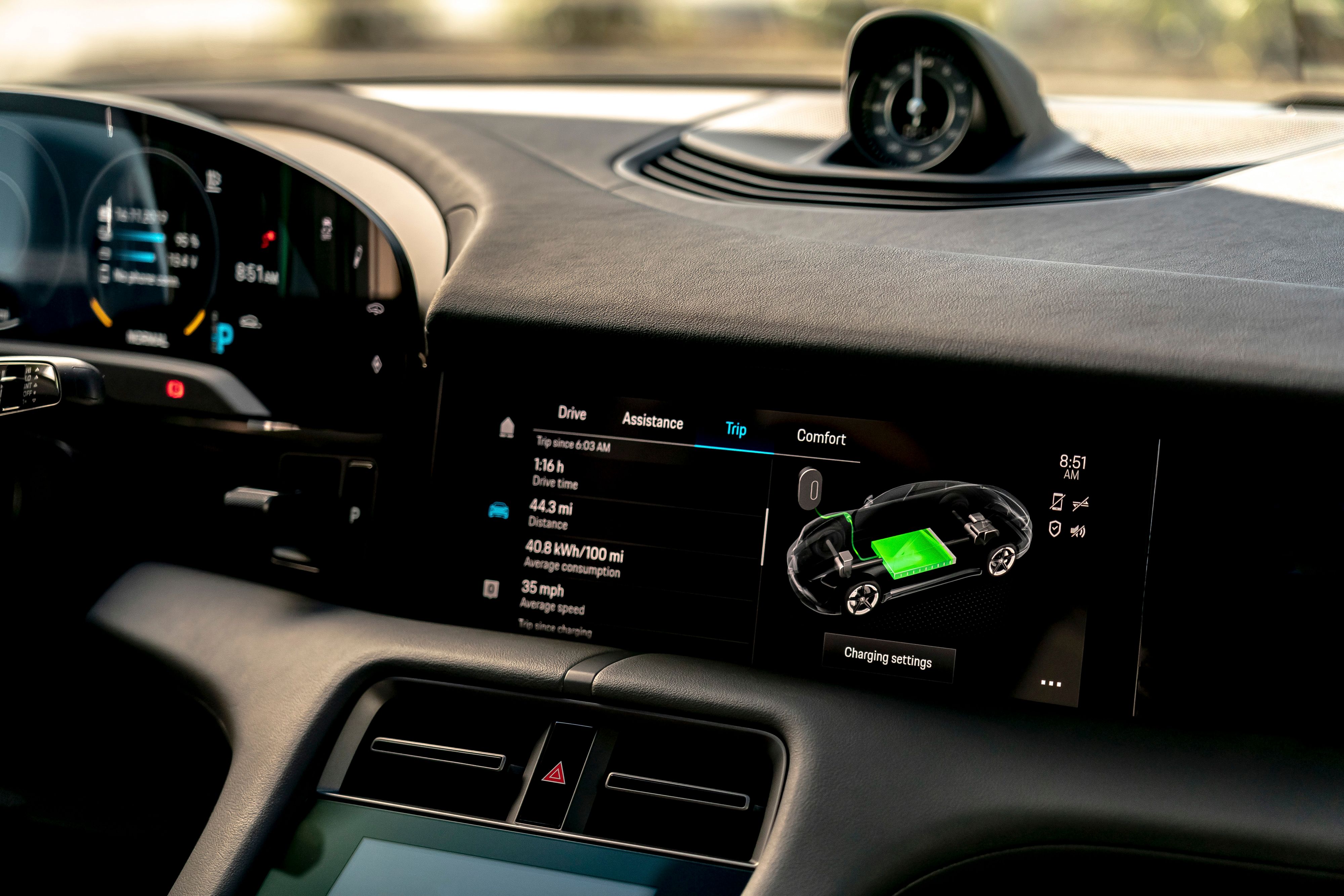
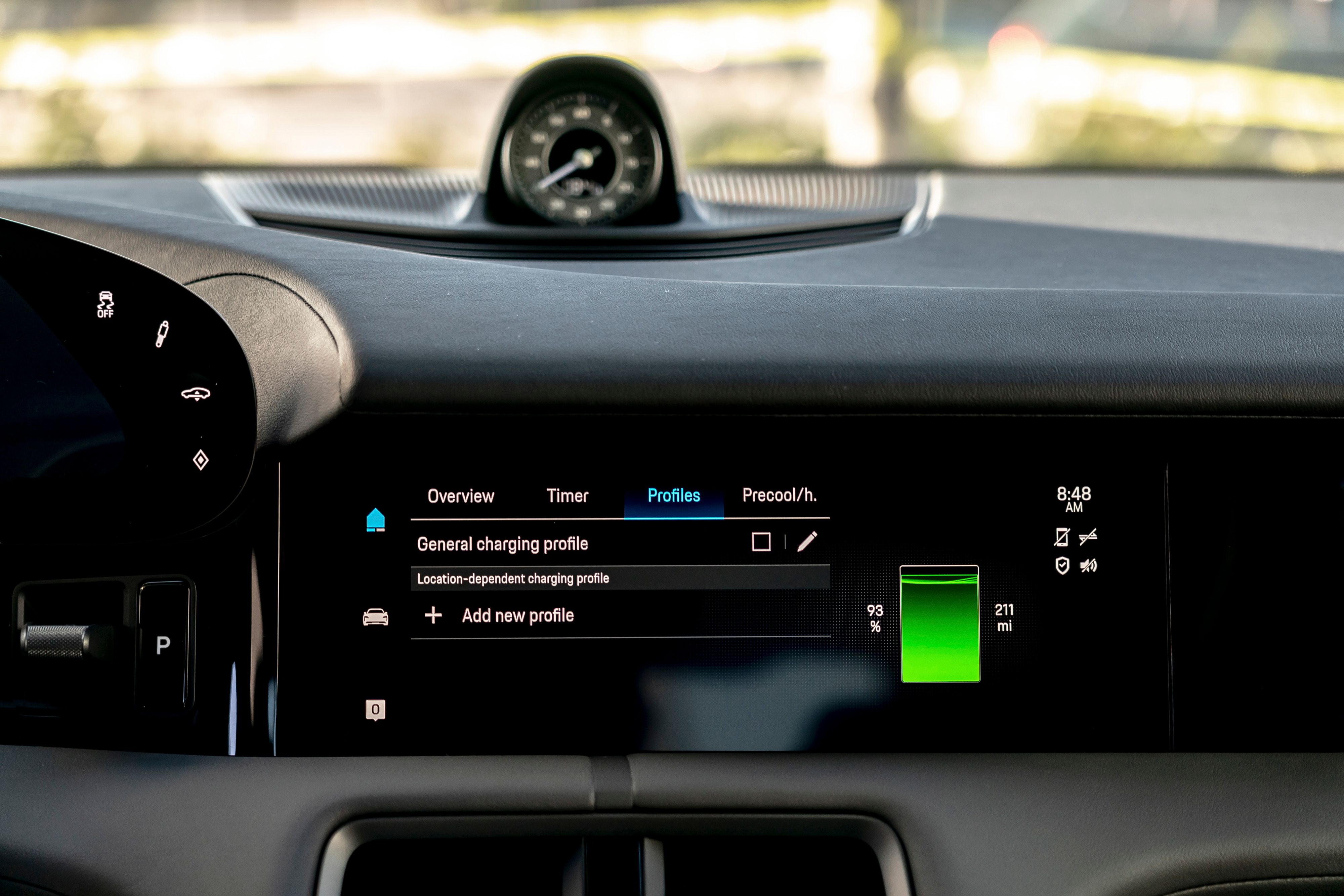
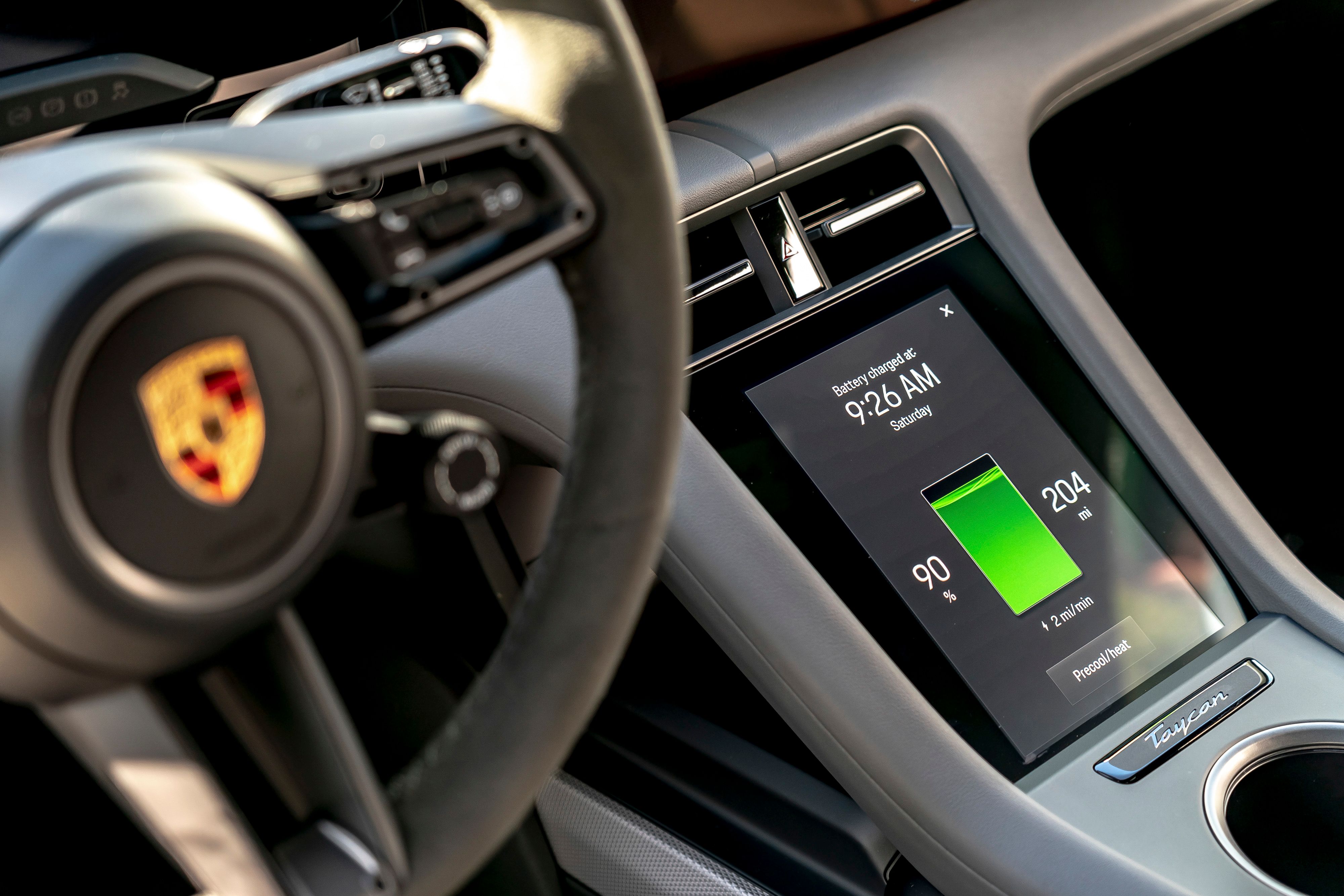
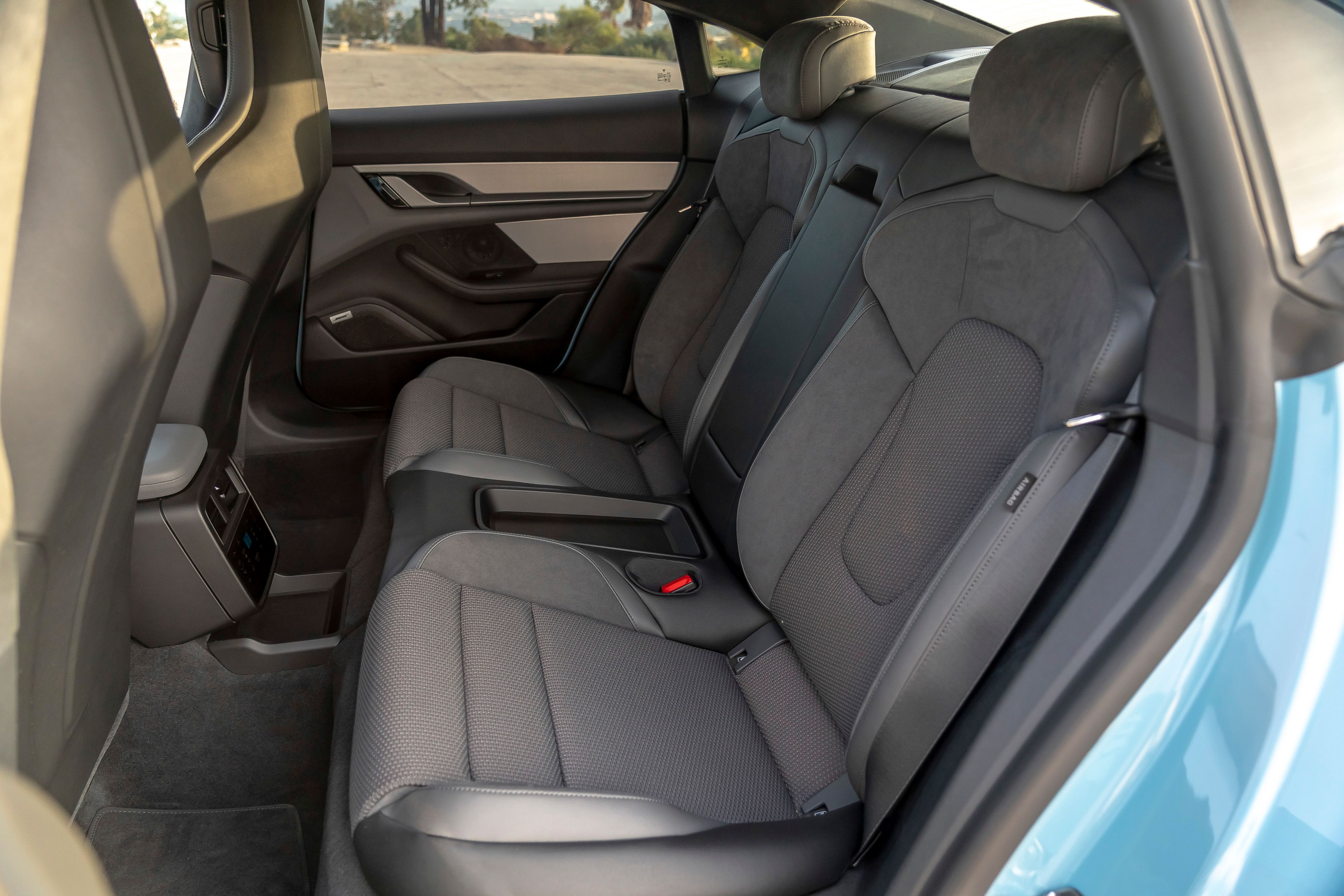
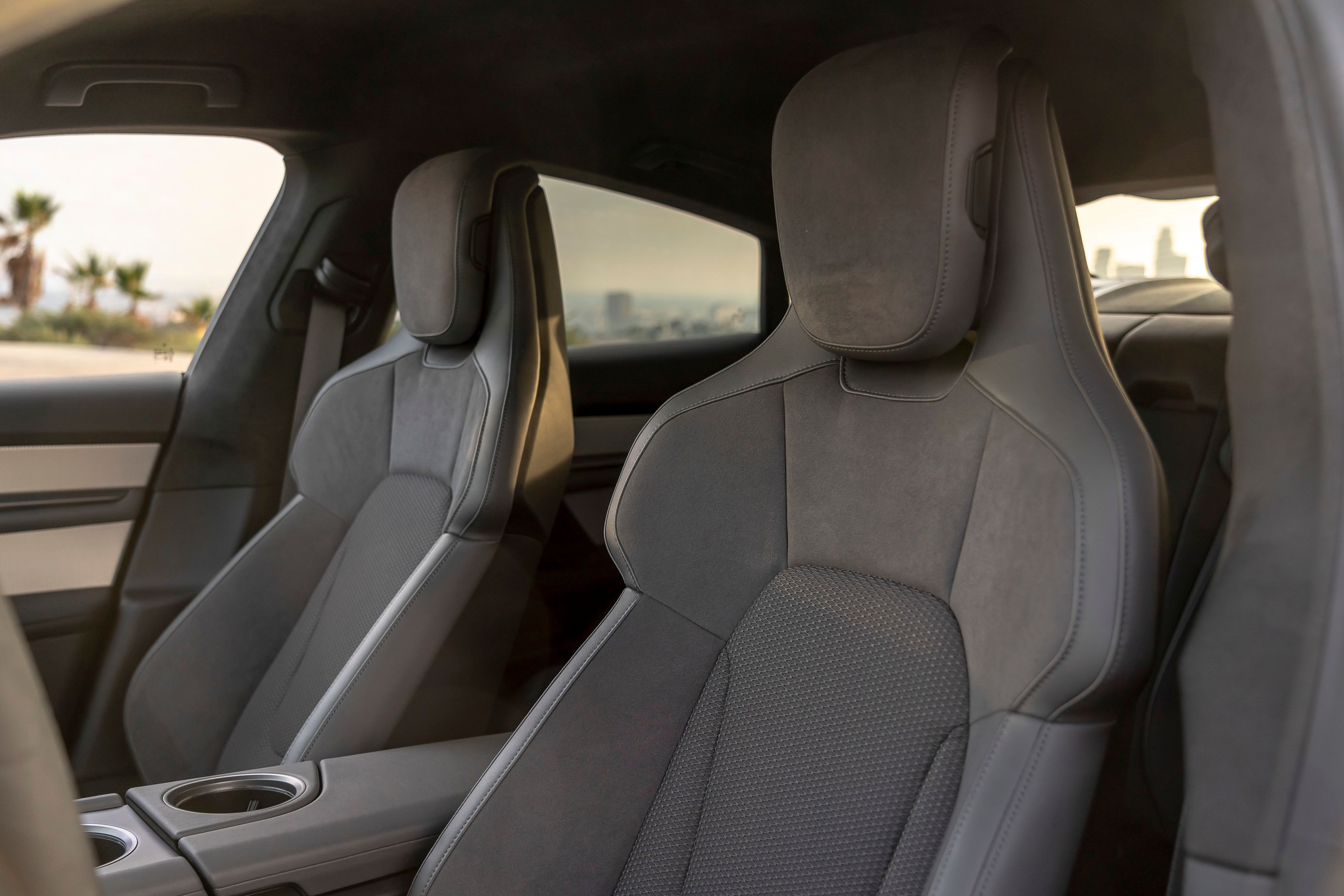
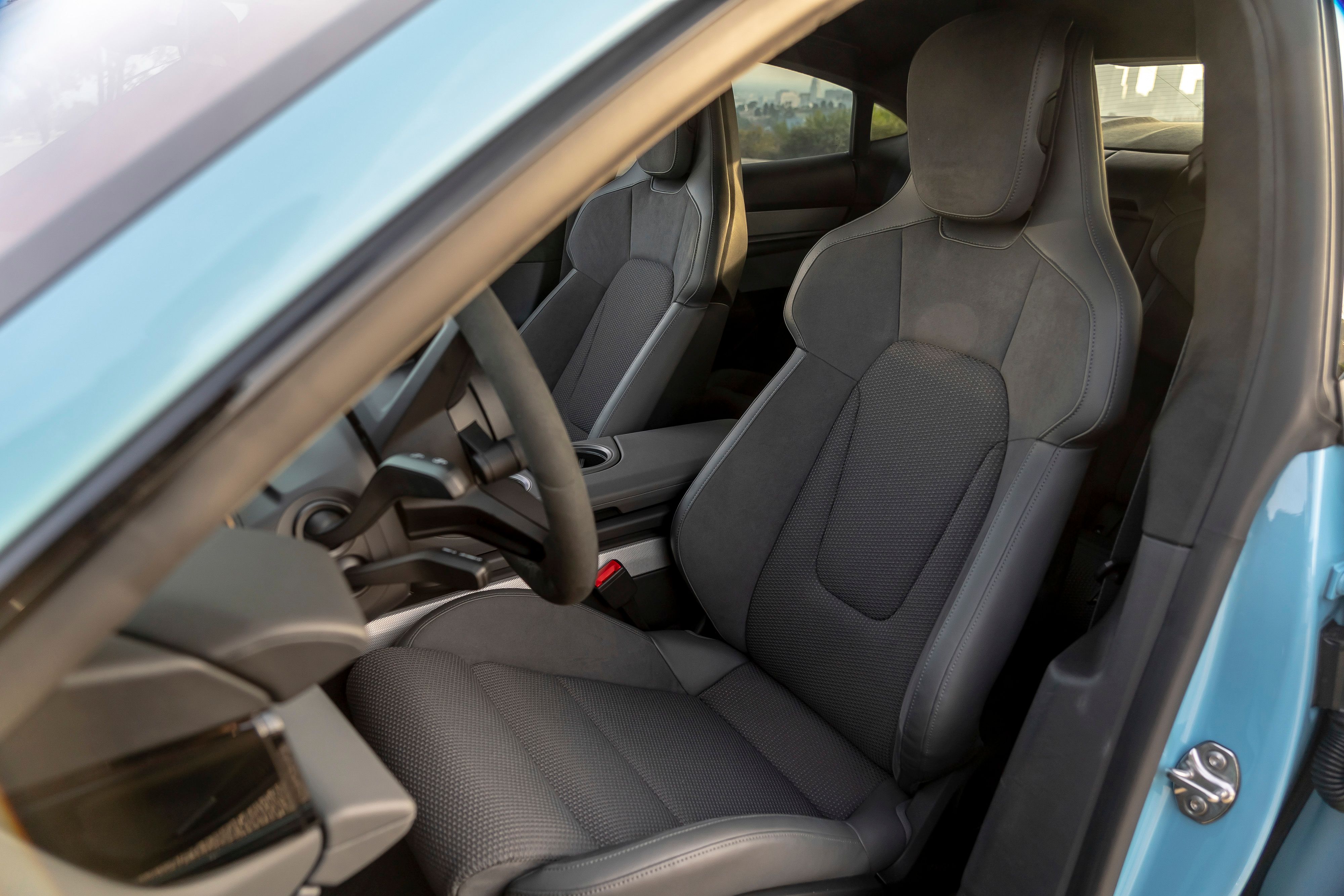
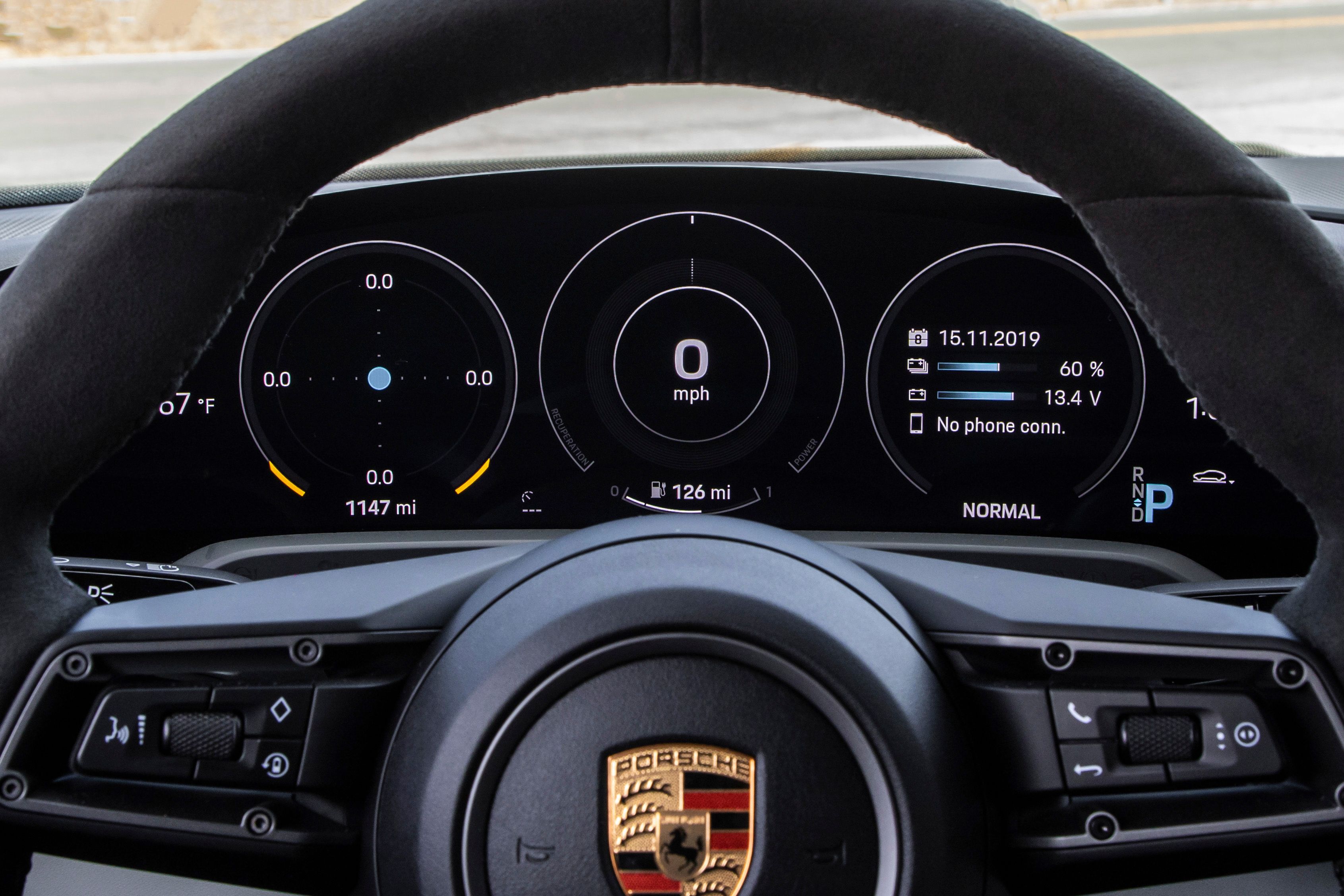
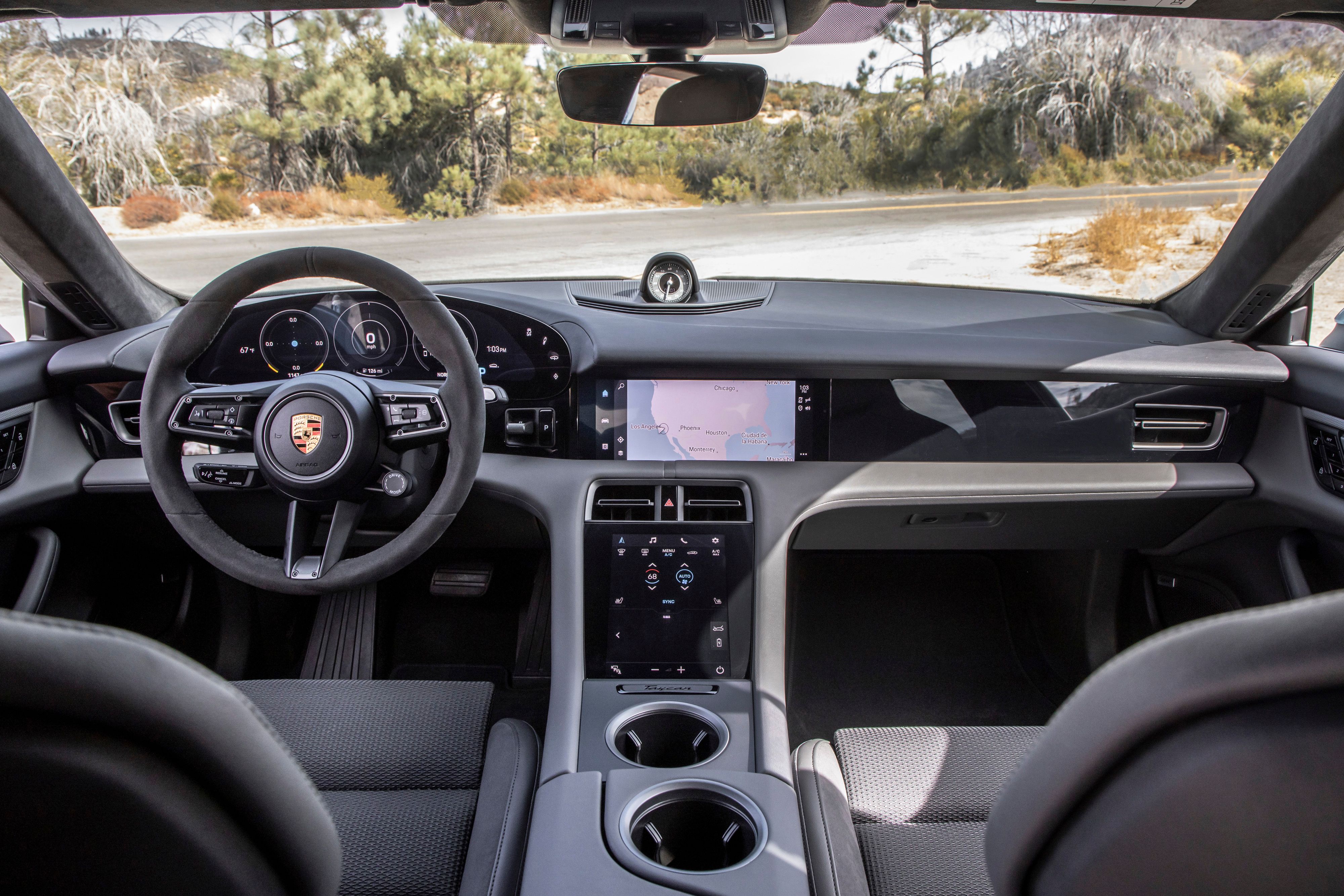
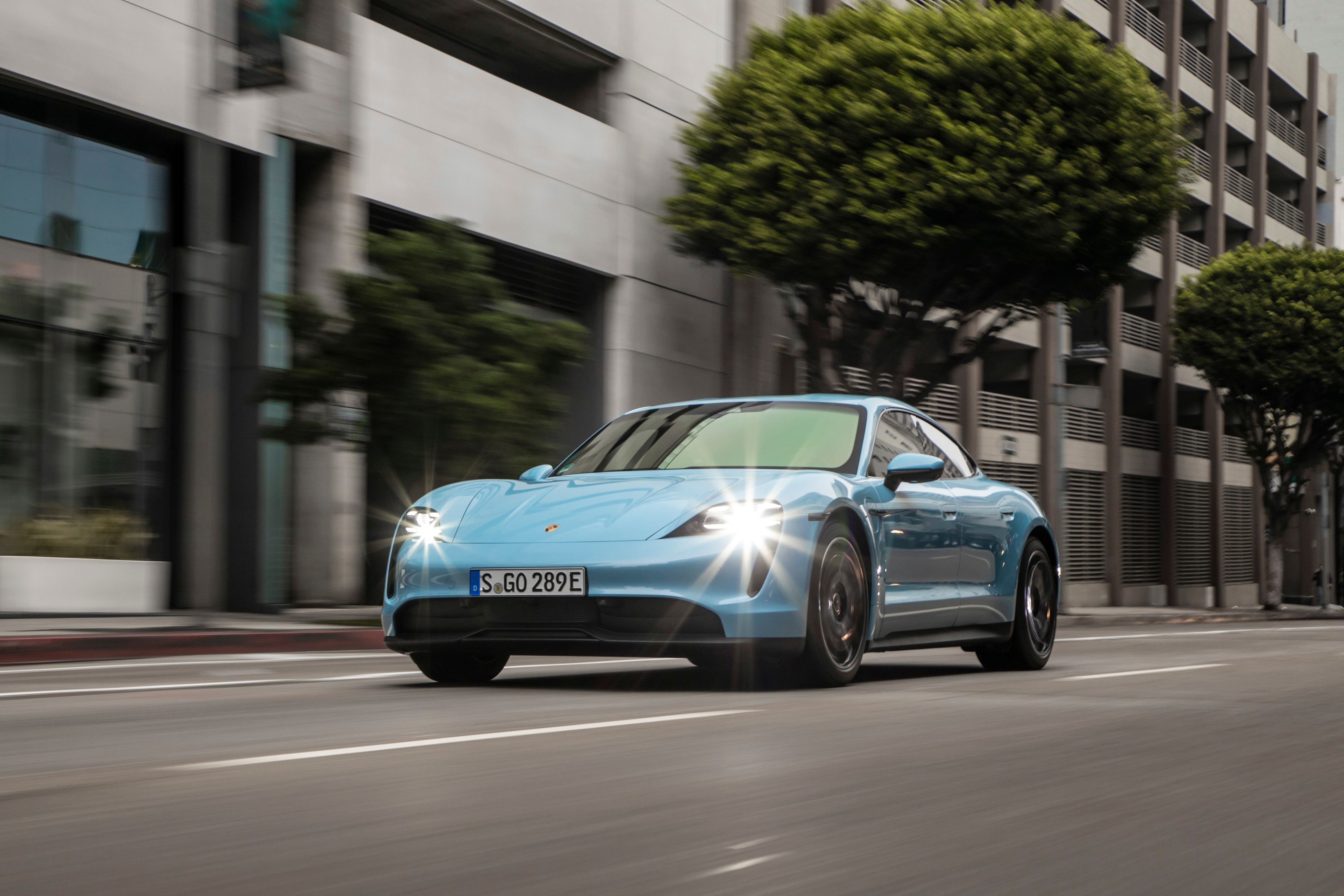
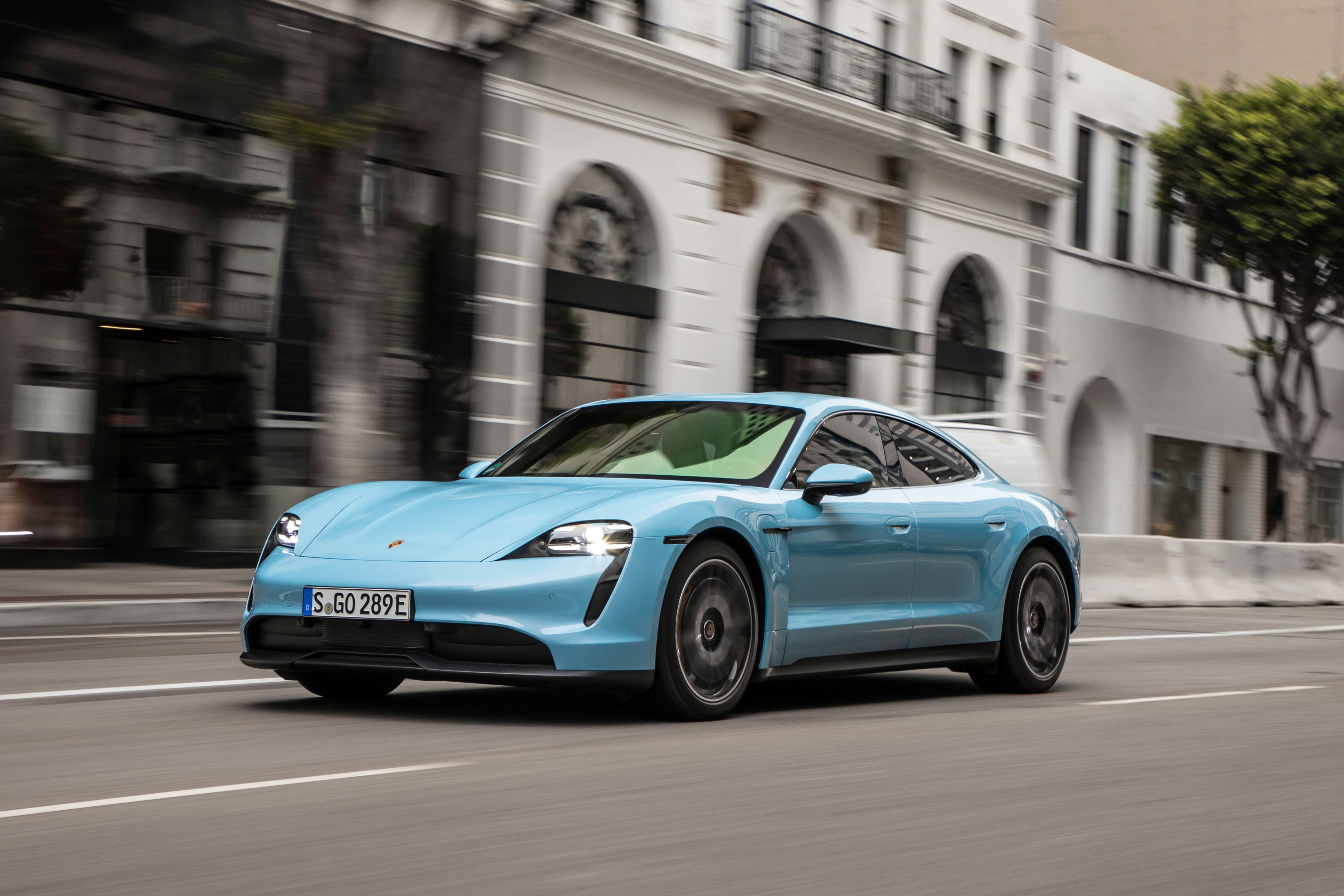
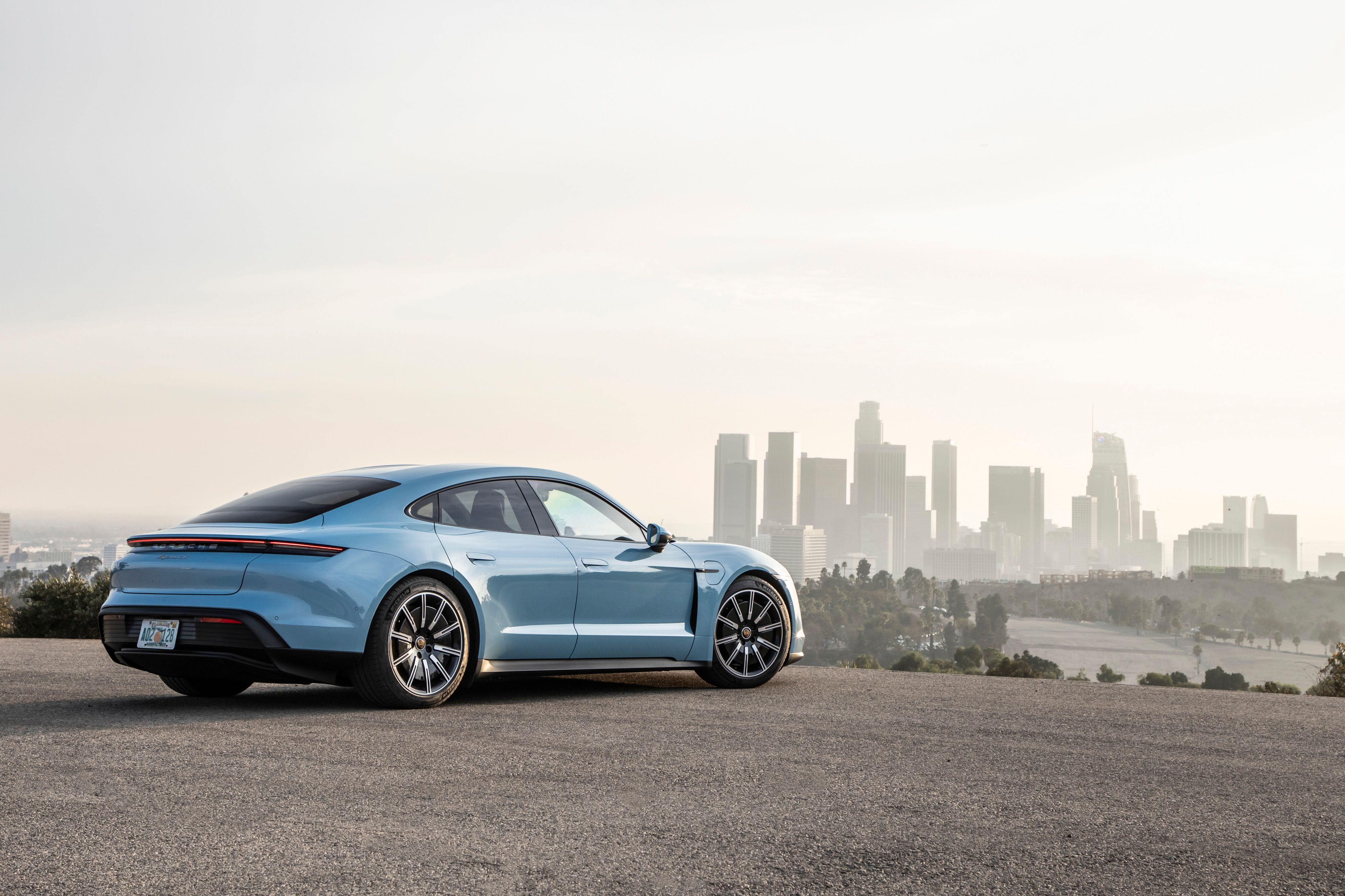
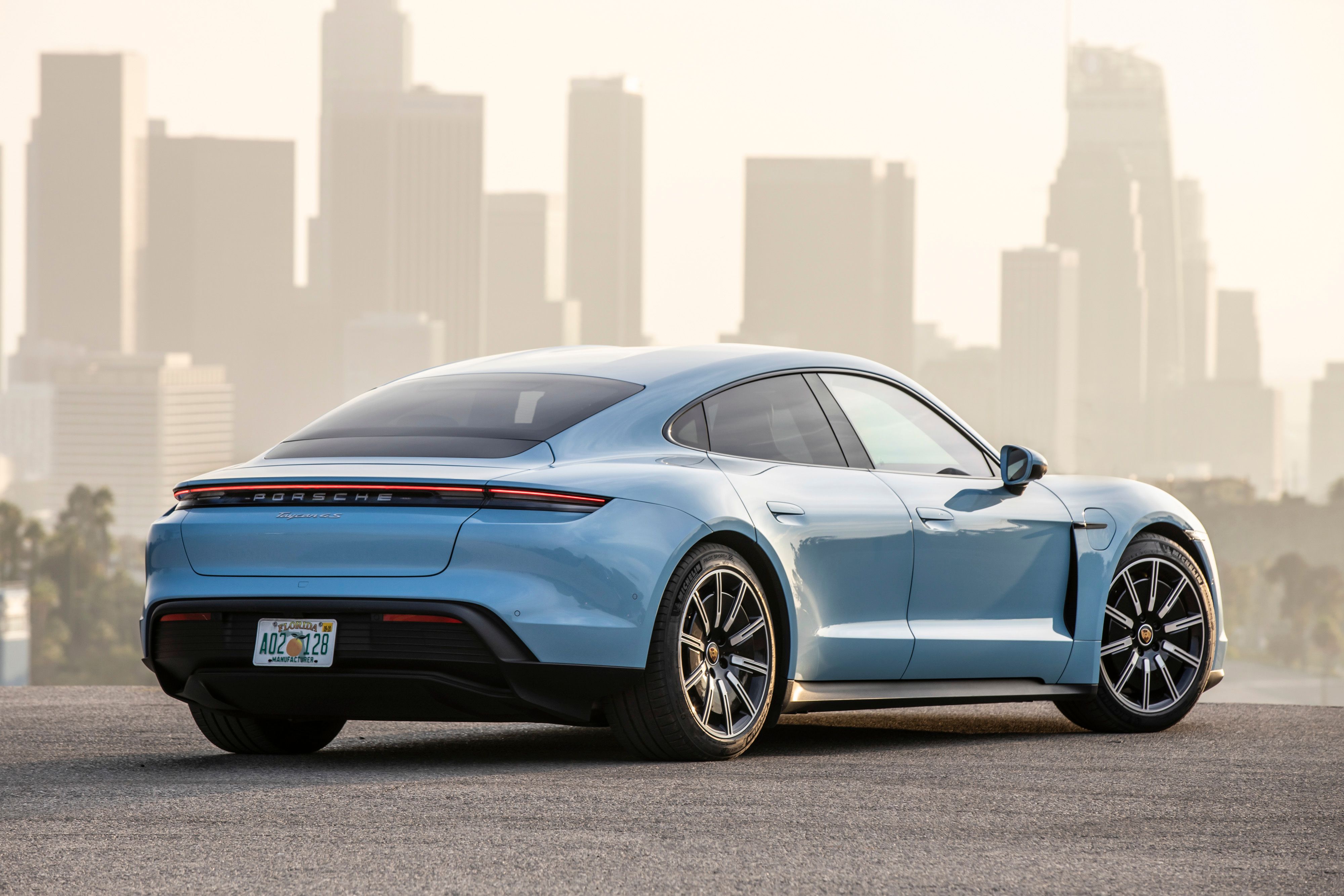
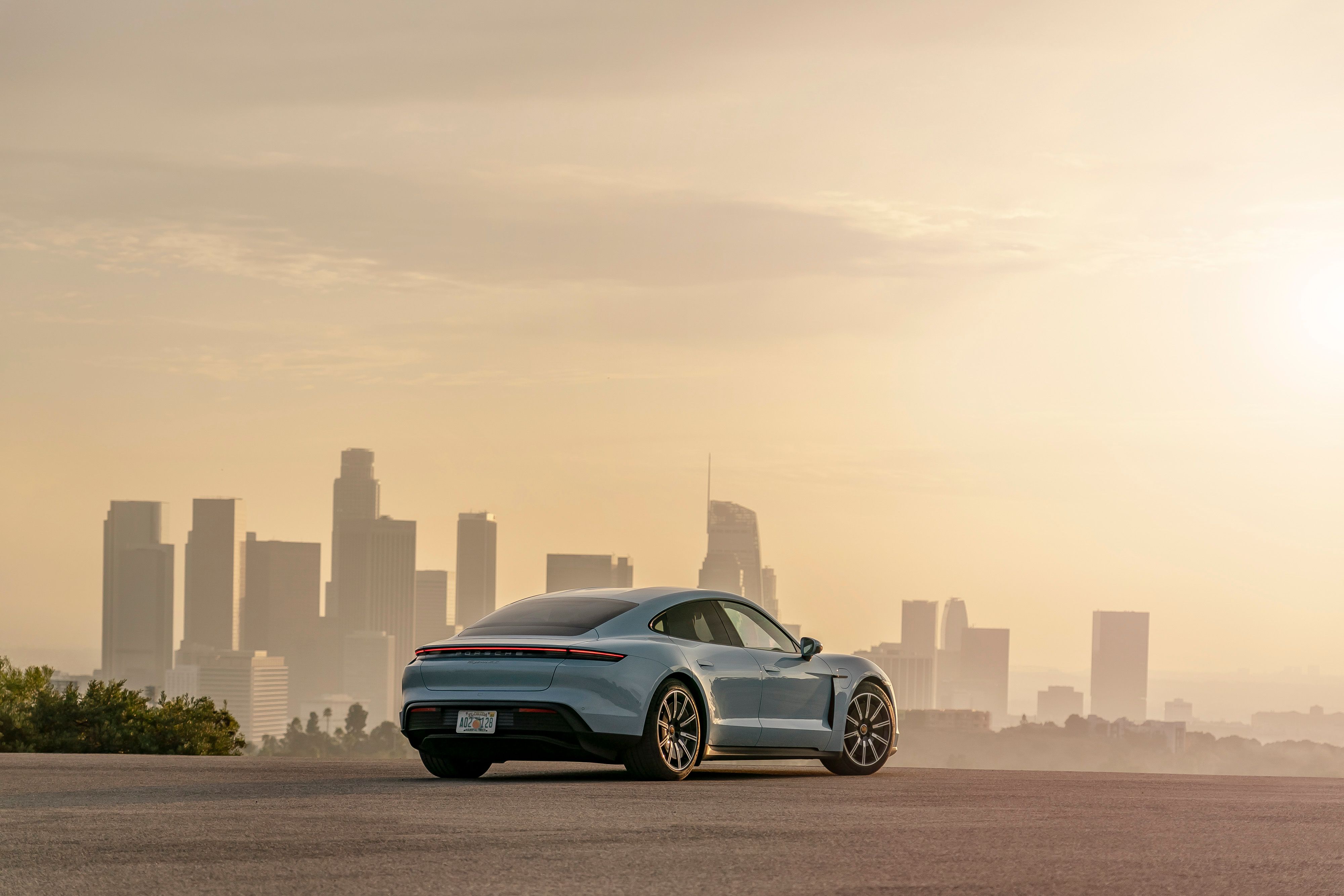
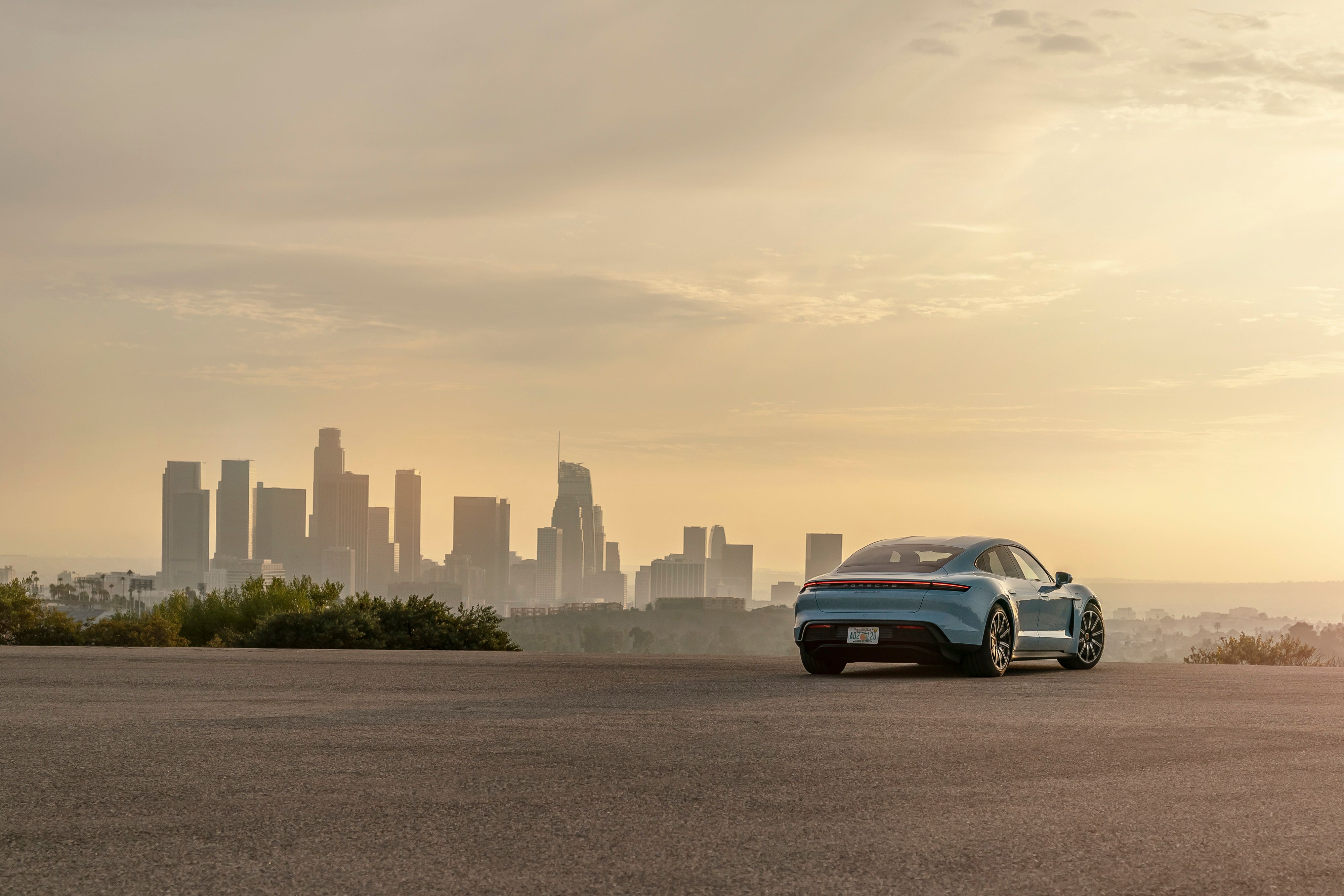
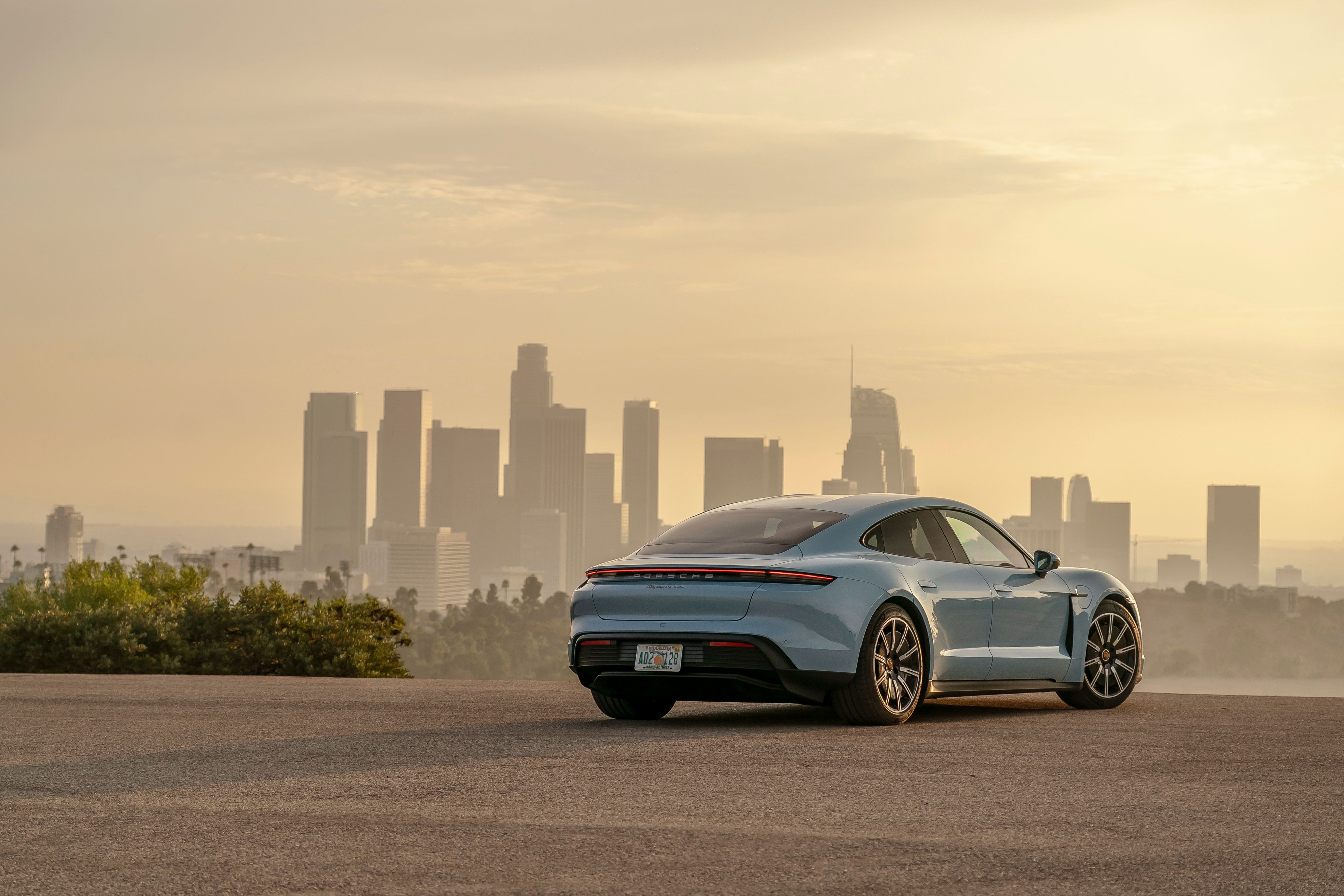
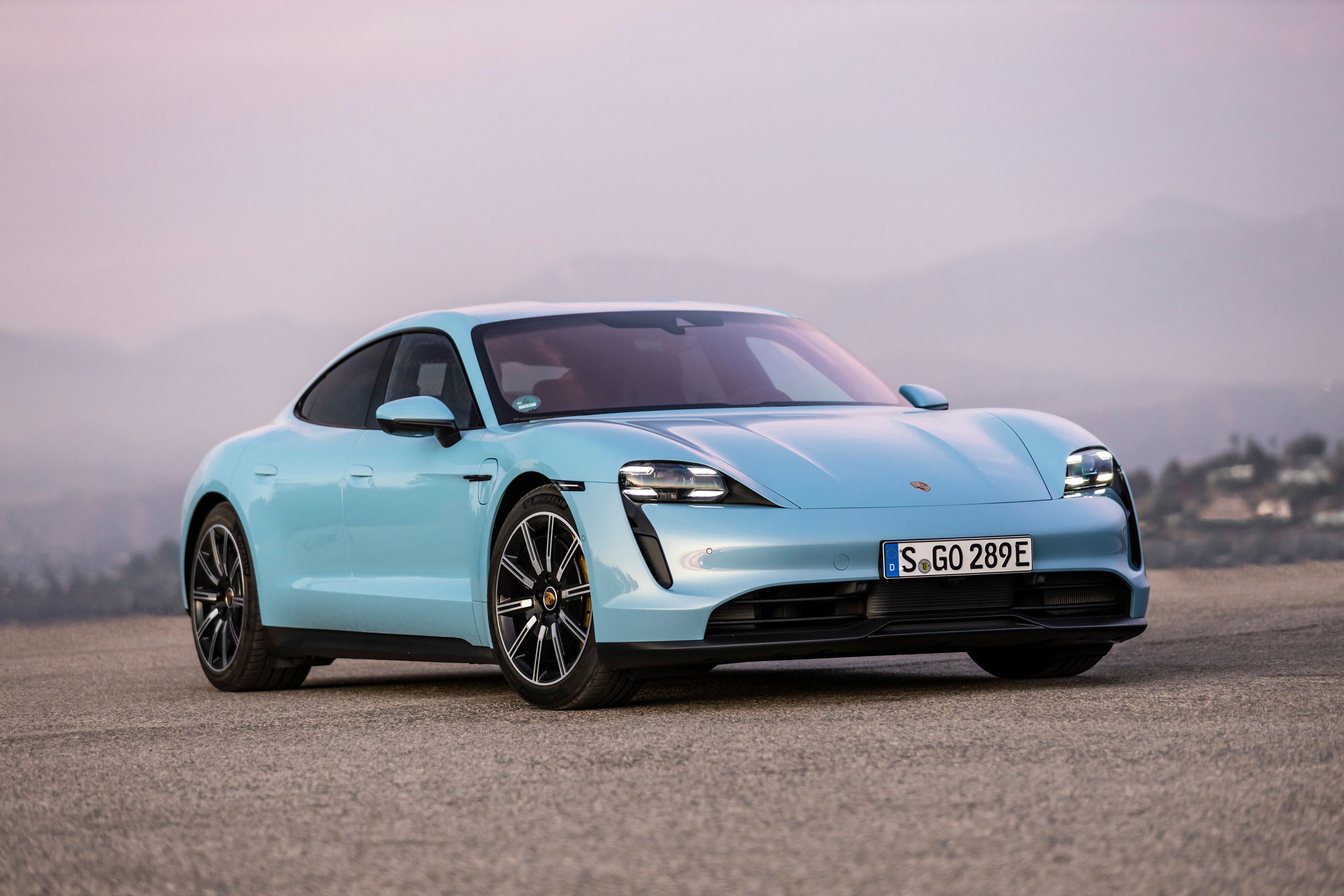
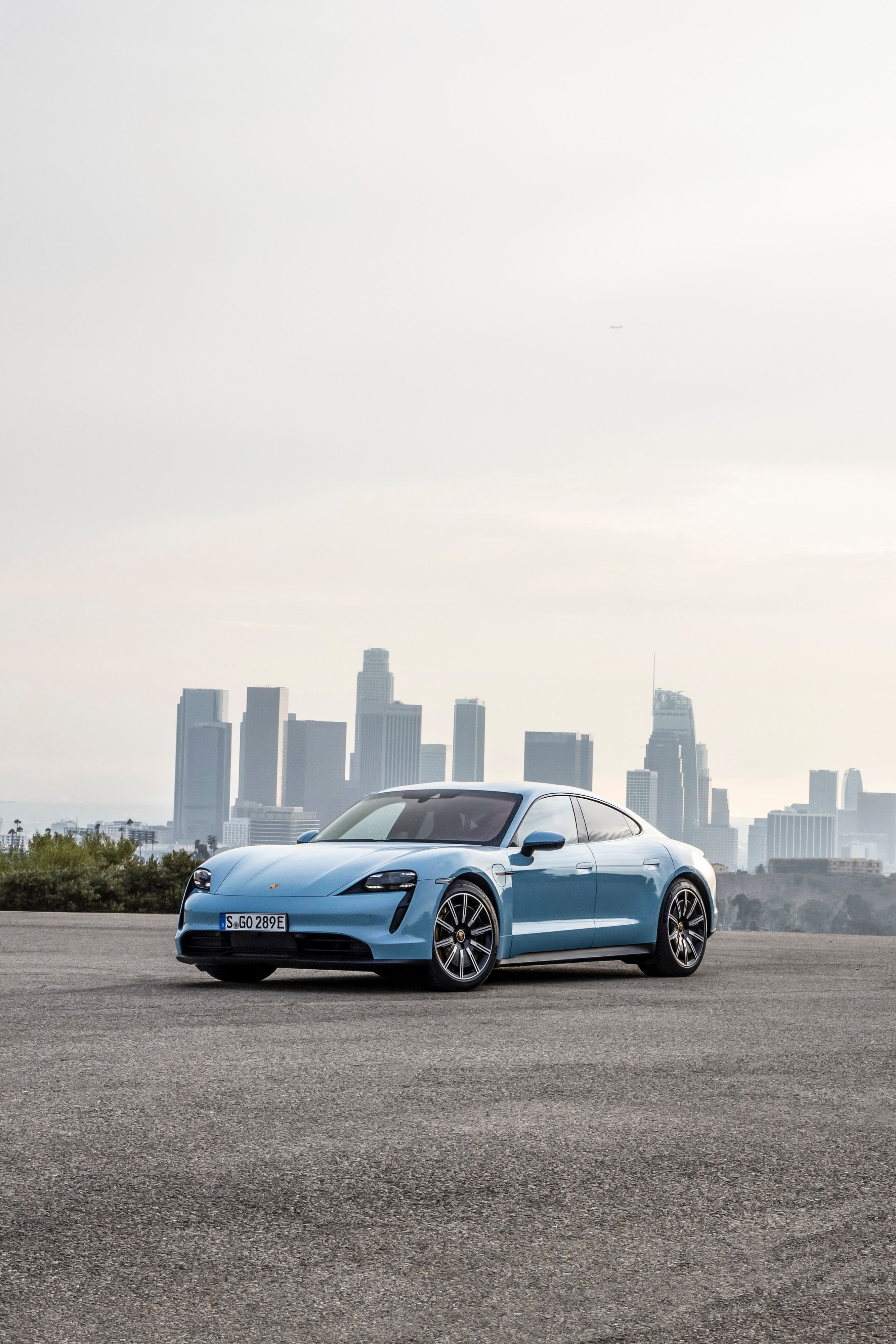
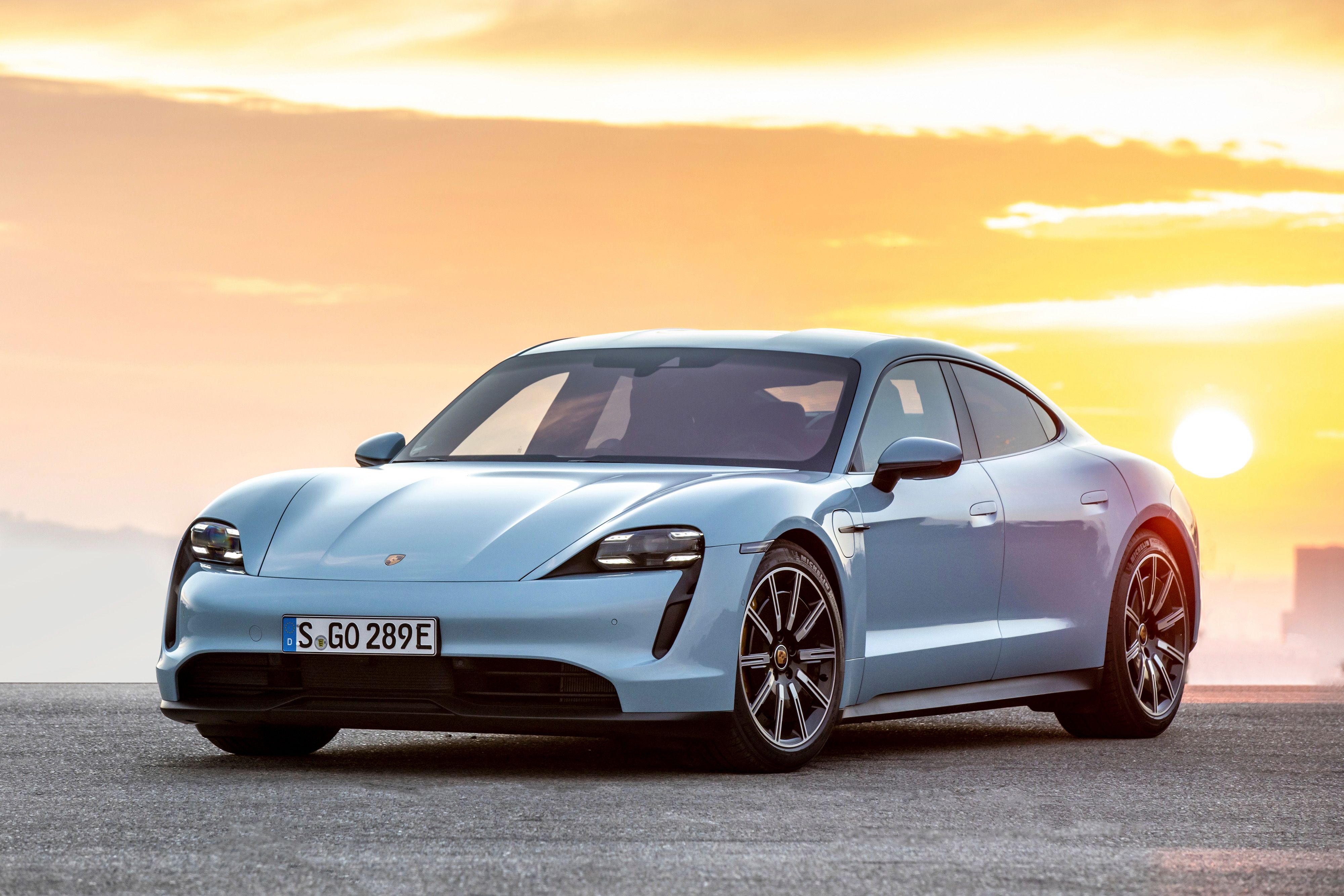
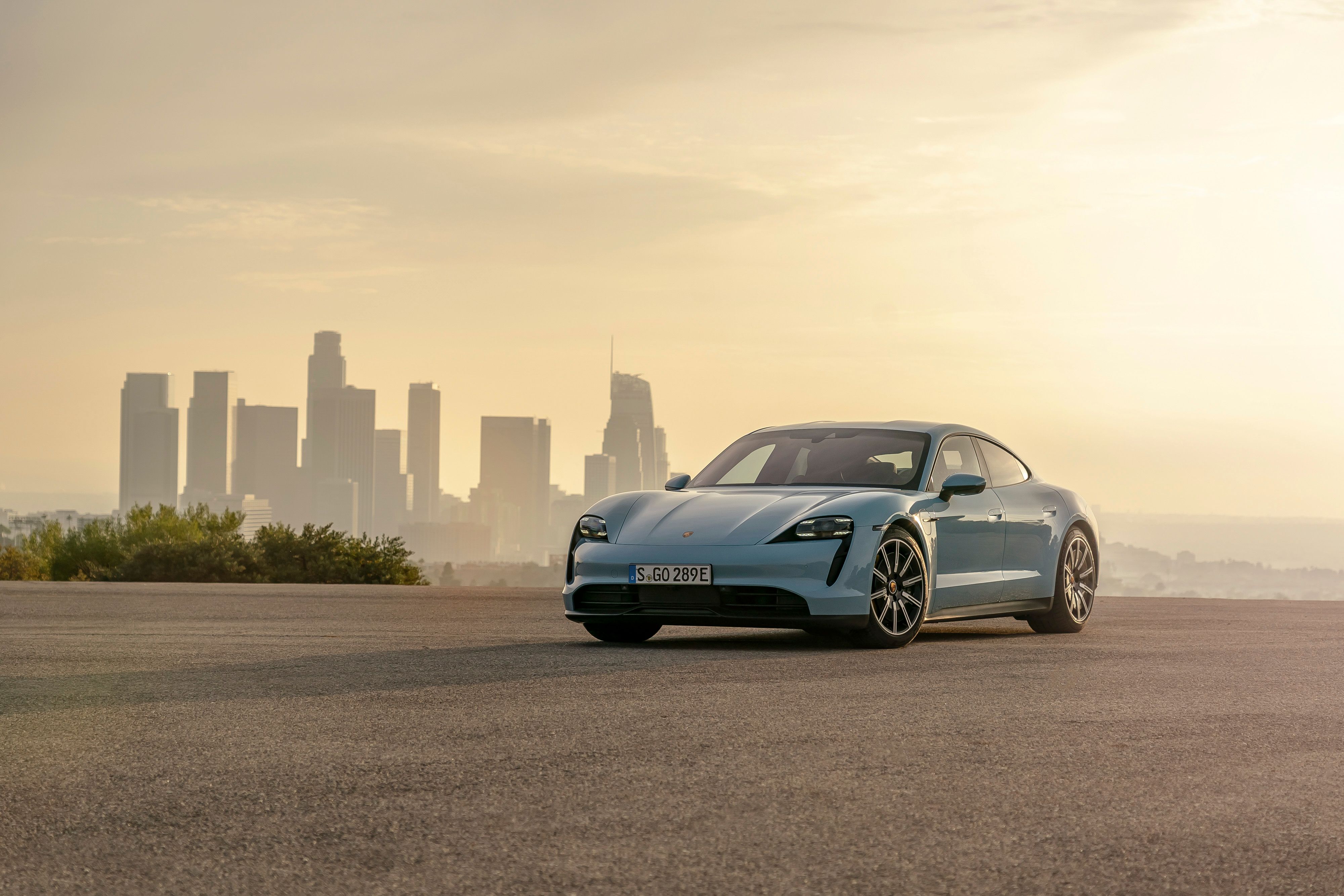
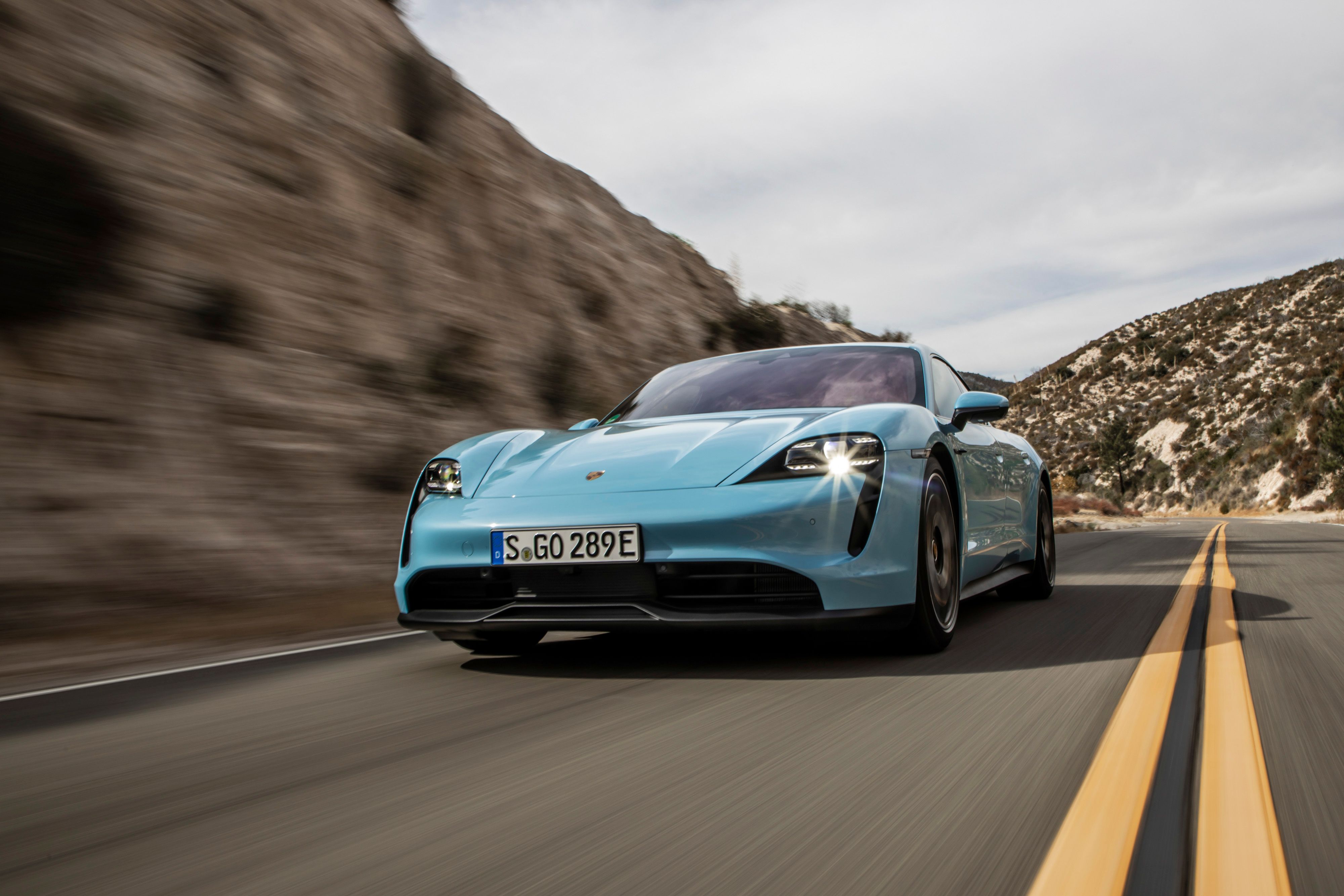
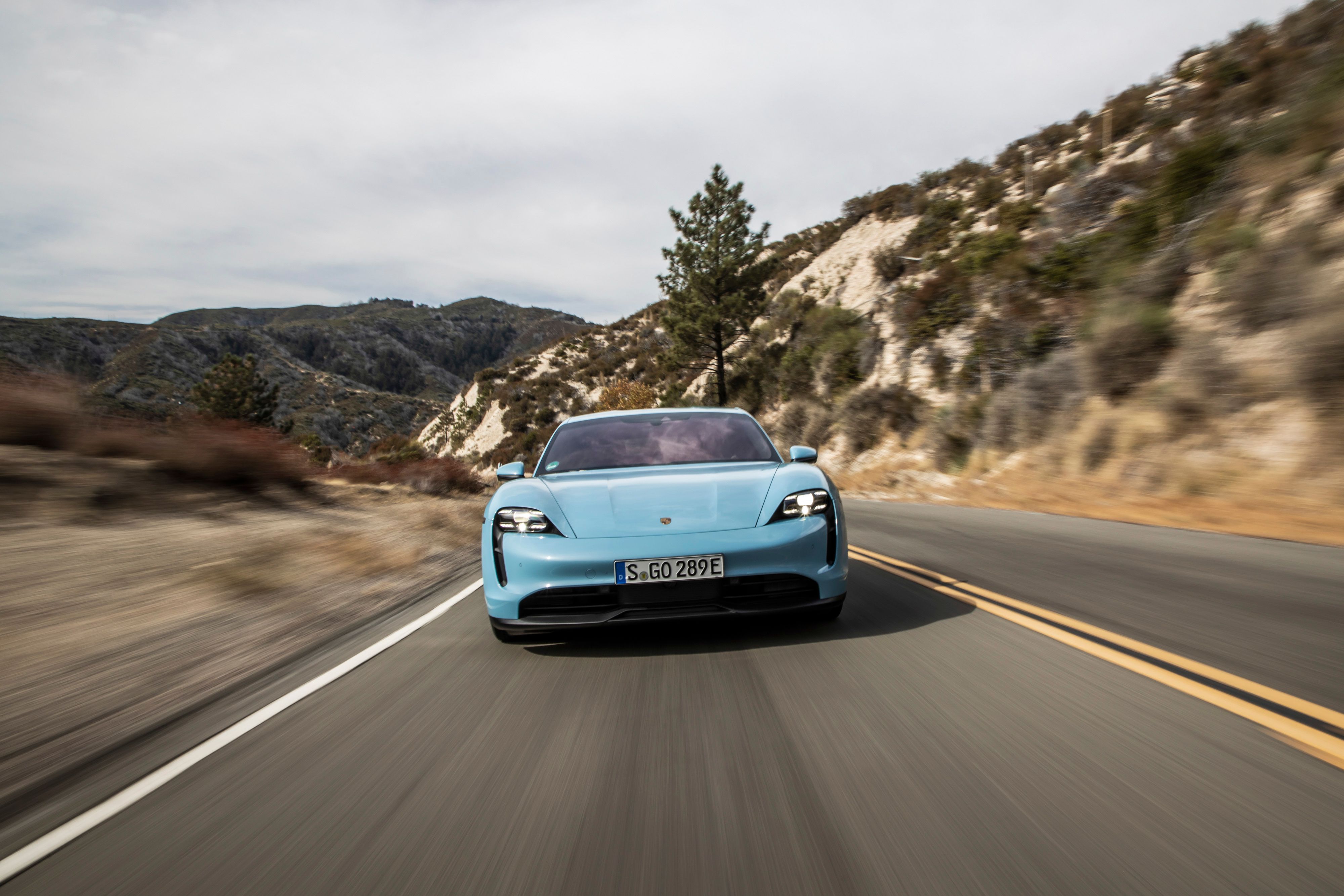
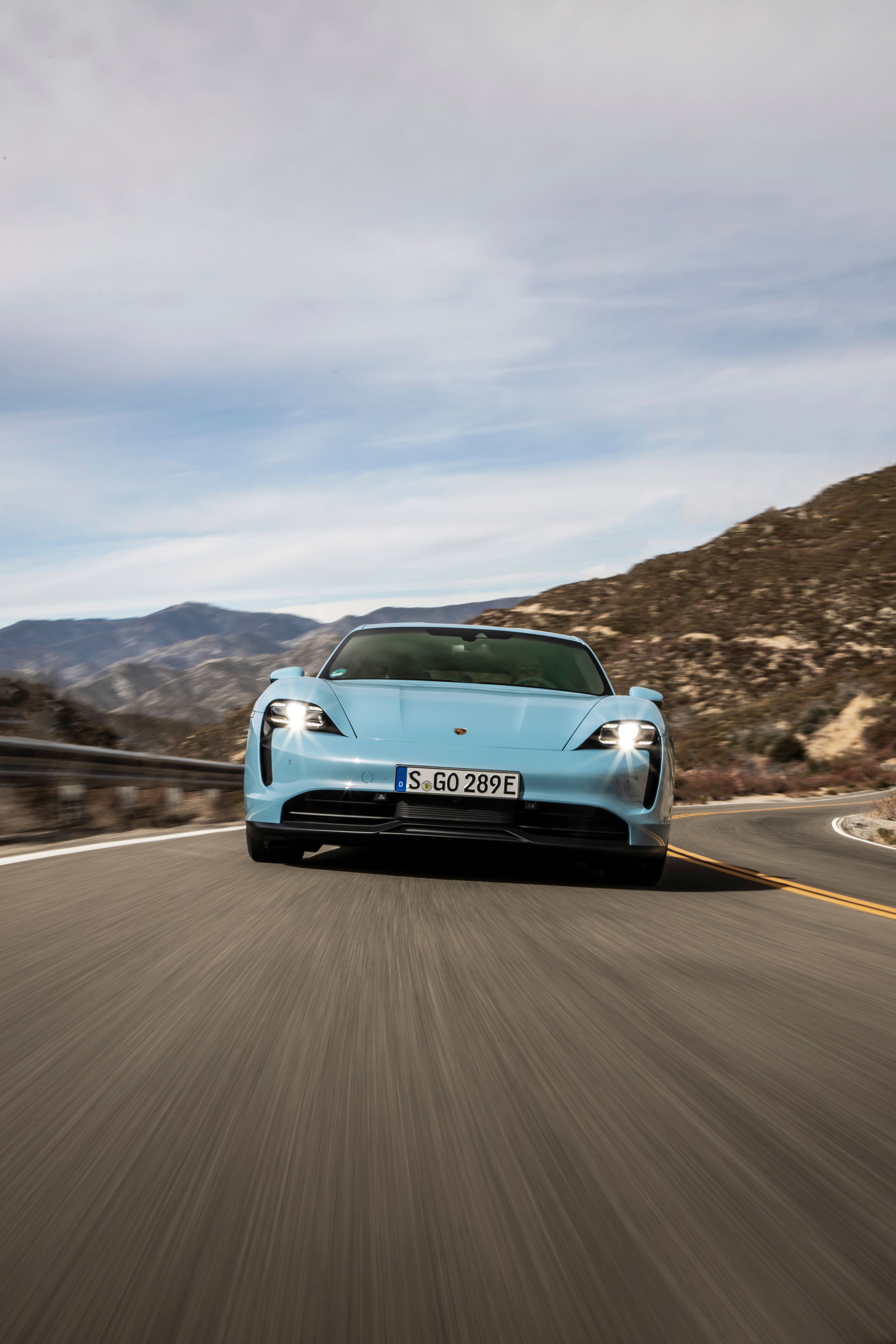
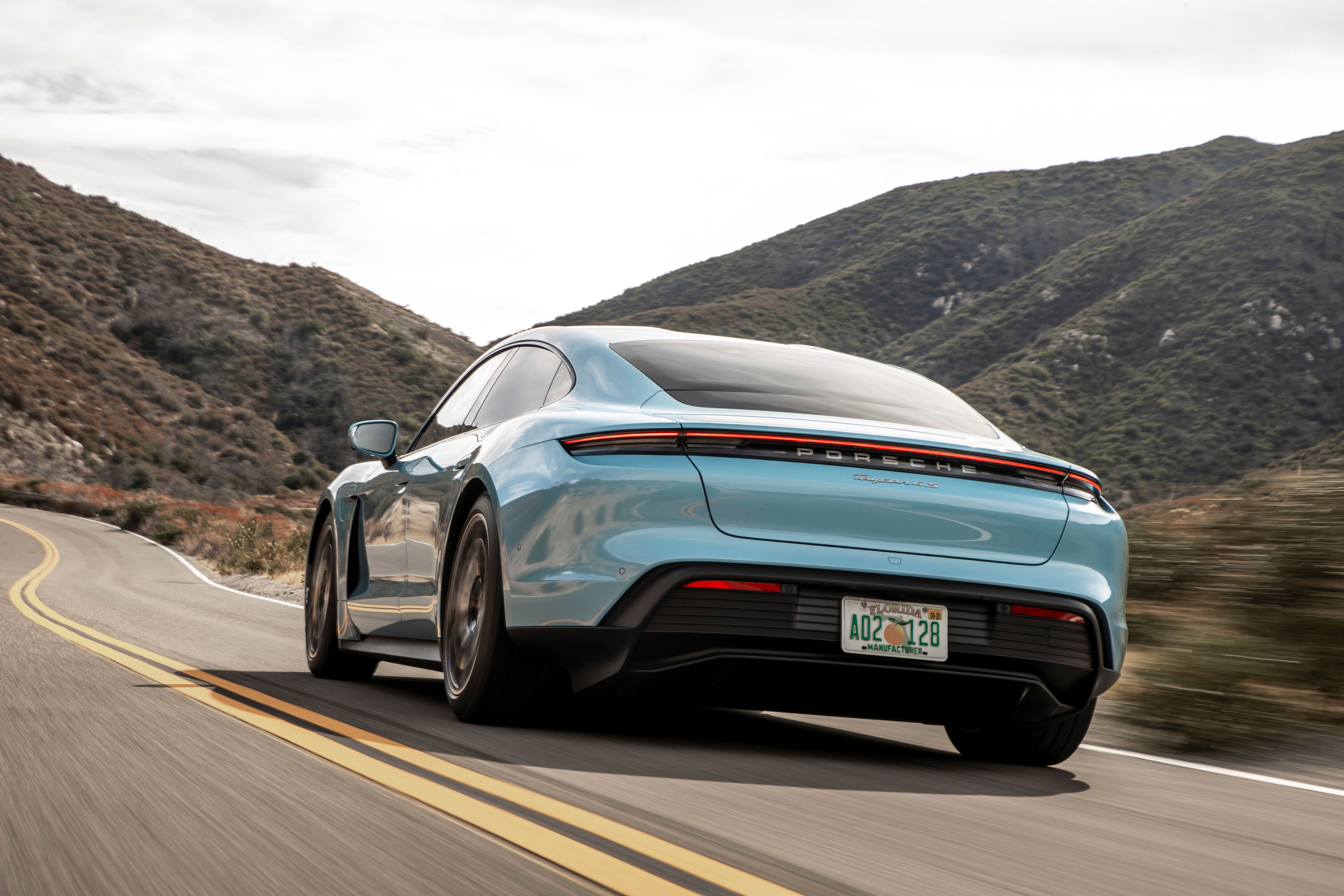
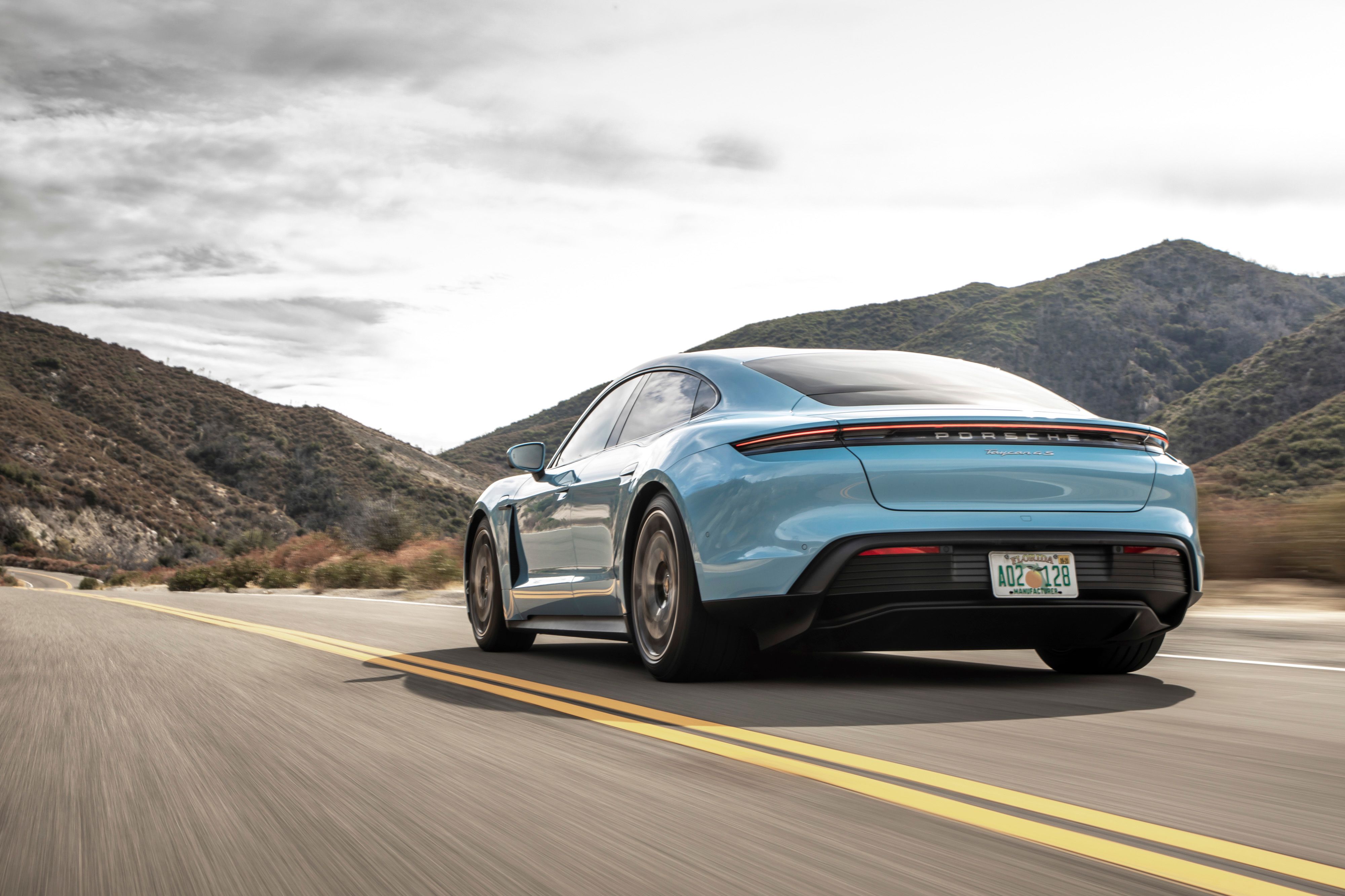
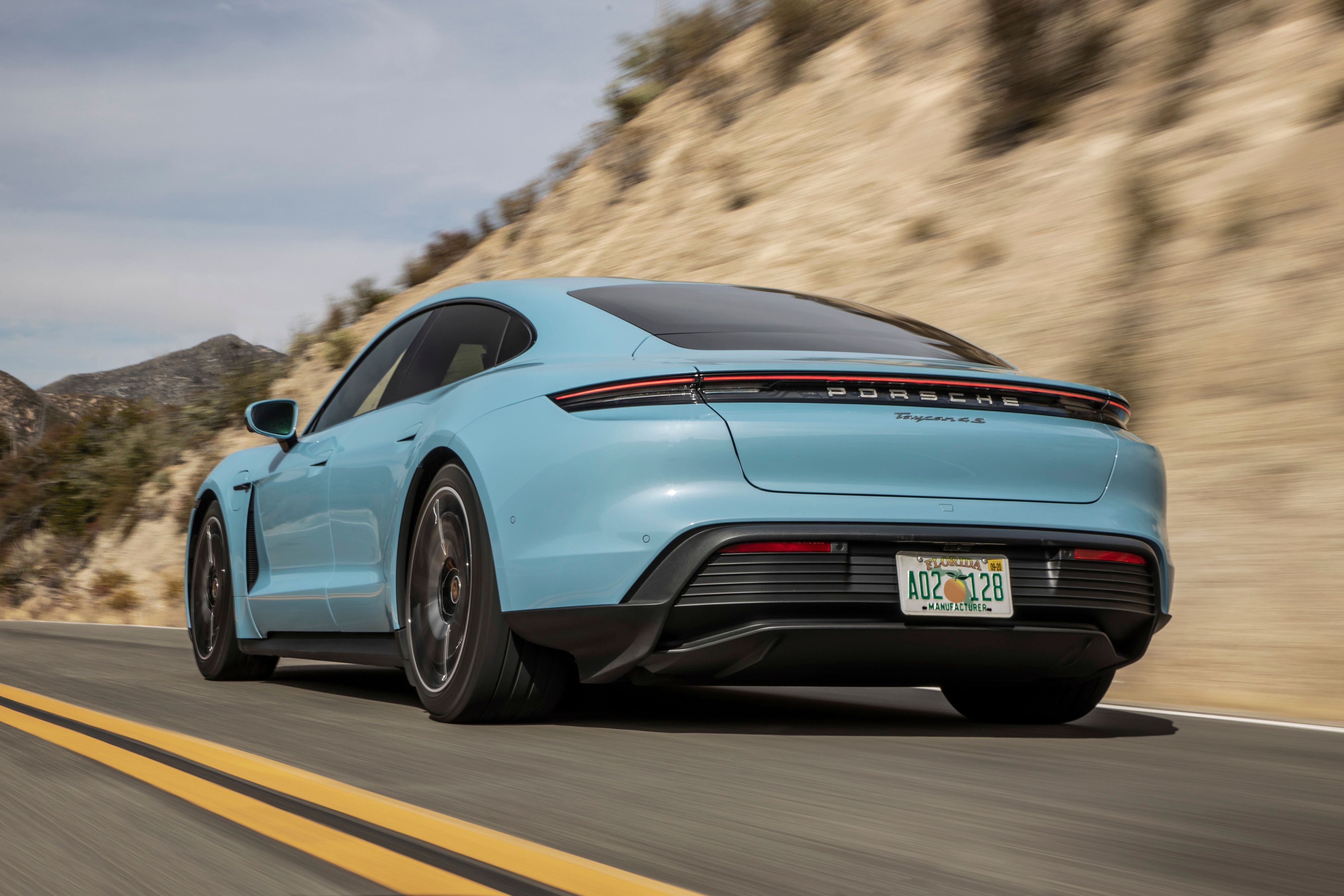
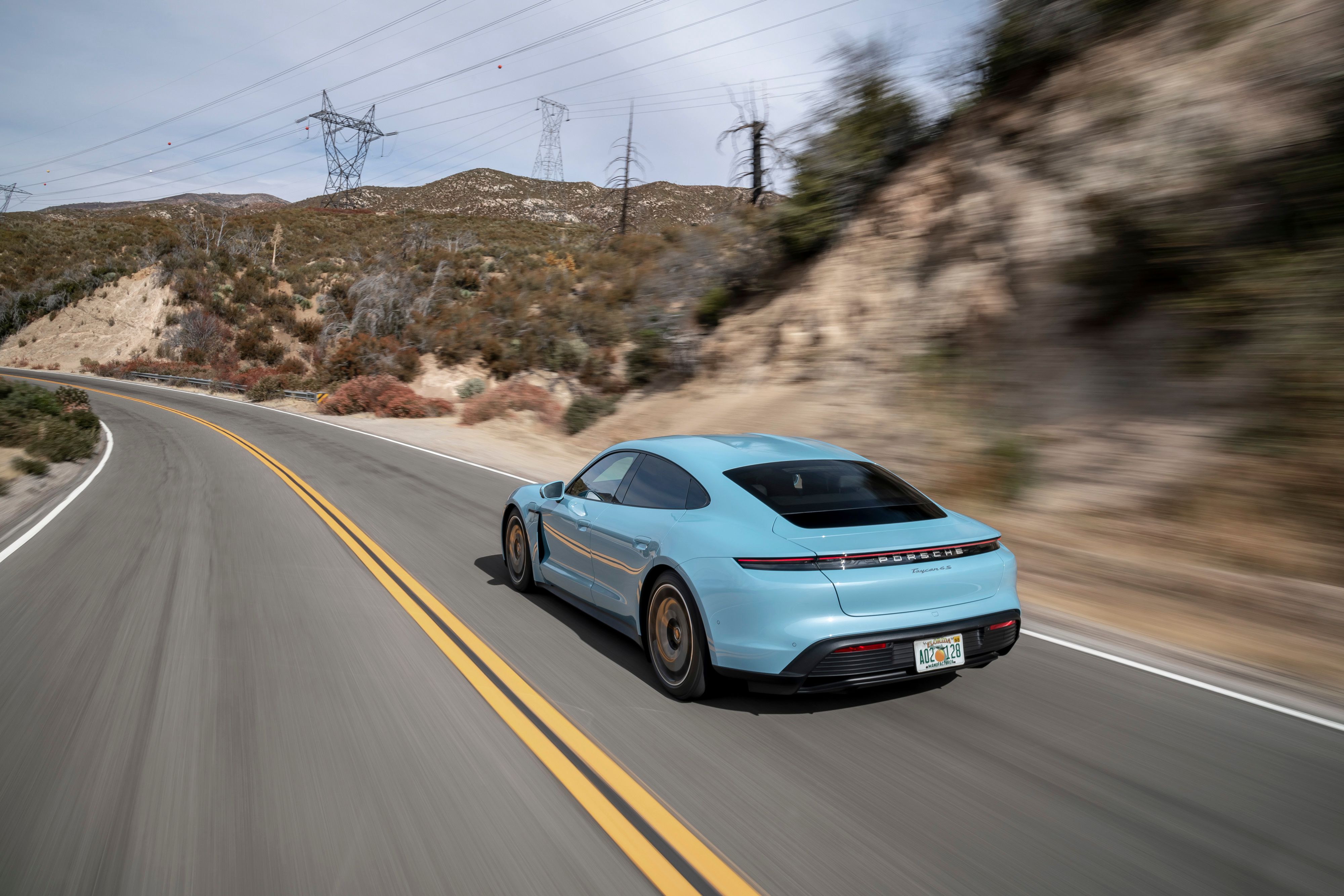
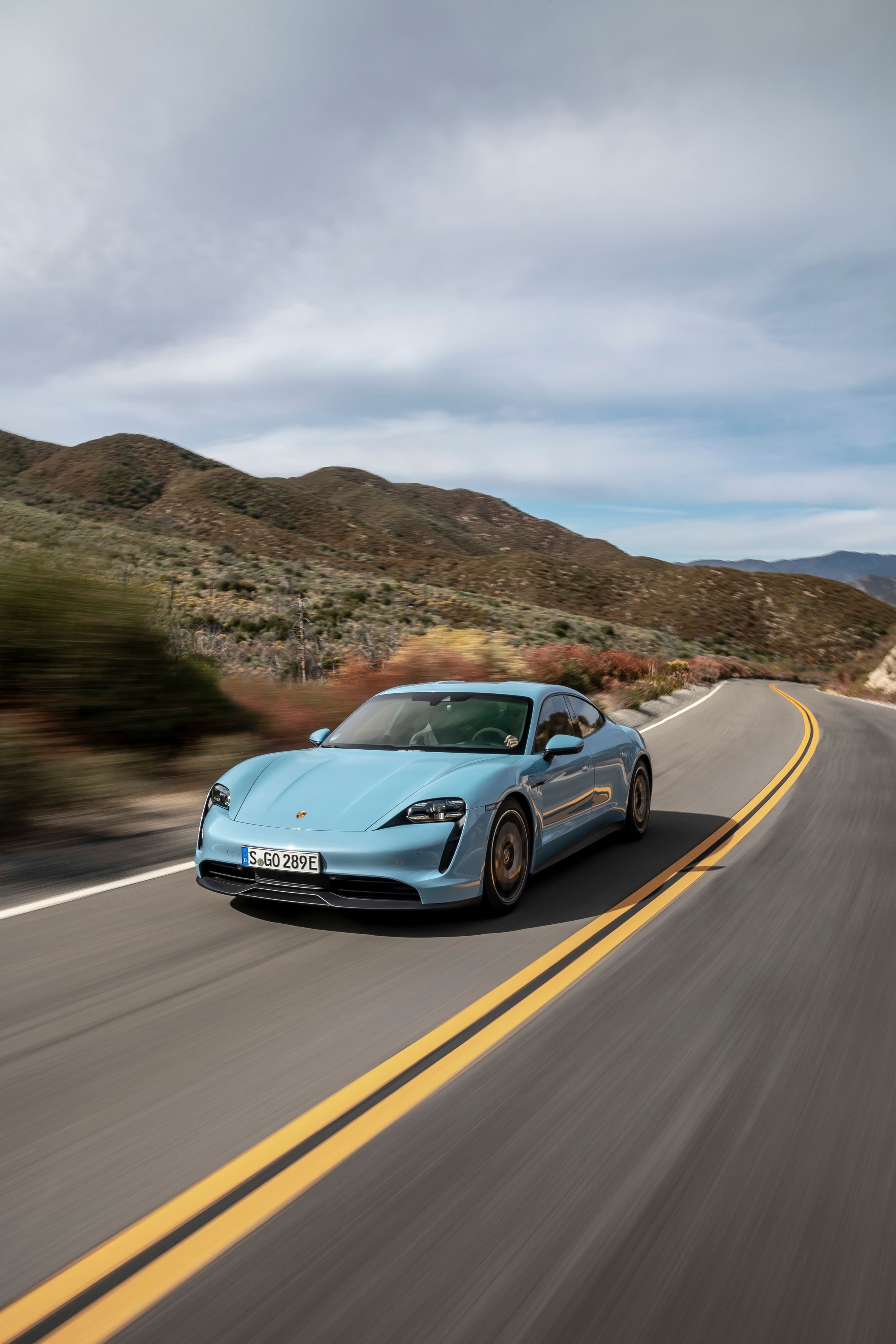
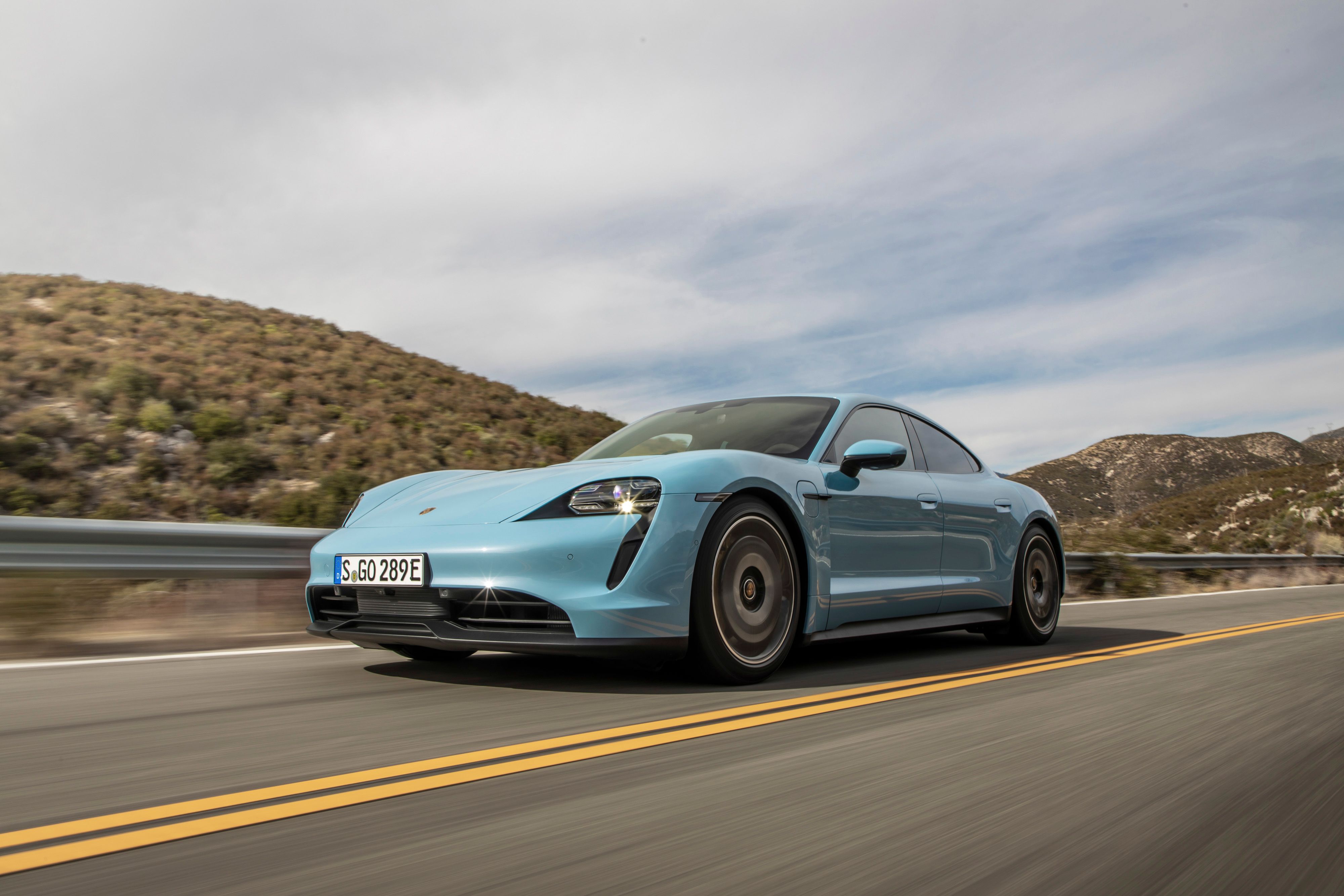
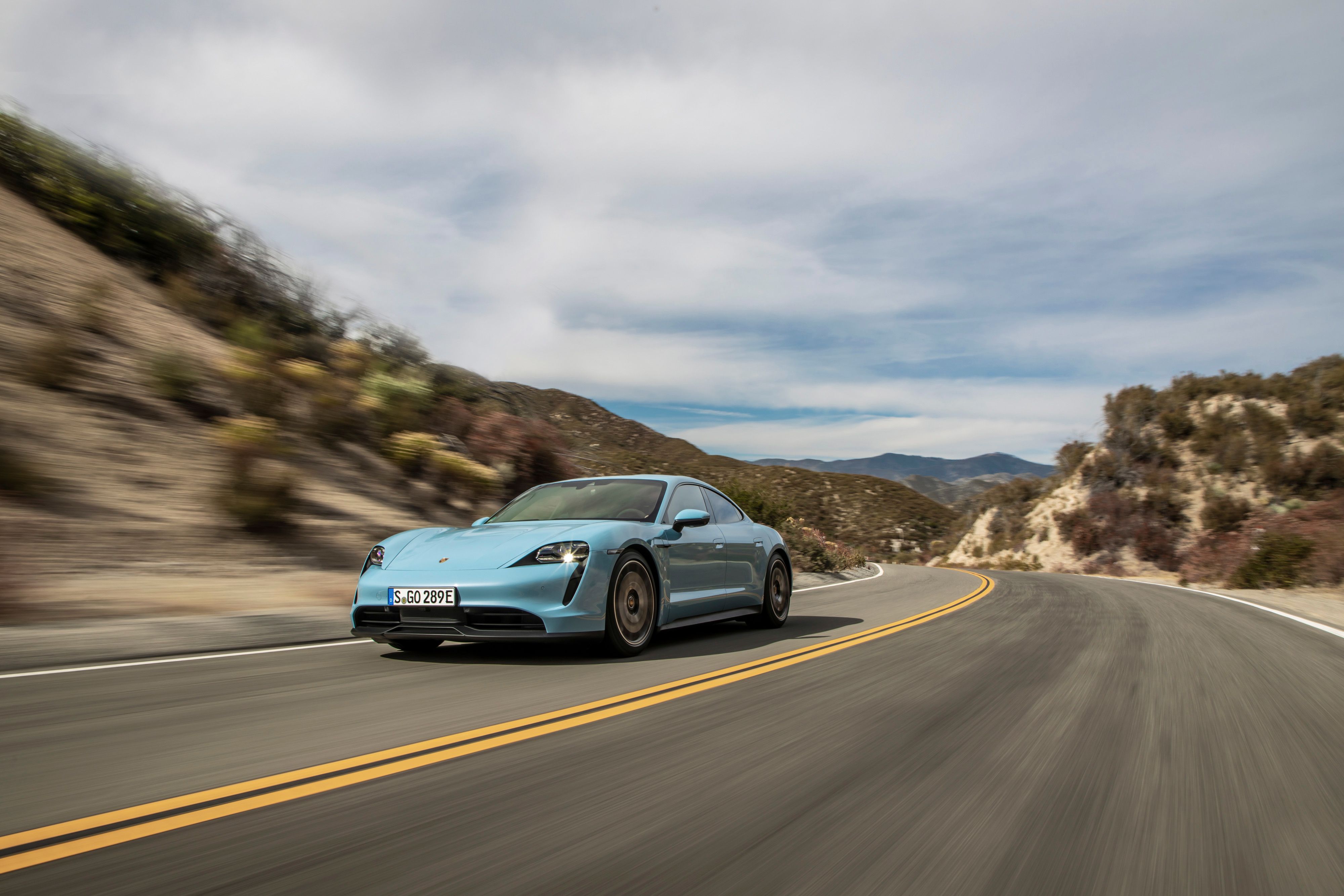
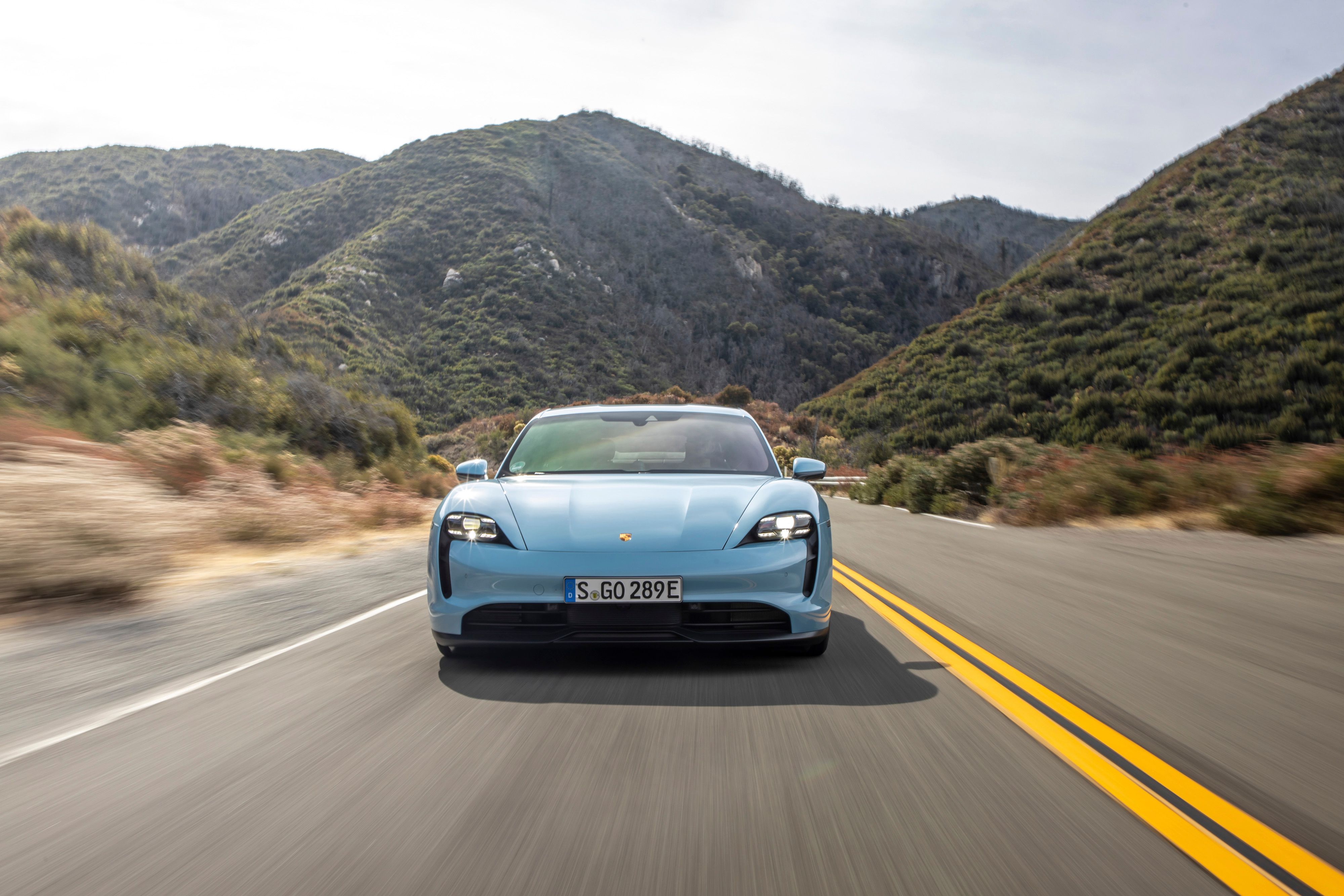
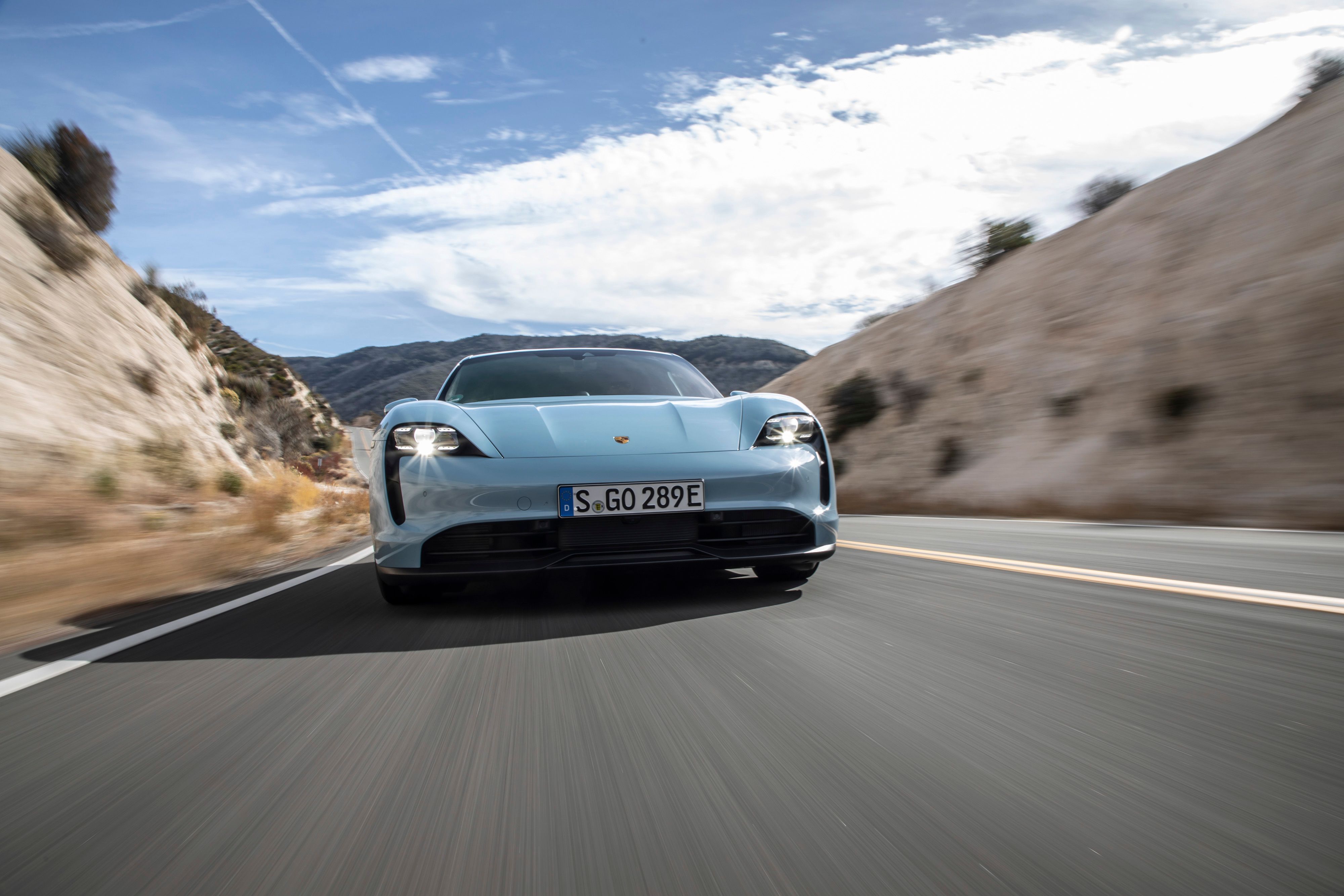
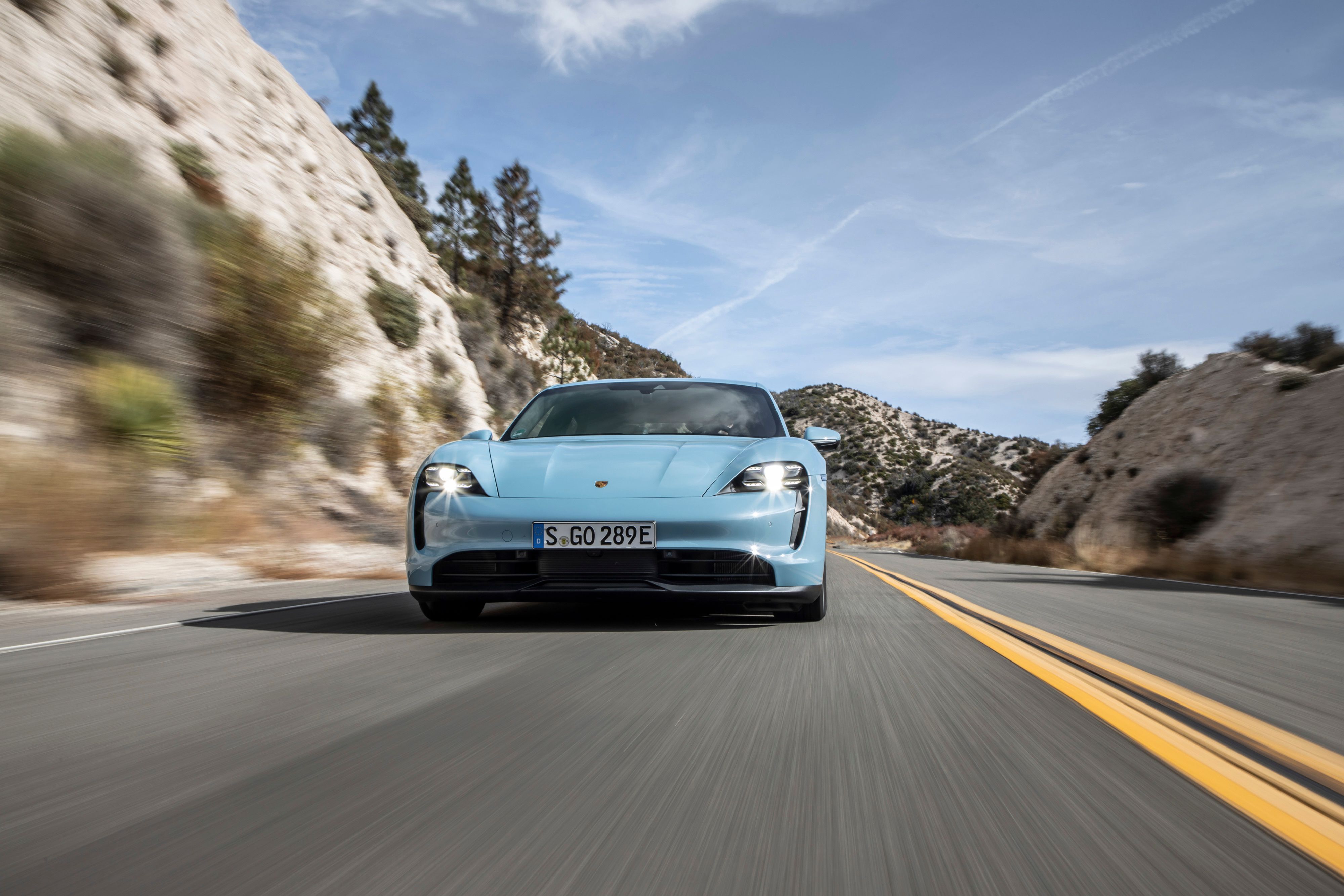
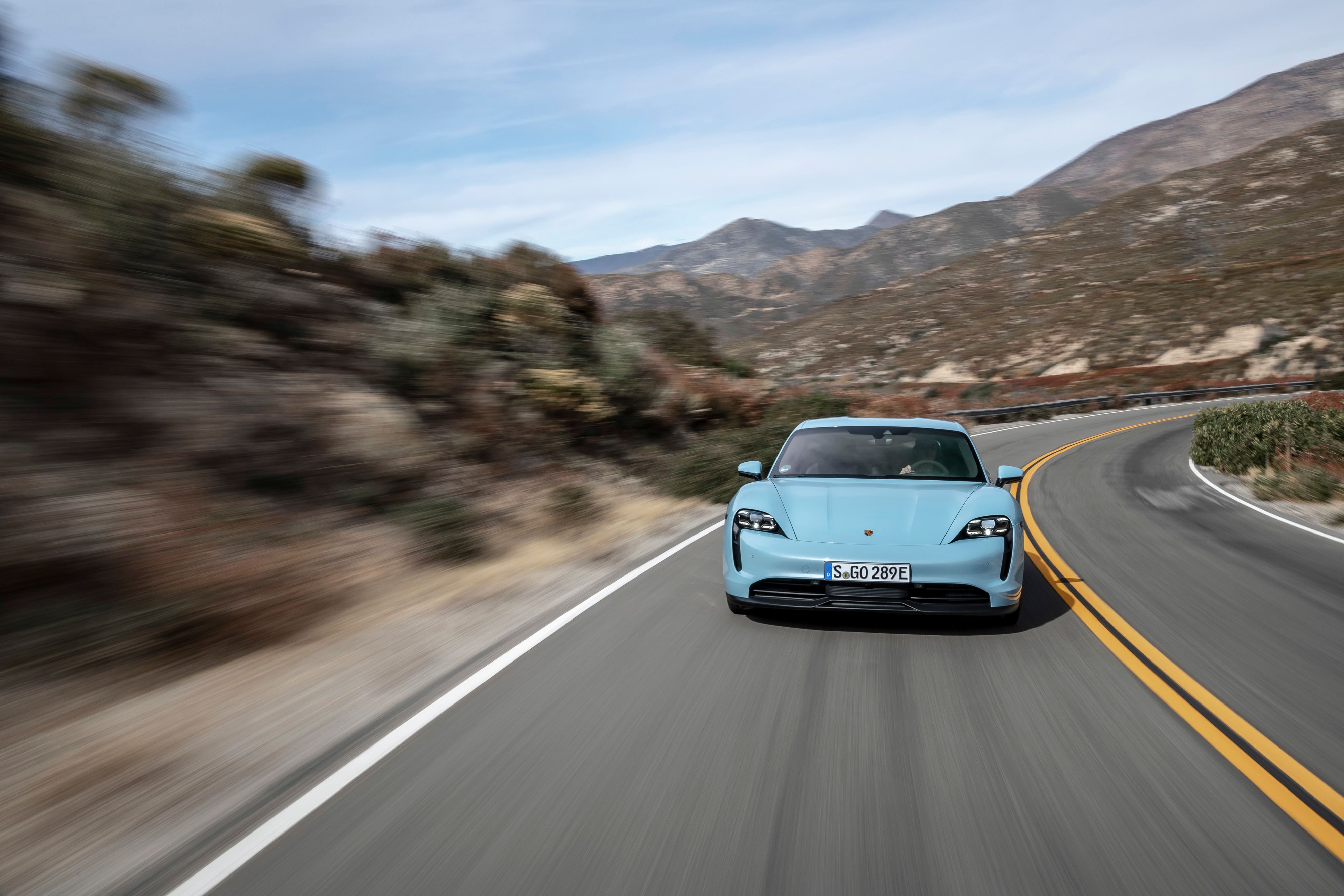
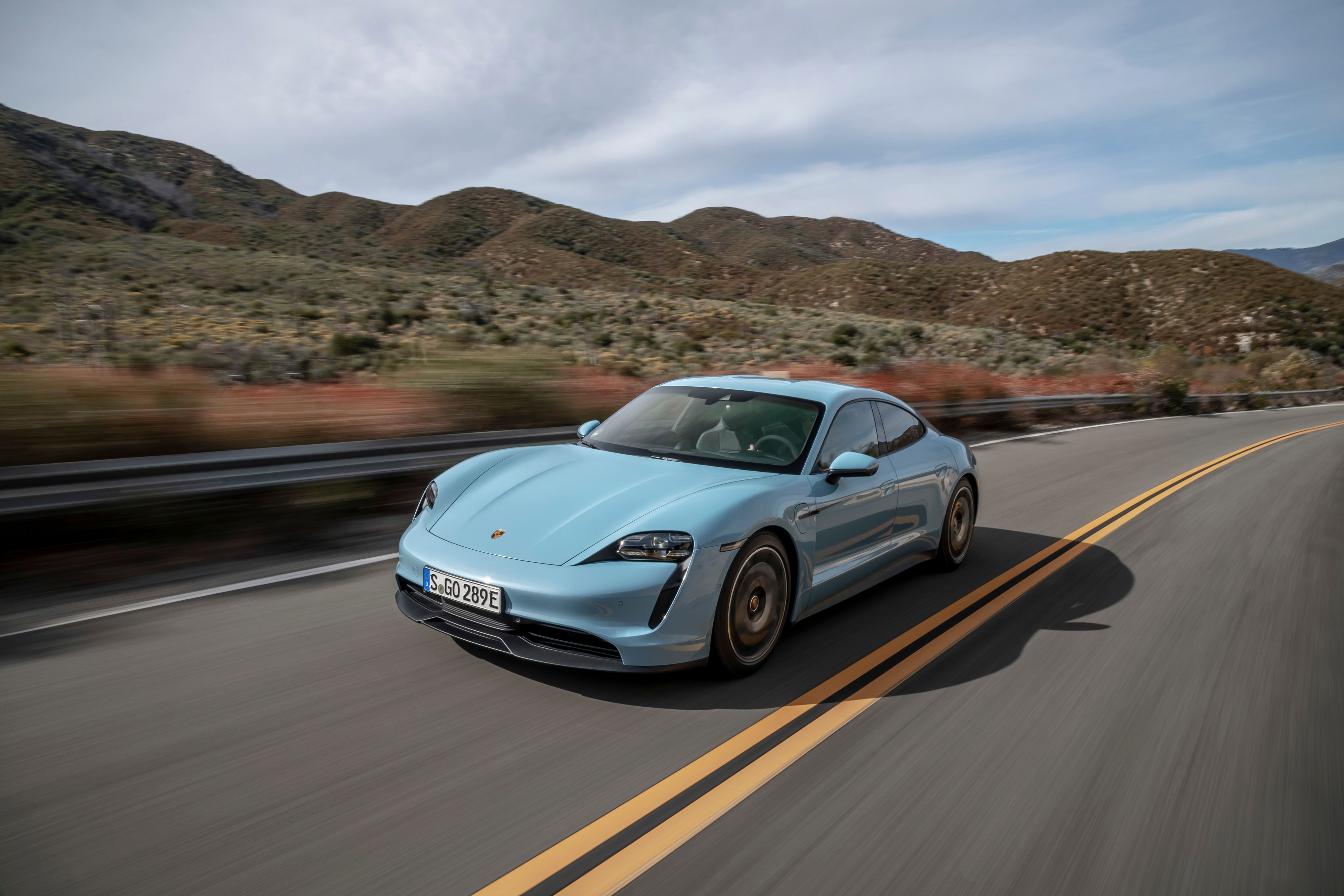
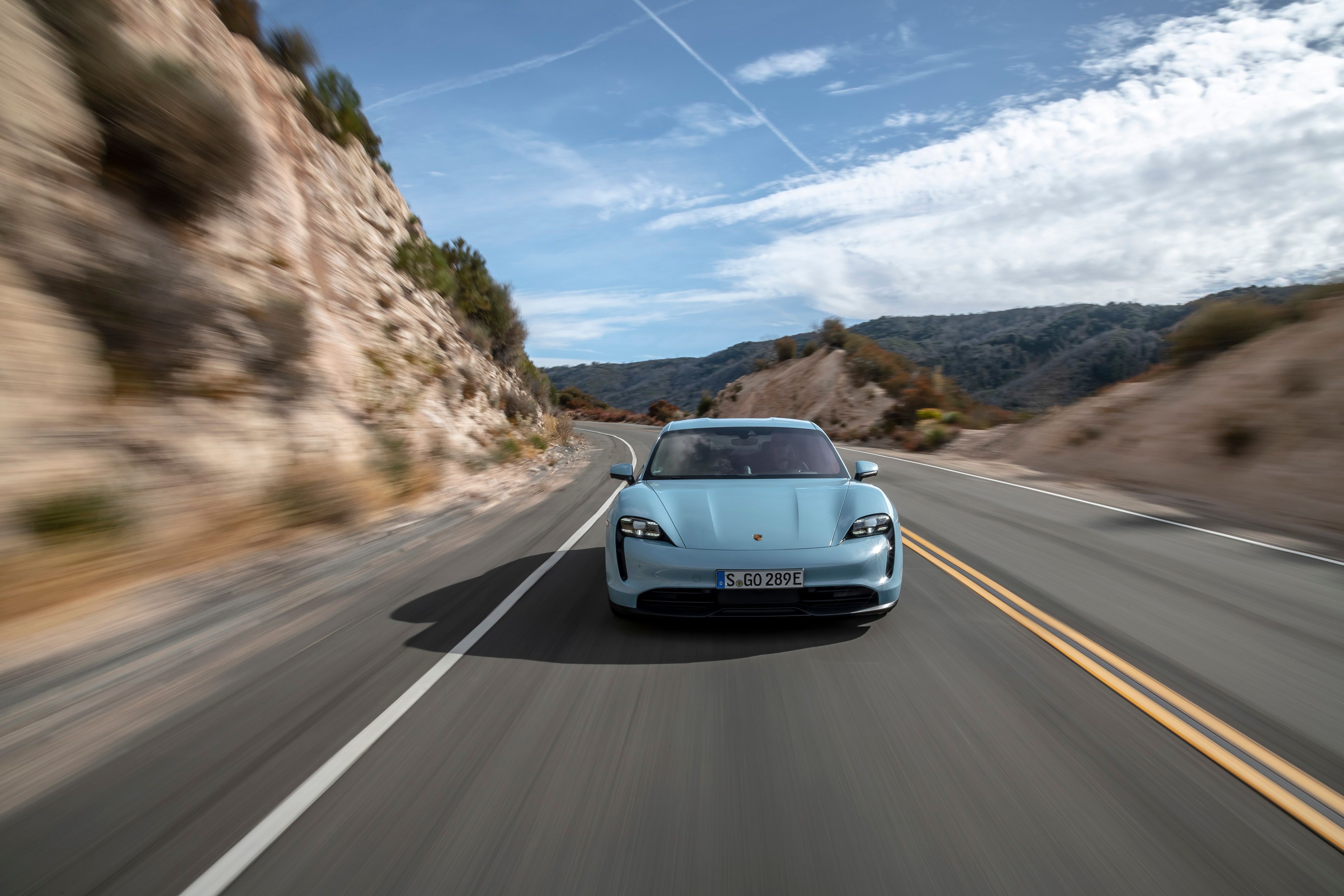
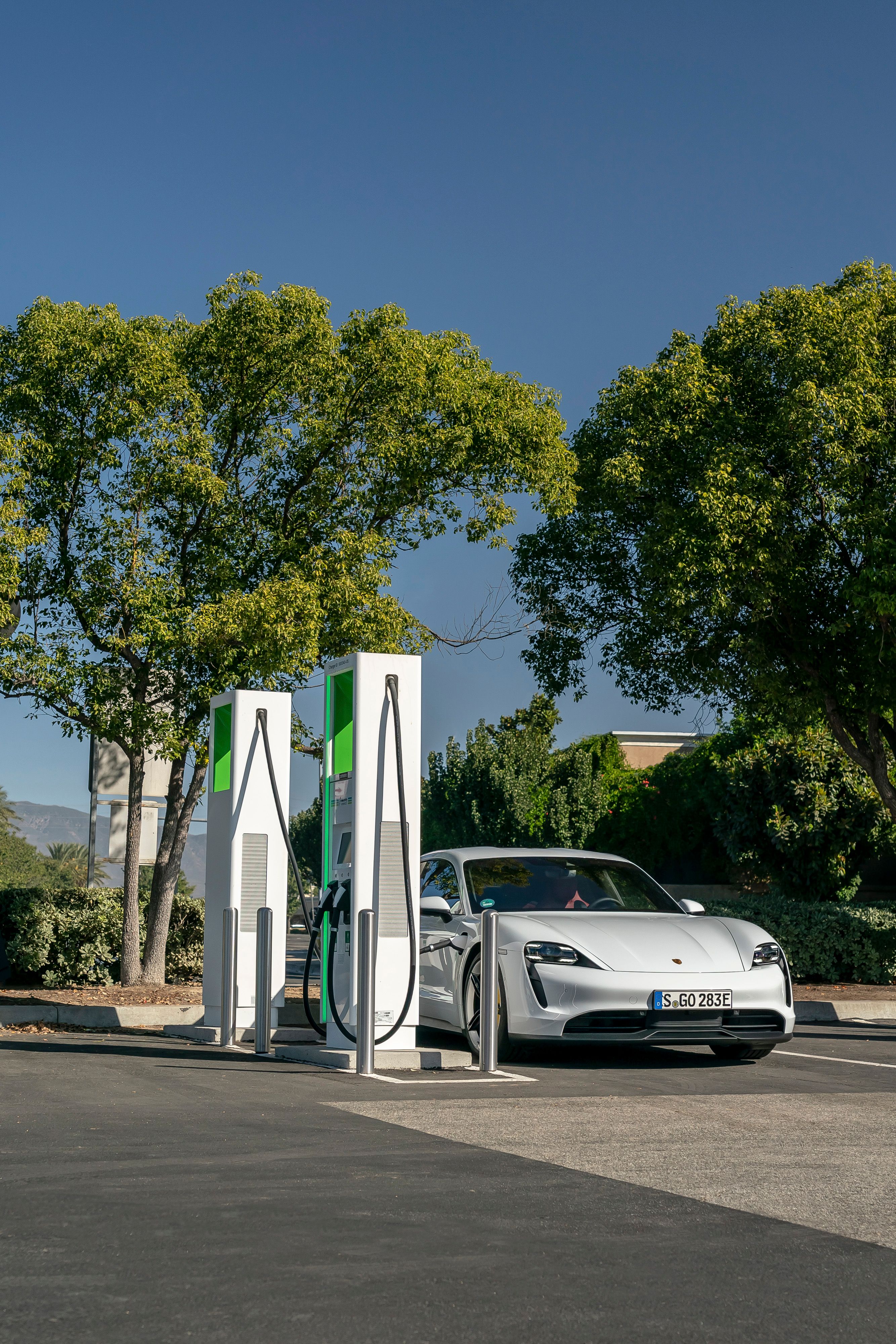
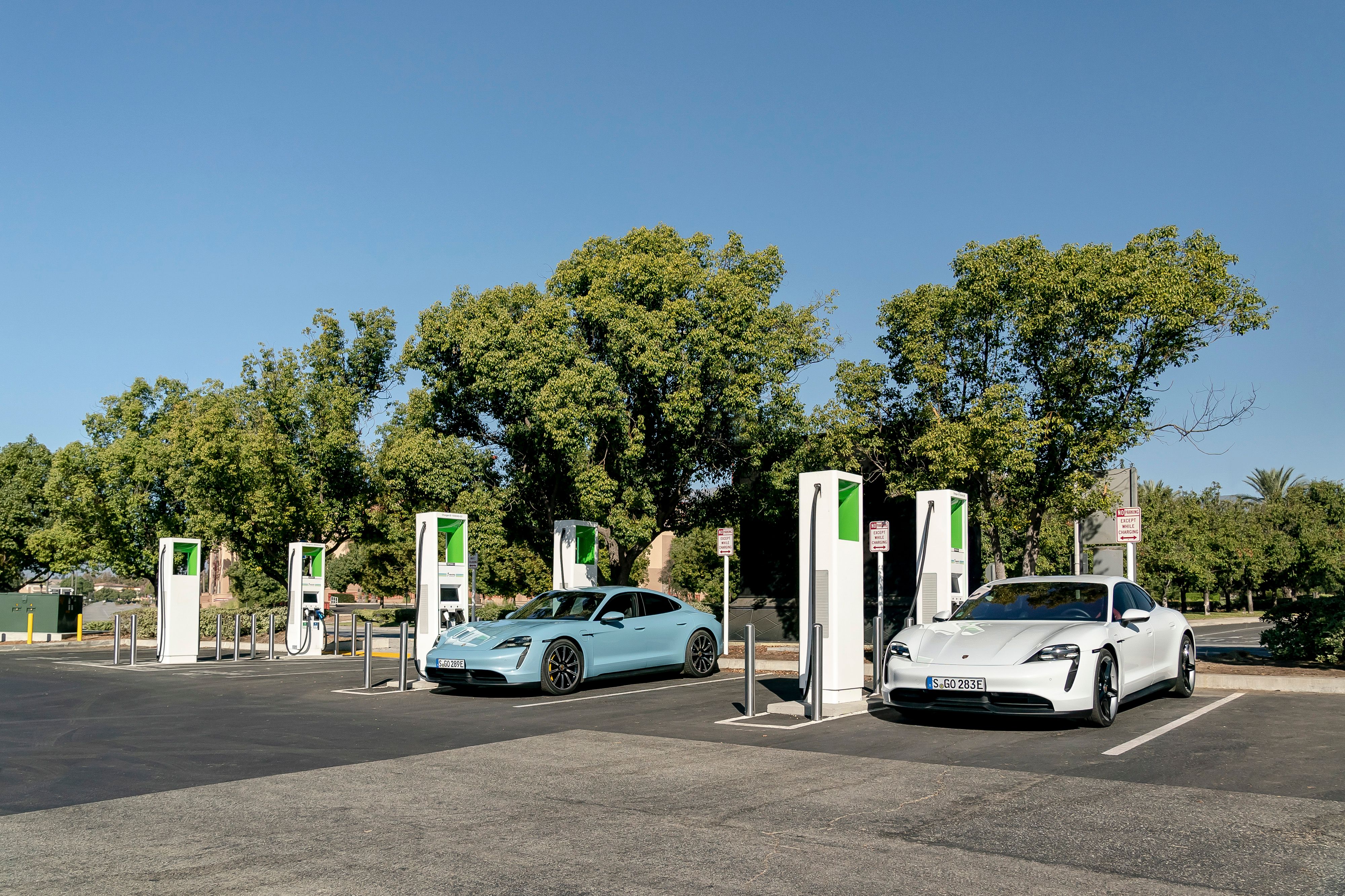
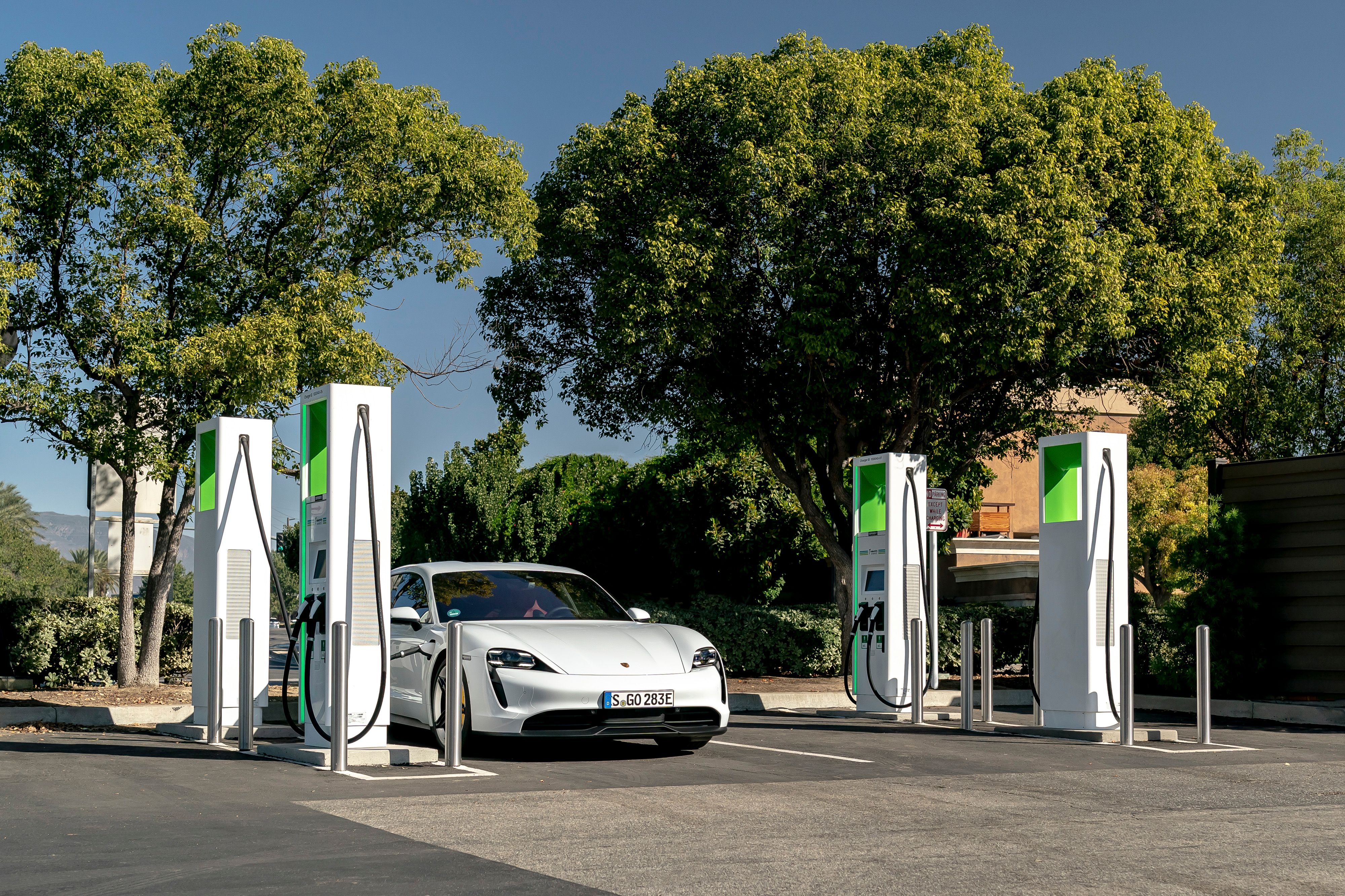
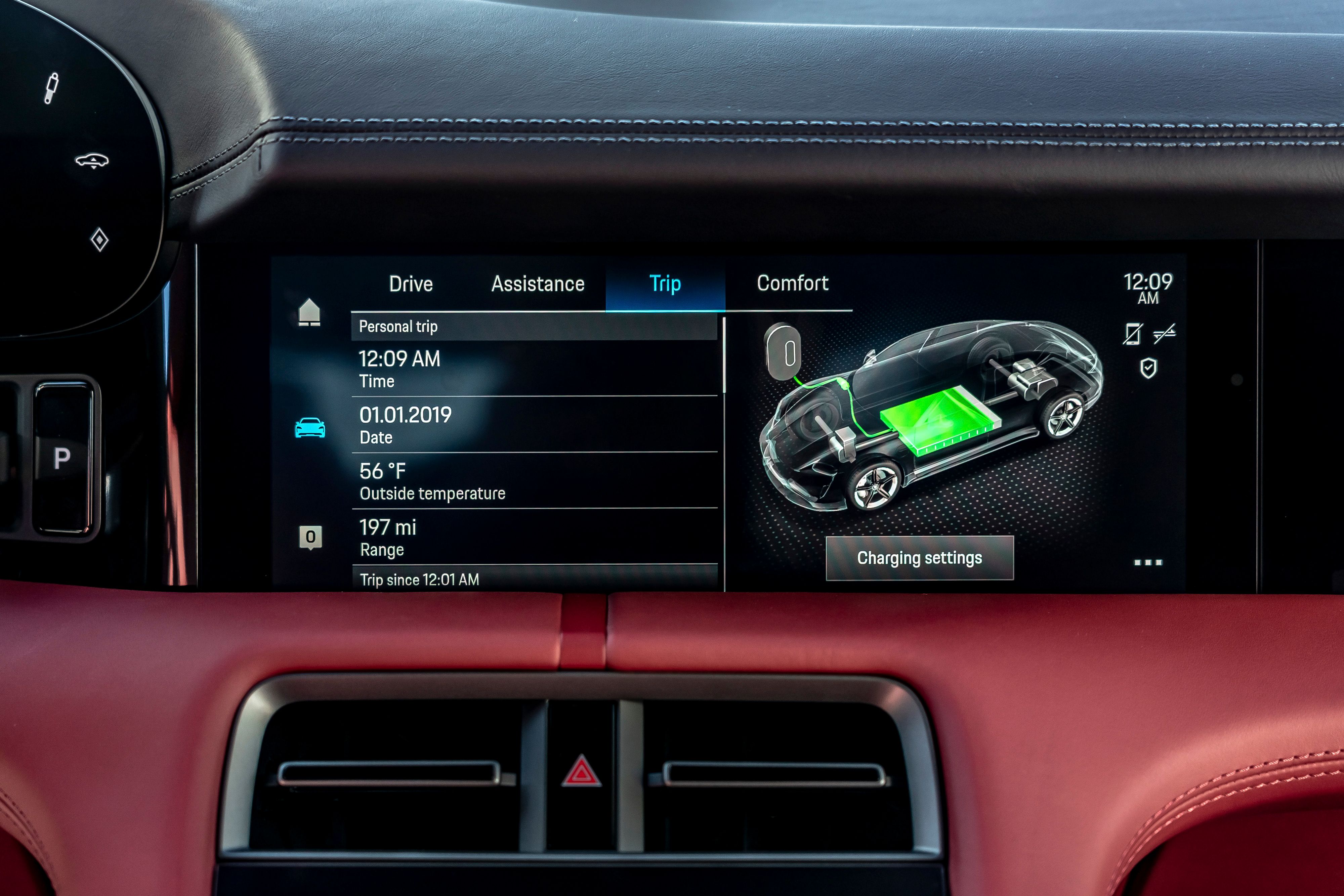
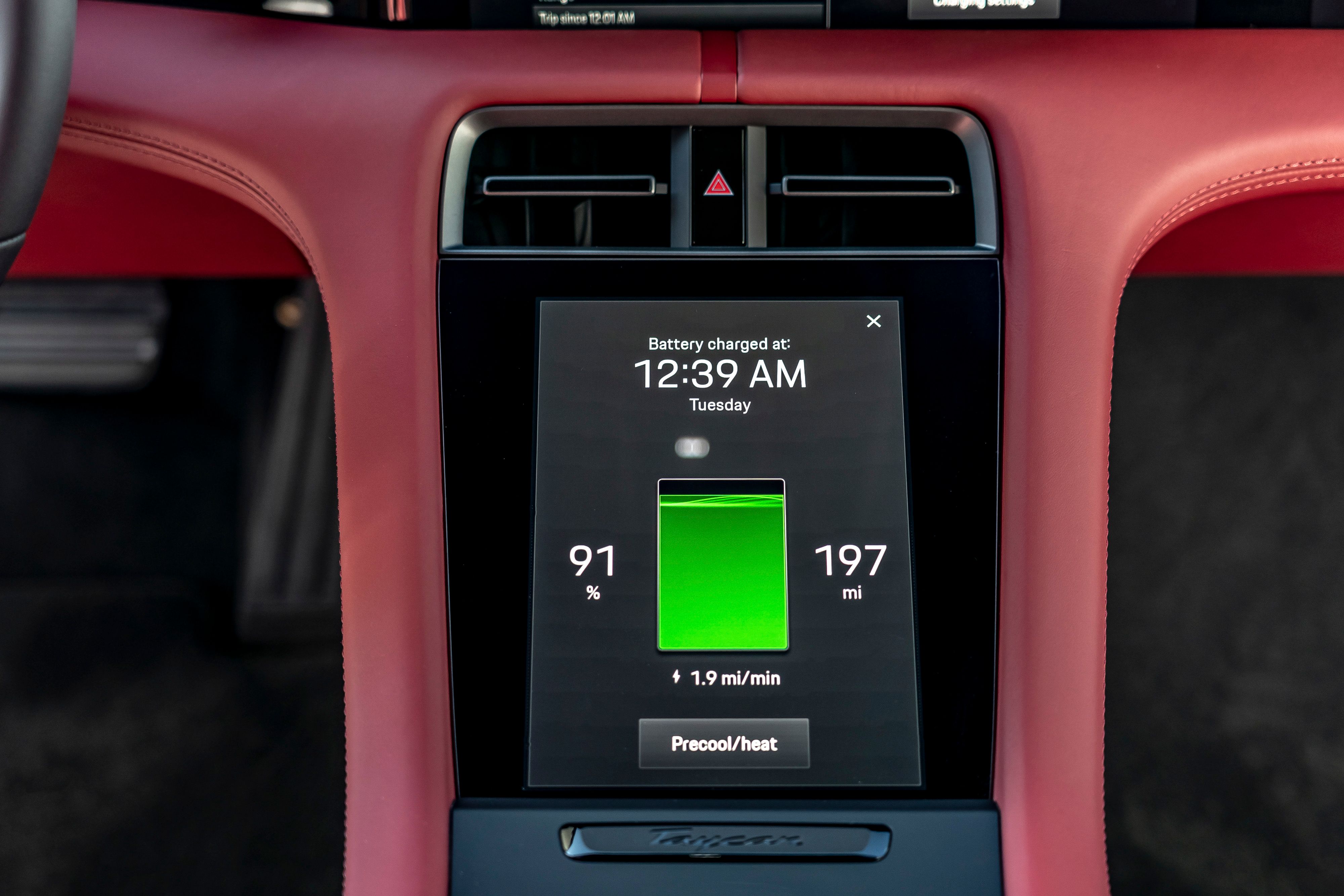
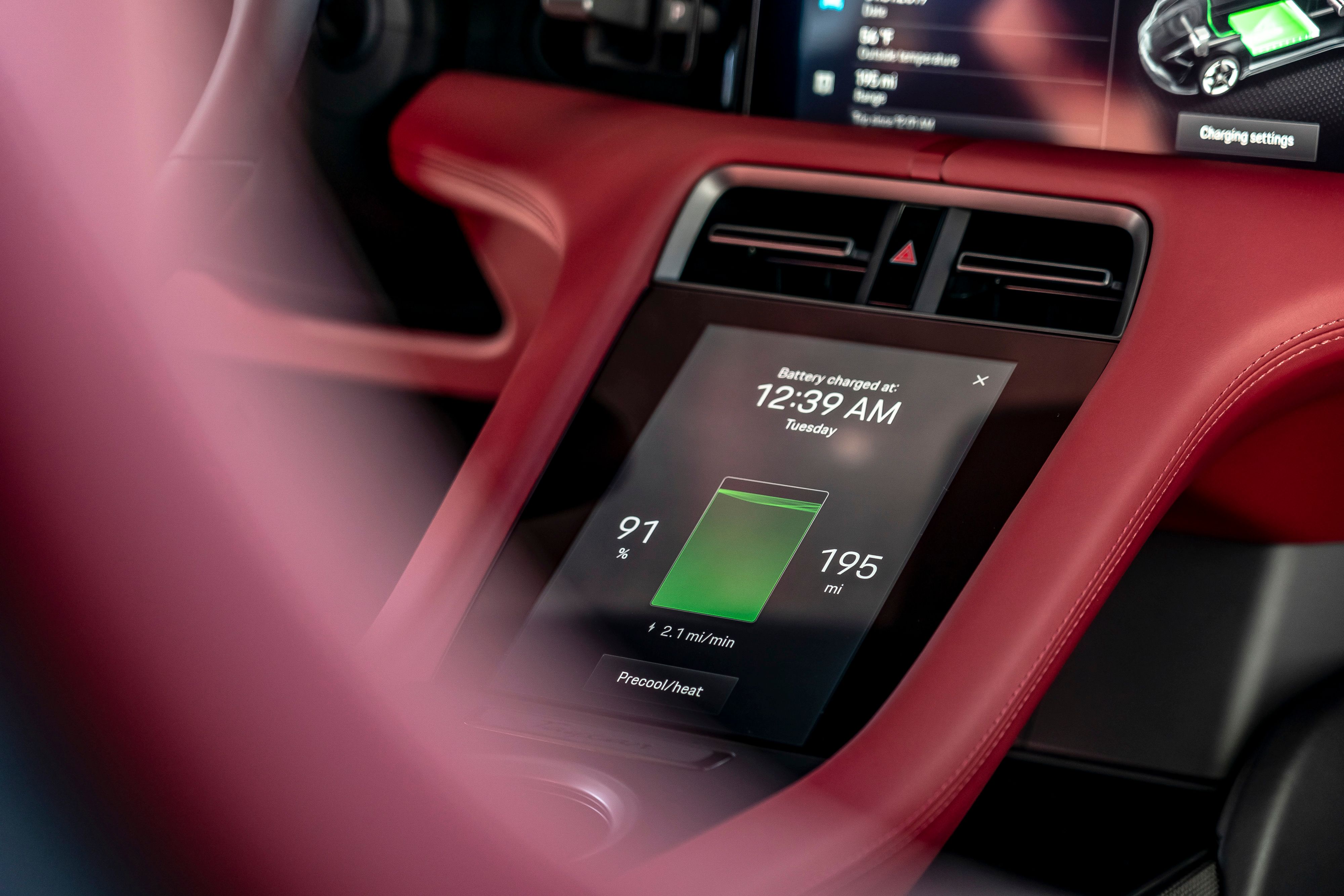
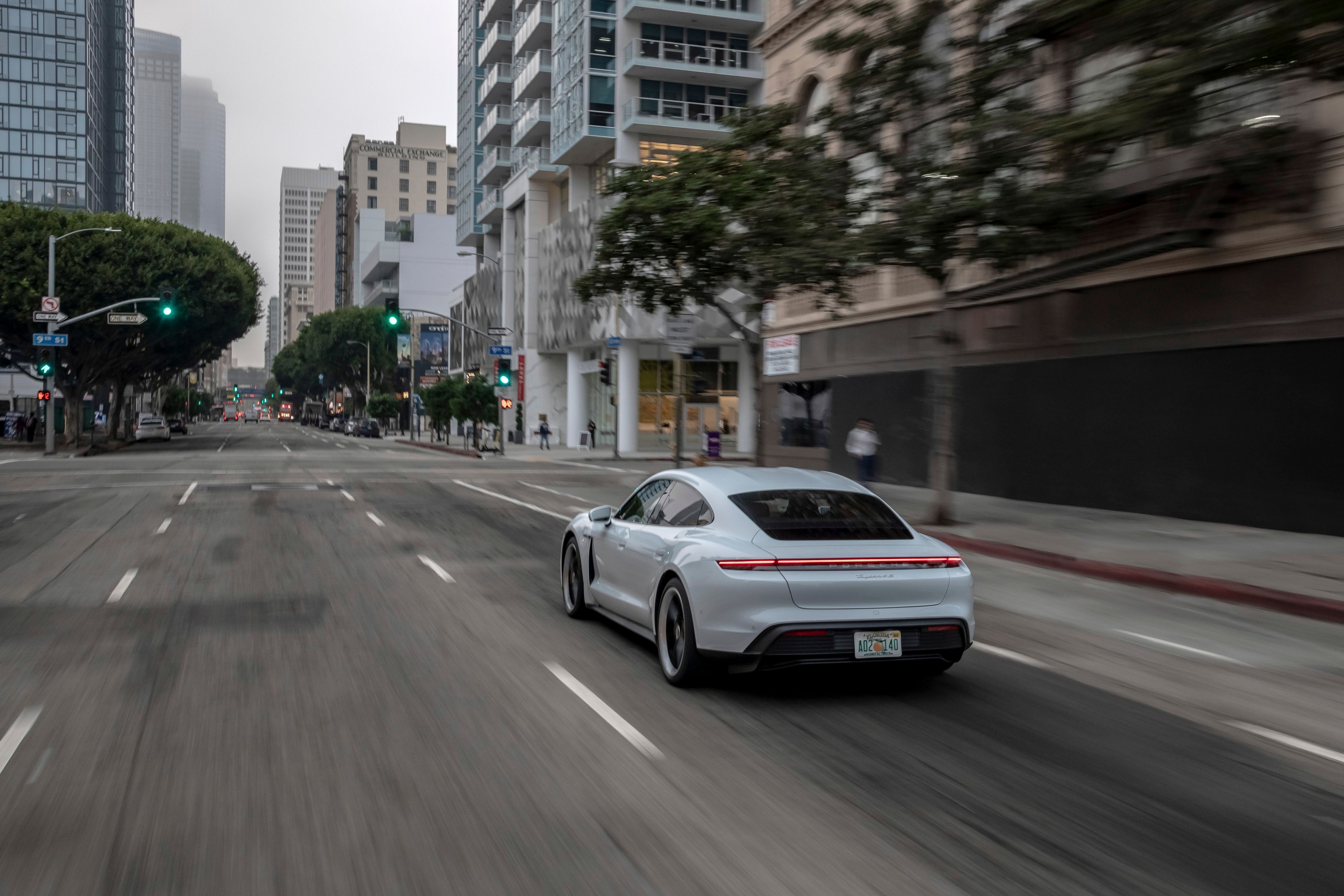
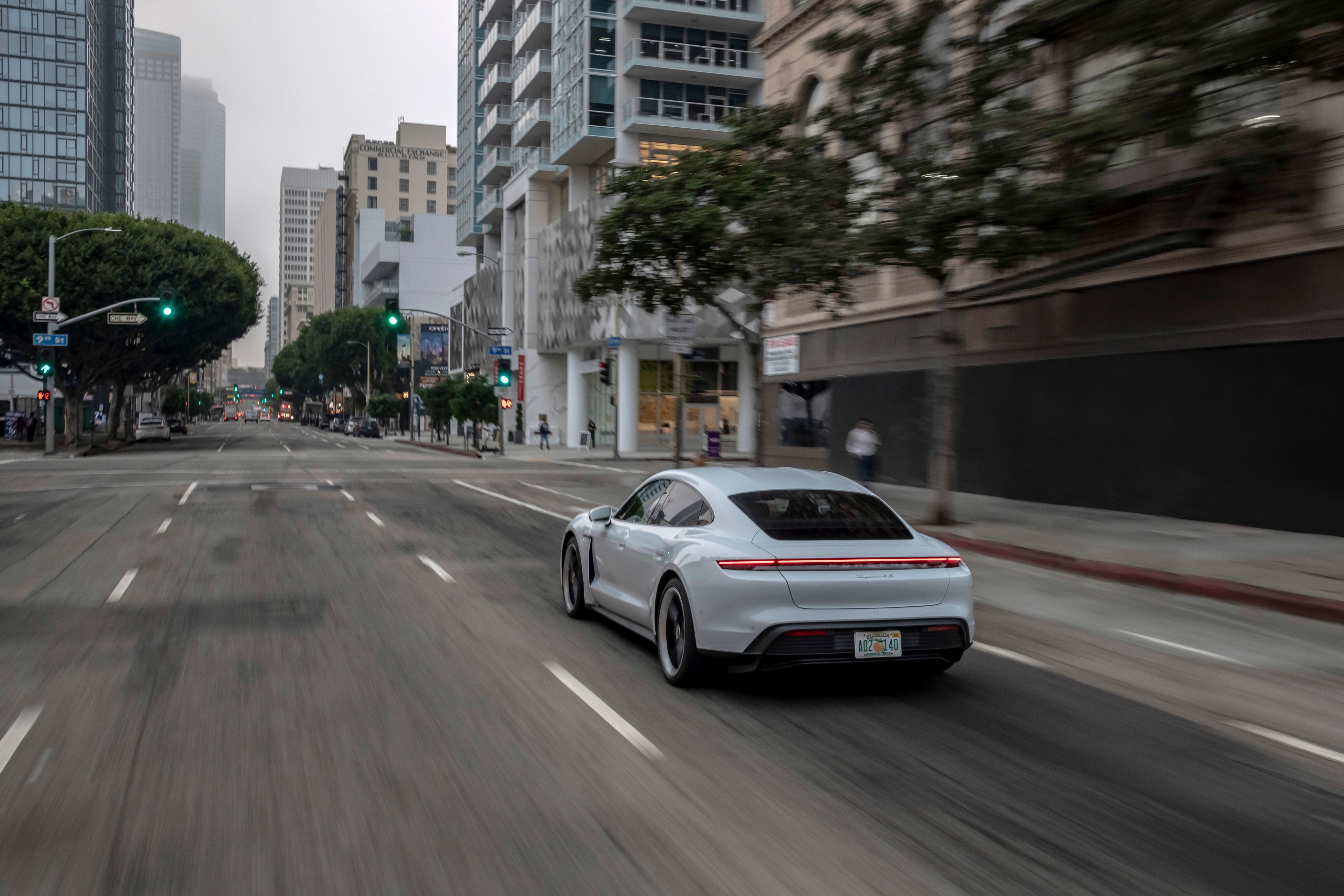
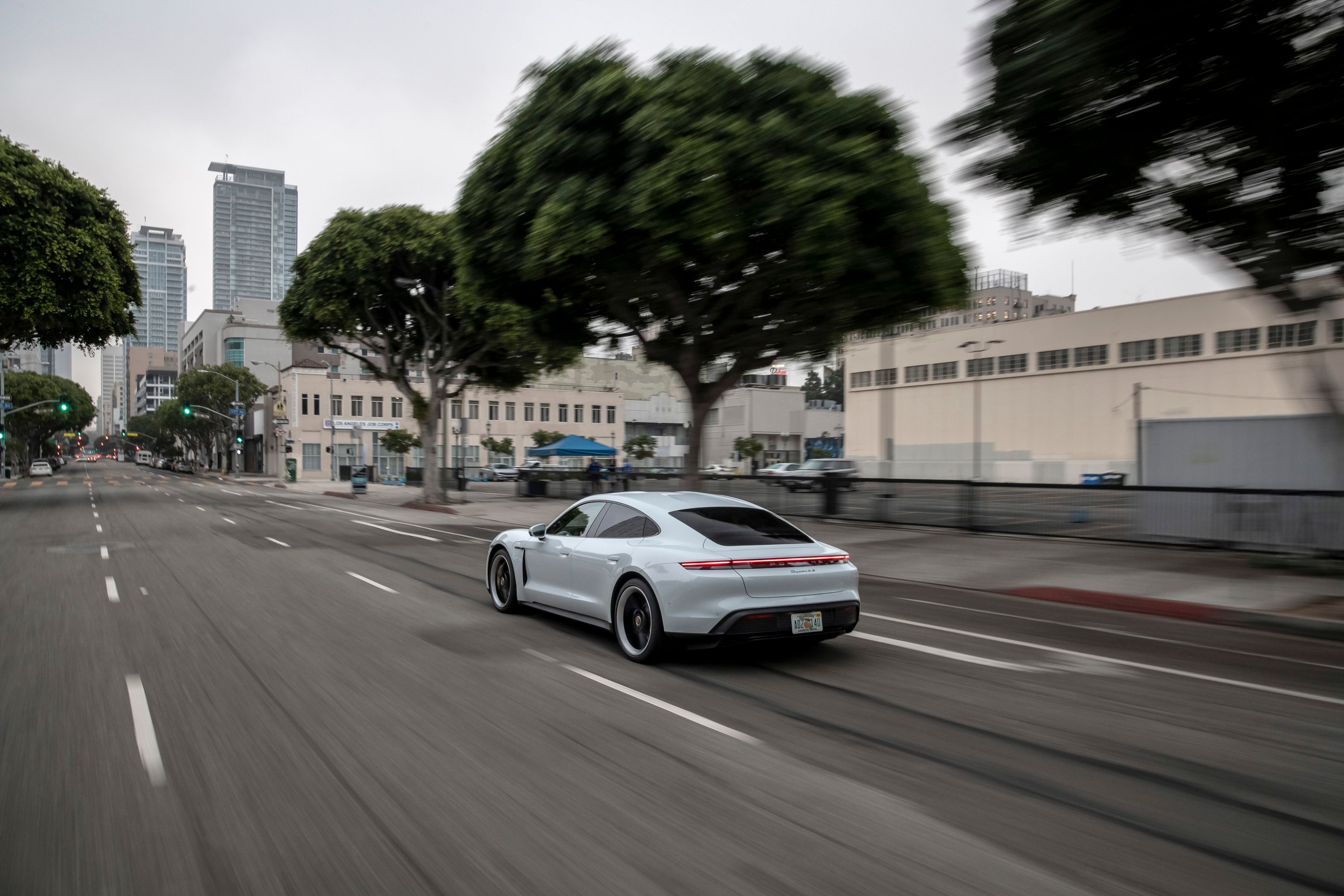
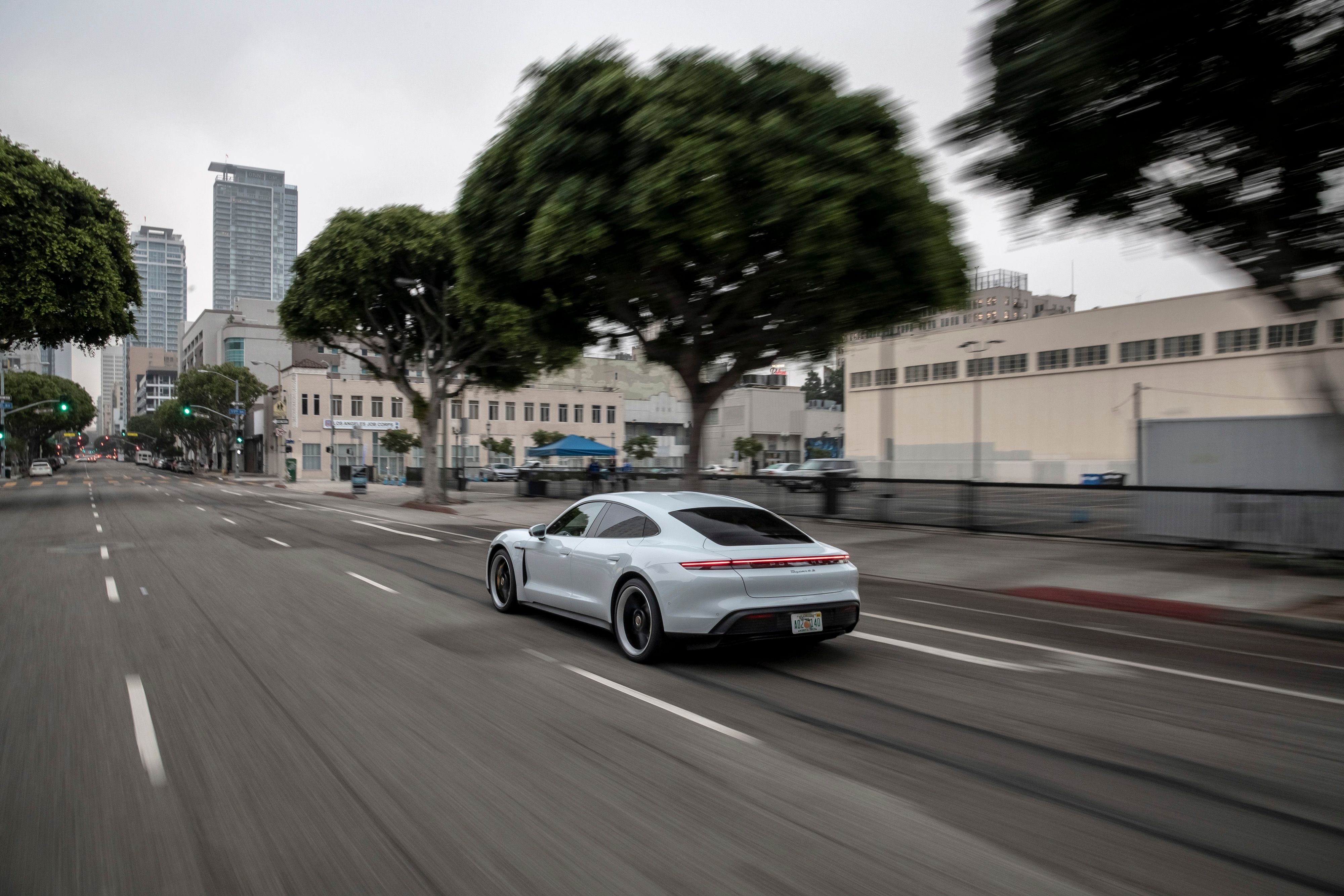
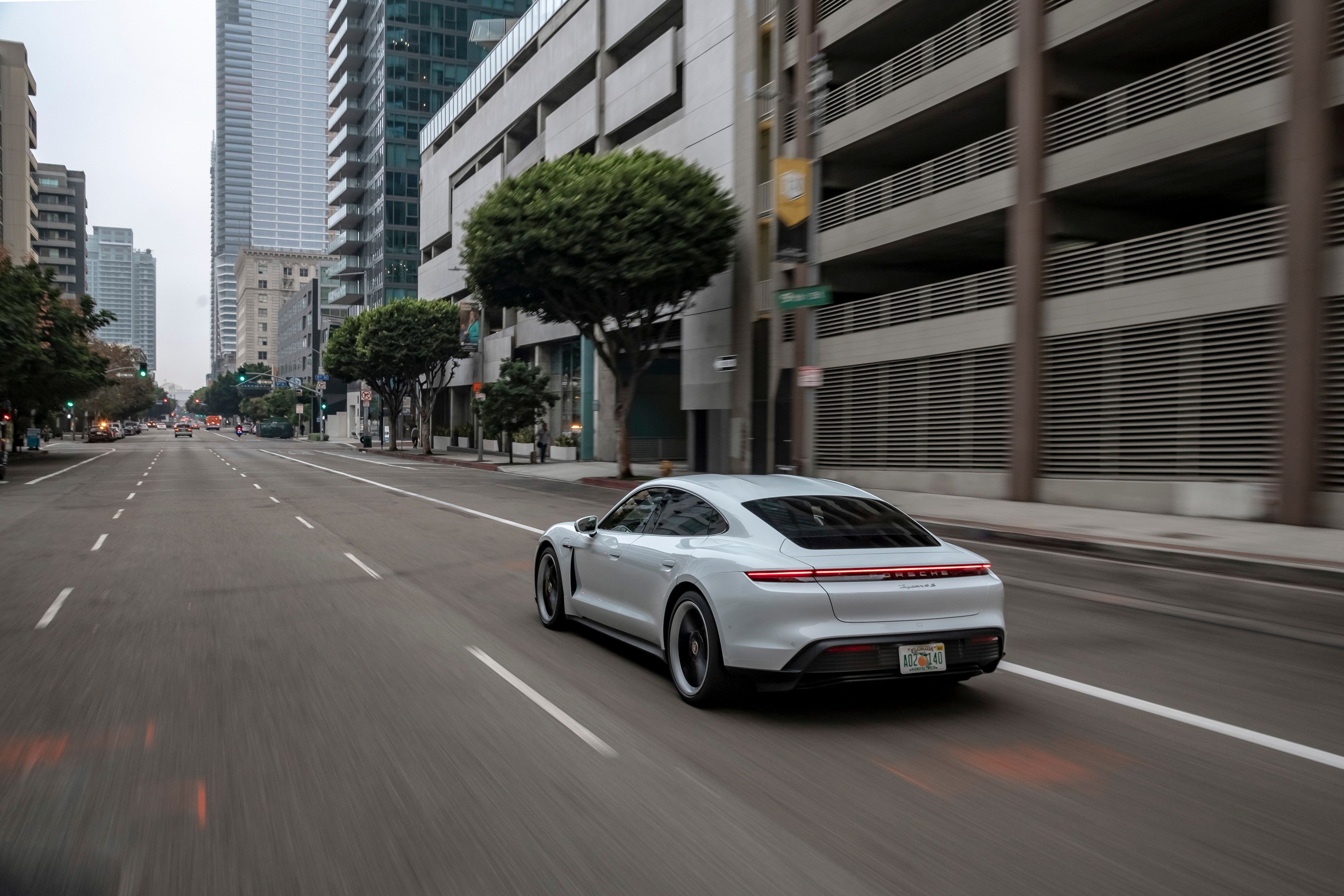
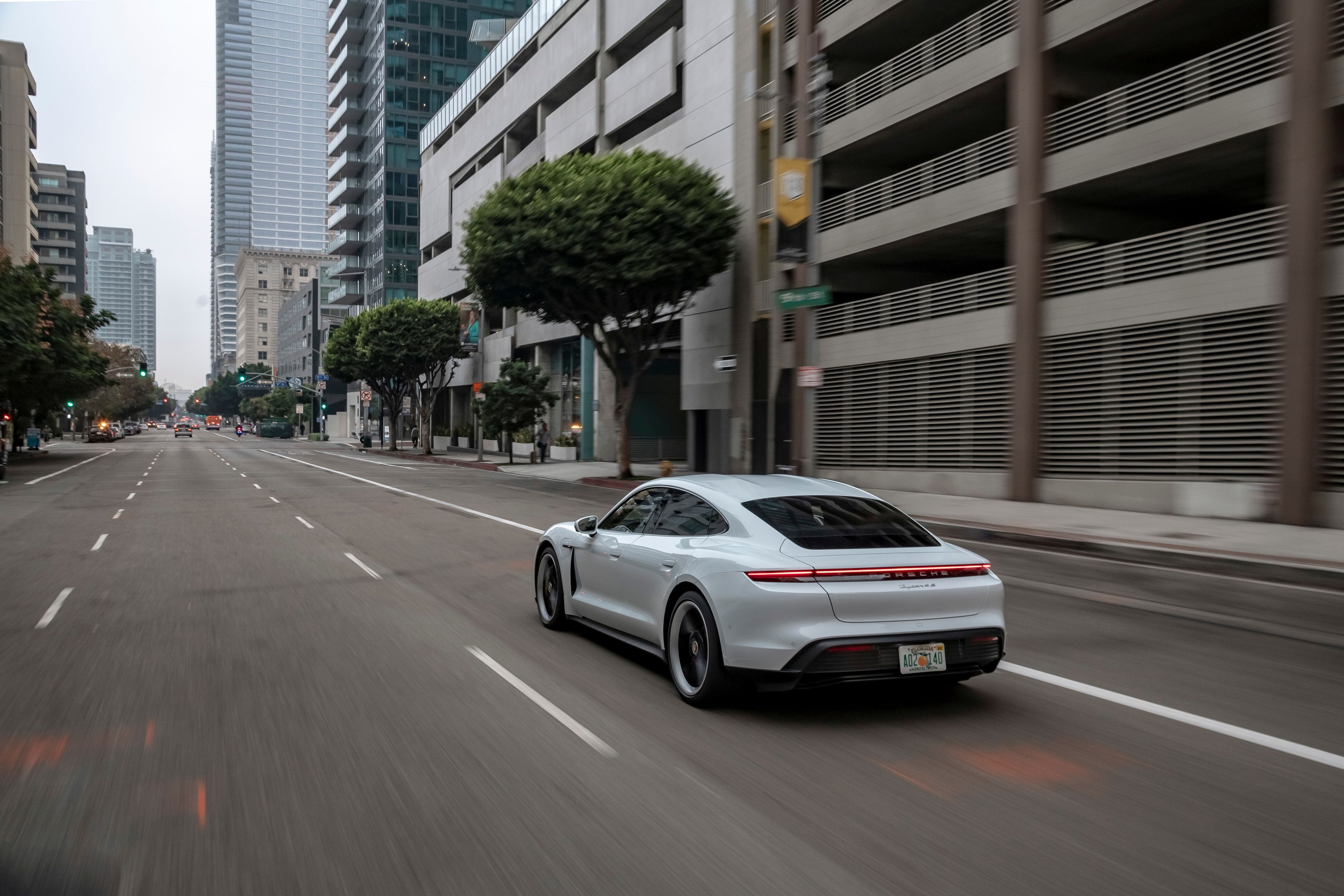
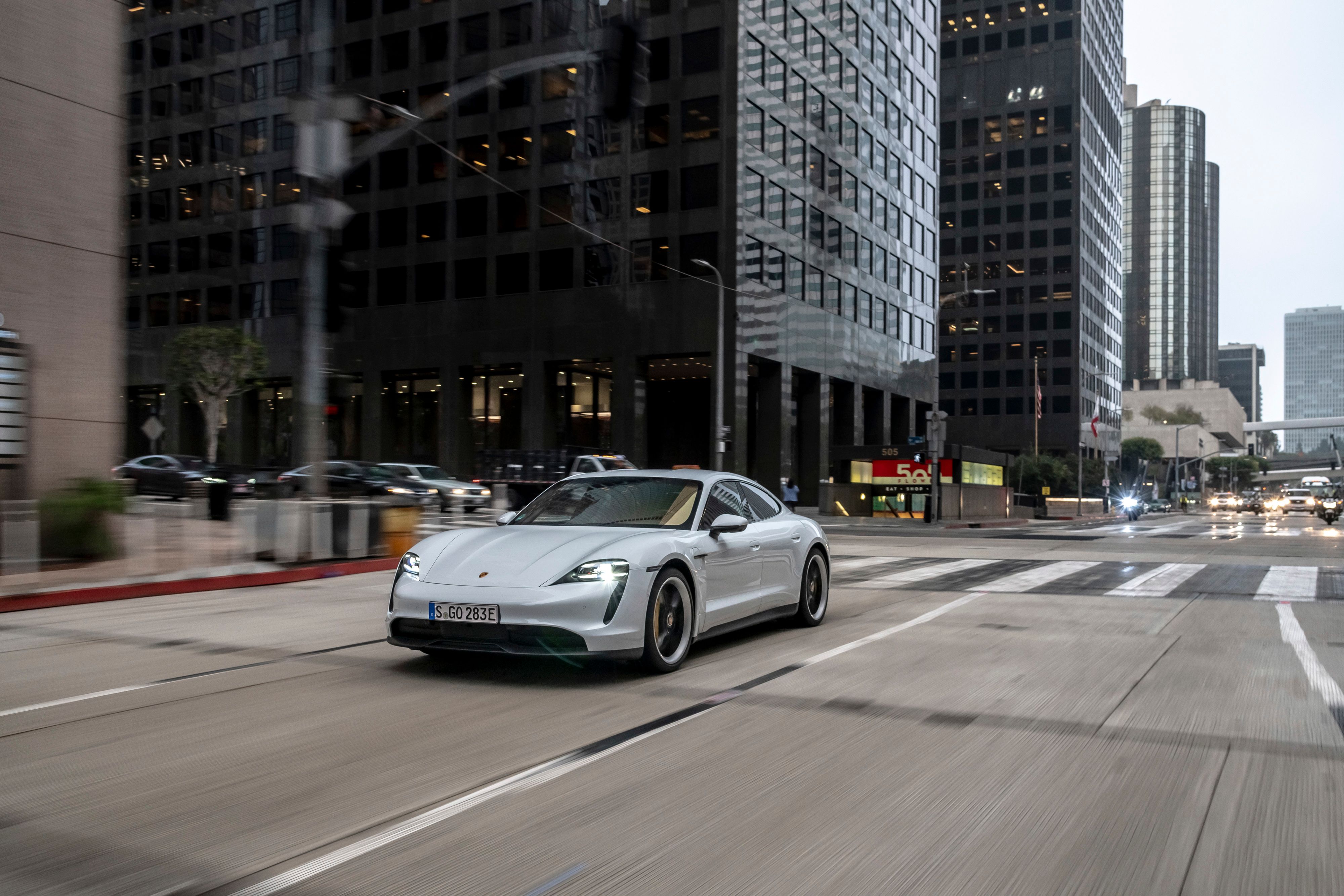
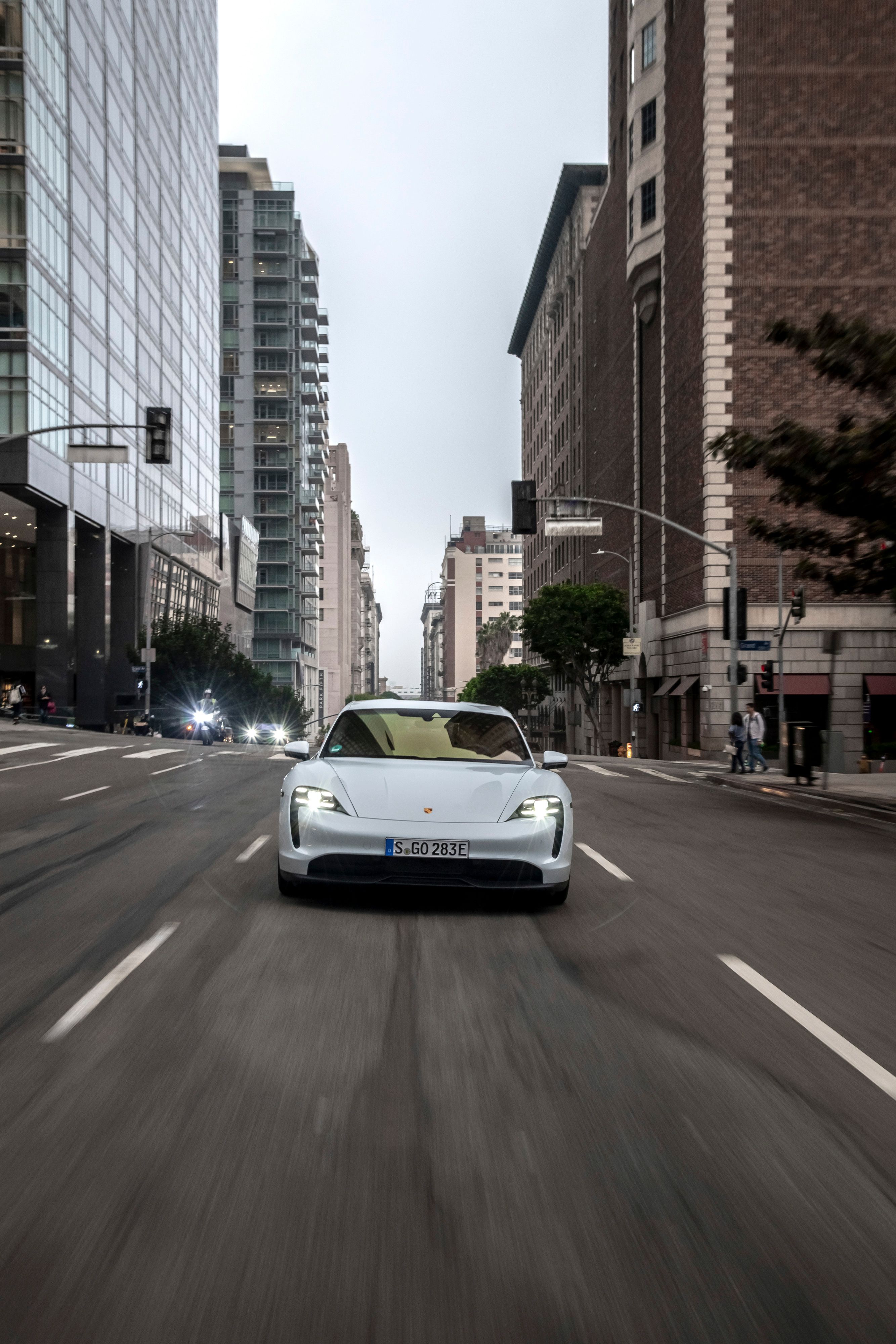
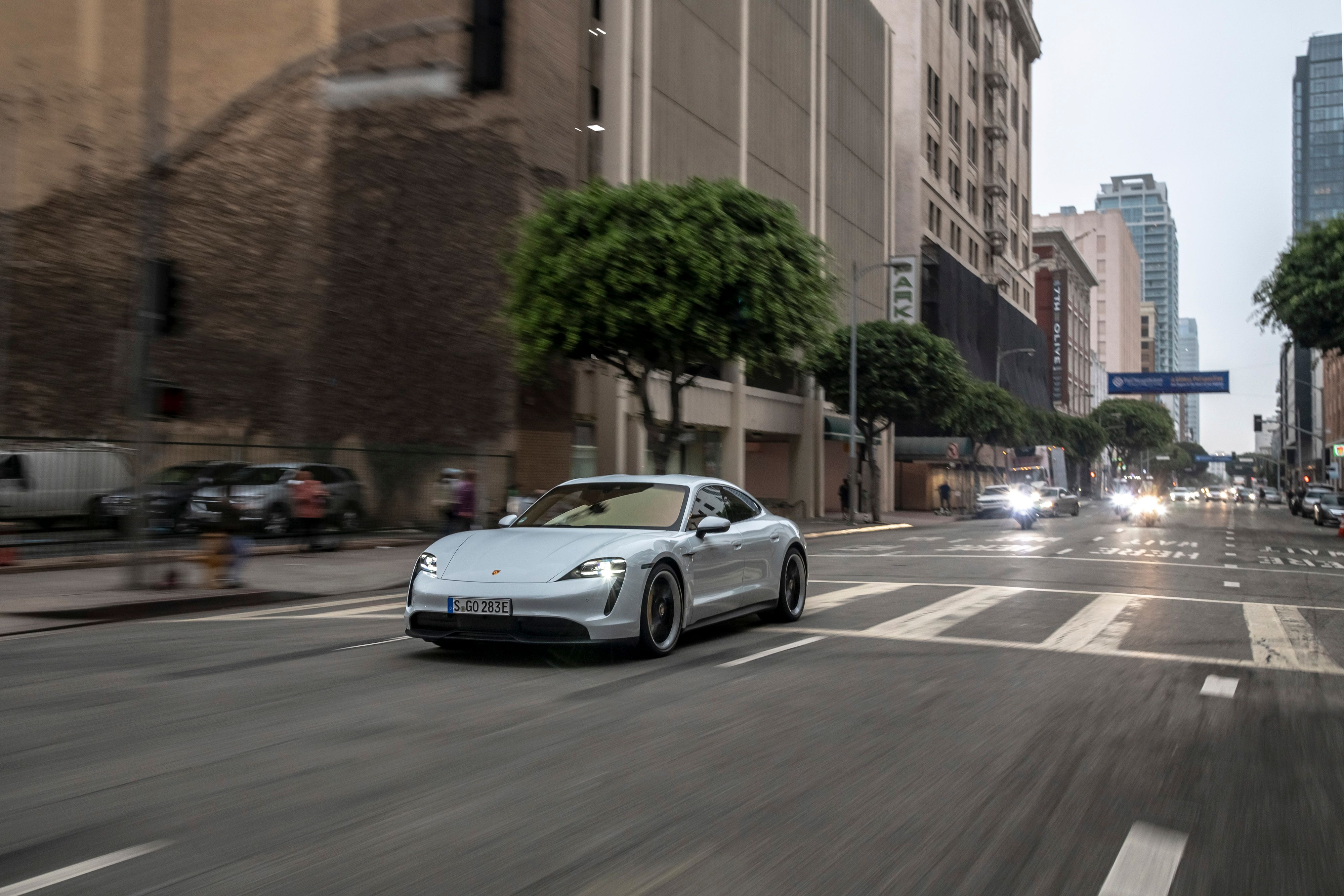
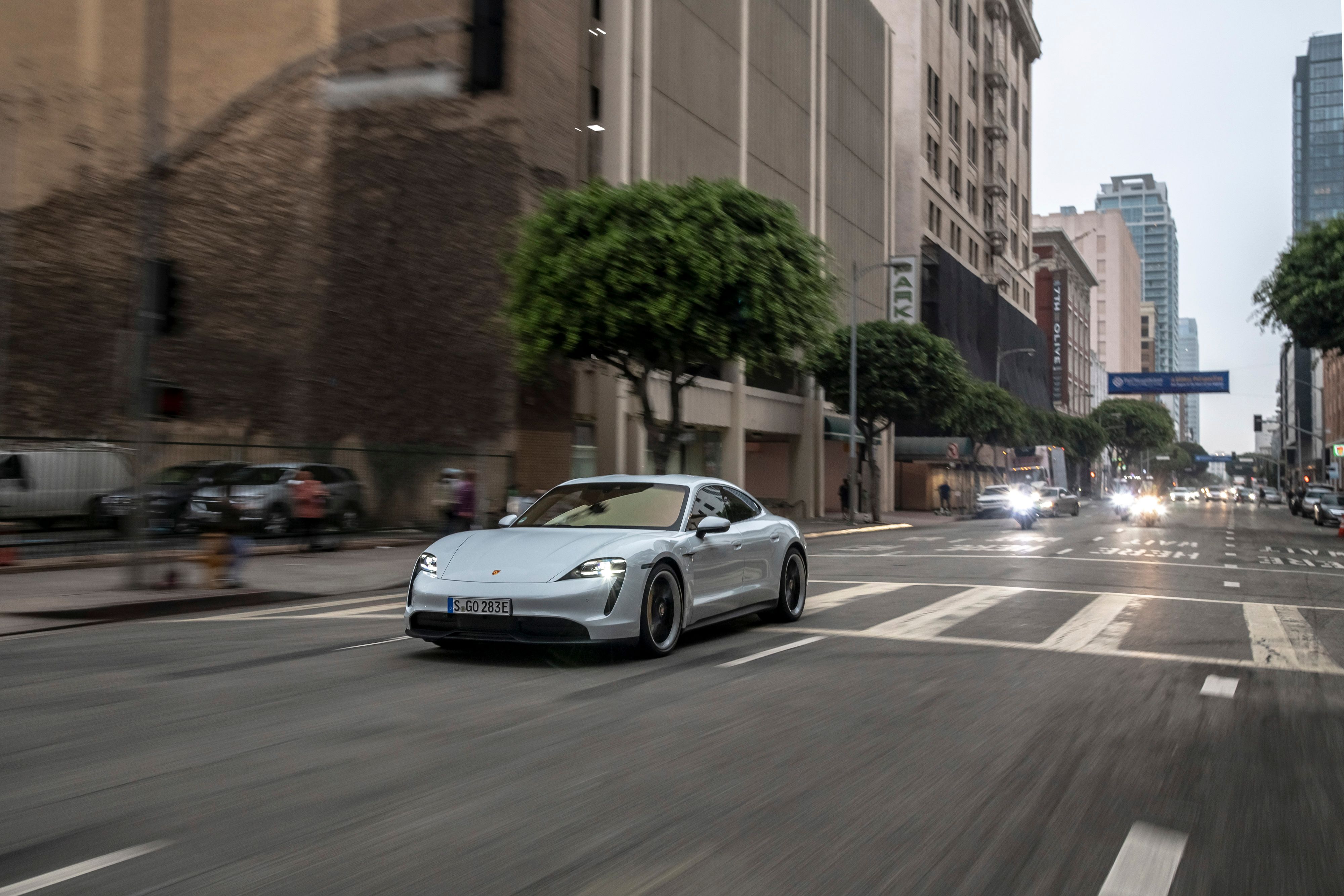
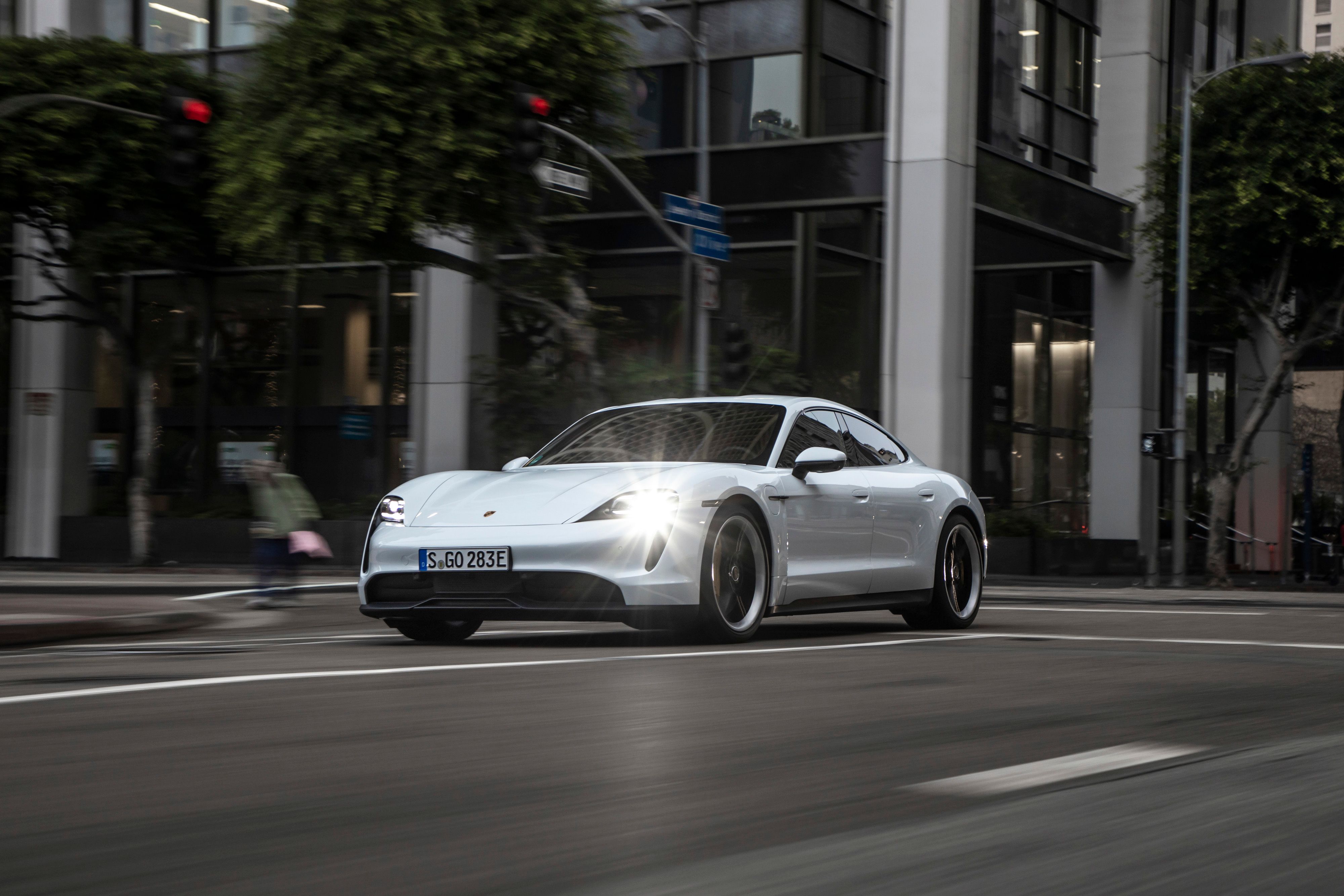
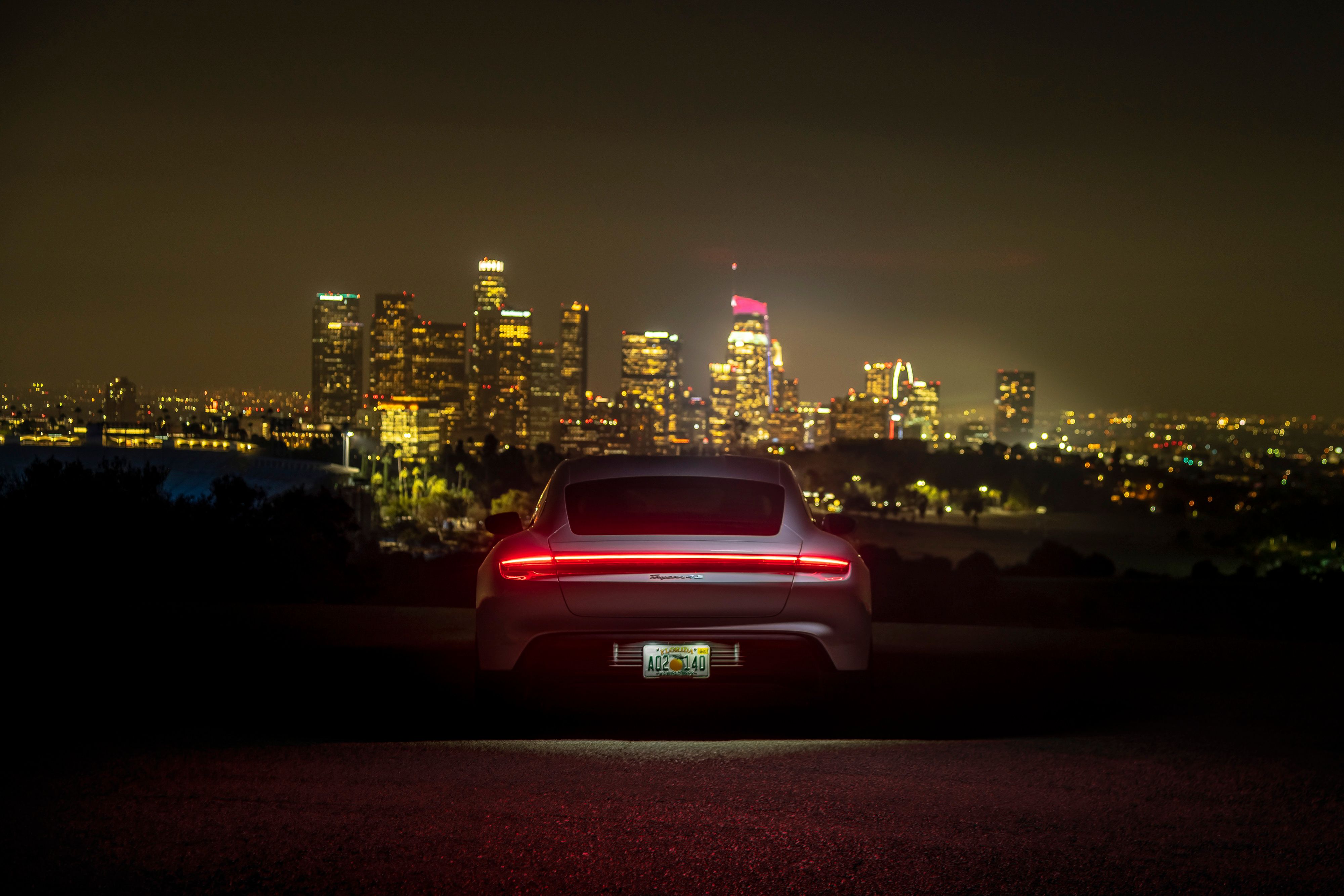
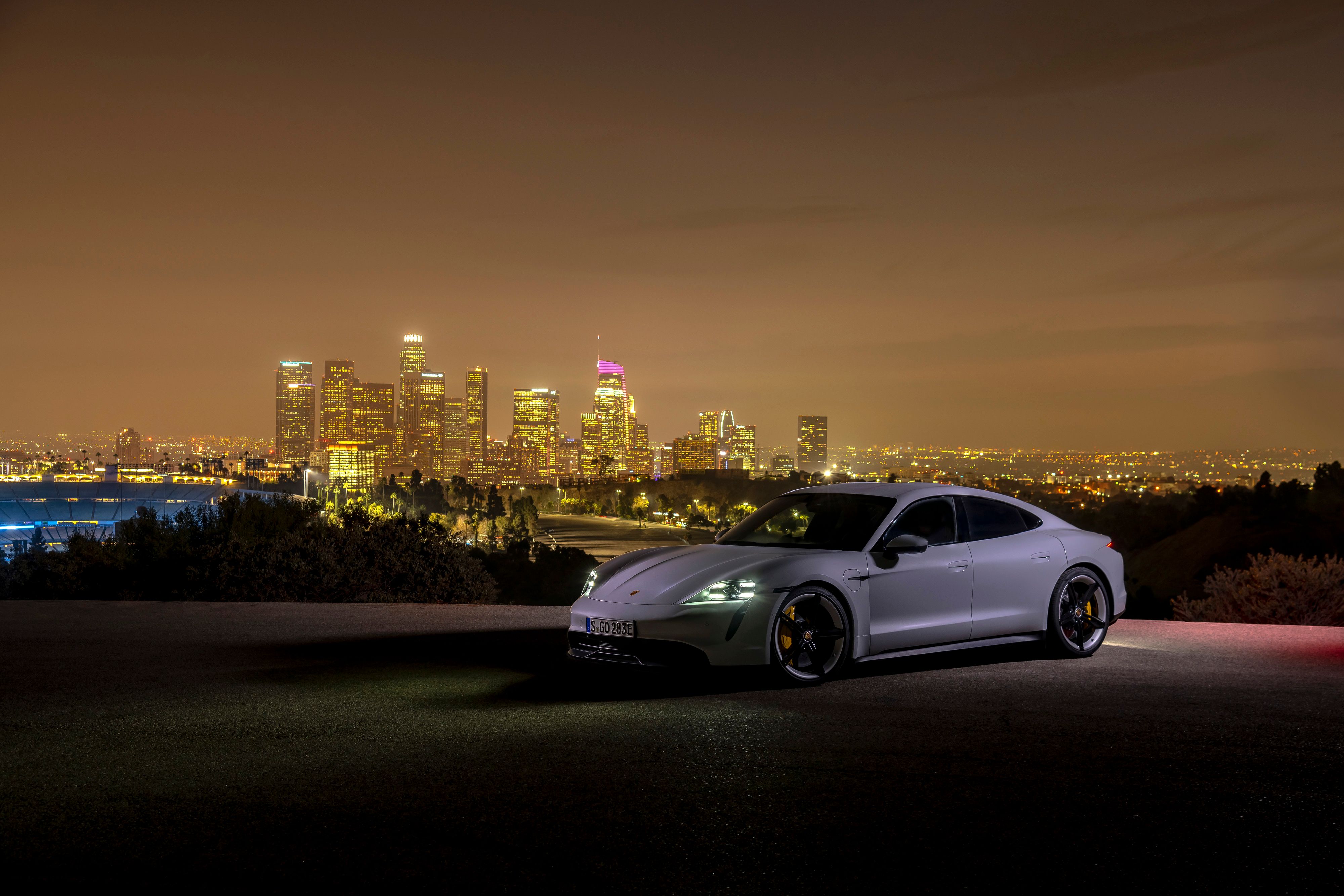
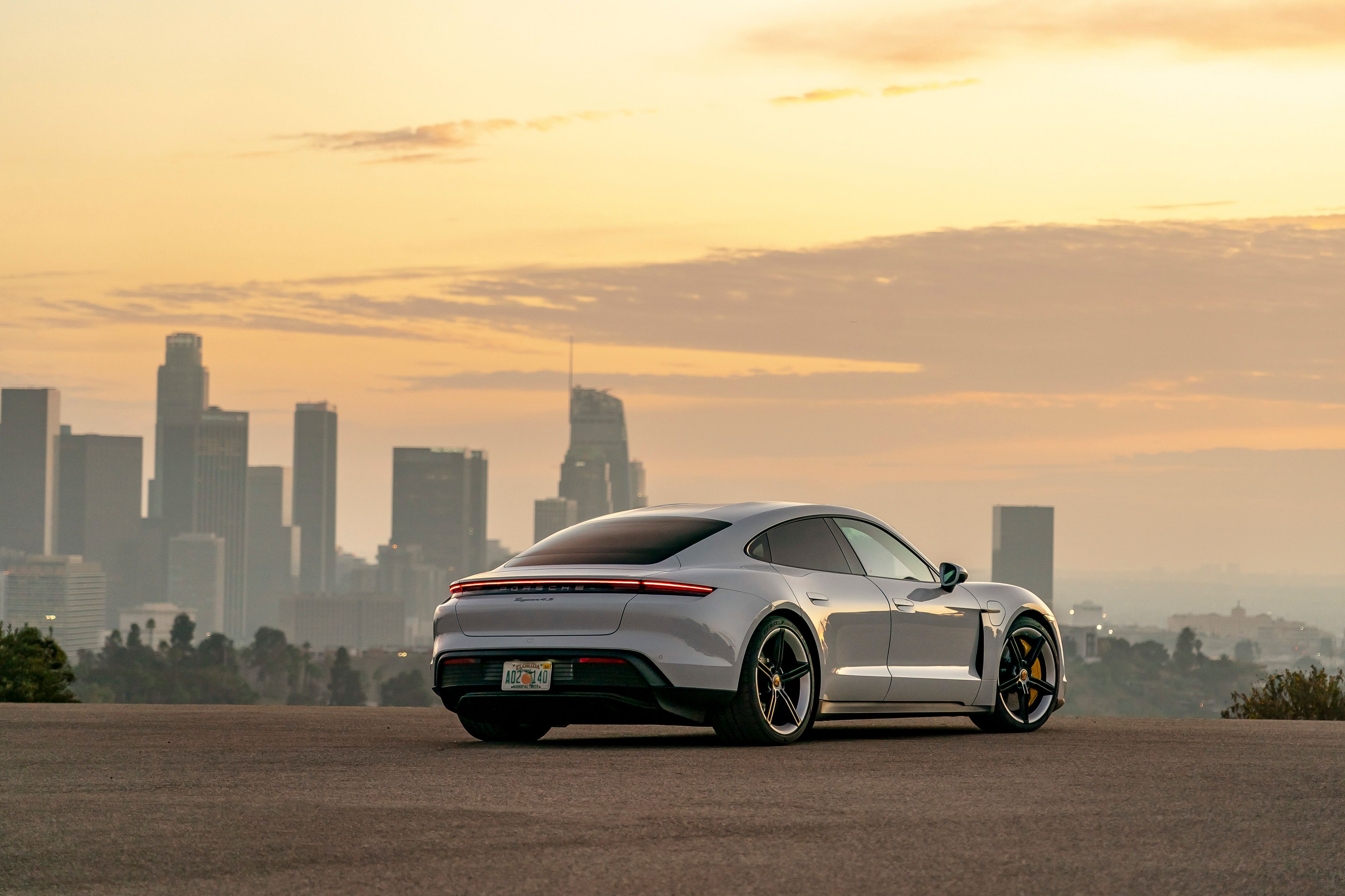
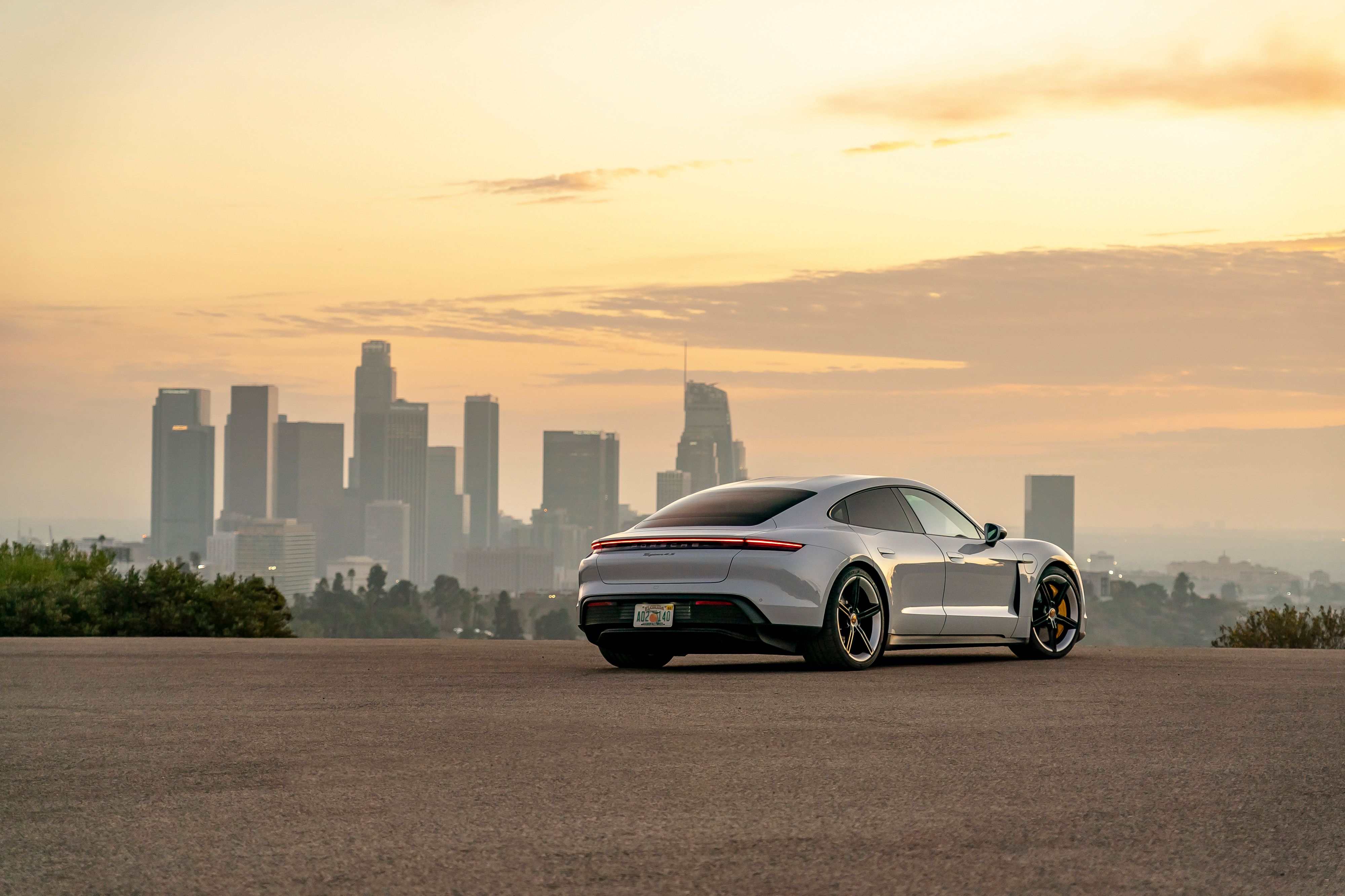
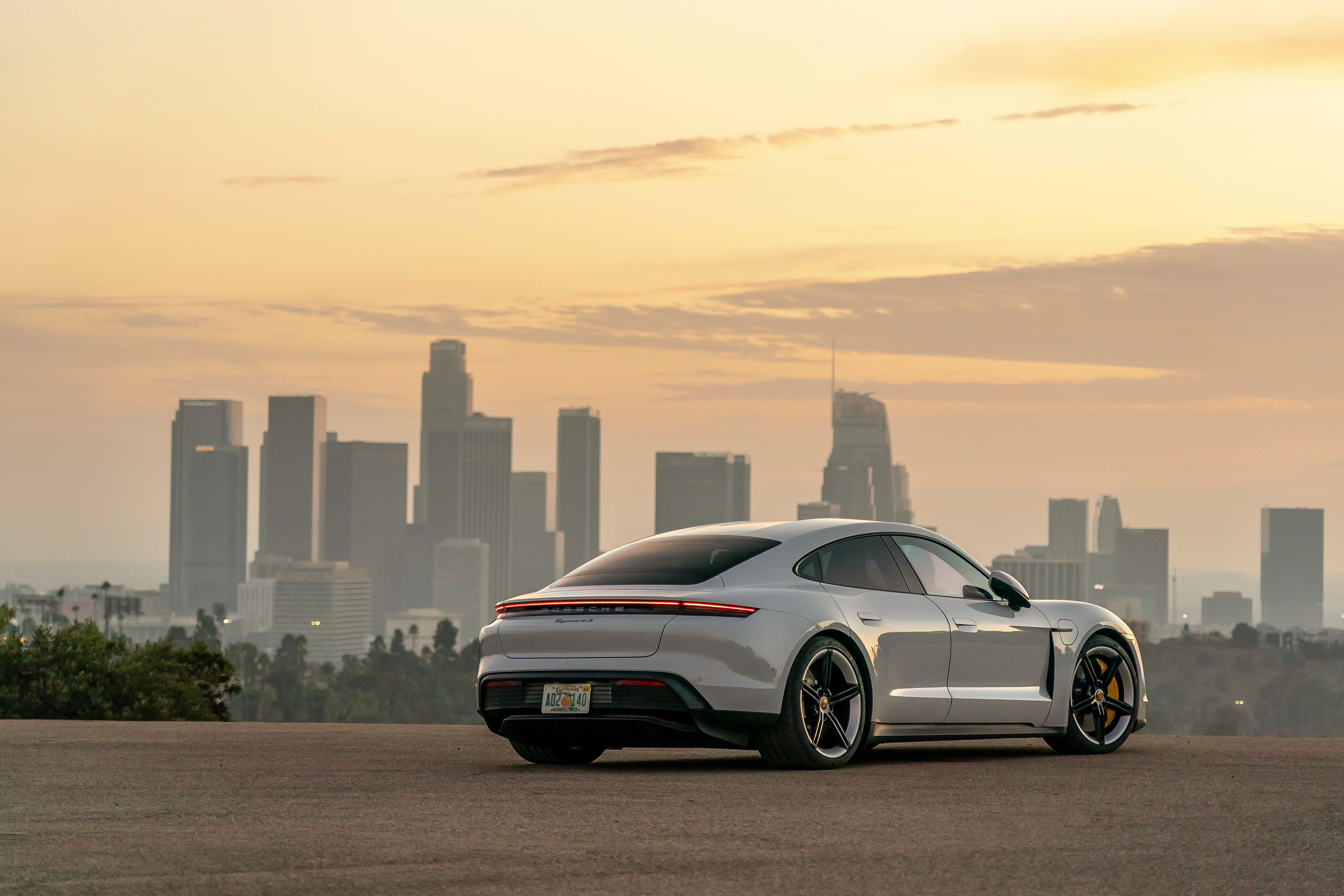
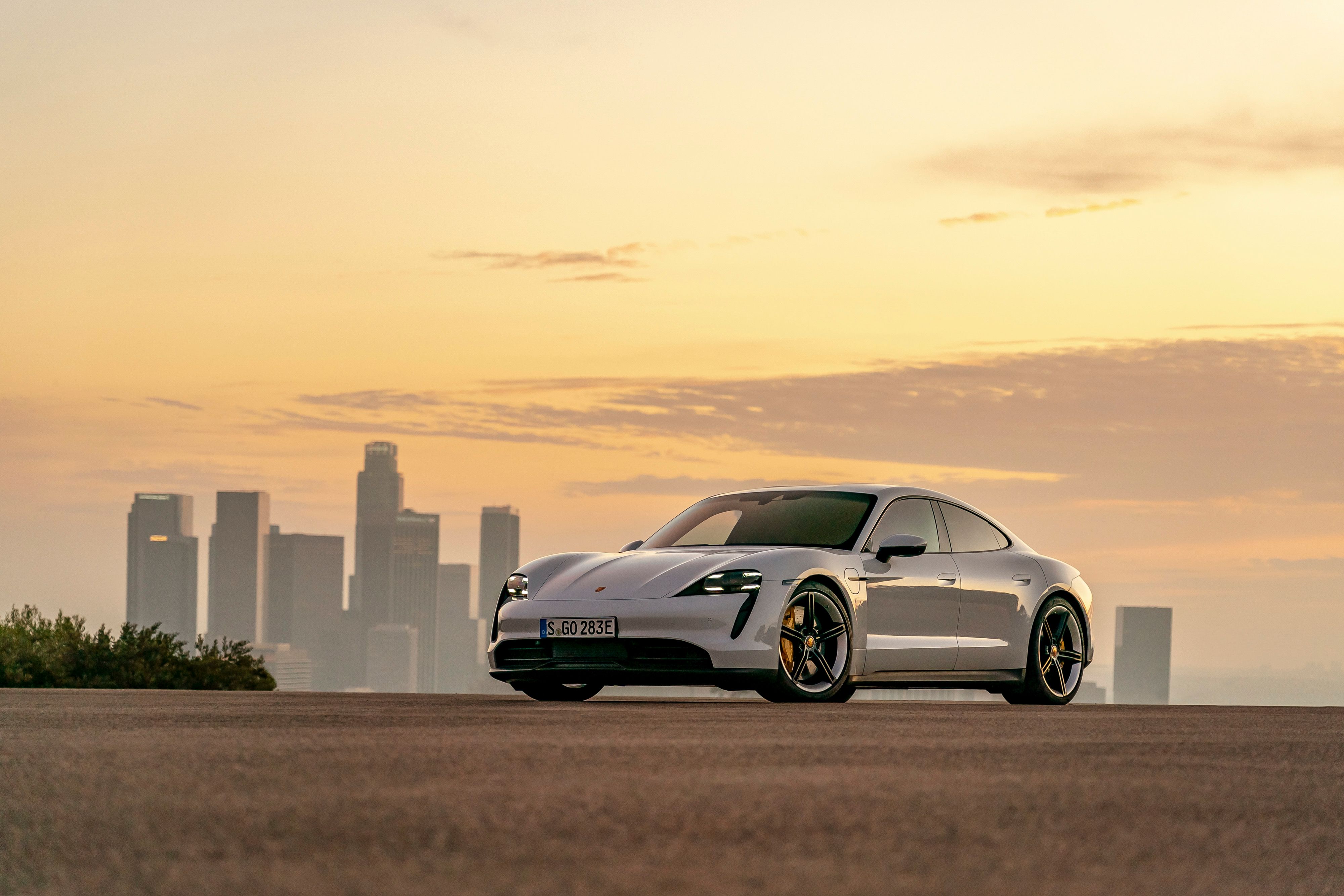
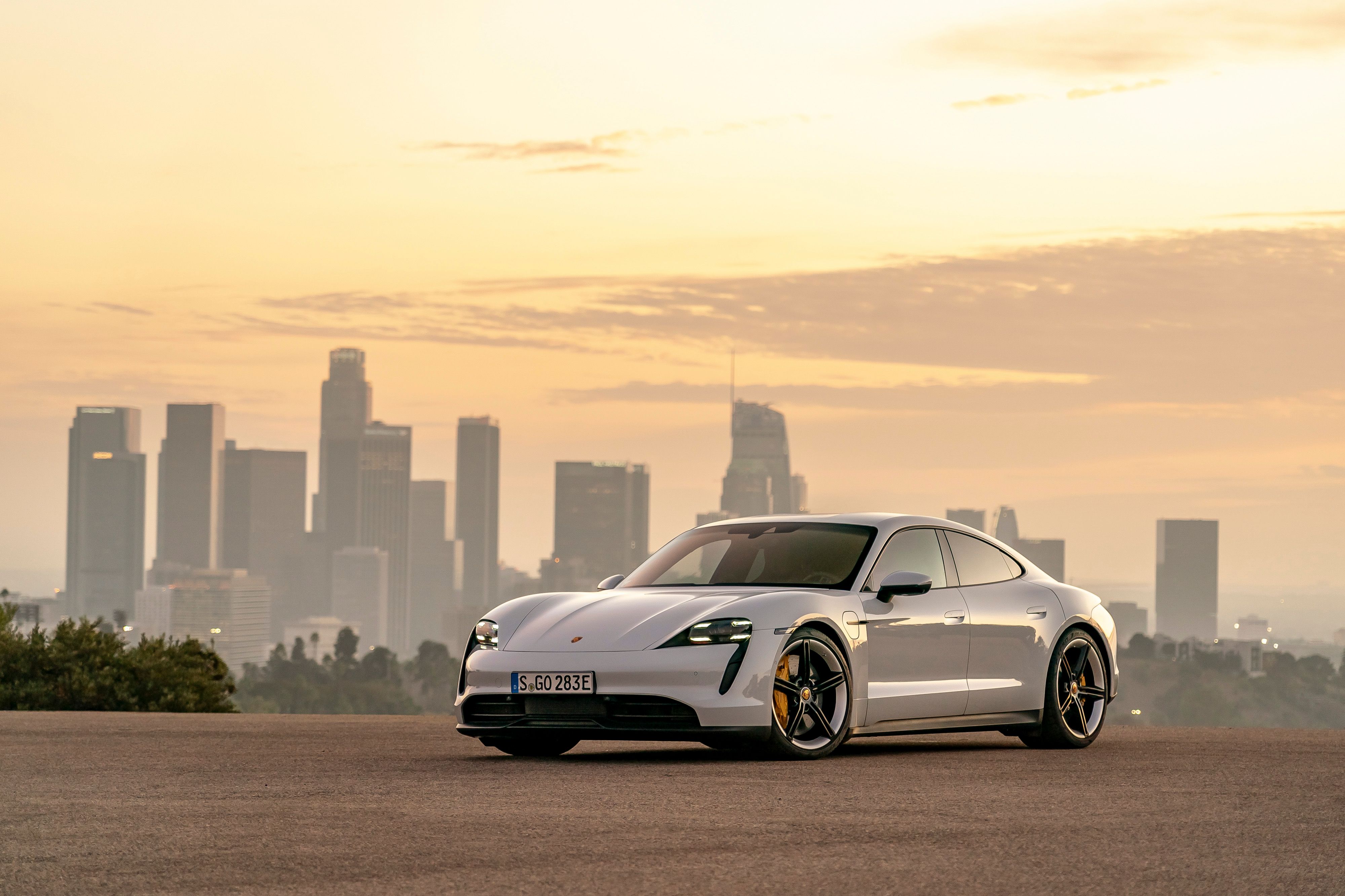
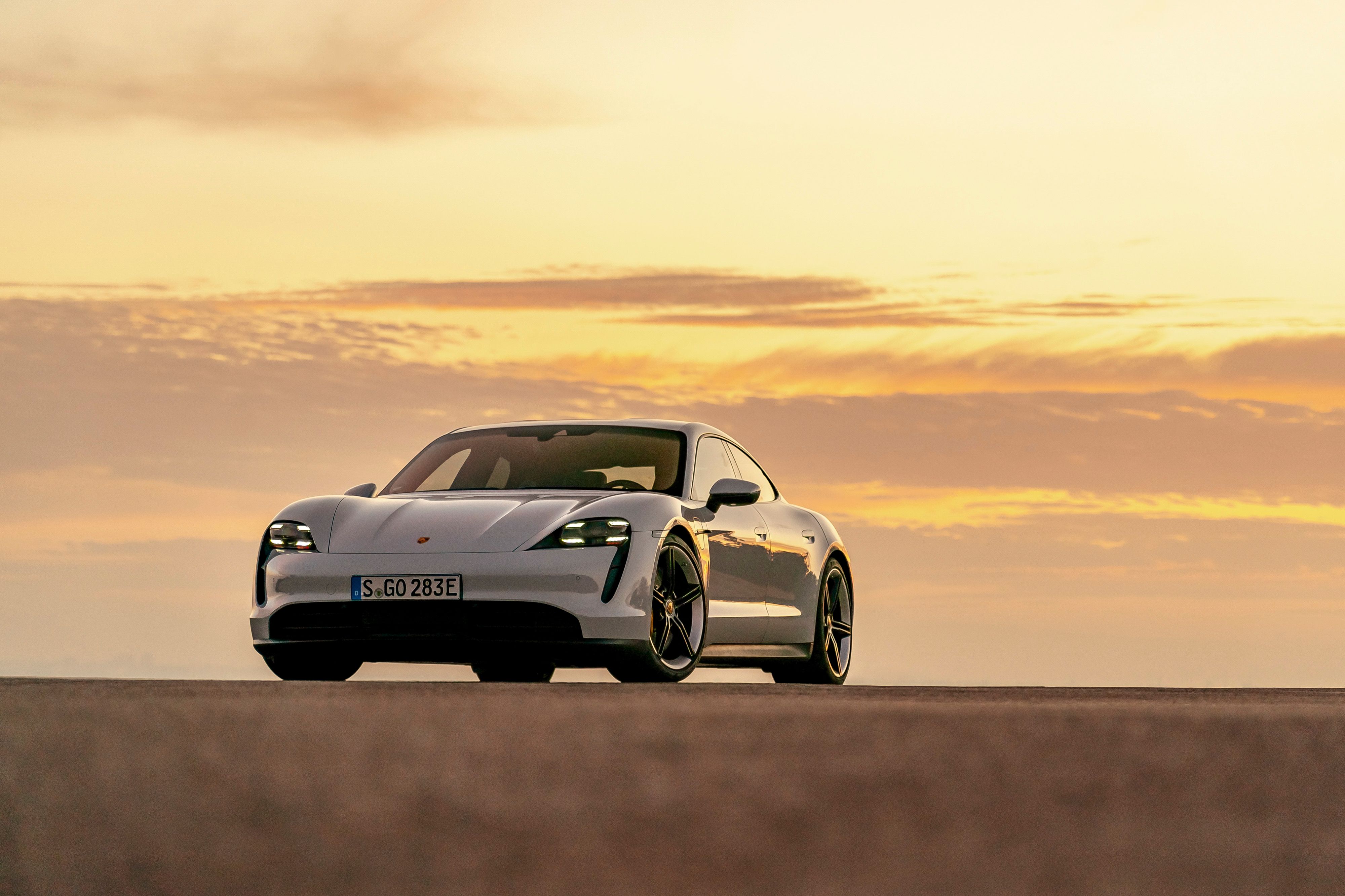
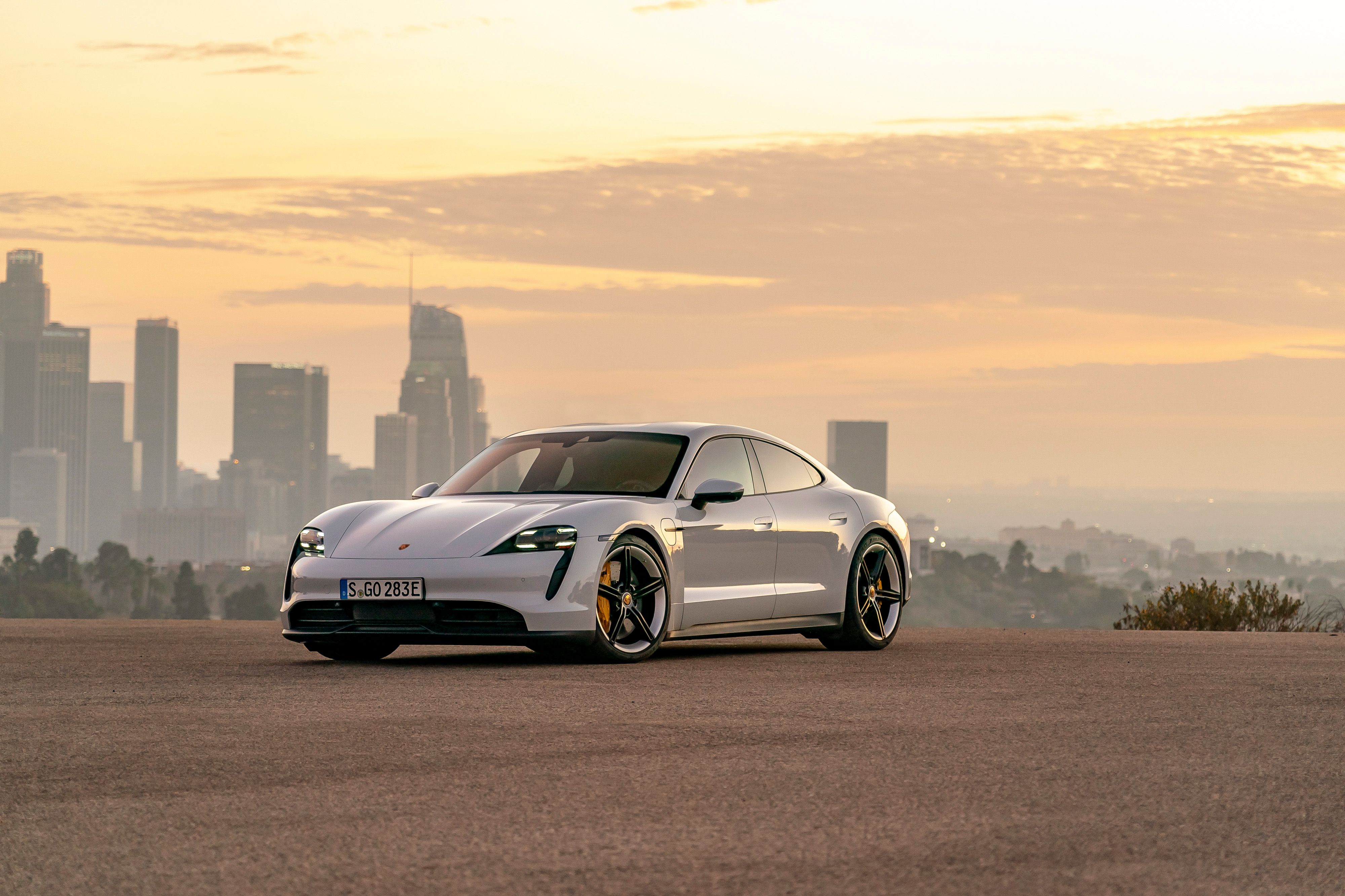
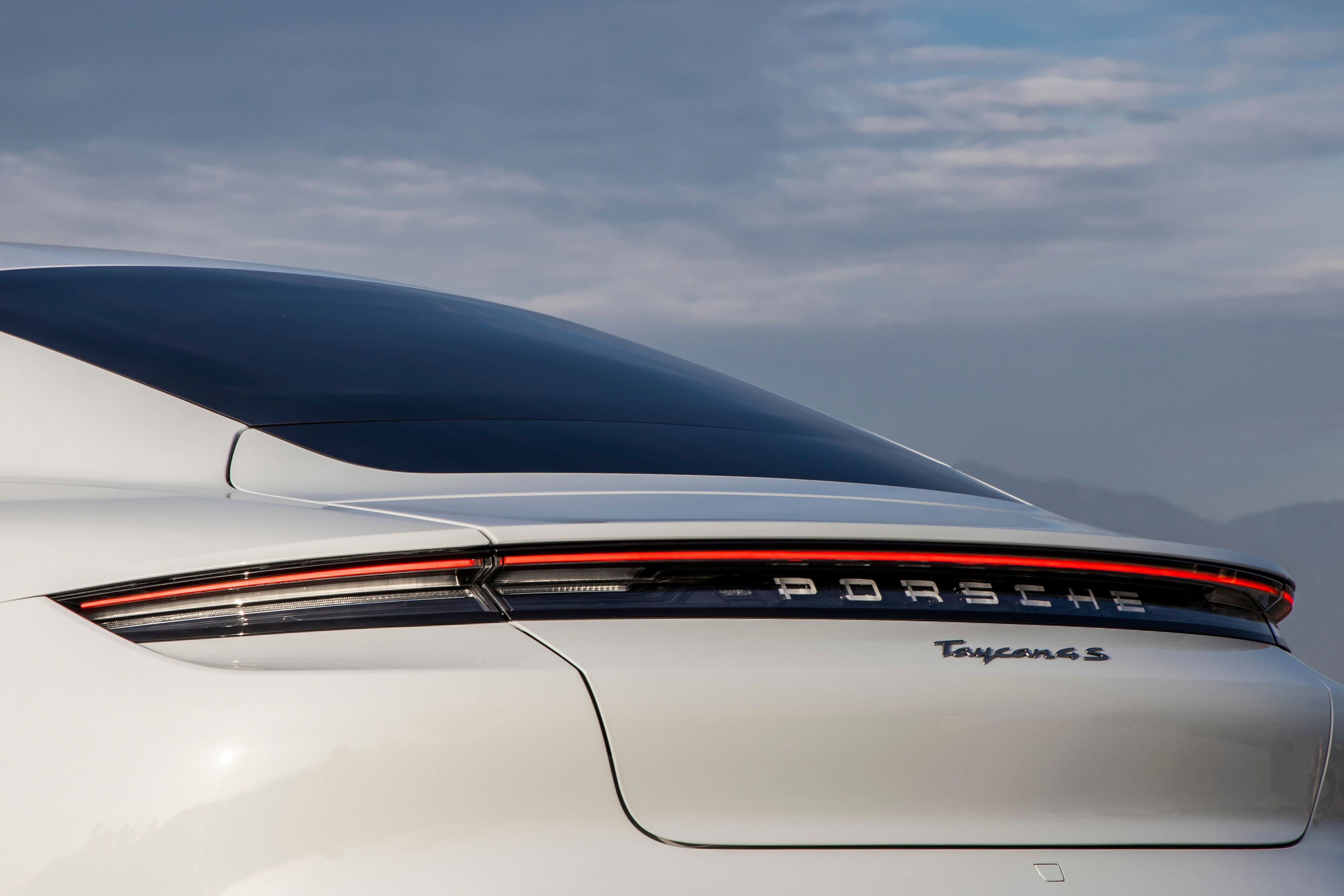
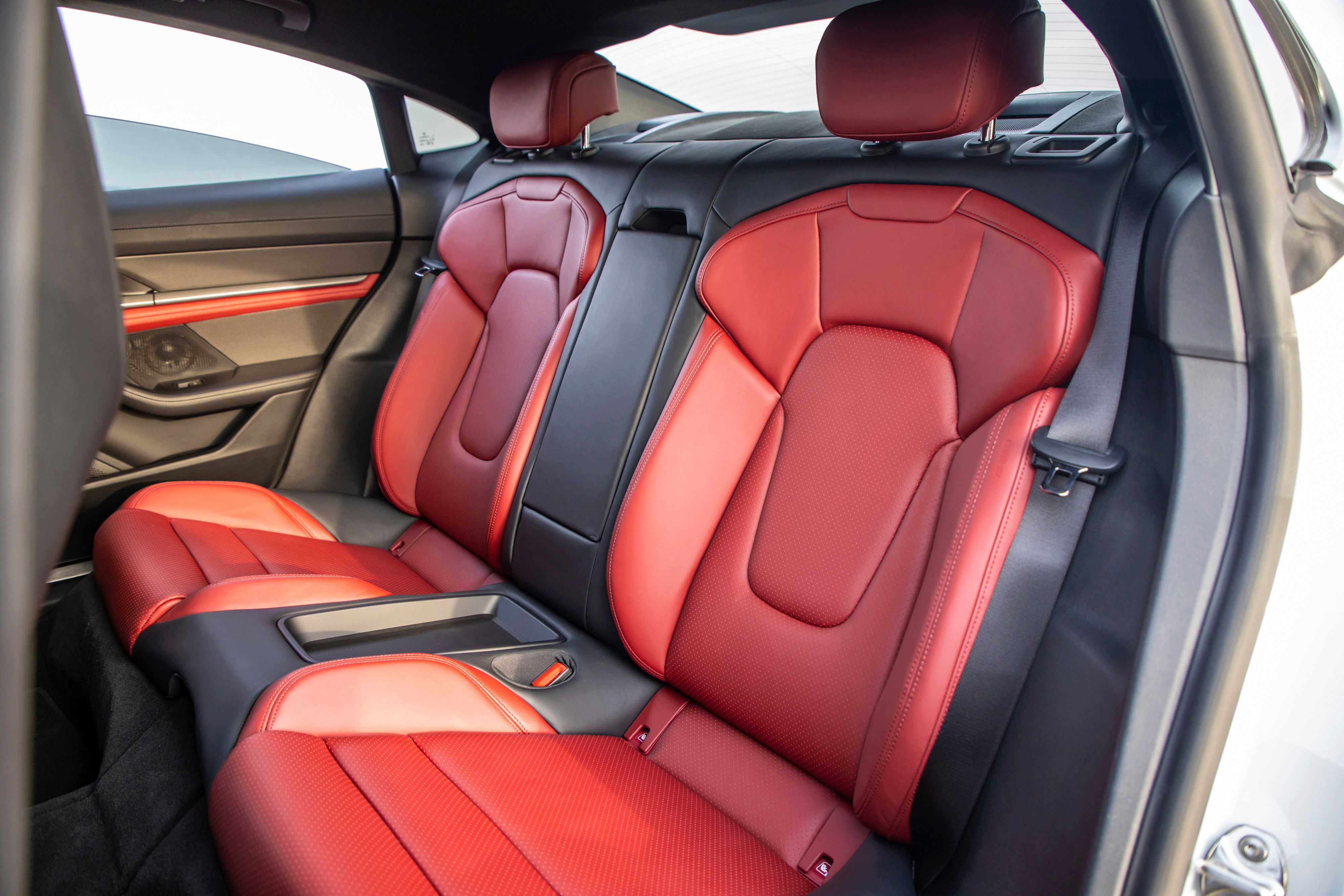
- Make: Array
- Model: 2020 Porsche Taycan
- Horsepower: 616
- [do not use] Vehicle Model: Array
Exterior
|
|
ids=862844,862845 |
no_overlay=false |
before_label=Porsche Taycan |
after_label=Porsche Mission E> |
The first thing that hits you when you look at the Taycan is how similar it is to the Mission E concept. Granted, it doesn't have the radically beefed-up fenders, the crazy wheels, and the exaggerated vents, but it retains the sleekness and some of the aggressive design cues. It also combines styling features seen on other Porsche cars. The profile is clearly inspired by the Panamera, the rear end reminds of the 911, while the front fascia is a bit more unique, but still mildly based on the 911. Heck, I can even see some 918 Spyder in there. The bottom of the front bumper, the headlamps, and the short nose seem based on Porsche's already iconic hybrid supercar.
|
|
ids=862846,862847 |
no_overlay=false |
before_label=Porsche Taycan |
after_label=Porsche Panamera> |
The nose is clean and almost featureless, just like most modern Porsche cars, but the three-piece bumper intake and the almost vertical vents on the sides make up for that with some added sportiness. The headlamps are based on the Mission E concept and retain the quad-LED lighting pattern, but they're bigger. Thankfully, they still retain the high-tech look of the concept. Just like on the Panamera, the front hood sits lower toward the center, which makes the front fenders seem more aggressive.
The profile is heavily based on the Mission E concept, but it also borrows from the Panamera. Features shared with the sedan include the front fender rearward vent that transforms into a dent in the front door, similarly shaped doors and rear windows, and muscular rear haunches. But the Taycan stands out as the sleeker four-door. The roof sits a tad lower above the front doors and adopts a coupe-style shape toward the rear. Granted, the Panamera also looks like a coupe from the side, but the rearward part of the roof is more typical to a notchback and features a bubbly area around the rear windscreen. By contrast, the Taycan looks more like a full-fledged coupe with a steeper rear section that flows seamlessly into the deck lid.
|
|
ids=862848,862849 |
no_overlay=false |
before_label=Porsche Taycan |
after_label=Porsche 911> |
The Taycan also features sportier side skirts, while the muscular rear haunches integrate smoothly into the small spoiler as they progress toward the rear fascia. The thinner taillights "eat" more into the rear fenders, adding to the Taycan's aggressive, 911-inspired look.
The rear fascia moves away from the Panamera, as it mixes elements from the Mission E concept and the 992-generation 911. The taillights are clearly inspired by the 911, although they remain thin at the corners, just like on the Mission E. However, the deep dent under the concept's lights is smoother here and the fact that the rear fenders aren't as big as the Mission E contributes to the 911-inspired look. The bumper doesn't seem all that different from the Mission E, but it's not as clean due to the fact that Taycan has an actual trunk that opens just above the license plate.
The diffuser looks a lot like the Mission E's. Both the shape and width are similar, but things become milder toward the bottom, where the Taycan no longer features the aggressive twin-tunnel design of the concept. Instead, Porsche went for a simpler element that's more suitable for a road car. This doesn't mean that the Taycan isn't aerodynamic. Its 0.22 drag coefficient means that Porsche applied many of the lessons it learned while transitioning from the Mission E to the production model.
A cool feature you should be on the lookout for is the glass-look "Porsche" logo integrated into the taillights. Placed at the center, it looks as it's floating into the light bar. I'm expecting this feature to find its way in other Porsche models soon.
Overall, the Taycan is one cool looking car. It retains plenty of features from the Mission E concept, but it also borrows from the 992-gen 911. It's pretty much a four-door 911 with unique features in the front and in the rear. Design-wise, I'd take it over the Tesla Model S any day of the week.
|
|
ids=862850,862851 |
no_overlay=false |
before_label=Porsche Taycan |
after_label=Tesla Model S> |
|
|
ids=862852,862853 |
no_overlay=false |
before_label=Porsche Taycan |
after_label=Tesla Model S> |
Interior
|
|
ids=862854,862855 |
no_overlay=false |
before_label=Porsche Taycan |
after_label=Porsche Panamera> |
Design-wise, the Taycan's interior looks somewhat familiar. The rectangular dashboard is already a trademark feature for the German company, as you can find it in both the Panamera and the 911. A quick comparison to the Panamera reveals a very similar dashboard and the identical placement of the A/C vents at the corners. The center console is also almost identical. It's wide, it's low, and the upper section that connects to the center stack has an aggressive angle that reminds of full-fledged sports cars. Even the instrument cluster is similar with five digital gauges that become increasingly smaller toward the edges. But the Taycan's instrument cluster is wider and it's the only feature that it has in common with the Mission E concept.
But while the dash shares its layout with other Porsche models, the screen configuration is unique to this model. There's a 10.9-inch infotainment screen in the center and a similar display on the passenger side. The latter is optional. When ordered, the two combine to form a large display that integrates perfectly into the dashboard fascia.
Porsche says that both displays have been designed specifically for the Taycan in order to reduce the number of classic switches and buttons. And this is true, because the Taycan's dashboard is almost completely devoid of buttons. The center console is also clean because a third screen incorporates controls for the climate system or opens the front and rear hoods. Like most modern cars, the Taycan also features intelligent voice control that responds to the command "Hey Porsche."
|
|
ids=862856,862857 |
no_overlay=false |
before_label=Porsche Taycan |
after_label=Porsche 911> |
The German automaker didn't say much about other technologies integrated in the Taycan, but it's safe to assume that it includes Porsche's latest. But we will be back to update the section when more info becomes available.
What we do know so far is that you can order a sustainable leather-free interior. A premiere for Porsche, this option replaces the classic leather with recycled materials. Again, no extra information is available. Another cool feature is "foot garages," a recessed area in the rear footwell that helps increase legroom. This is particularly useful given the low height of the roof in the rear section.
As far as practicality goes, the Taycan features two luggage compartments. There's one in the front with a capacity of 2.8 cubic feet and one in the rear with 12.9 cubic feet. That's a total of 15.7 cubic feet. How does it compare with its main rival, the Tesla Model S? Well, the American EV offers notably more room. The Model S swallows up to 5.3 cubic feet in the front, which is almost double compared to the Taycan. In the rear, the Model S offers 26.2 cubic feet of luggage room. Again, that's double the space you get with the Taycan. But things get even better with the Model S, which has foldable rear seats. Put the seat backs down and trunk space increases to a whopping 63.4 cubic feet. That's more than some midsize wagons and a figure that the Taycan can't even dream to match.
Drivetrain
Here's where things become even more interesting. Porsche's first all-electric production model features two electric motors. One is mounted on the front axle, while the other incorporates the two-speed transmission and the pulse-controlled converter into a compact drive module on the rear axle. Porsche claims that these motors have the higher power density of all electric powertrains available on the market today.
They also feature "hairpin" windings on the stator coils, which makes it possible to incorporate more copper in the stator, thus increasing power output and torque without the need to enlarge the motor's volume.
But how powerful is the Taycan?
Porsche introduced two versions at launch. First up, we have the Taycan Turbo, which hits the pavement with 670 horsepower. The base rating is actually 616 horses, with the rest coming from an overboost function. In full blast, the Taycan Turbo hits 60 mph in three seconds. Top speed is rated at 161 mph, an impressive benchmark for an all-electric vehicle. Porsche offers even a more powerful version, the Taycan S. This model cranks out 750 horsepower, also achieved through the use of overboost. With the Launch Control function activated, the Taycan Turbo S hits 60 mph in an amazing 2.6 seconds. Top speed is identical to the Taycan Turbo at 161 mph.
Of course, the big question on everyone's mind is how the Taycan compares to the Tesla Model S. Well let's find out.
Tesla now offers only two versions of the Model S. The base model is called the 100D Long Range and as the name suggests, it's focused more on range than power. As a result, this model comes with "only" 417 horsepower on tap. That's a whopping 253 horses less than the Taycan Turbo, or a 199-horsepower deficit if we don't count the overboost. As you might have already guessed, the Model S 100D Long Range is notably slower to 60 mph. The American sedan needs 3.7 seconds to hit the benchmark, which is 1.1 seconds slower than the Taycan Turbo. Its top speed is also inferior at 155 mph, six mph less than the Porsche-badged EV.
The second Model S available is the 100D Performance. This trim also comes with a Ludicrous mode that increases output to a whooping 762 horsepower. That's an extra 12 horses over the Taycan Turbo S. Granted, it's not a massive difference, but it enables the sedan to hit 60 mph in only 2.4 seconds. That's quicker than most supercars available right now, but more importantly, it's two tenths quicker than the Porsche Taycan Turbo S. The 100D Performance tops out at 163 mph, two mph more than the Taycan Turbo S.
So while the Taycan Turbo trumps the base Tesla Model S, the Taycan Turbo S falls behind the range topping Model S 100D Performance.
Following the release of the Turbo models, Porsche introduced the entry-level 4S rage. Just like the Turbo, the 4S is also available in two flavors. The base model is equipped with the Performance battery, a single-deck stack that has a capacity of 79.2 kWh. This is the only model in the range with a single-deck battery. The electric motors in the 4S Performance deliver 530 horsepower, a notable 140-horsepower drop from the Turbo model. The 4S is also a full second slower to 60 mph, needing four seconds to hit the benchmark, but it's still impressive quick for an EV. Top speed is rated at 155 mph, six mph below the Turbo range.
The second 4S model features the Performance Plus battery, a larger two-deck stack similar to that in the Turbo models, with a total capacity of 93.4 kWh. This model hits the ground with 571 horsepower, 99 horses less than the entry-level Turbo variant. Performance specs are identical to the non Plus model, so the sprint to 60 mph takes four seconds, while top speed comes in at 155 mph.
Moving over to other tech-y bits, the Taycan marks a world premiere because it features a 800-volt system instead of the more popular 400-volt system found in most electric cars. This means that the Taycan's battery charges incredibly fast. For instance, under ideal conditions the charging time from five to 80 percent is just 22 and a half minutes. That's notably quicker than Tesla's Supercharger, which needs about an hour to fully charge a nearly empty battery. In 20 minutes, the Supercharger will add up to 125 miles of range, which is less than half the Model S' total capacity.
Speaking of range, Porsche has yet to reveal official figures and says that EPA estimates for both models are still pending. However, Porsche took the Taycan out for a demonstration trip from Niagara Falls to New York City and the results are encouraging. According to the Germans, the Taycan was driven for 250 miles before being stopped for a recharge. When this happened, the computer indicated 39 miles of remaining charge. This means that the Taycan has a total range of around 290 miles.
That's not bad, but it's well below the Tesla Model S. While the 100D Performance returns up to 345 miles, the 100D Long Range is rated at up to 370 miles. Granted, the Taycan's range could exceed 300 miles in ideal conditions, but it remains to be seen if the EPA ratings get closer to Tesla's impressive benchmark.
As for the non Turbo range, Porsche released range performance for the European market. The 4S Performance runs up to 407 km per single charge, while the 4S Performance Plus is good for 463 km. Porsche says that the Performance Plus model has the highest range of any Taycan currently available. While this range is nothing to sneeze at, the Taycan falls behind the Tesla Model S' range ratings in Europe. The American sedan can return up to 610 km in the right configuration, which is a whopping 147 km more than the Taycan 4S Performance Plus.
When it comes to the transmission, the Taycan is the first Porsche to employ a two-speed unit. Installed on the rear axle with one of the electric motors, it features a first gear that prioritizes acceleration from a standing start. The second gear, which features a long gear ratio, ensures high efficiency and high power reserves while traveling at high speeds.
Chassis And Suspension
All of the drivetrain components above are connected to a centrally-networked chassis controlled by the Porsche 4D Chassis Control unit. This system analyzes and synchronizes all drivetrain components in real time.
The Taycan features an adaptive air suspension with three-chamber technology as standard, as well as Porsche's Active Suspension Management and electronic damper control. The options list includes the Porsche Dynamic Chassis Control Sport, and an electromechanical roll stabilization system. The Porsche Torque Vectoring Plus system is also optional.
The energy recuperation system is also unique to this car. Porsche claims that it recuperates significantly more power than its competitors at up to 355 horsepower.
The chassis can be used in four driving modes, including Normal, Sport, Sport Plus, and Range. As the name suggests, Range is the most efficient setup, while Normal provides a middle ground for efficiency and performance. Sport unleashes the Taycan's sportier side, while Sport Plus turns it into an aggressive coupe that can be driven on the race track. Additionally, the Taycan features an Individual mode that you can configure in any way you want.
Prices
Not surprisingly, the Porsche Taycan is far from cheap. The Turbo model, currently the base car until other versions are added to the lineup, comes in at $150,900. The more powerful Taycan Turbo S fetches more at $185,000. With options and all, the Taycan can become really expensive, as it will cost more than $200,000.
All told, the Taycan is currently among the most expensive Porsches available. The only models that cost more are the 911 Turbo, 911 Speedster, 911 GT2 RS, and the Panamera Turbo.
The big problem here is that the Taycan costs significantly more than its main competitor, the Tesla Model S. The 100D Long Range comes in at $79,990, while the 100D Performance fetches $99,990 before options. Basically the most expensive Tesla Model S is $50,000 cheaper than the most affordable Taycan.
On the flip side, Porsche confirmed that it will launch a more affordable base model that will cost less than $100,000.
Competition
Tesla Model S
As if it wasn’t painfully obvious already, the Porsche Taycan’s primary competition comes from the Tesla Model S. It's no secret that Porsche tested the Taycan alongside the Model S, so it’s quite obvious where the German company's benchmark is coming from. And rightfully so -- the Model S essentially upended the world of EVs when it debuted 2012, offering cool styling, a modern interior, impressive range, and even more impressive performance. But although it still looks fresh design-wise -- despite being almost a decade old -- the Model S isn't as cool as the Taycan. It's interior isn't as fancy either, but it features plenty of modern tech, including a semi-autonomous system.
But the Model S impresses when it comes to luggage room, offering far more than the Taycan with a total of 30 cubic feet. While it used to offer a handful of versions, Tesla now only has two models on offer. The base model is called 100D Long Range and boasts less than 500 horsepower, but it offers an impressive range of 370 miles. It charges to 60 mph in 3.6 seconds and hits a top speed of 155 mph. The 100D Performance is a proper supercar with four doors. It generates 762 horsepower, it nets 60 mph in 2.4 seconds, and charges up to a top speed of 163 mph. Its range is equally impressive at up to 345 miles. The Tesla Model S is also notably more affordable than the Taycan. The Long Range model comes in at $79,990, while the Performance version fetches $99,990 before options.
Read our full story on the 2019 Tesla Model S
Conclusion
Although we still don't know the full list of specs and features, the Taycan is a truly impressive machine. Much more so since it's Porsche's first-ever electric car. Sure, the range-topping model is a tad slower than the Tesla Model S 100D Performance, but we're talking a couple of tenth-seconds and a few mph. The Taycan has quicker charging times, a sportier design, and a fancier interior packed with more tech. If this four-door coupe manages to return at least 300 miles on a single charge, we will have a winner on our hands. The Taycan should also pave the way to other impressive EVs from Porsche, including SUVs and electrified variants of the 911. If the Taycan is any indication, Porsche's electrified future looks very bright.
Update History
Update 06/04/2019: The 2020 Porsche Taycan was caught testing in some funky camo, and there are actually some pretty interesting changes that have taken place. Check out all the details in our spy shots section below.
Update 09/10/2018: The Porsche Taycan was spotted during its pre-production test runs with minor changes. Check out the spy shots section below to see what has changed as it moves closer to production.
Updated 12/06/2017: Our spy photographers caught the upcoming Porsche Mission E out for a new testing session, this time during cold, winter conditions somewhere in Sweden.
Updated 10/26/2017 The Porsche Mission E was caught playing on the Nurburgring looking near production ready. Check out the spy shots section below to see it in all its glory.

